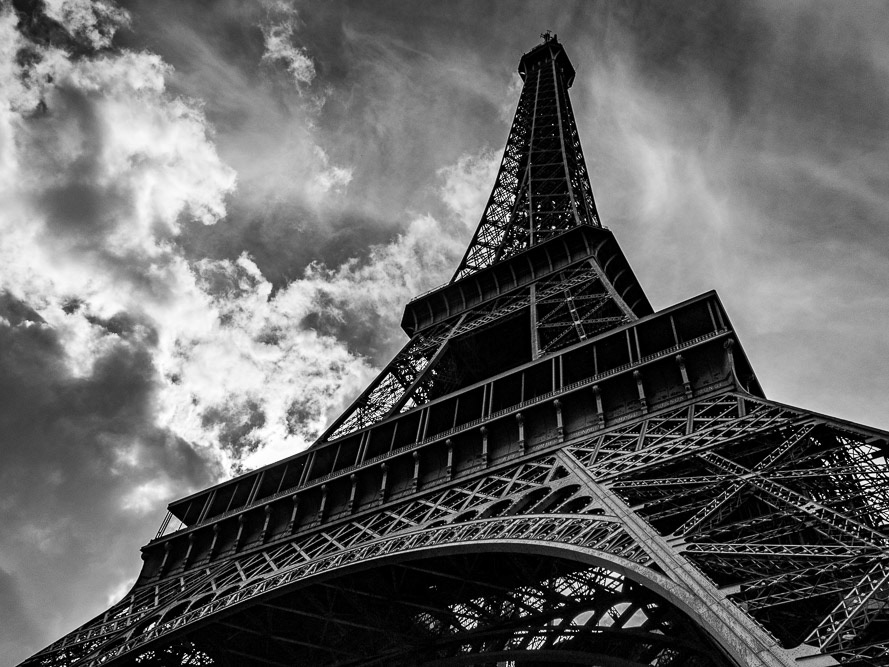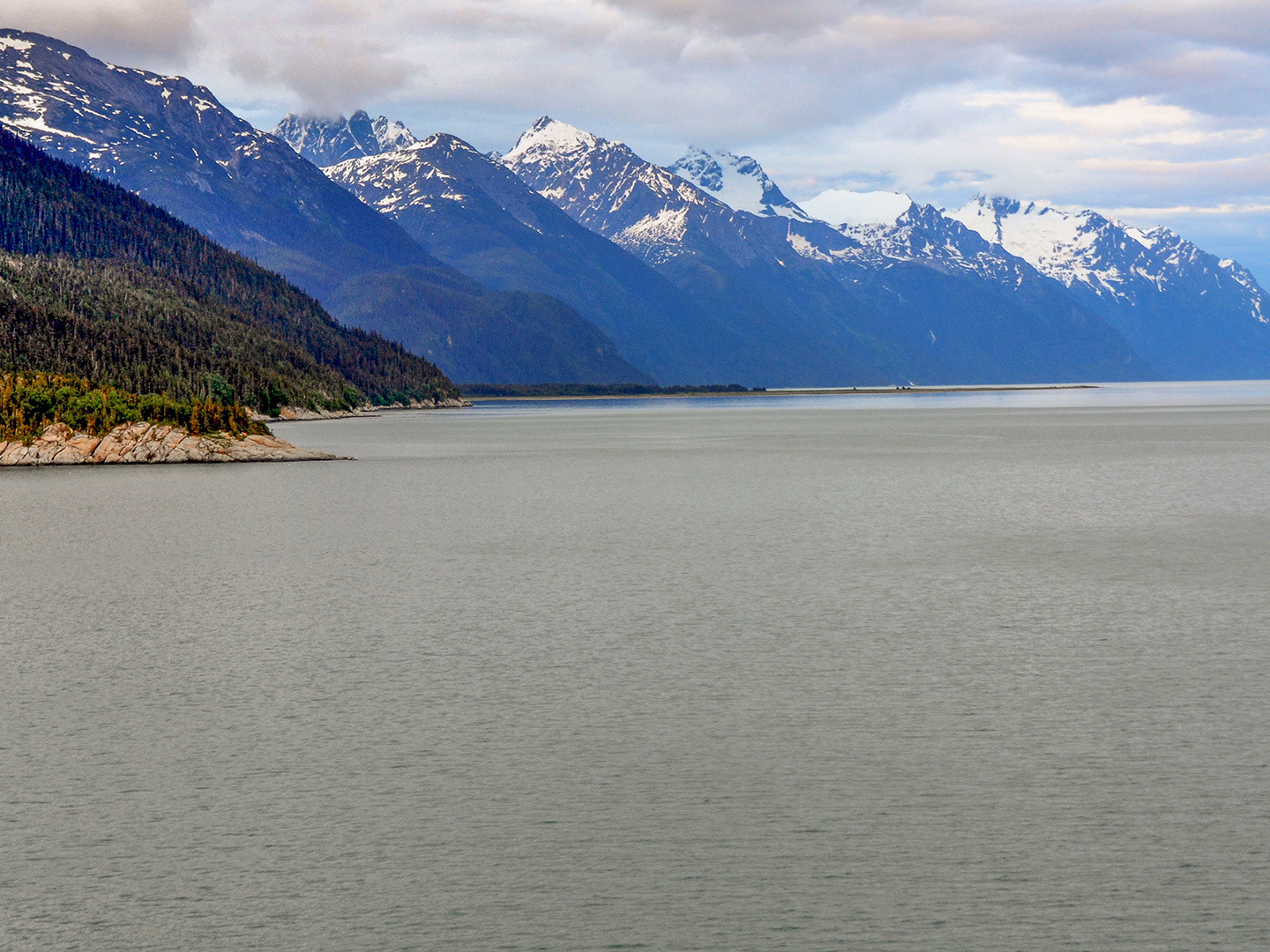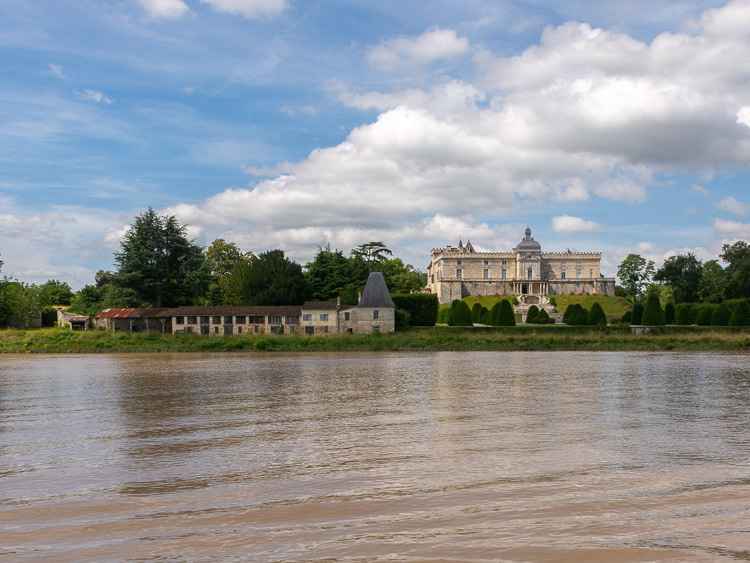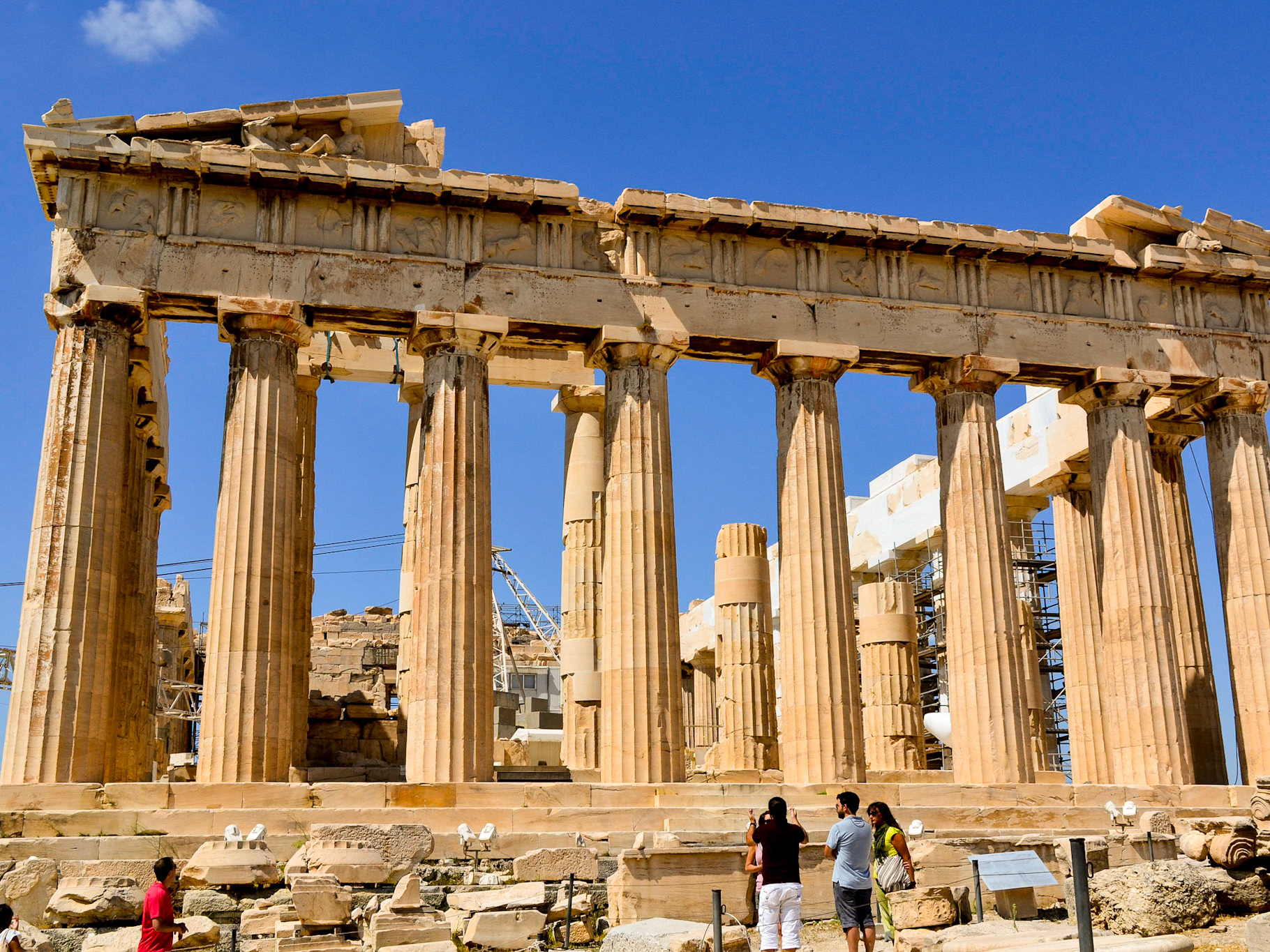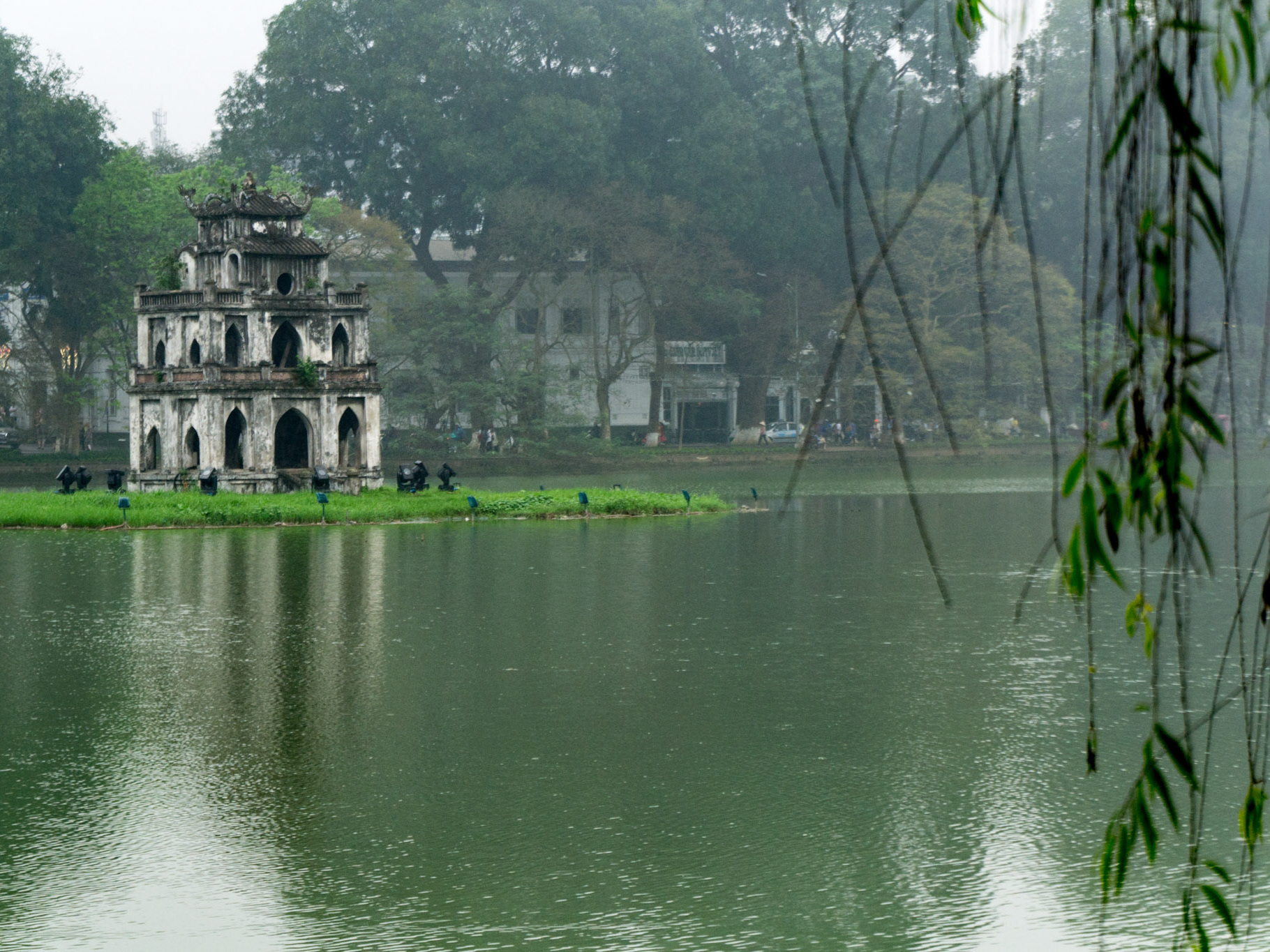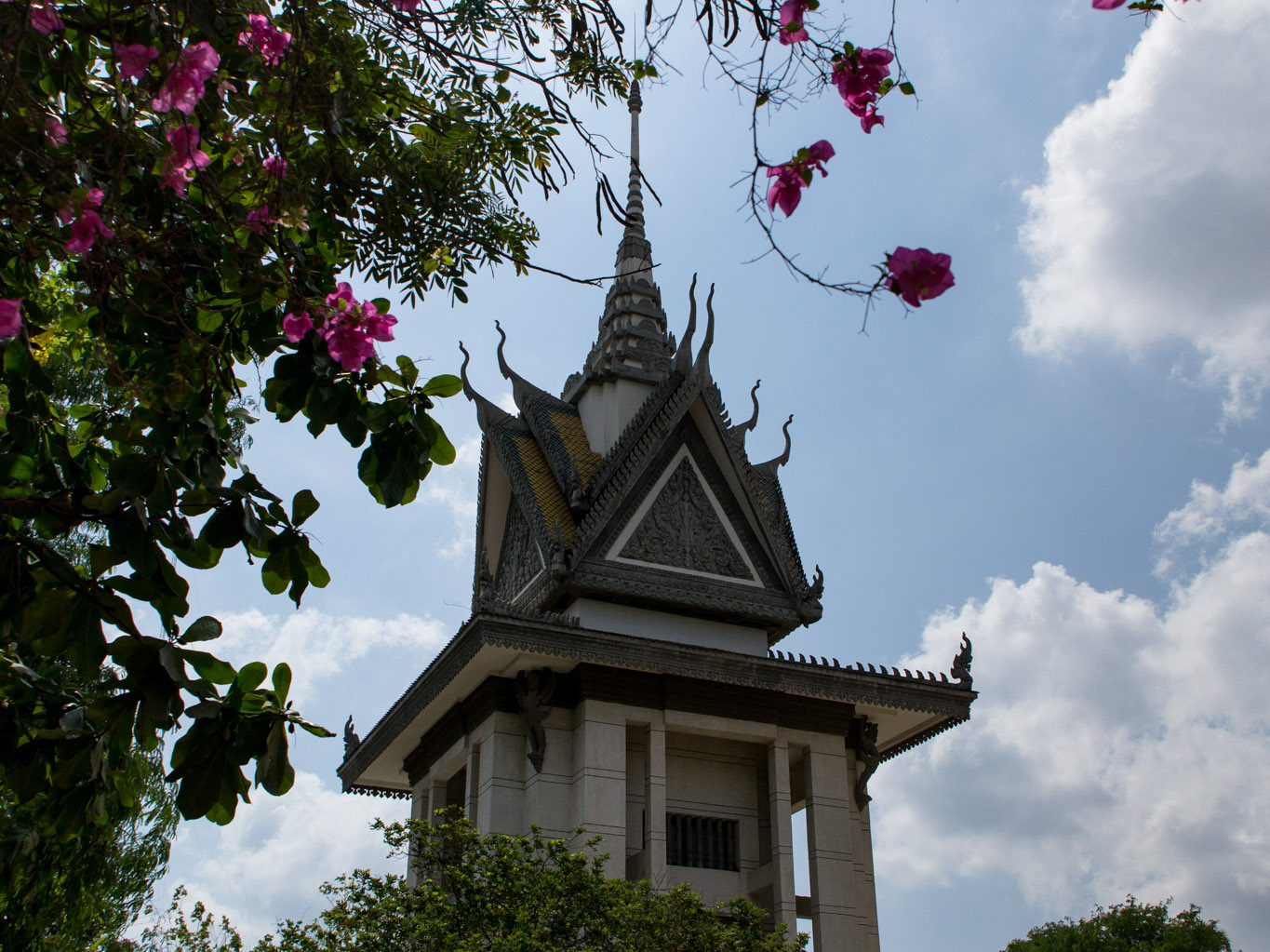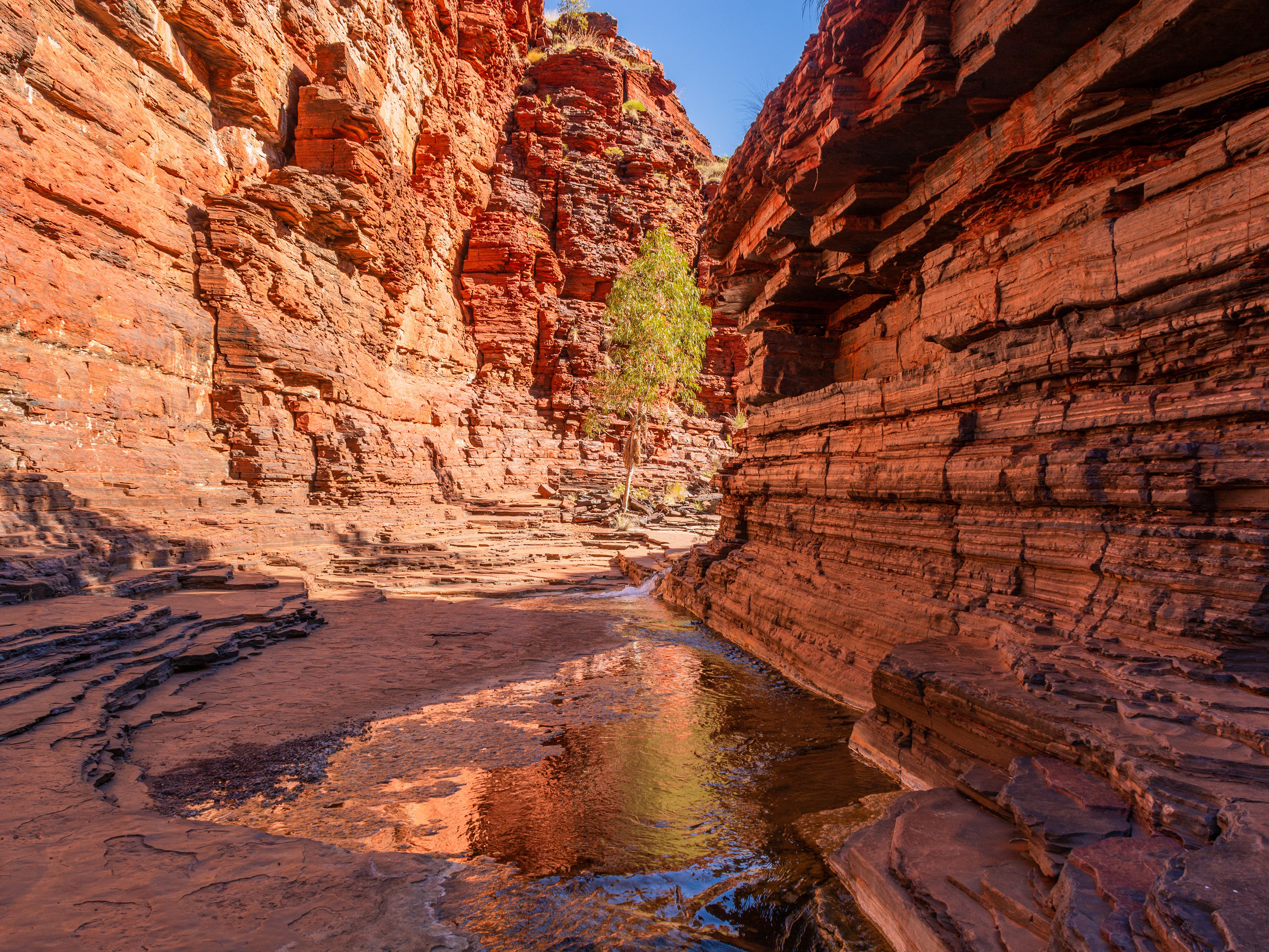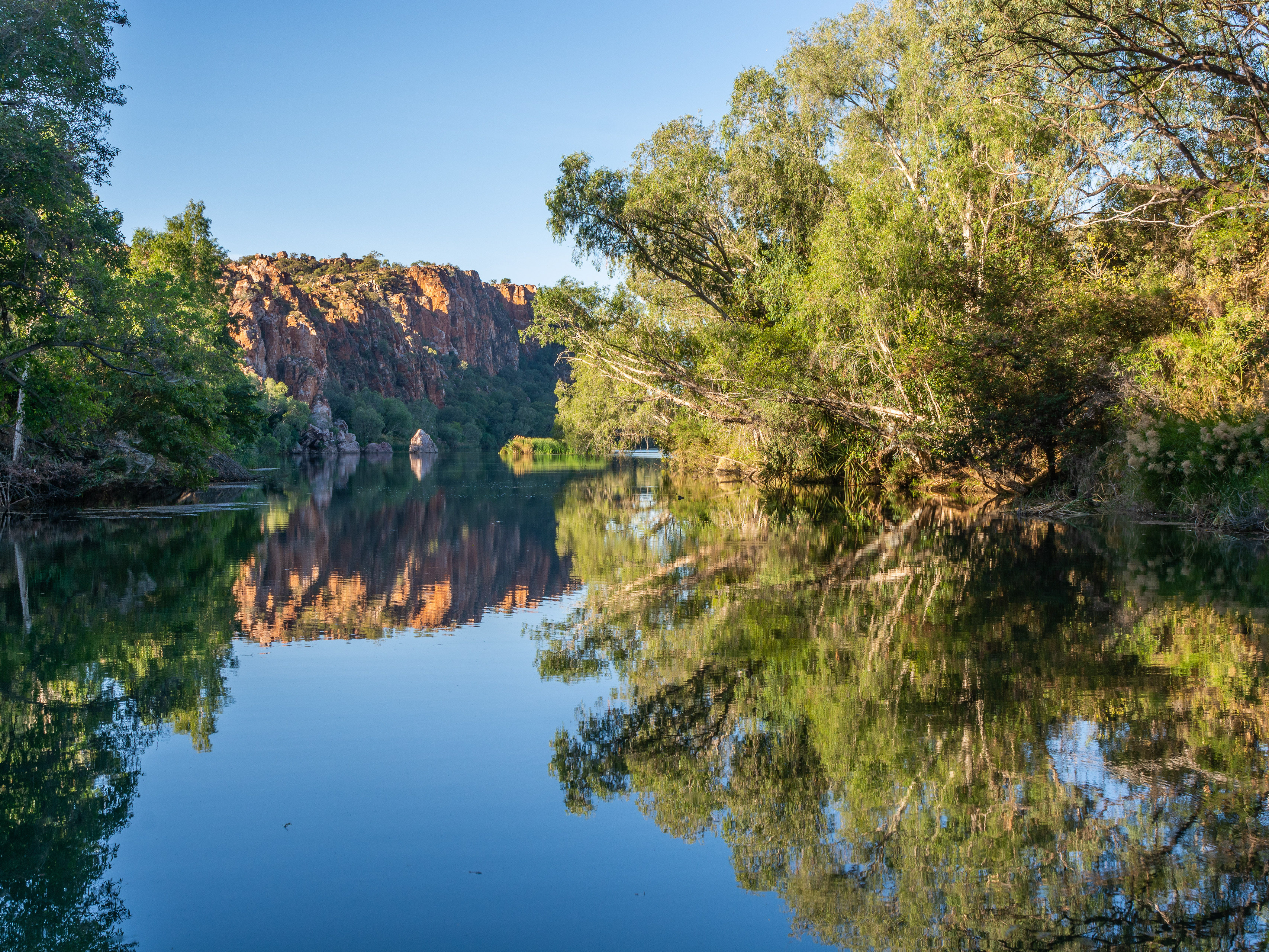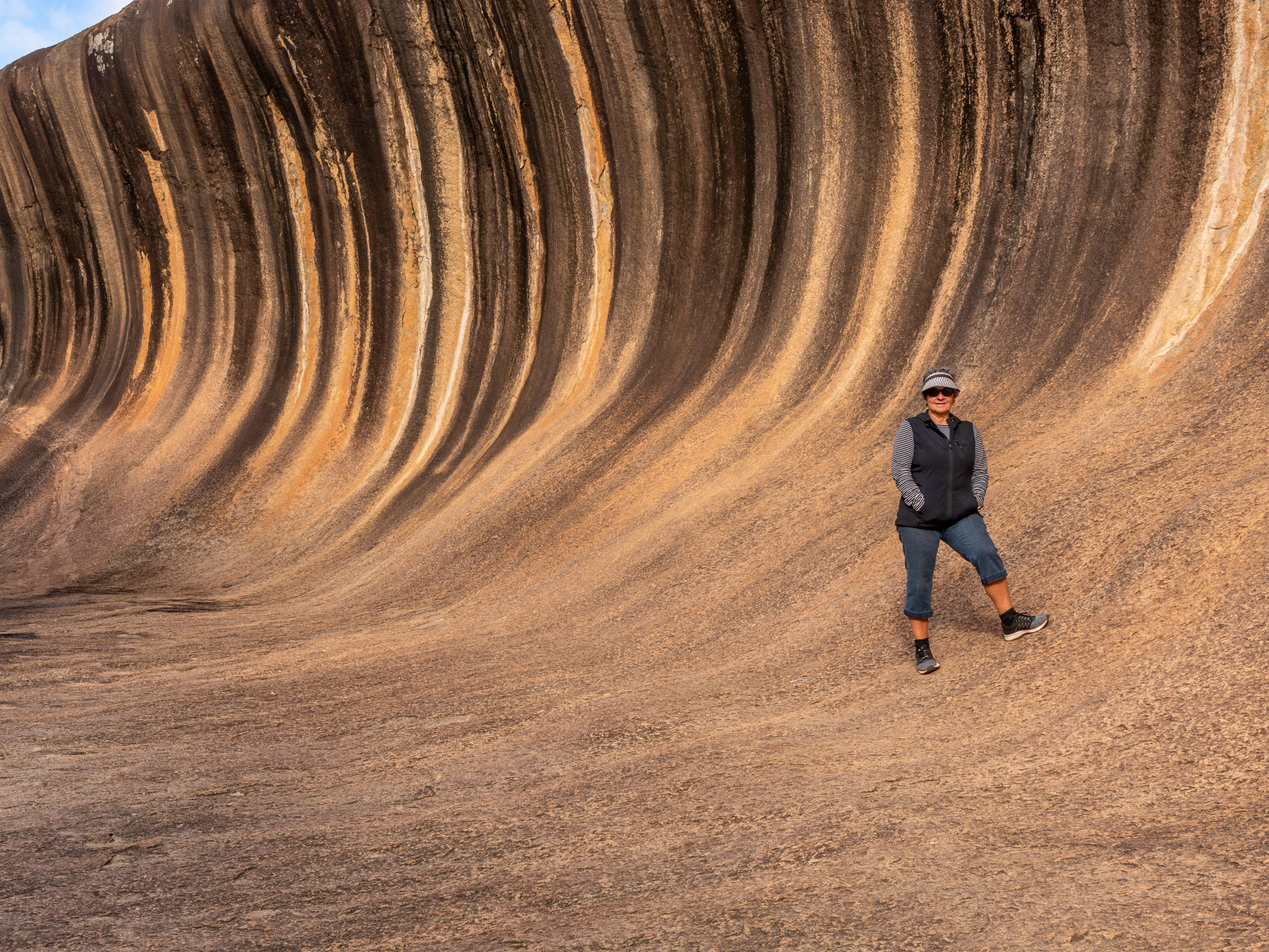Tokyo
The National Diet Building (Japan's Parliament), located in Chiyoda Ward at the center of Tokyo (between the two buildings in the foreground) from the Capitol Hotel Tokyu.
Day 1 - On arrival in Tokyo while waiting for our rooms to be allocated at the Capitol Hotel we took a stroll around the neighborhood to orientate ourselves and found a number of interesting buildings nearby.
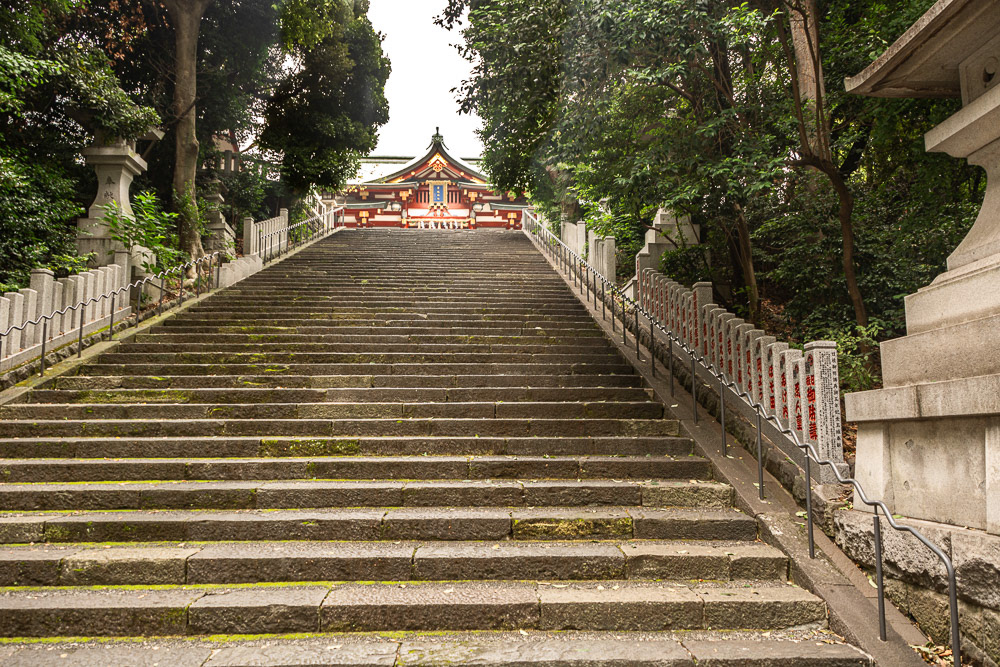
Stairs leading to the 500-year-old Hie Jinja Shrine
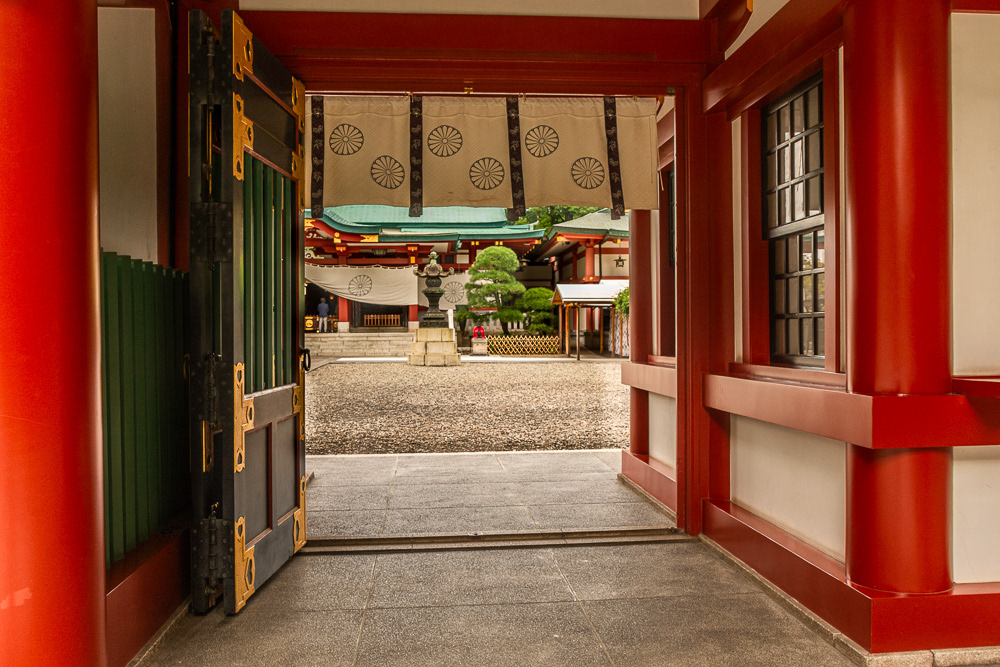
The main entry gate into the Hie Shinto Shrine.

Monkey statue at the Hie shrine entrance.. Since ancient times, monkeys have been believed to be the link between gods and humans.
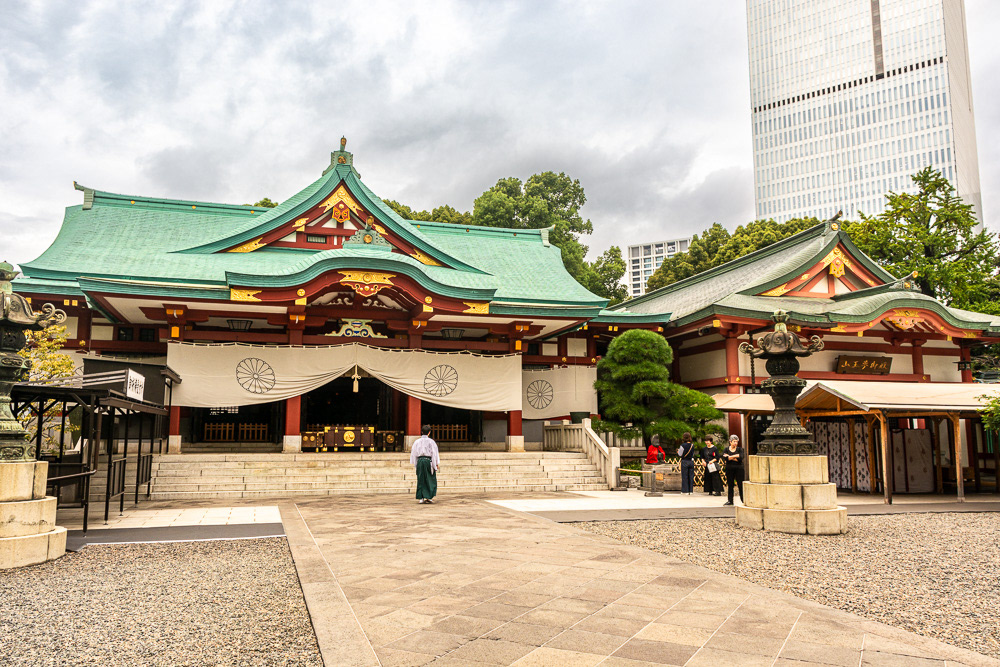
Hie Jinjya shrine
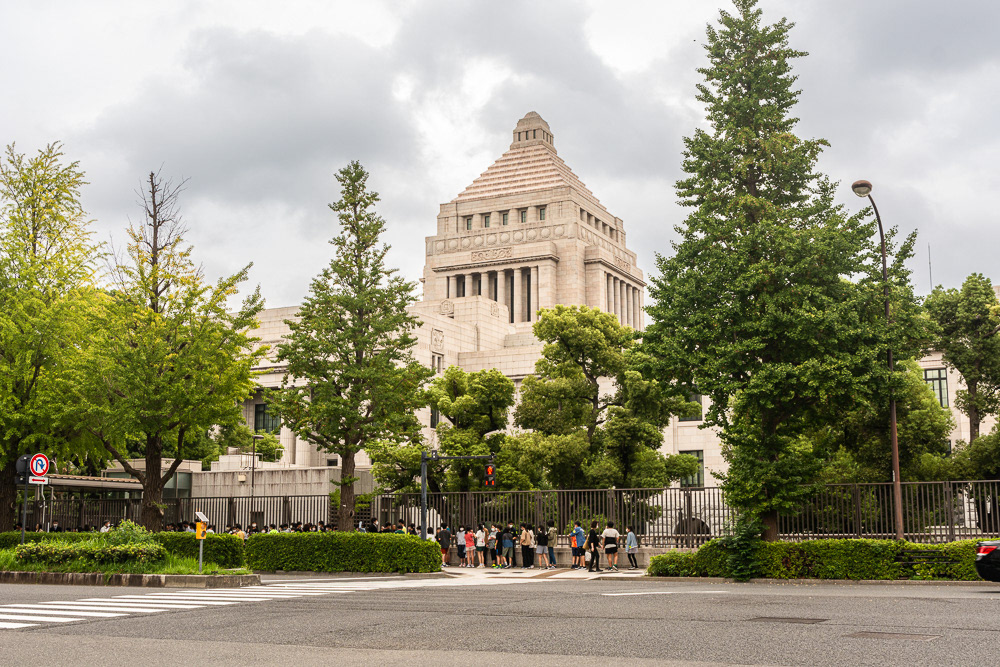
School children line up for a visit to the National Diet (Parliament)
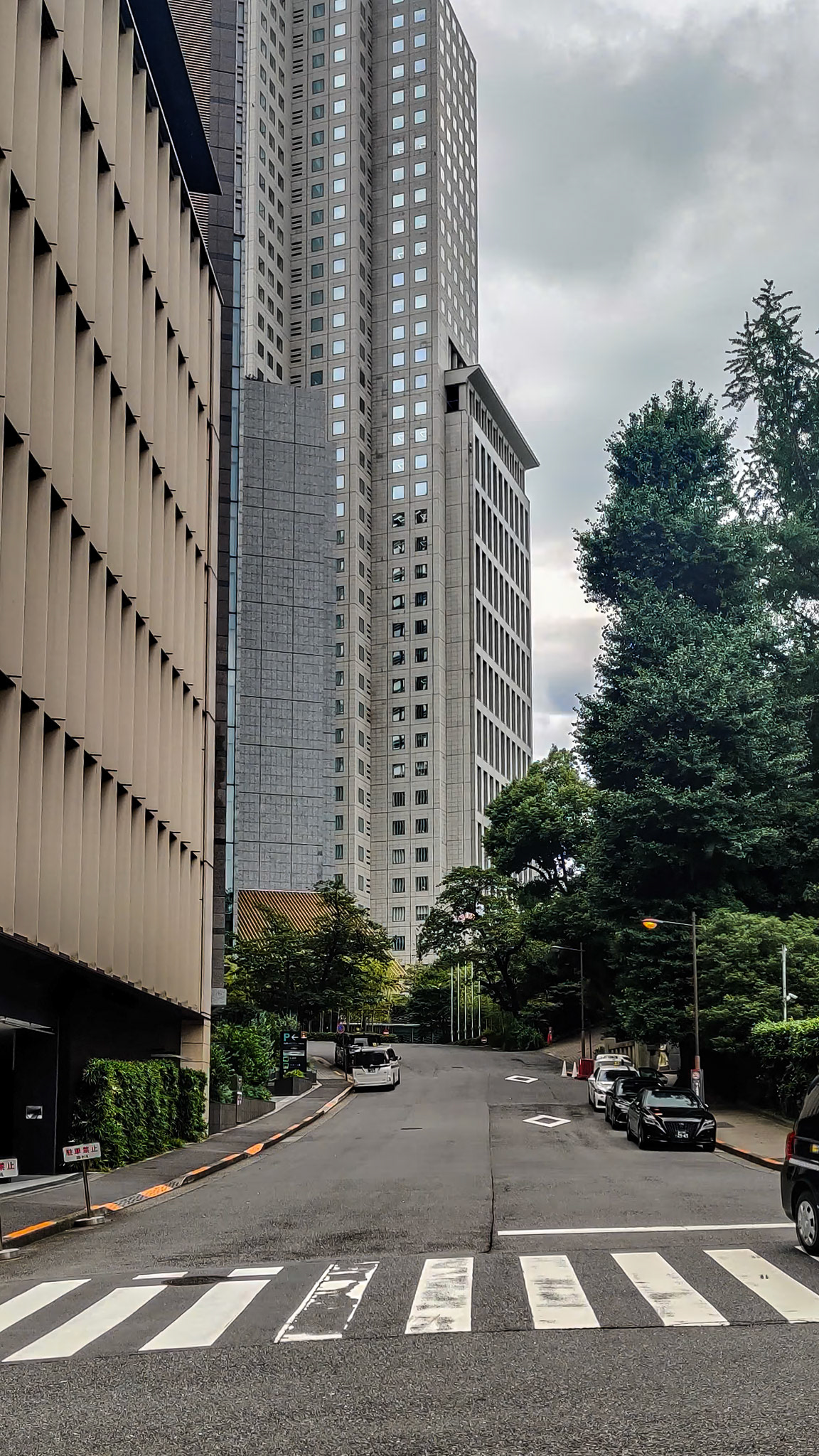
The Capitol Hotel Tokyu, our home for the next 3 days.

Cheryl admires the entrance foyer's impressive water feature and floral centerpiece.
Day 2 - We visit the Asakusa district, known as Tokyo's shitamachi (low city) capsulizing the atmosphere of Tokyo's past and visit Sensoji temple, the city's oldest Buddhist temple.
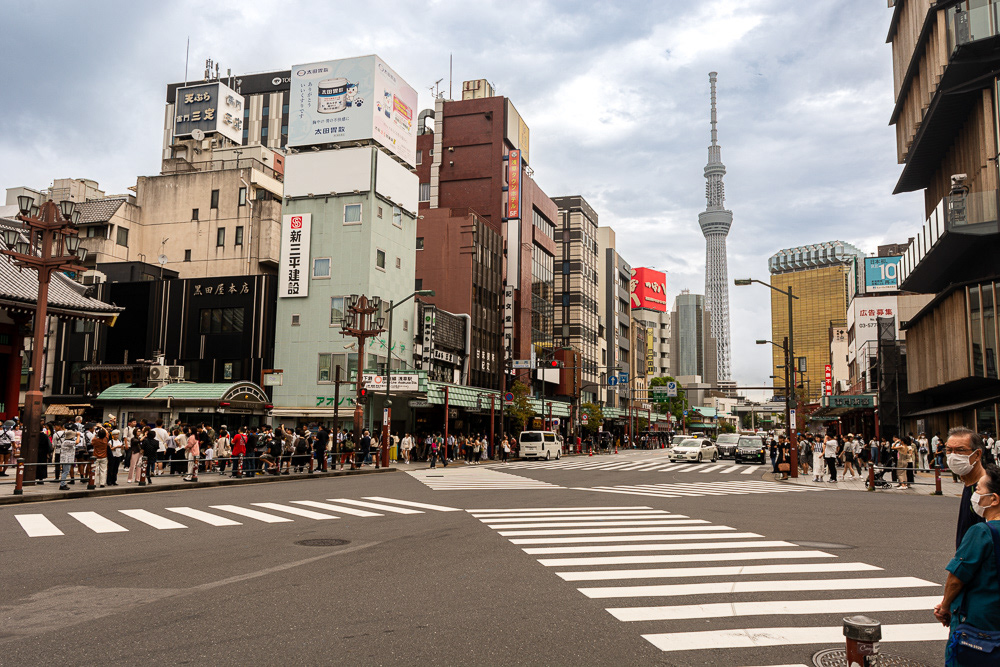
Asakusa district of Tokyo's shitamachi (or low city) at the pedestrian crossing leading to the Sensoji Buddist temple. Tokyo Tower looms in the background.
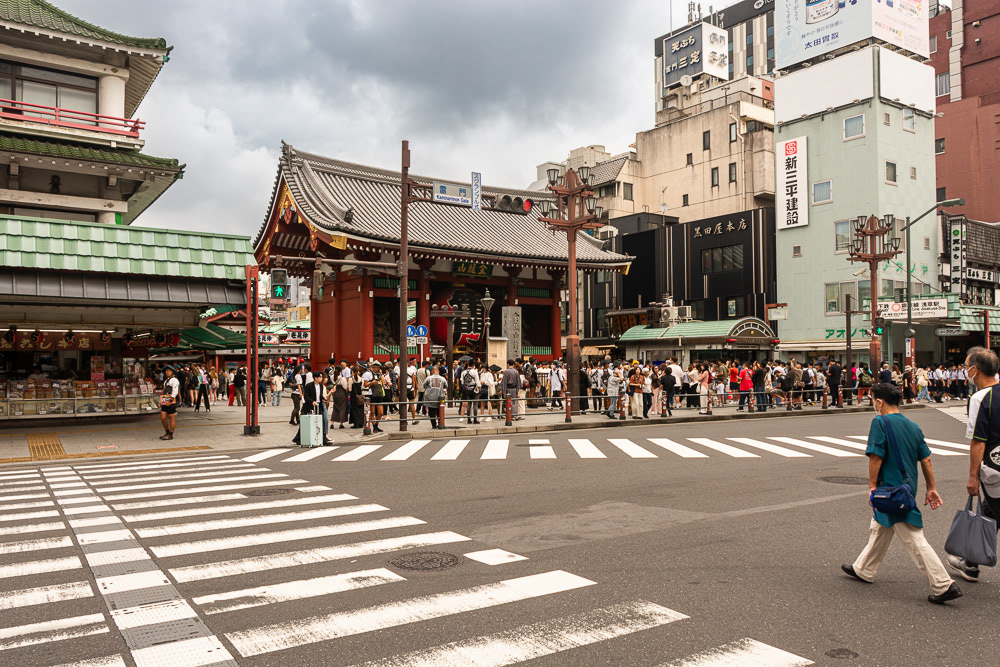
Kaminarimon Gate is the main entrance to the Sensoji Buddist Temple.
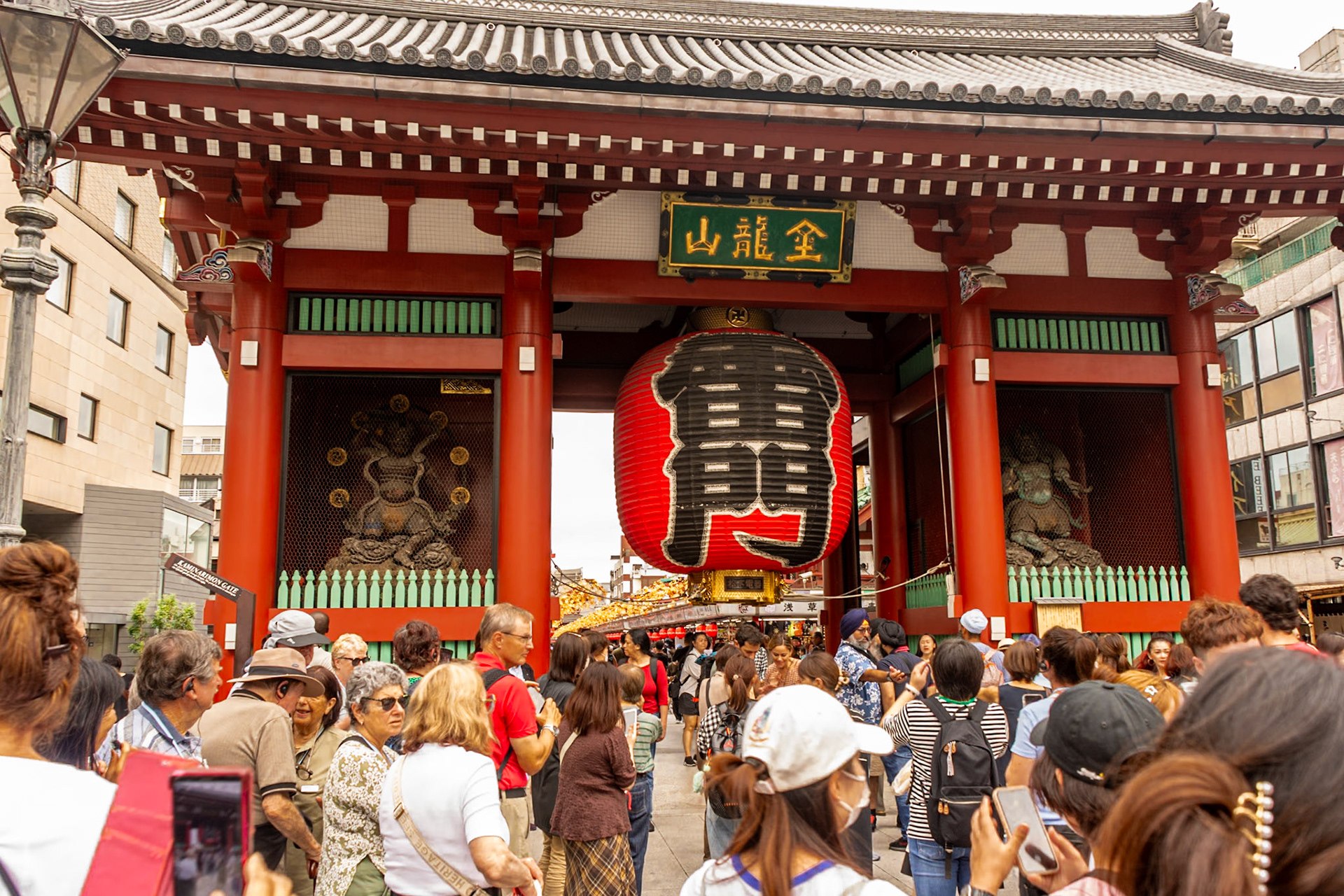
The Kaminarimon ("Thunder Gate") is the outer of two large entrance gates that ultimately leads to the Sensō-ji.
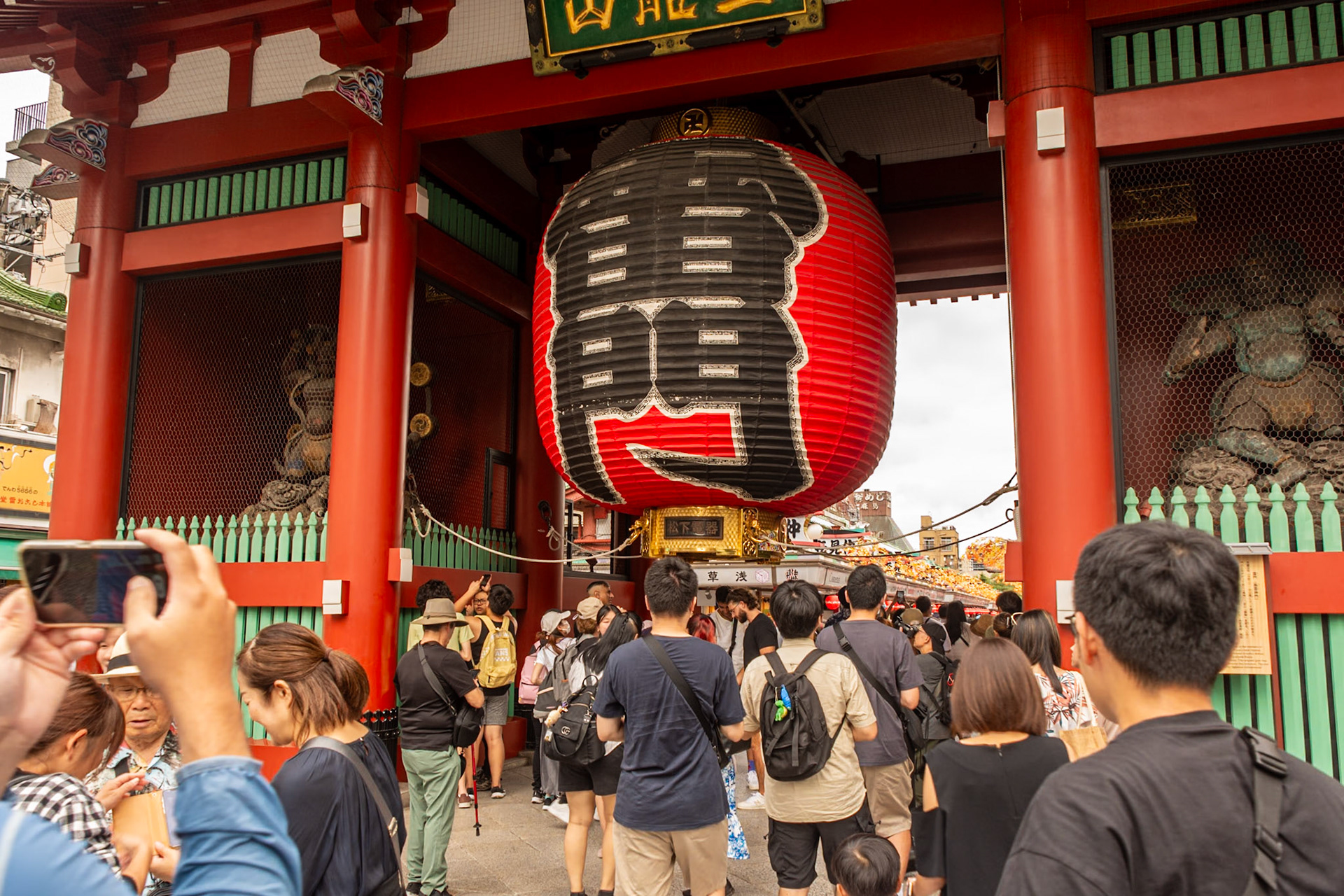
Kaminarimon. A statue of Fūjin (the Japanese god of the wind) stands on the right and that of Raijin ( a god of lightning, thunder, and storms on the left.

Fūjin (the Japanese god of the wind)
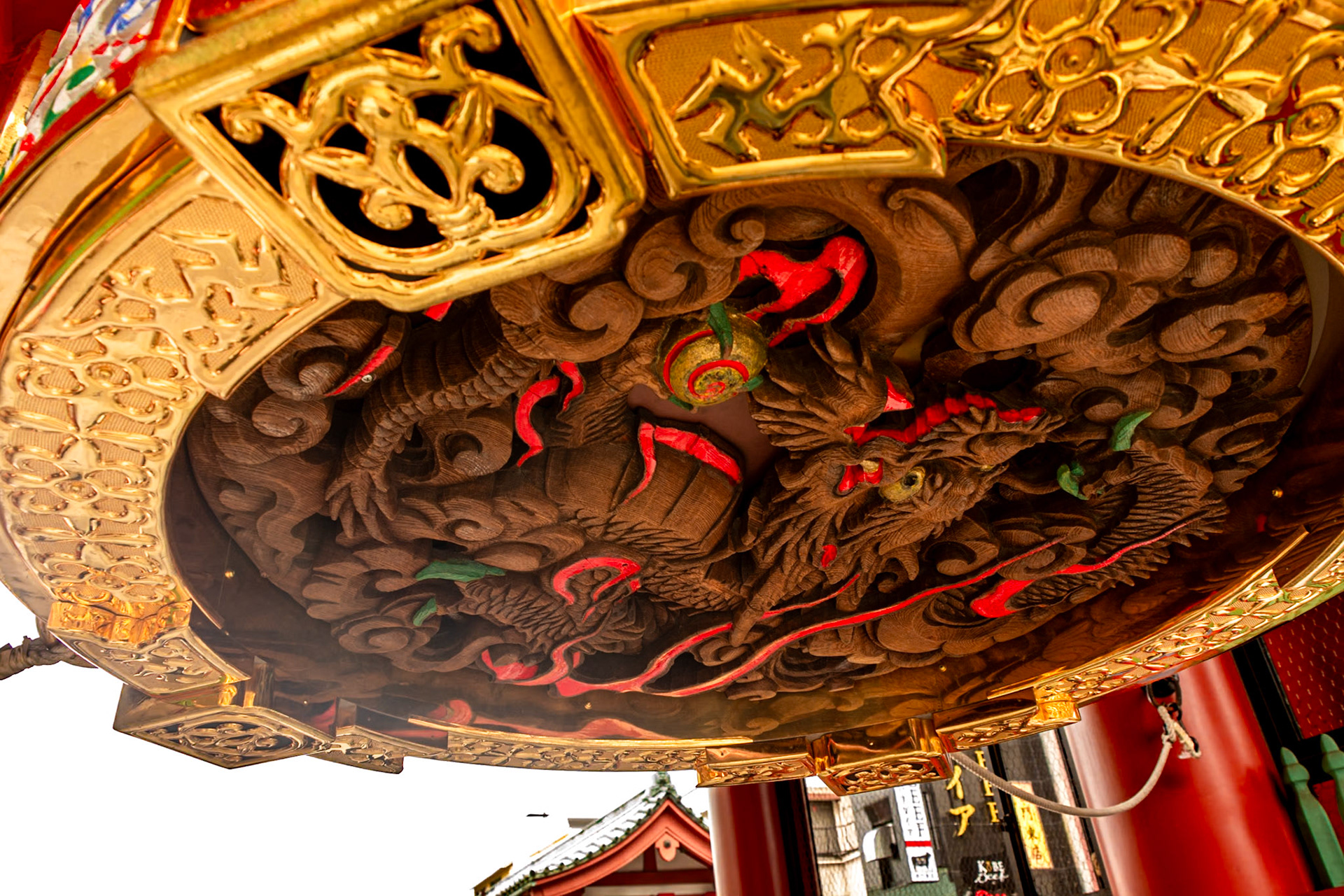
On the underside of the 3.9m high paper lantern is an impressive dragon carved in timber.

A statue of Buddist goddess Kinryū stands on the west side at the rear of the Kaminarimon gate.
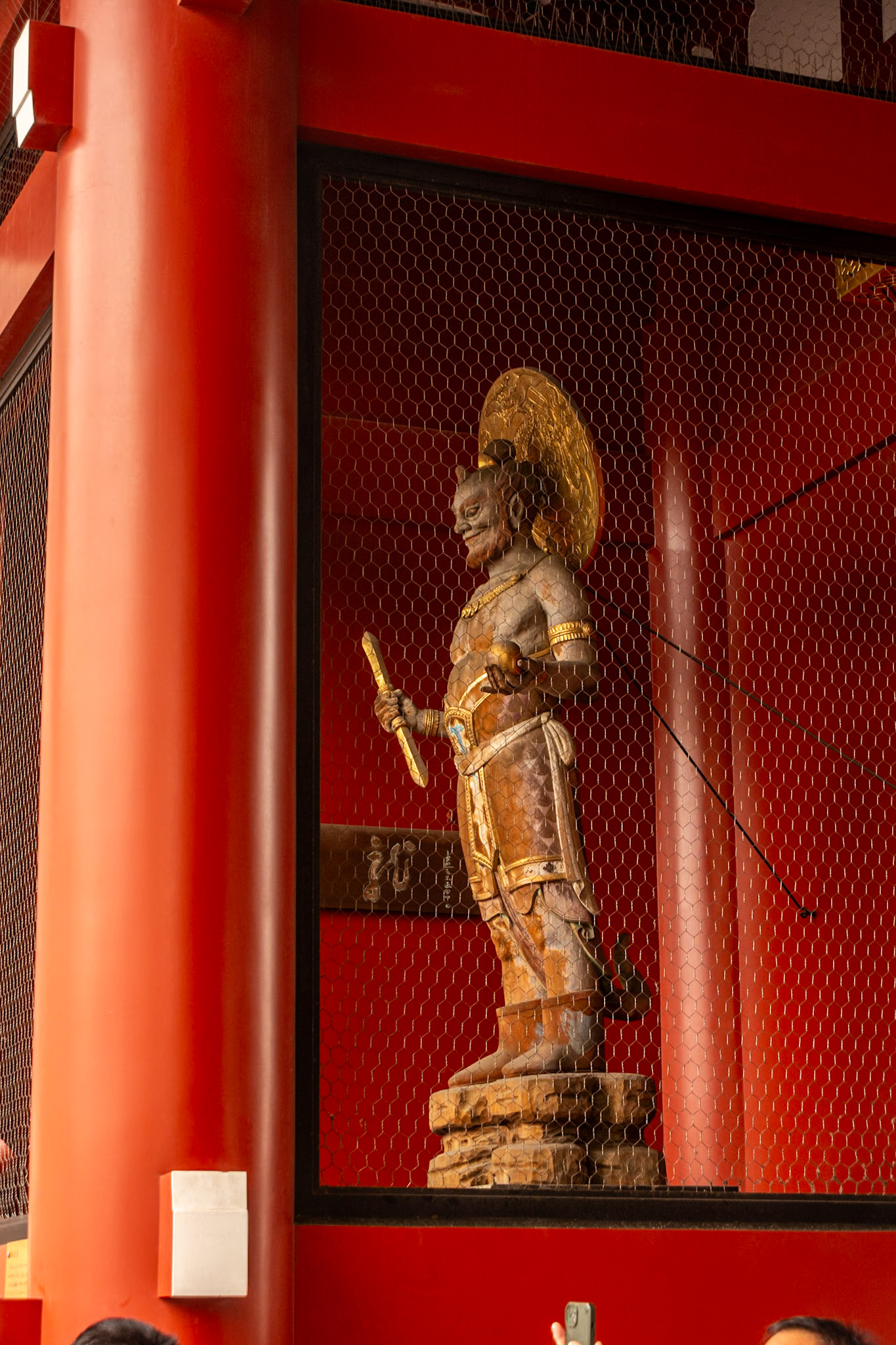
Buddhist god Tenryū on the east side at the rear of the Kaminarimon gate.

Beyond the Kaminarimon we enter Nakamise-dori with its shops, to make our way to the Hōzōmon or "Treasure House Gate" which provides the entrance to the inner complex.

One of the many small shops of the Nakamise-dori

Tourists pose for a photo with these Japanese women dressed in traditional Kimonos.
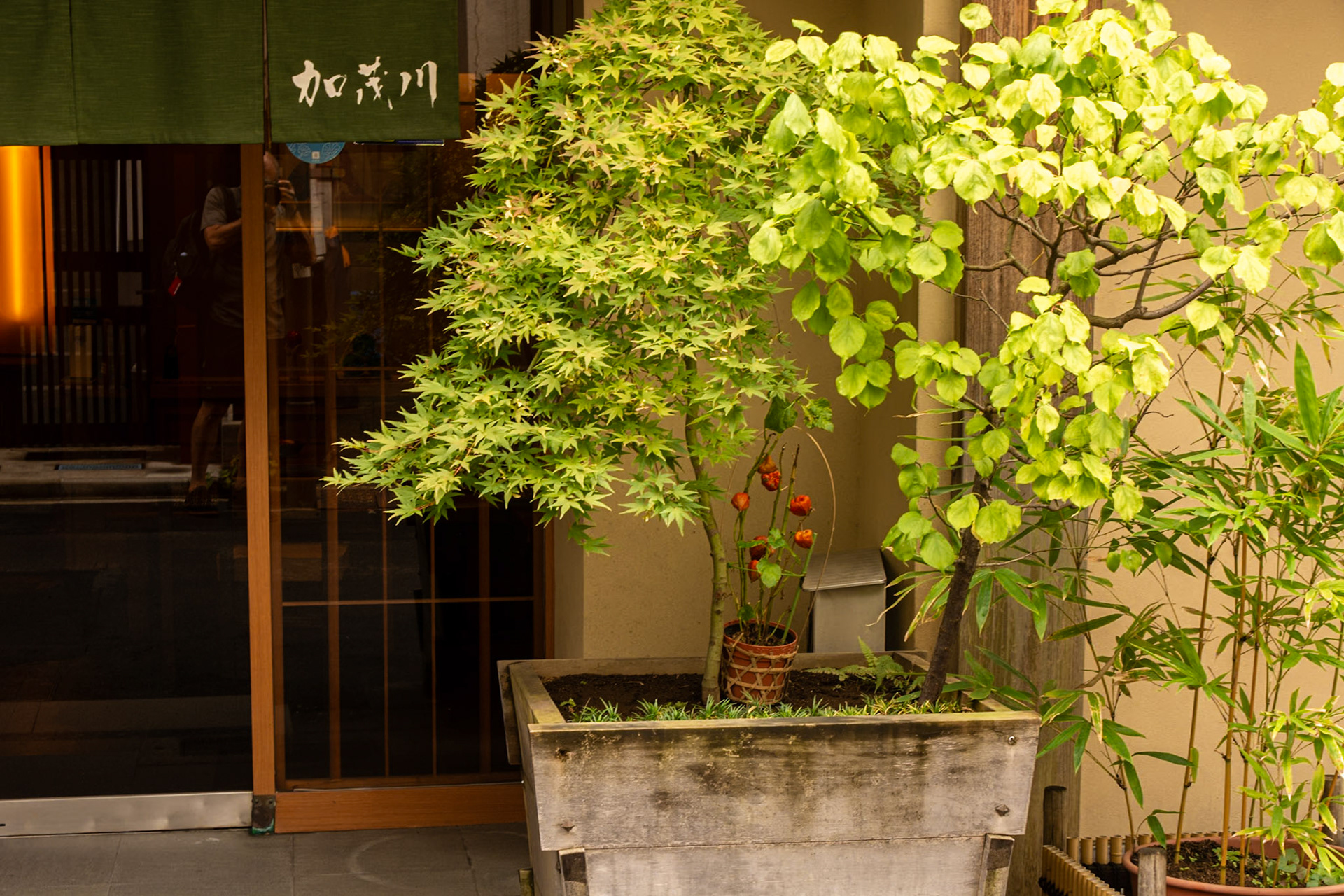
Planter boxes decorating shop entrances.

An impressive horticultural display can be acheived just using planter boxes.
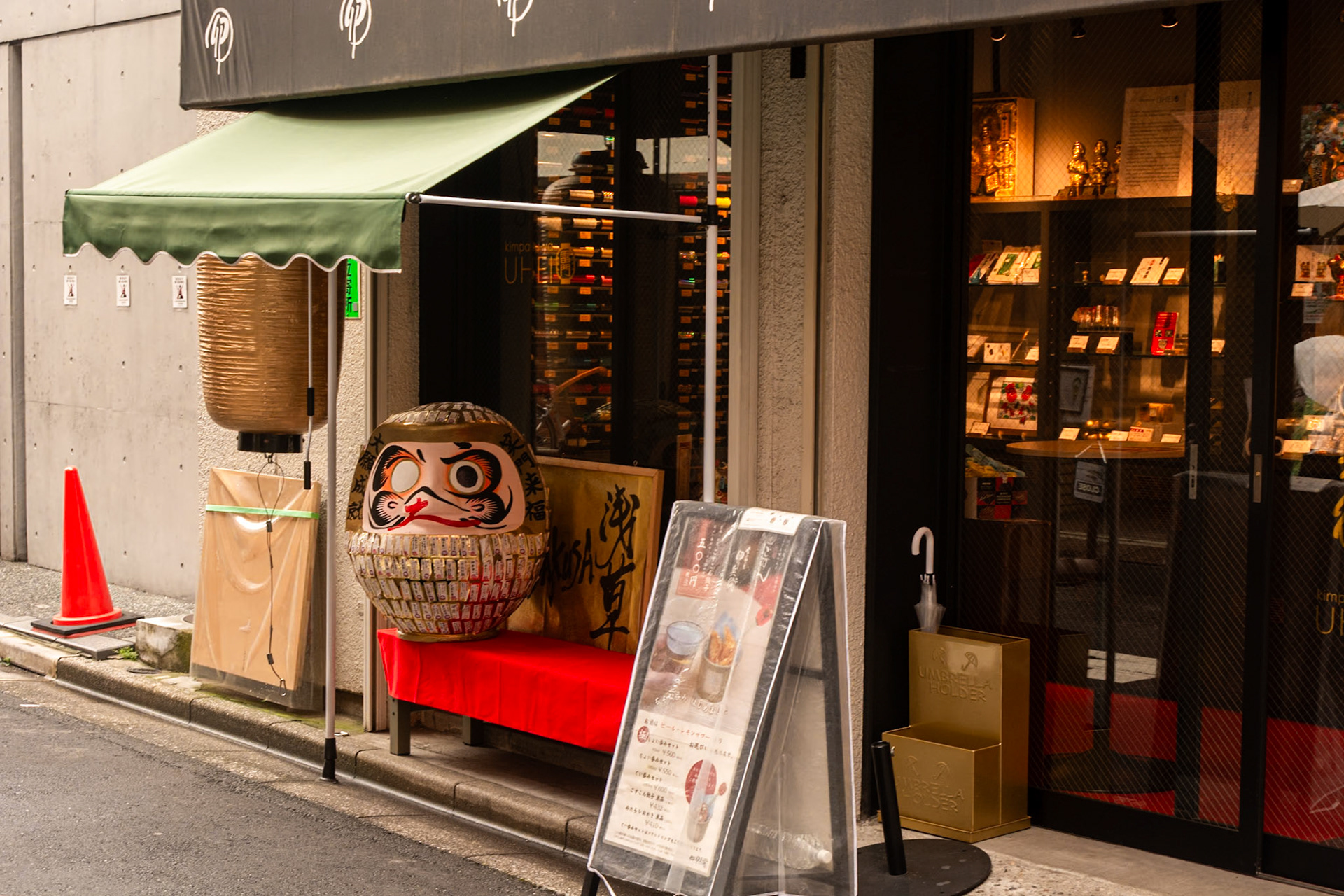
Shops in the alleyways of Nakamise-dori also have some curious items on display.

An elderly gentleman explains the history of the site depicted in a series of story-boards to a group of schoolchildren.
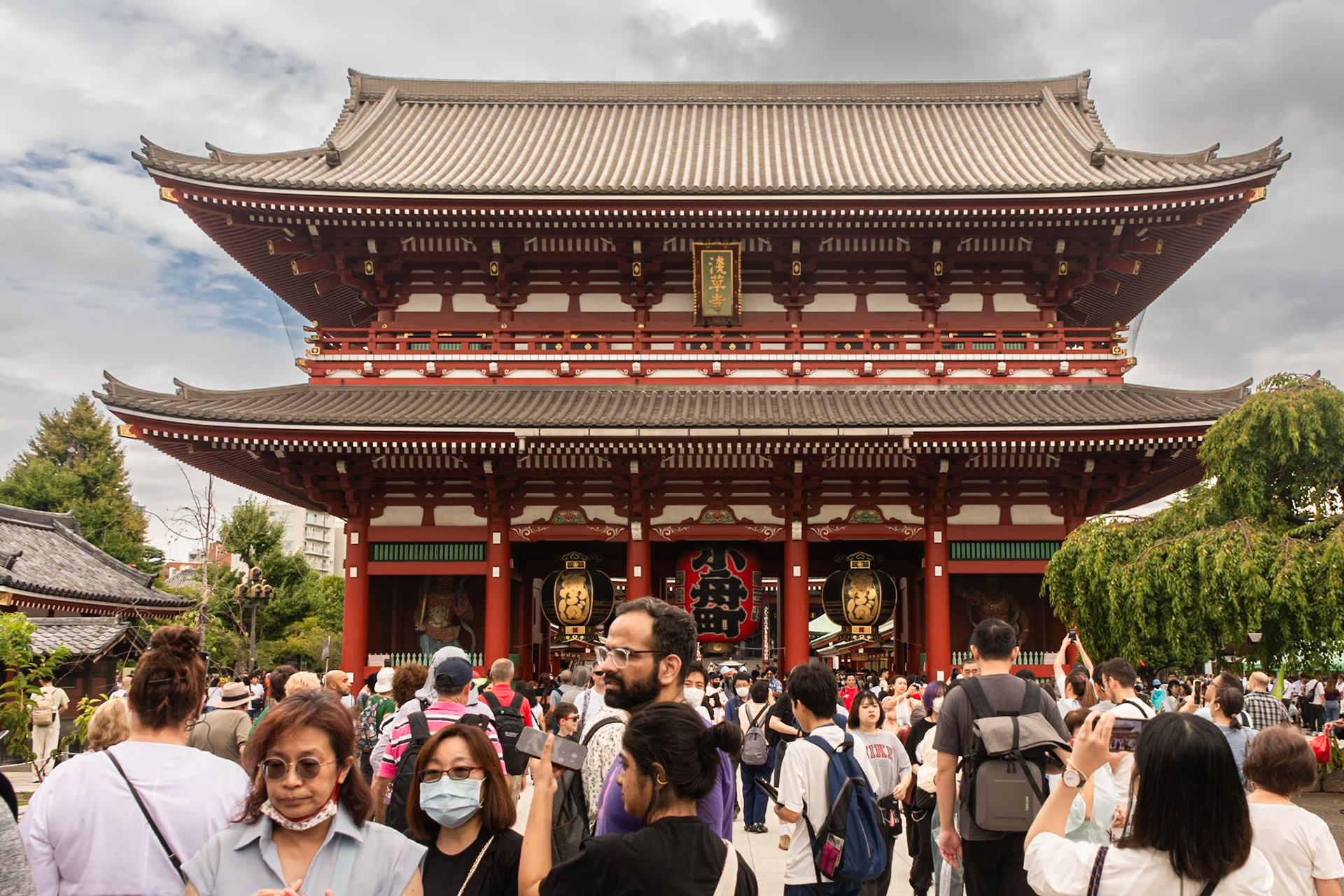
The Hōzōmon (Treasure-House Gate) is the inner of two large entrance gates that lead to the Sensō-ji. It is a two-story gate (nijūmon), and its second story houses many of the Sensō-ji's treasures.

Adjacent to the temple is a five-story pagoda, the Asakusa Shinto shrine.
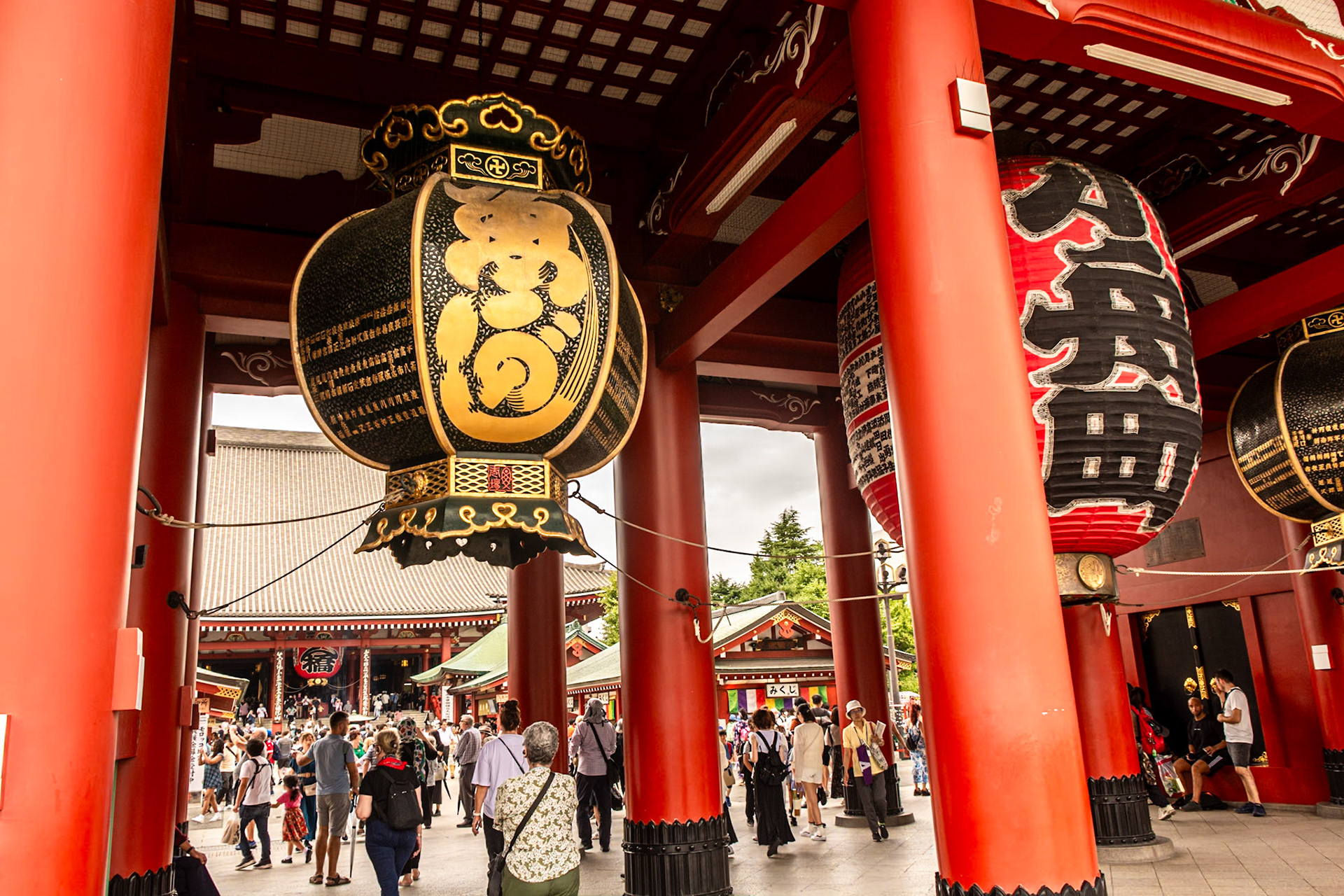
The Hōzōmon's huge lanterns are an imposing sight.
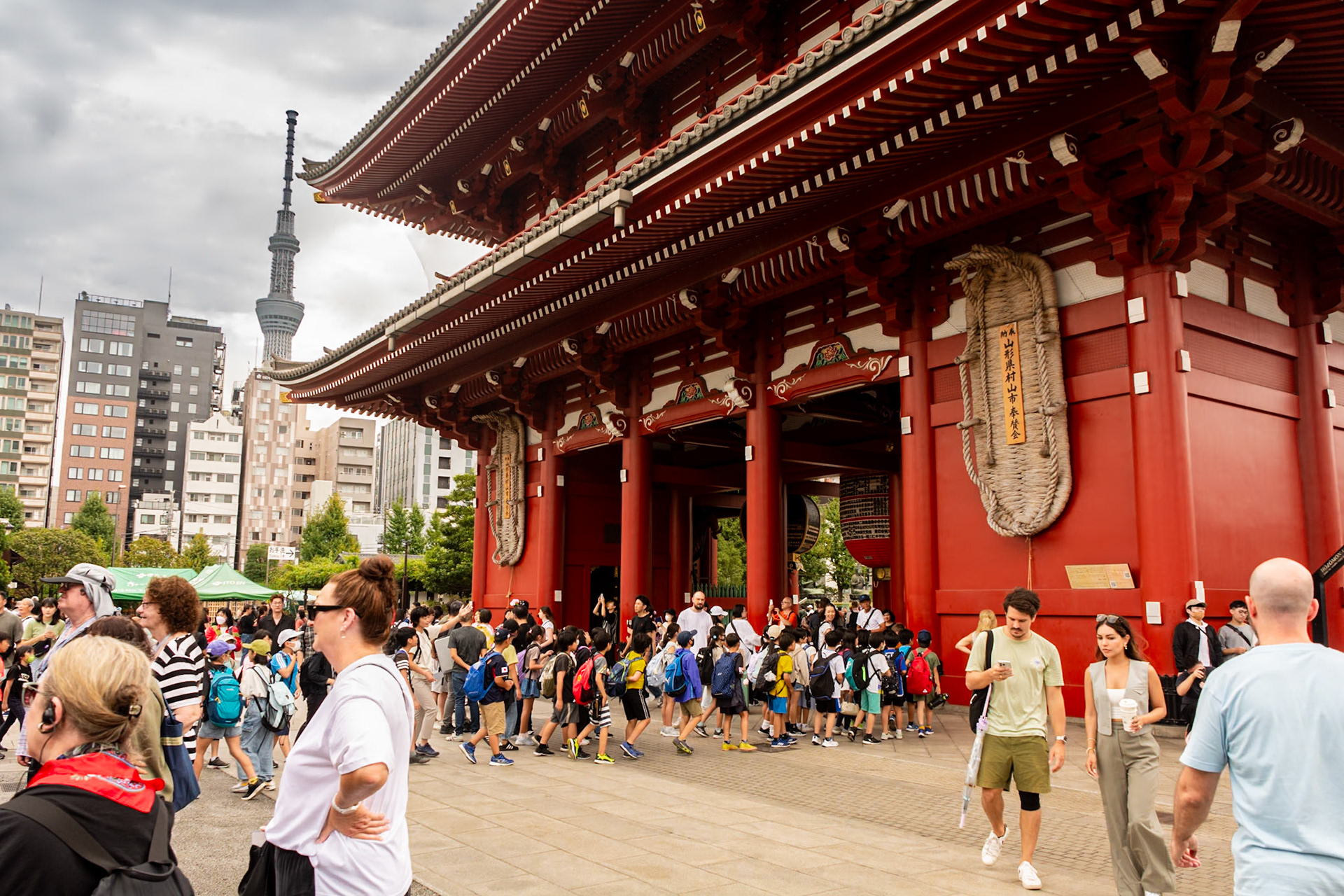
Two large sandals hang from the north face of the Hozomon.

Incense smoke rises from the Jokoro as tourists mill in front of the Sensoji temple.
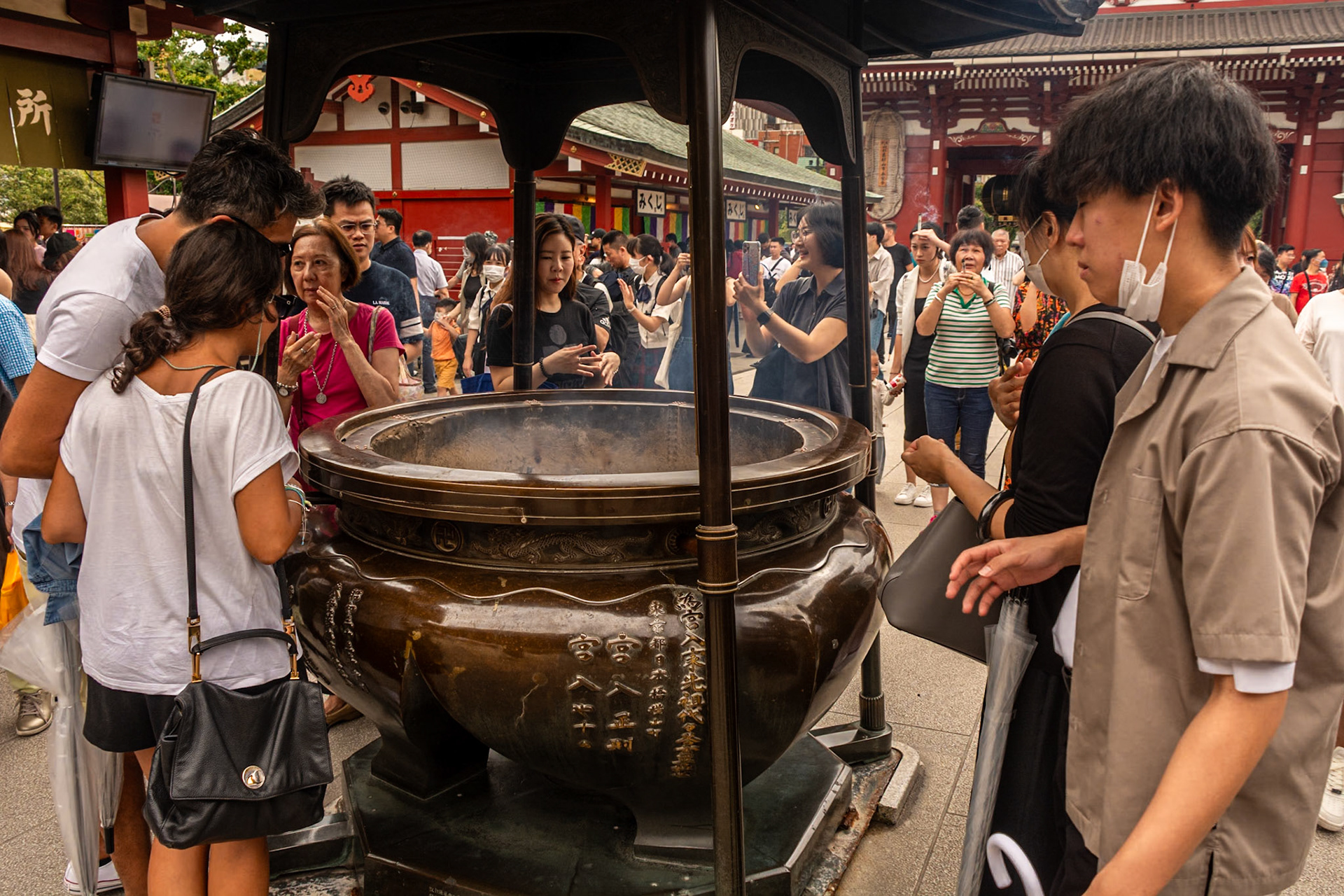
As incense smoke rises from the large earthenware Jokoro, it is customary to wave it towards you to purify yourself.

The west gate to Senso-ji.
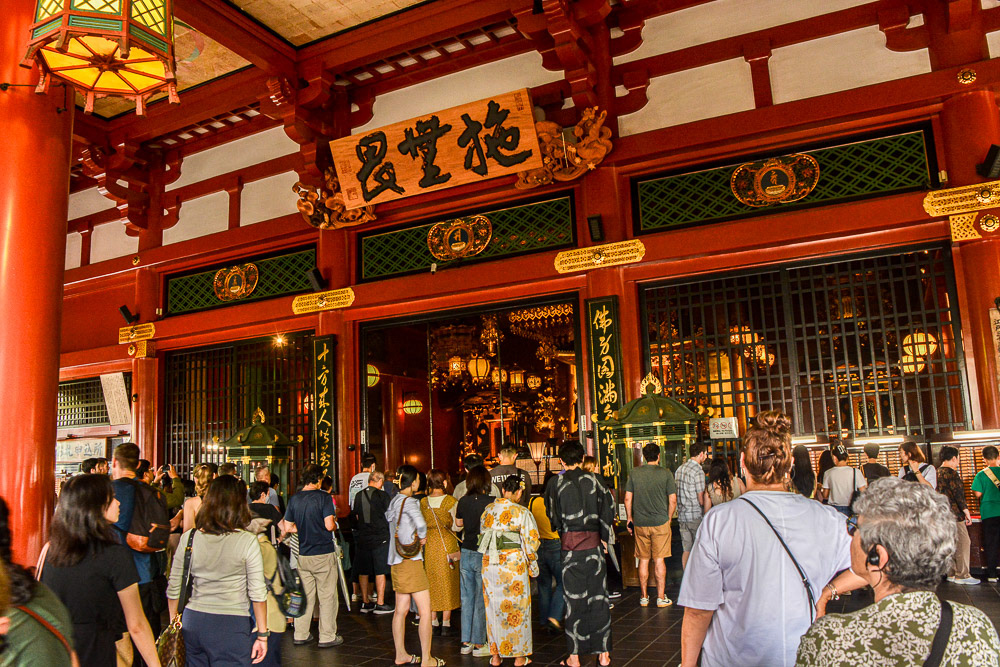
The crowded patio of Sensoji temple.

Yogodo Hall Gardens
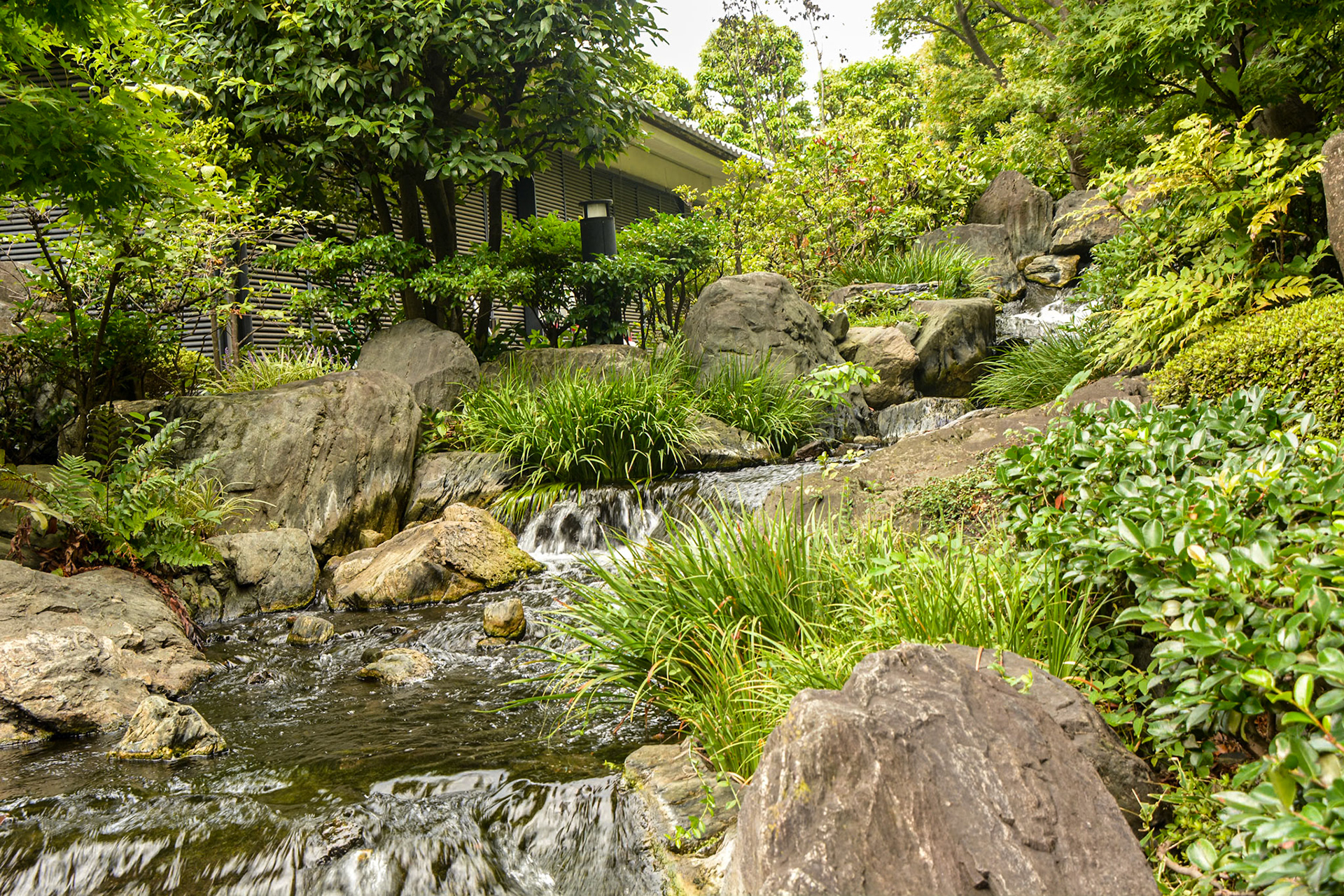
A beautifully crafted waterfall feature adds to the tranquility of the garden.

Koi of varying colours congregate near the stone bridges of Yogodo Gardens in anticipation of food from passing tourists.

Enjoying the tranquility of the Yogodo Hall Gardens
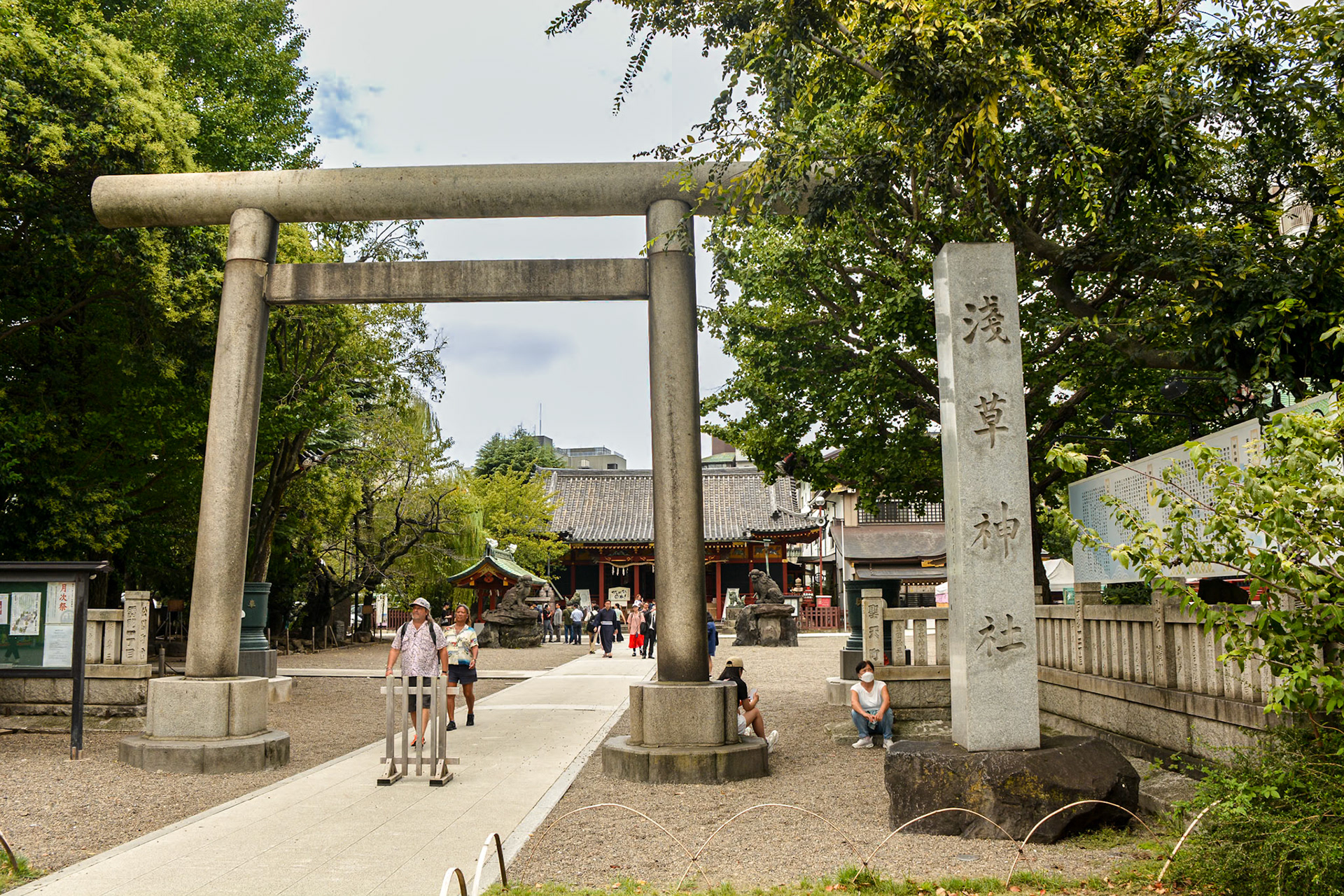
Torii Gate entrance to Asakusa Shinto Shrine.
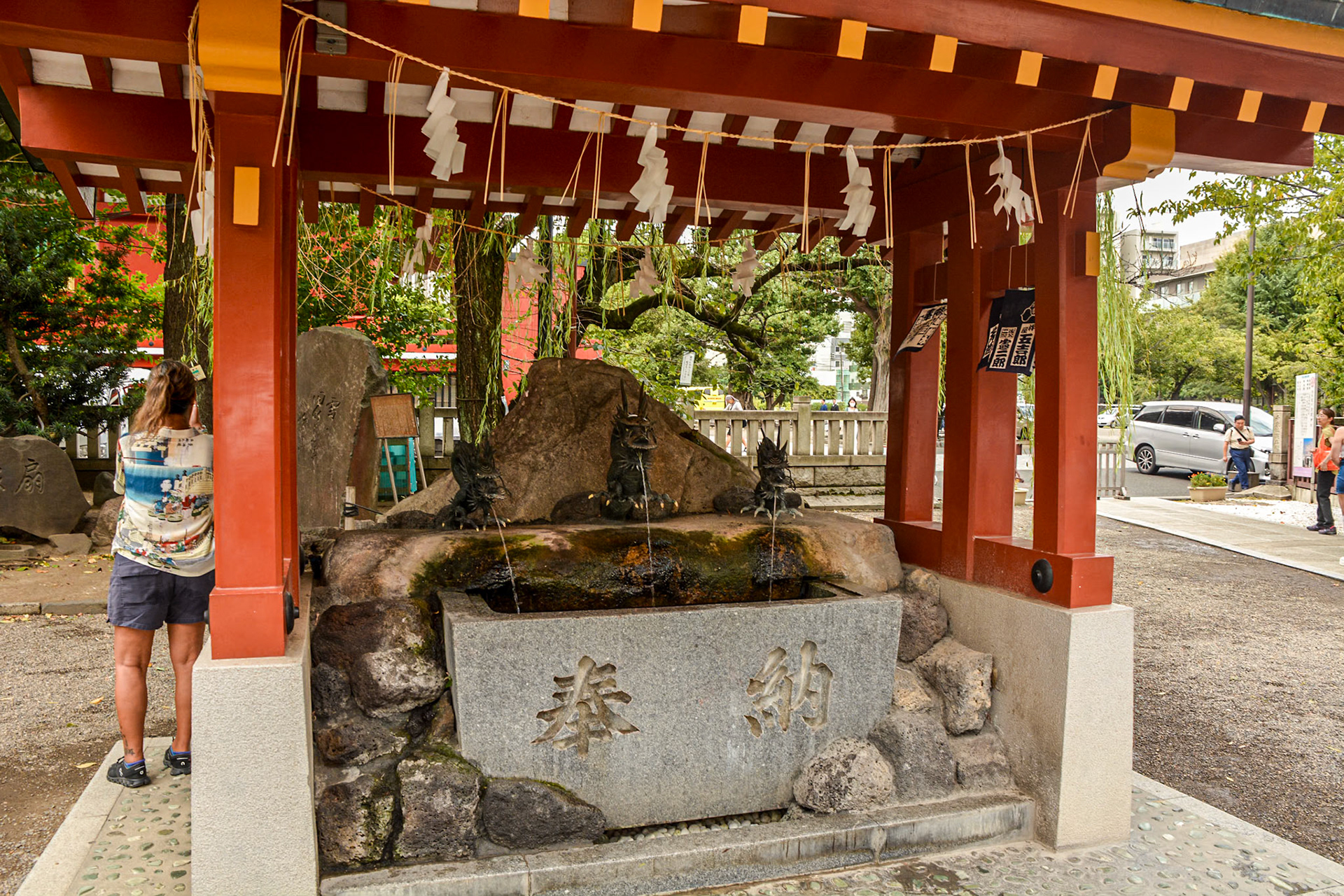
Dragon water fountain at Asakusa shrine.
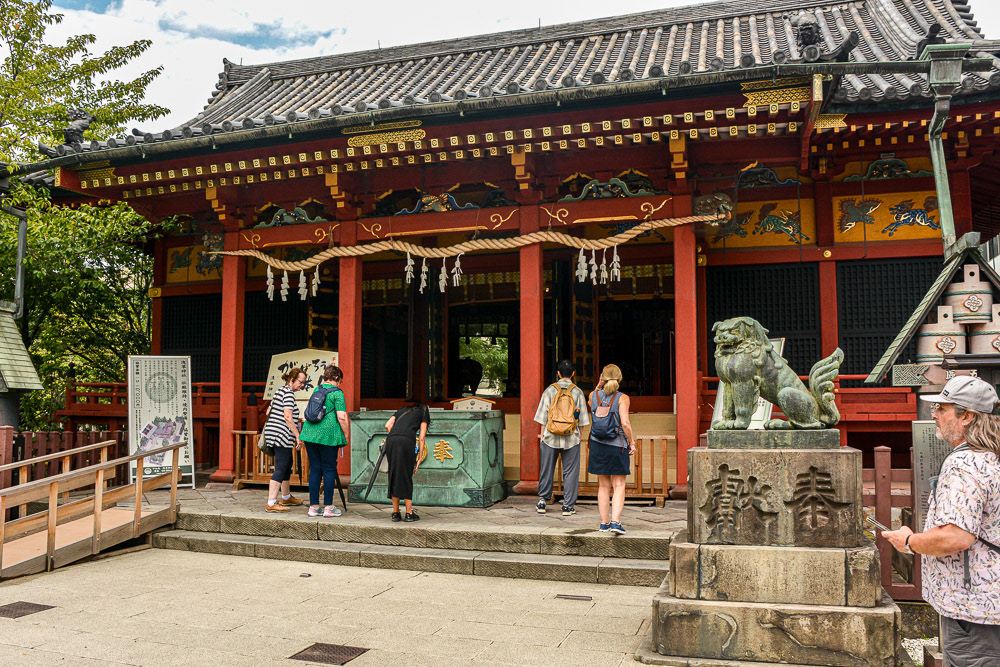
Our guide, Mayumi gives an offering at the shrine. The shrine is one ne of the only two buildings in the area to survive WWII.

Janitor carts ready for action.

Bamboo gate

Gnarled trunk the remnant of a once majestic tree.
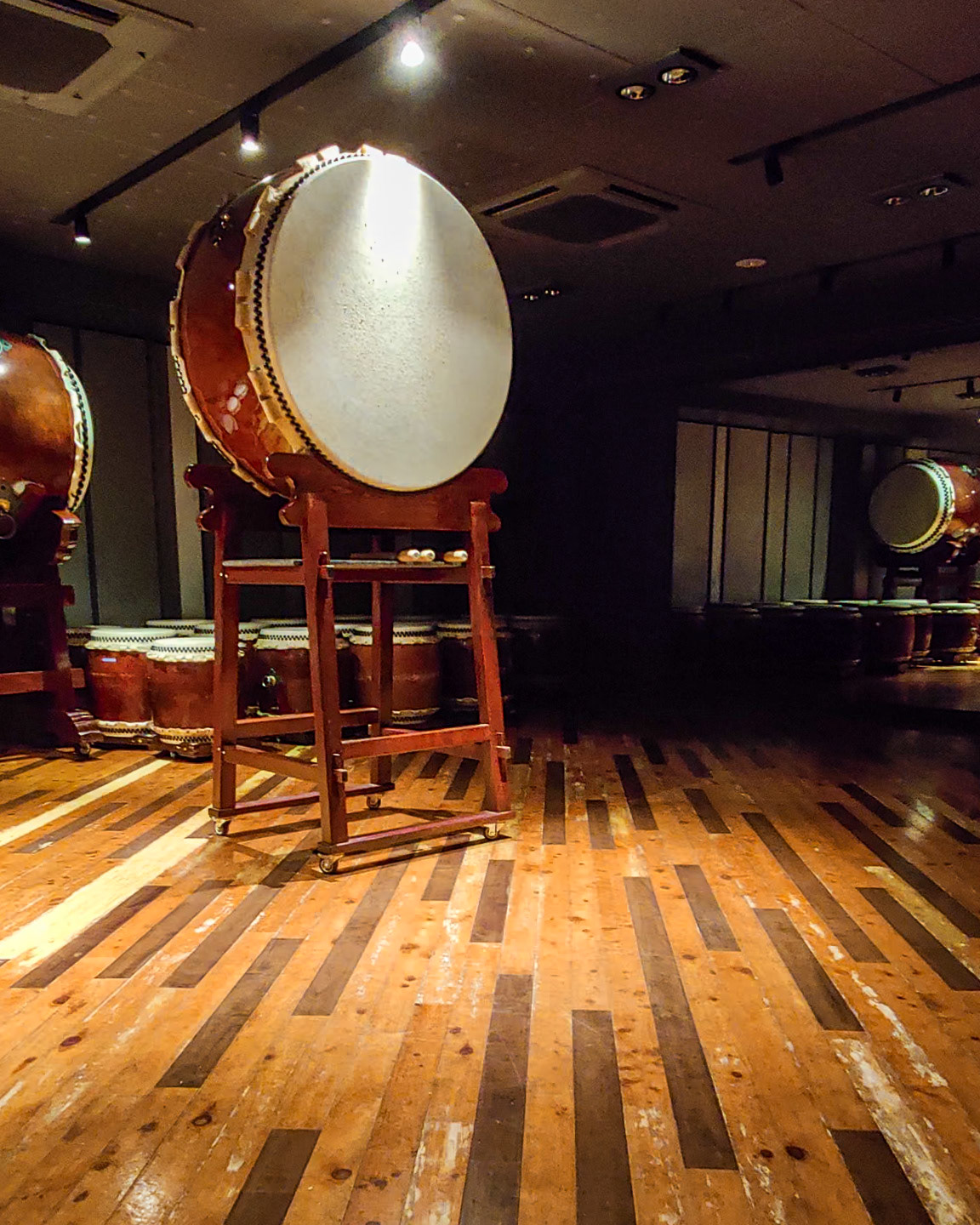
Taiko drums
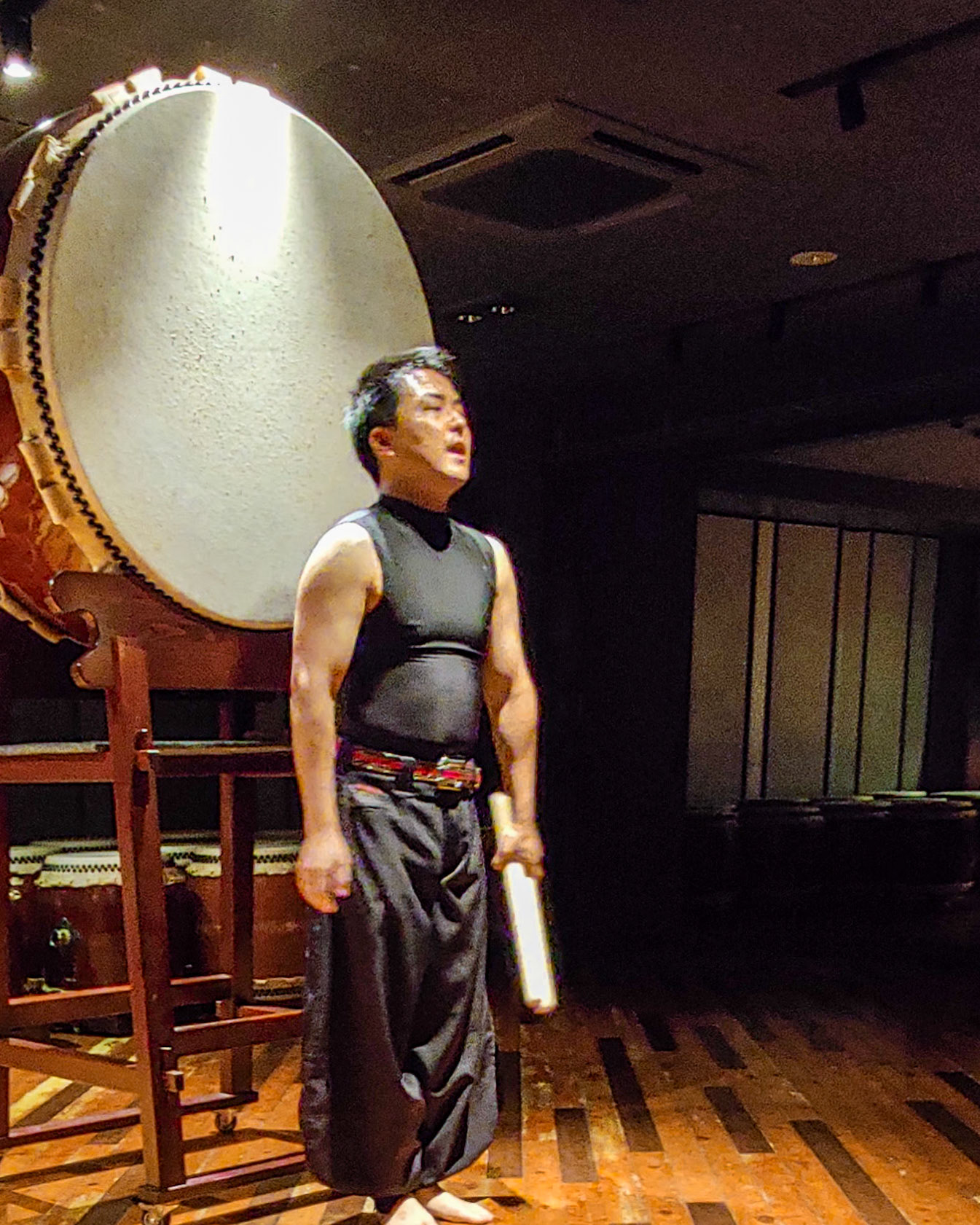
Master Taiko drummer on completion of a 7-minute solo performance.
A shortened clip of the Taiko Drum Master's performance.
Day 3 - We visit Imperial Palace's beautiful East Gardens, part of the inner palace area and former site of Edo Castle's innermost circles of defense when the Tokugawa Shogun ruled Japan 1603-1867.
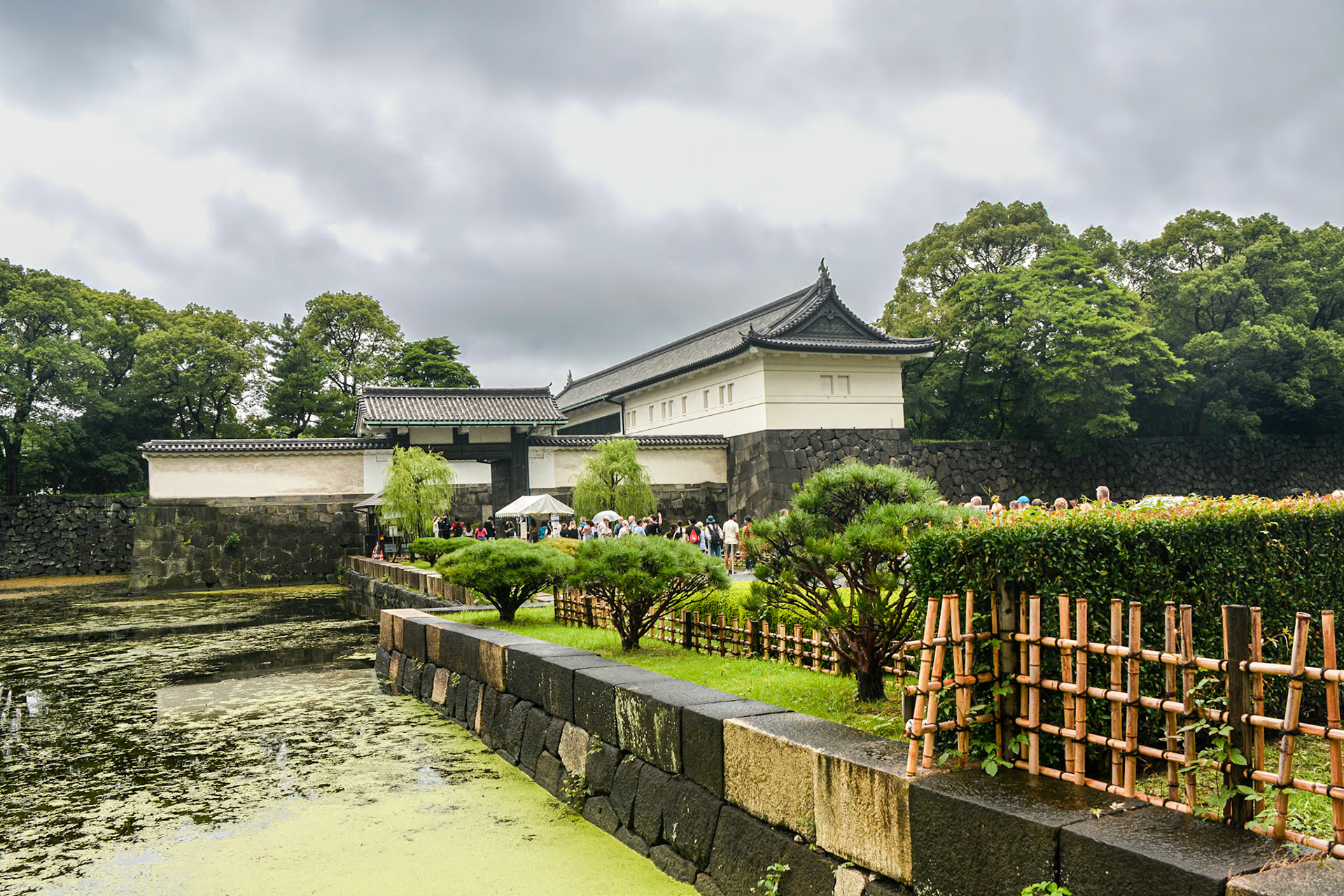
Ote-mon gate - the main entrance to the Imperial Palace's East Gardens

Ote-mon gate, the main entrance to the Imperial Palace protected by stone walled battlements and moat.
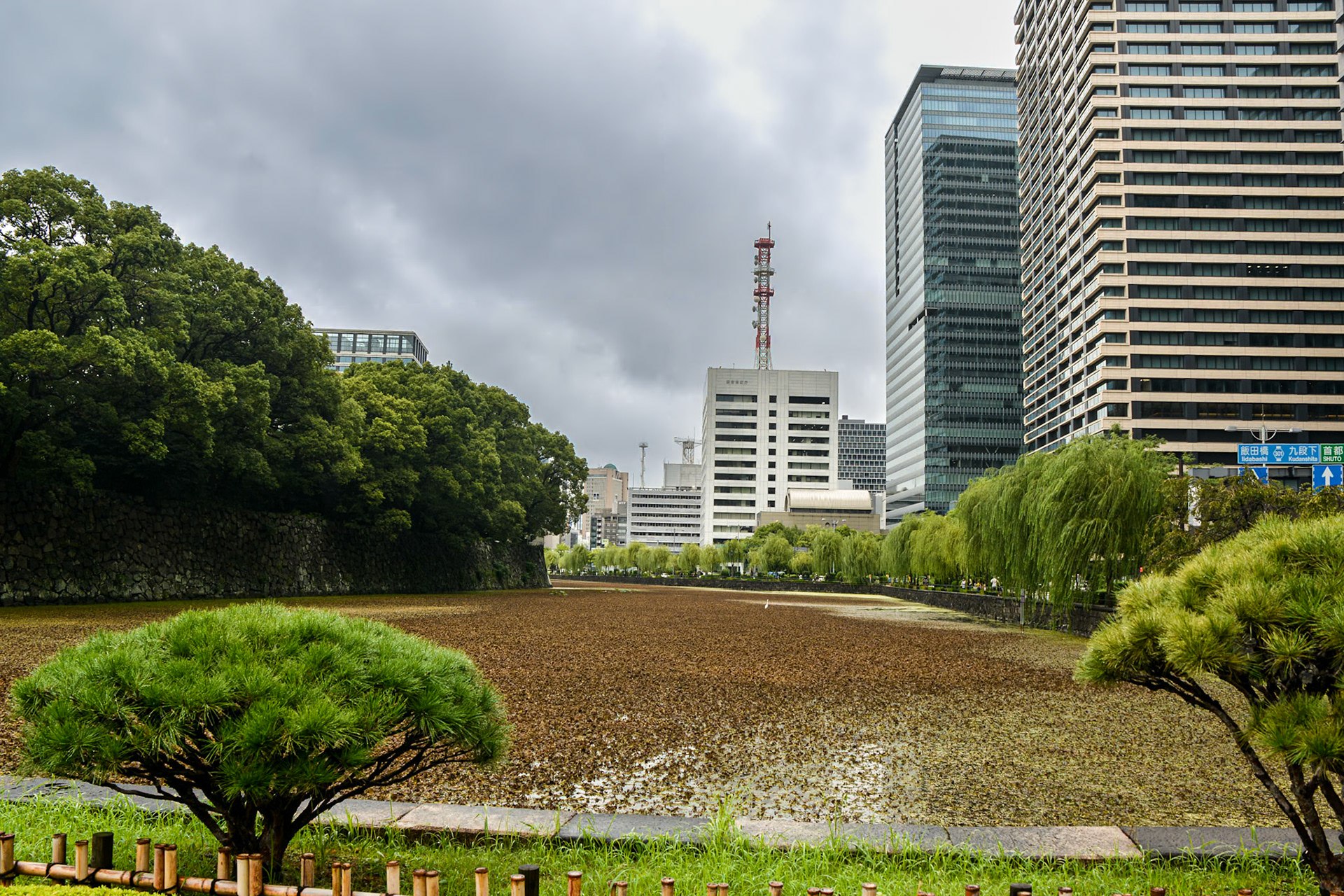
Edo Castle's moat surrounded by high-rise buildings.
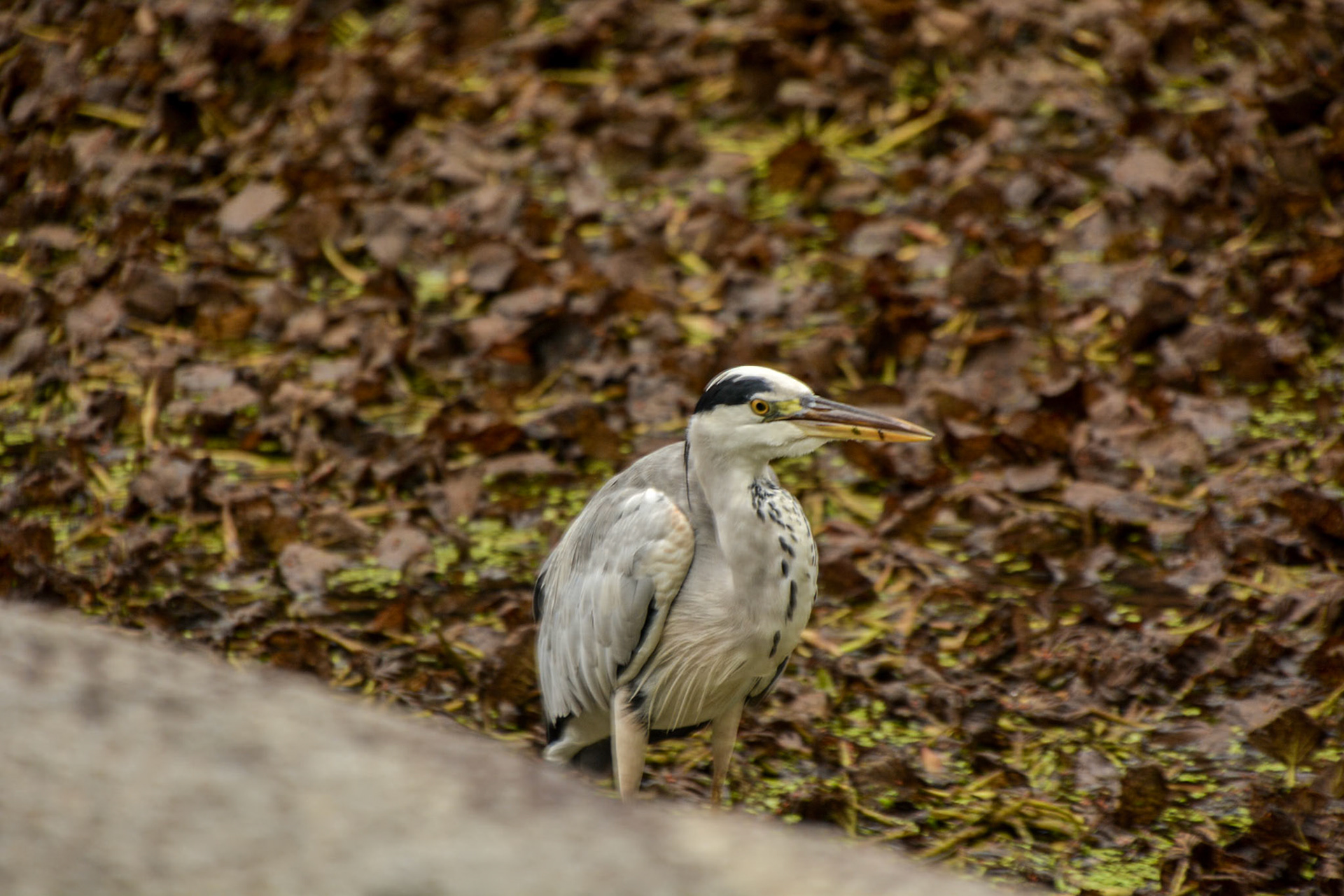
A Great Blue Heron stands knee-deep in the weed covered water of the moat waiting to strike a feed.
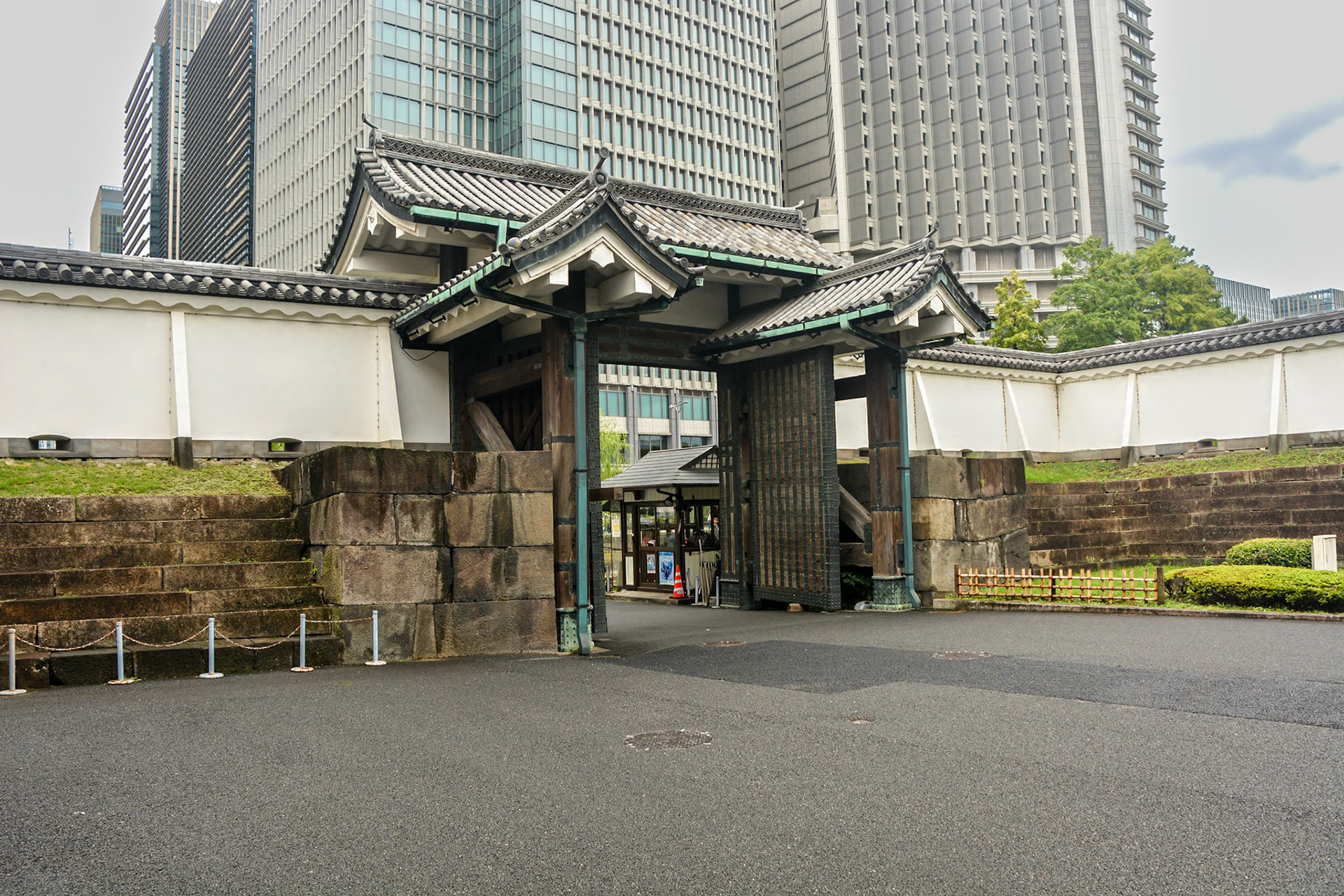
Ote-mon gate from the interior courtyard.
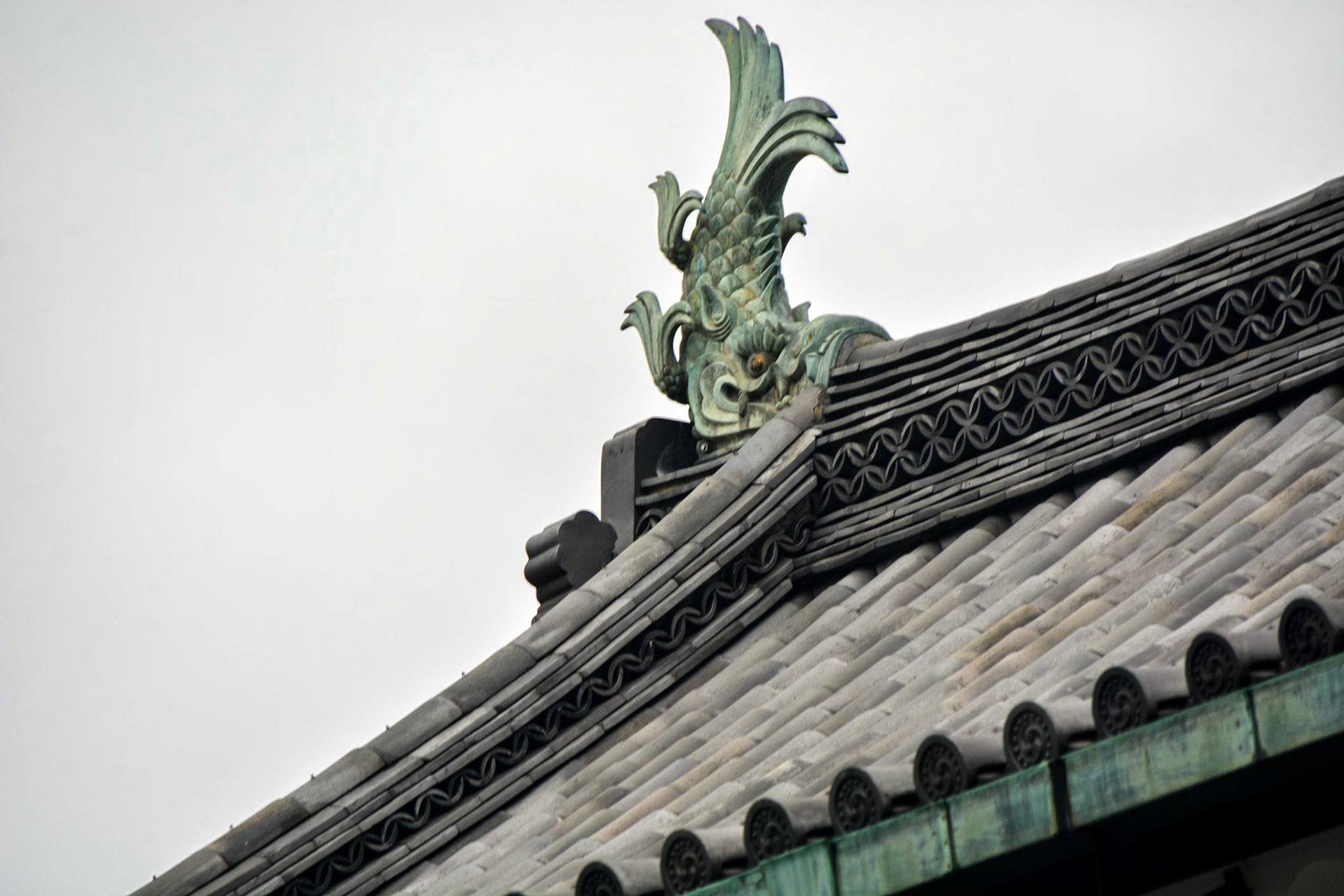
Shachihoko shibi (roof adornment in the shape of a carp and head of a tiger)
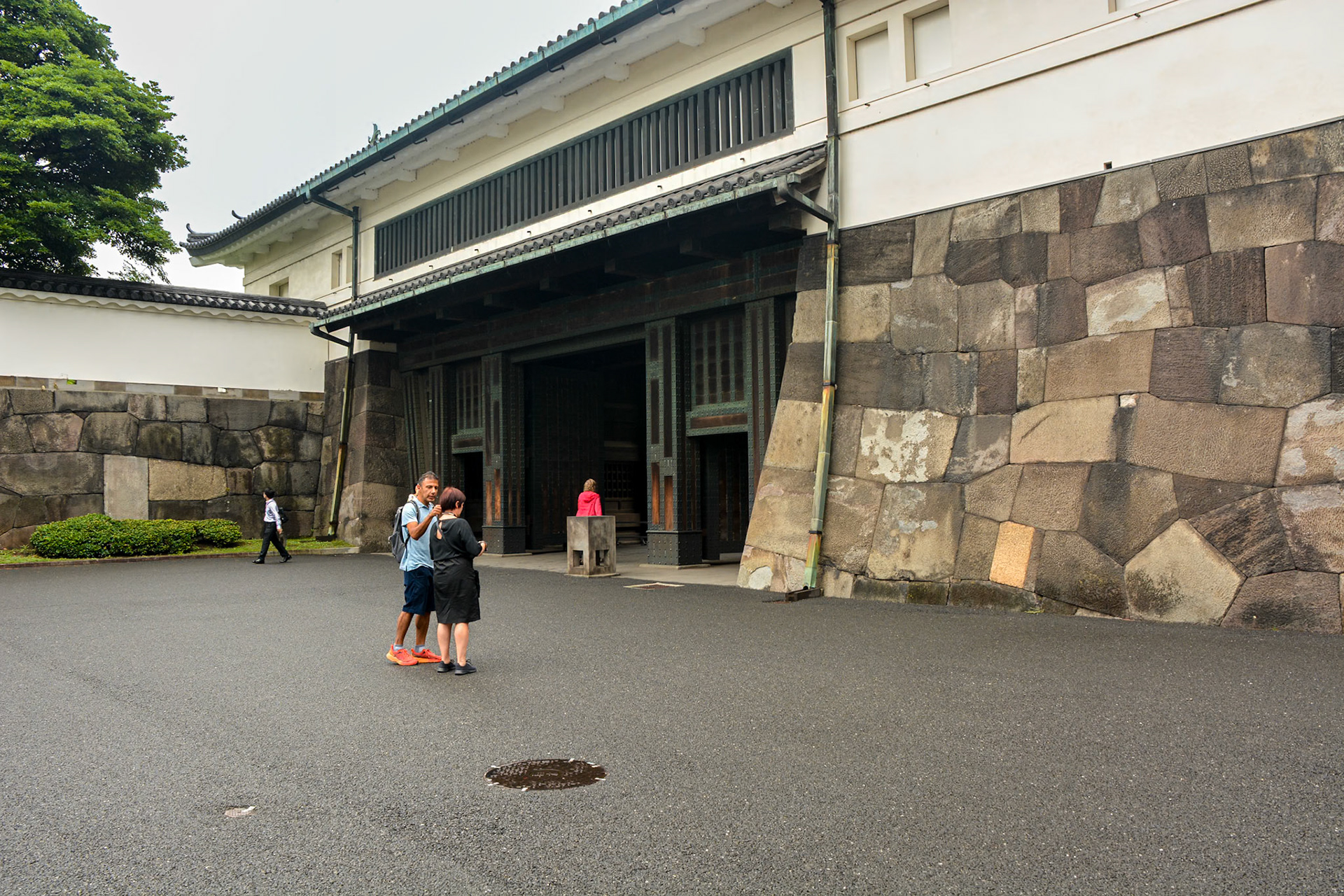
The inner courtyard of Ote-mon gate has a second gate set at 90 degrees to the front entrance called Hirakawa-mon.
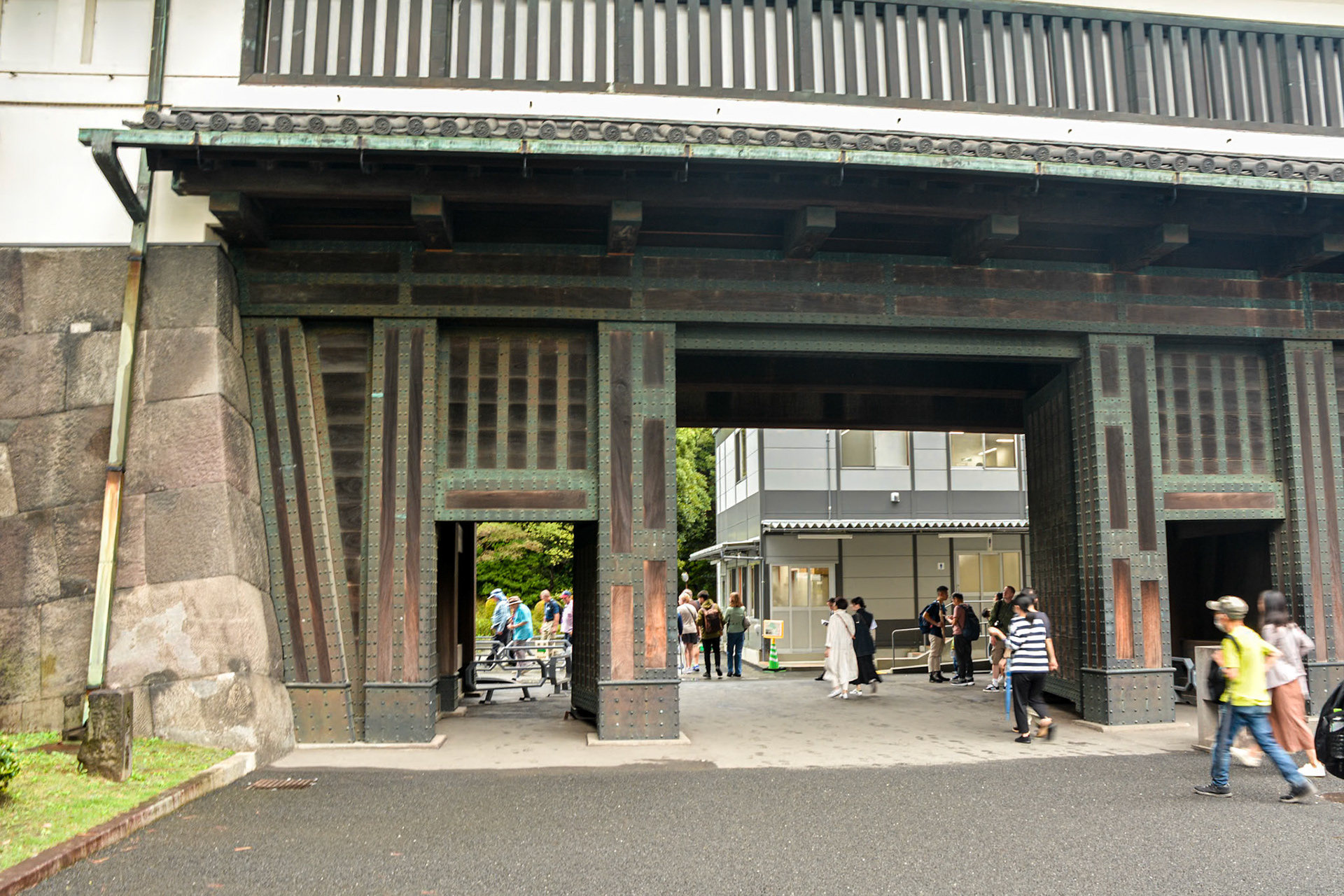
Hirakawa-mon is said to have been the main gate to the Sannomaru of Edo Castle.

Heavily reinforced timber framework of Hirakawa-mon gates.
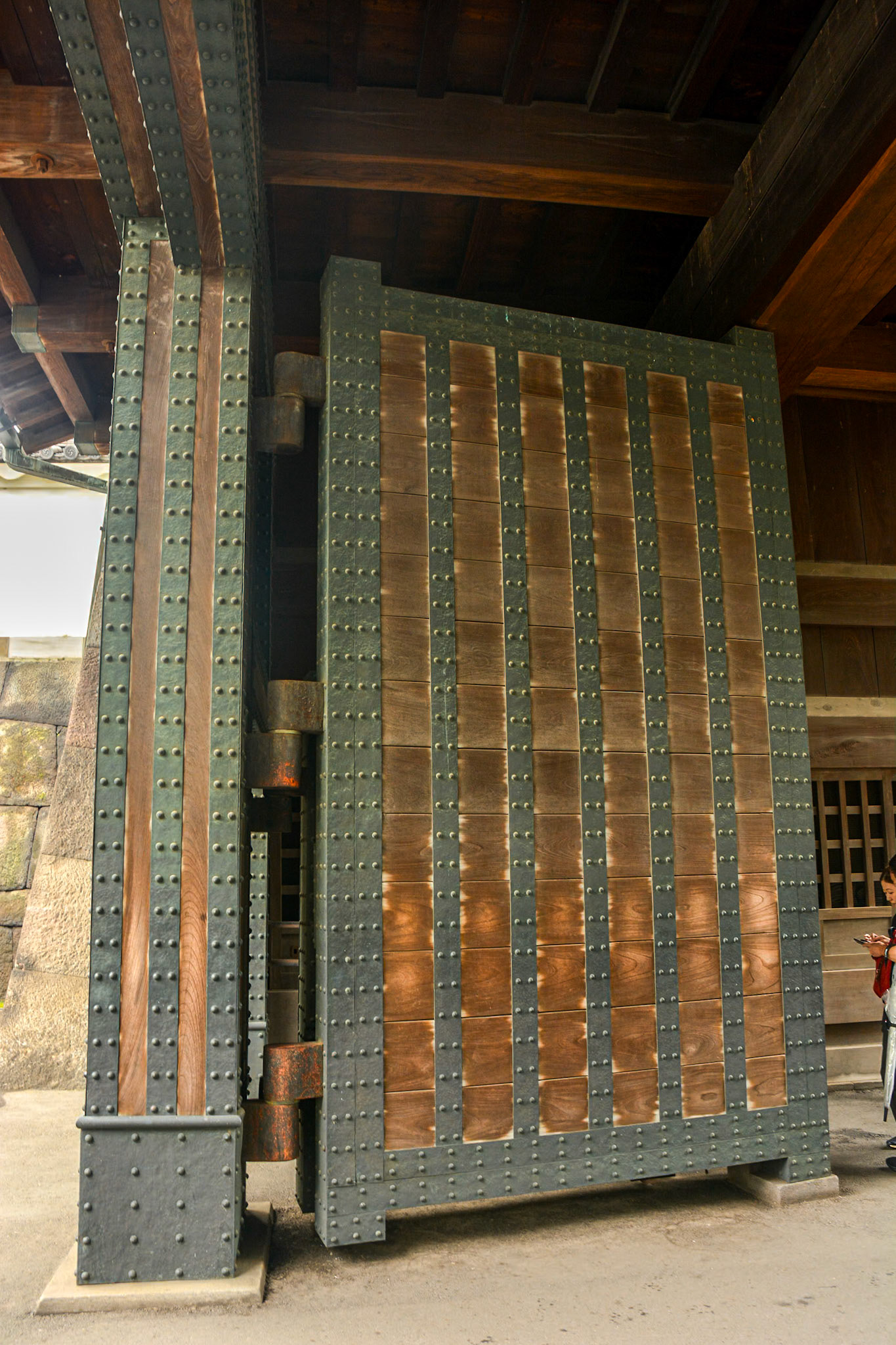
Hirakawa-mon's heavily reinforced timber doors.
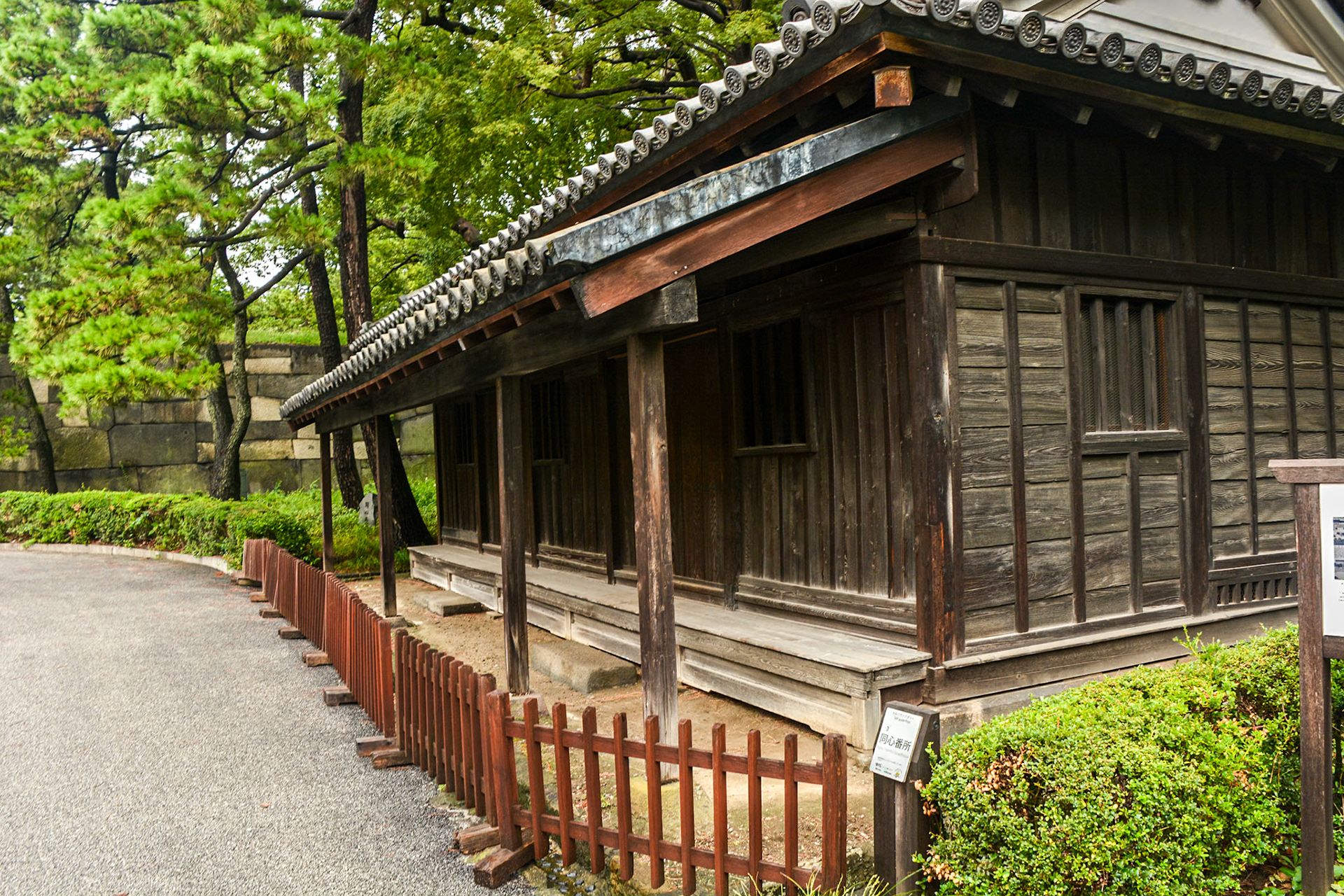
Doshin Bansho is one of three guardhouses that survives from the Edo Castle.
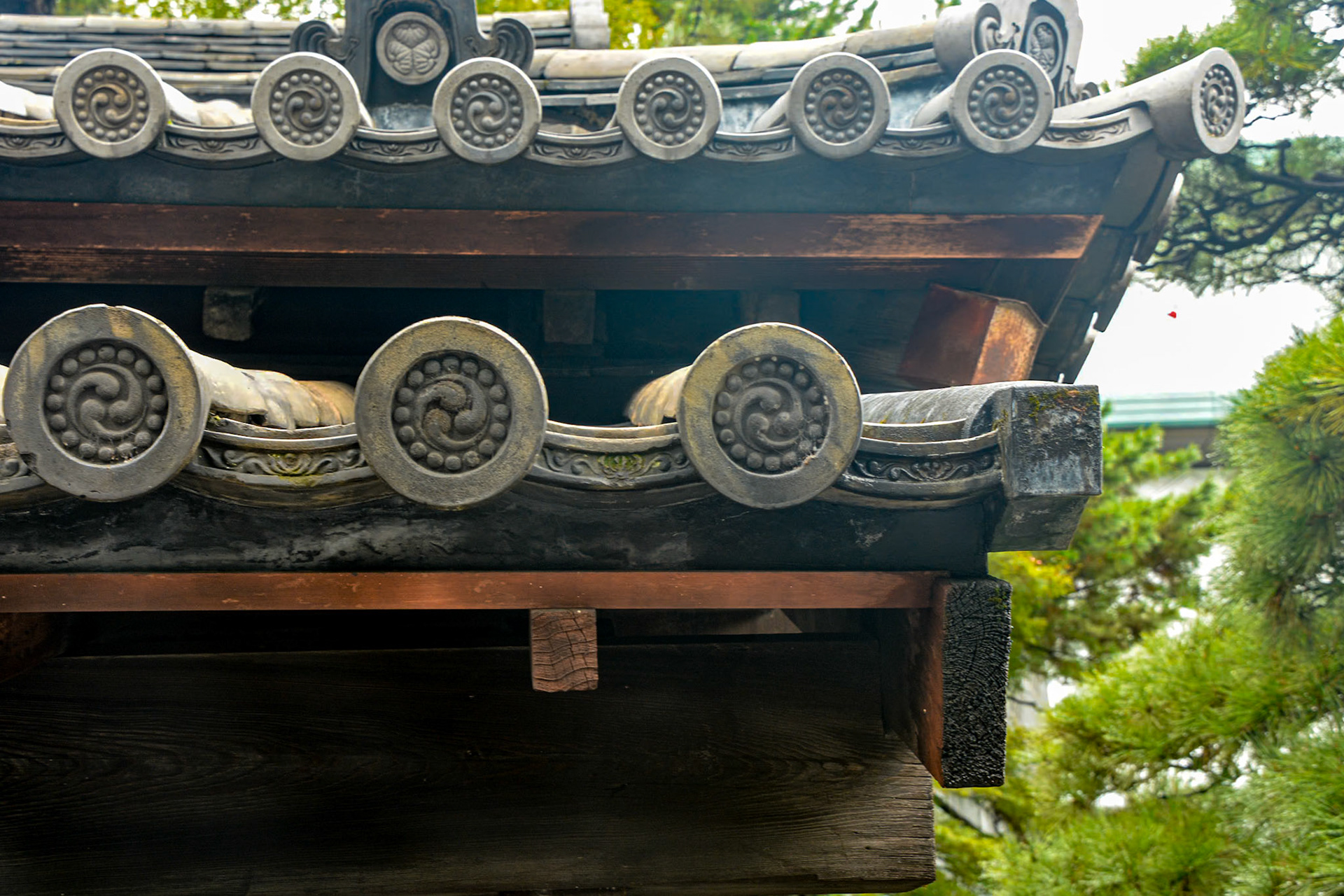
Tomoemon, a swirling comma design, is a common feature of tiled rooflines.

The stonewalls of The stonewalls of the Imperial Palace are designated a special historic structure of "the former Edo Castle", which is the foundation of the Ōte-sanno-mon watari-yagura keep.the Imperial Palace are designated a special historic structure of "the former Edo Castle".
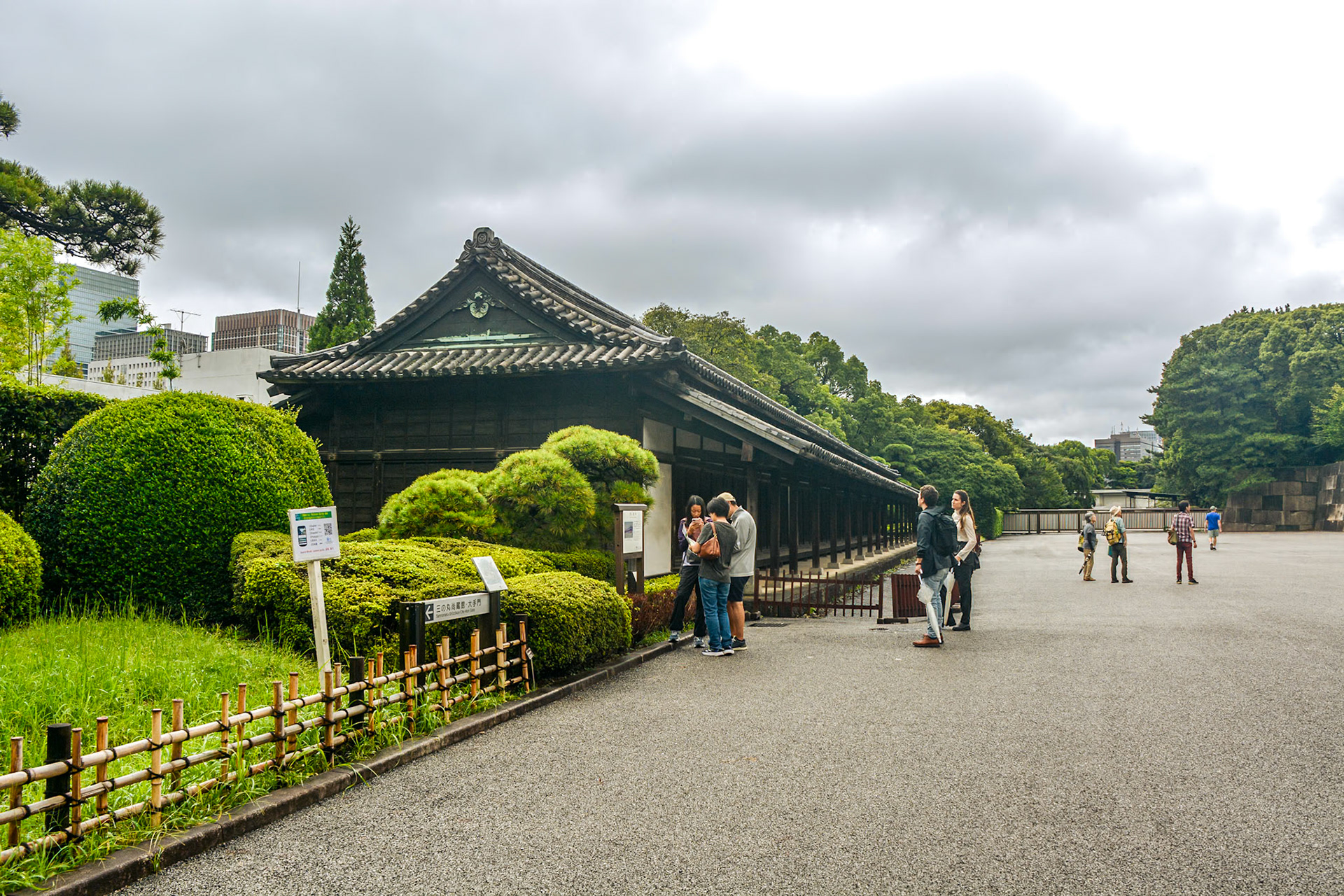
Hyakunin Bansho (guard house). So called because it housed a hundred guardsmen closely associated with the Tokugawa clan.
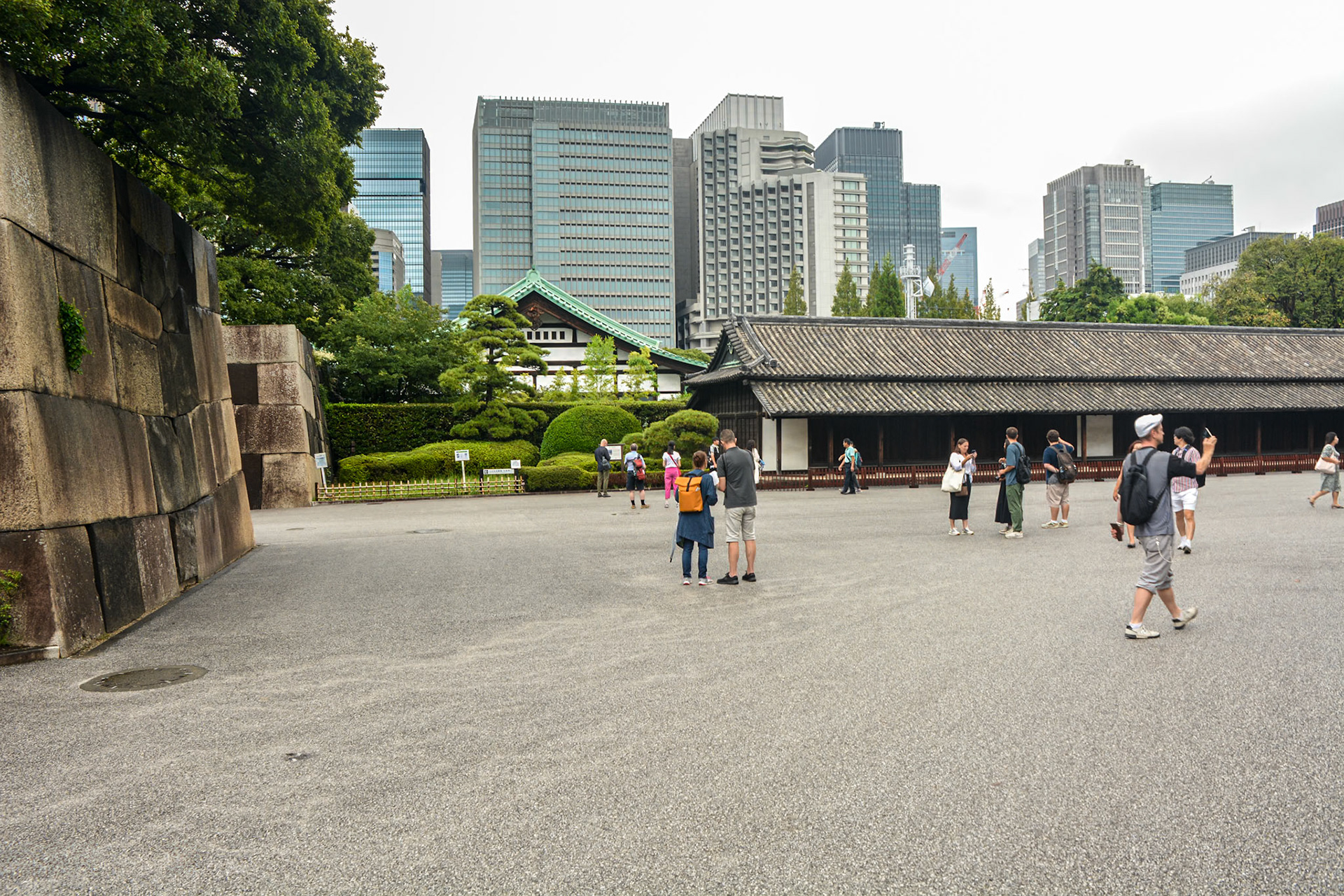
Hyakunin Bansho (guard house) with a city backdrop.
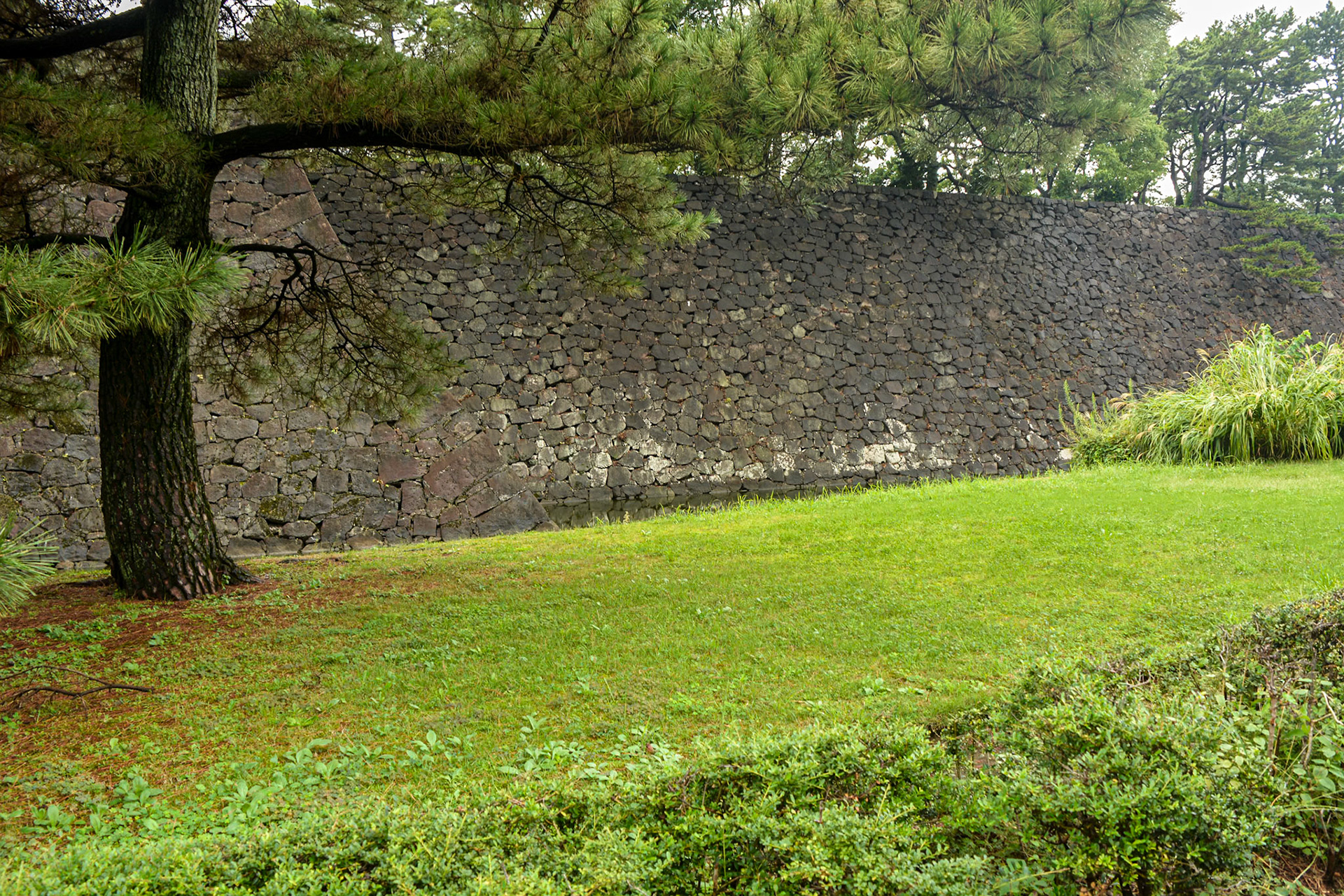
Imperial Palace East Gardens and the restored stonewalls which were part of the foundation platform for the Honmaru and Ninomaru during the Edo period.
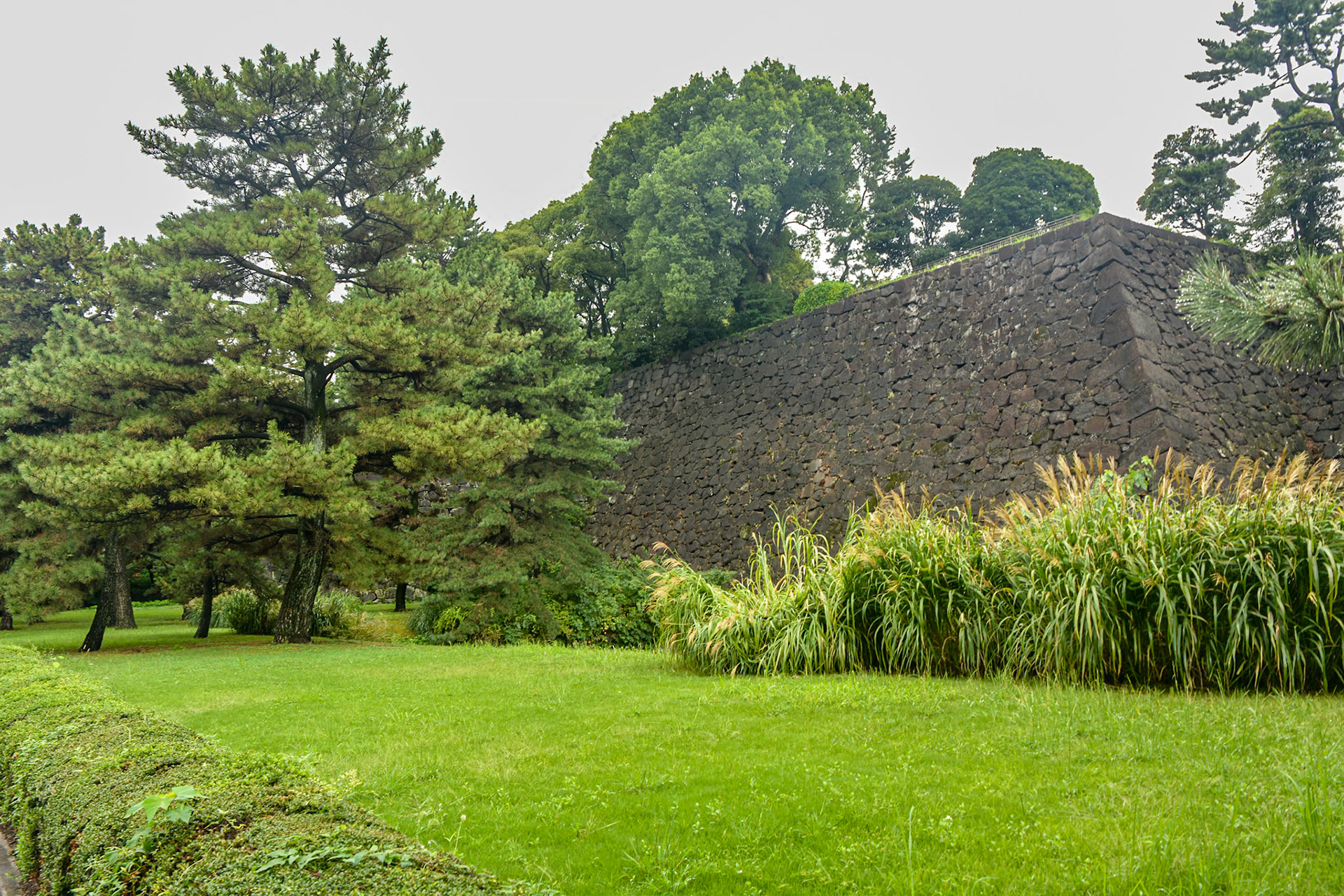
Imperial Palace East Gardens and the restored stonewalls.
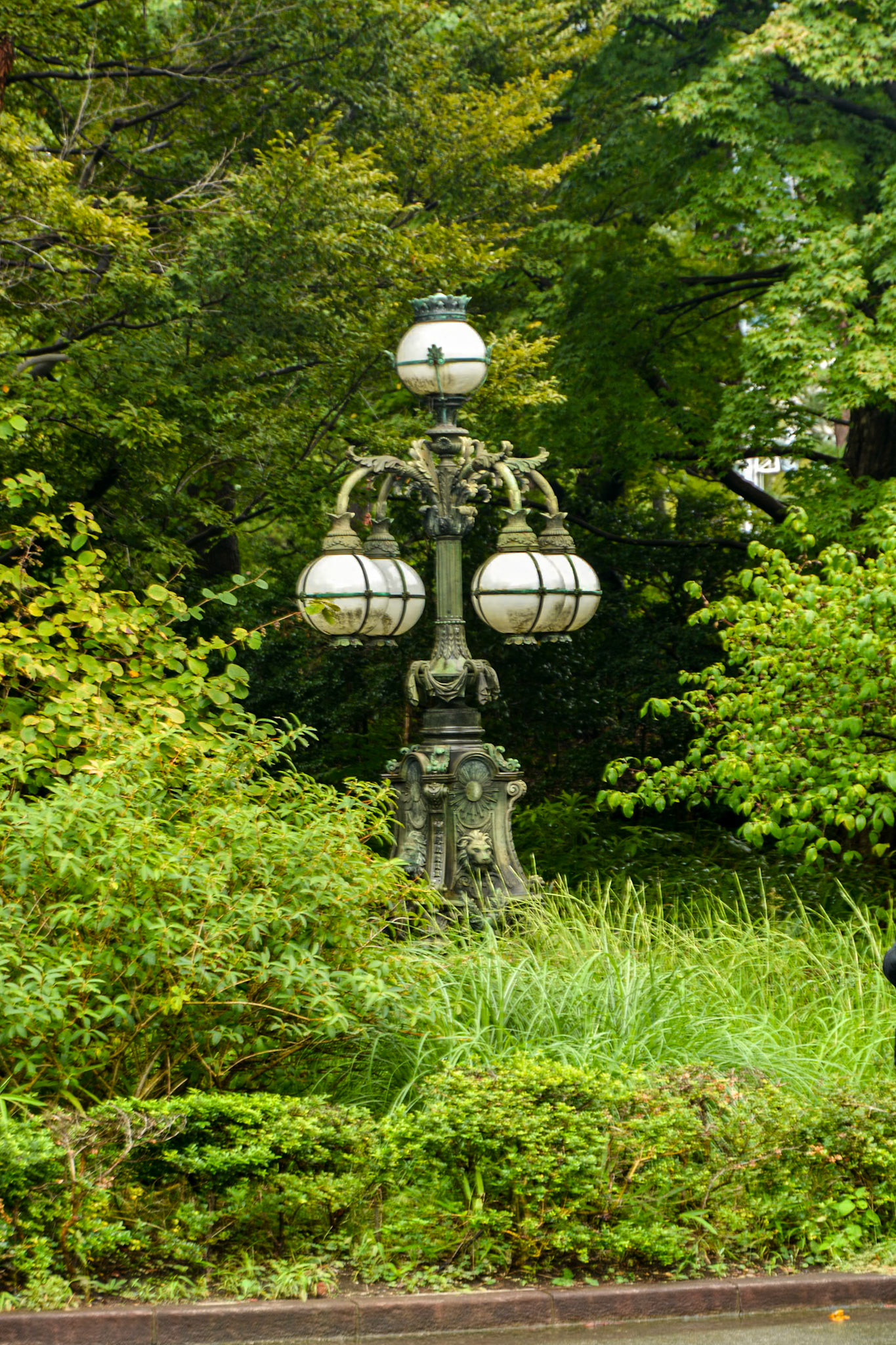
Ornate cast iron lamposts are interspersed throughout the gardens.
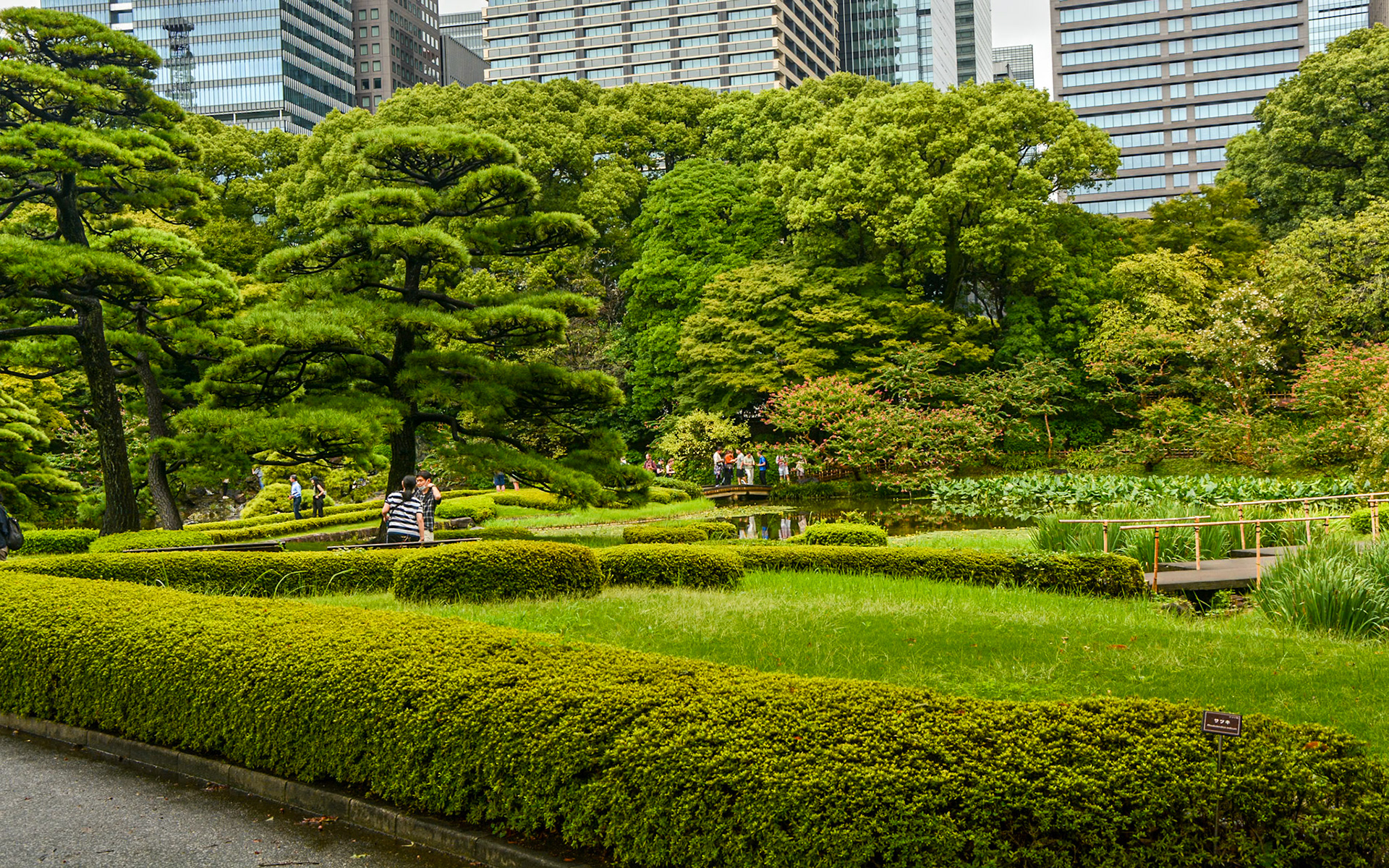
Imperial Palace East Gardens, these are public access areas of the Tokyo Imperial Palace.

Ninomaru Gardens.

Skillfully curated and immaculately maintained paths and vegetation.
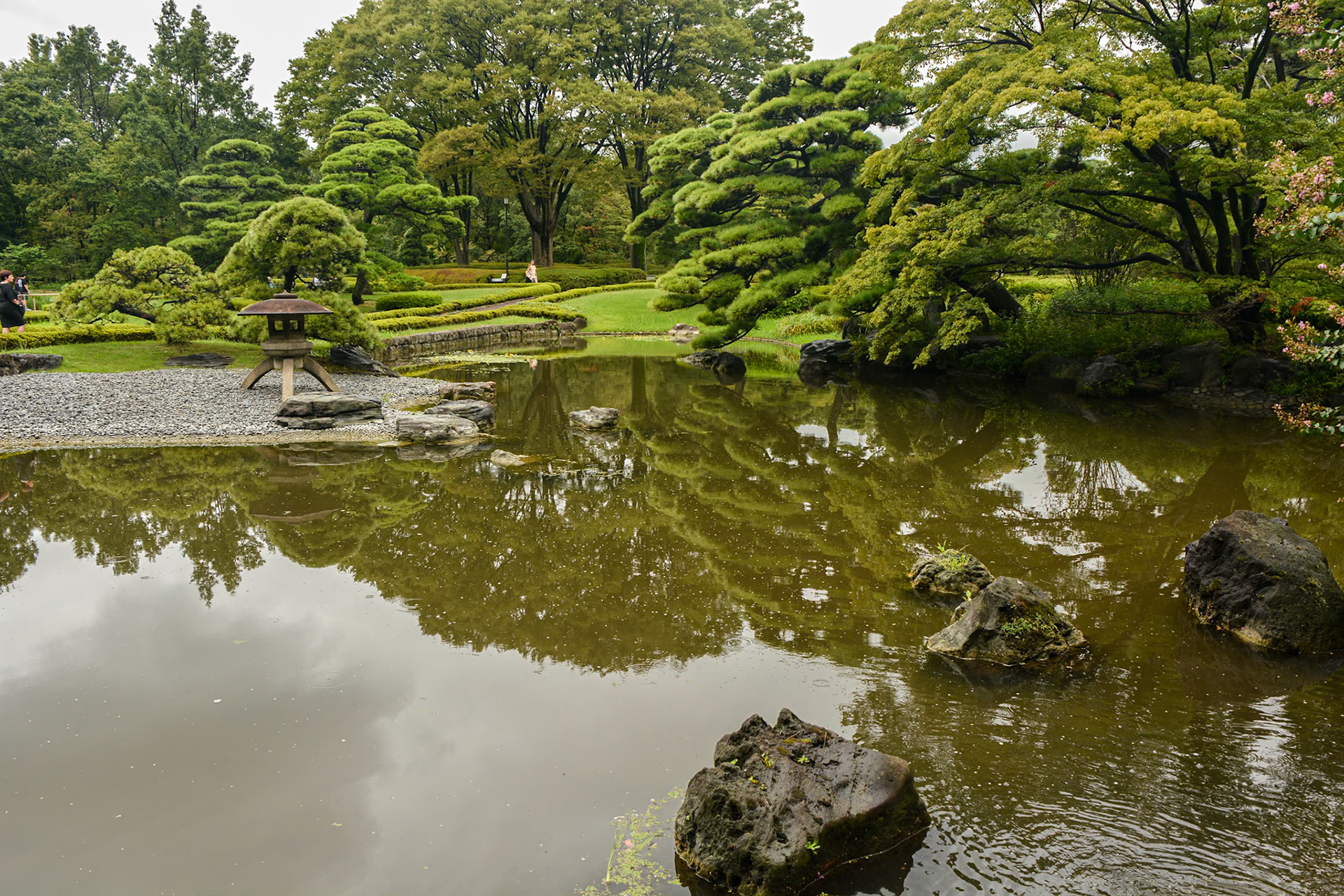
Ninomaru Water Gardens are expertly designed to mimic nature's naturally occurring ponds.
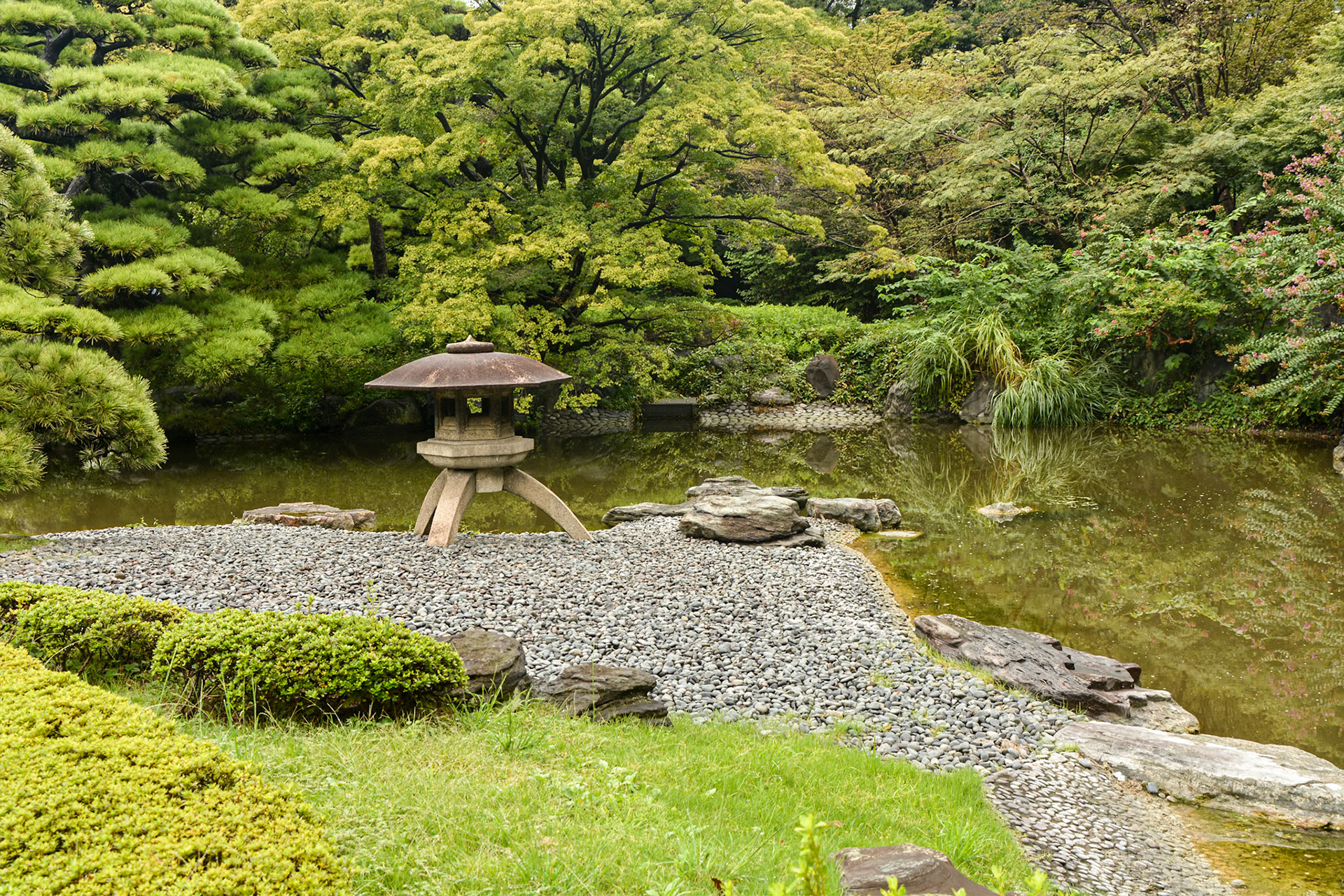
Ninomaru Gardens, this ornamental stone lantern on a gravel beach provides a visual focal point for the pond and vegetated bank beyond.
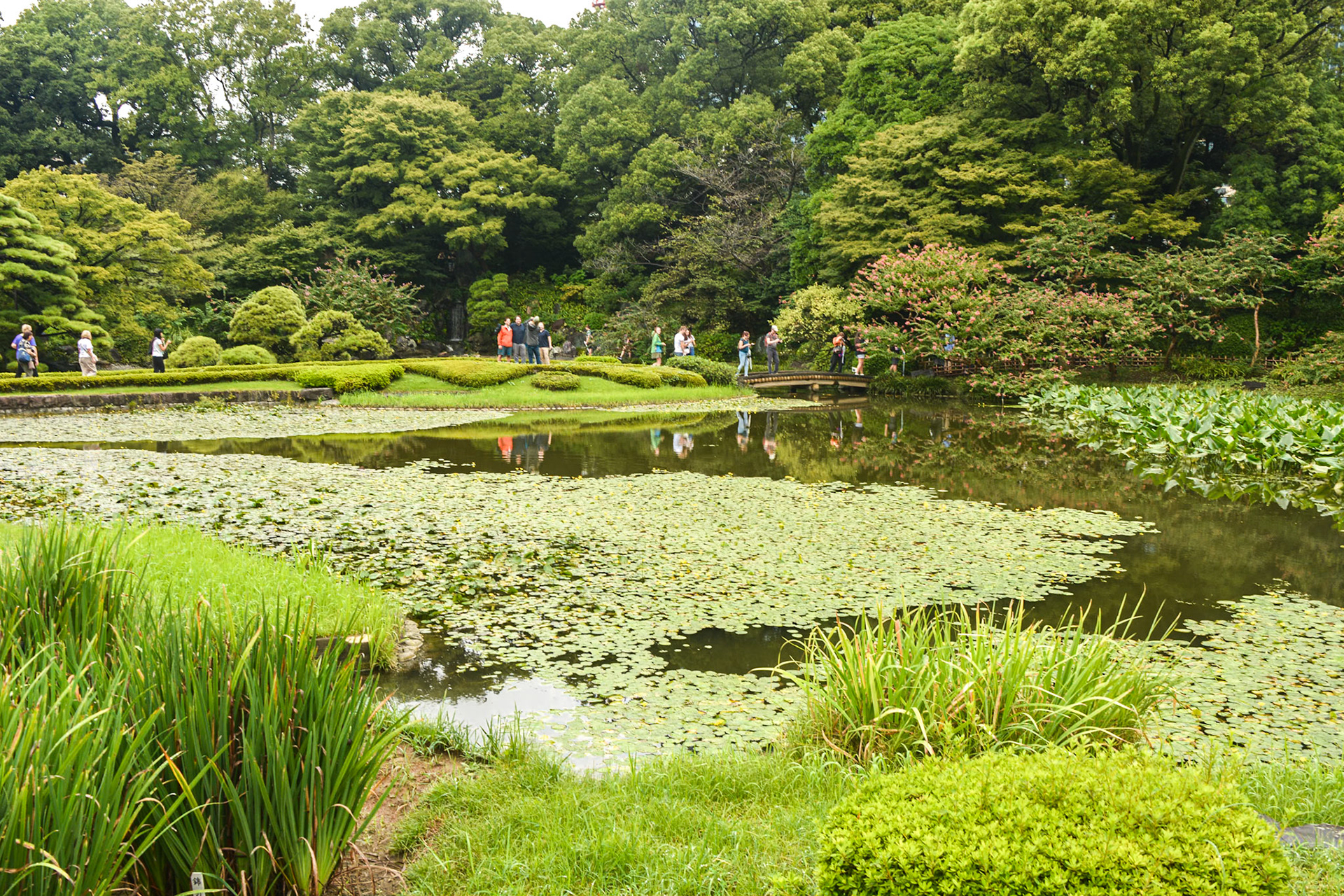
The meandering pathway leads us towards a low-level bridge over the pond, Ninomaru Gardens.

Ninomaru Gardens, Cheryl at the low-line bridge crossing of the pond attracts the interest of the Koi-carp below.

Ninomaru Gardens - decorative Koi (coloured carp) a feature of the water gardens.
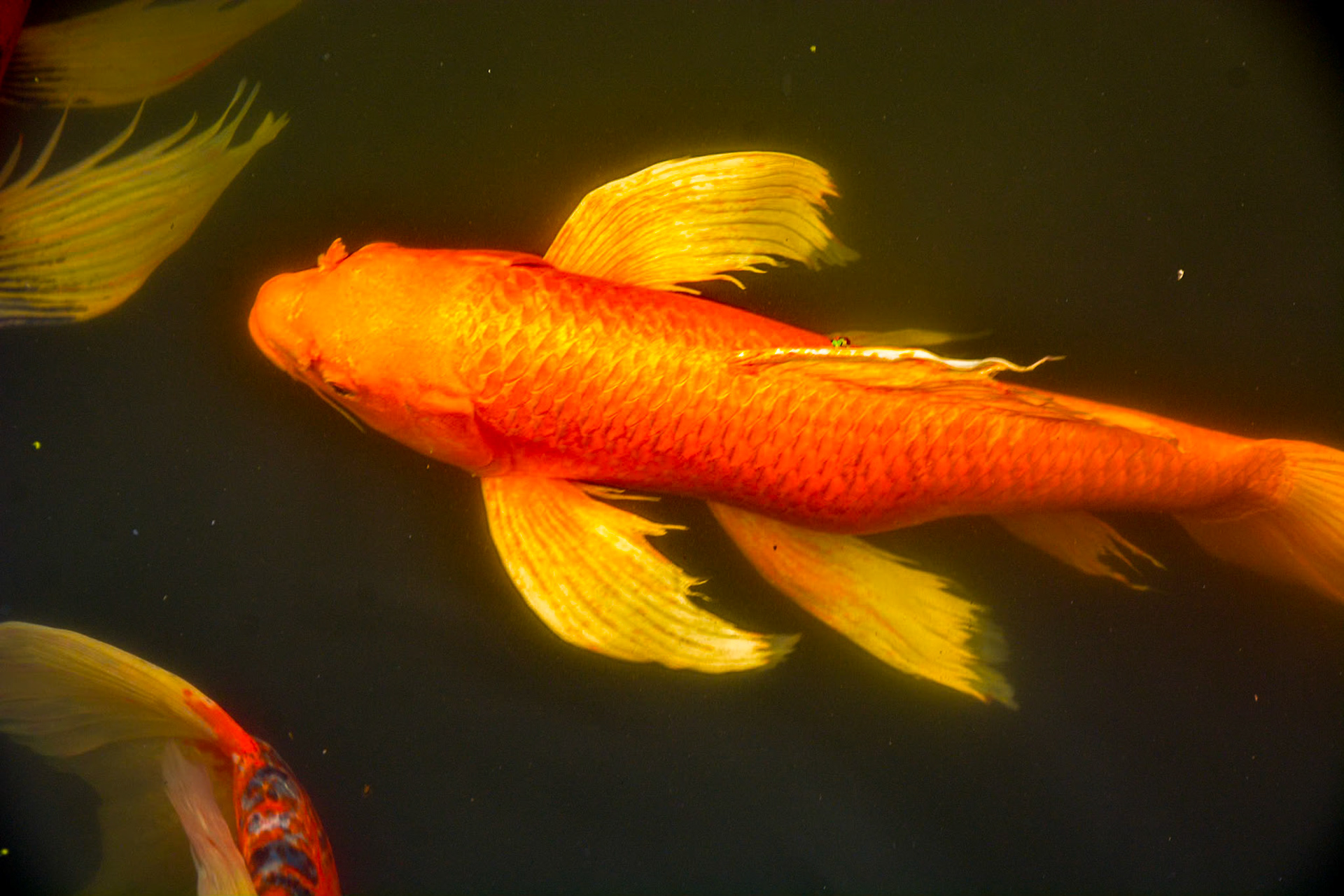
Ninomaru Gardens - This impressively coloured Koi provides a pop of colour against the dark pond water as it catches the sunlight.
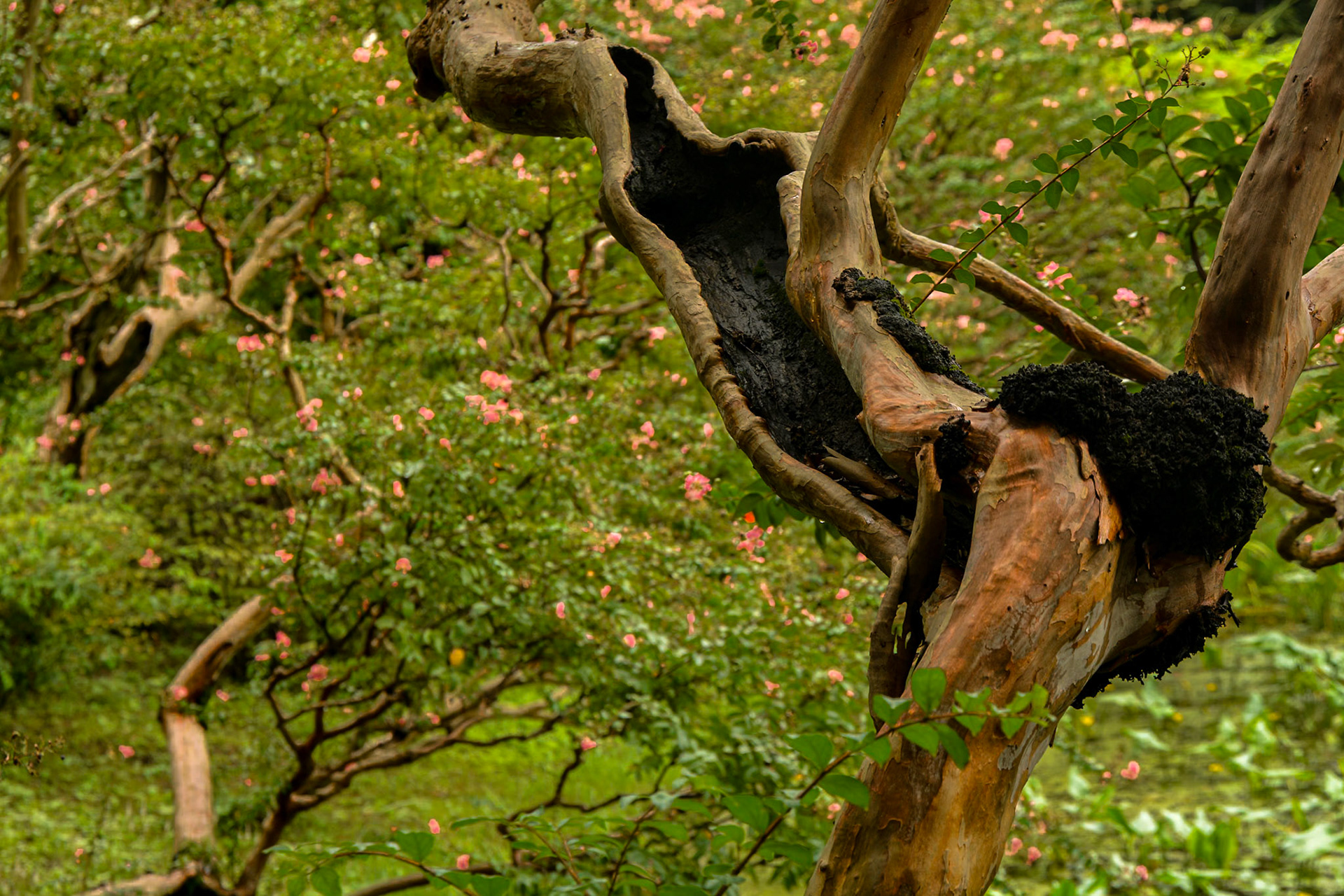
Ninomaru Gardens, a Crepe Myrtle with split personality.
After an enjoyable BBQ lunch we visit Shinjuku Gyoen Gardens which originated during the Edo Period (1603-1868) as a feudal lord's Tokyo residence. Later it was converted into a botanical garden before being transferred to the Imperial Family in 1903. The park was almost completely destroyed during World War II but was eventually rebuilt and reopened in 1949 as a public park. The oldest section is a traditional Japanese landscape garden featuring large ponds dotted with islands and bridges. There is also an English Garden and a French Garden section.
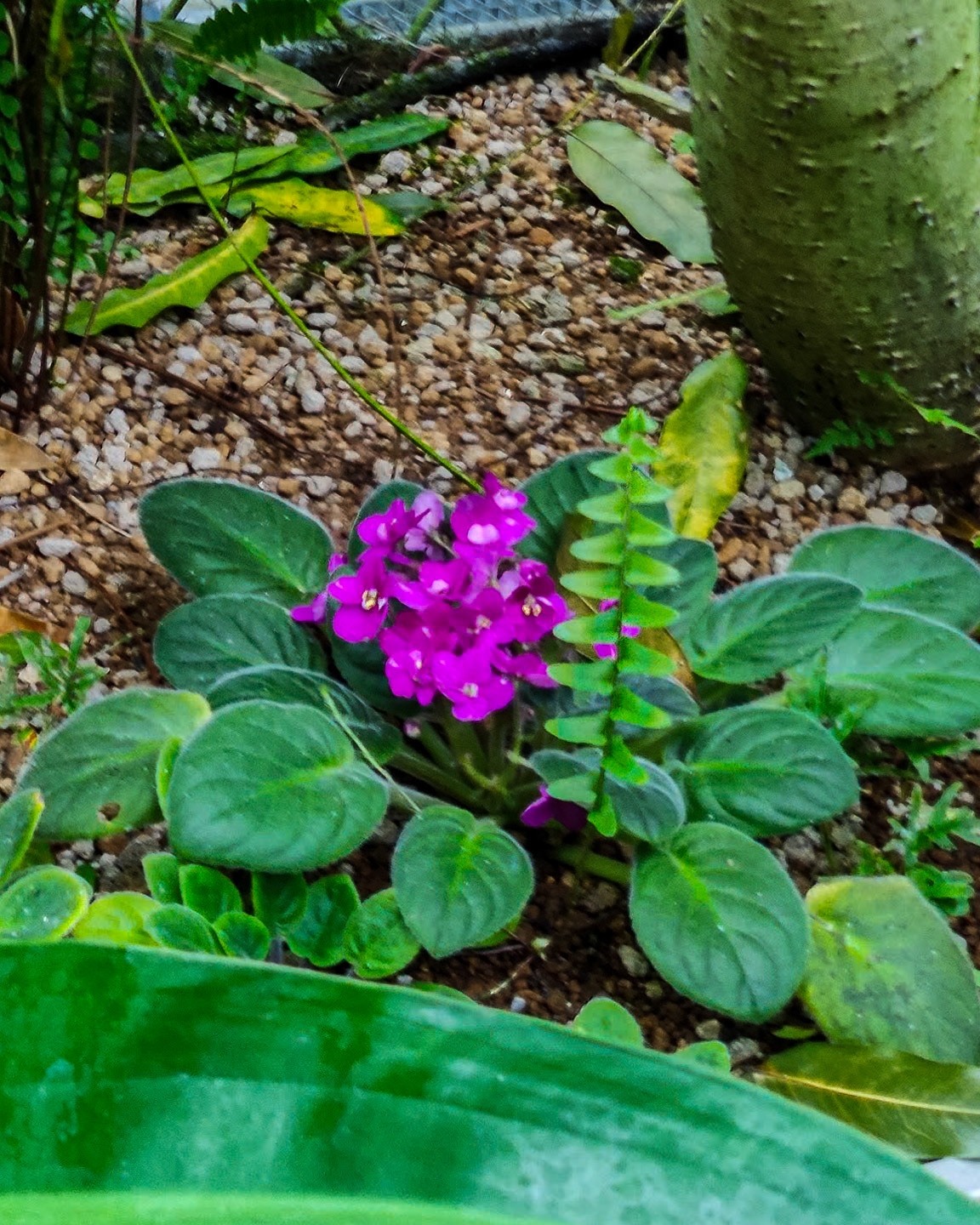
Shinjuku-Gyoen Gardens, exotic plants in the nursery.
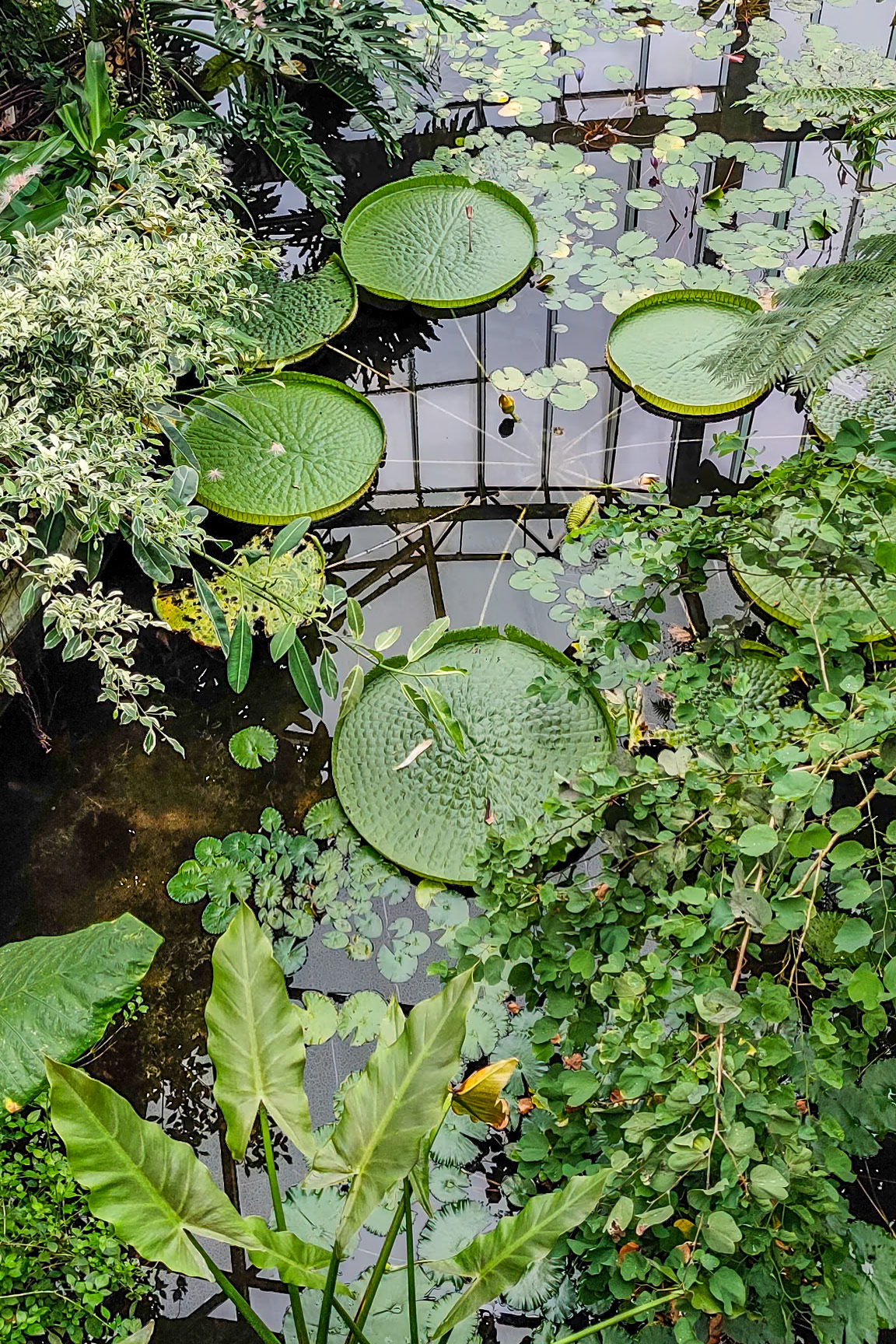
Shinjuku-Gyoen Gardens nursery, plate-like water lilies.
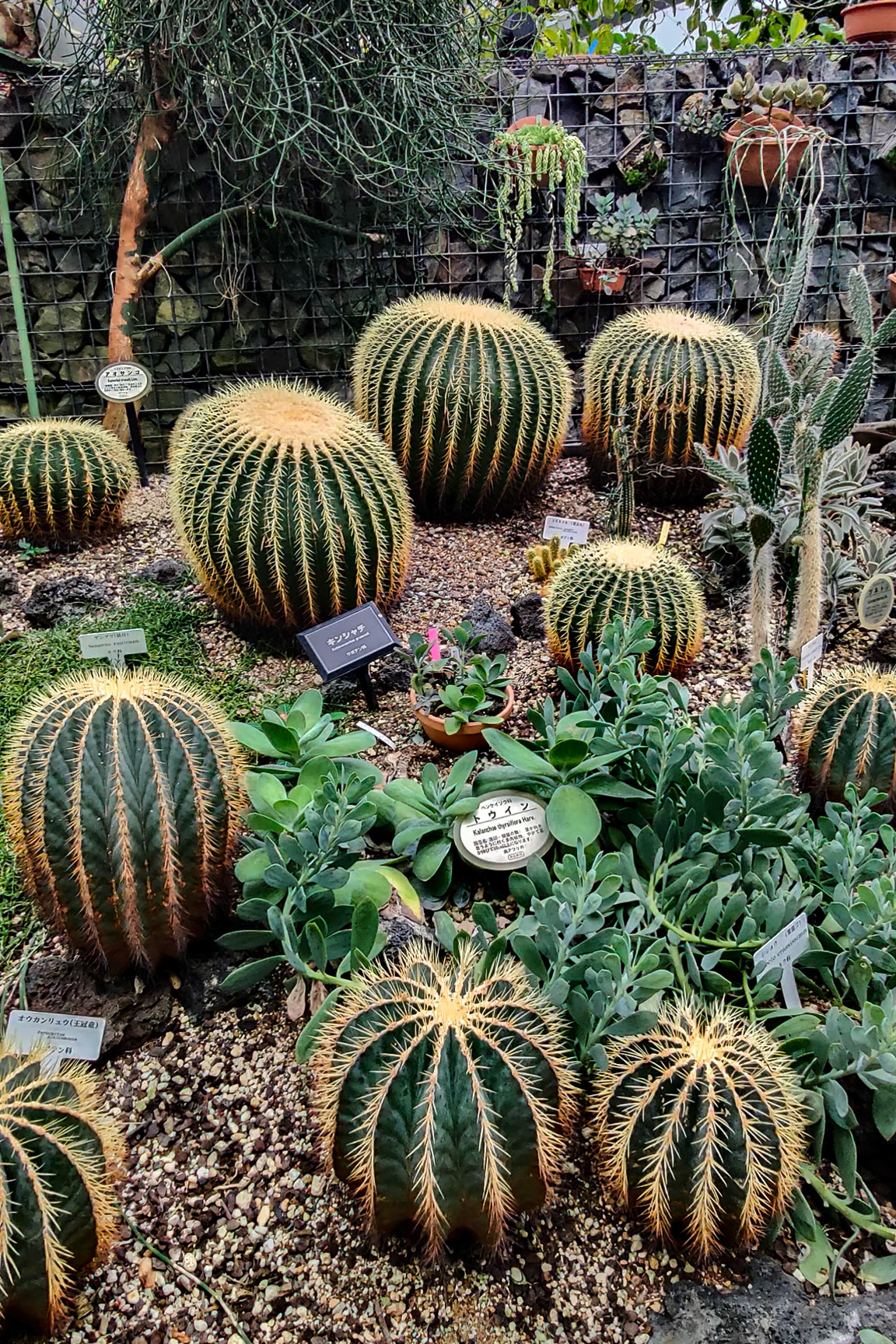
Shinjuku-Gyoen Gardens, cactus display.
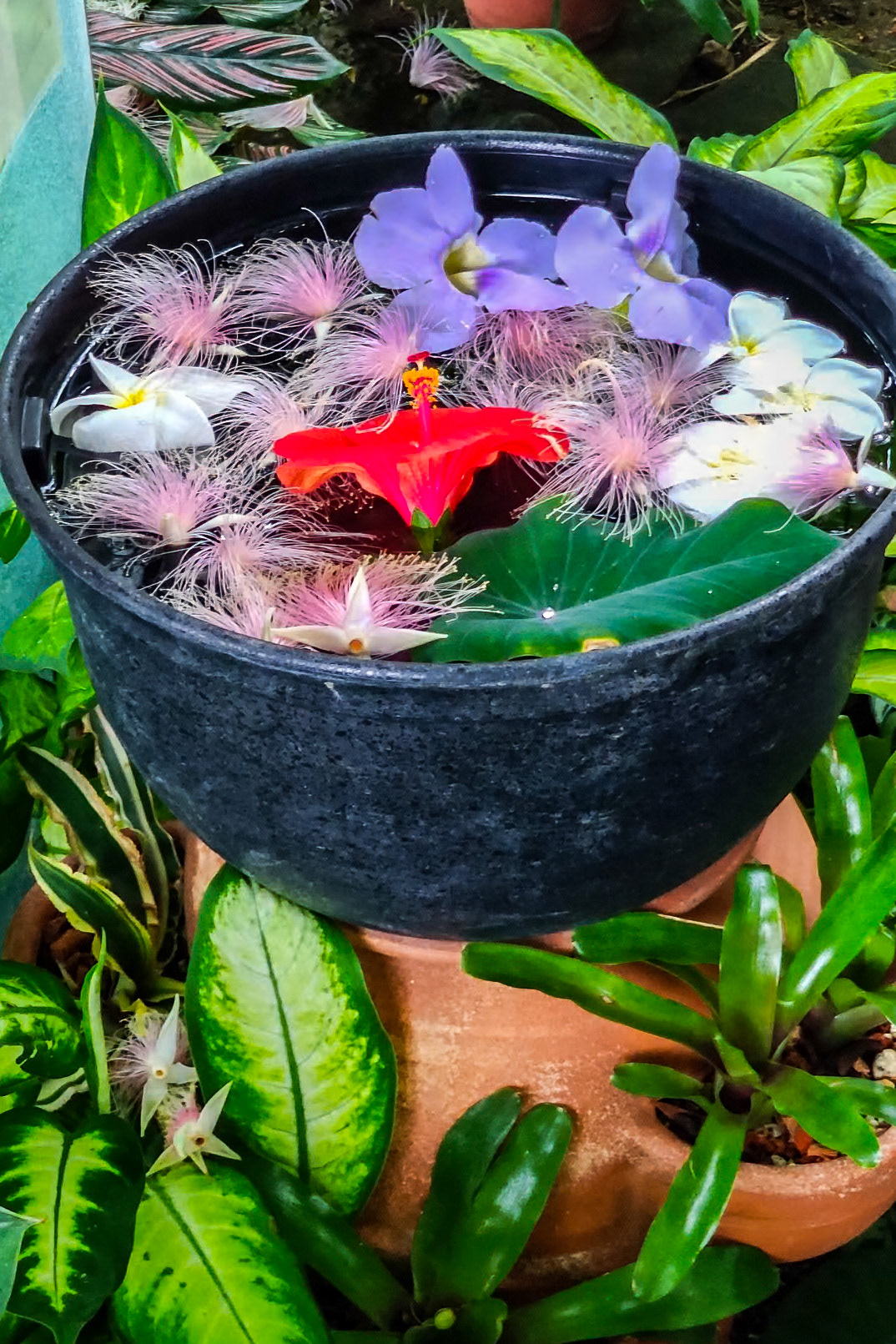
Shinjuku-Gyoen Gardens - cut flower display.

Shinjuku-Gyoen Gardens, orchid blooms.
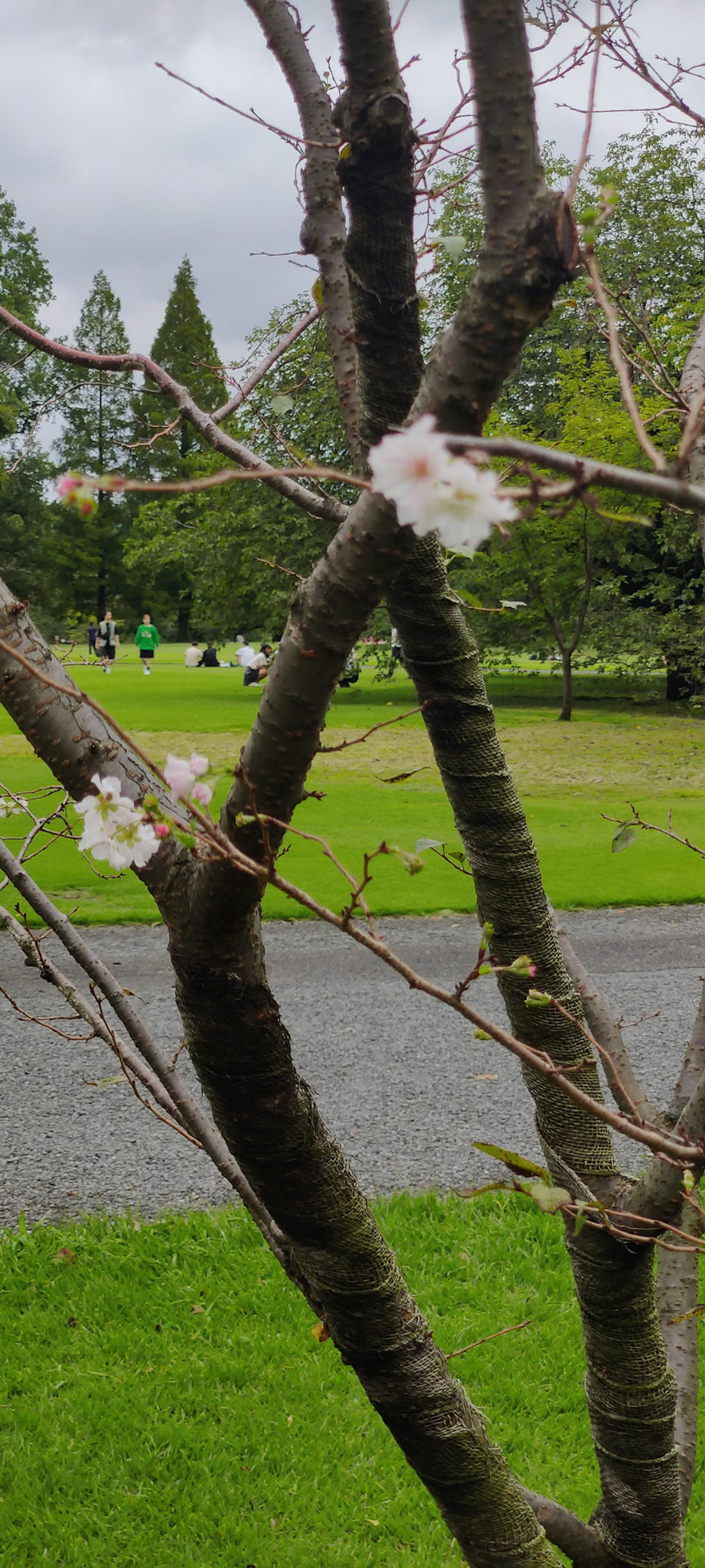
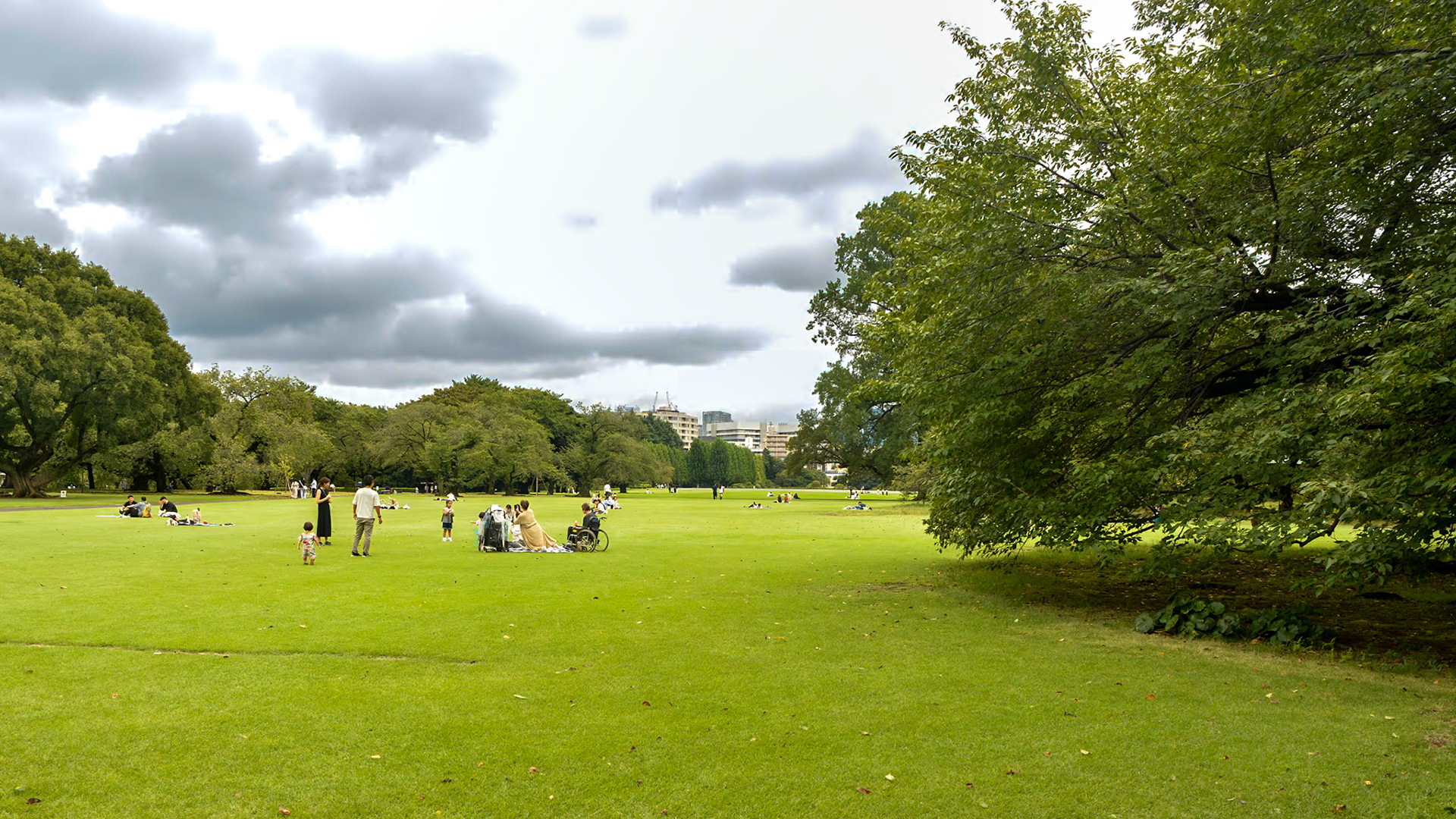
Shinjuku-Gyoen Gardens, locals enjoying the open space lawns of the English Gardens.

Shinjuku-Gyoen Garden's Tiawan Pavilion.

Shinjuku-Gyoen Gardens, stone lantern.
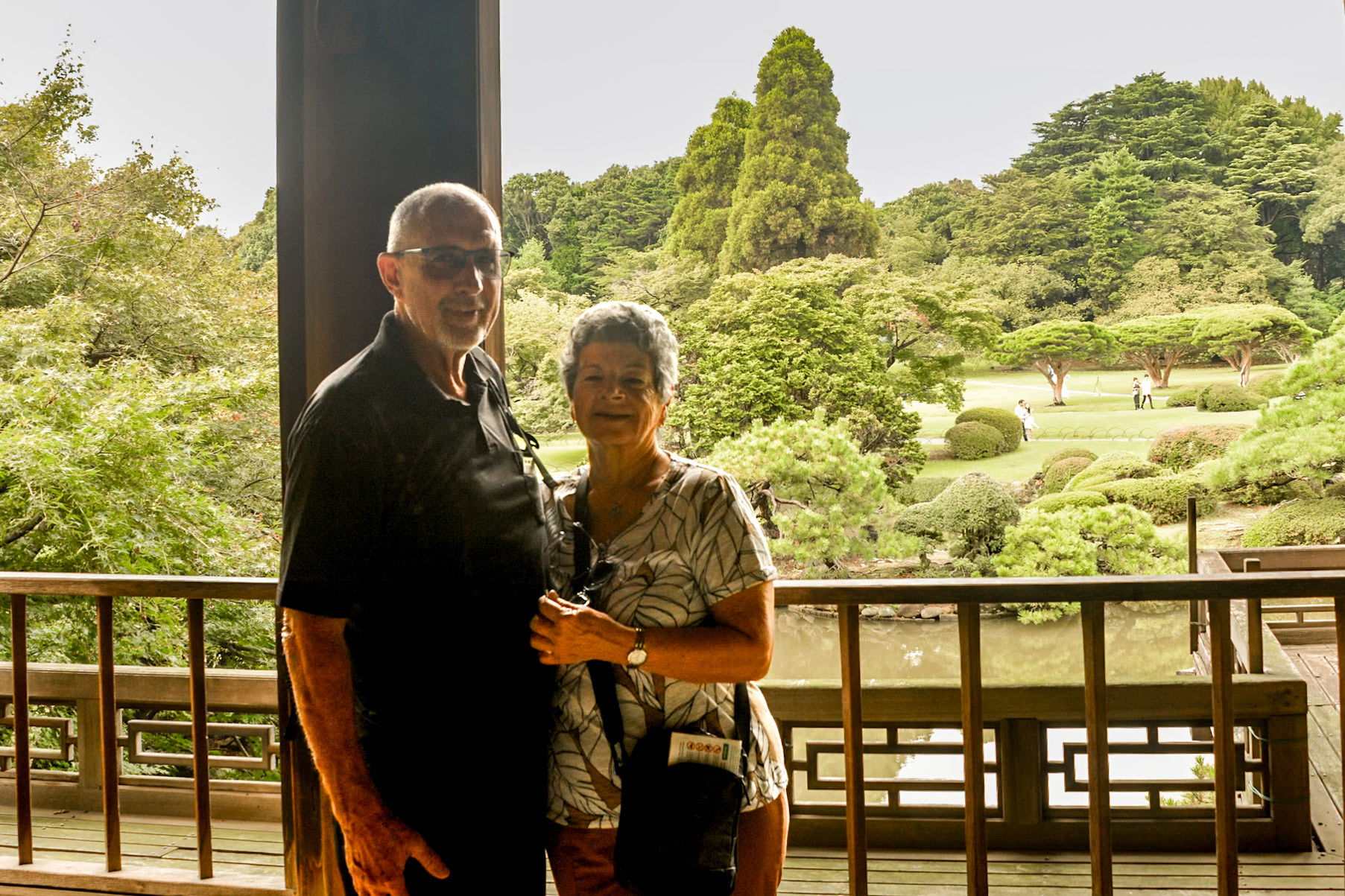
Shinjuku-Gyoen Gardens, enjoying the view from the Japenese Teahouse.
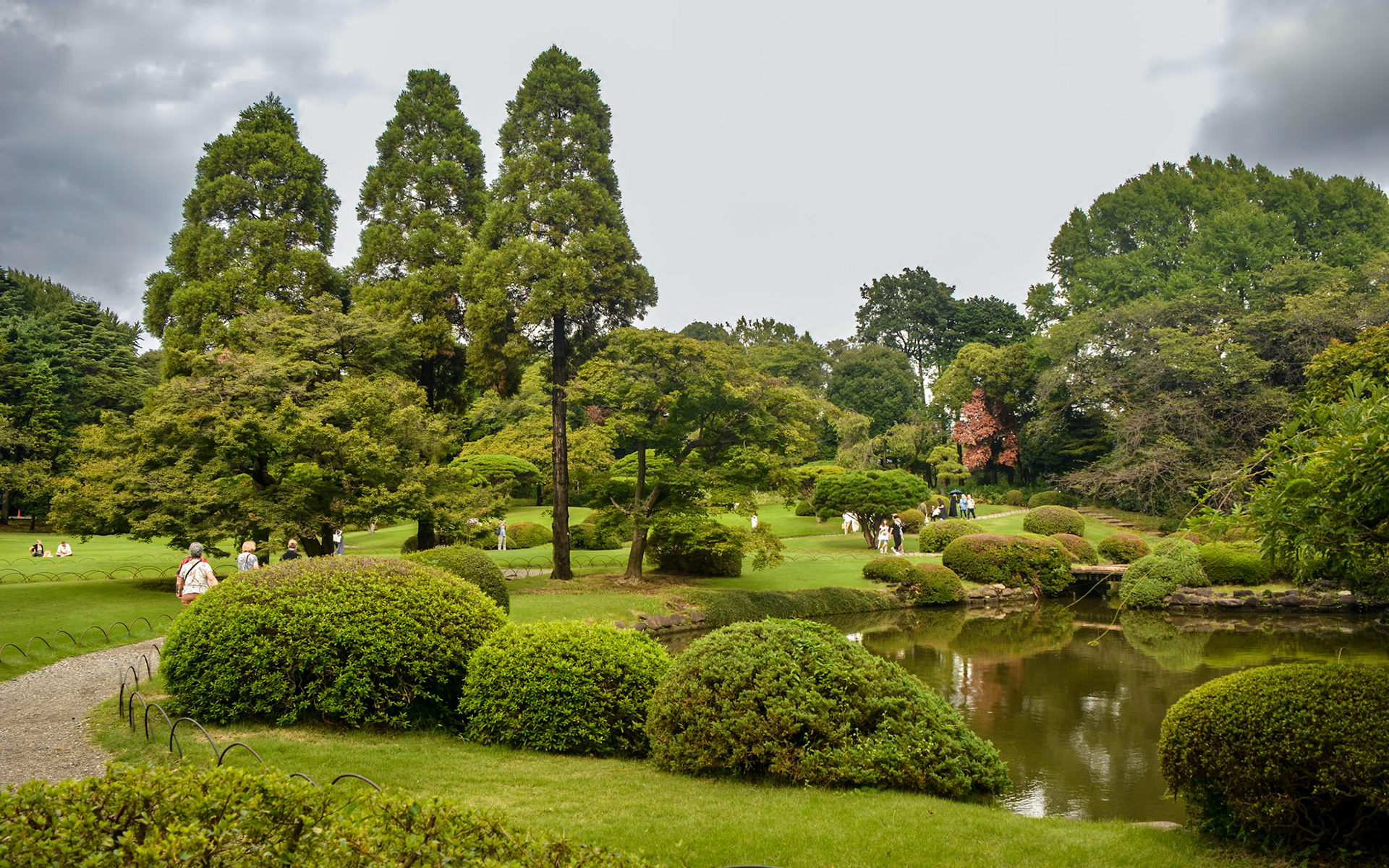
Shinjuku-Gyoen Gardens, a splash of colour in the distance.

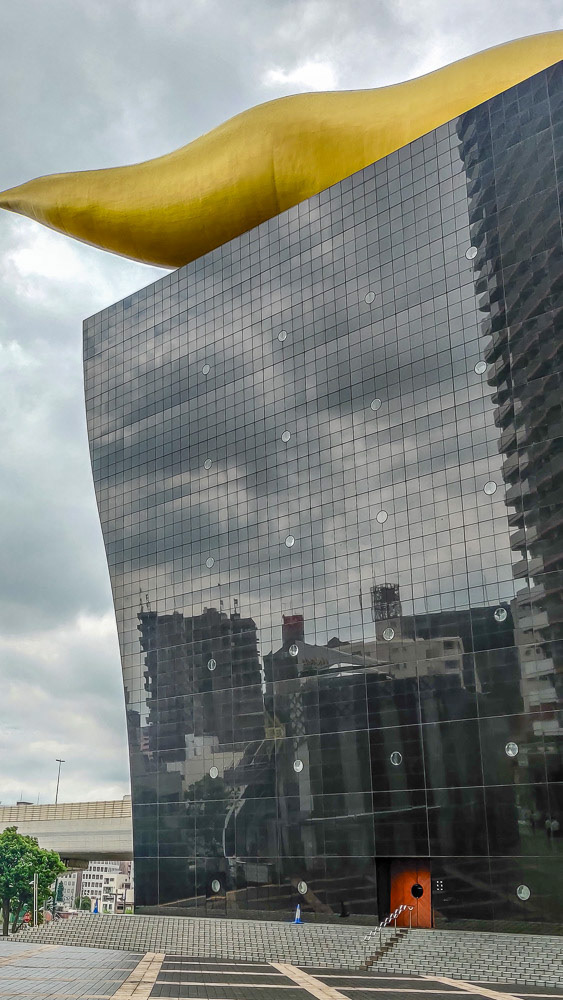
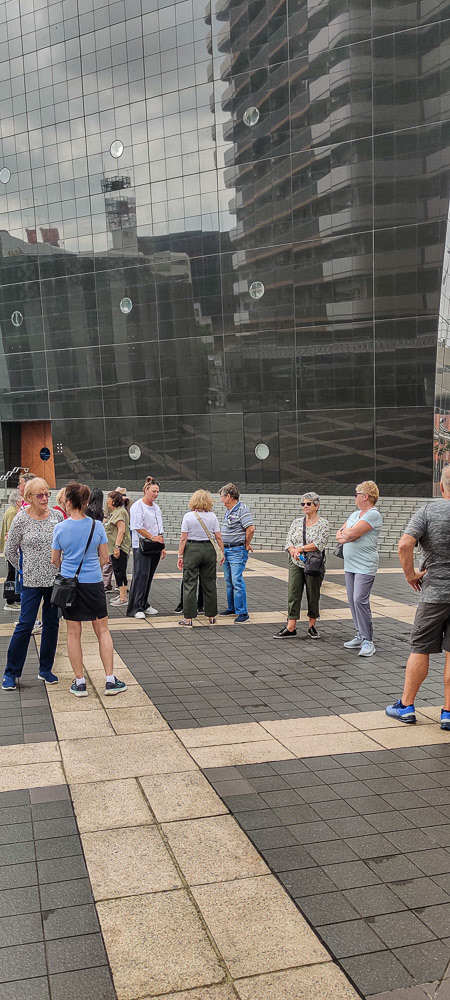
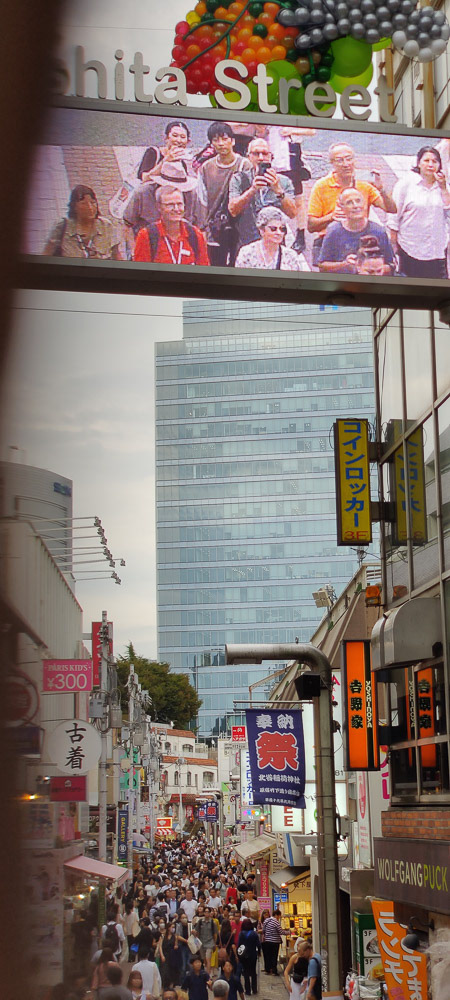


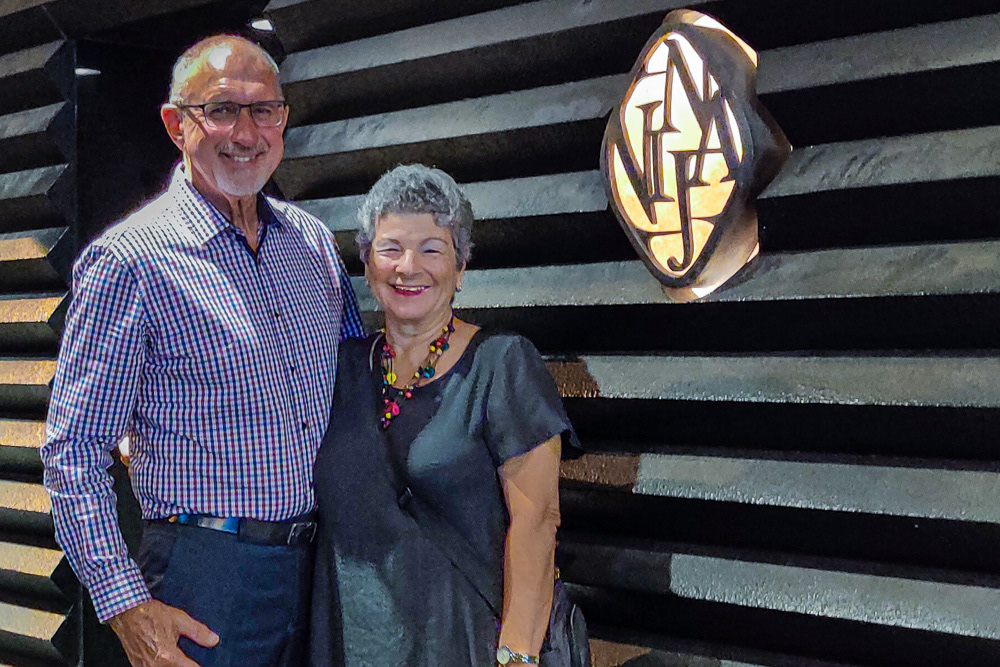
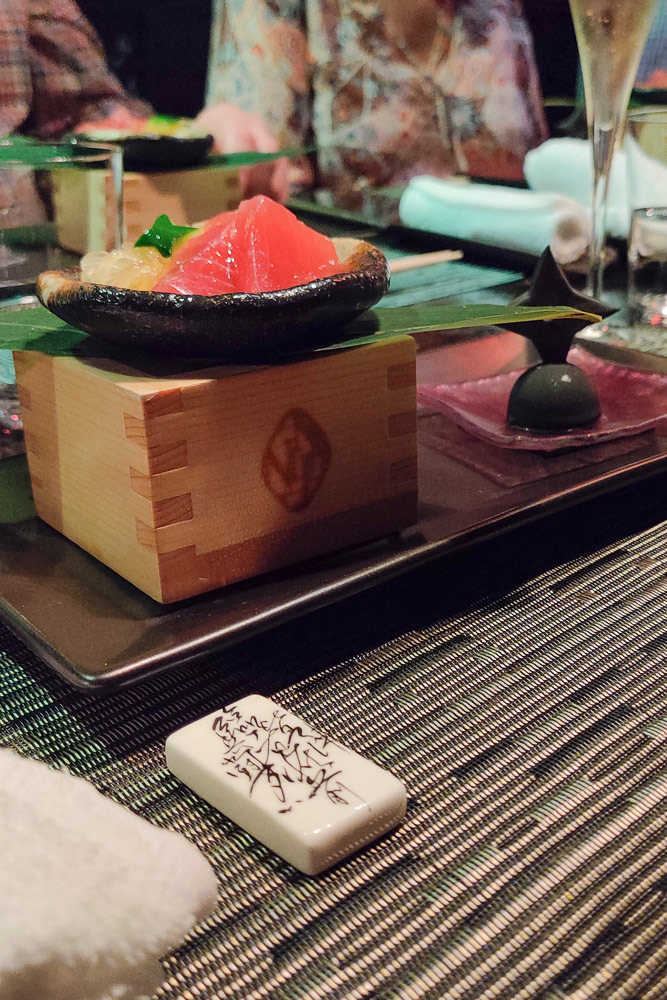



Day 4 - We leave Tokyo and travel by coach to the Five Lakes area enjoying the stunning scenery where we catch our first sight of Mt. Fuji. Along the way we visit the Itchiku Kubota Art Museum displaying incredibly detailed kimonos created during the Muromachi Period (1333-1573).
From there we travel by cable car up to the Owakundani geothermal area and on to Lake Ashinoko where we spend the night in the spa town of Hakone enjoying onsen hot springs and bathing facilities.
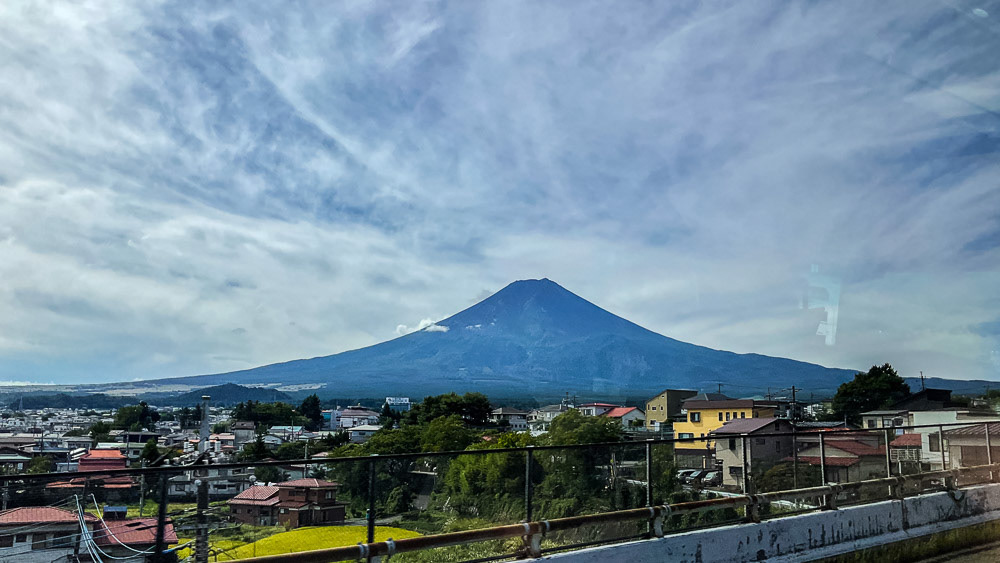
Mt Fuji dominates the landscape as we travel towards Five Lakes.

A panoramic view of Mt Fuji from Lake Kawaguchi.
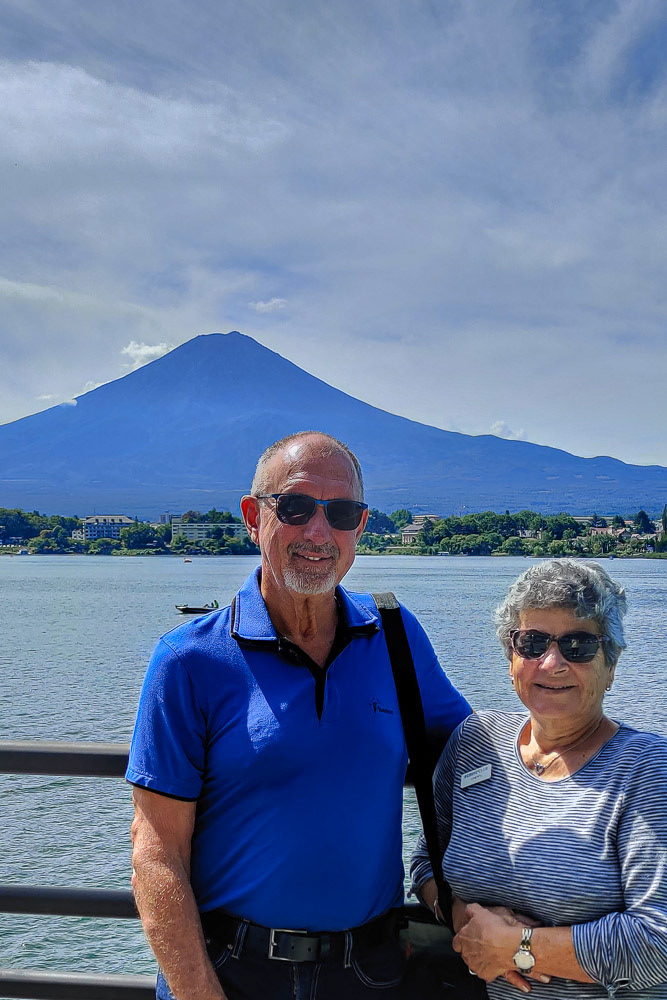
Our mandatory portrait with Mt Fuji.

Itchikyu Kubota gardens - Main entry gate to the museum and gardens.
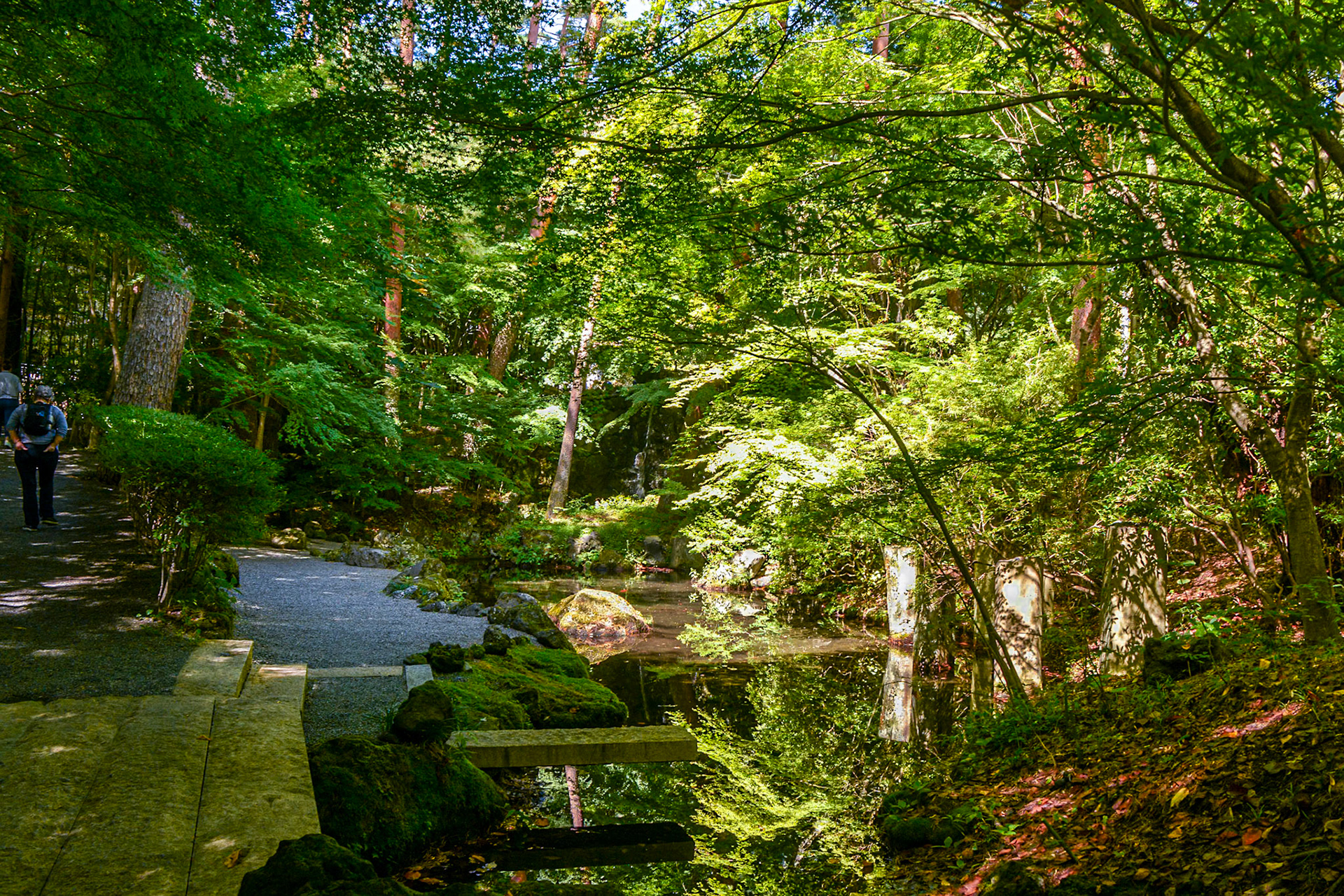
Itchikyu Kubota gardens - Water features heavily in the landscape.

Itchikyu Kubota gardens - the soothing sounds of water falling down a rockface greet us on our journey to the studio.
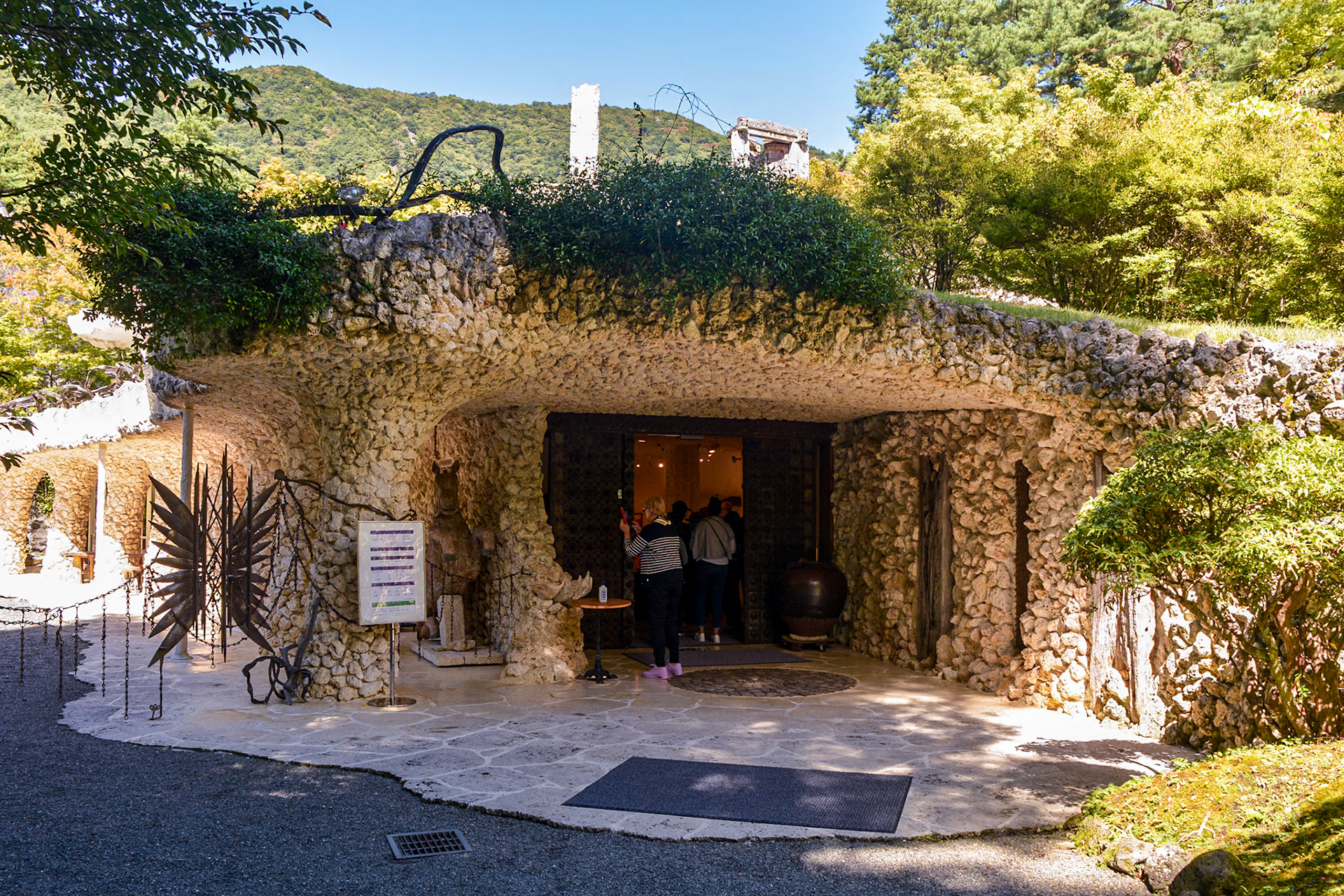
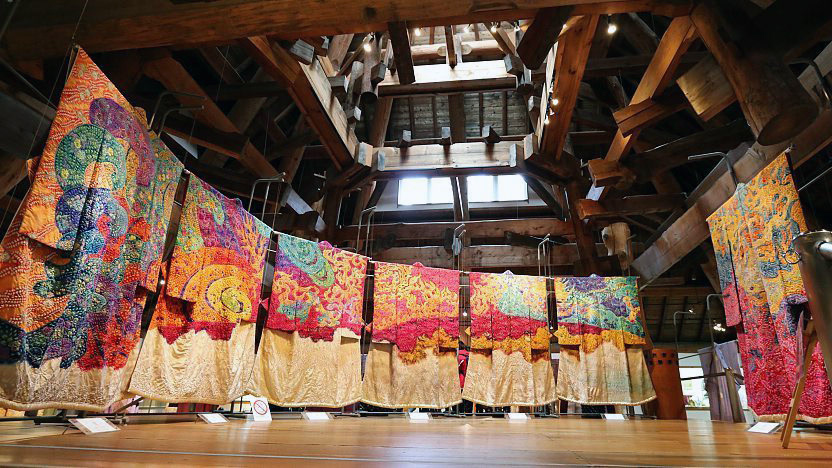
Itchiku Kubota's display at the Art Museum, kimonos of incredible workmanship created during the Muromachi Period (1333-1573).

Samuri outfit in the Itchiku Kubota Art Museum gift shop.

Itchikyu Kubota Museum gallery buildings and gardens.
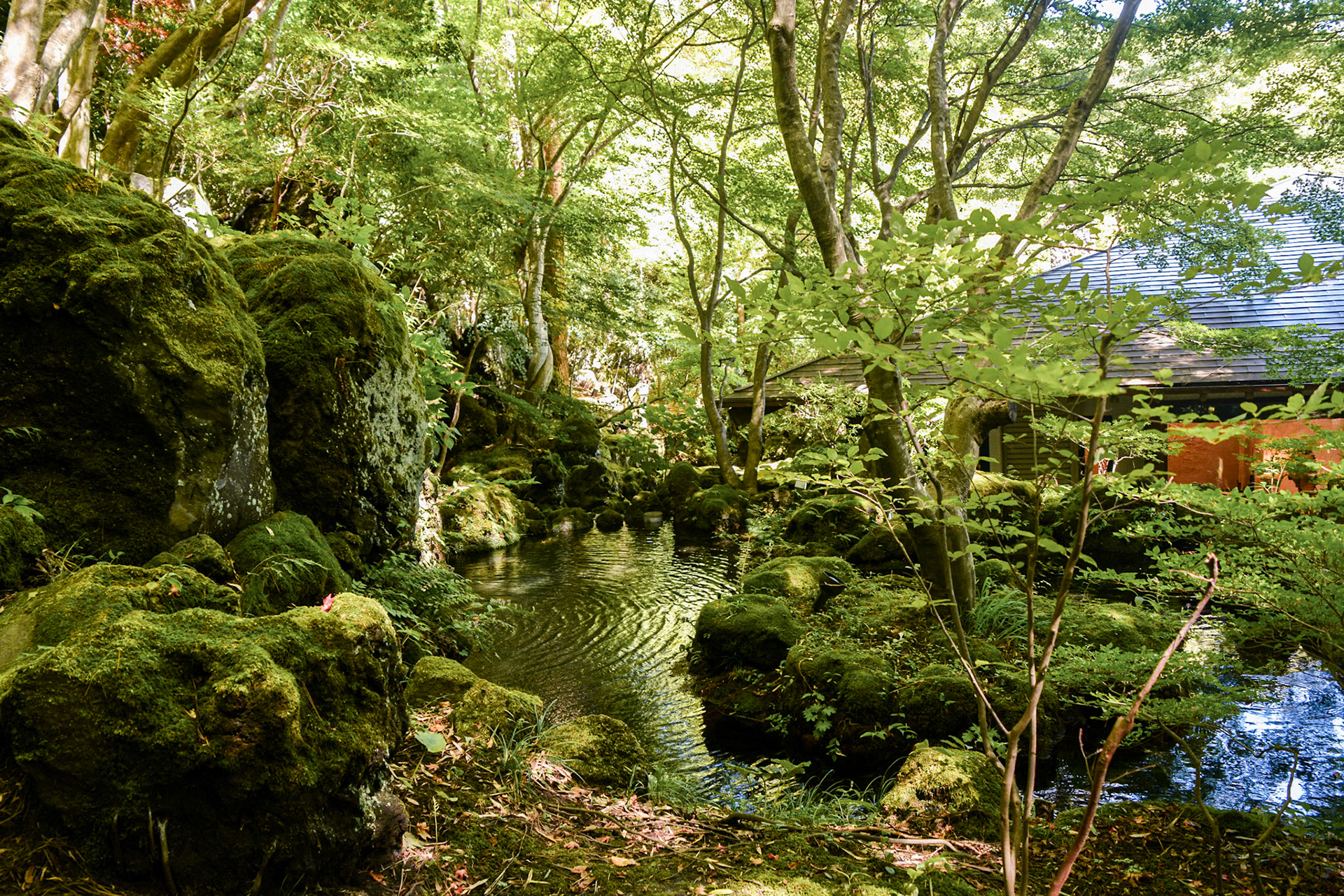
Itchikyu Kubota Museum buildings are discretely nestled within the landscaped gardens.
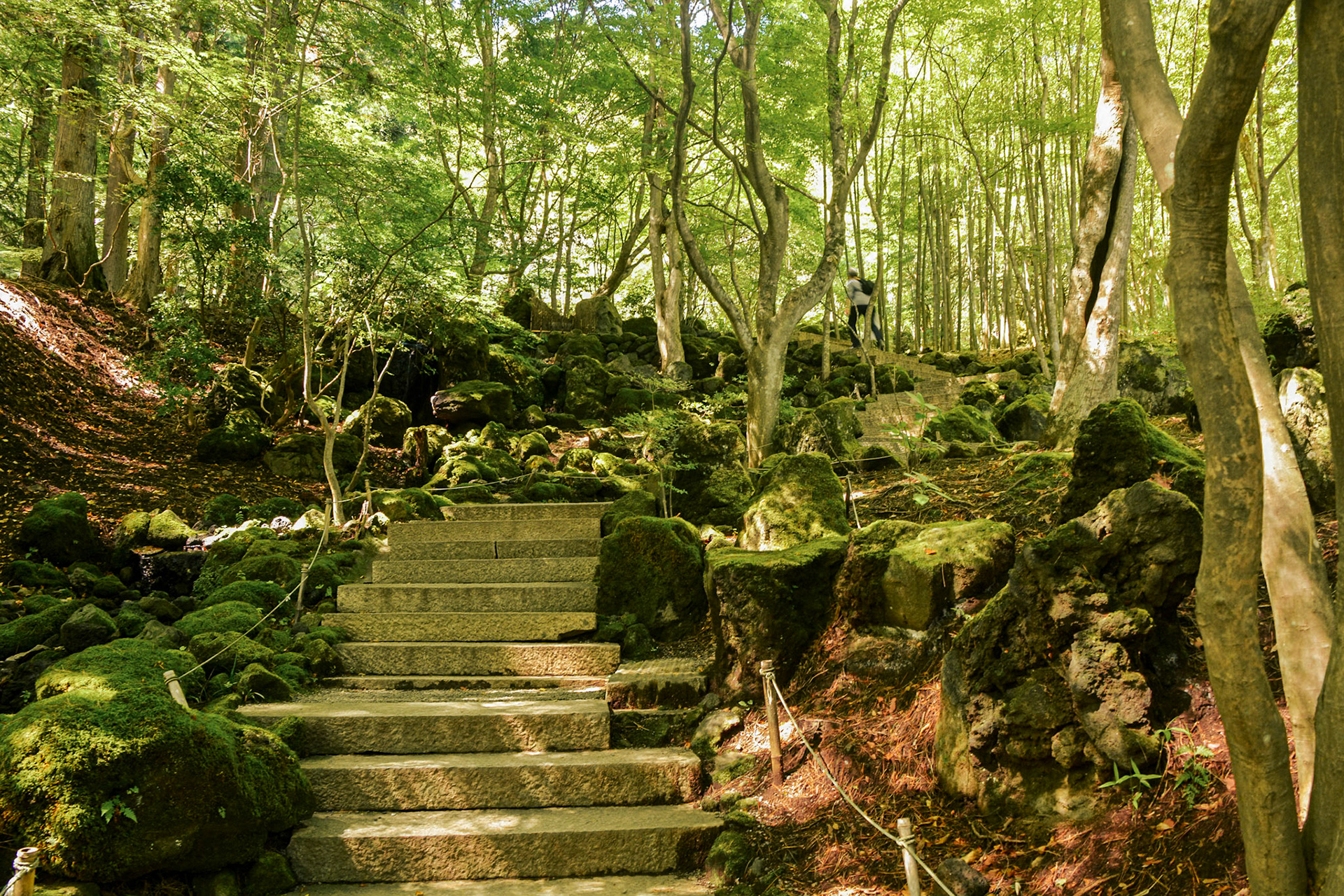
Itchikyu Kubota gardens - stairs lead to an upper garden and grotto.
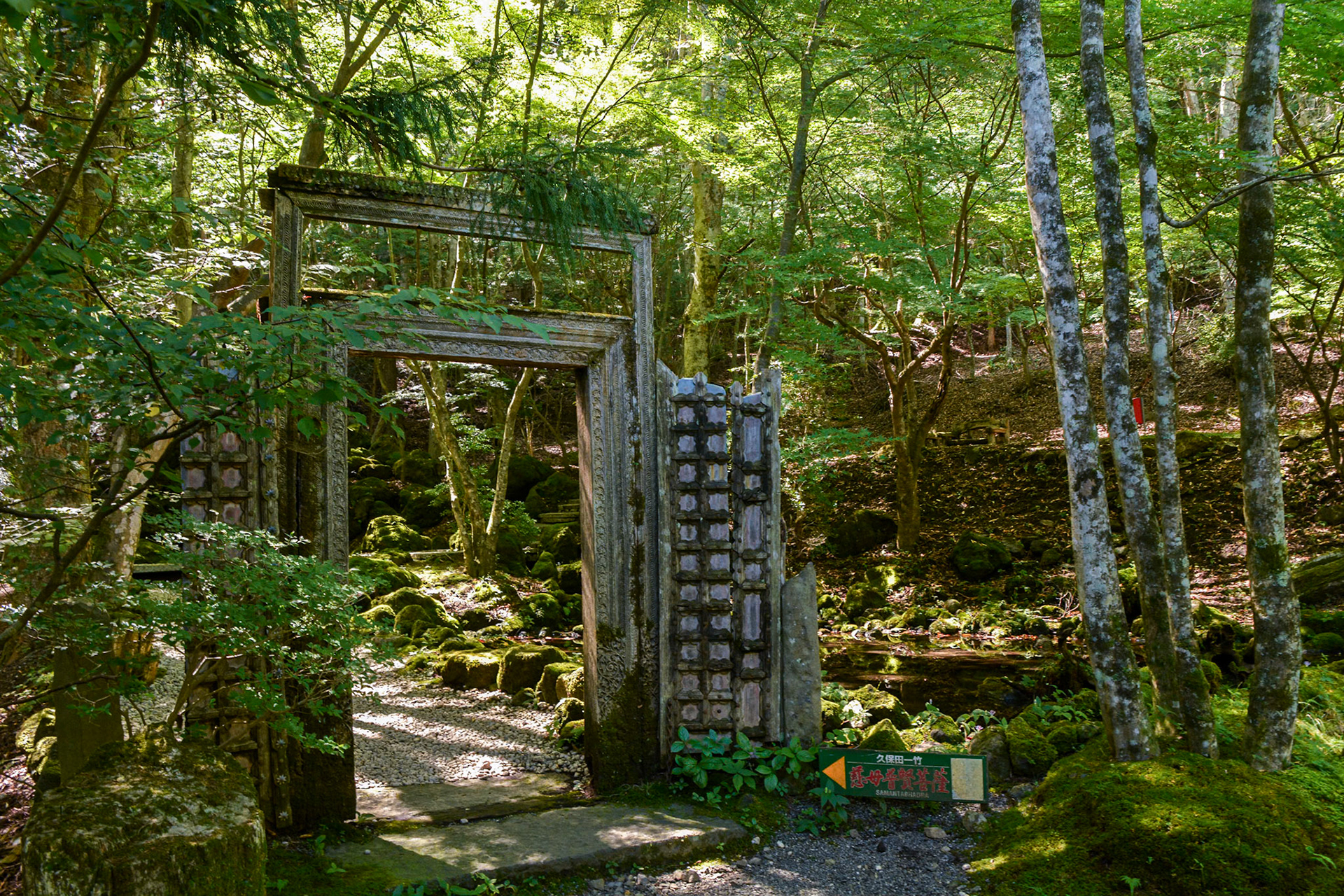
Itchikyu Kubota gardens - gateway to the upper gardens and grotto.

Itchikyu Kubota gardens - Artworks from various places in Asia and Africa appear around the grounds.
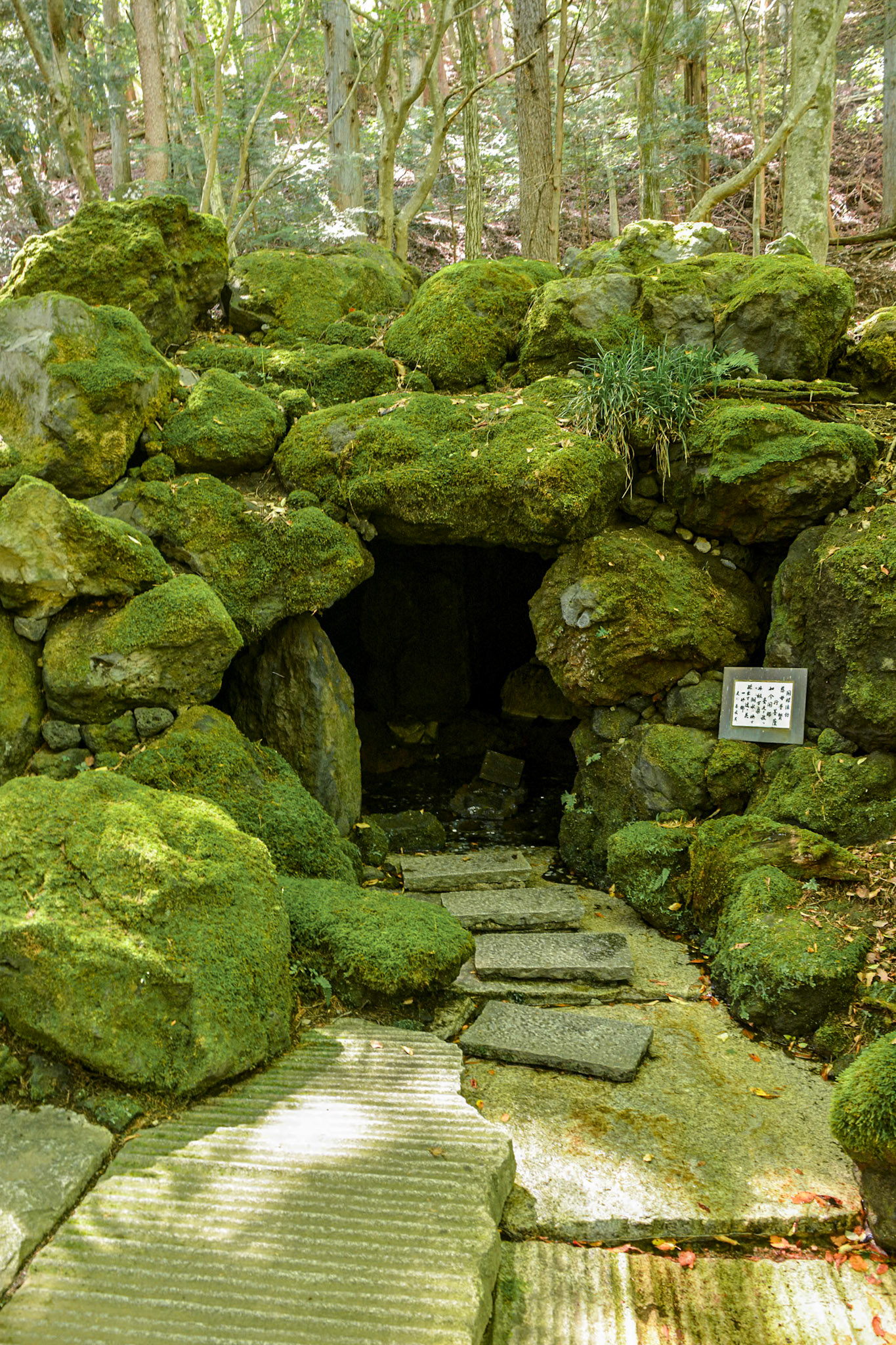
Itchikyu Kubota gardens - moss covered rocks surround the grotto entrance.
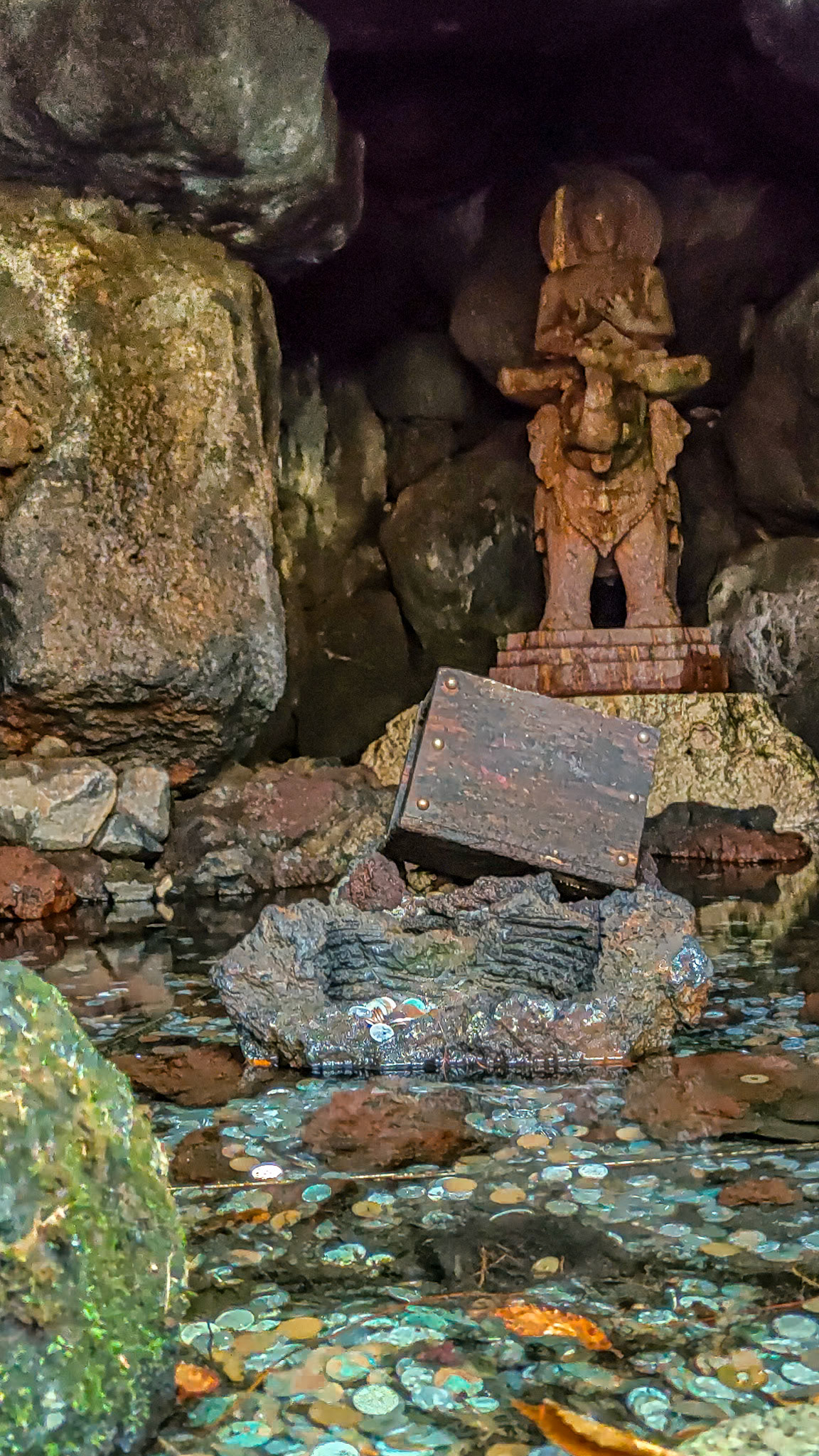
Coins lie at the base of a stone idol, a Buddhism diety astride an elephant inside the grotto.
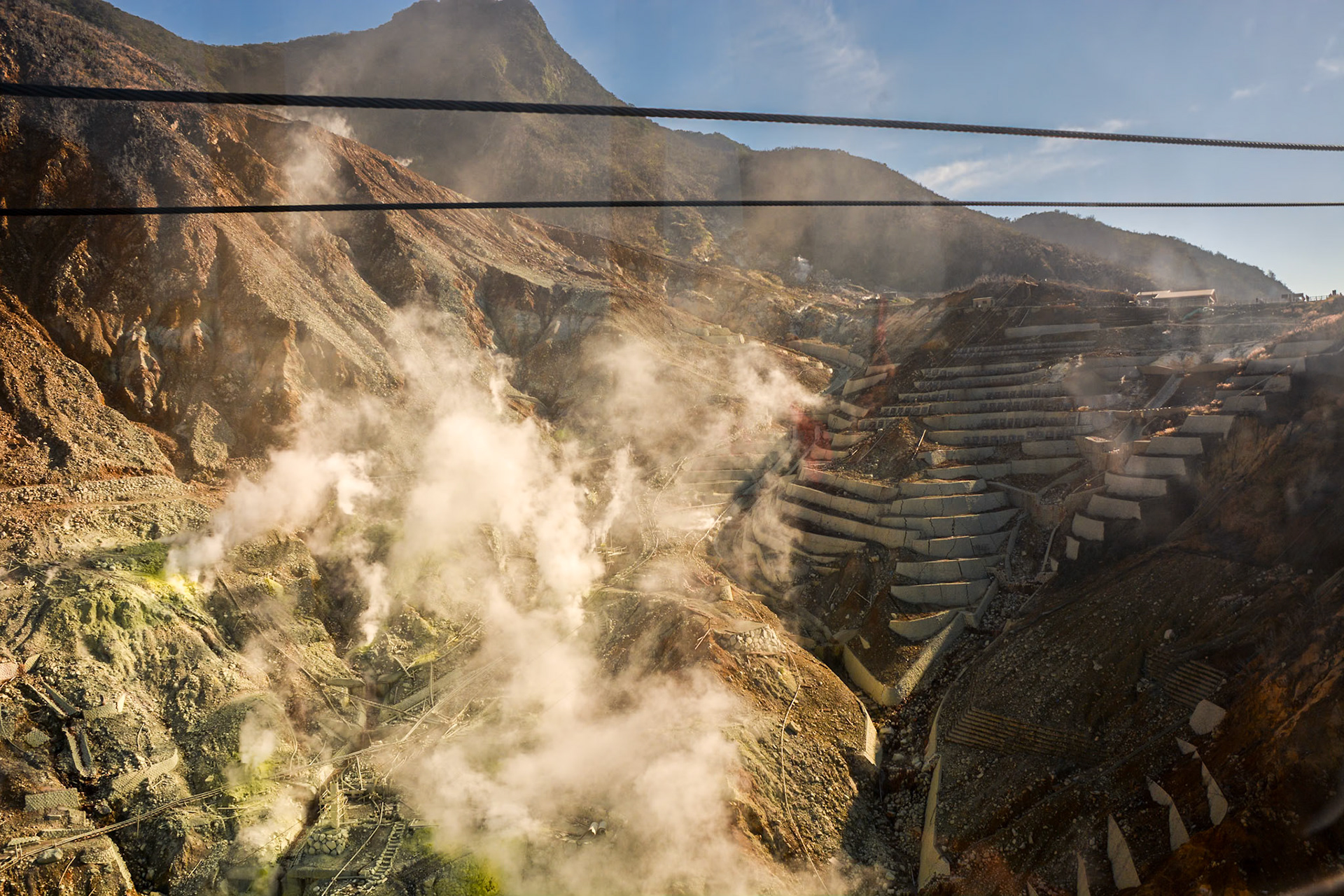
Owakudani geothermal area.

Approaching Owakudani cable-car station over the geothermal valley below.
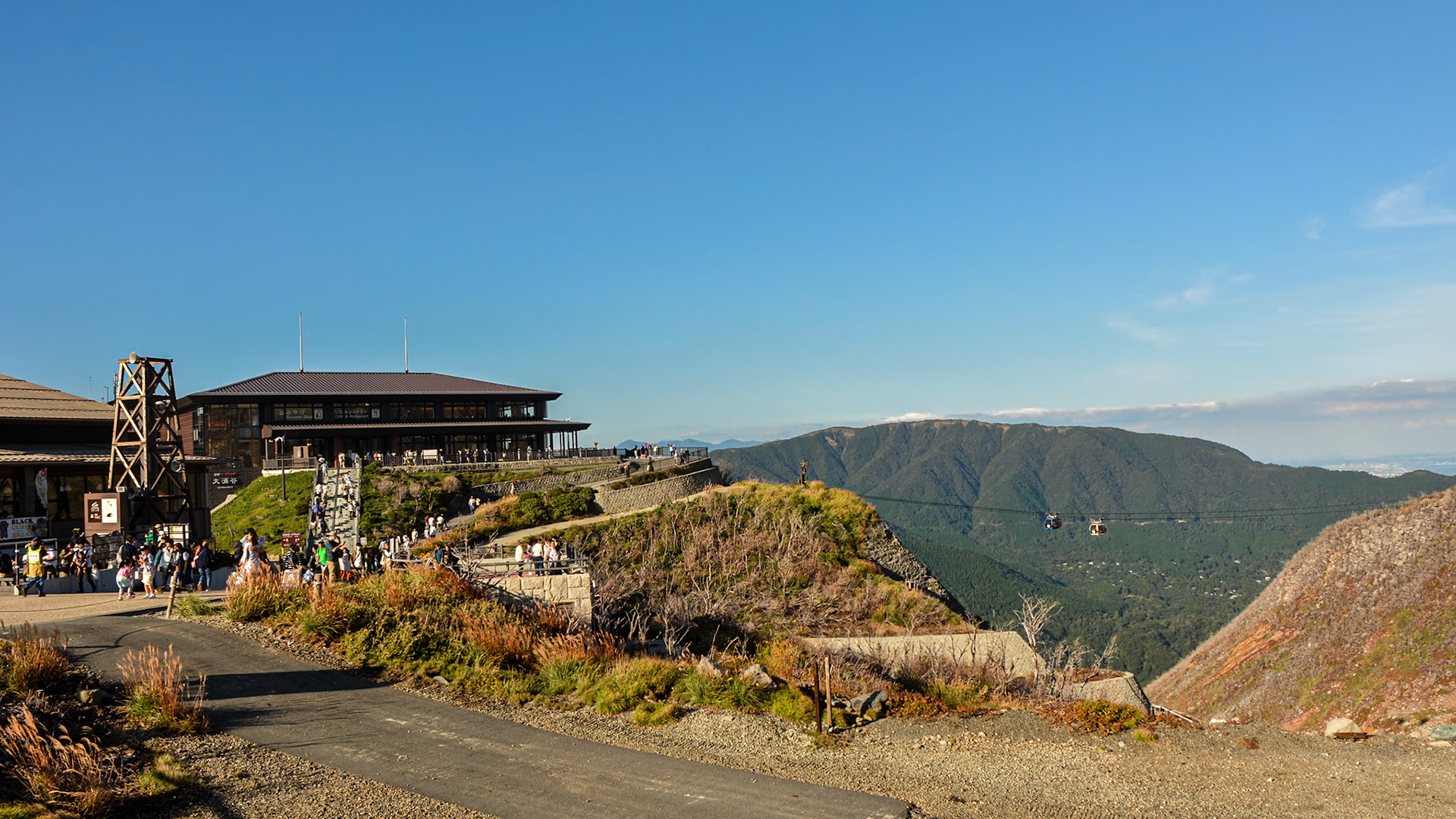
Hakone Ropeway station with cable-cars transiting over the valley below.
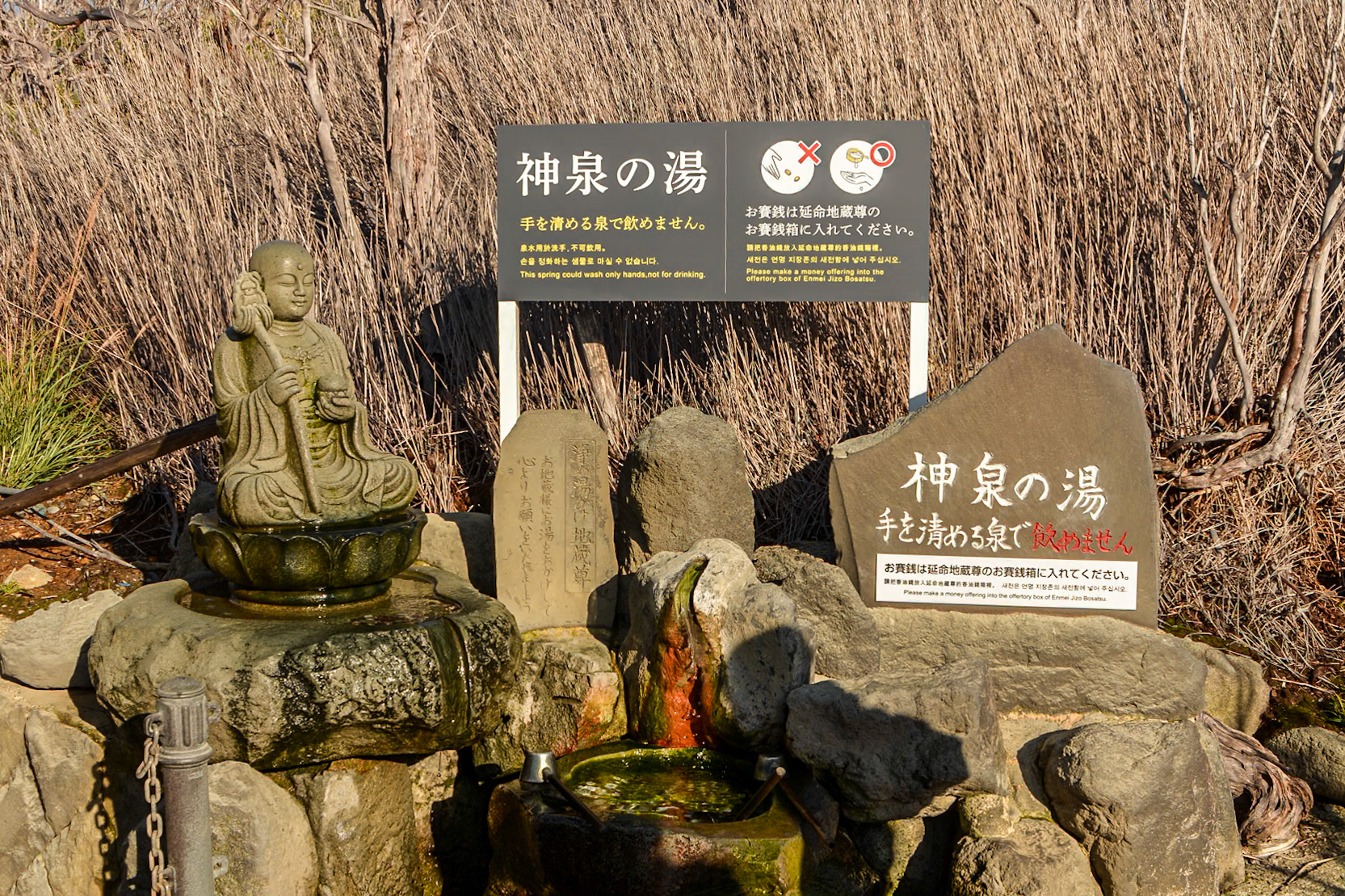
Shinsen-no-yu (hot springs of God)
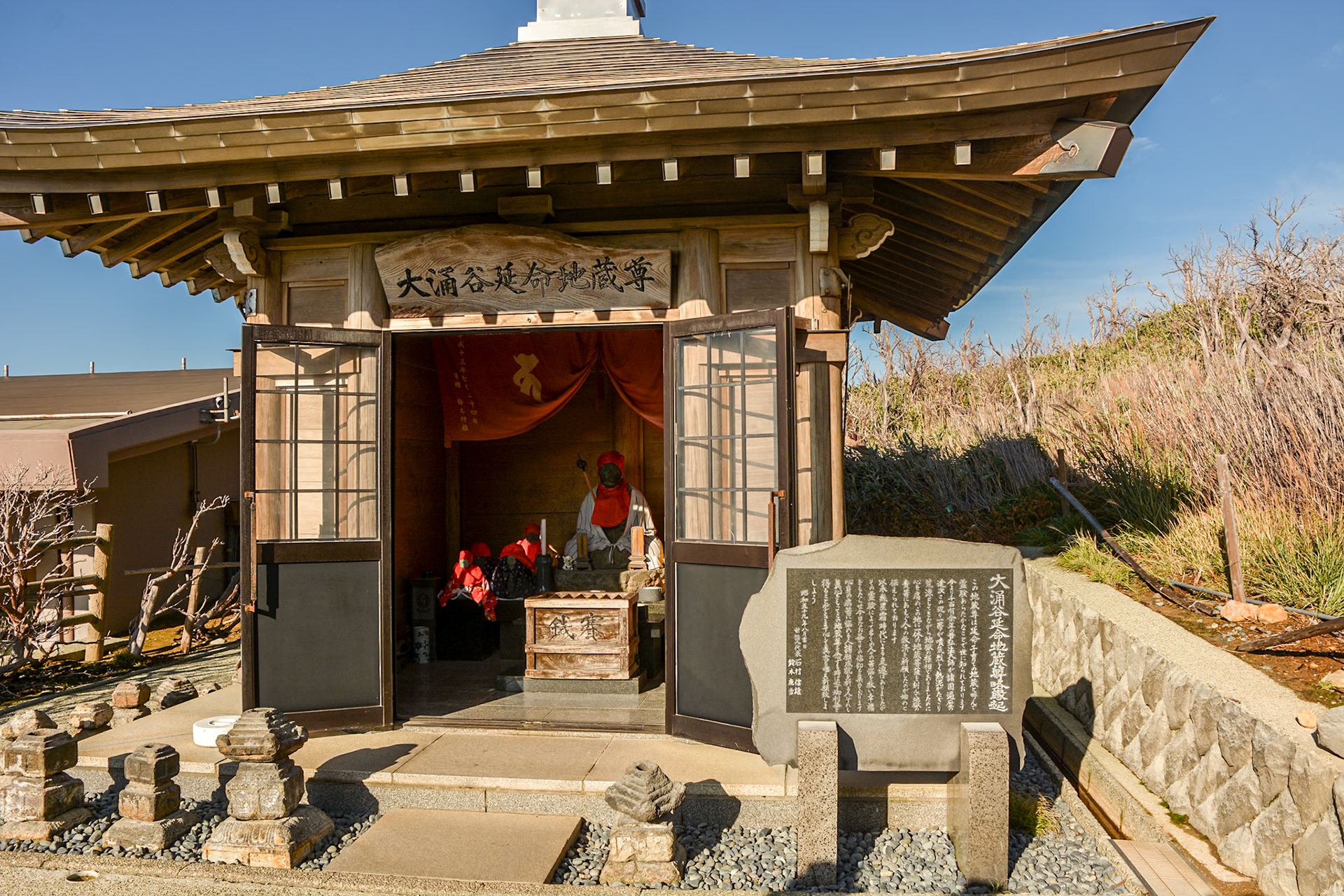
The Enmei Jizo (Jizo statue of long life) sits in front of Owakudani's smoky grounds.
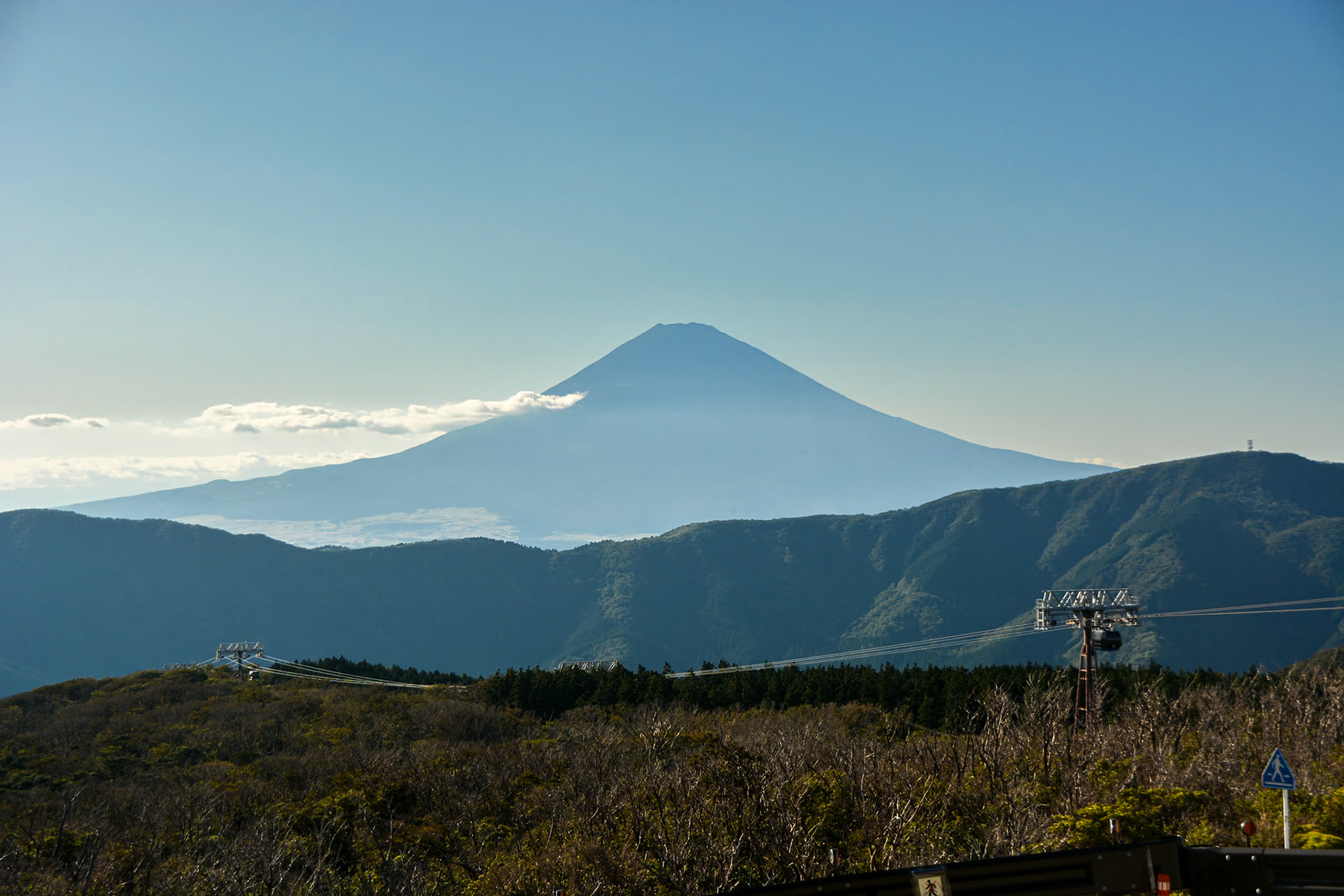
Mt Fuji viewed from the Hakone Ropeway station.

Another photo opportunity with MtFuji.
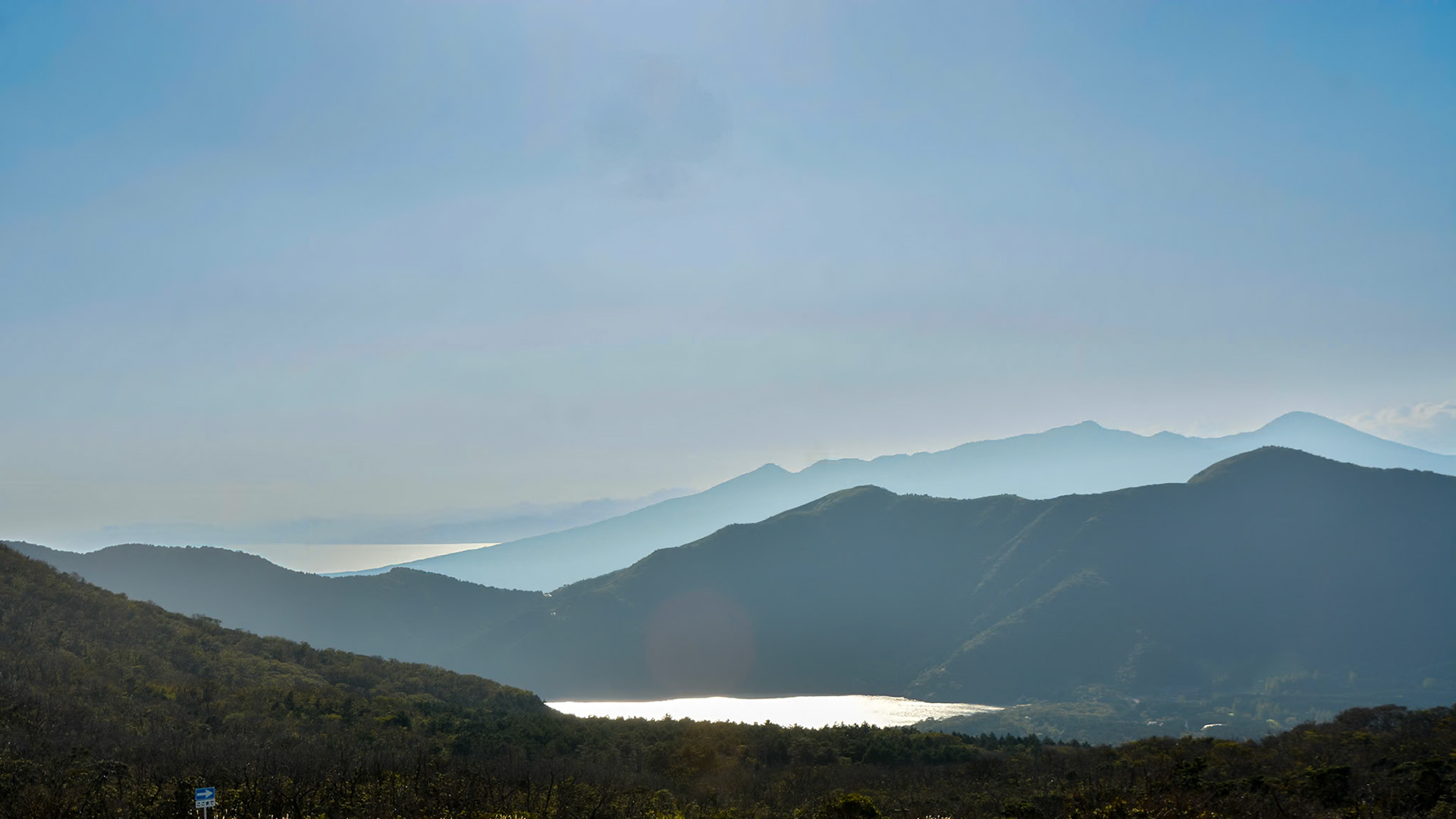
Lakes perched in the valleys below Owakudani geothermal area reflect the afternoon sunlight.
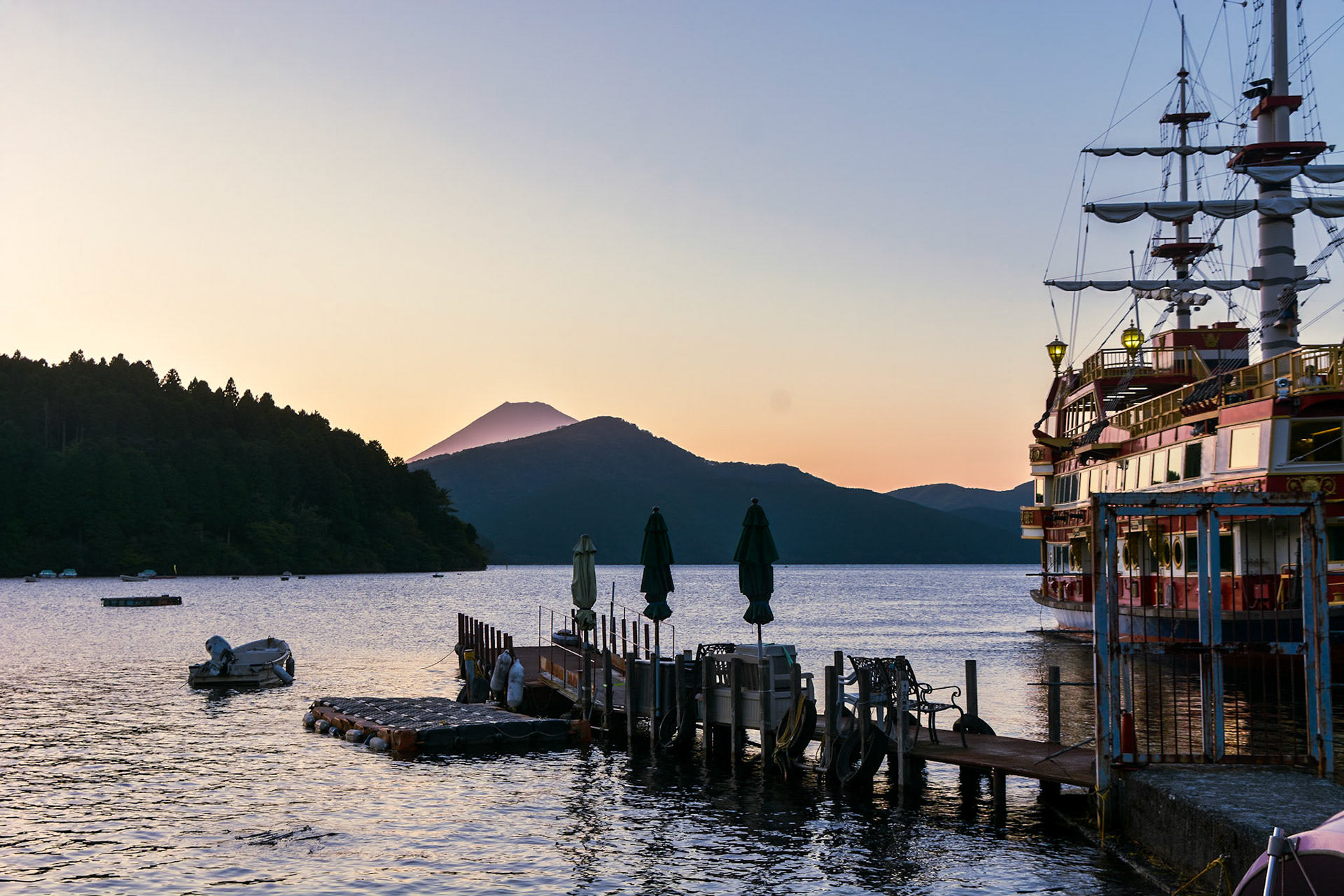
Our "pirate ship" at anchor in Hakone, Lake Ashinoko as the sun sets on Mt Fuji in the background.
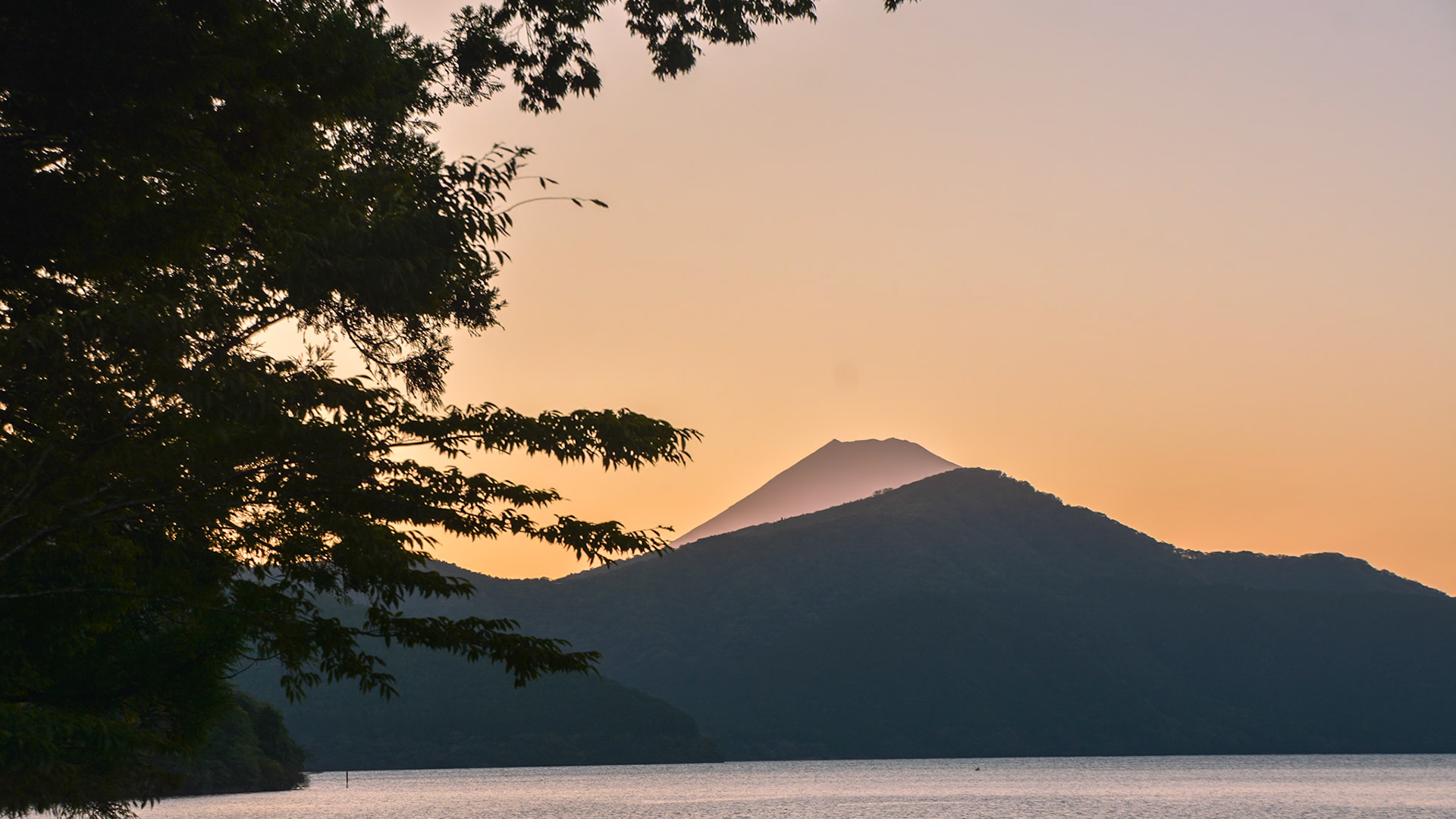
Lake Ashinoko sunset with Mt Fuji in the background.
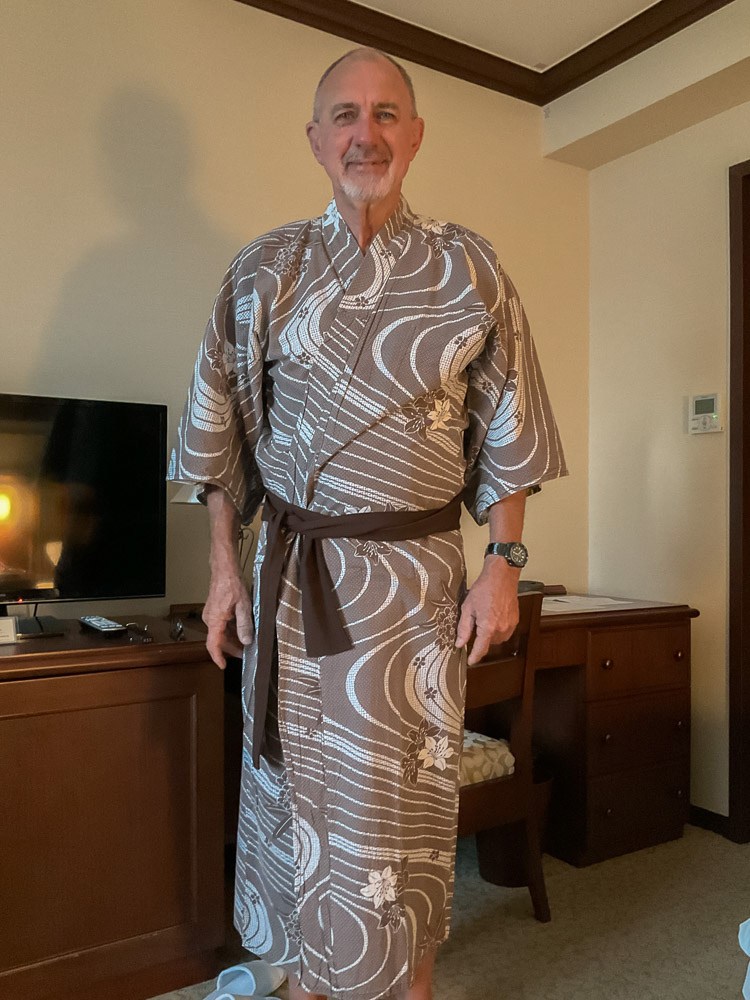
Suitably attired and about to partake the pleasures of the spa's onsen facilities.
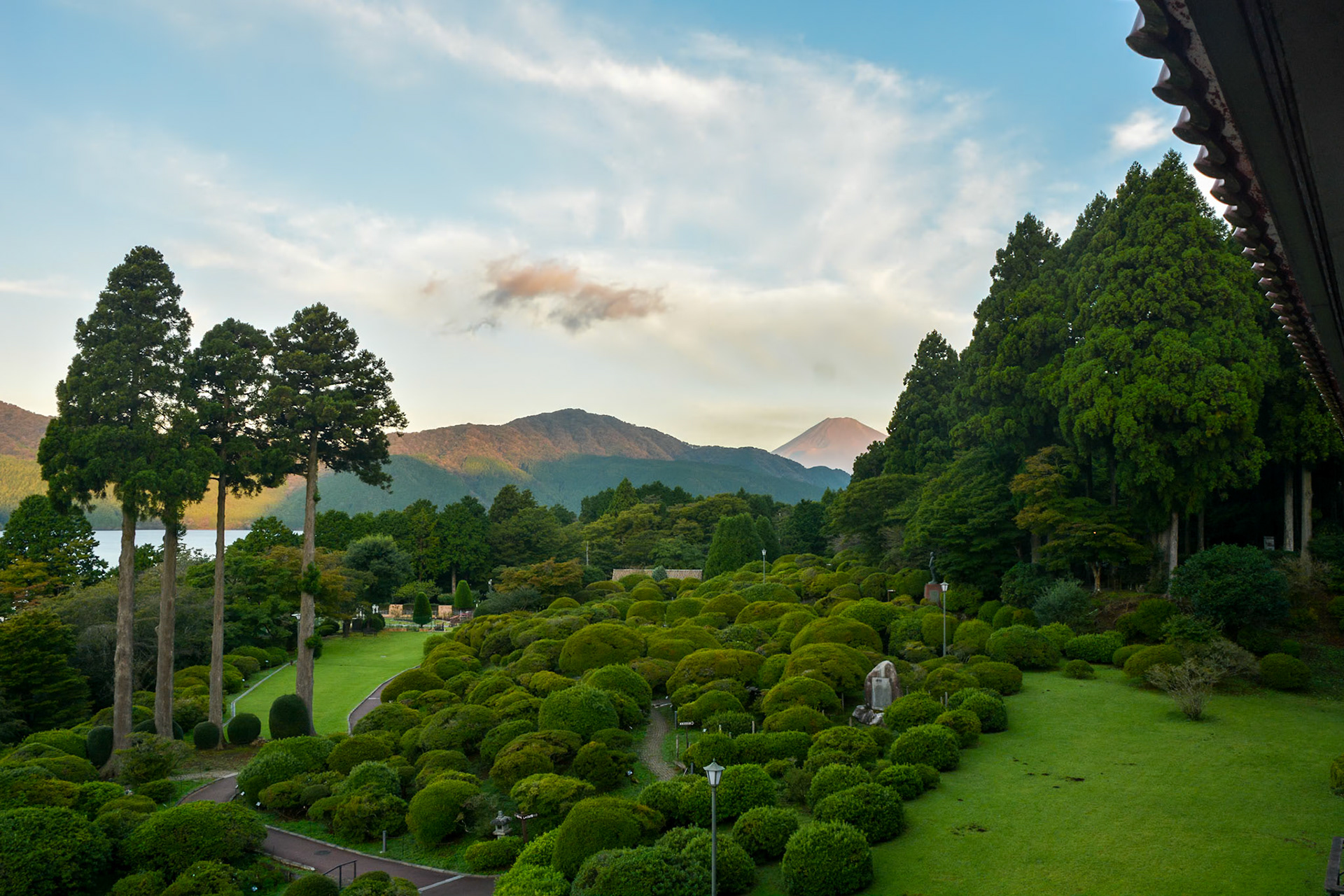
We awake to glimpses of Mt Fuji beyond the Rodendron gardens of our resort.
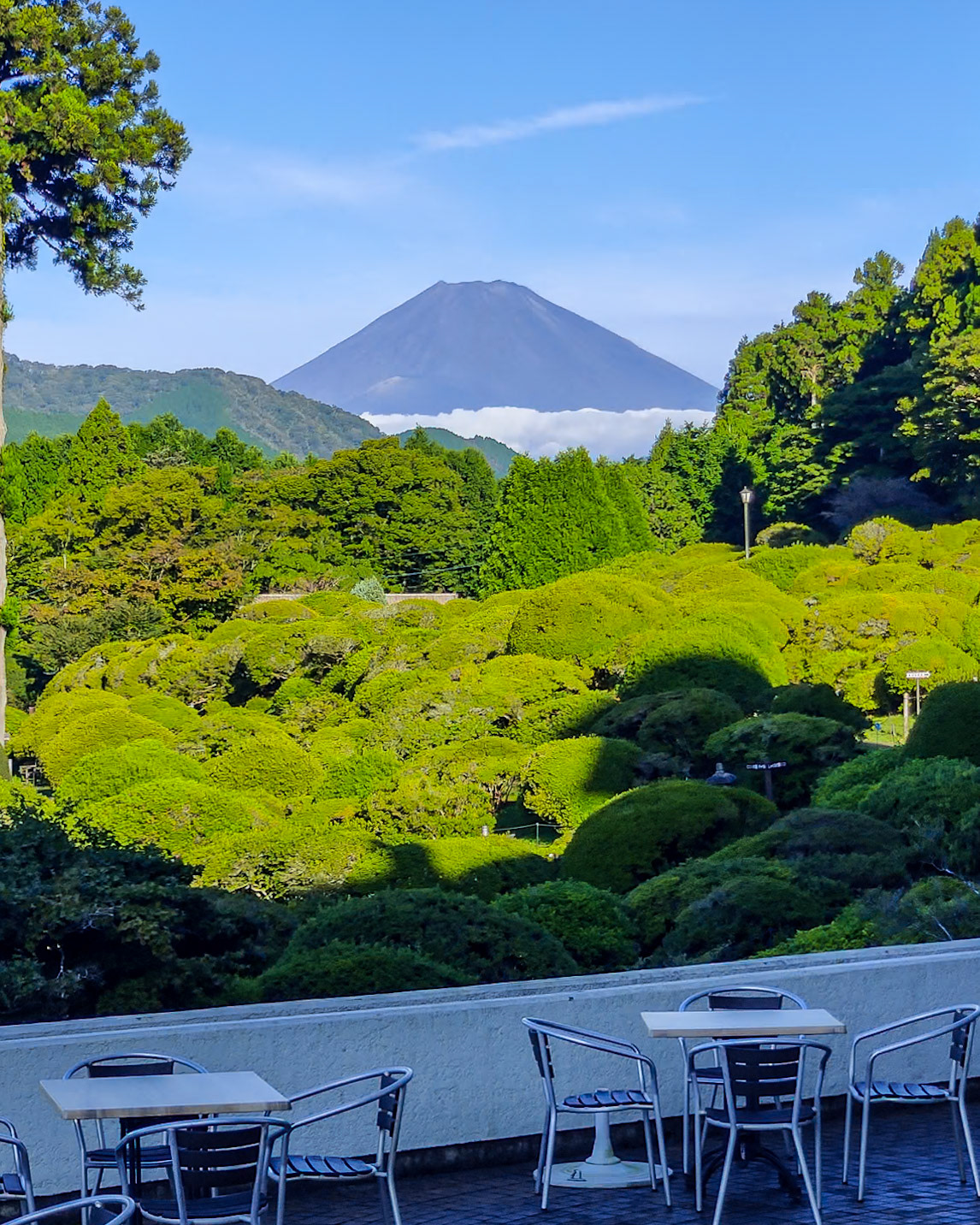
Mt Fuji with a blanket of low cloud. The view from the courtyard of Odakyu Hotel de Yama overlooking Lake Ashinoko. In the foreground is their famous Rhododendron garden (unfortunately sans blooms)
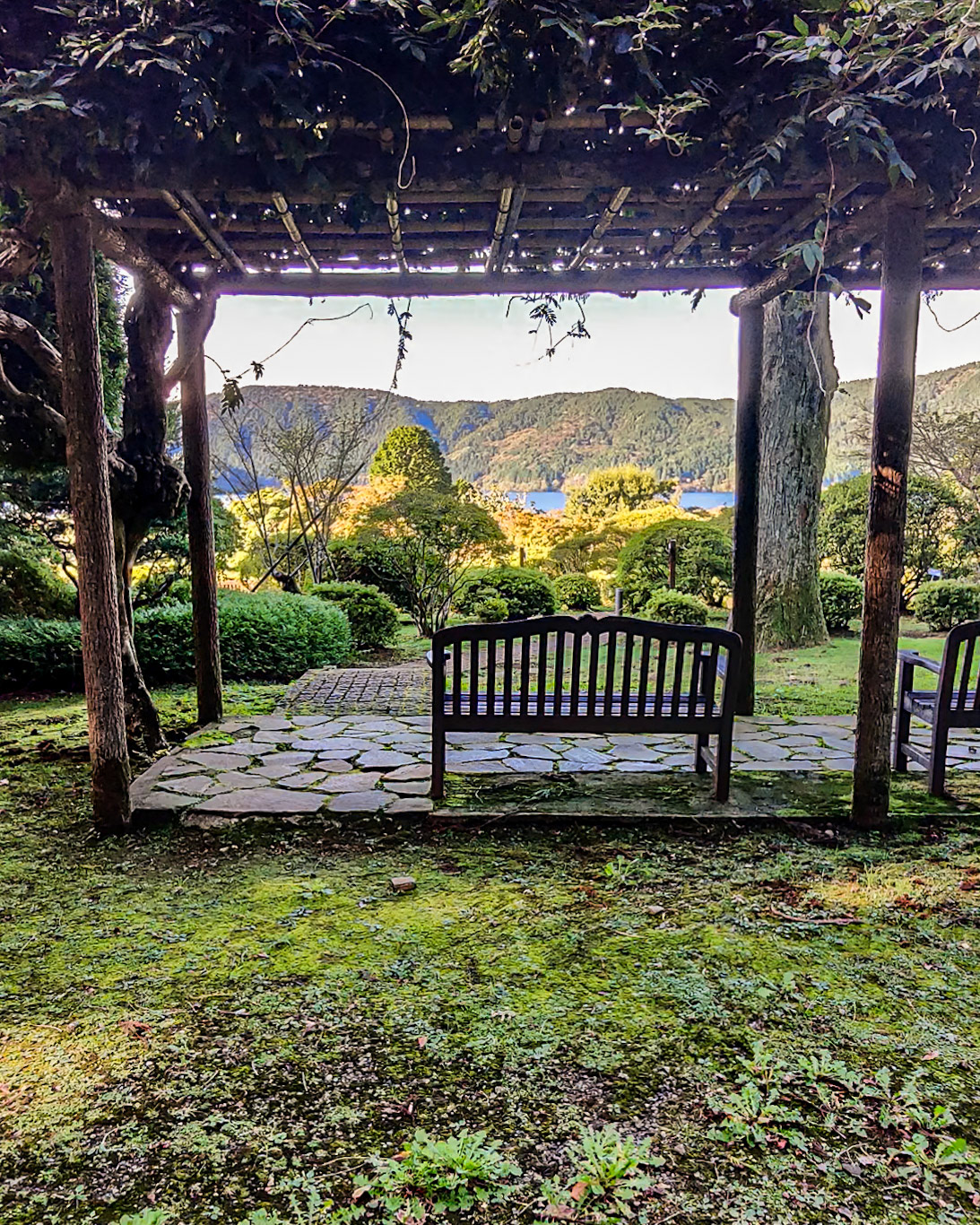
View from the gardens of Odakyu Hotel de Yama overlooking Lake Ashinoko.
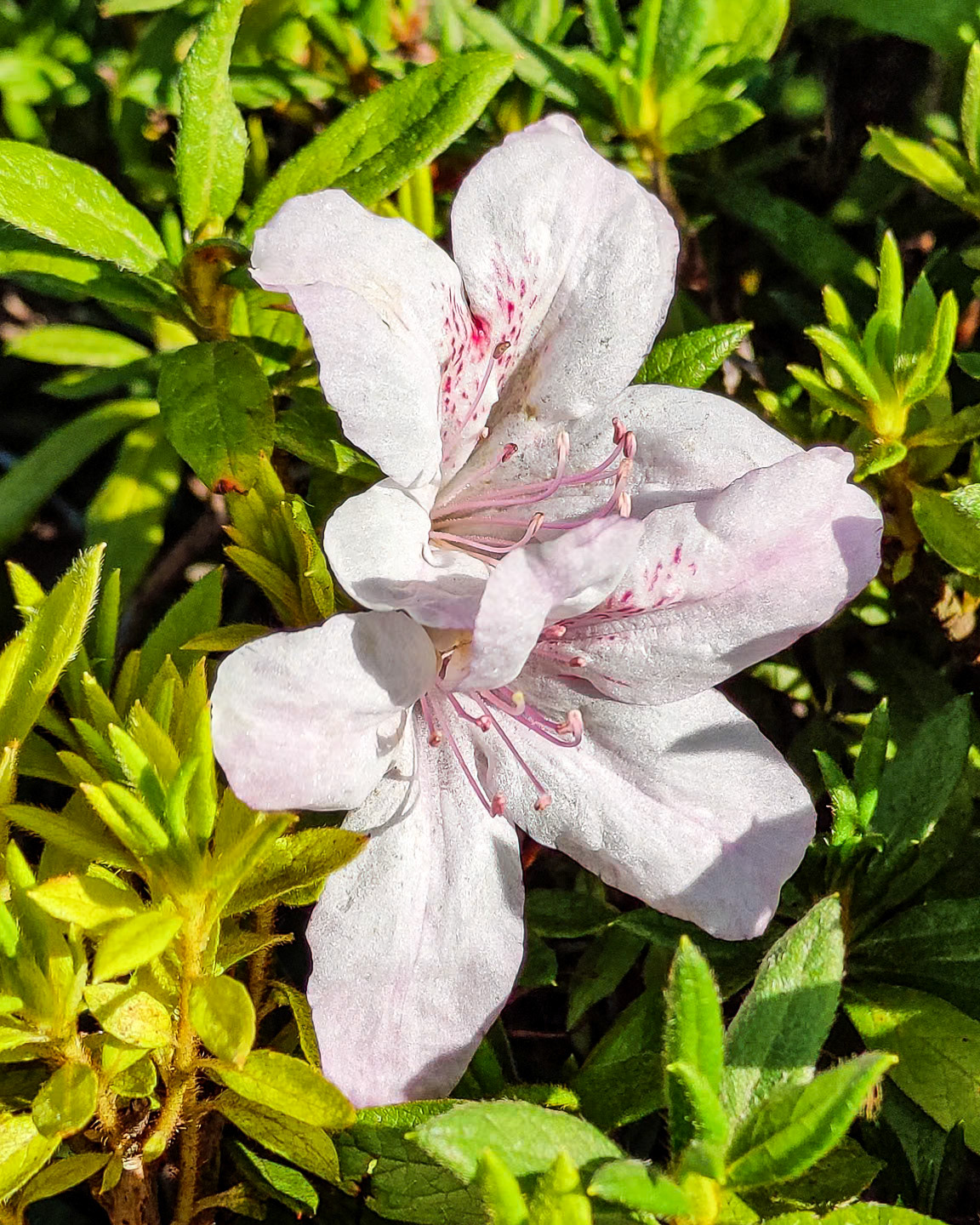
A lone Rhododendron bloom in the gardens at Odakyu Hotel de Yama
Day 5 - Onwards to Kyoto travelling business class on the famous Shinkansen train. Our first destination in Kyoto is Nijo Castle, built in 1603 as the residence of Tokugawa Ieyasu, first shogun of the Edo period. In 1939, the palace was donated to the city of Kyoto and opened to the public the following year.
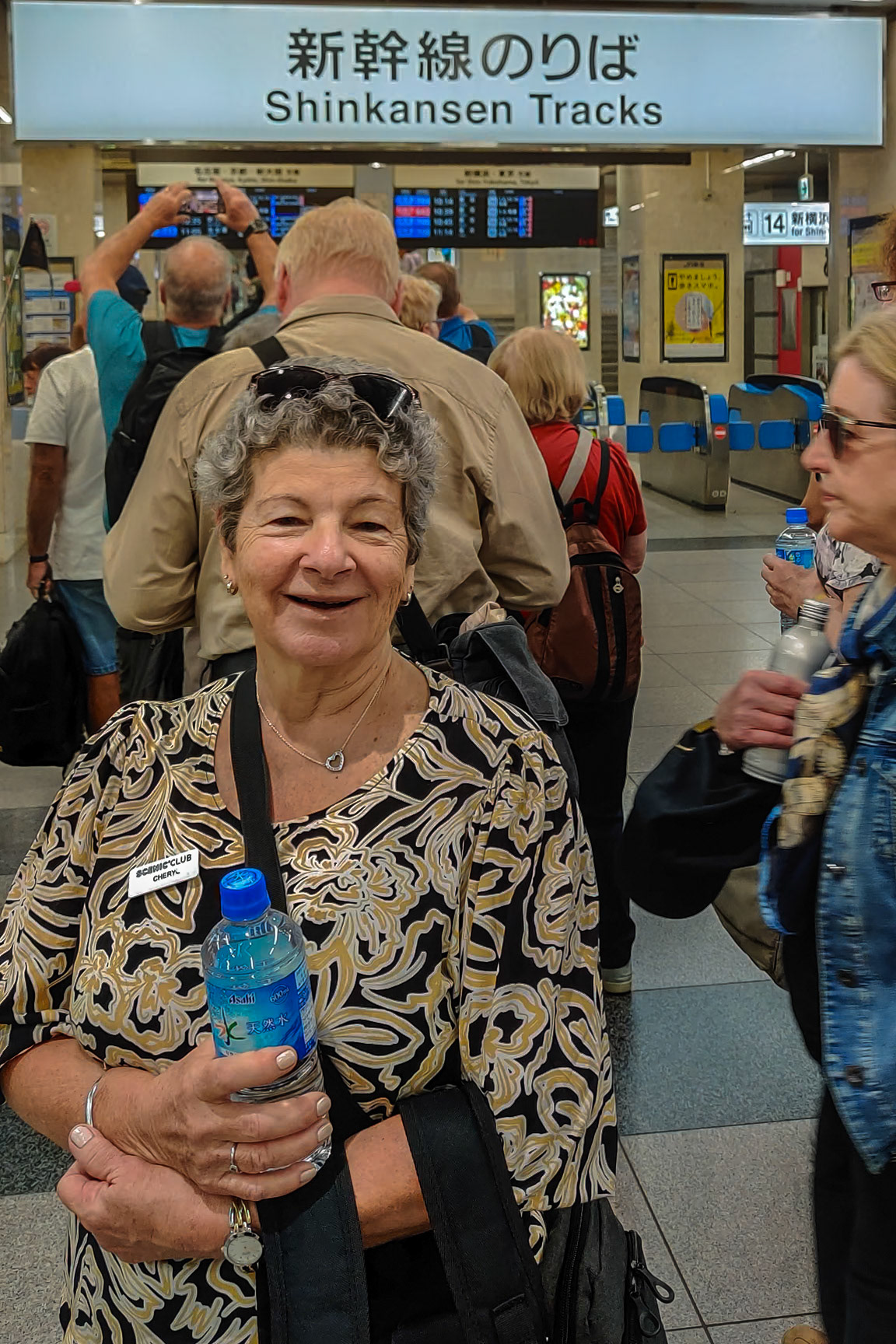
Cheryl joins the queue for our first Shinkensen experience.
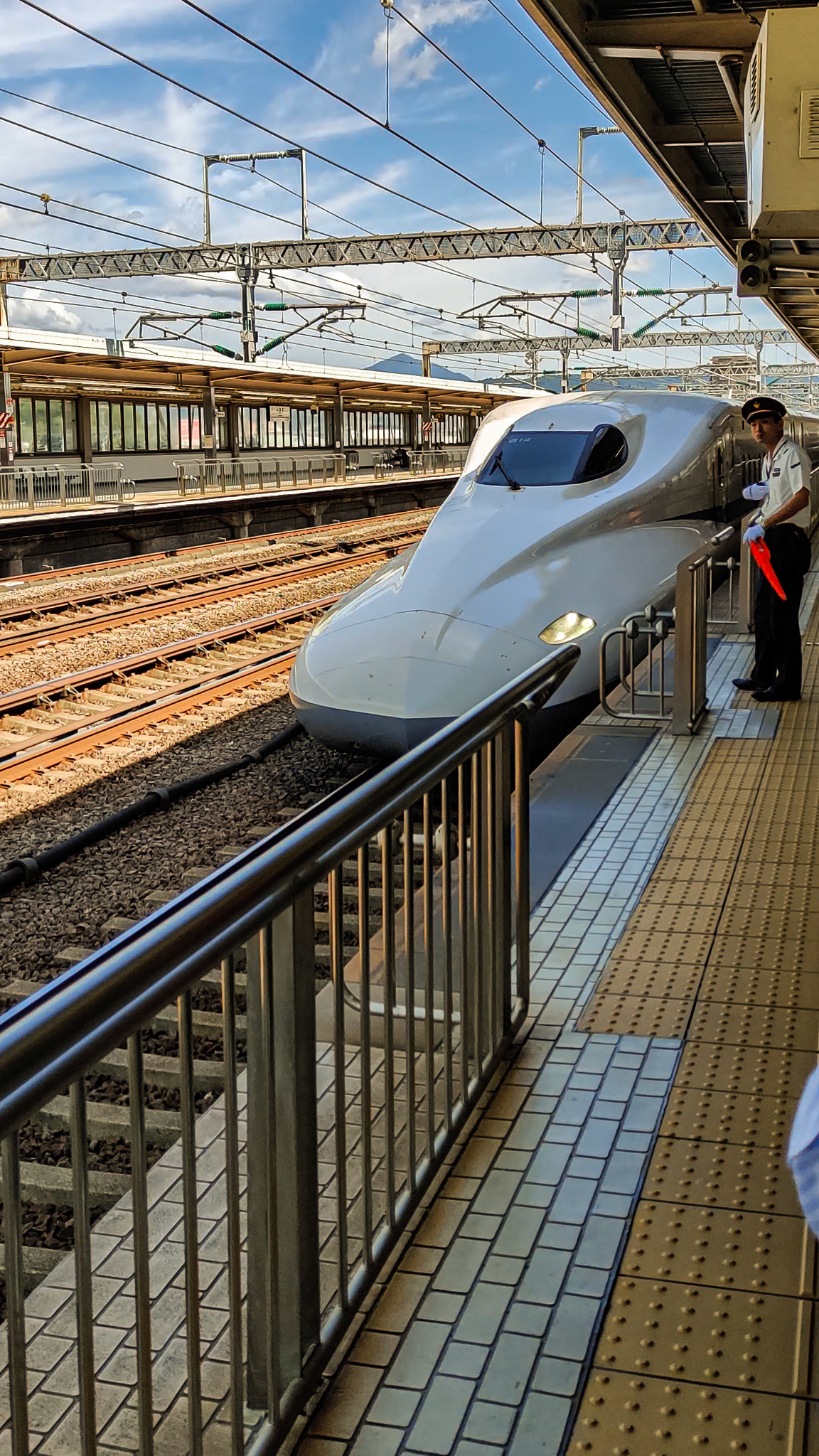
The Shinkansen Bullet-train glides silently into the station.

We enjoy spacious air-conditioned comfort carriages.
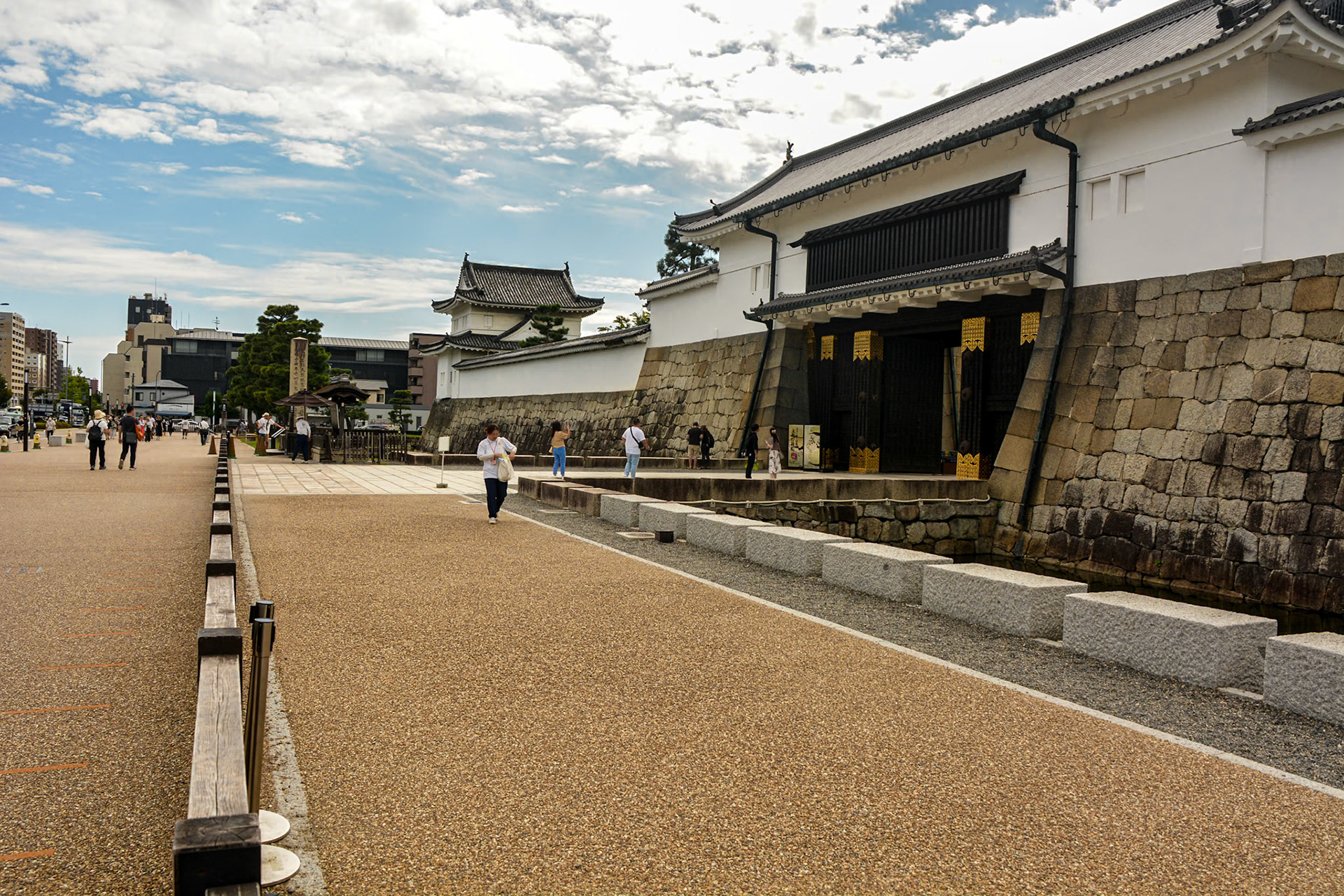
Approaching the Great Eastern Gate (Higashi-Ōte-mon) adjacent the outer moat.

The Great Eastern Gate (Higashi-Ōte-mon) leads past the guardhouse to an L-shaped courtyard before arriving at khe karamon main gate to Ninomaru Palace.
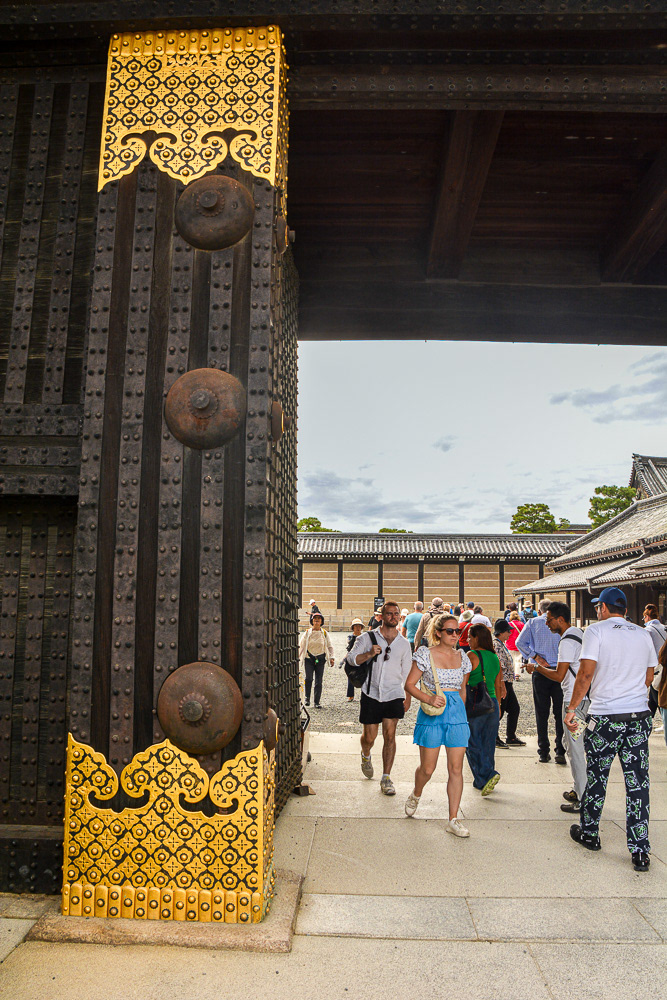
Heavily fortified timber gates decorated with gold are an impressive sight.

The Guard House where Samuri soldiers controlled entry to the palace in feudal times.

Kara-mon entry into Ninomaru Palace beyond.
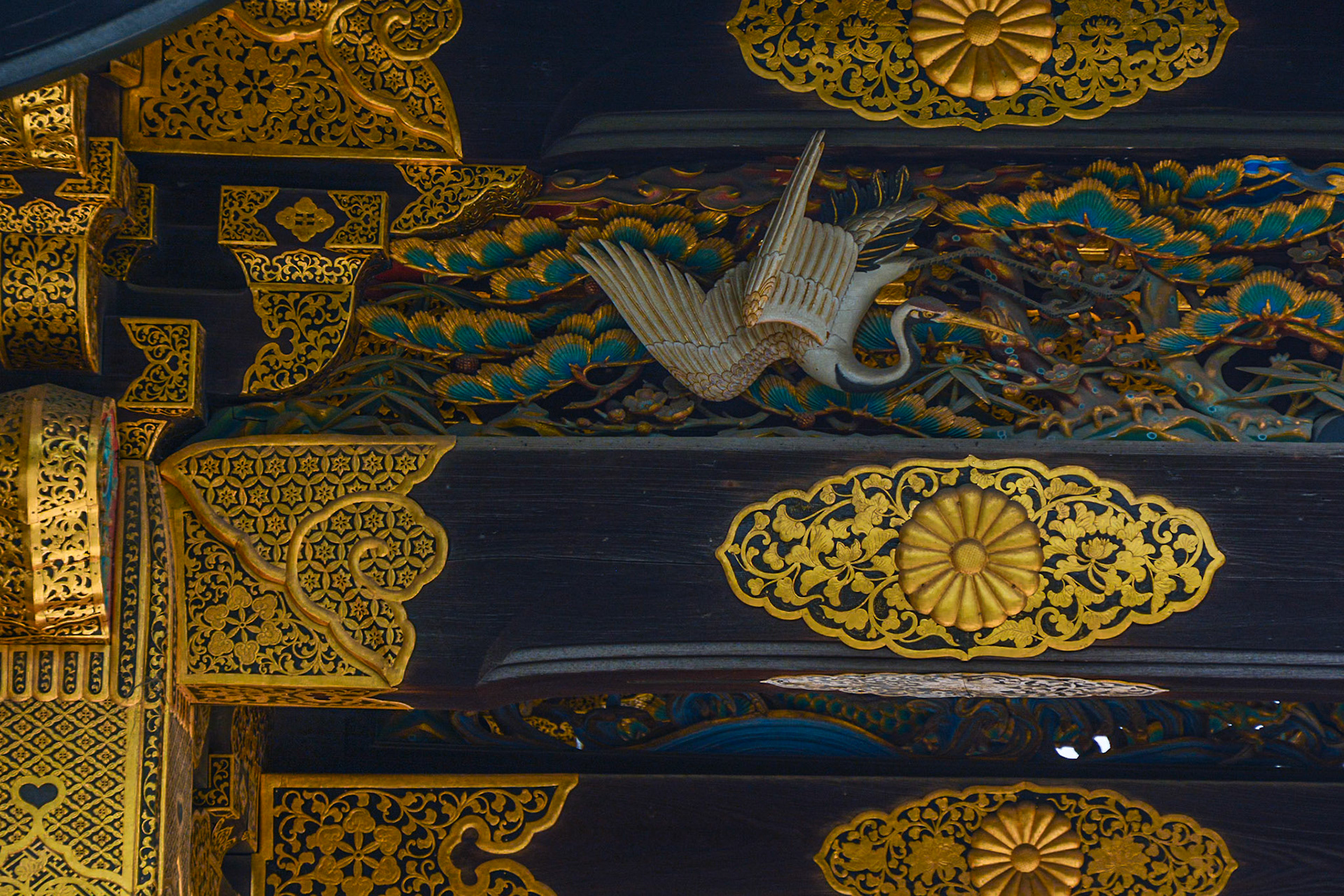
Elaborate wood carvings and timber framed construction is decorated with gold leaf to impress on visitors the wealth and power of the Shogun.
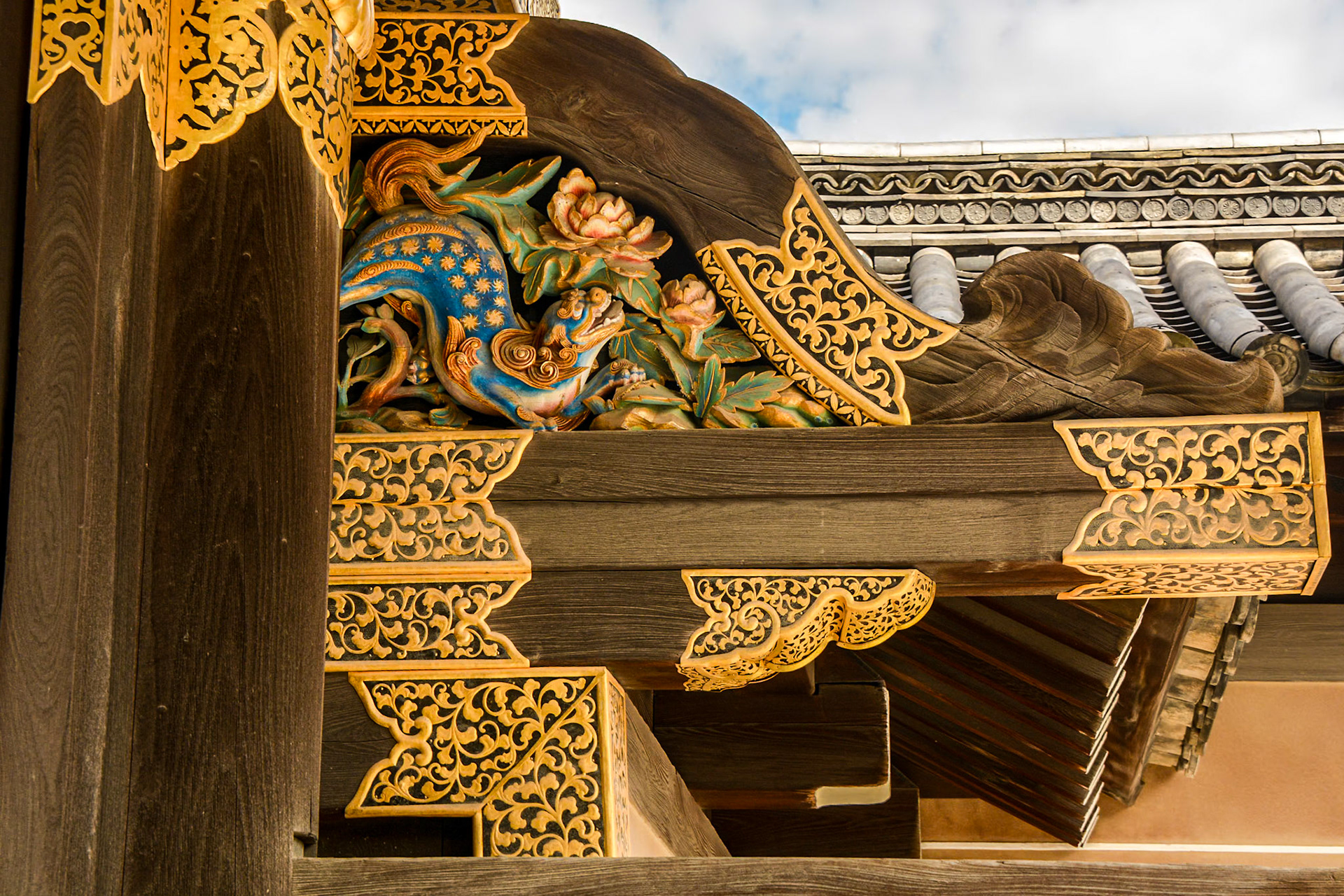

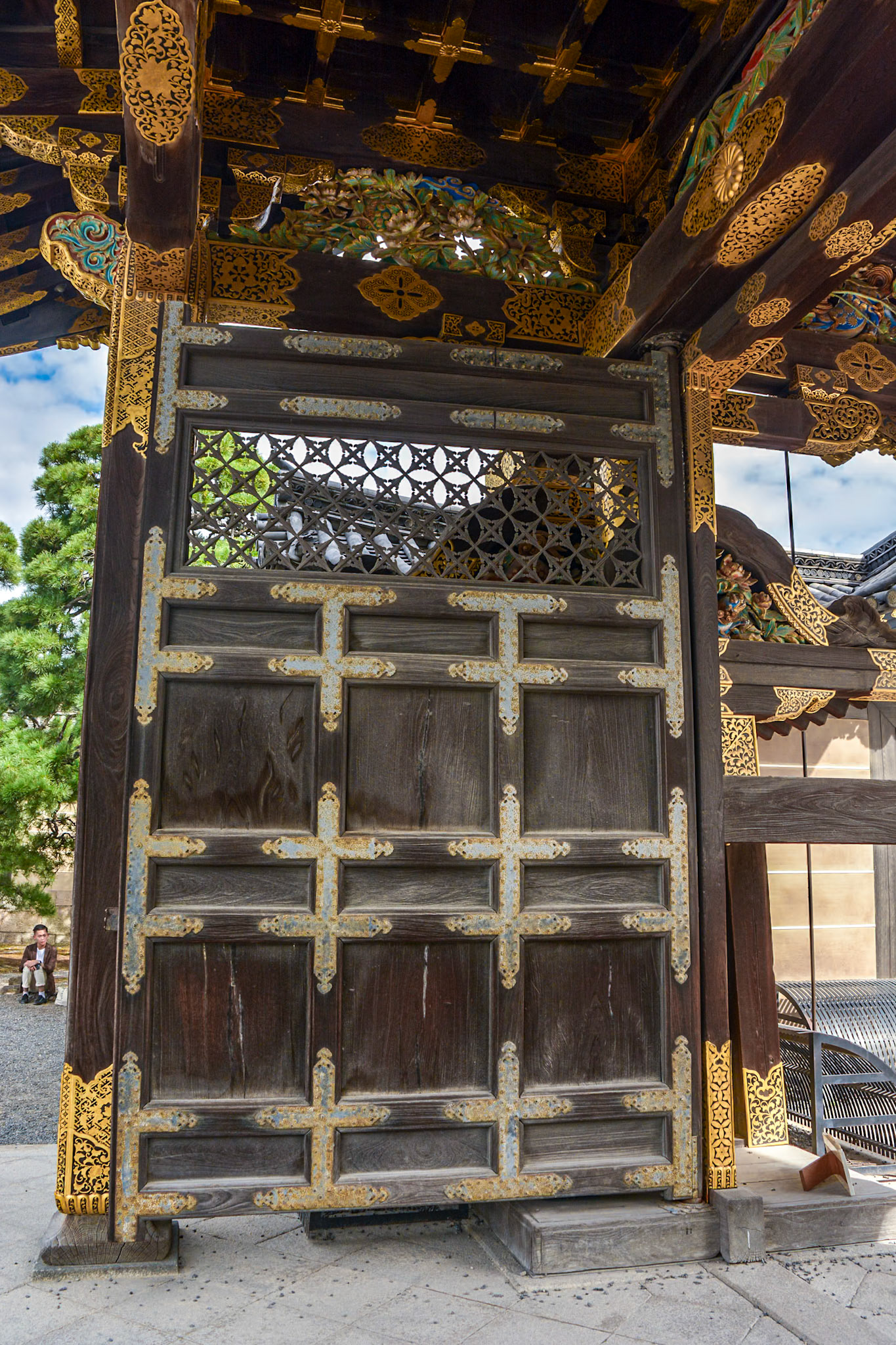
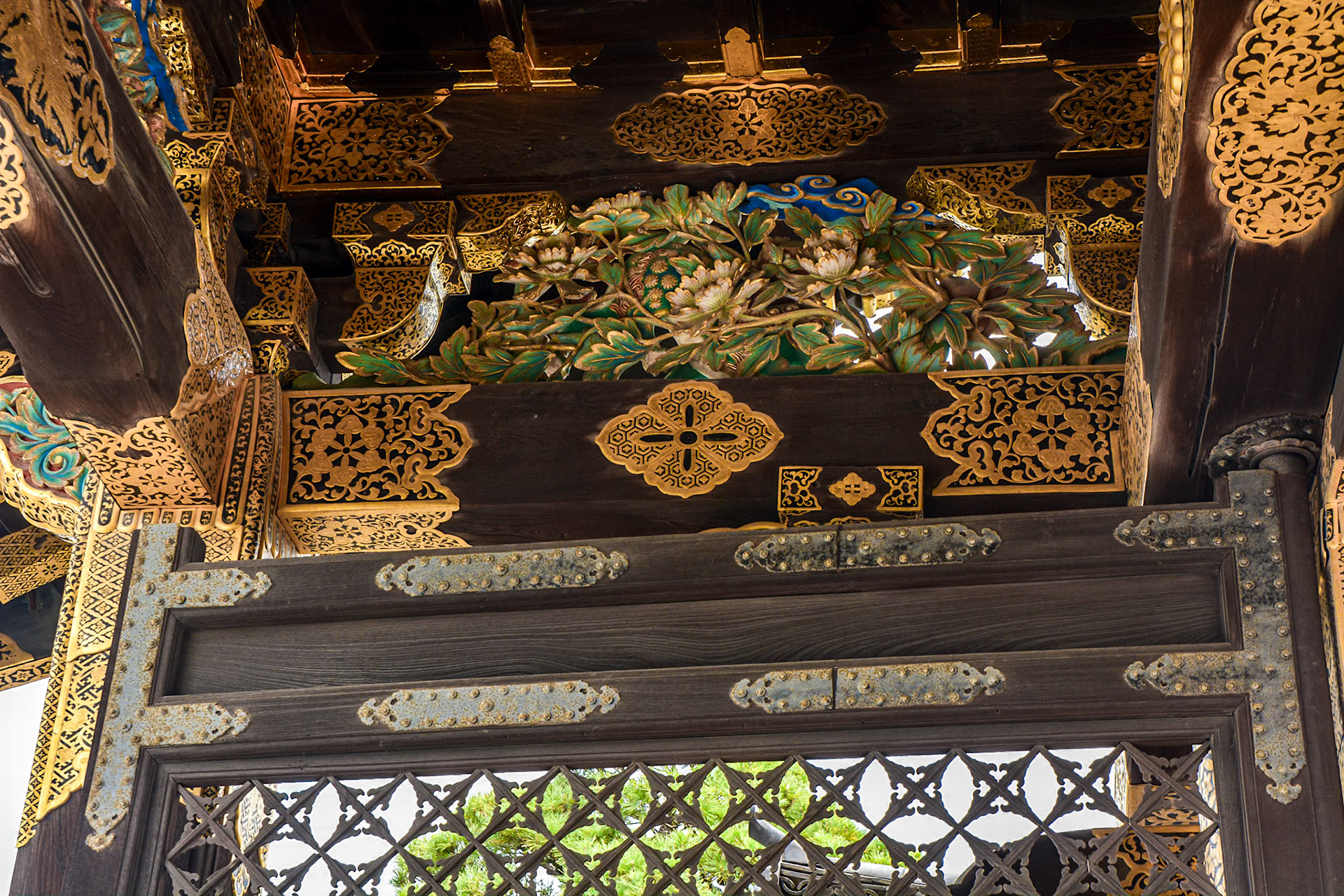

Ninomaru Palace consists of five connected separate buildings and is built almost entirely of Hinoki cypress.

The kara-mon viewed from inside the Honourable Carriage Approach courtyard. It is characterized by the usage of kara-hafu, an undulating bargeboard peculiar to Japan.

Ninomaru Palace visitor entrance.

A side view of Ninomaru Palace within NIjo Castle.
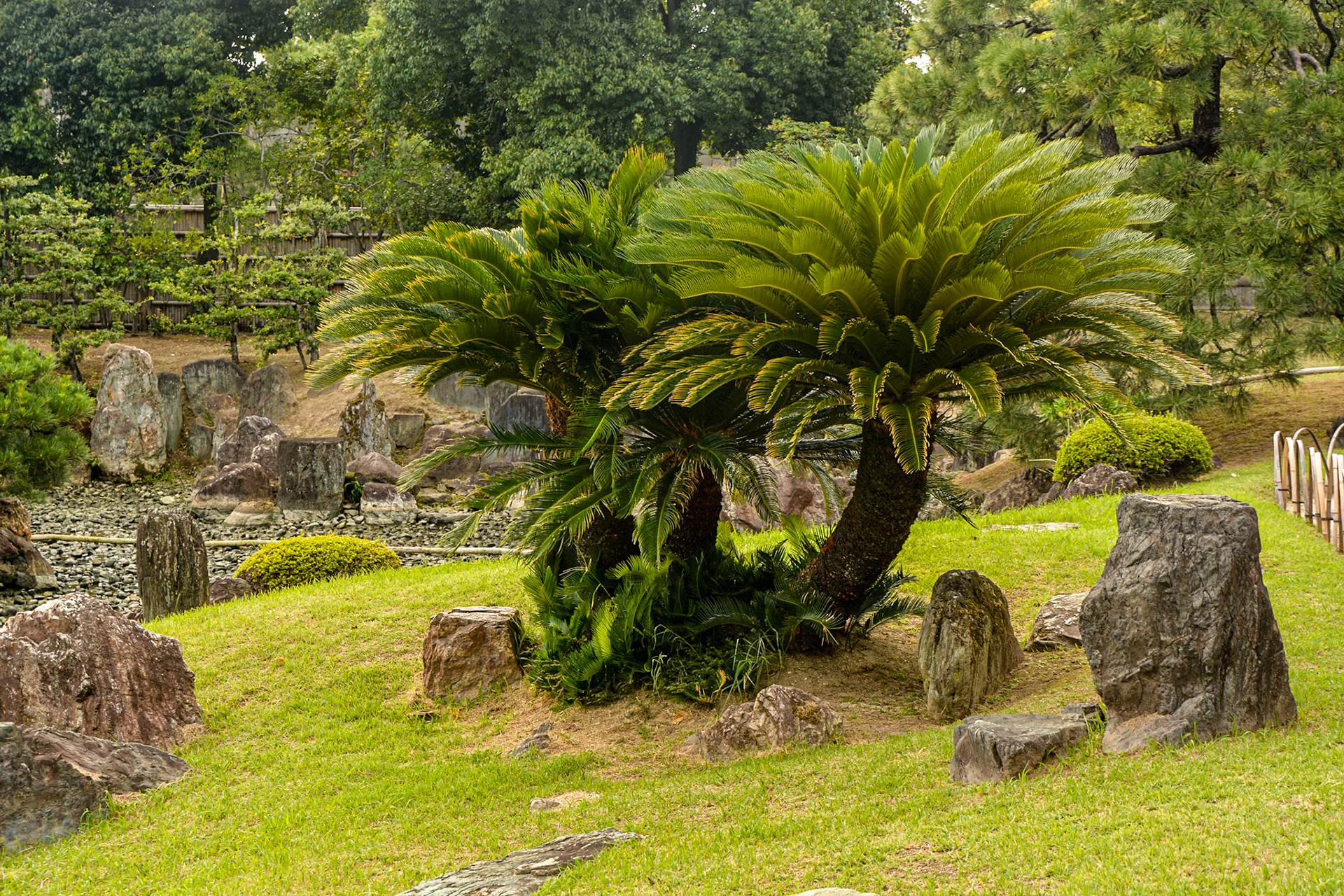
Ninomaru Garden - a King Sago palm Japan’s only native cycad, Cycas revoluta is an impressive feature plant beside the (empty on our visit) pond.
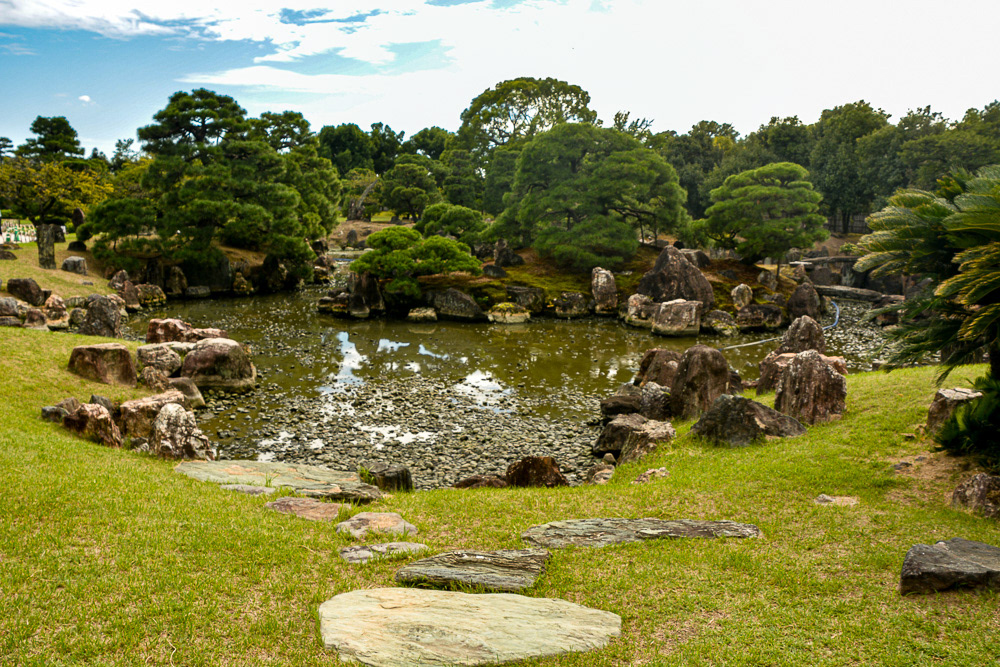
Ninomaru Garden, the pond was drained for maintenance during our visit.

Ancient Cypress Pine trees beside the kara-mon.
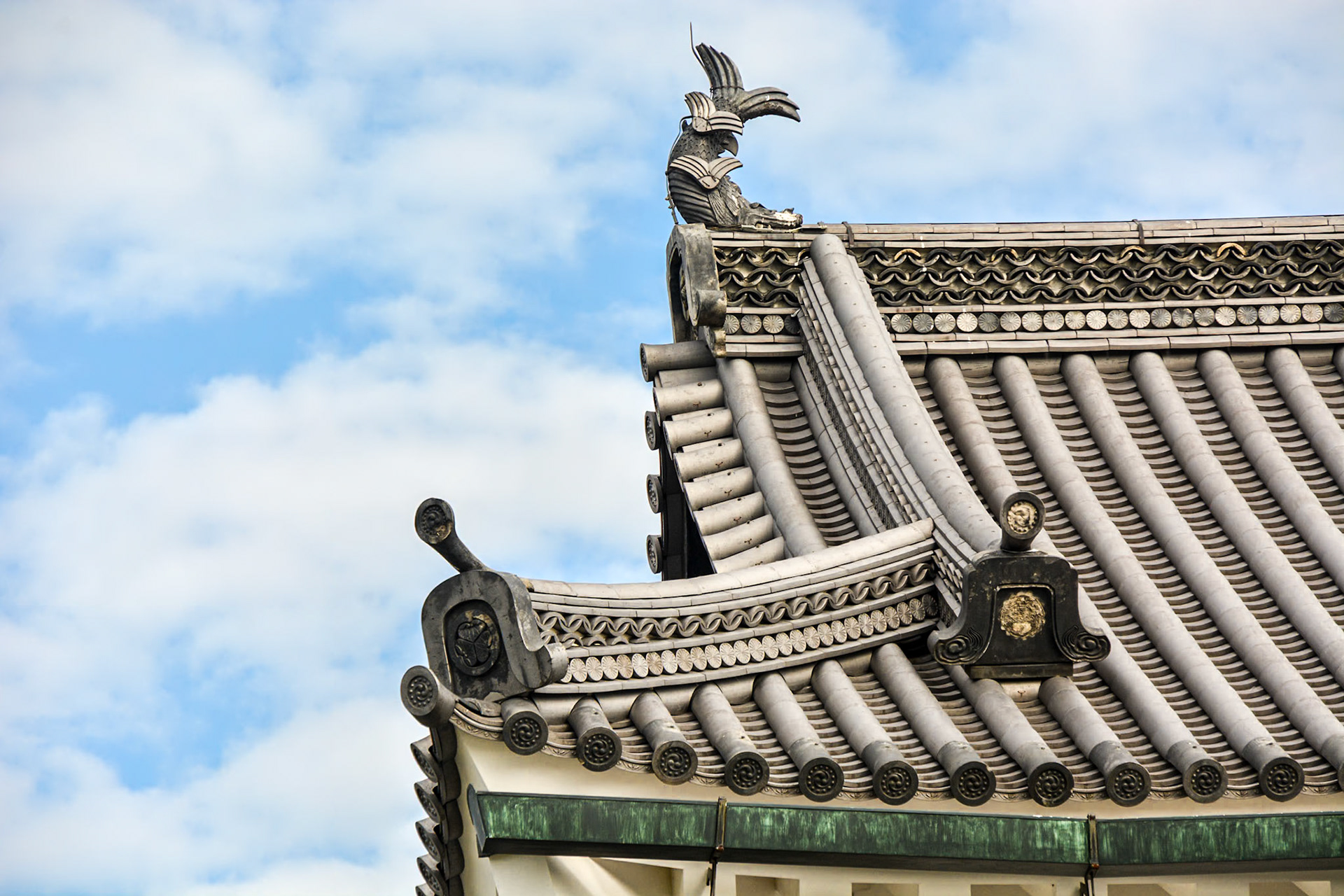
Shachi or Shachihoko were frequently used as roof ornaments in the Edo period. These fish-shaped ornaments are placed at both ends of the main roof ridge.


Ornate roof tile barge detail.
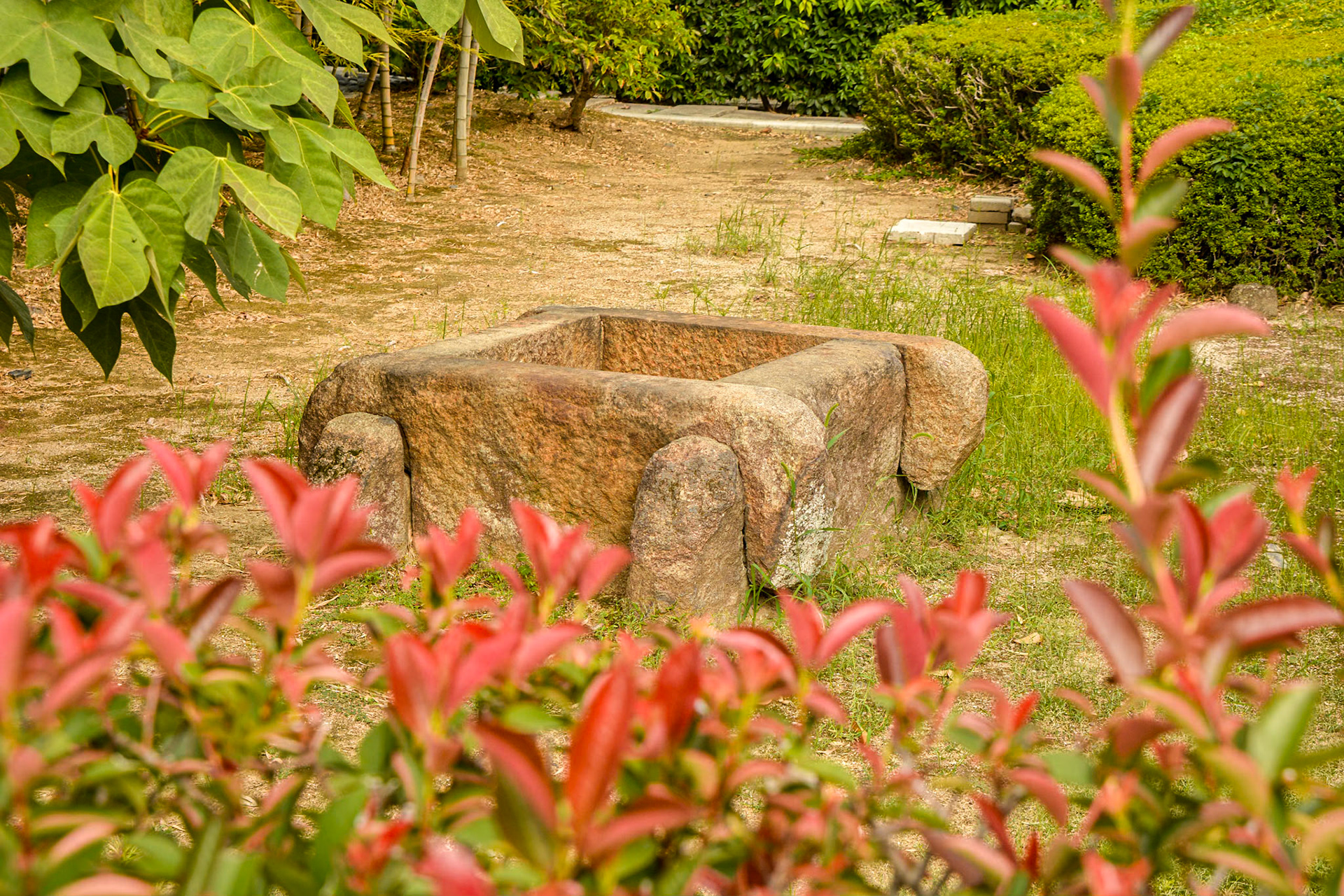
A stone trough in the garden.
Dining experiences in Kyoto
1. Tenryu-ji Temple, a delicious vegetarian lunch.
2. Teppanyaki
3. Gion Sekiya, Kaiseki.
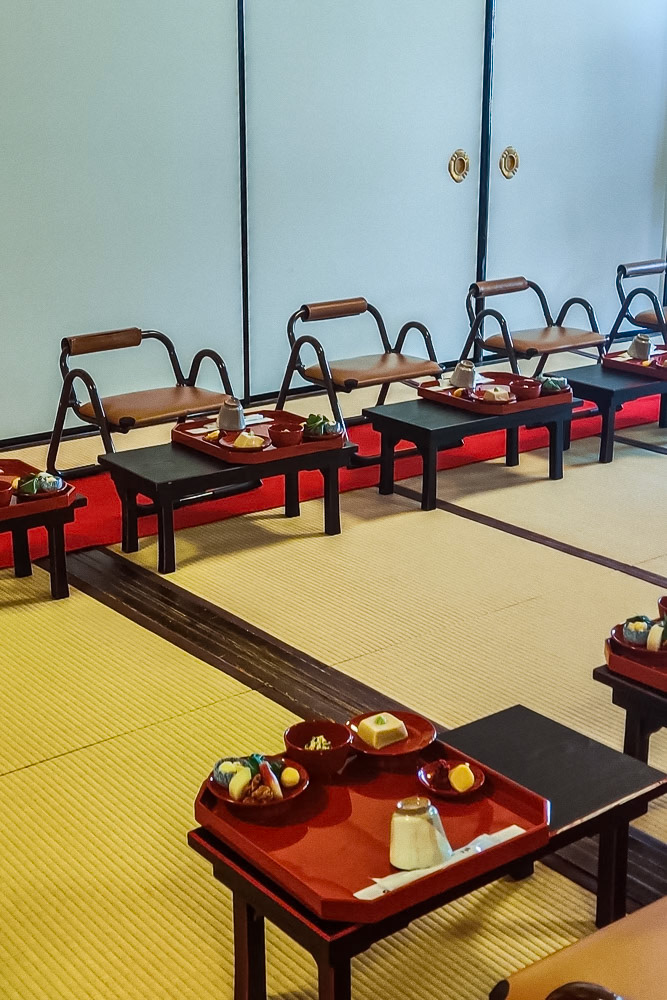
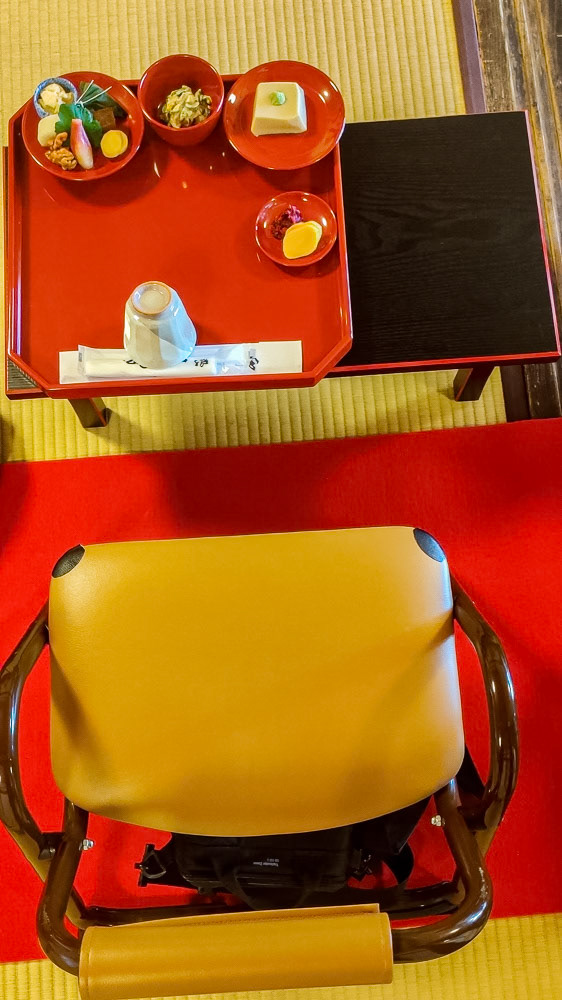

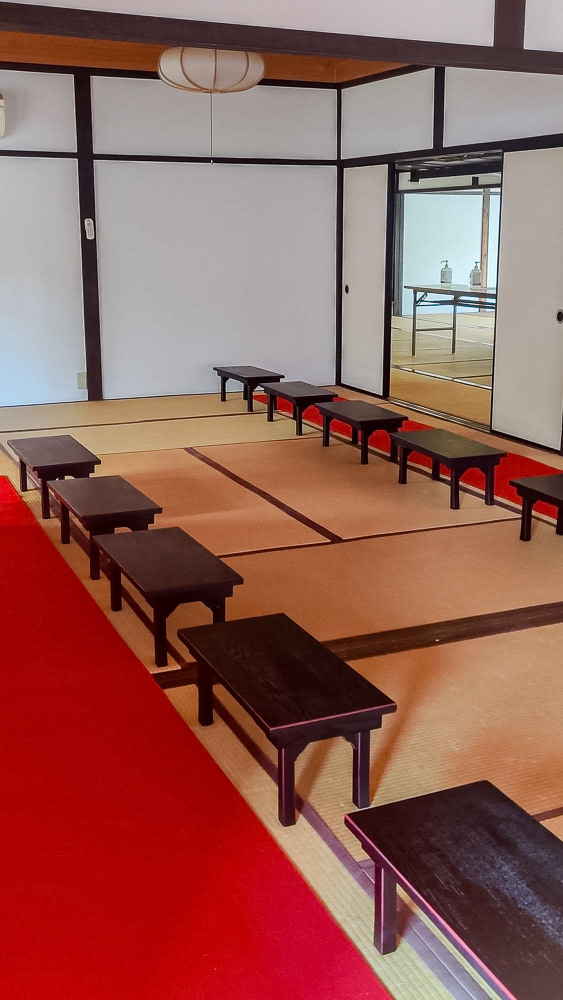
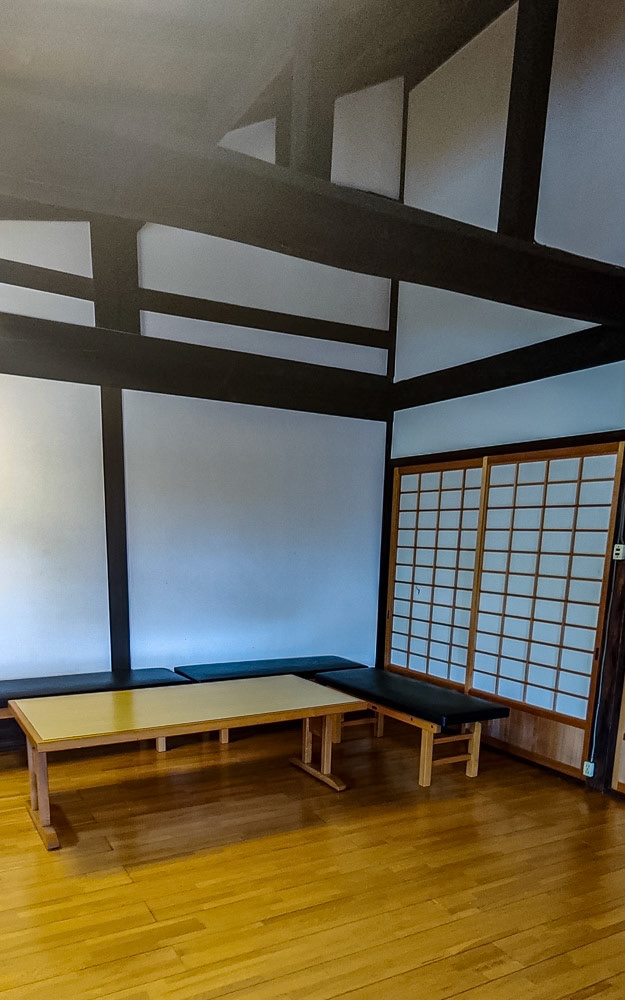
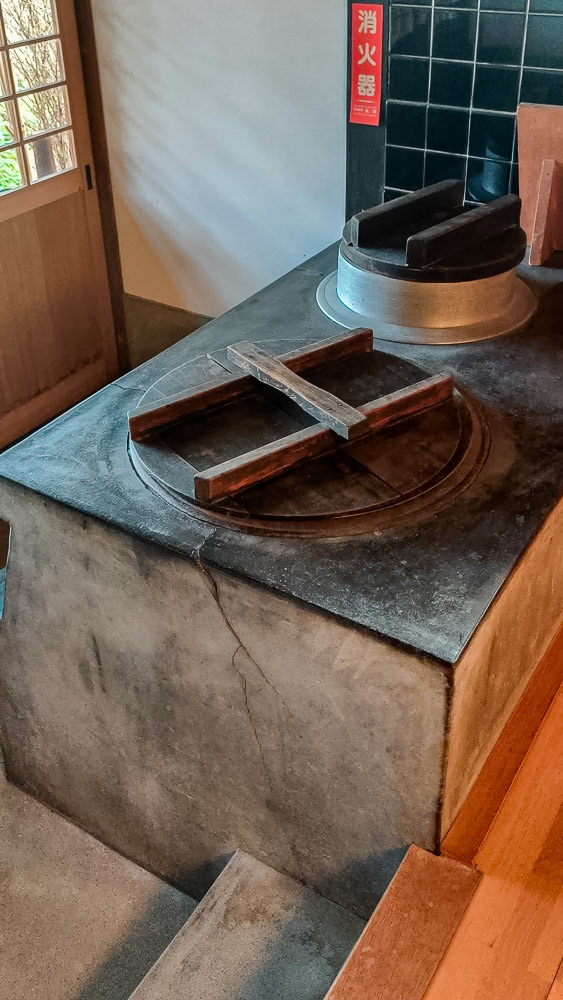
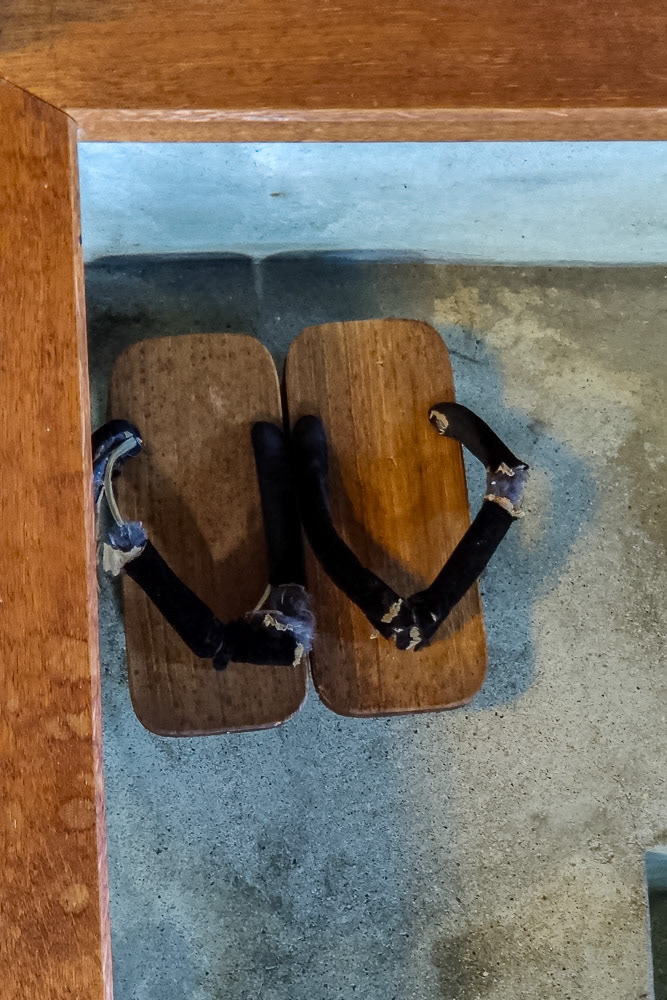
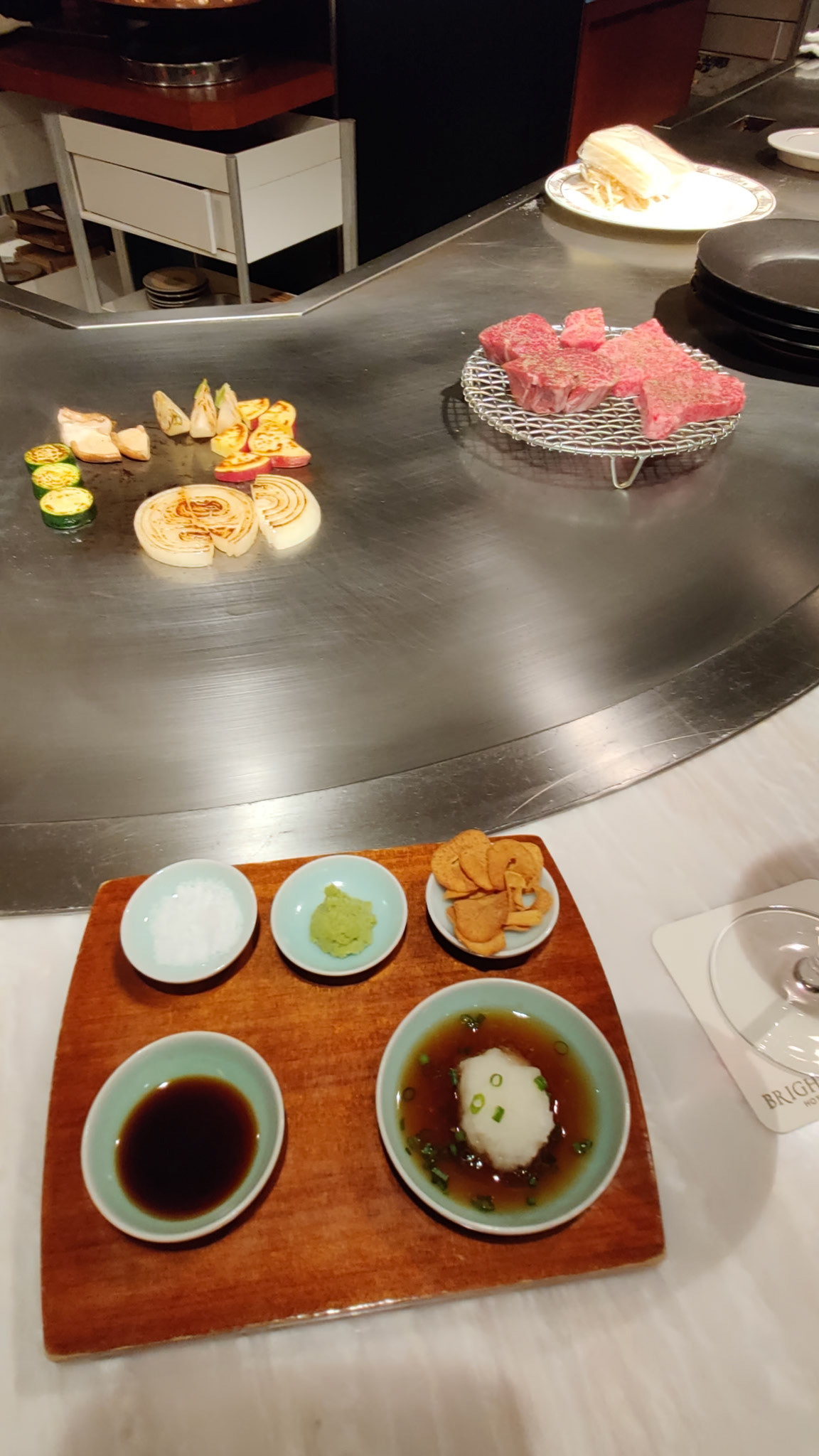

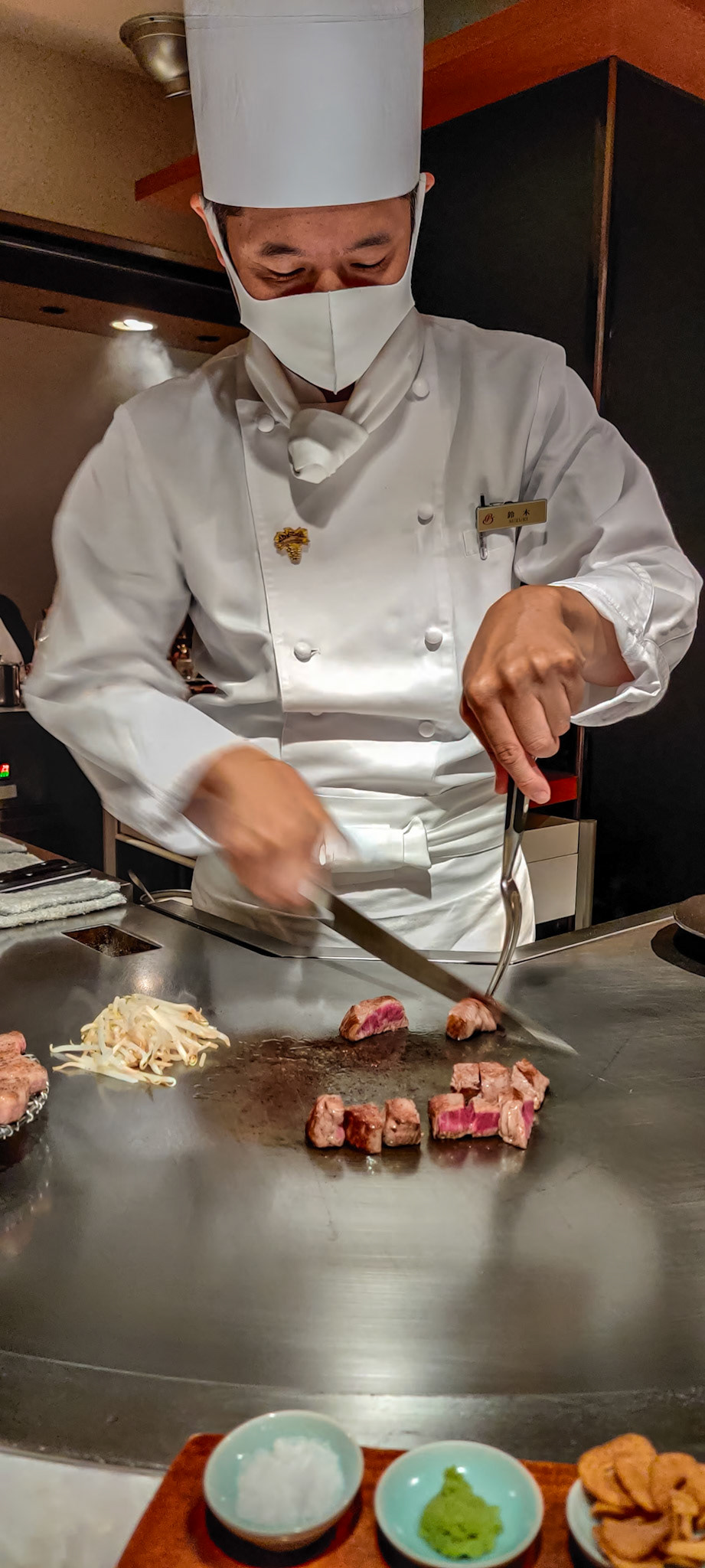
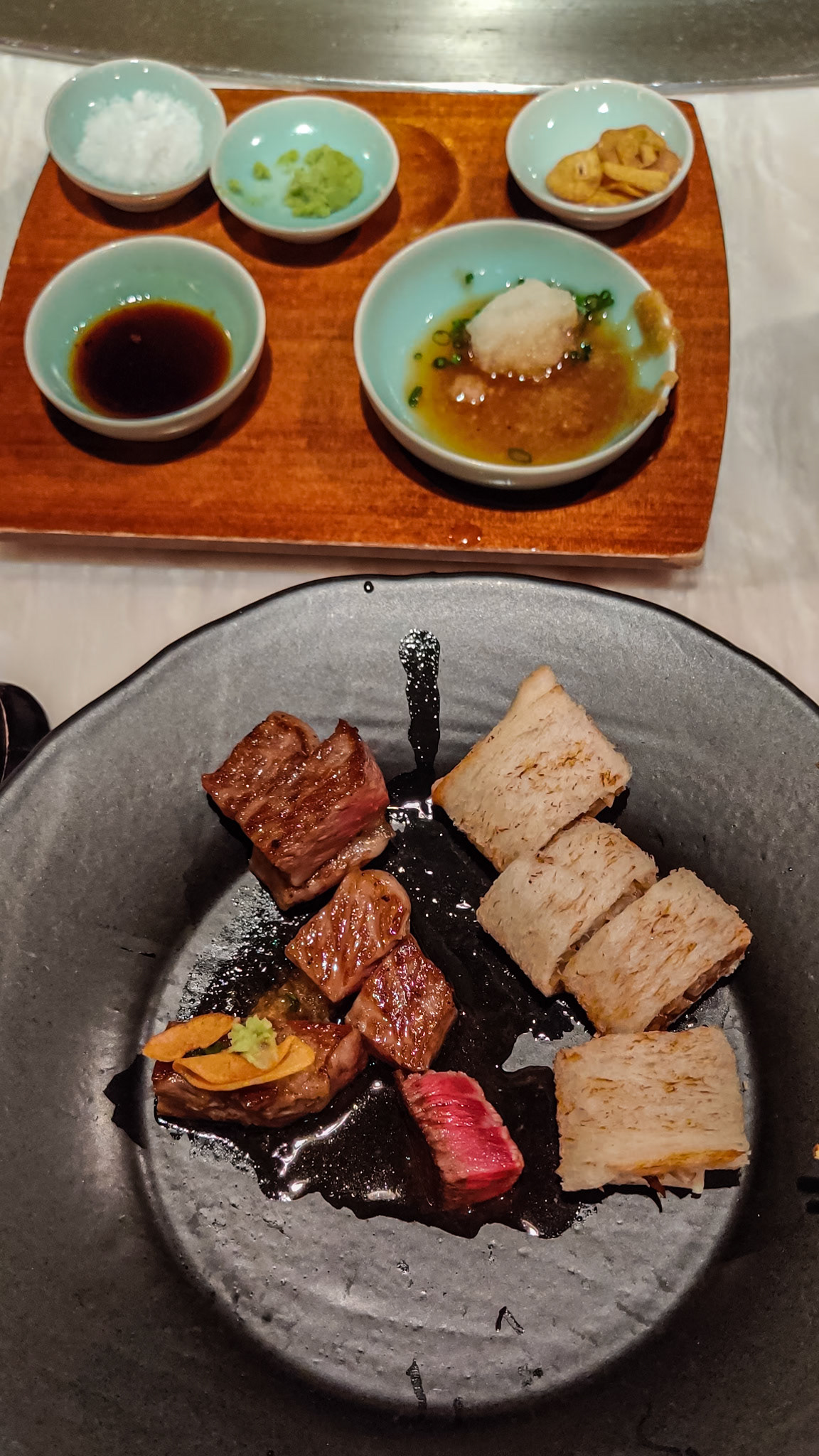
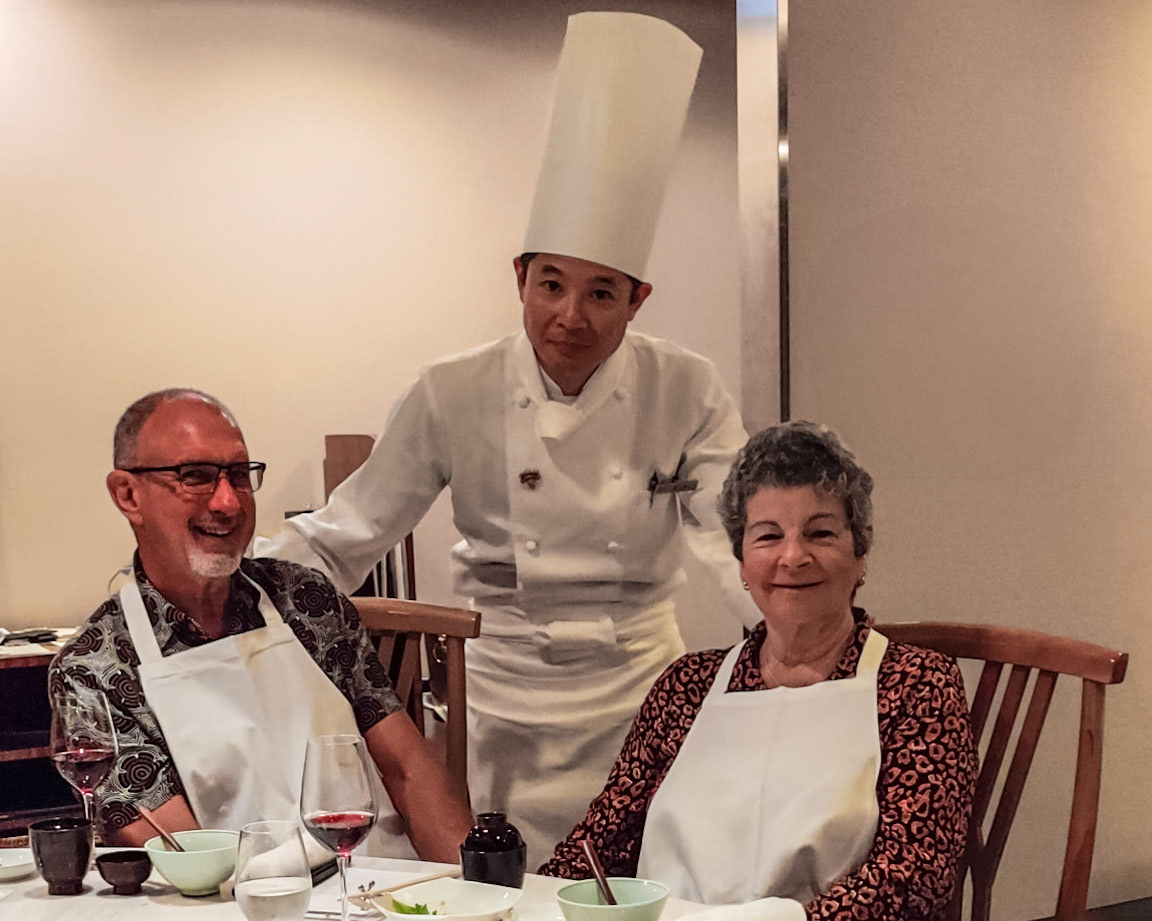
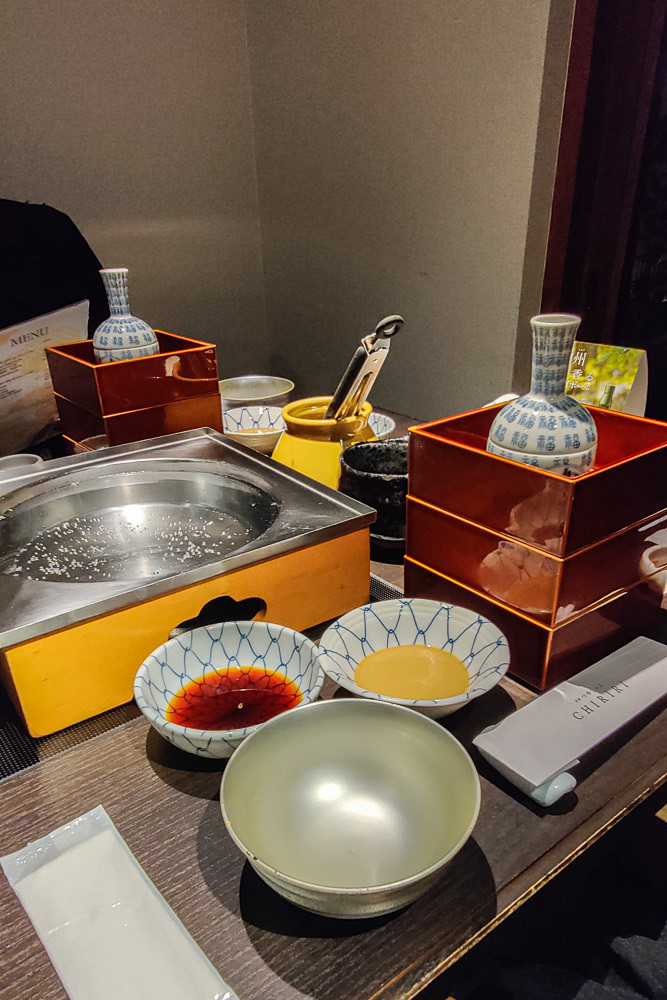
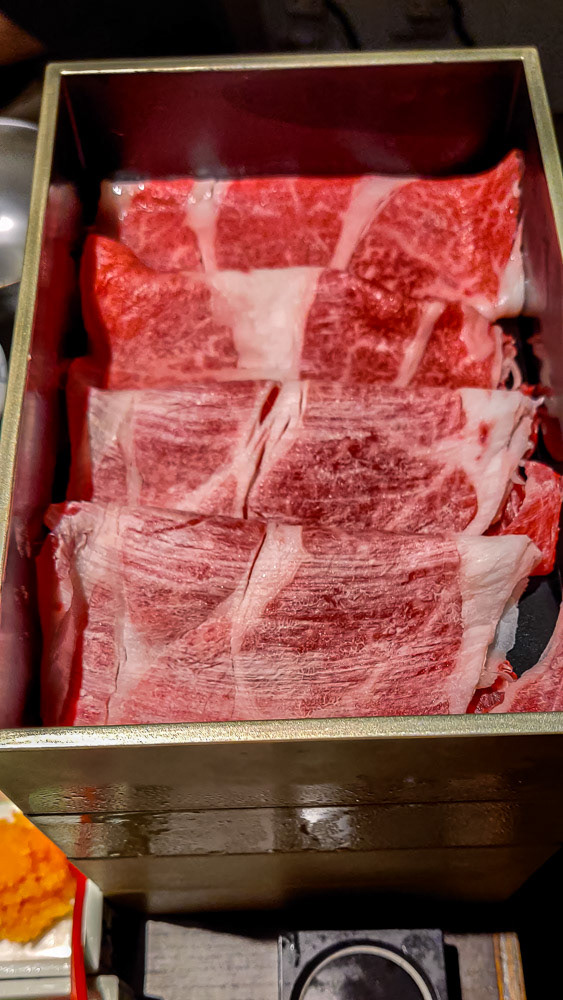
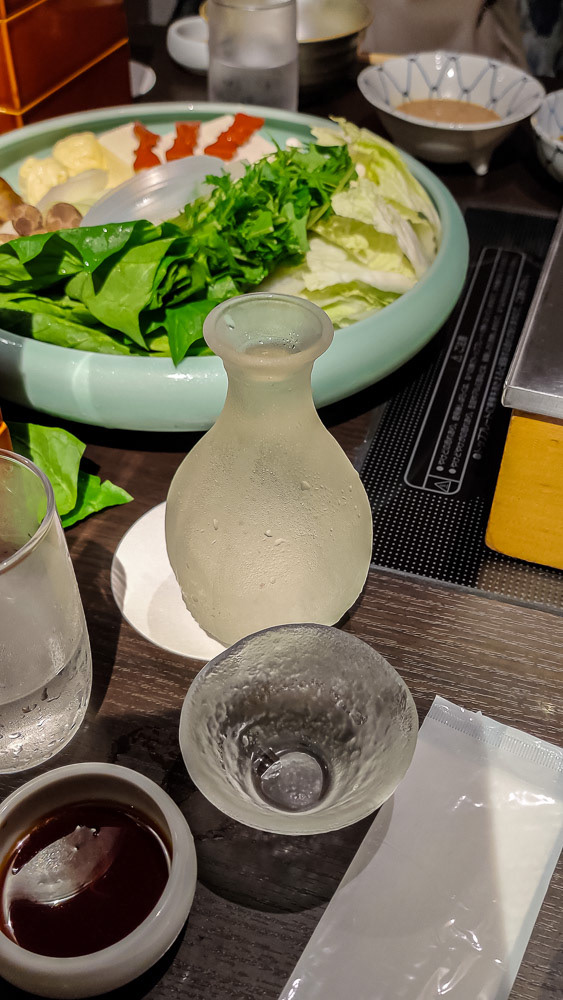
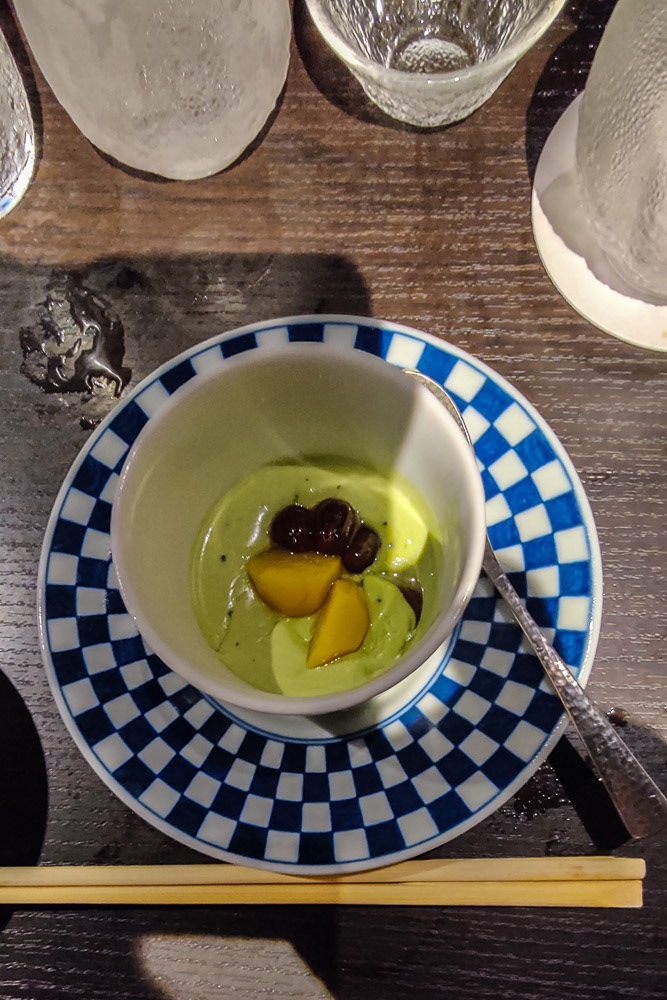
Day 6 - Our second in Kyoto begins with a visit to the Arashiyama Bamboo Grove and the surrounding area by rickshaw then followed by a visit to Kyoto's famous Golden Pavilion.

We meet up with our rickshaw-man in Arashiyama district of Kyoto to visit the bamboo forest.

We are entering Arashiyama Bamboo Grove or Sagano Bamboo Forest, a natural bamboo forest in Arashiyama, Kyoto.

Sagano bamboo forest has a number of paths winding throughout it for visitors.
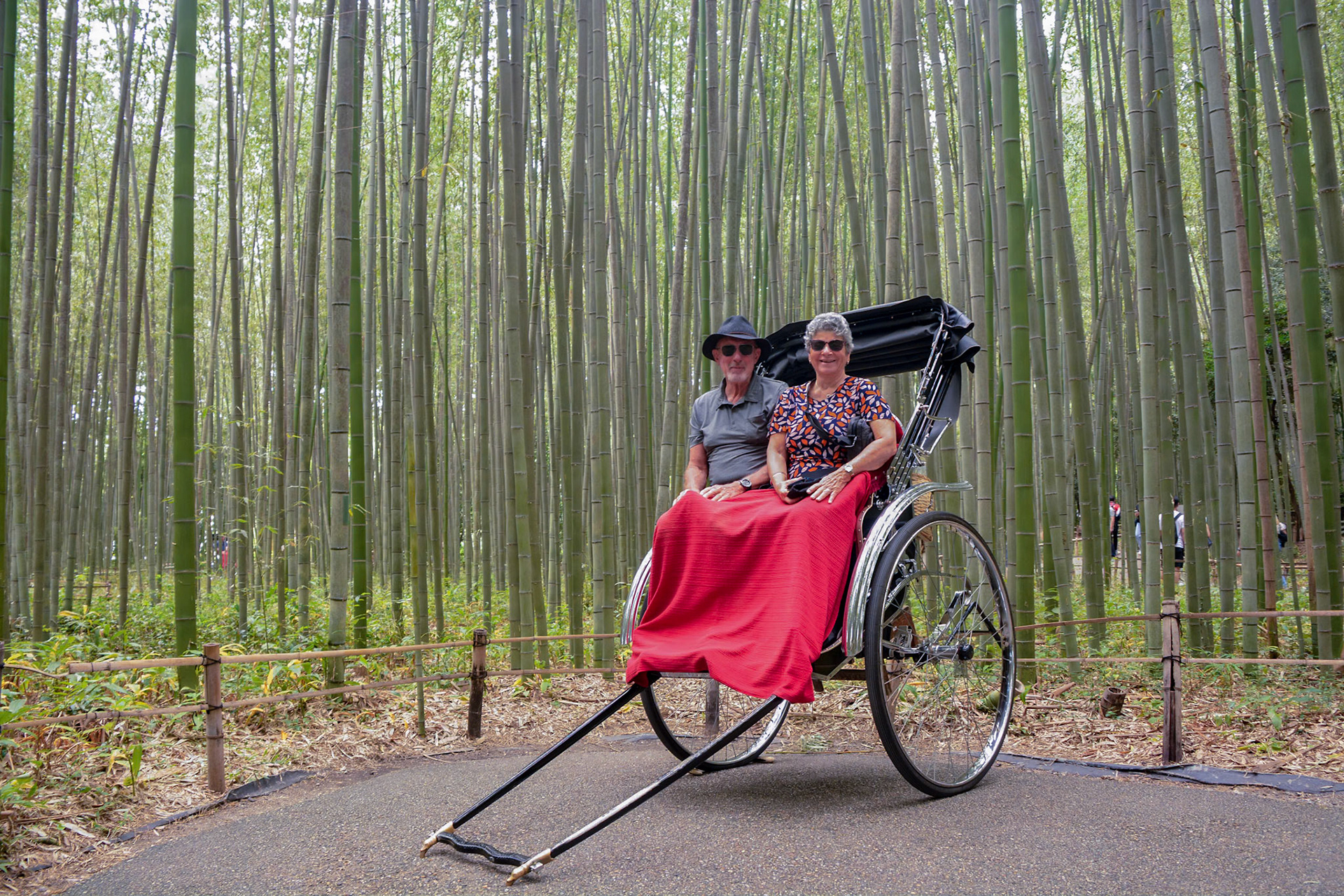
Deep inside the famous Arashiyama Bamboo Grove.

A couple of cute Buddist garden gnomes greet us along our journey.
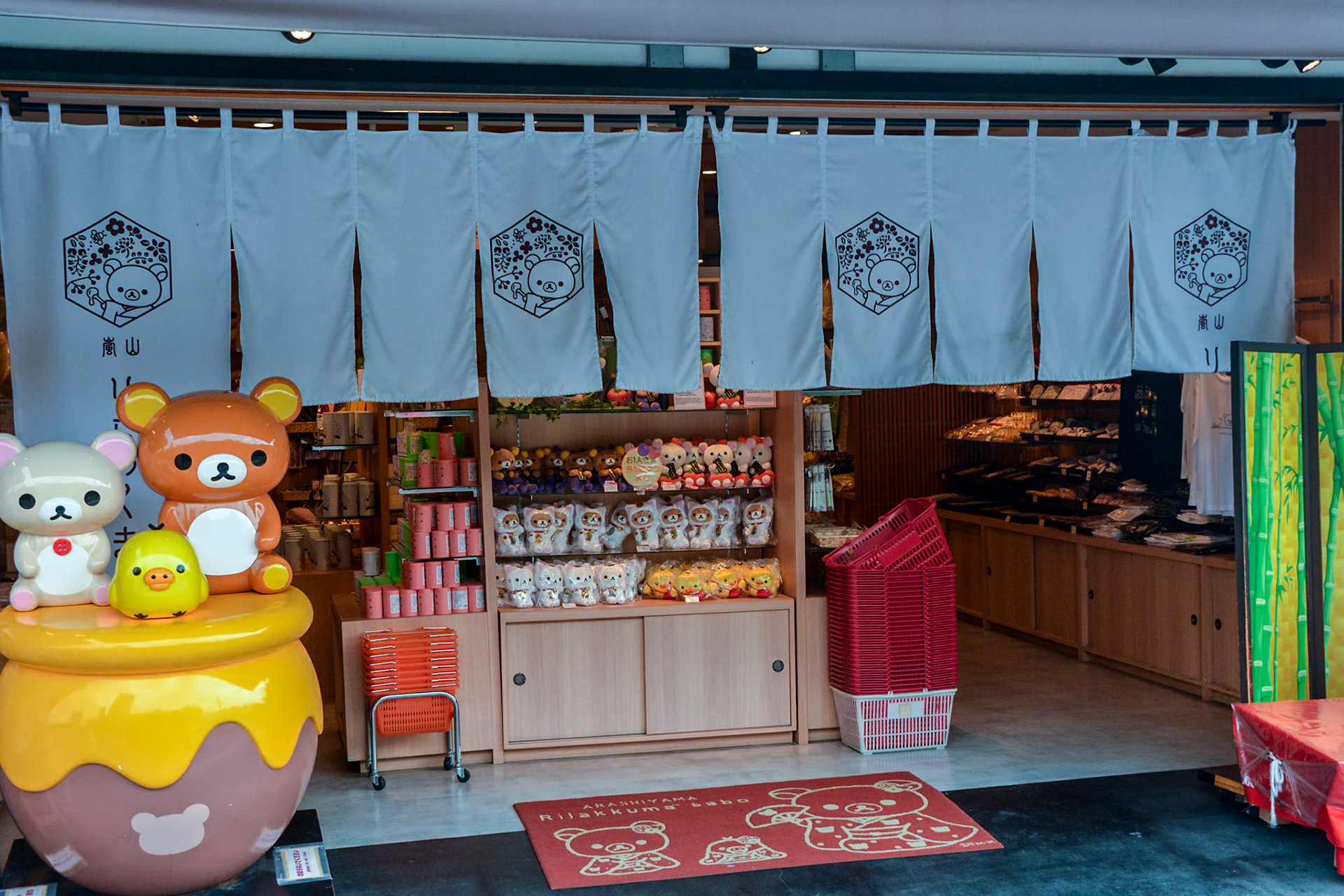
Rilakkuma sabo cafe. Based on a popular fictional bear character by the Japanese company San-X and created by Aki Kondo.
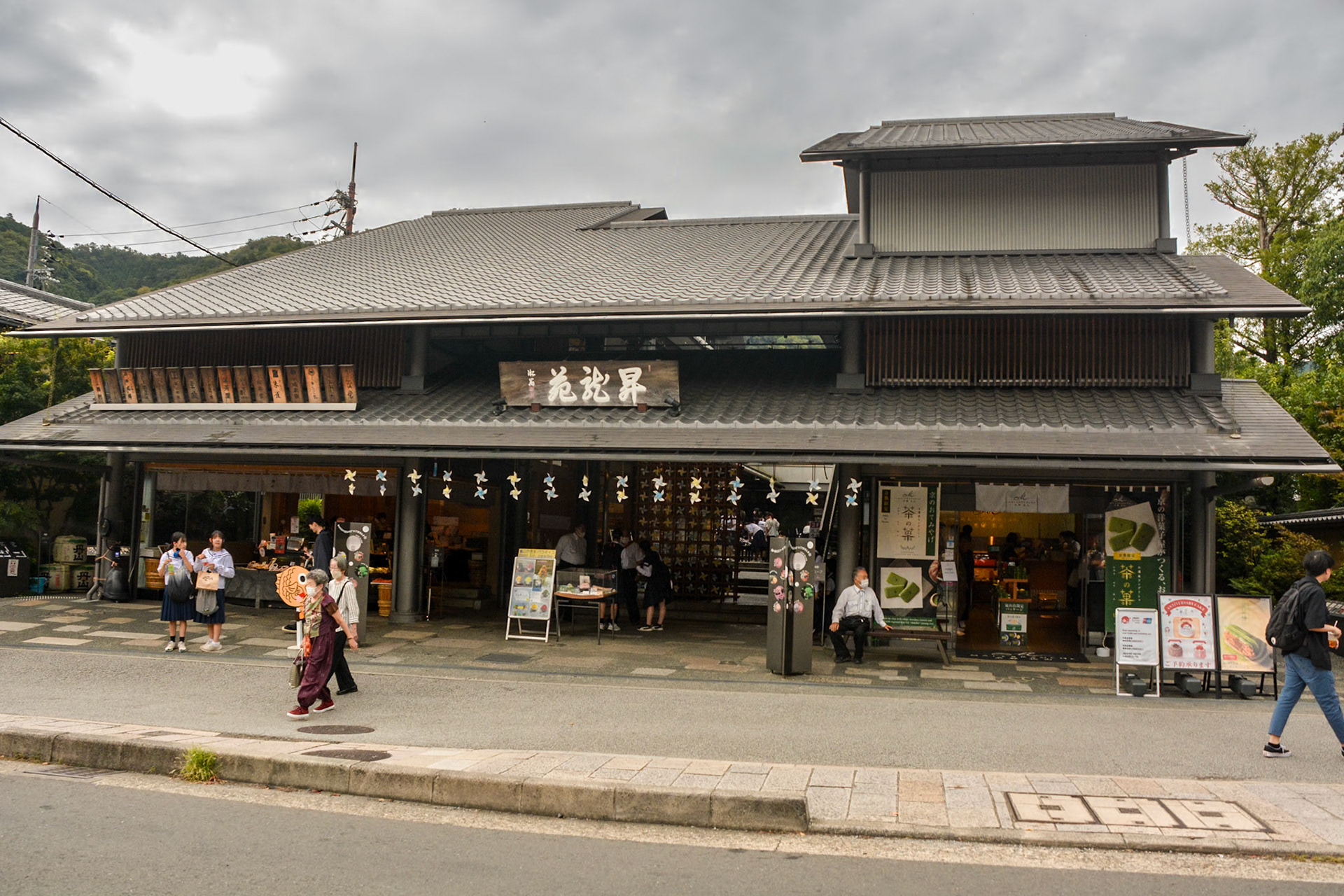
Village shops along the streets of the Arashiyama district.
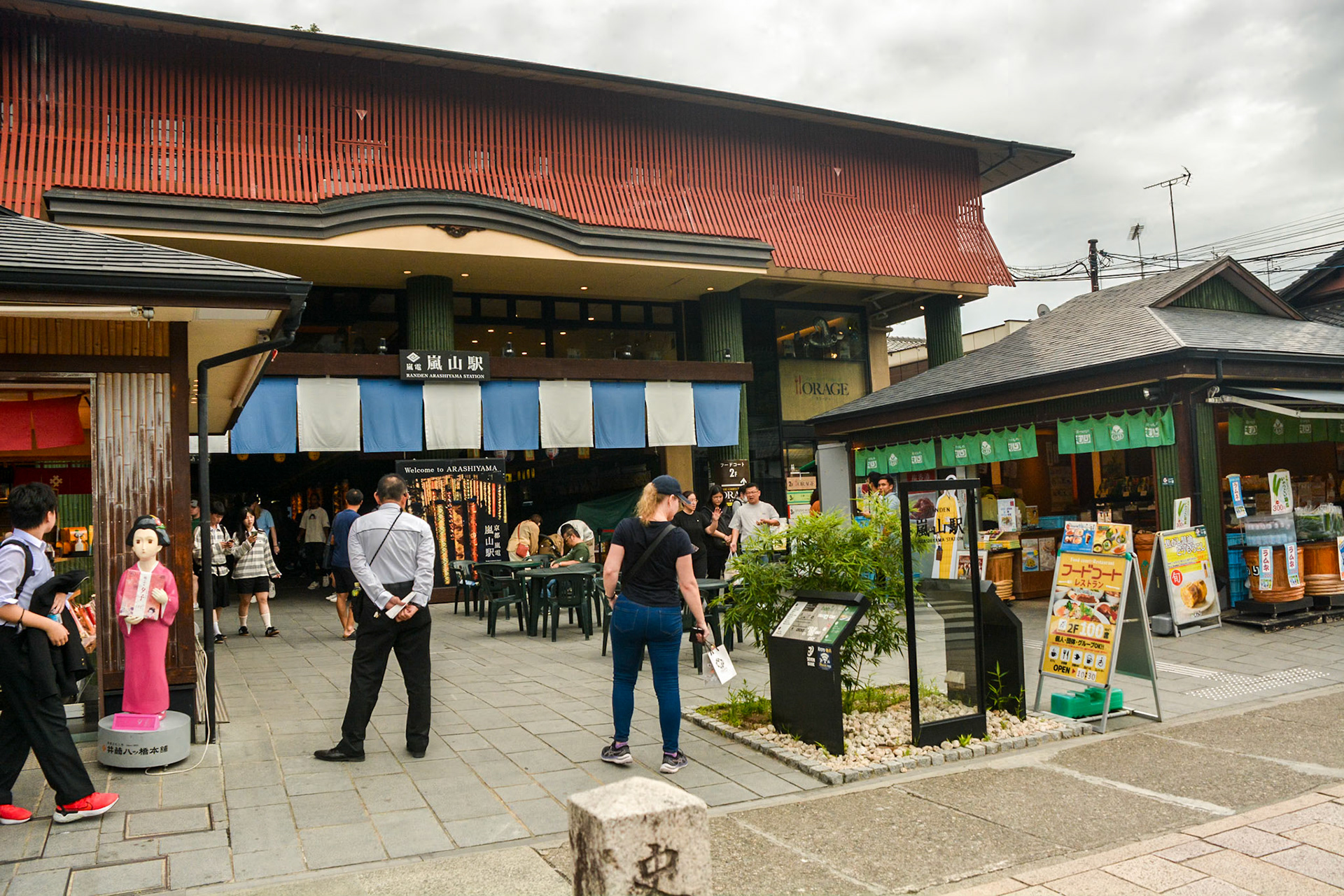
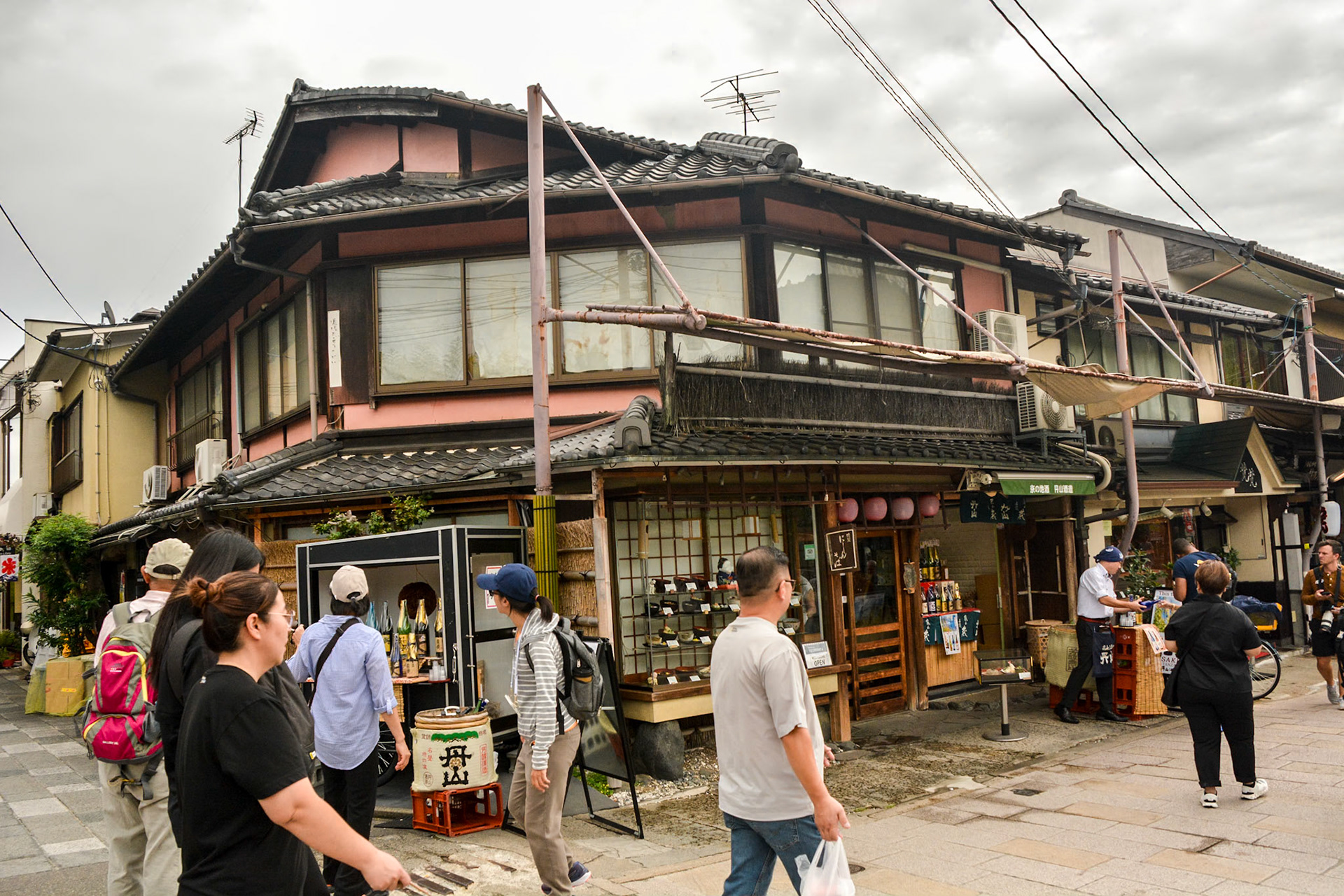

Mount Arashi across the Ōi River weir.

Buddhist statue garden.
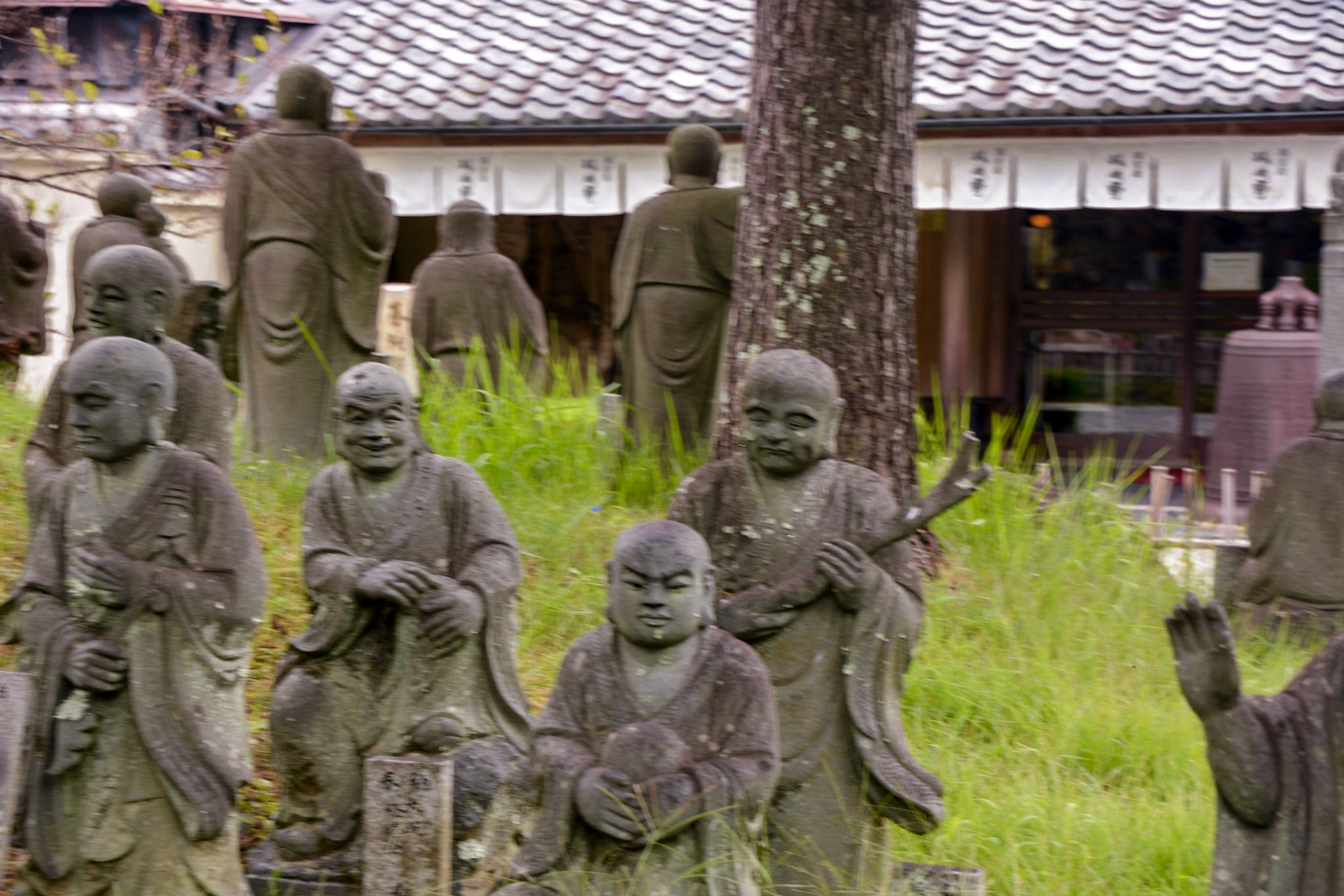
Each statue is said to have a unique facial expression.
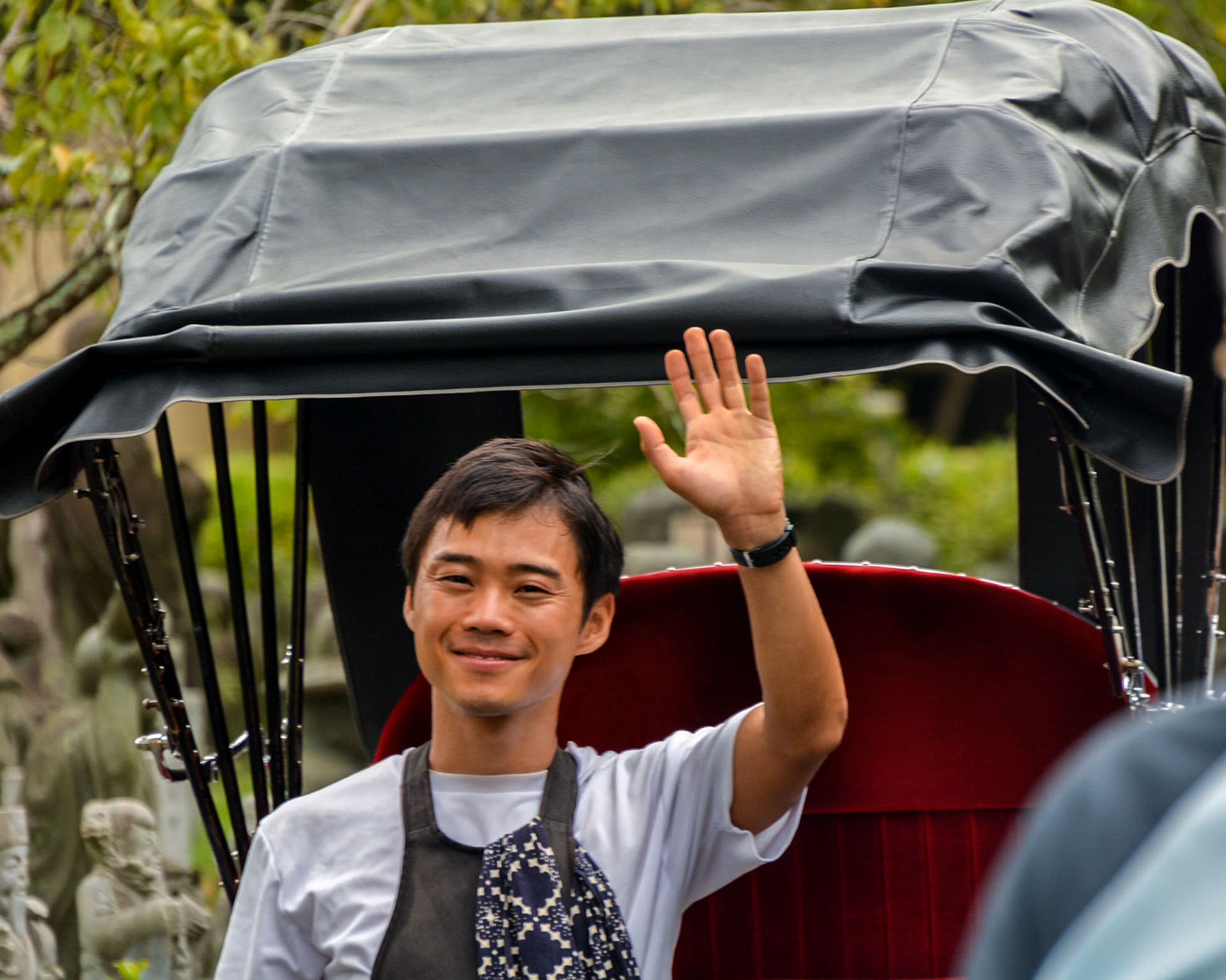
A farewell wave from our Rickshaw man.
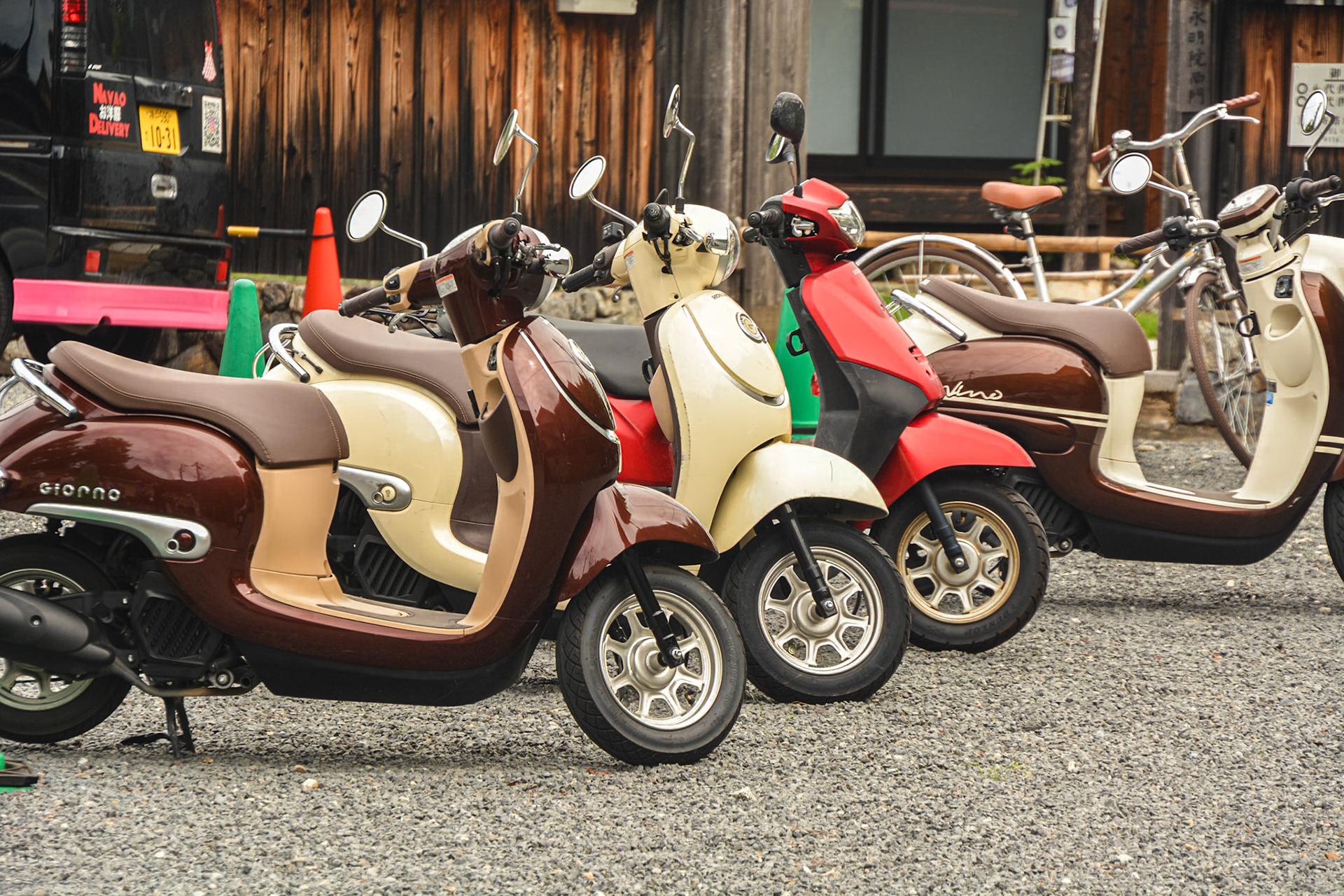
Scooter parking to rival any Italian village., however Honda Giorno scooters are the chosen ride.
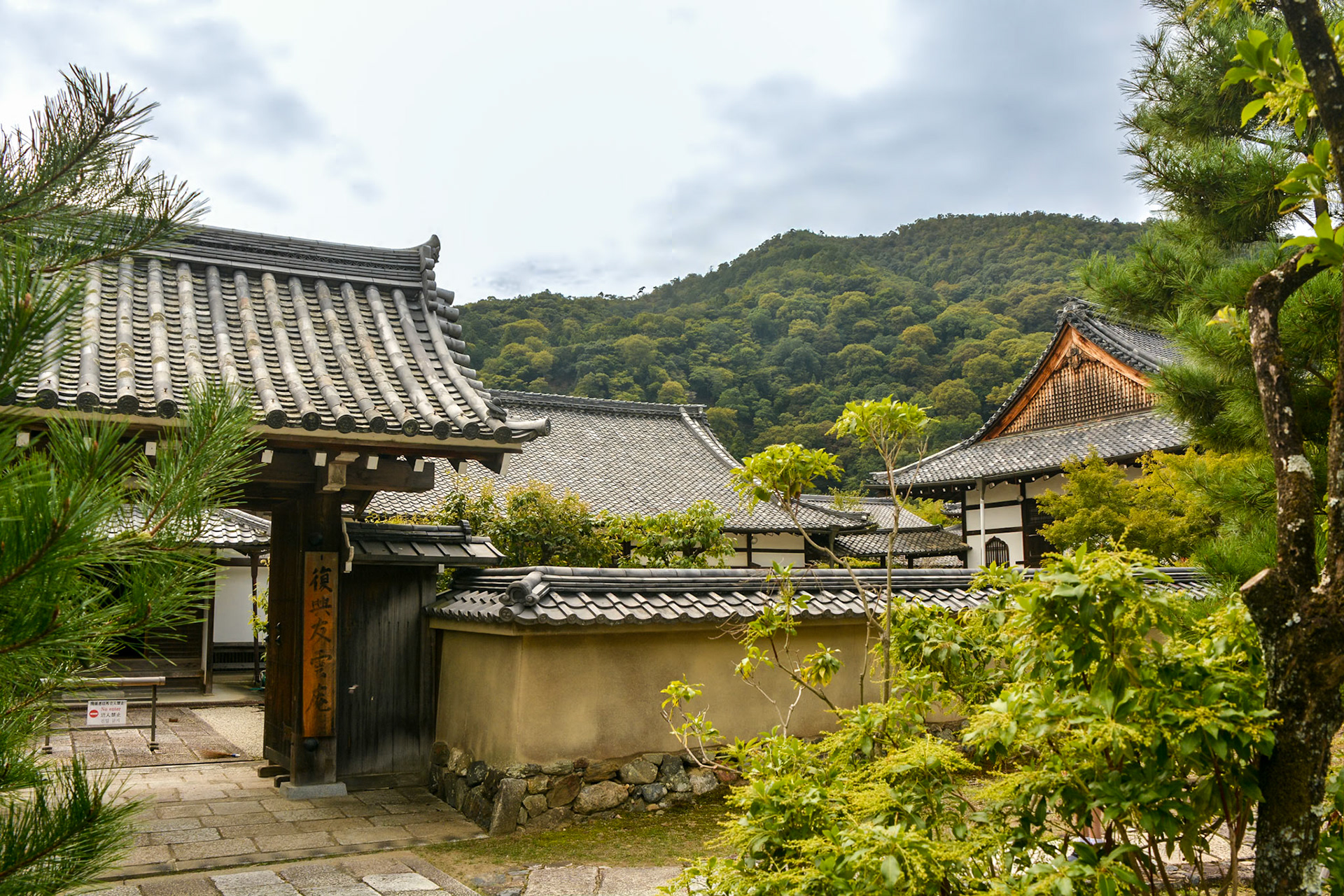
Tenryu-ji Temple entrance and gardens.
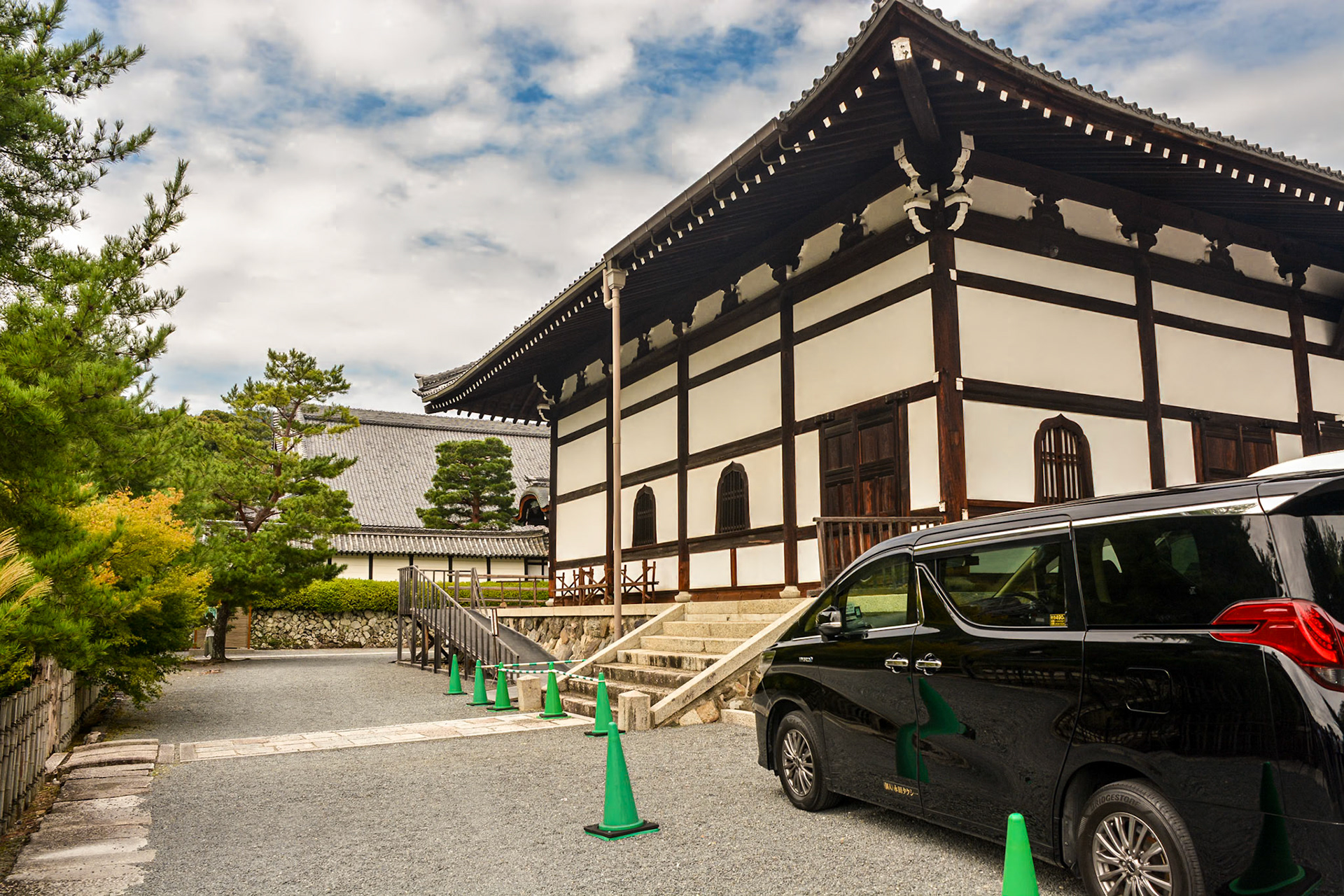
Tenryu-ji Temple teaching hall with Yosemune (hipped) roofline.
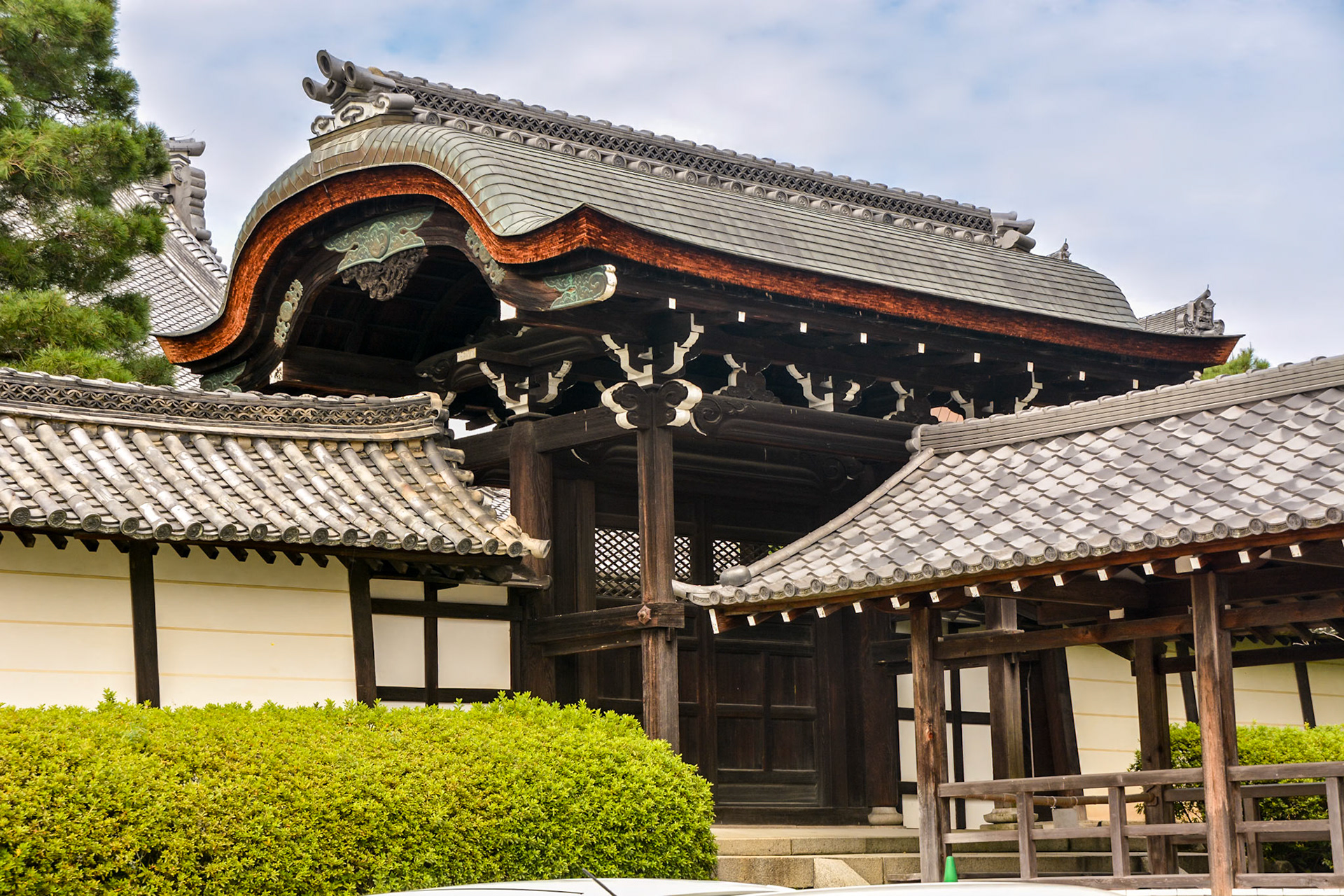
Tenryu-ji Temple gate with kara-hafu, an undulating bargeboard roofline.
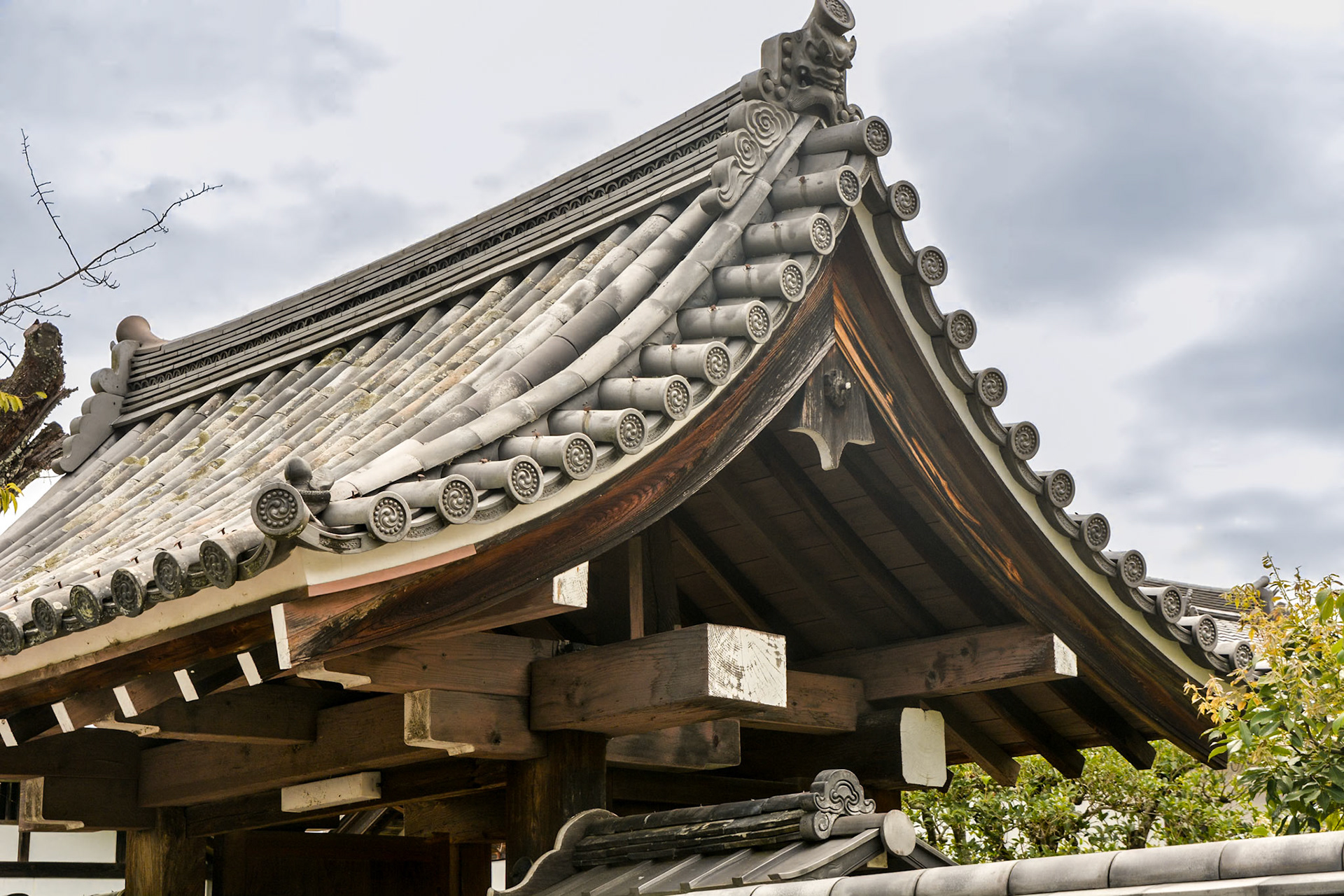
Tenryu-ji Temple portico Kirizuma (gable) roof detail.
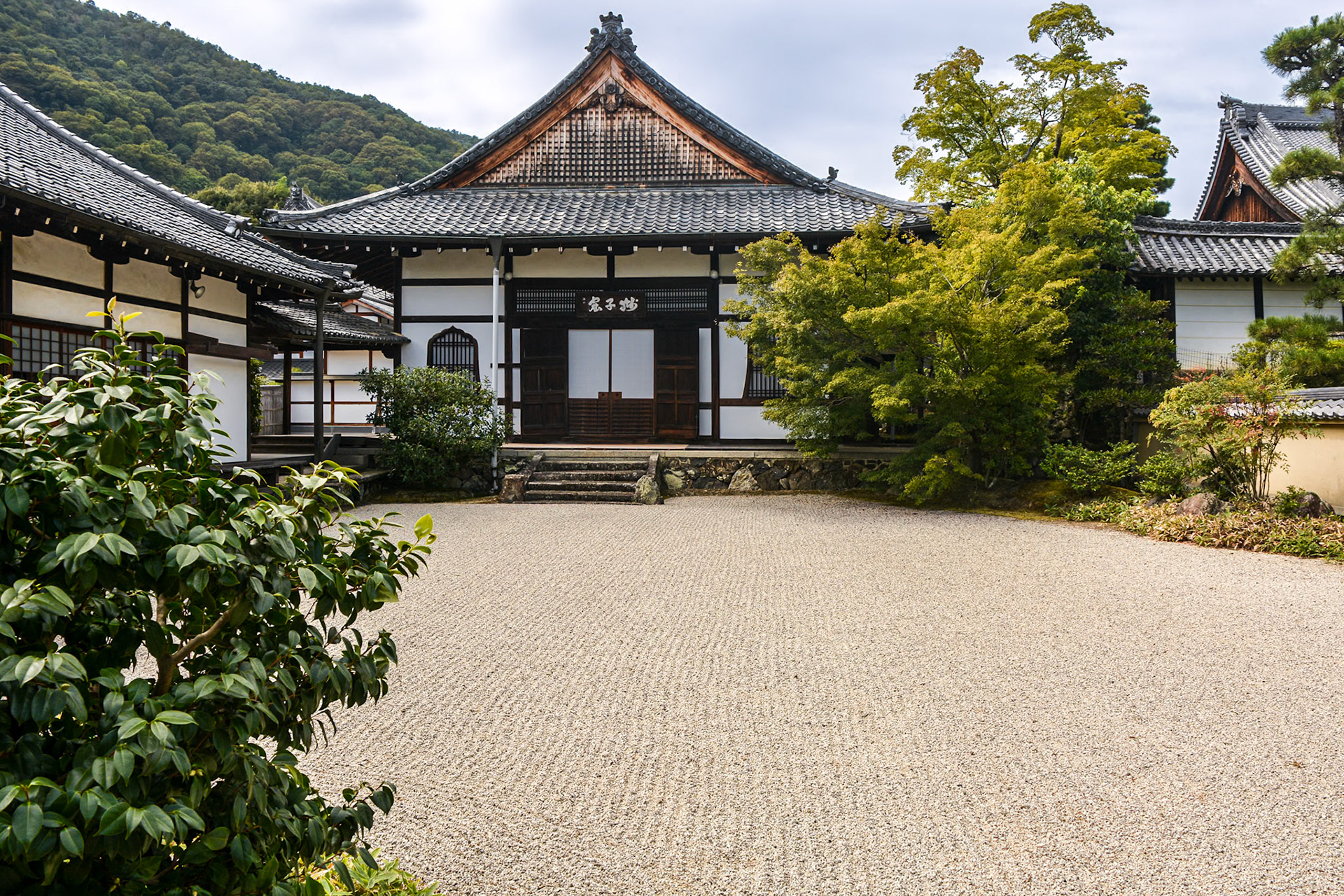
Tenryu-ji Temple, meticulously raked gravel Zen Garden.
Kinkaku-ji or Golden Pavilion
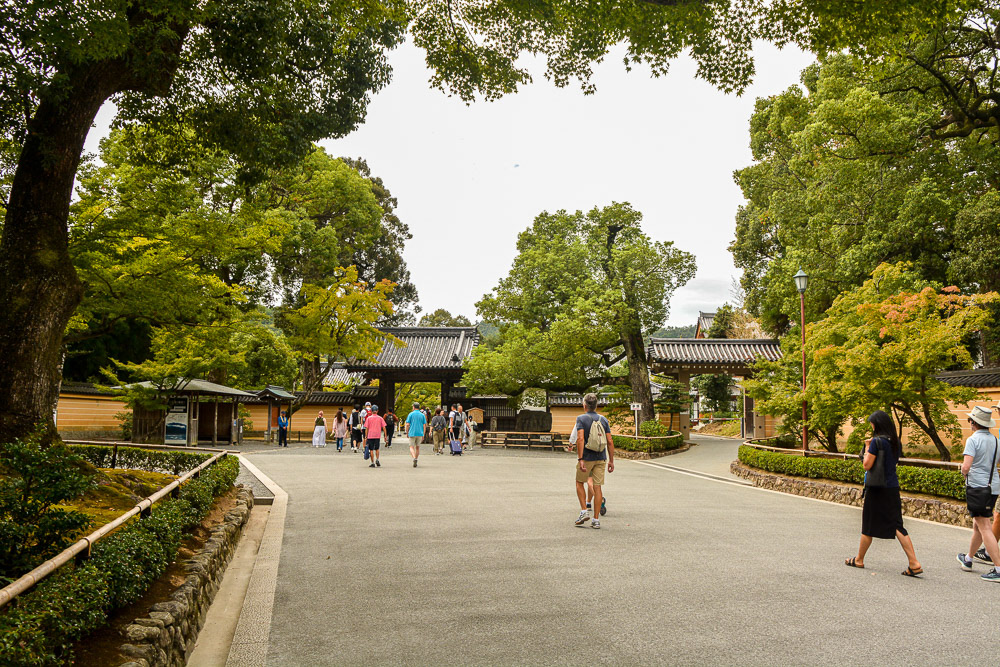
The main entrance to Kinkaku-ji temple grounds.
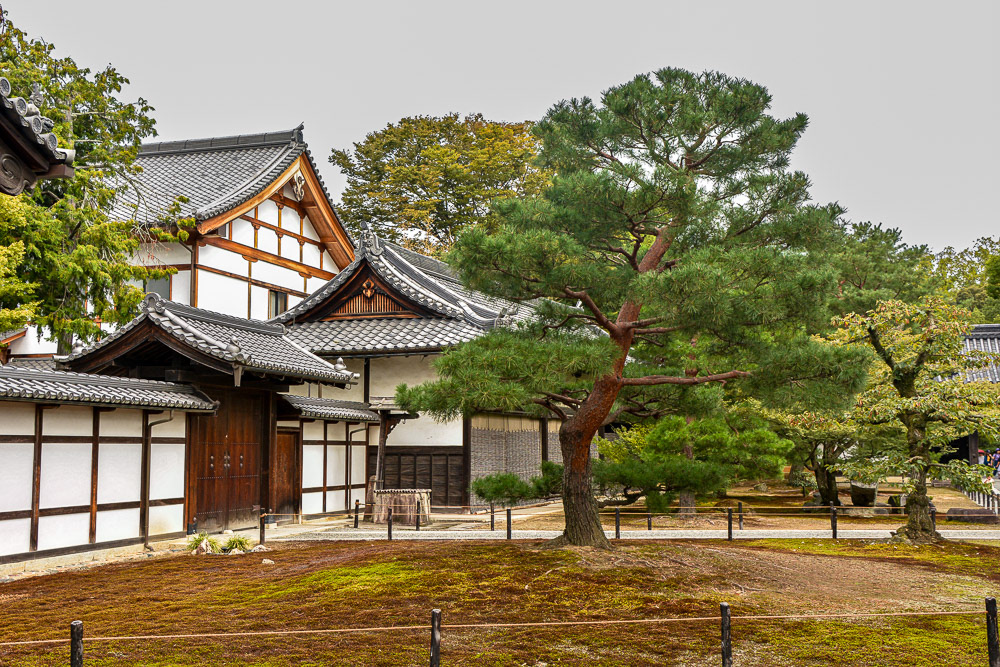
A Japanese Black Pine tree and traditional buildings near the main entrance to Kinkaku-ji temple.
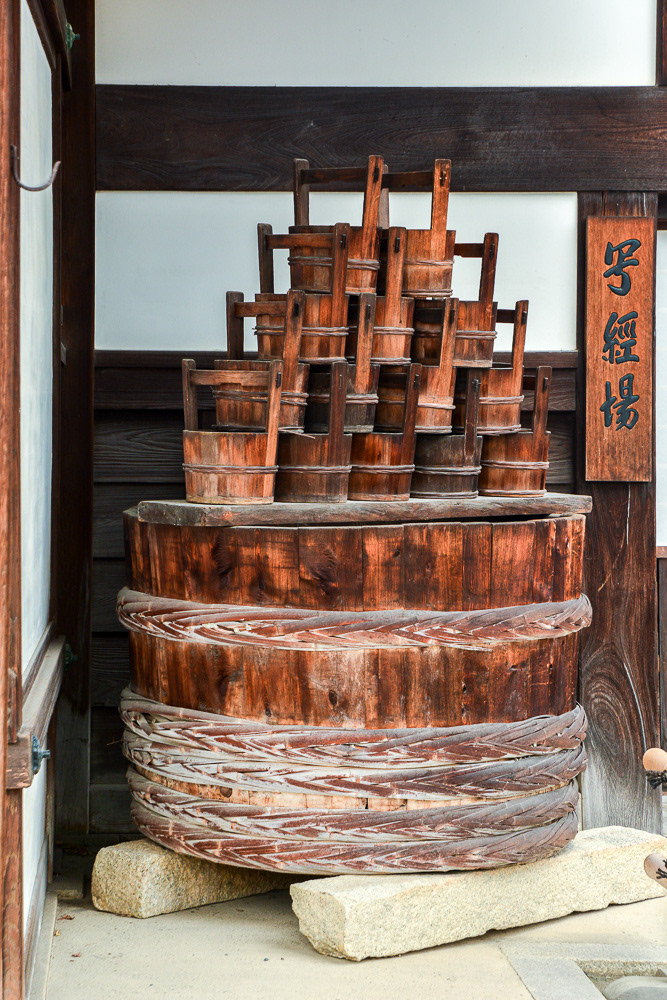
Wooden tubs and buckets of all sizes.
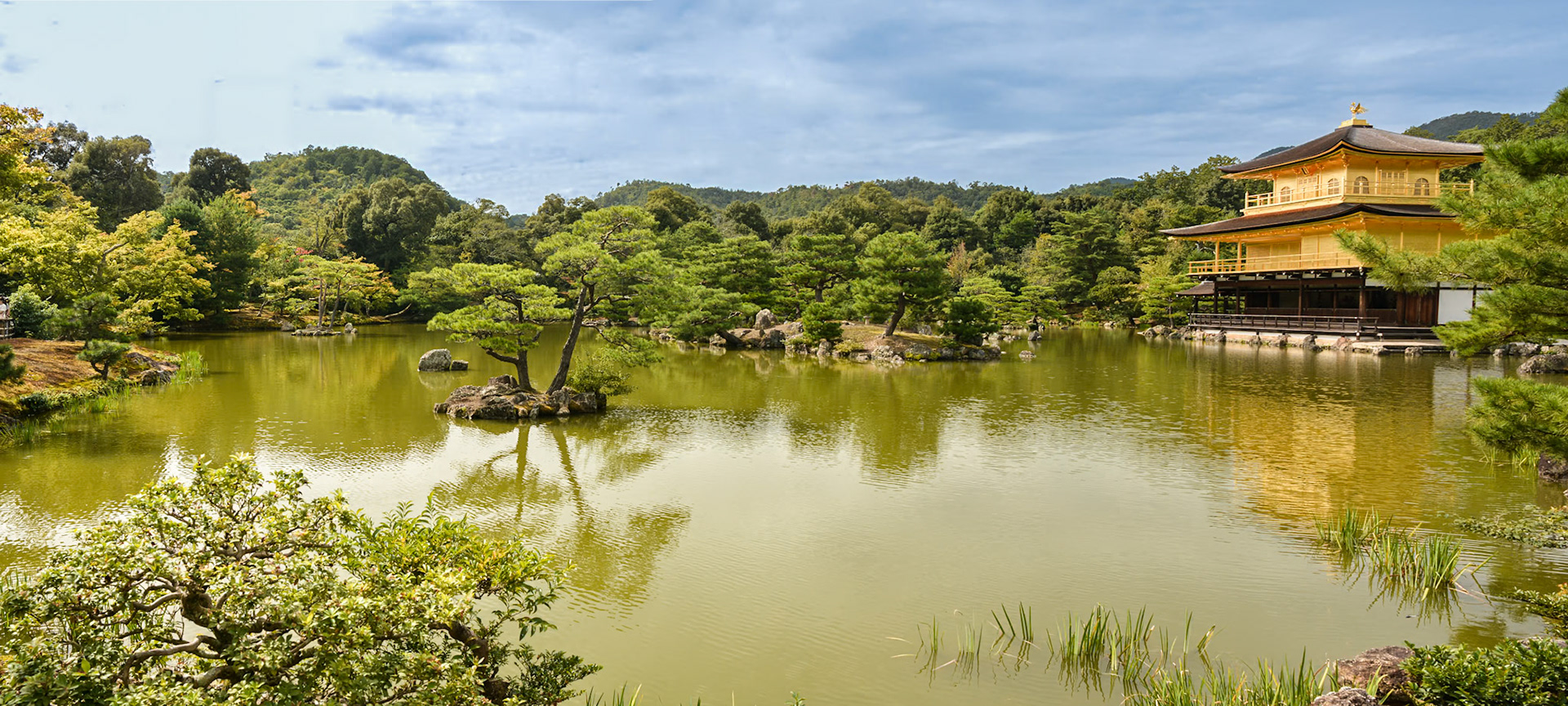
A panoramic view of the pond and Kinkaku-ji (the Golden Pavilion).

The Shariden at Rokuon-ji temple, commonly known as Kinkaku-ji (the Golden Pavilion) is reflected in the pond surface.
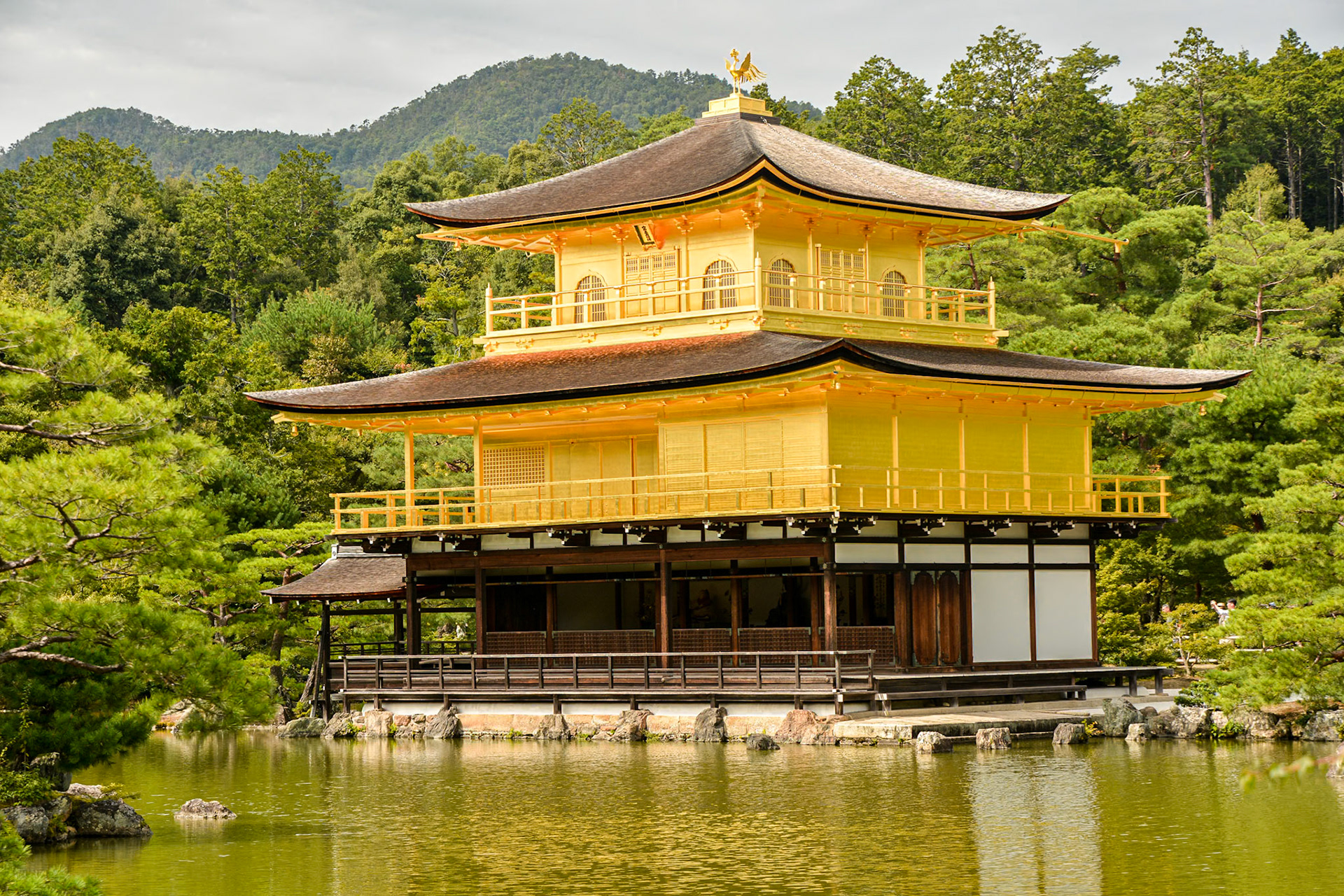
The pavilion successfully incorporates three distinct styles of architecture, which are shinden, samurai and zen, specifically on each floor.
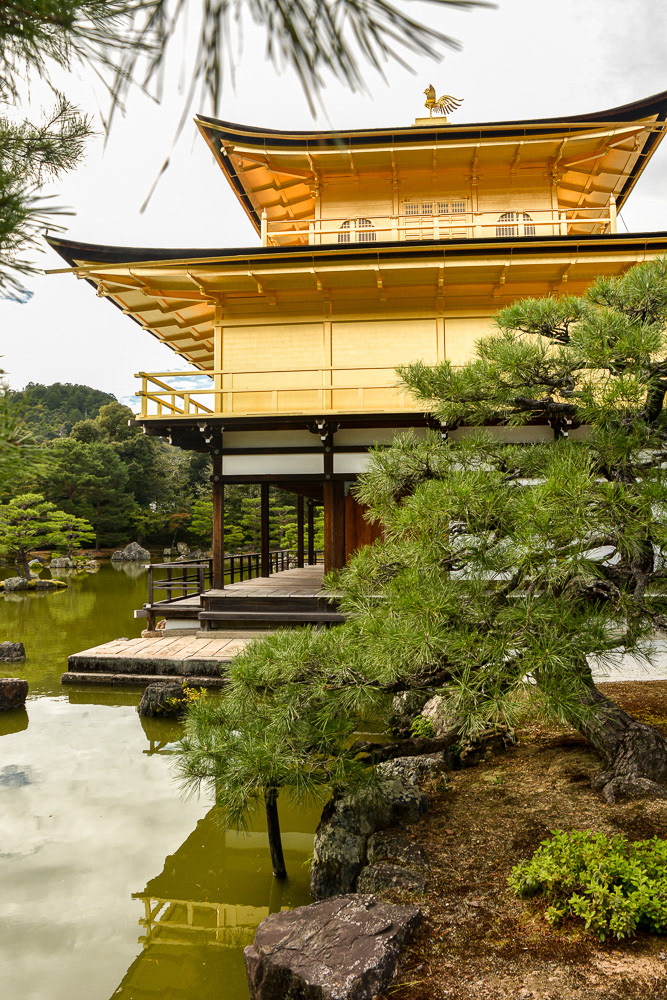
The famous Golden Pavilion, upper levels are sheeted with gold leaf.

The garuda (phoenix-like bird in hindu/buddhist mythology) on the top of Kinkaku-ji.

A fishing deck extends over Kyōko-chi (Mirror Pond) at the Golden Pavilion.
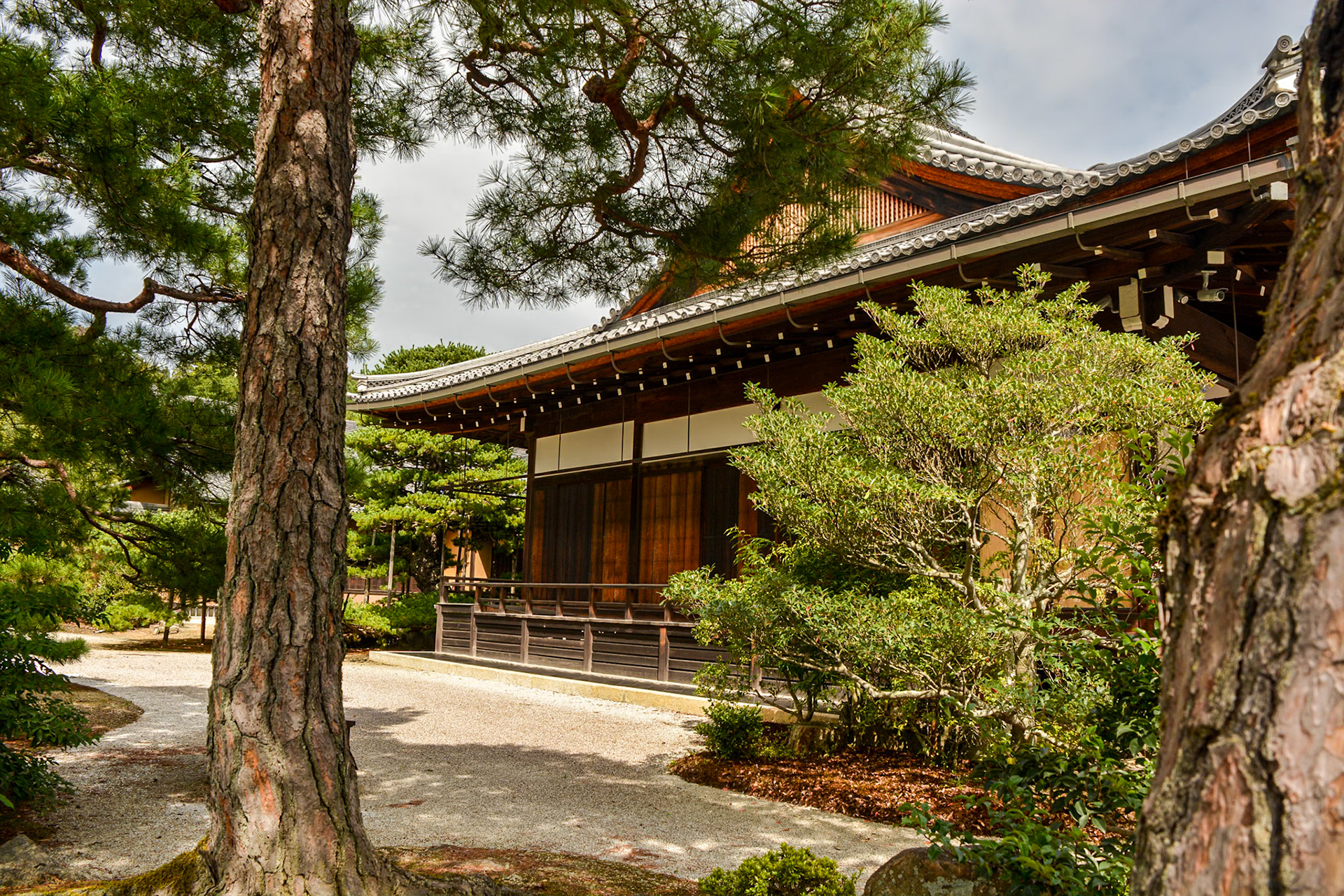
Other buildings of interest also lie with the temple grounds.
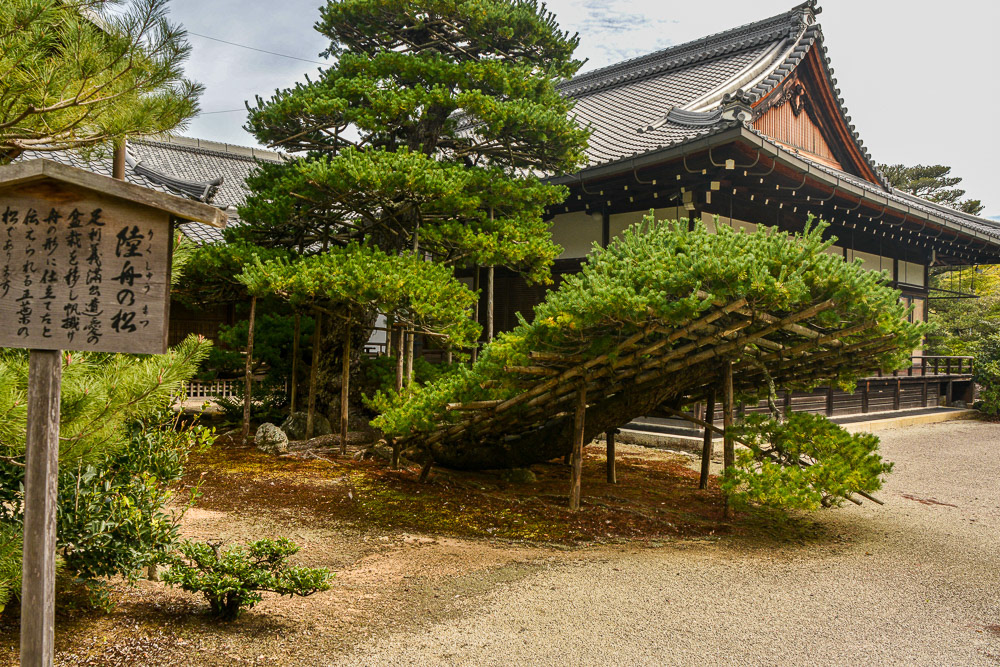
This 600 year old pine tree has its branches supported to prevent self-damage caused by the sheer weight of foliage.
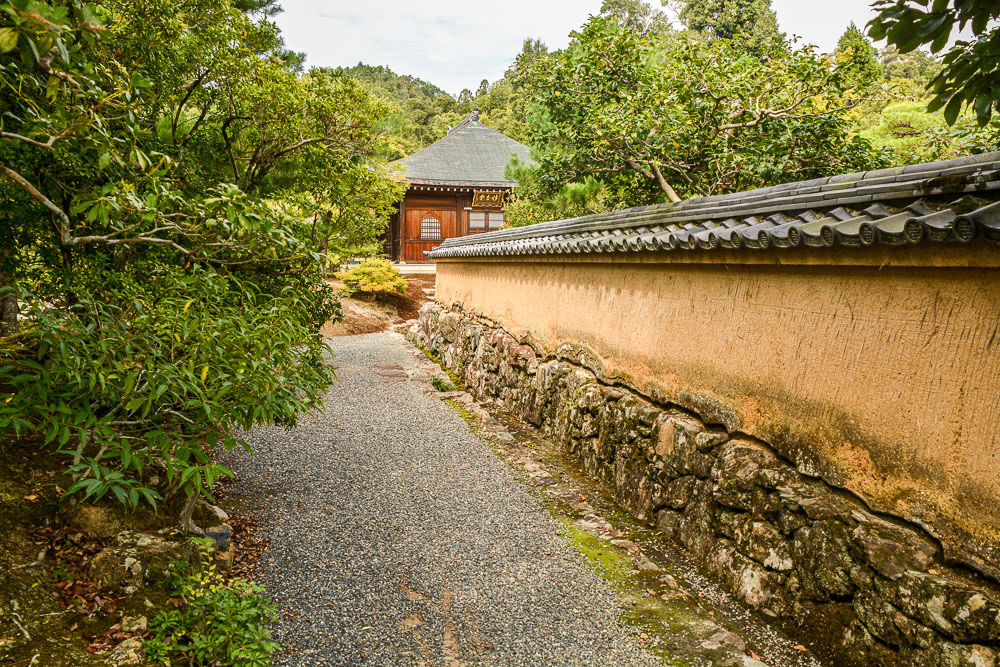
A pathway leads to a building nestled in the gardens.
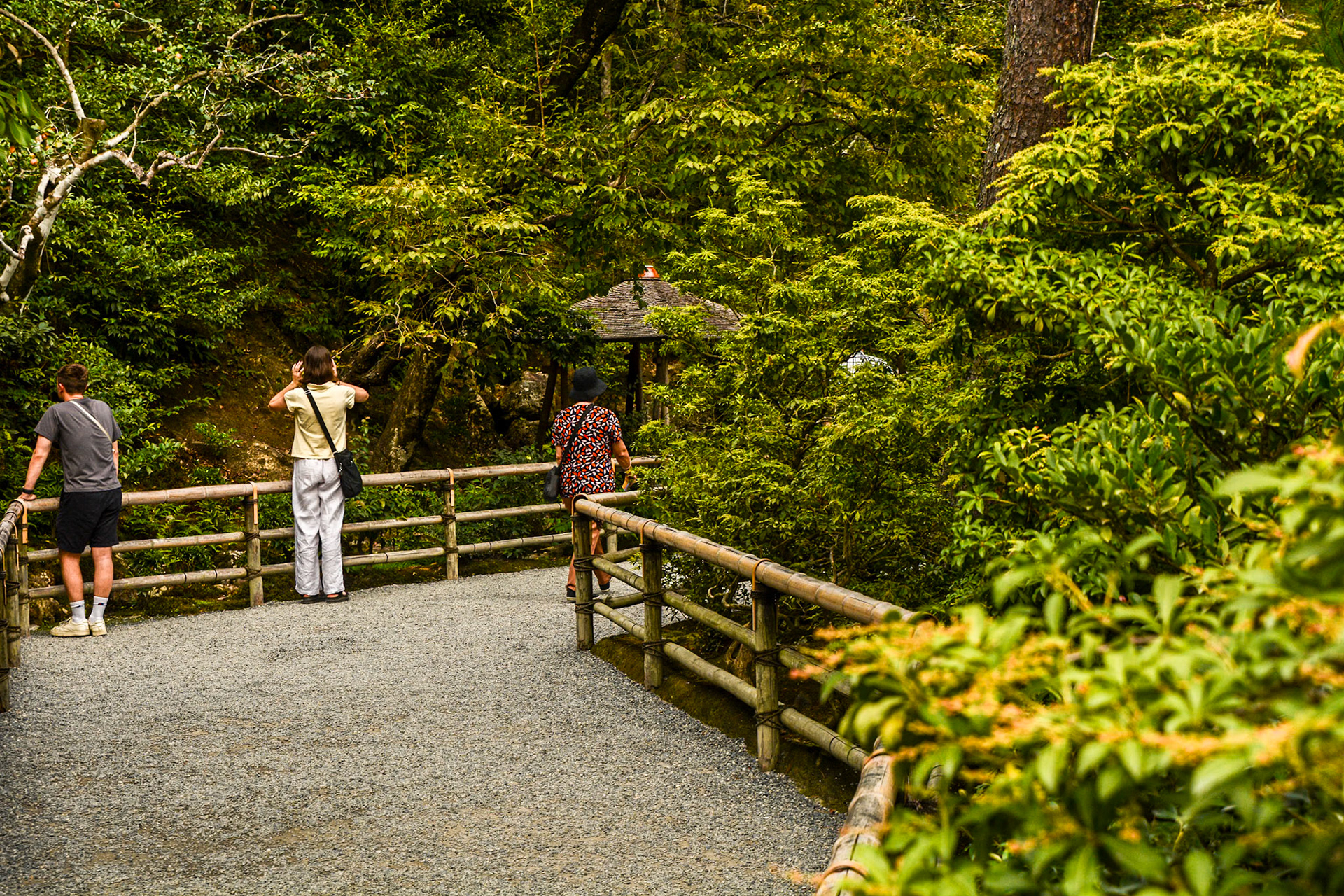
Pathways of the strolling garden.

Roofed grotto beside the path.
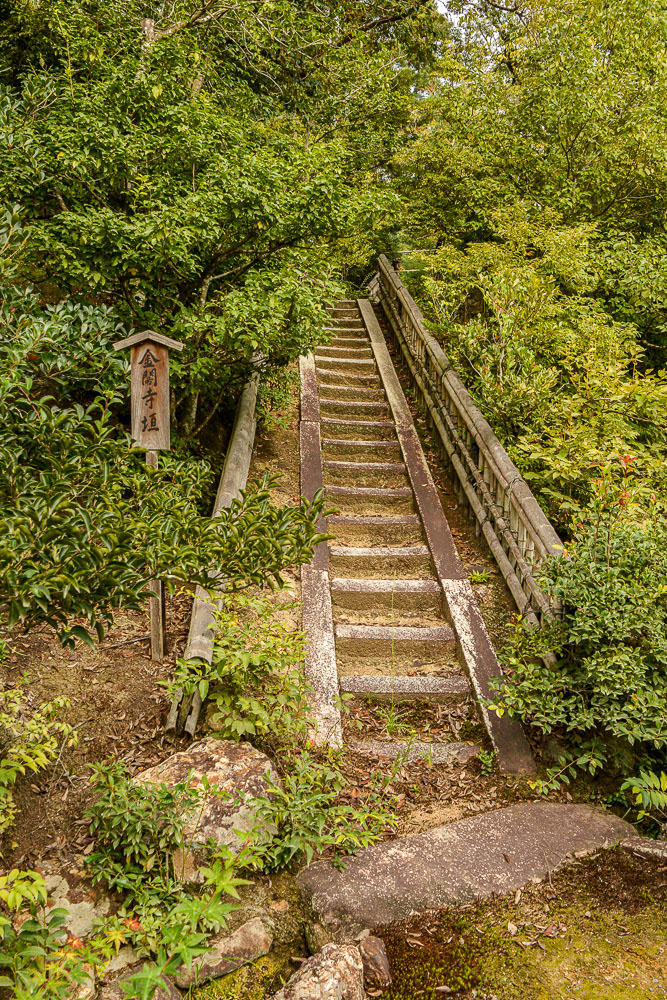
Stairs leading upper levels of the strolling gardens.

A trickling waterfall is a feature of this landscaped grotto.
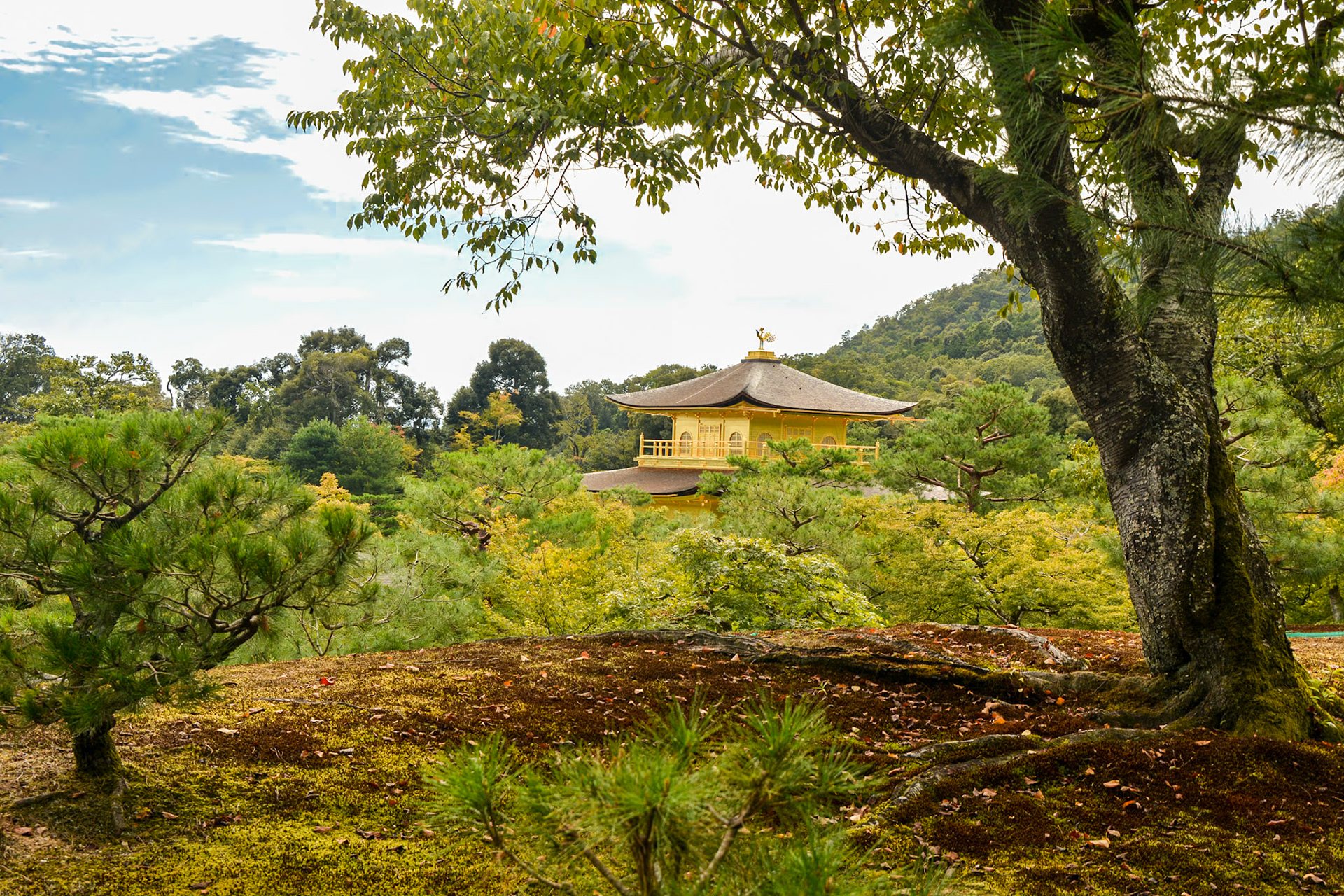
The pavilion's location implements the idea of shakkei (borrowing of scenery) creating an extension of the views surrounding the pavilion and connecting it with the outside world.
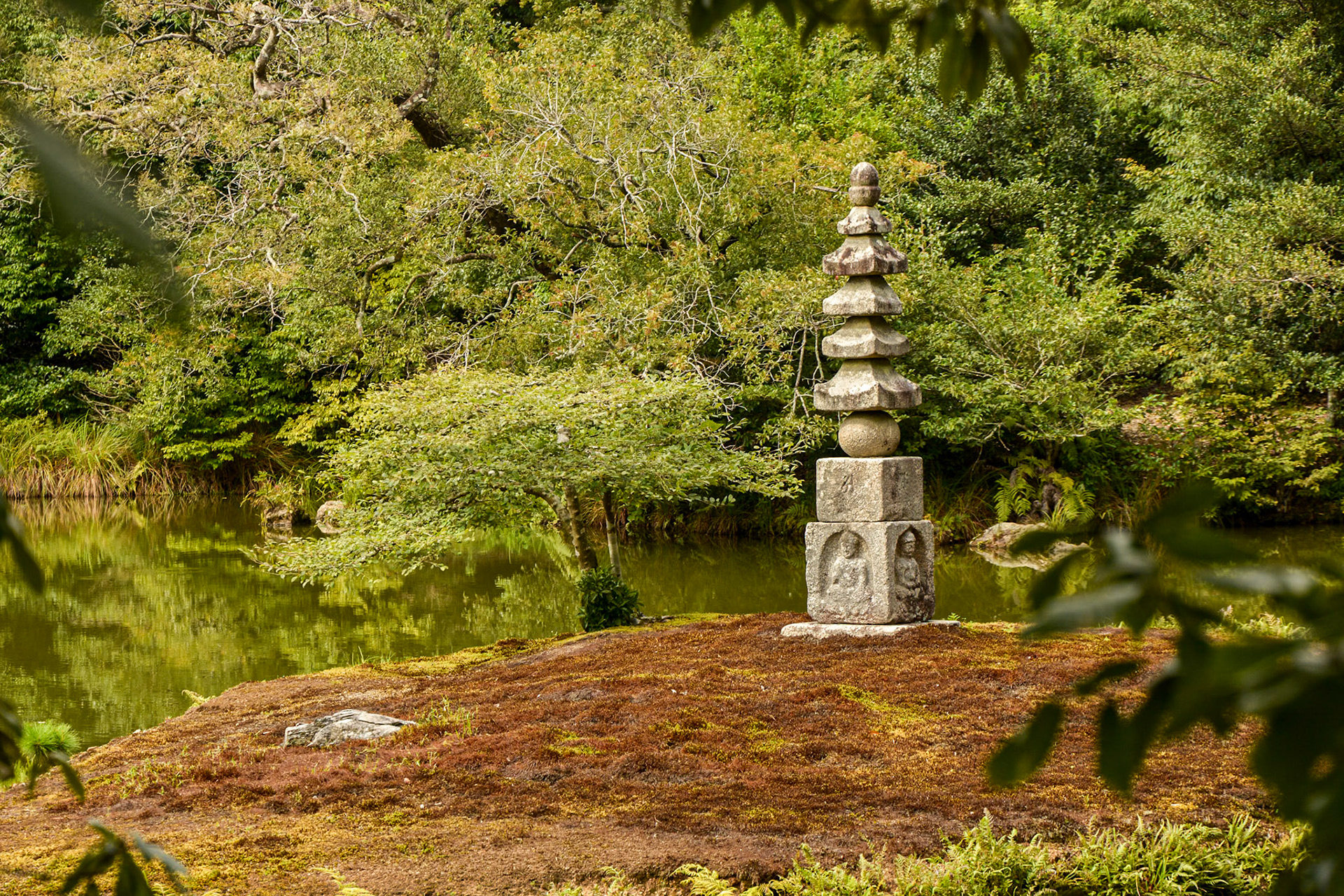
White Snake Pagoda.
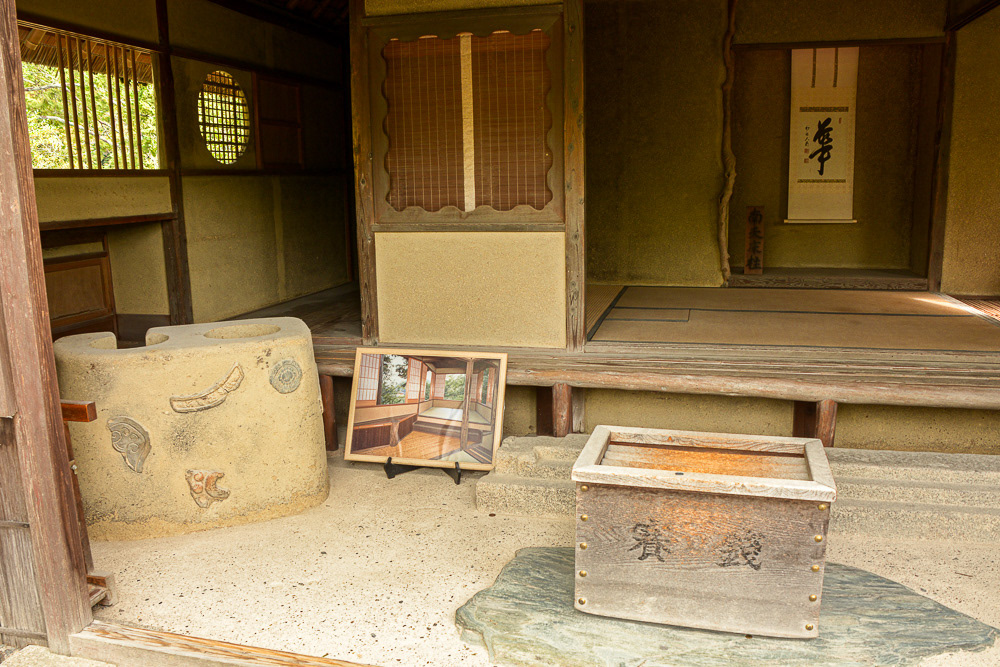
Sekkatei Teahouse, the location affords excellent views of the setting sun reflecting off the Golden Pavilion.

Sekkatei Teahouse.
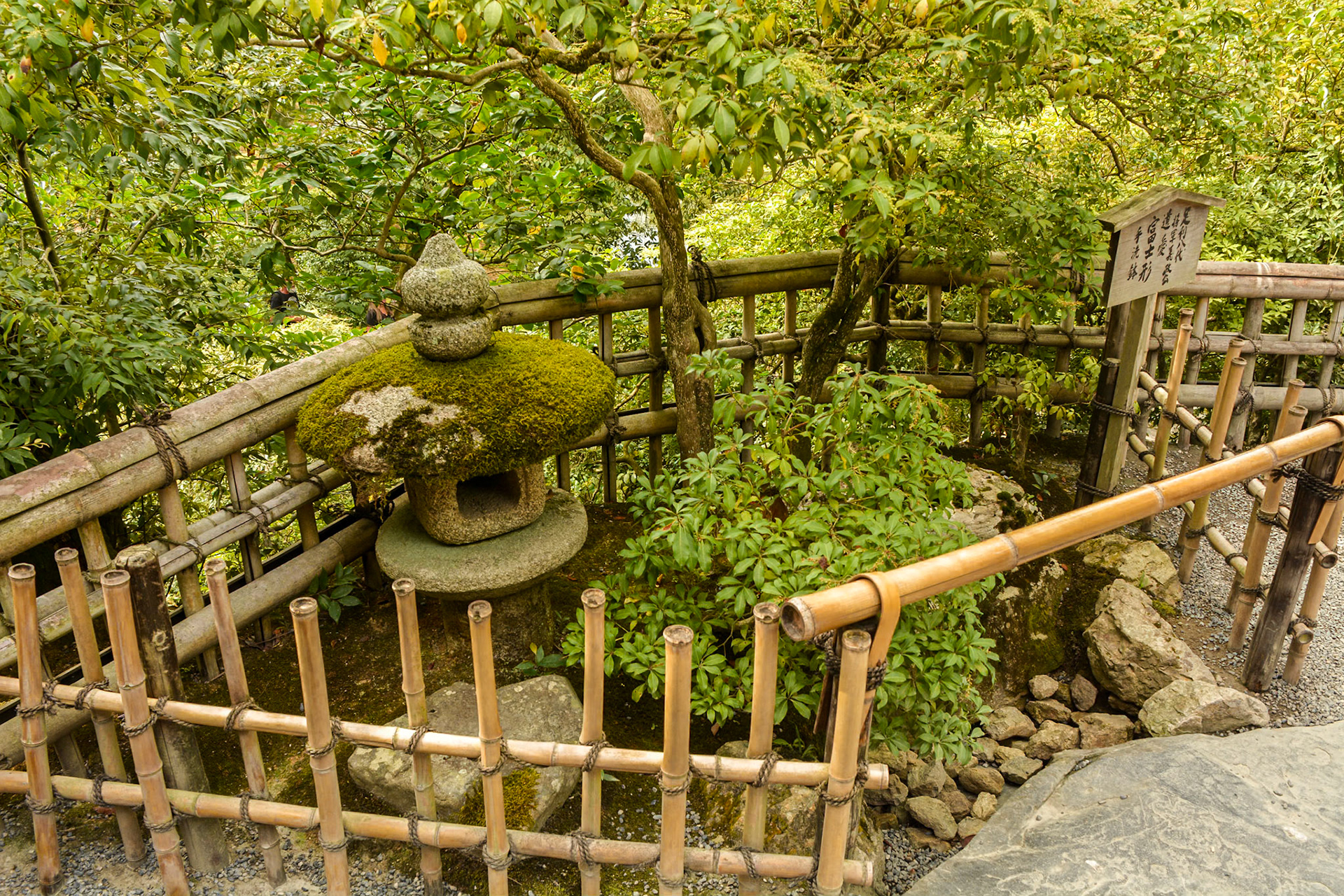
Sekkatei Teahouse garden with traditional stone lantern and spring fed well.

A small shrine nestled into the landscape

Scented smoke rises out of ceramic insence burner.
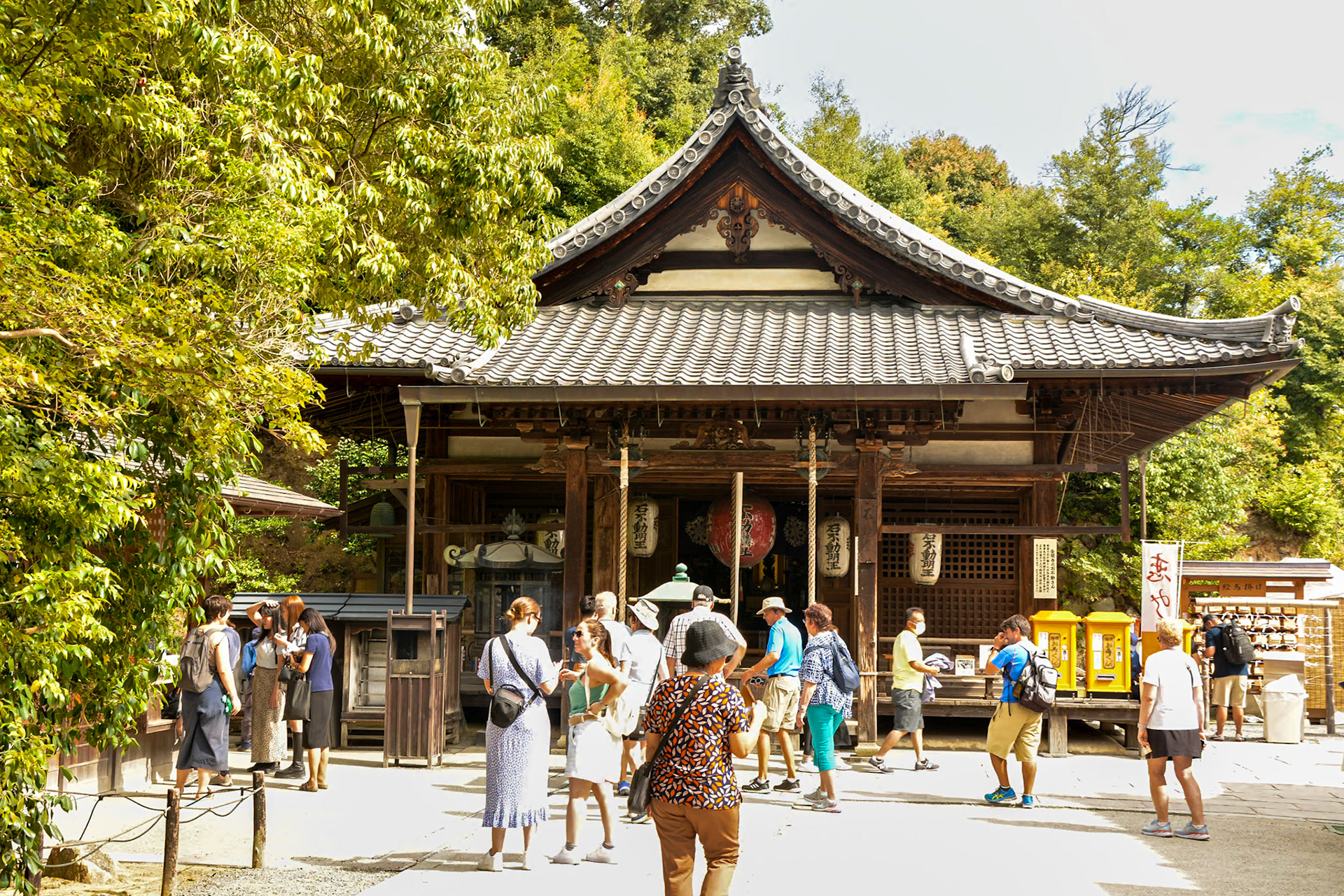
A gift shop and amenities are strategically located at temple grounds exit point.
Afterwards we visit the Gion, Kyoto's most famous geisha district, located around Shijo Avenue between Yasaka Shrine in the east and the Kamo River in the west. It is filled with shops, restaurants and ochaya (teahouses), where Geiko (Kyoto dialect for geisha) and Maiko (geiko apprentices) entertain.

Kennin-ji the oldest Zen Temple in Kyoto.
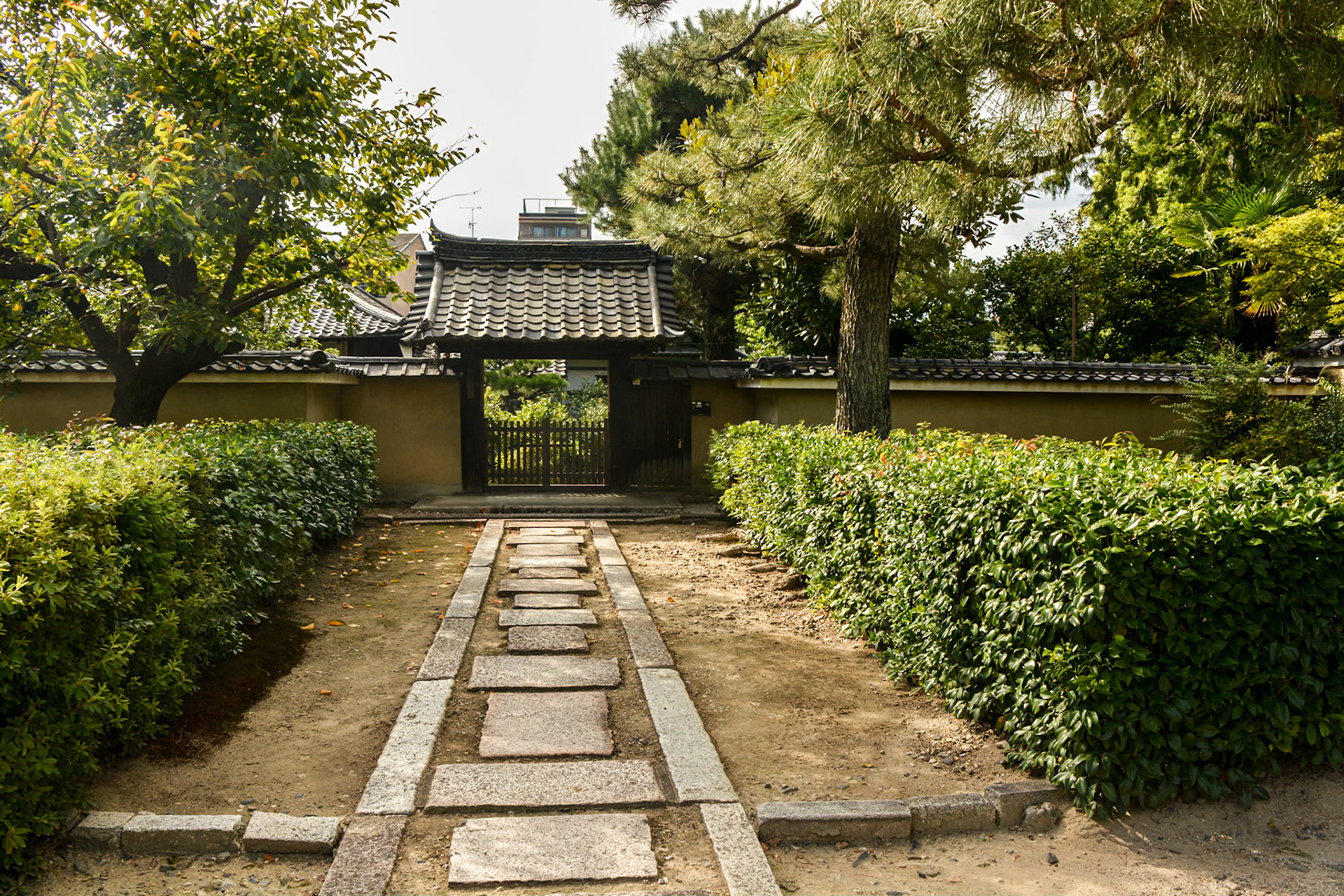
Kennin-ji gardens.
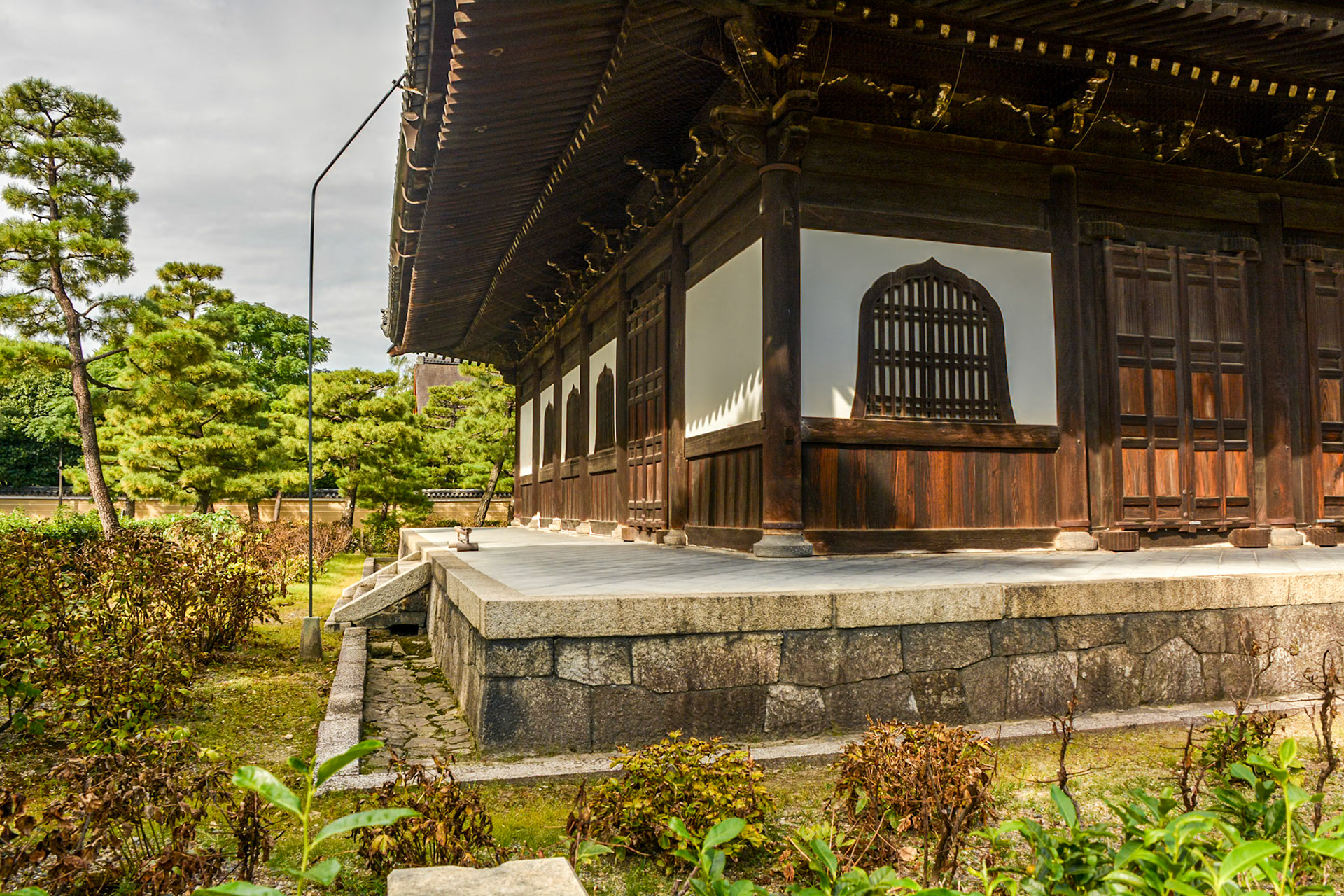
Kennin-ji, generous roof overhangs provide a sheltered verandah.
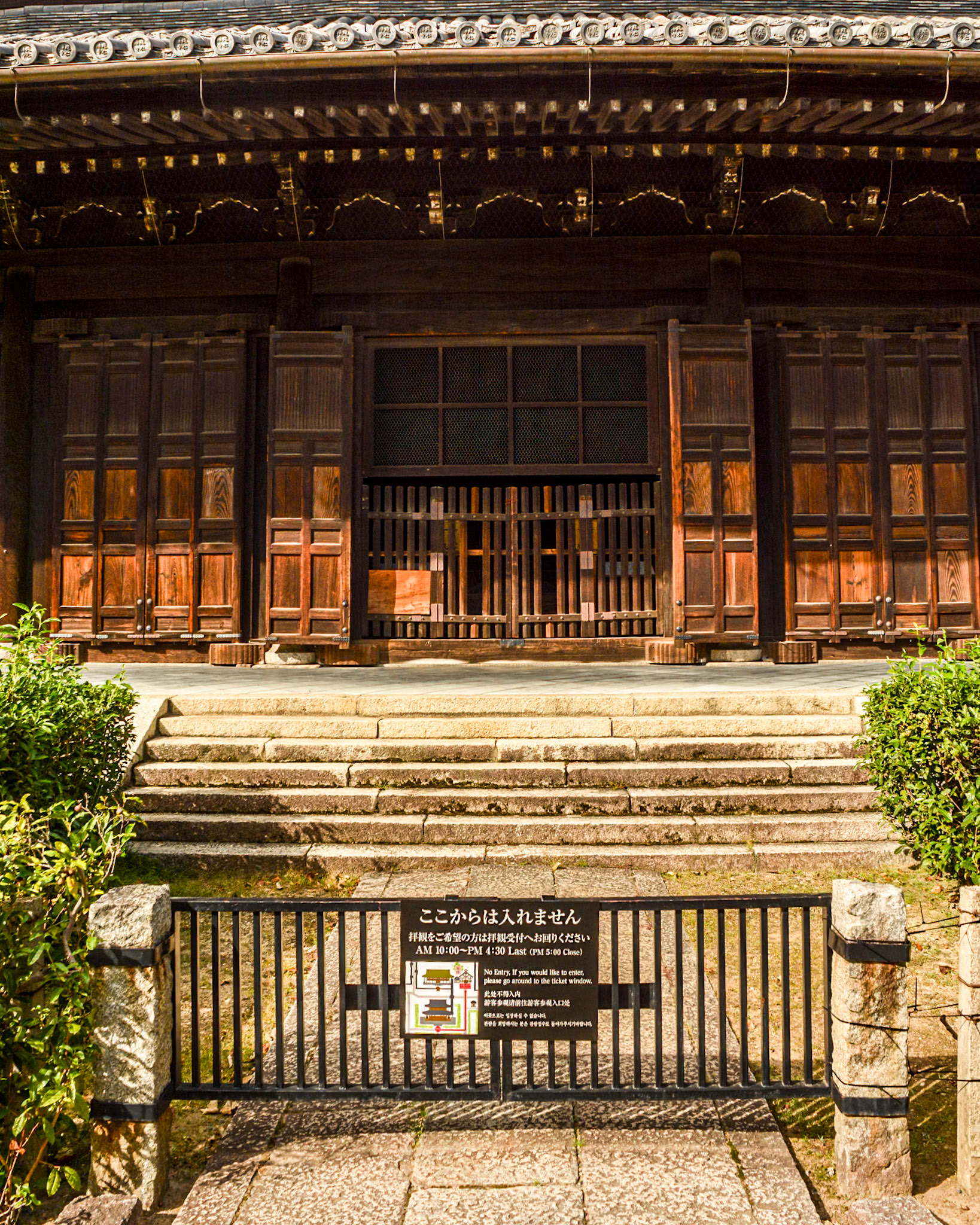
Kennin-ji - a beautiful timber panelled facade and doorway but still no entry.
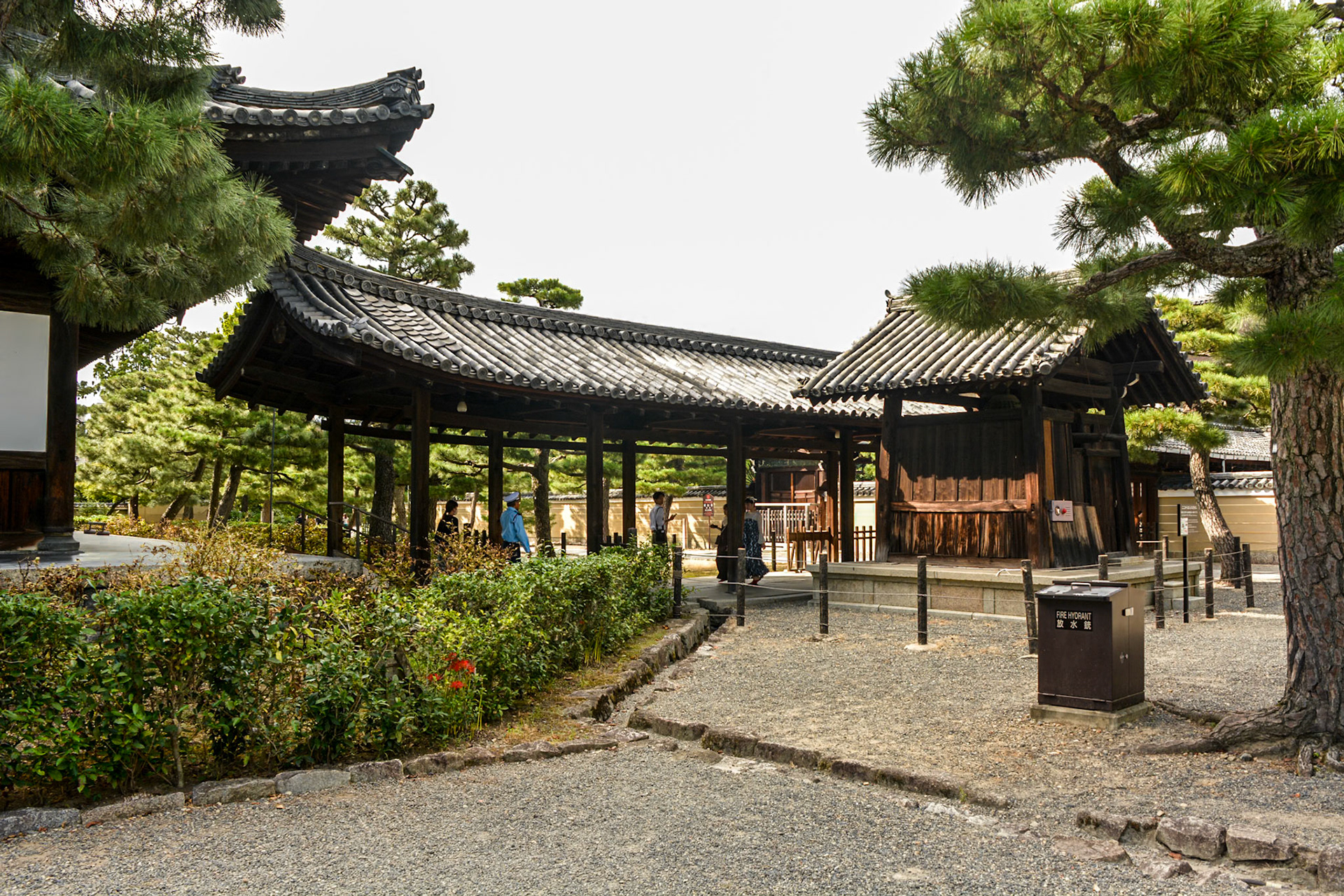
Kennin-ji gardens.
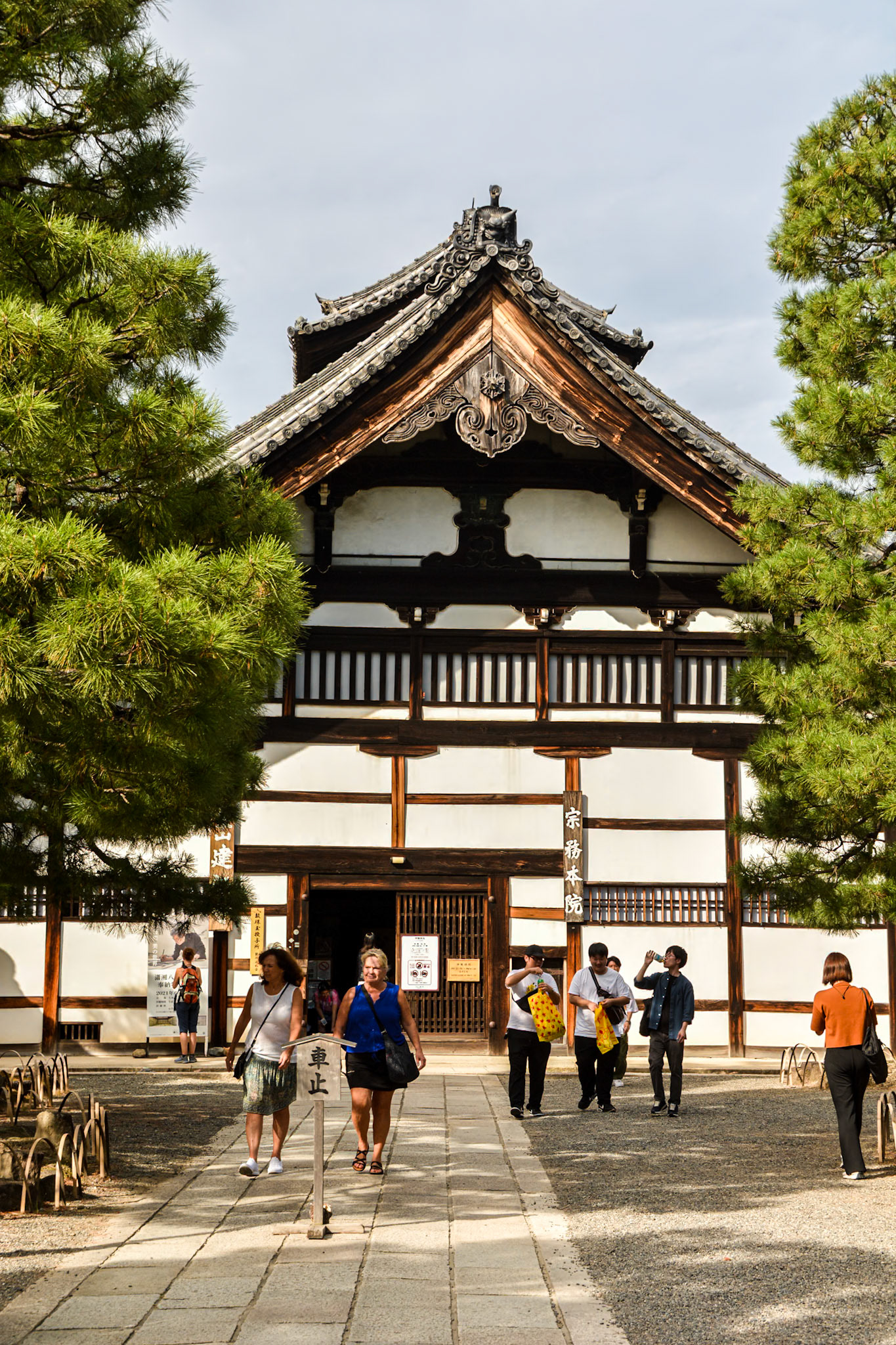
Kennin-ji - found it, the main Temple entrance.
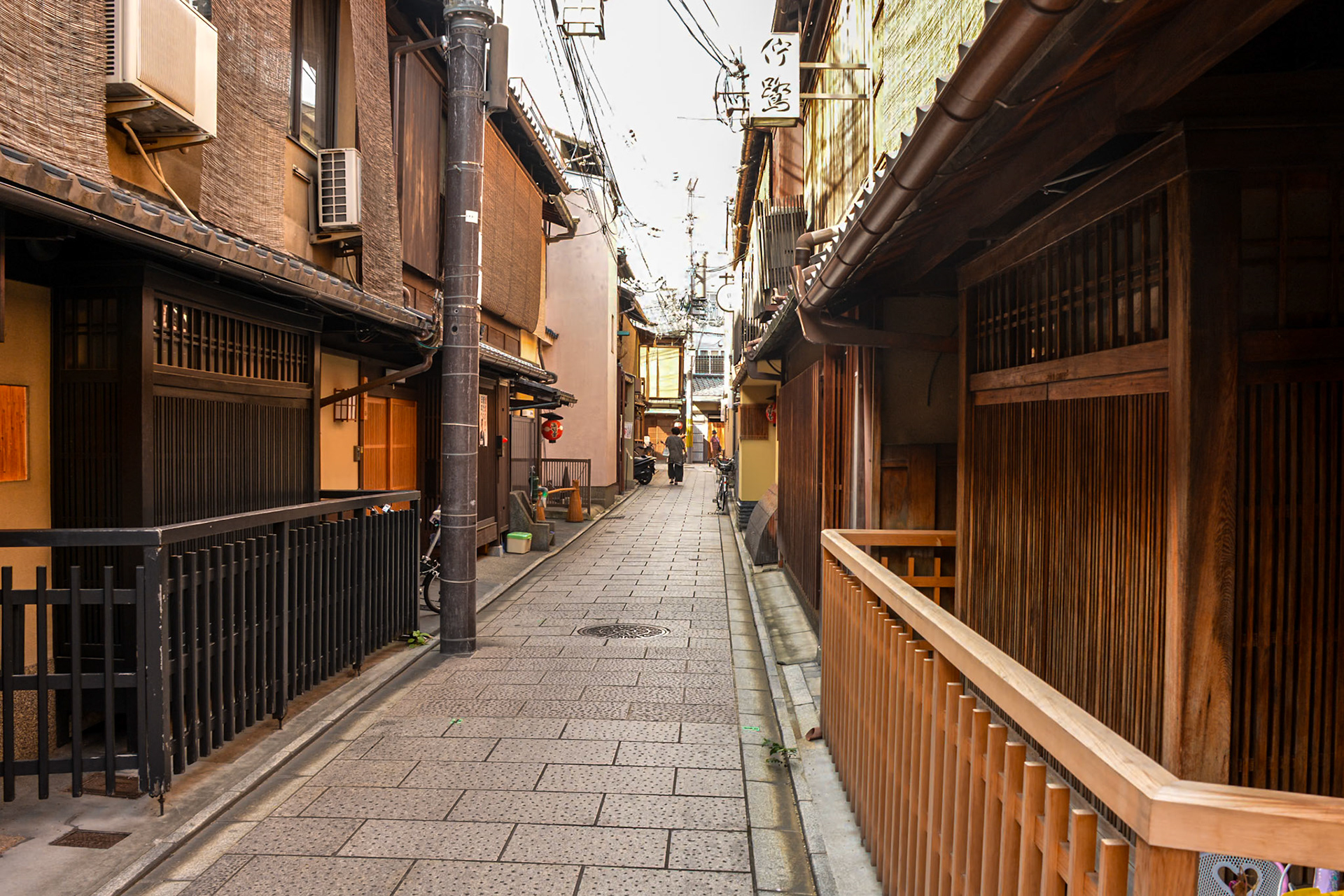
Hanami Lane contains some of the most beautiful traditional architecture in the district. This lane stretches north and south, intersecting Kyoto’s central Shijo Dori which leads to Yasaka Shrine.

A timber screened entrance to a traditional Japanese dwelling permits the passage of cooling breezes.
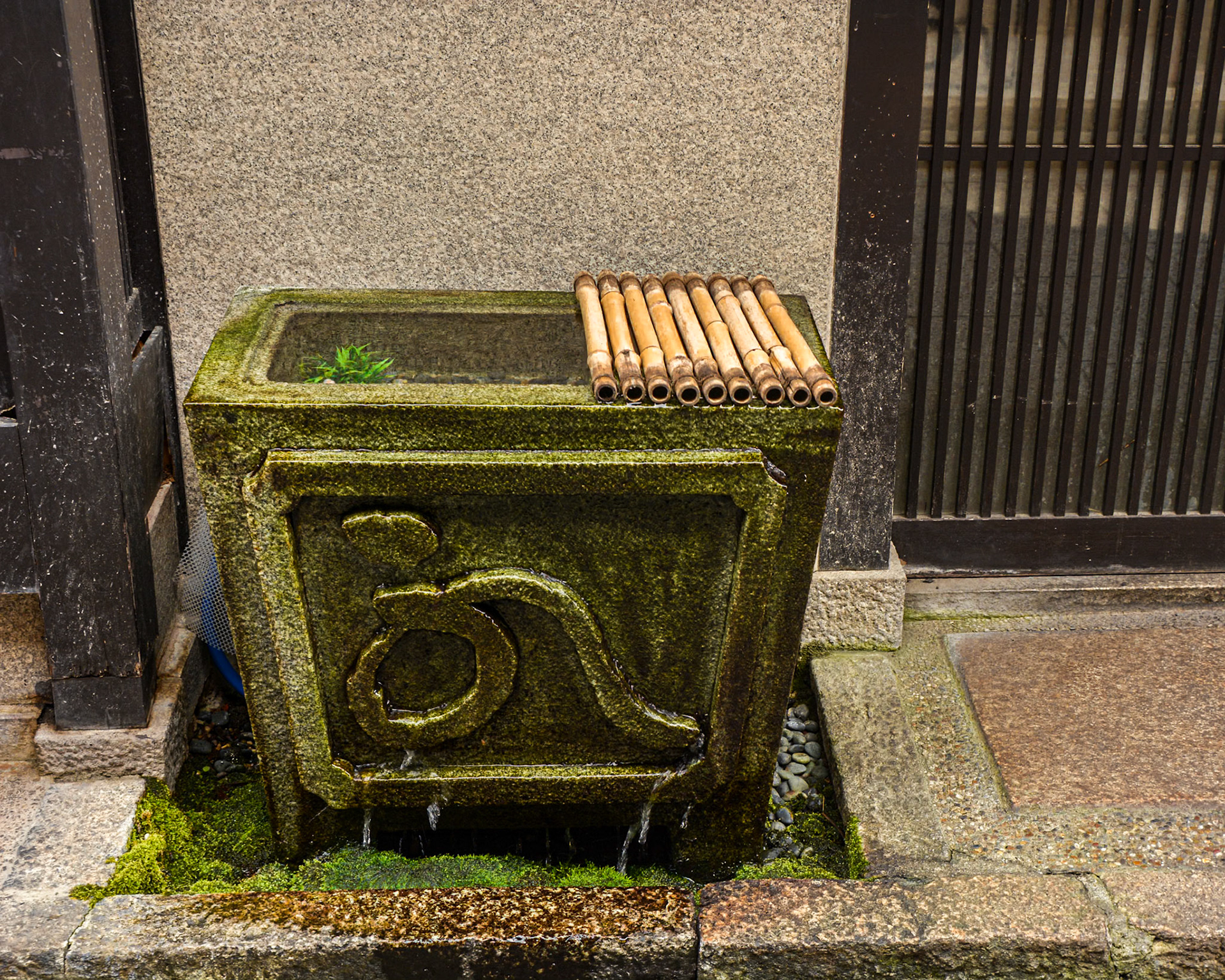
A moss-covered concrete tank with artistic form.
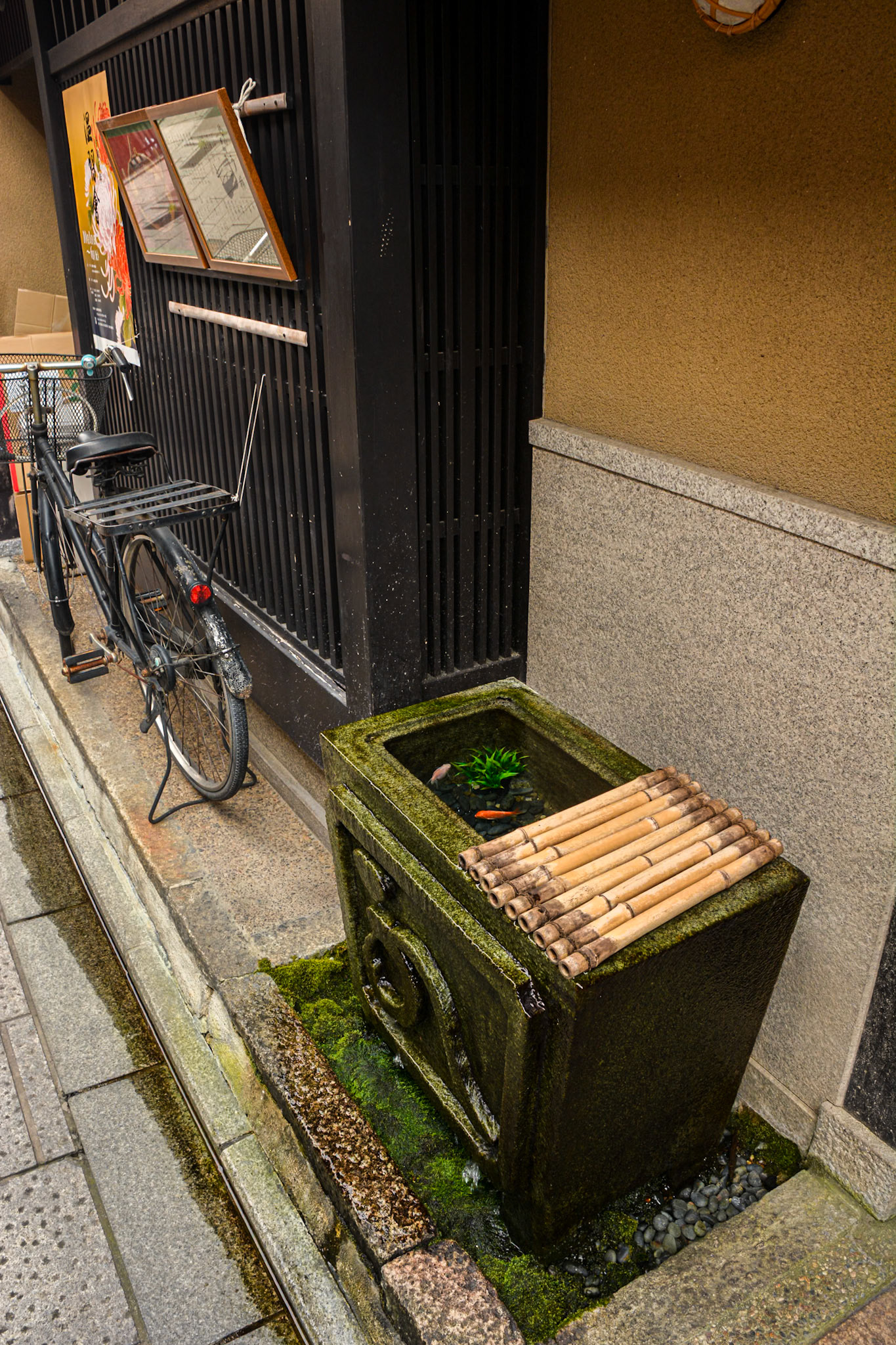
...is a home for goldfish.
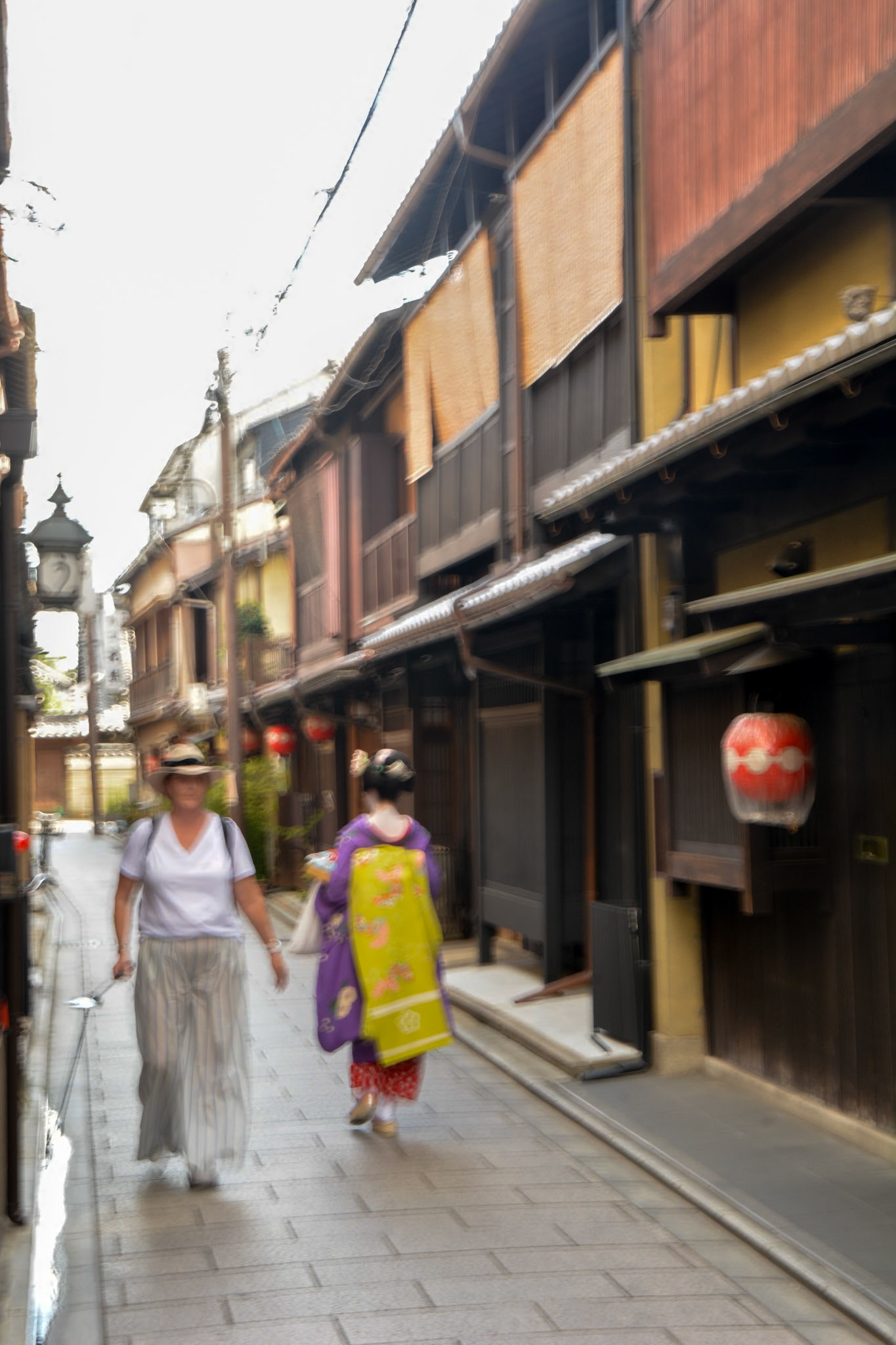
A rare sighting, a Geiko strolling by our group.

This hand-operated waterpump outside this dwelling is an unusual sight.
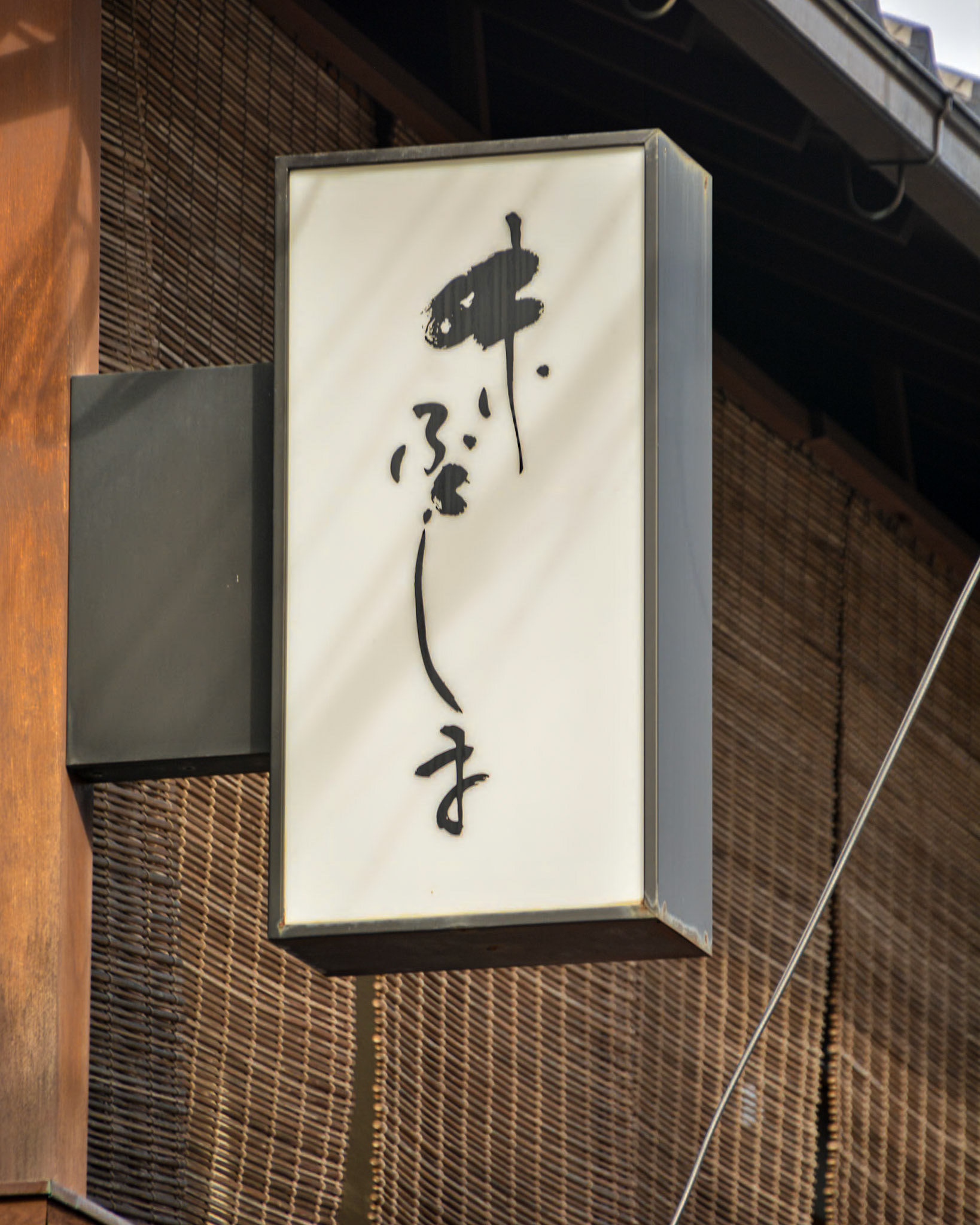
Japanese signage...?

Japanese ladies stepping out dressed in traditional Kimonos.
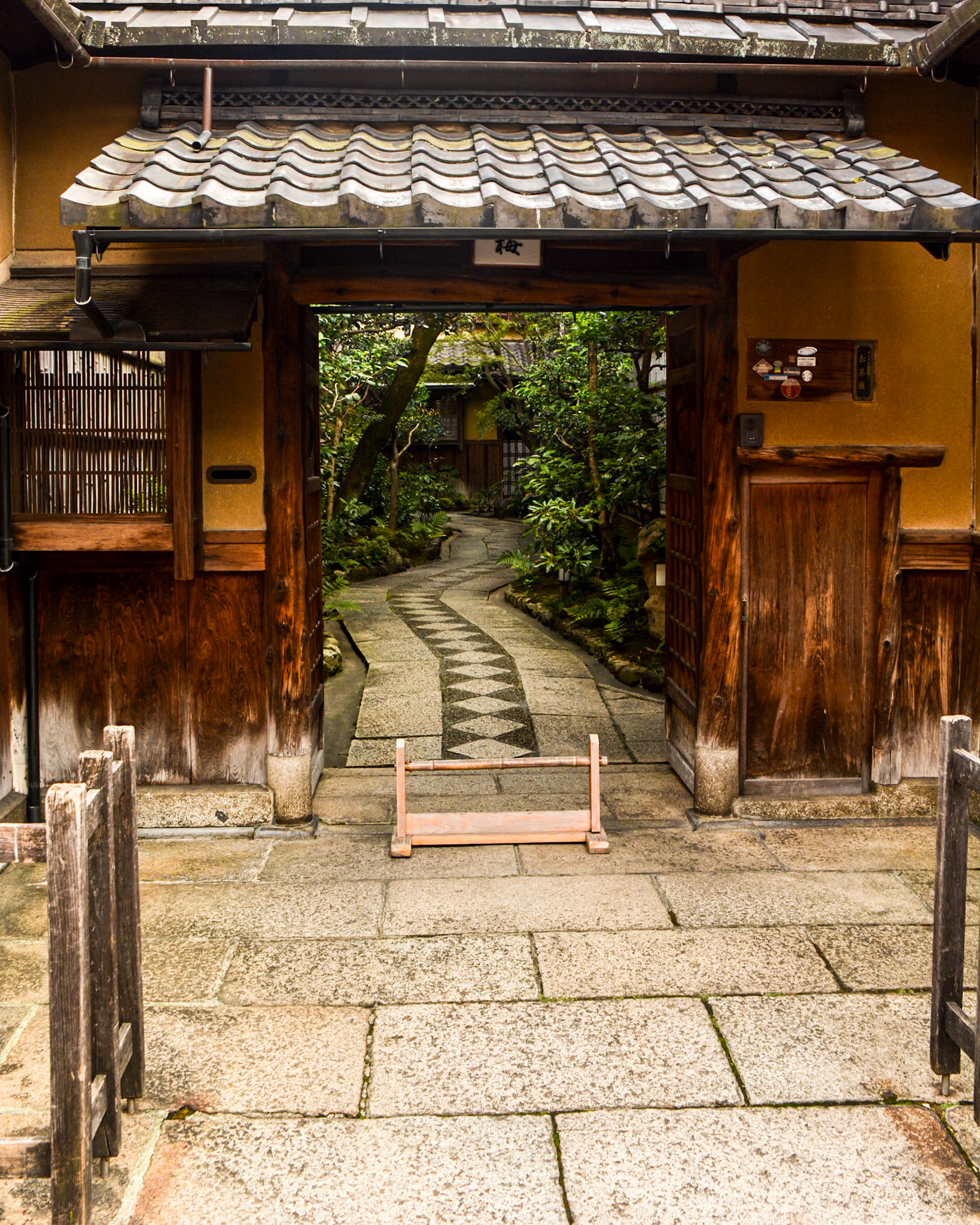
A landscaped courtyard provides a secluded entrance to this dwelling.
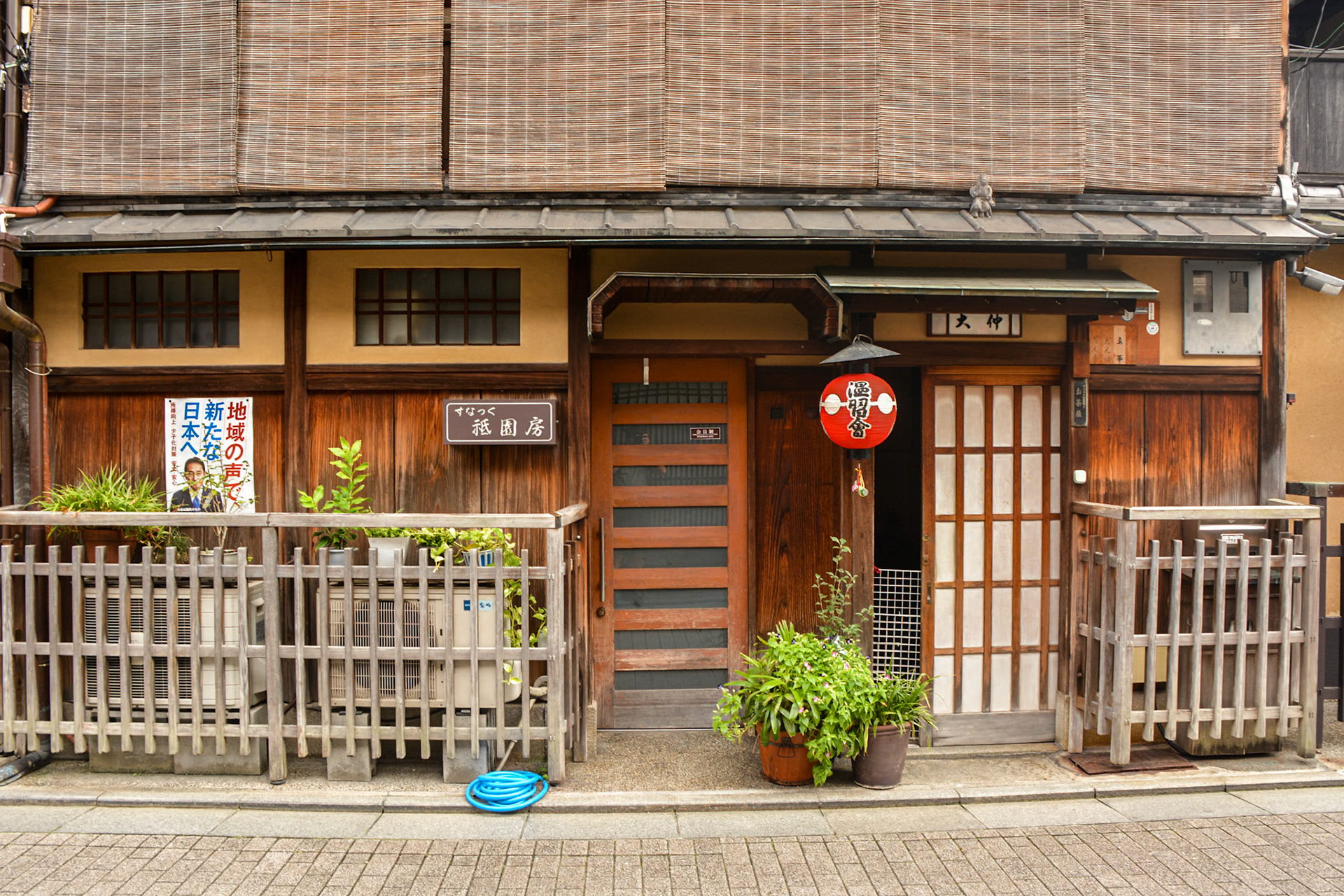
Old meets new - modern air-conditioners are screened from view in front of these traditional style buildings.

A small shrine located in the middle of a laneway.
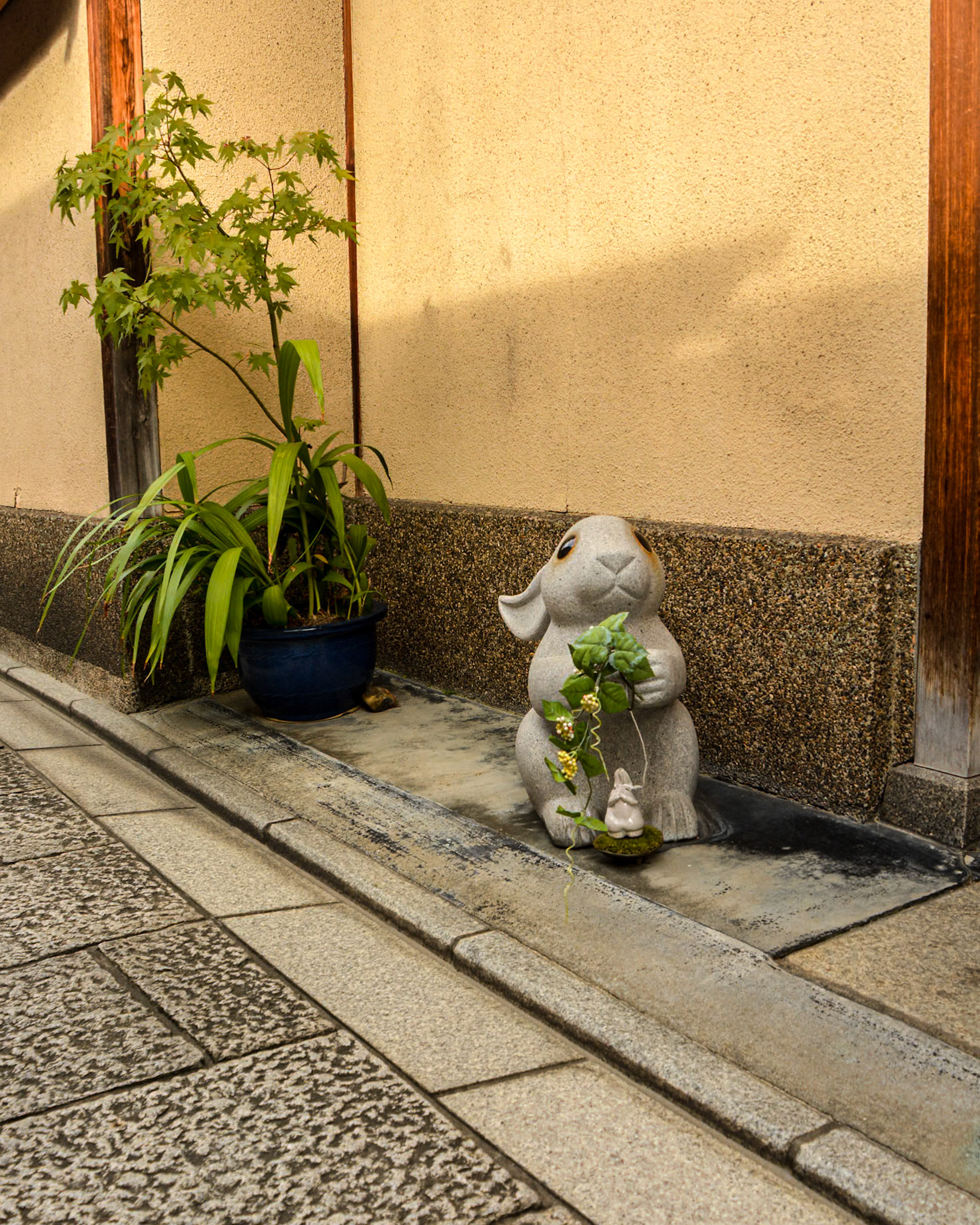
A cute bunny-gnome ornament.

Geiko signage.
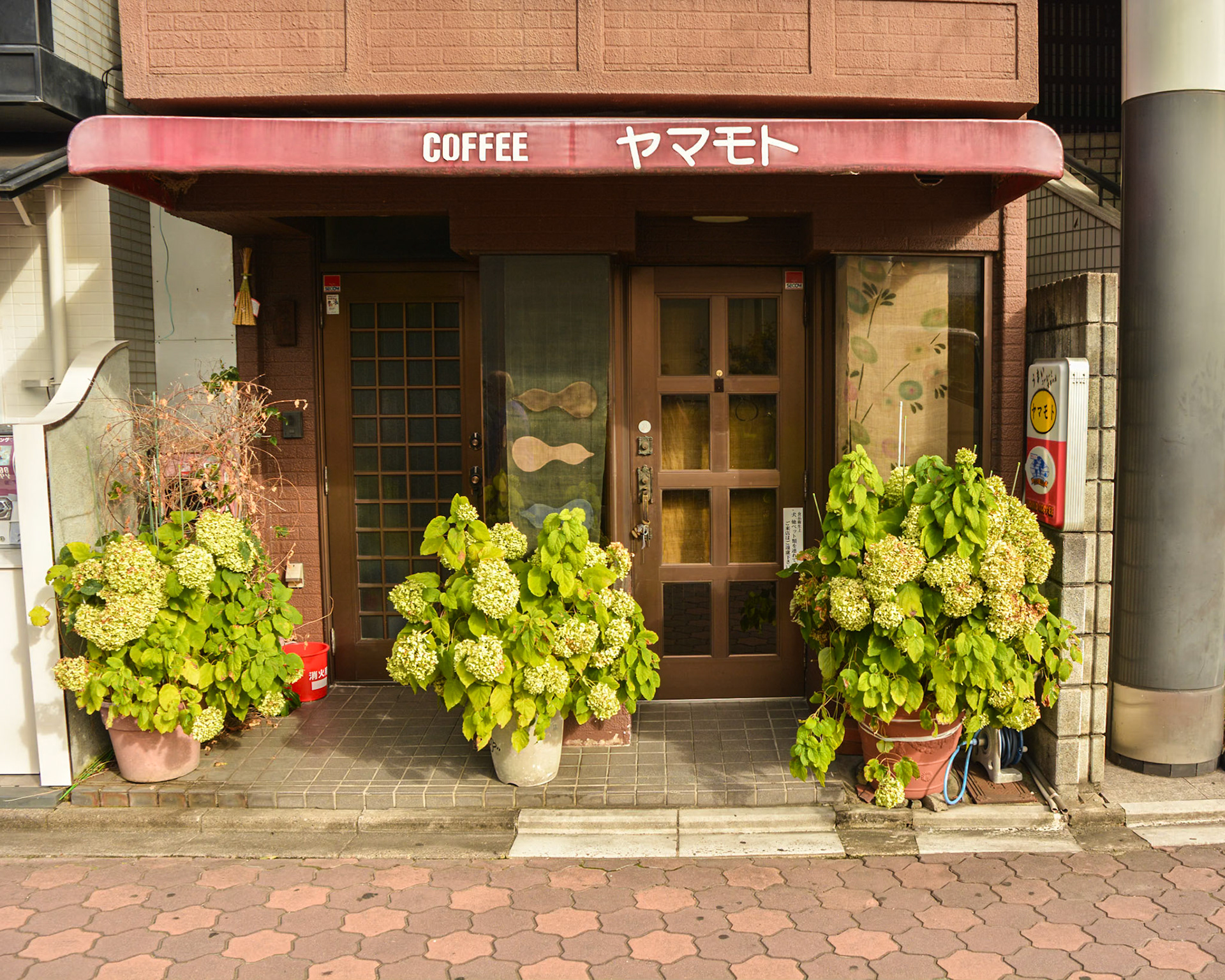
Minimalist coffee shop.
Day 7 - Another day in Kyoto packed with interesting activities beginning with a visit to Ginkaku-ji, the Silver Pavilion. Officially named Jishō-ji ("Temple of Shining Mercy") a Zen temple in the Sakyo ward of Kyoto.
Stroll along the Philosopher's Walk pedestrian path that follows a cherry-tree lined (unfortunately not in bloom) canal.
A dress-up in traditional Japanese kimono and partake in a tea ceremony and visit Nishiki Market.
Our day finishes with a formal Japanese dinner with entertainment by a Geiko and Maiko whom we also meet up with afterwards to discuss their lifestyle and the art of their hospitality.
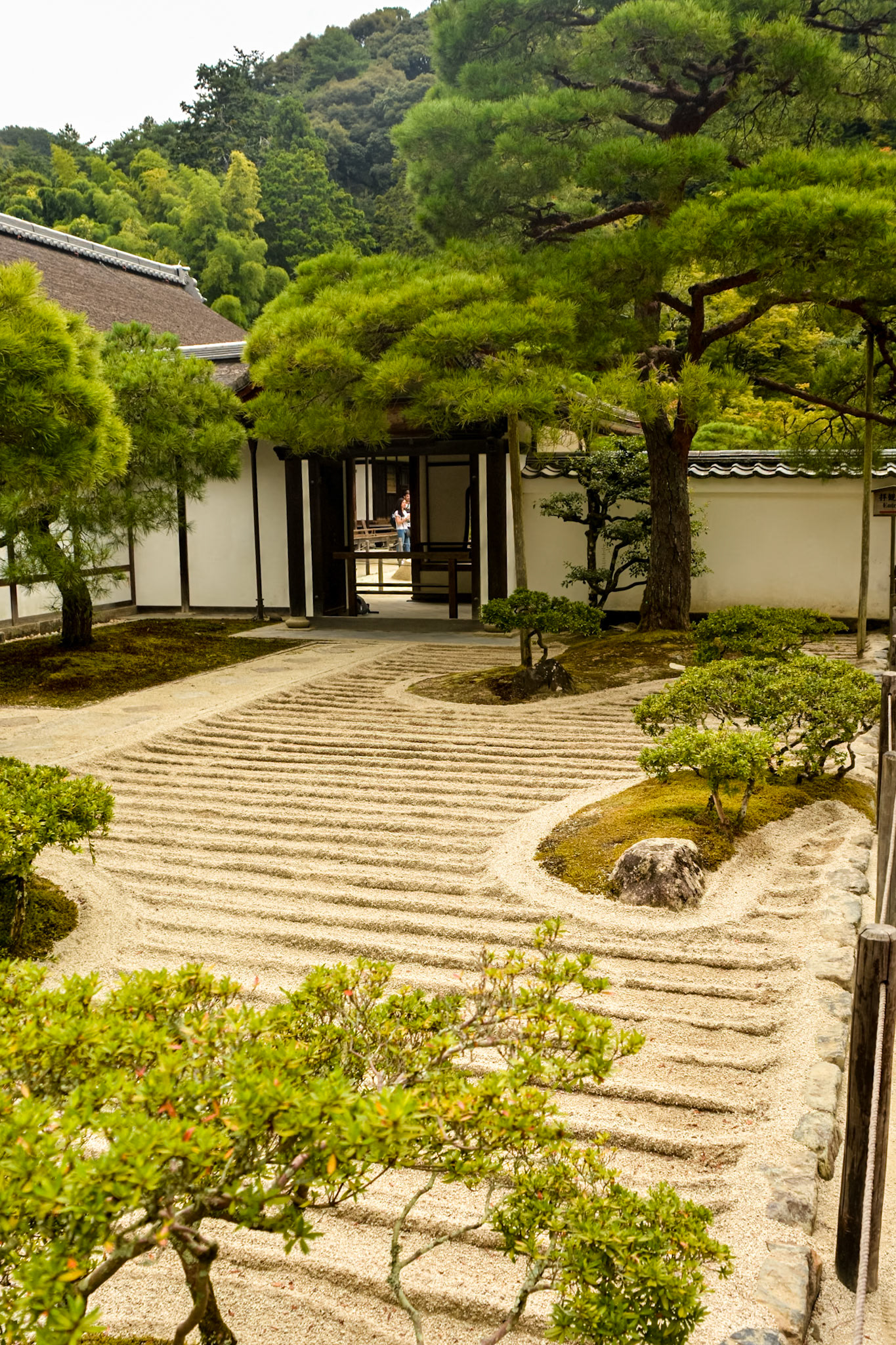
Japenese Zen gardens greet us as we enter Ginkaku-ji.
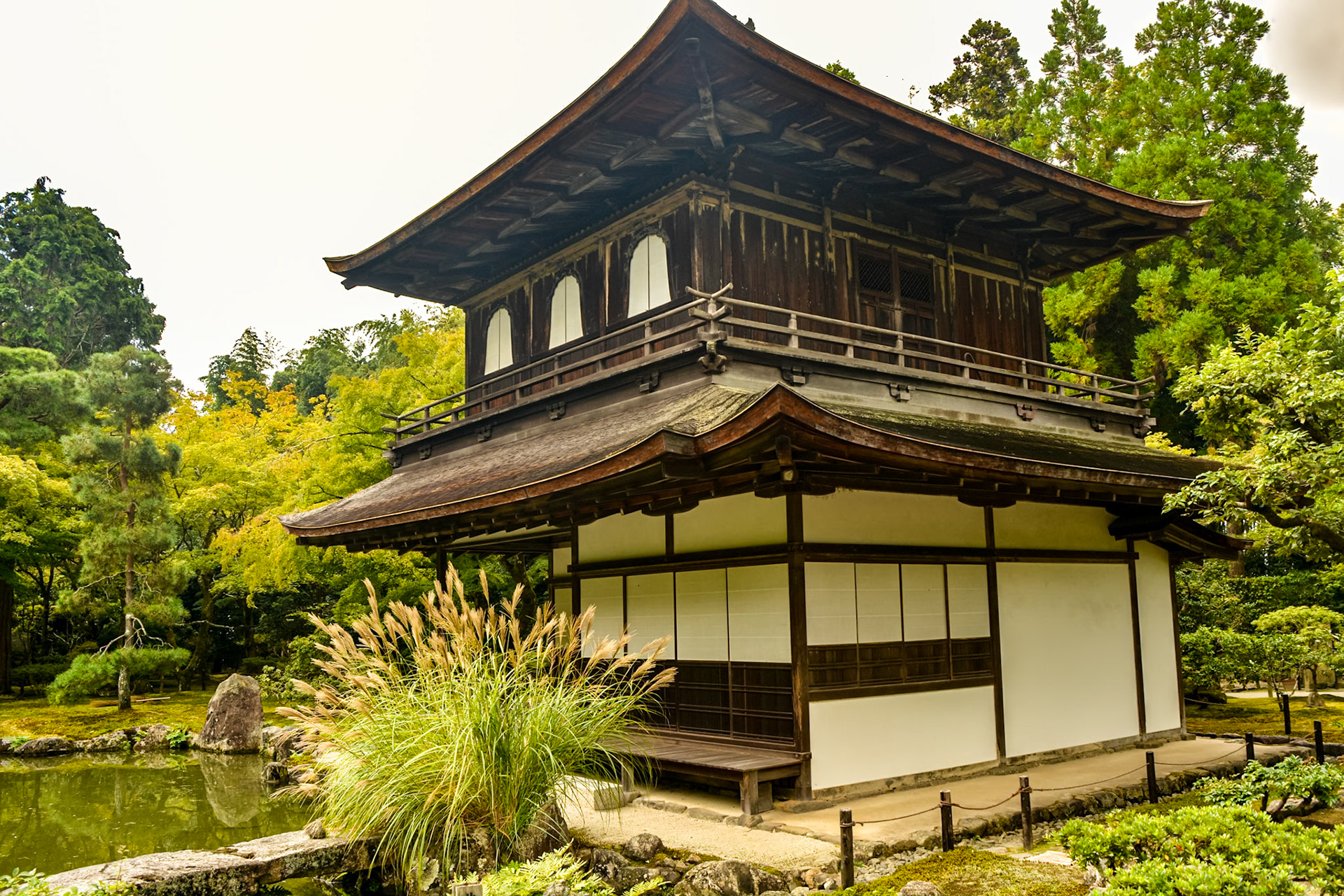
The kannonden at Jishō-ji, commonly known as the Silver Pavilion (Ginkaku).
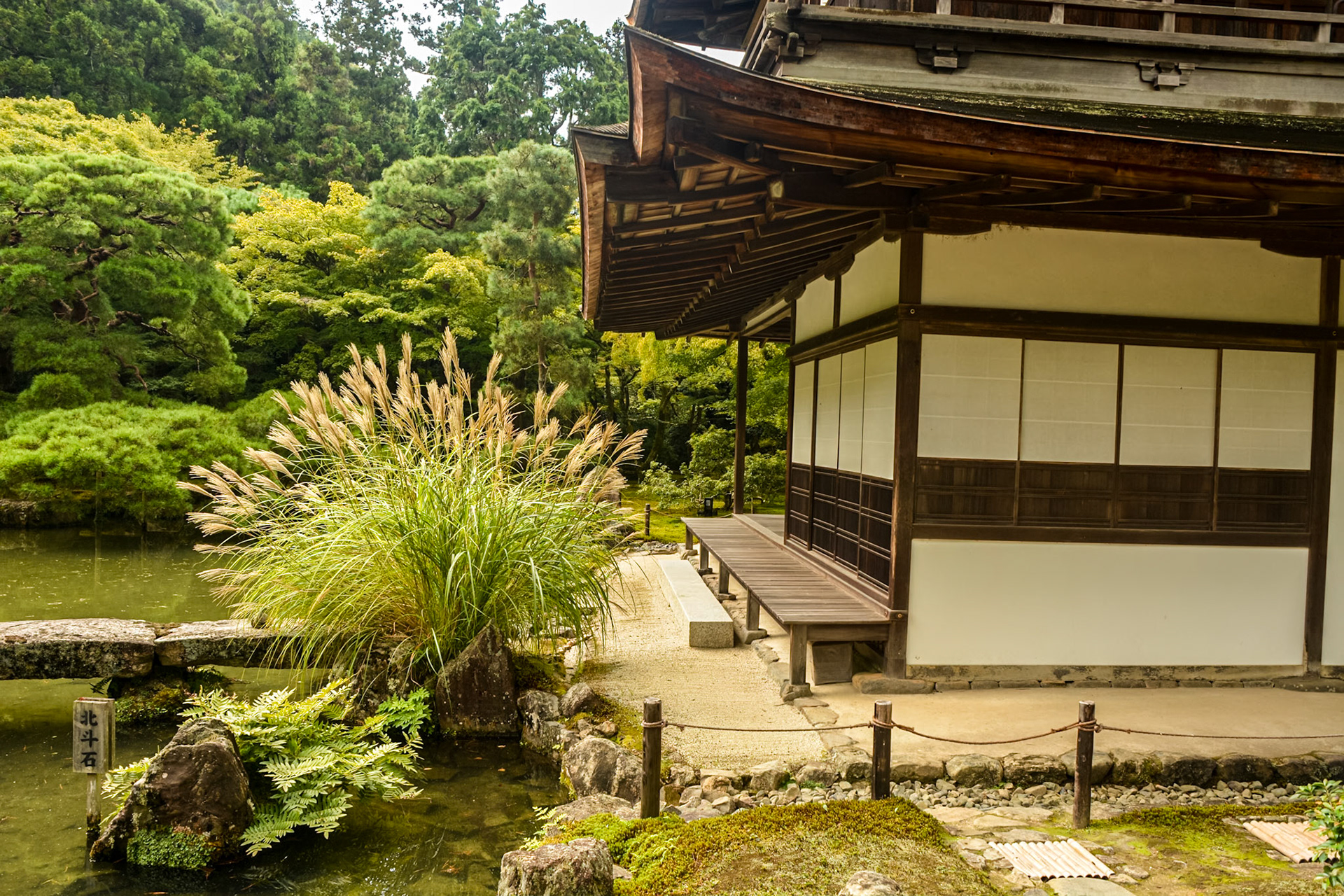
The kannonden at Jishō-ji, originally a retirement villa and gardens (early as 1460) for the shoguns. It's now a Zen Temple.

The sand garden of Ginkaku-ji, the carefully formed pile of sand said to symbolize Mount Fuji is an essential element in the garden.

Ginshadan, the carefully raked parallel rows of sand are representative of the rolling ocean waves.
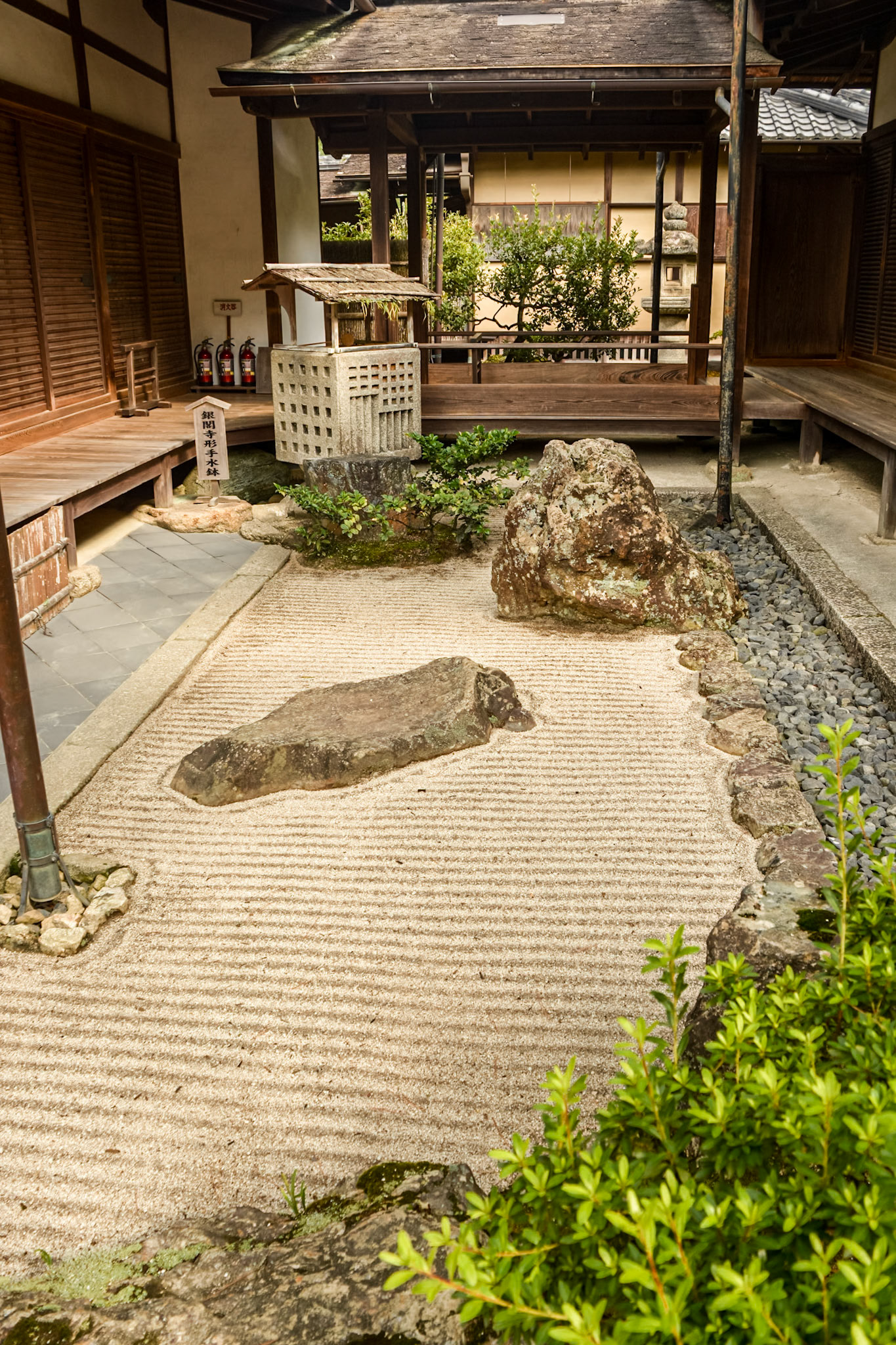
Carefully tended sand gardens are nestled between buildings.
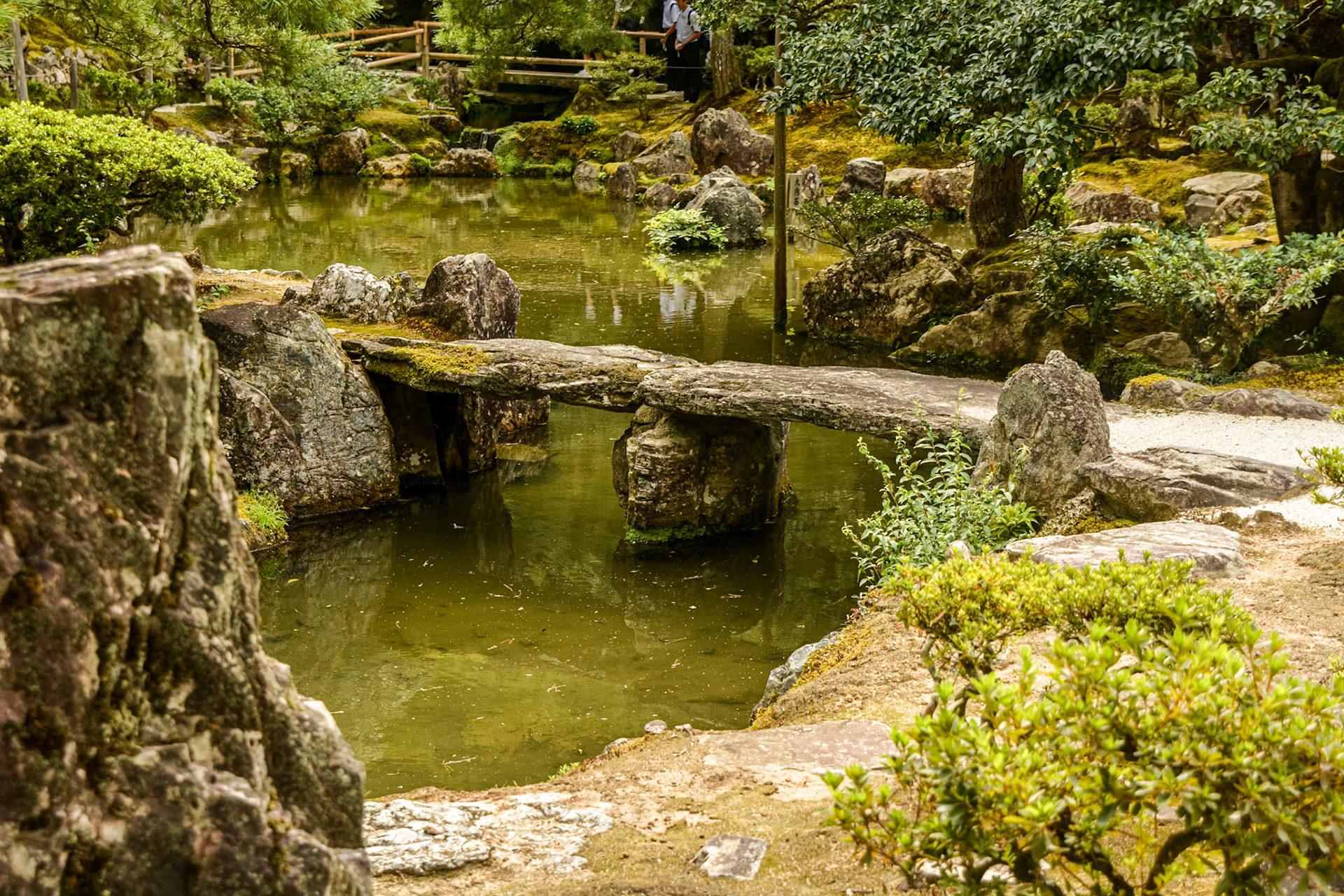
Natural stone is used to bridge the ornamental pond surrounding the silver pavilion.
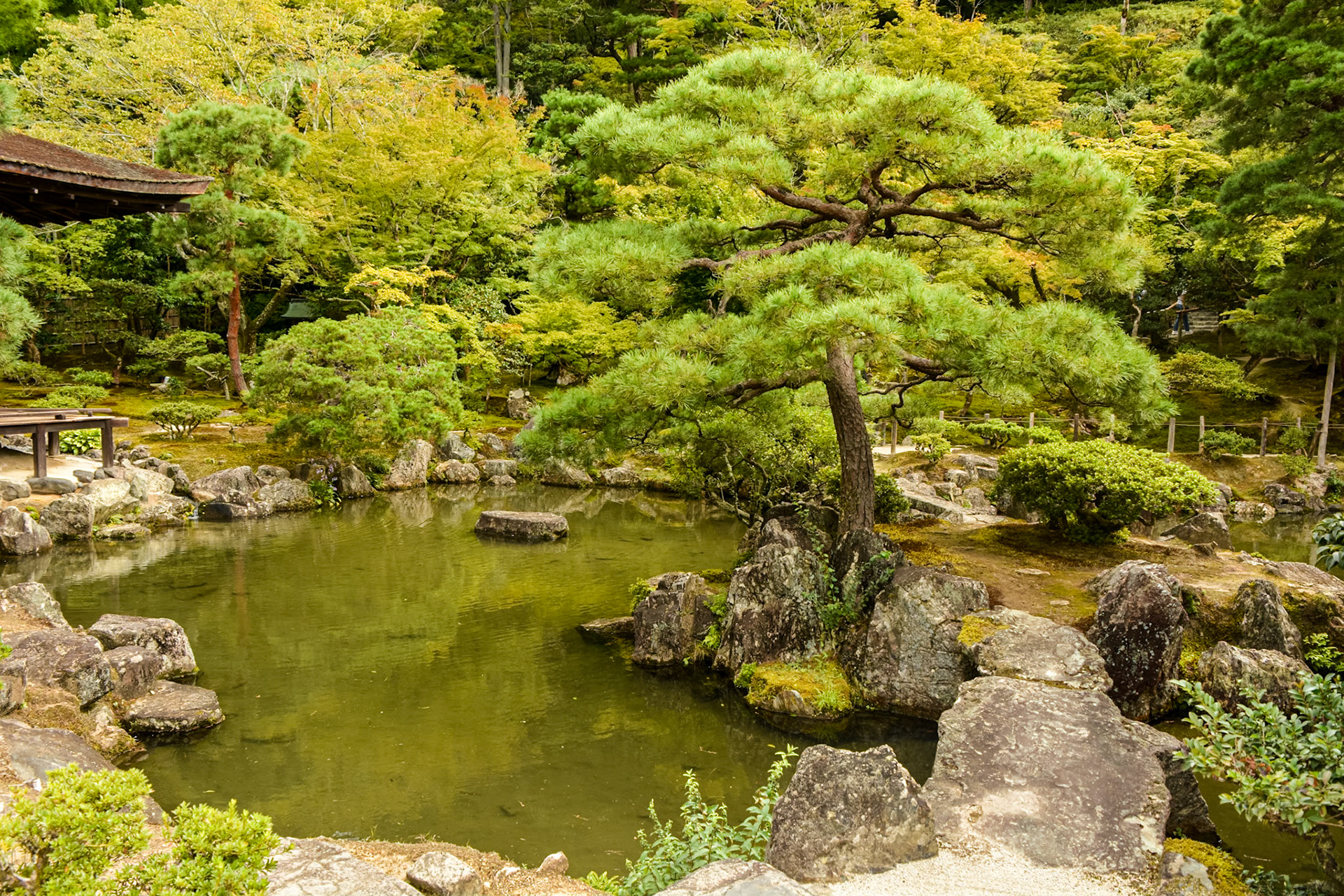
Traditionally landscaped surrounds of the Silver Pavilion.

This pathway leads us from the sand garden into Ginkakuji's moss garden with its verdant colour palate draped over natural landforms.
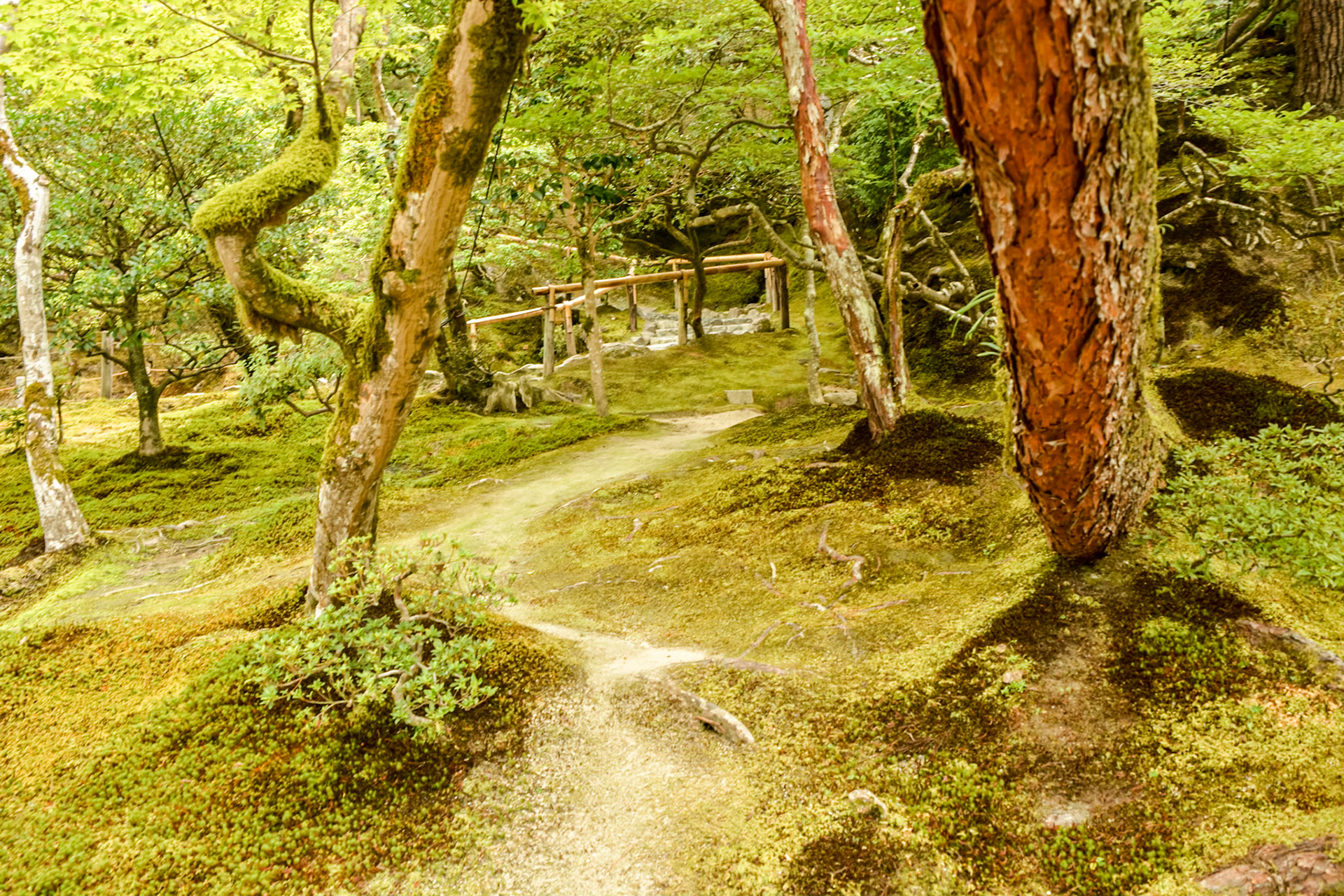
Moss garden pathways.
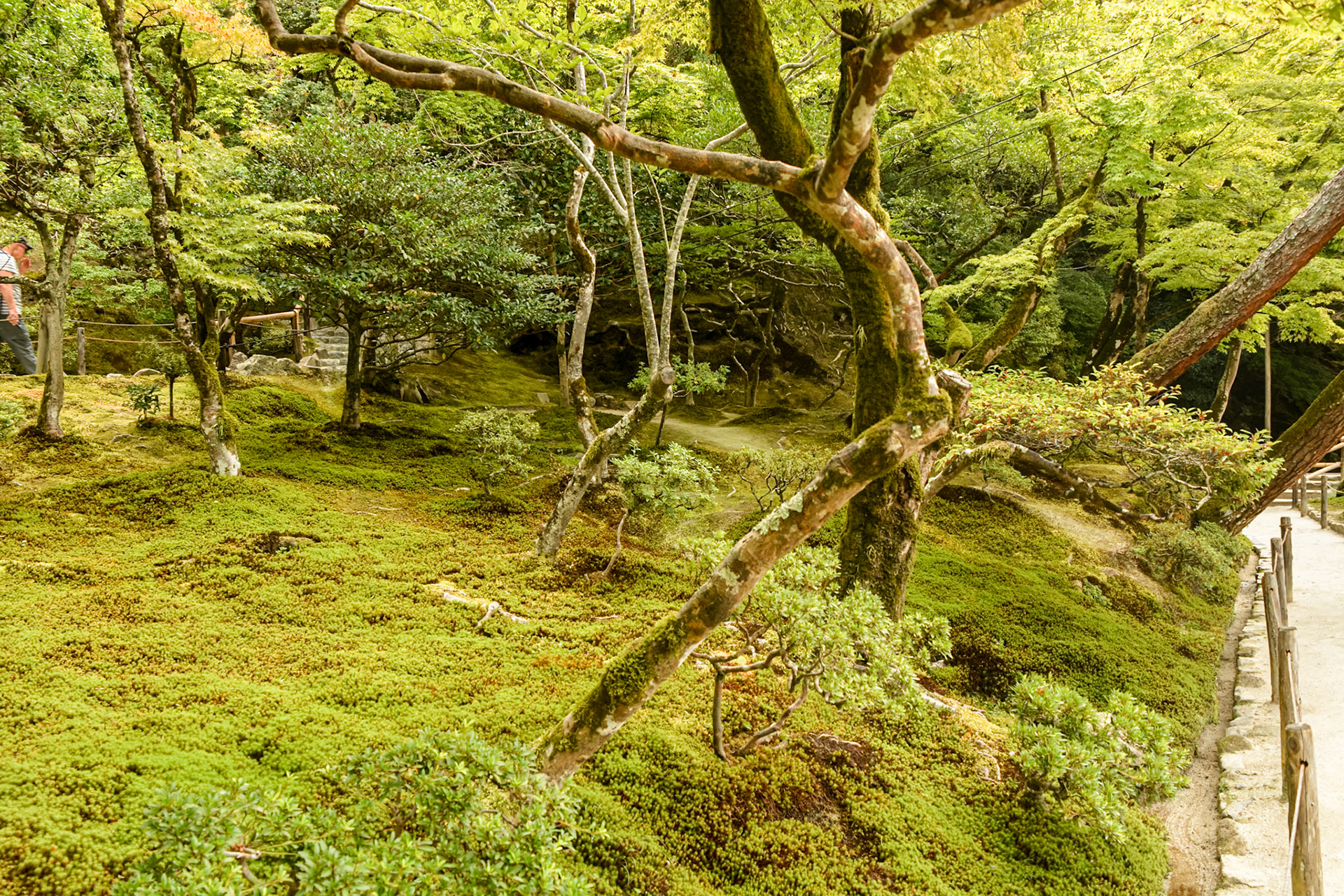



View of Ginkaku-ji and Tōgudō hall with Kyoto in the background.
We experience a Japanese Tea Ceremony where we were also attired in traditional Japanese Kimonos.
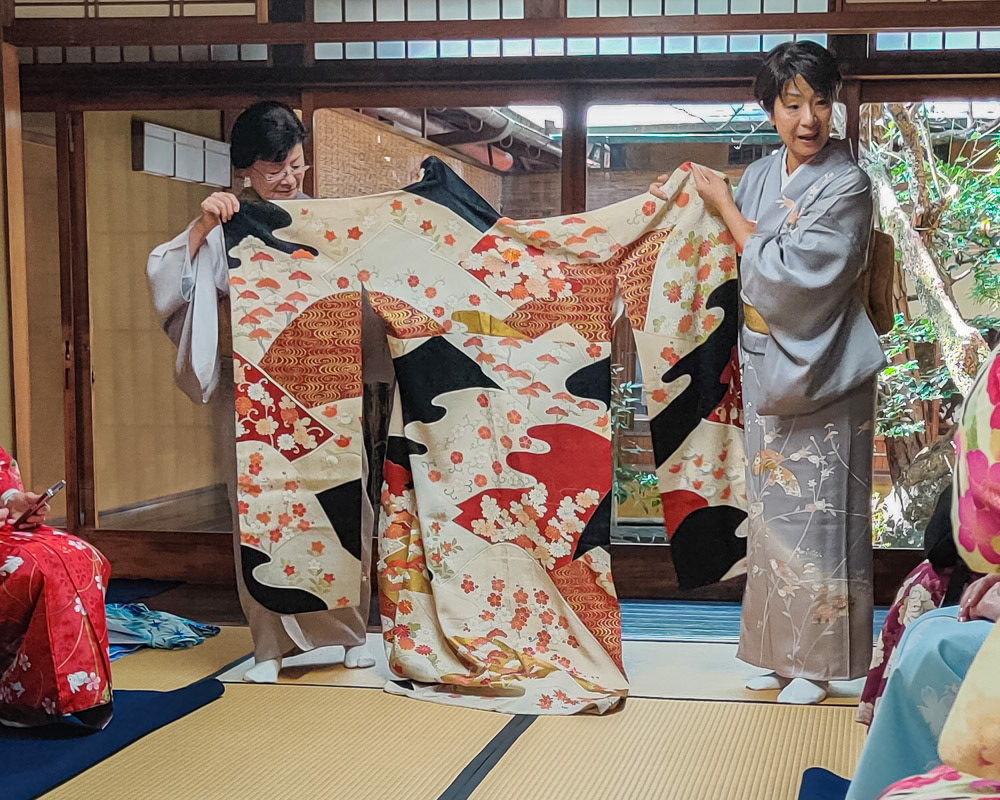
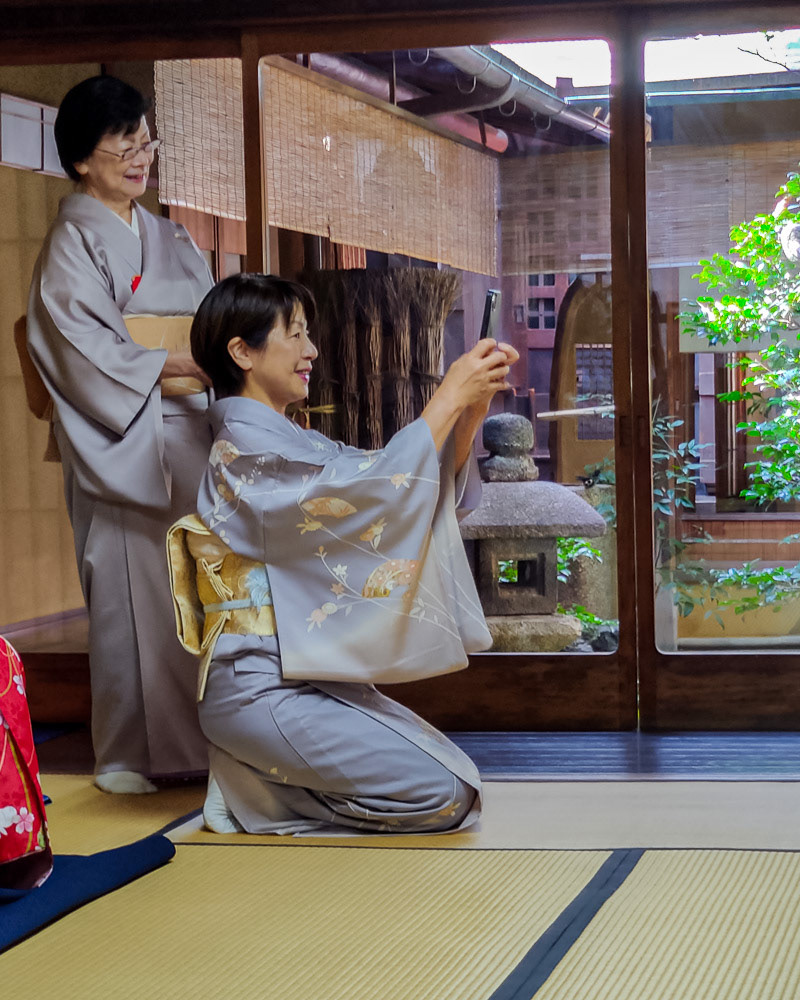
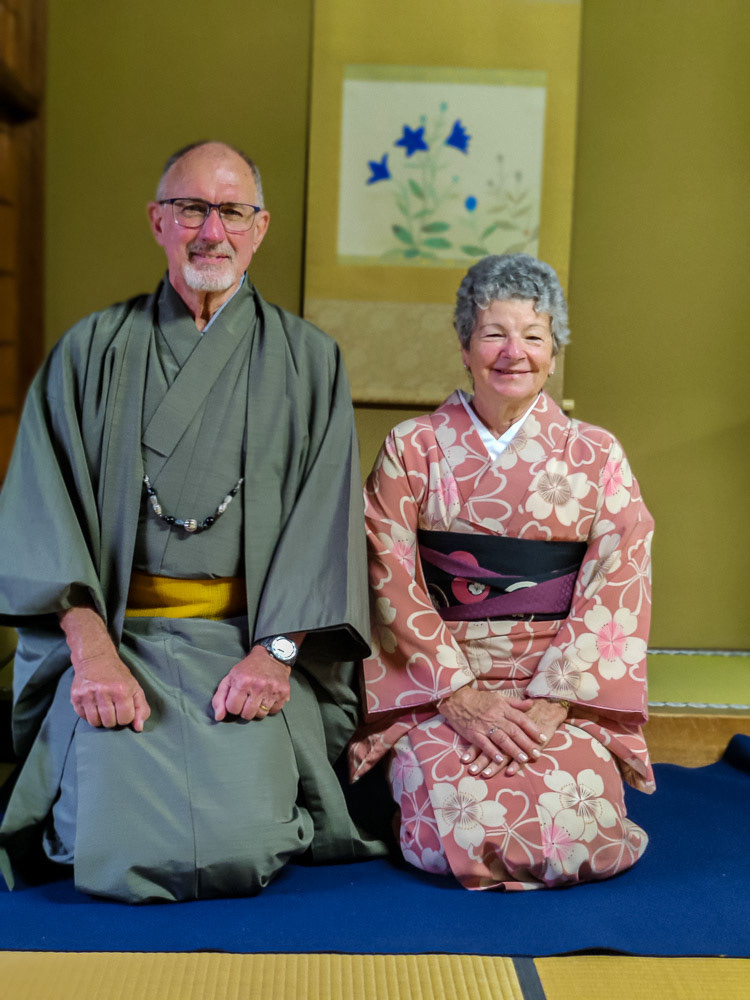
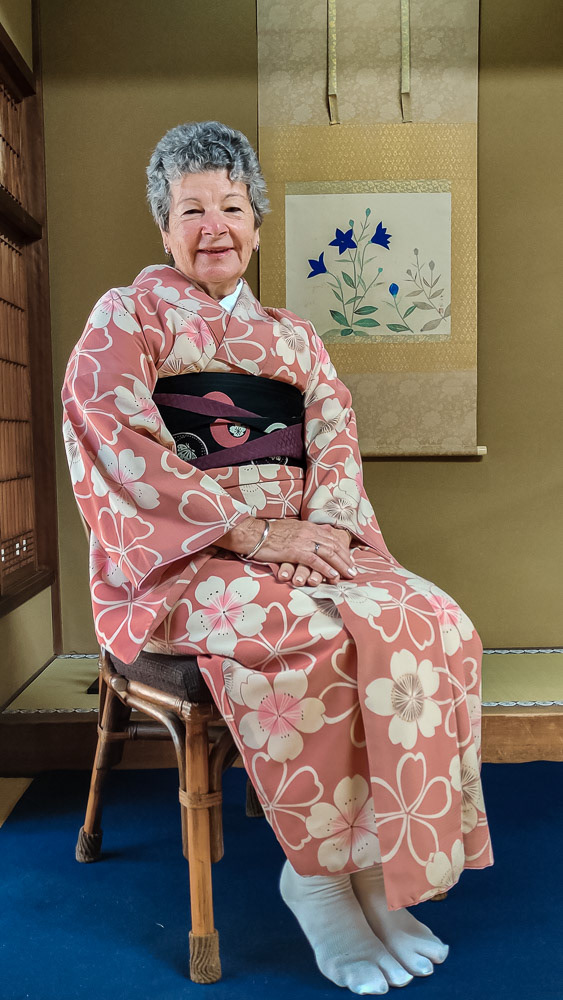


Nishiki Market

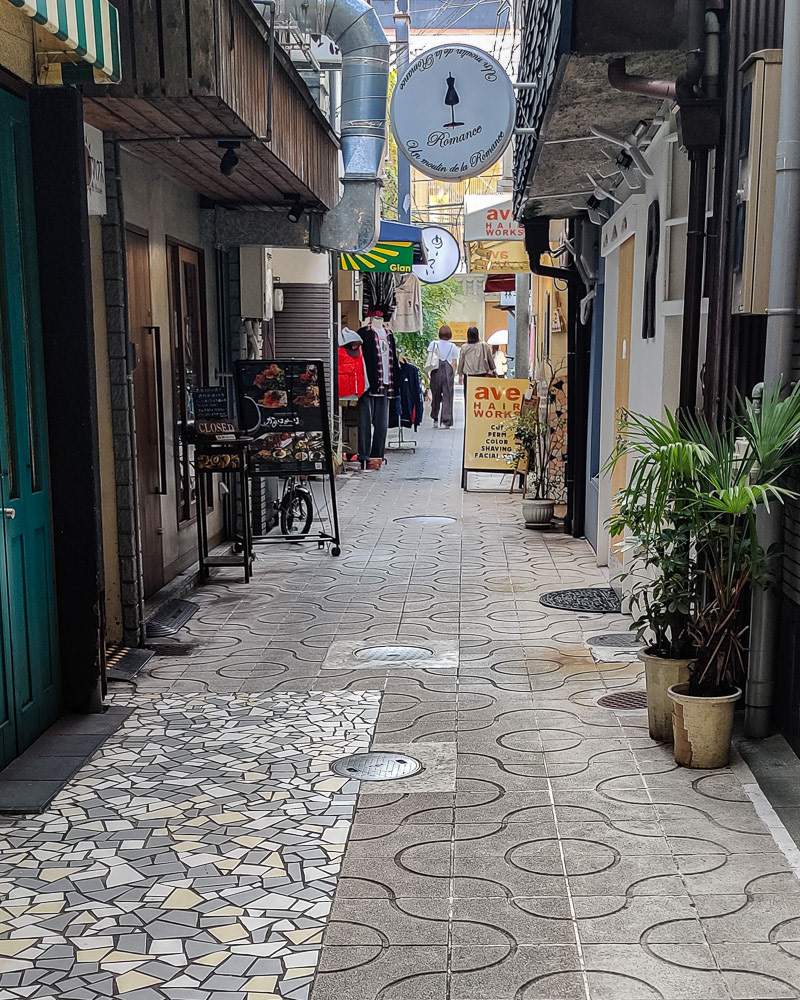
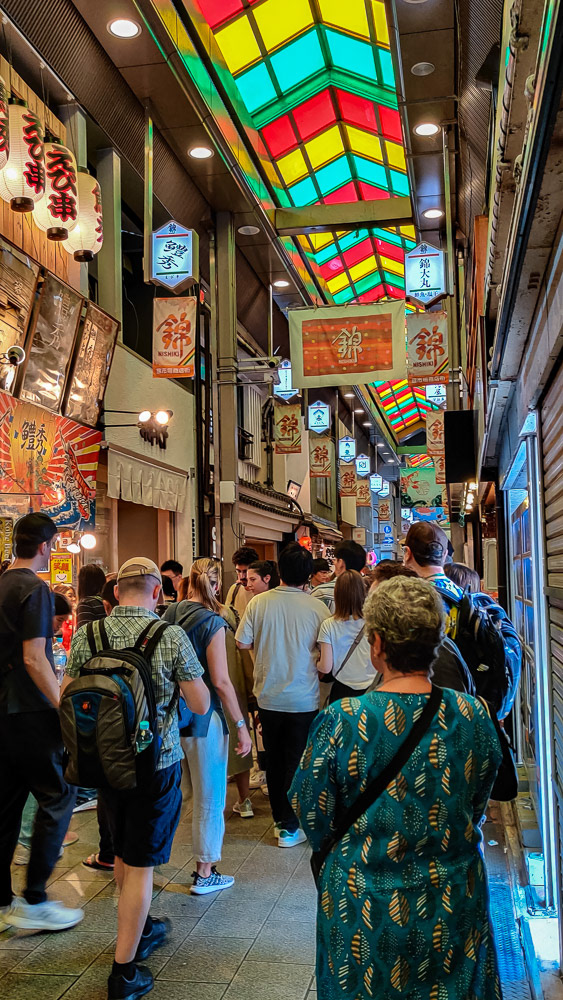
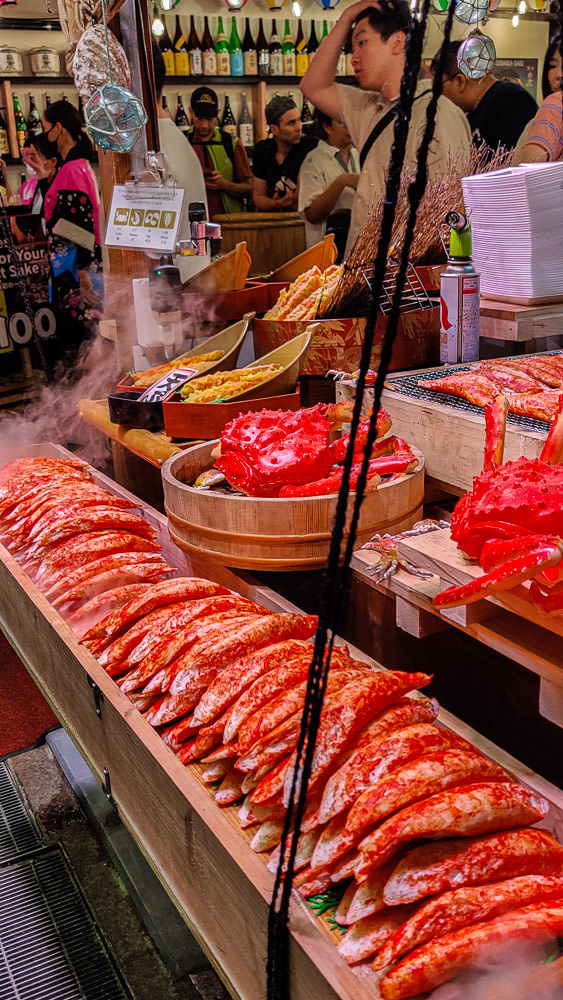
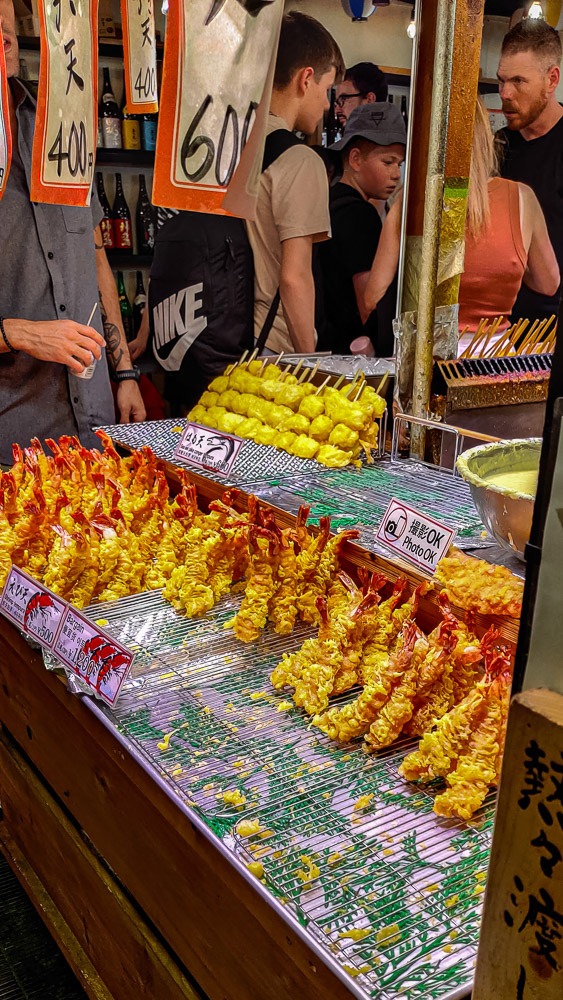
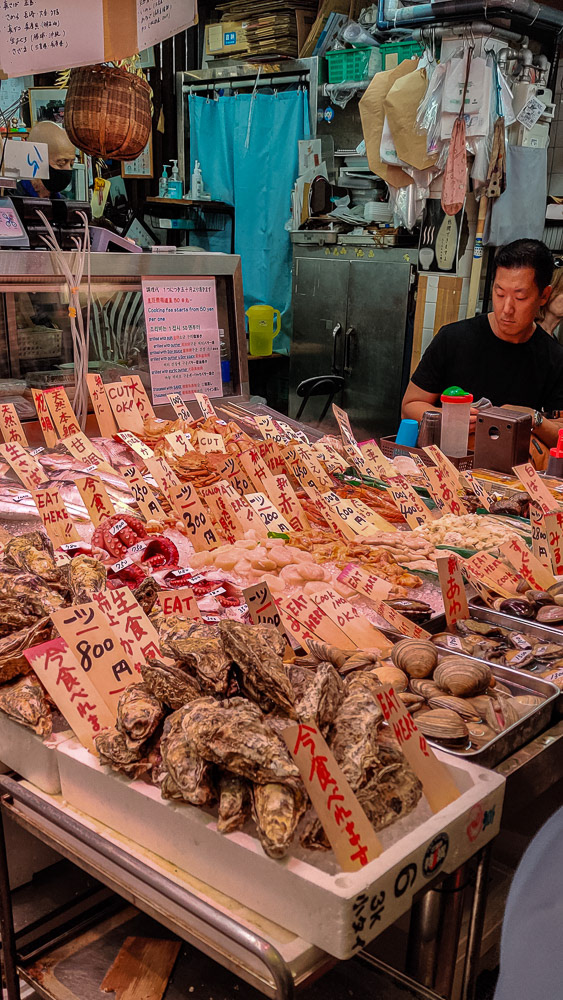
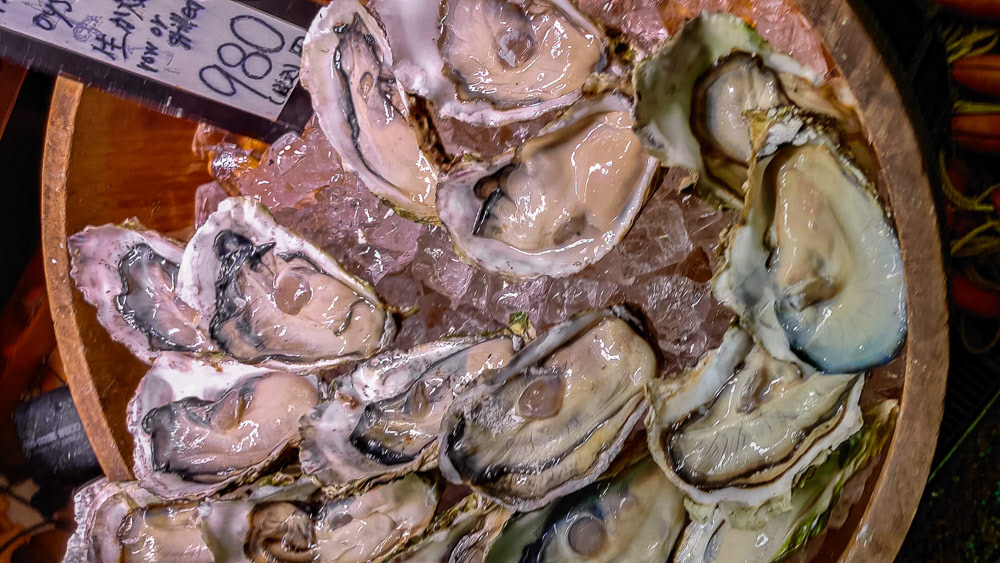
An evening being entertained by a Geiko and a Maiko whom we later met and discussed their lifestyle.
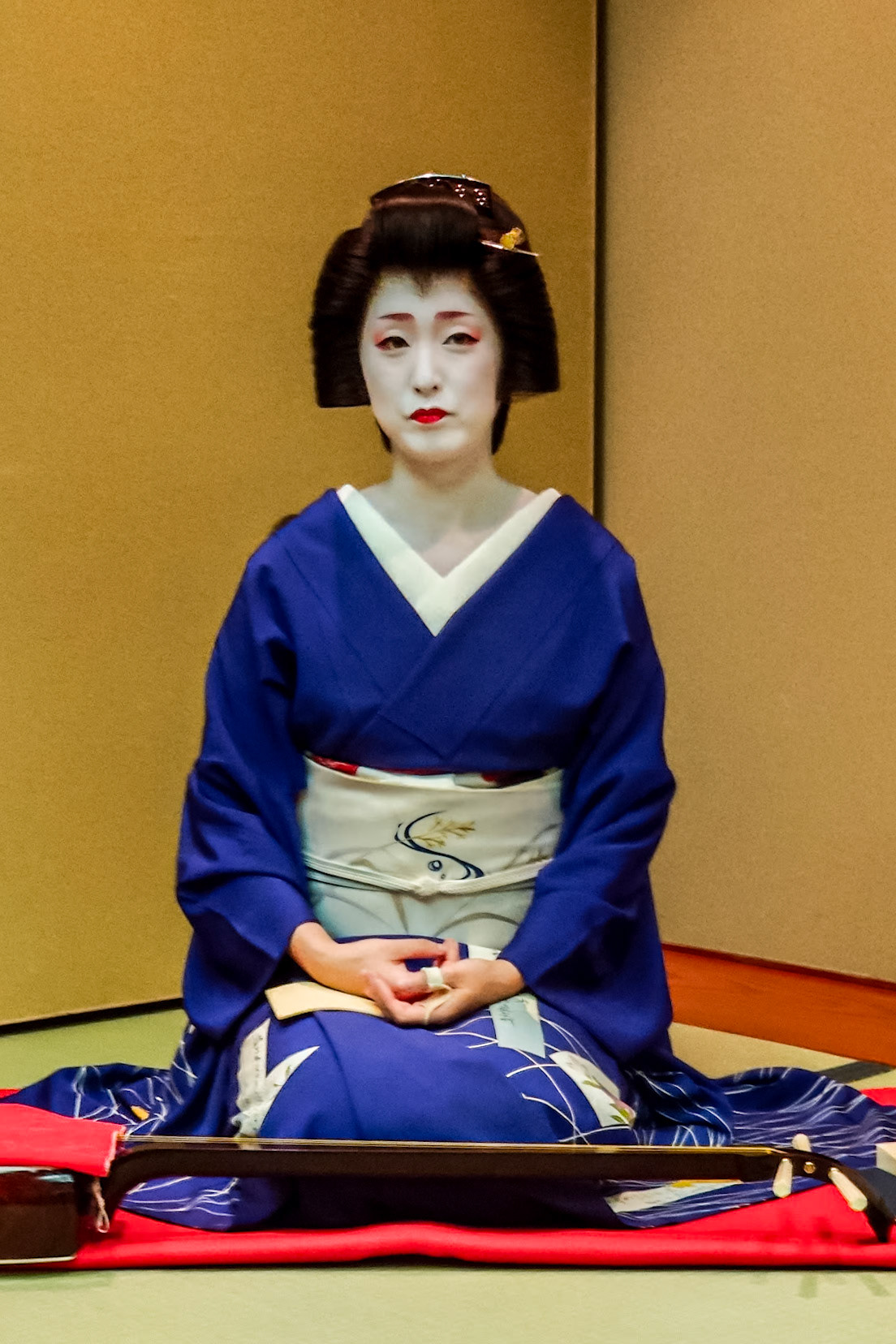
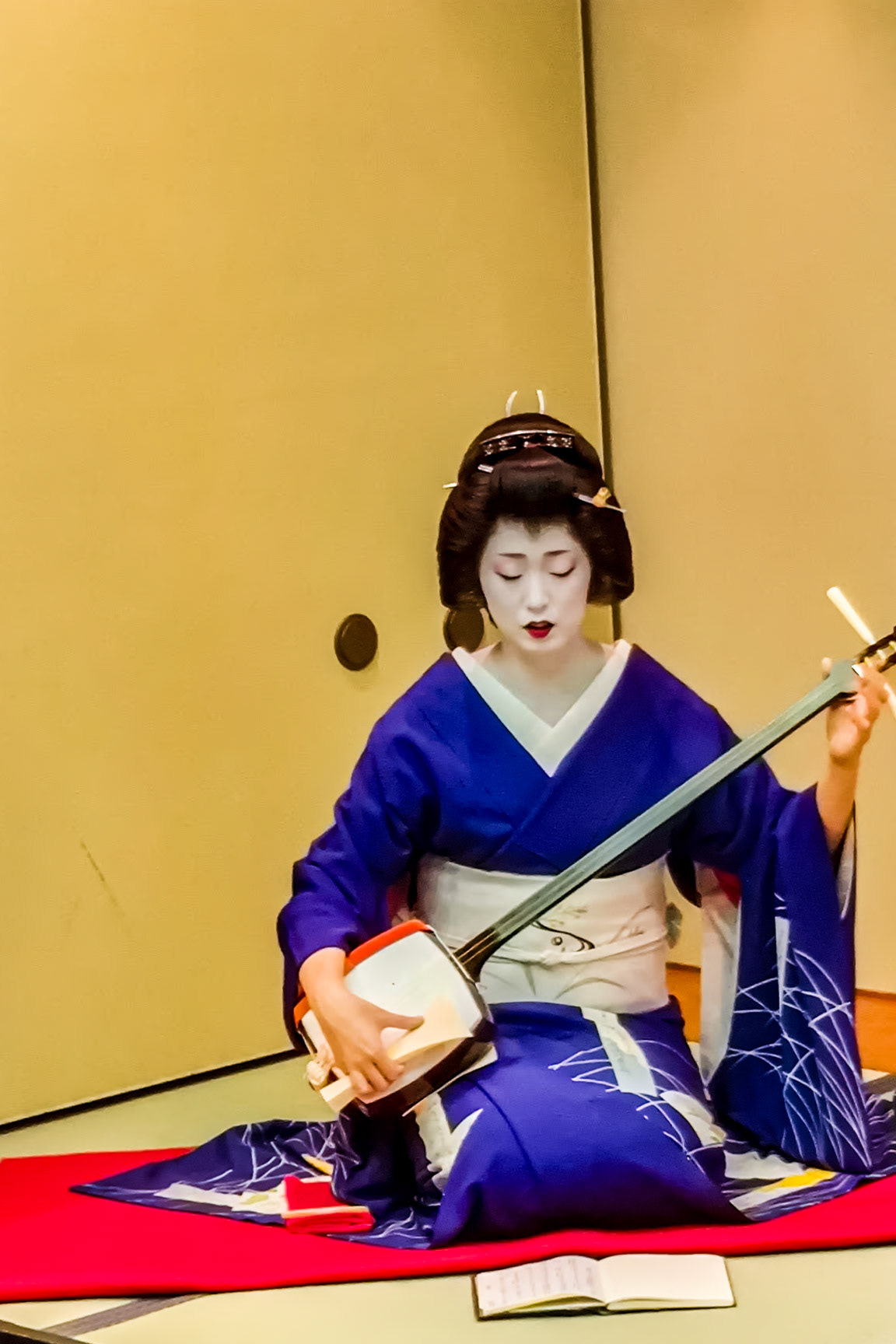
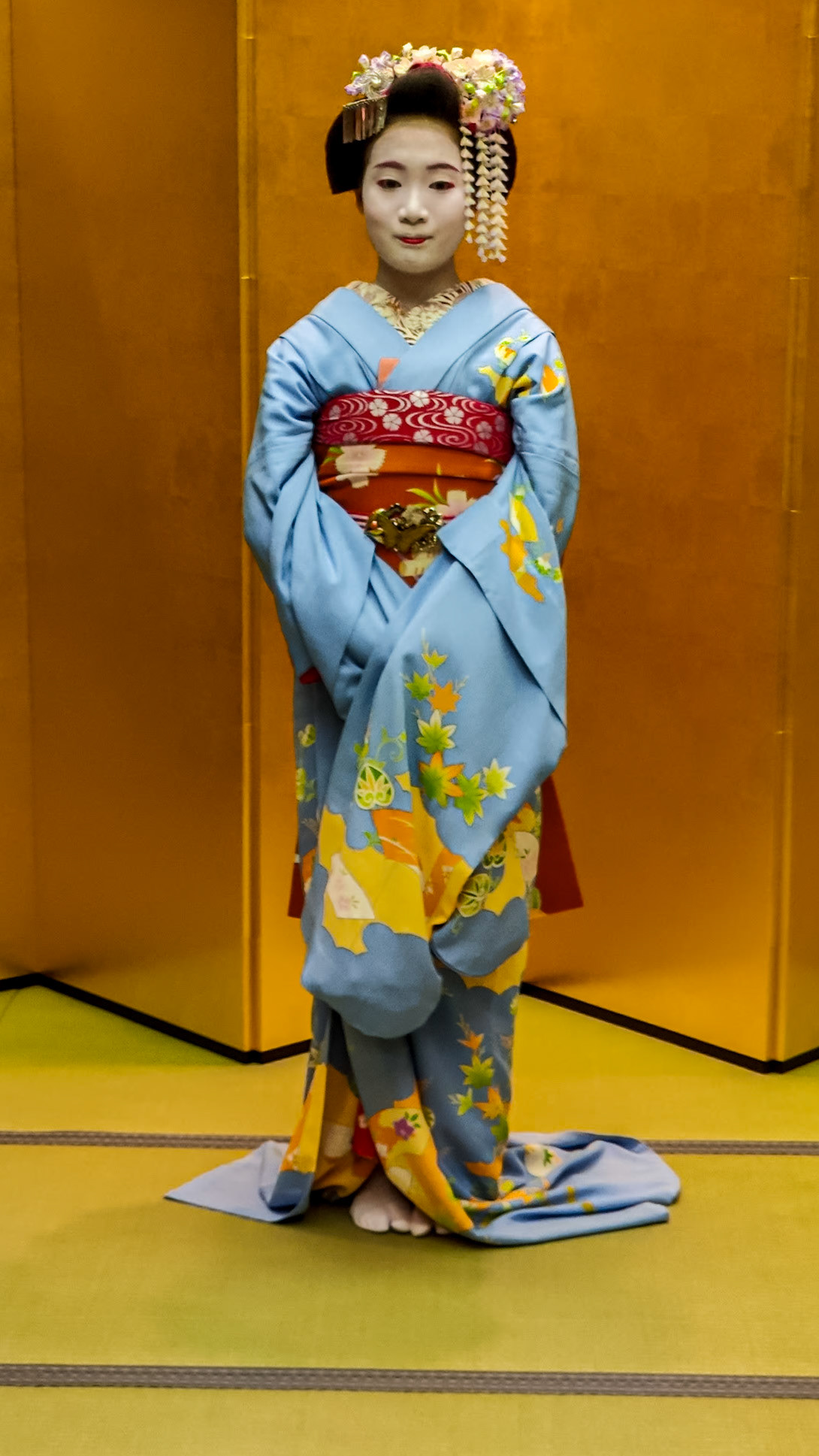



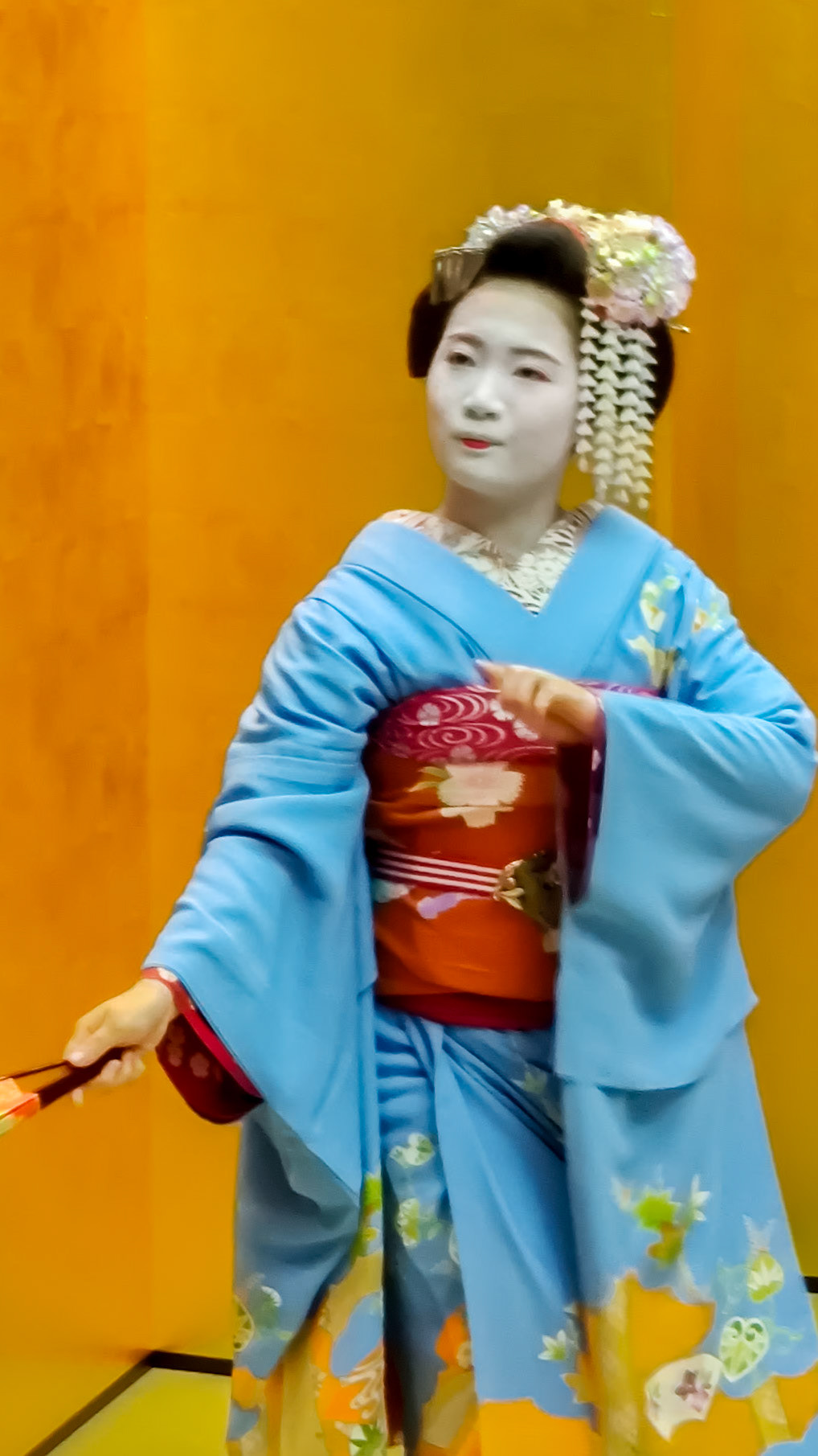
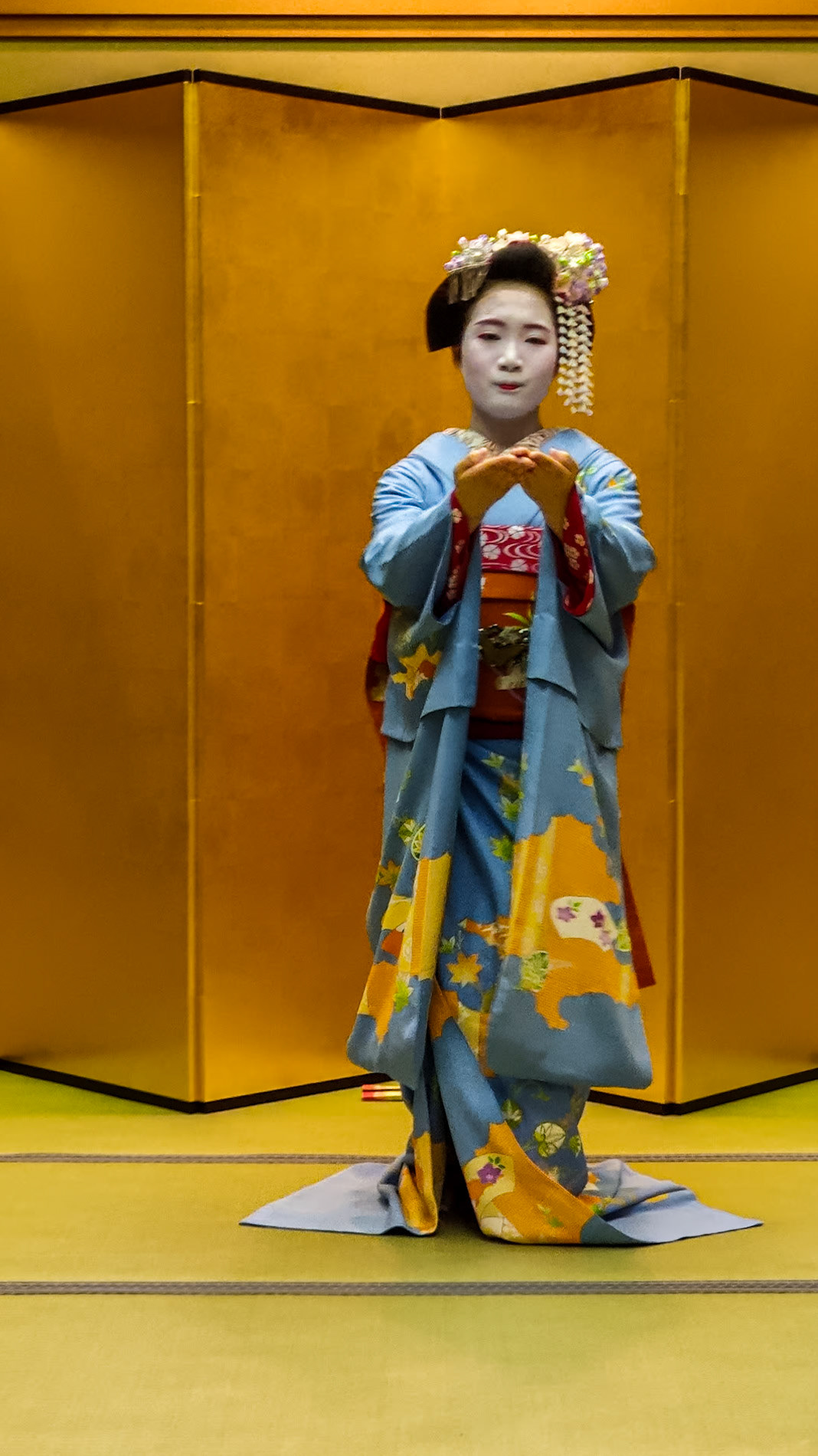
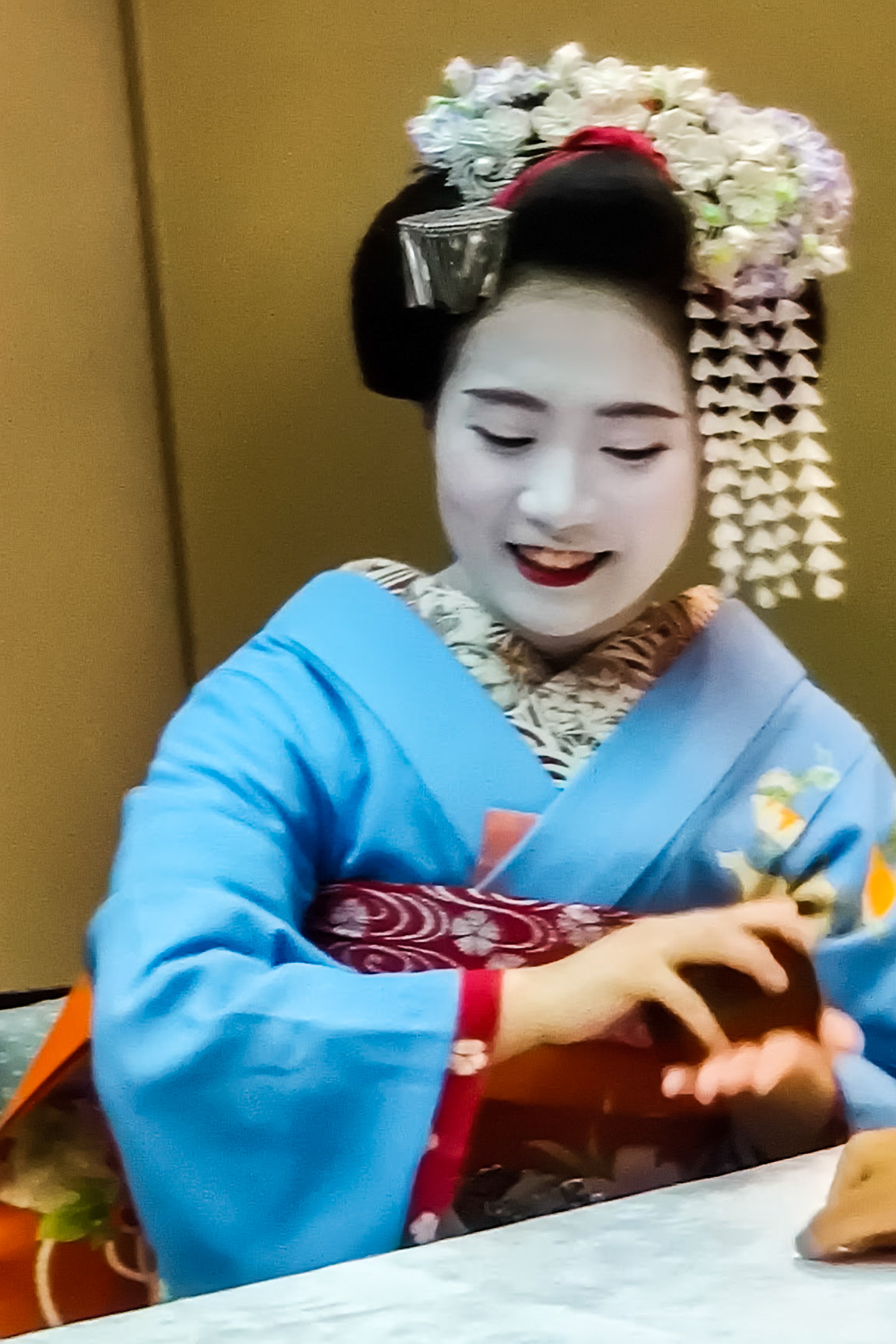
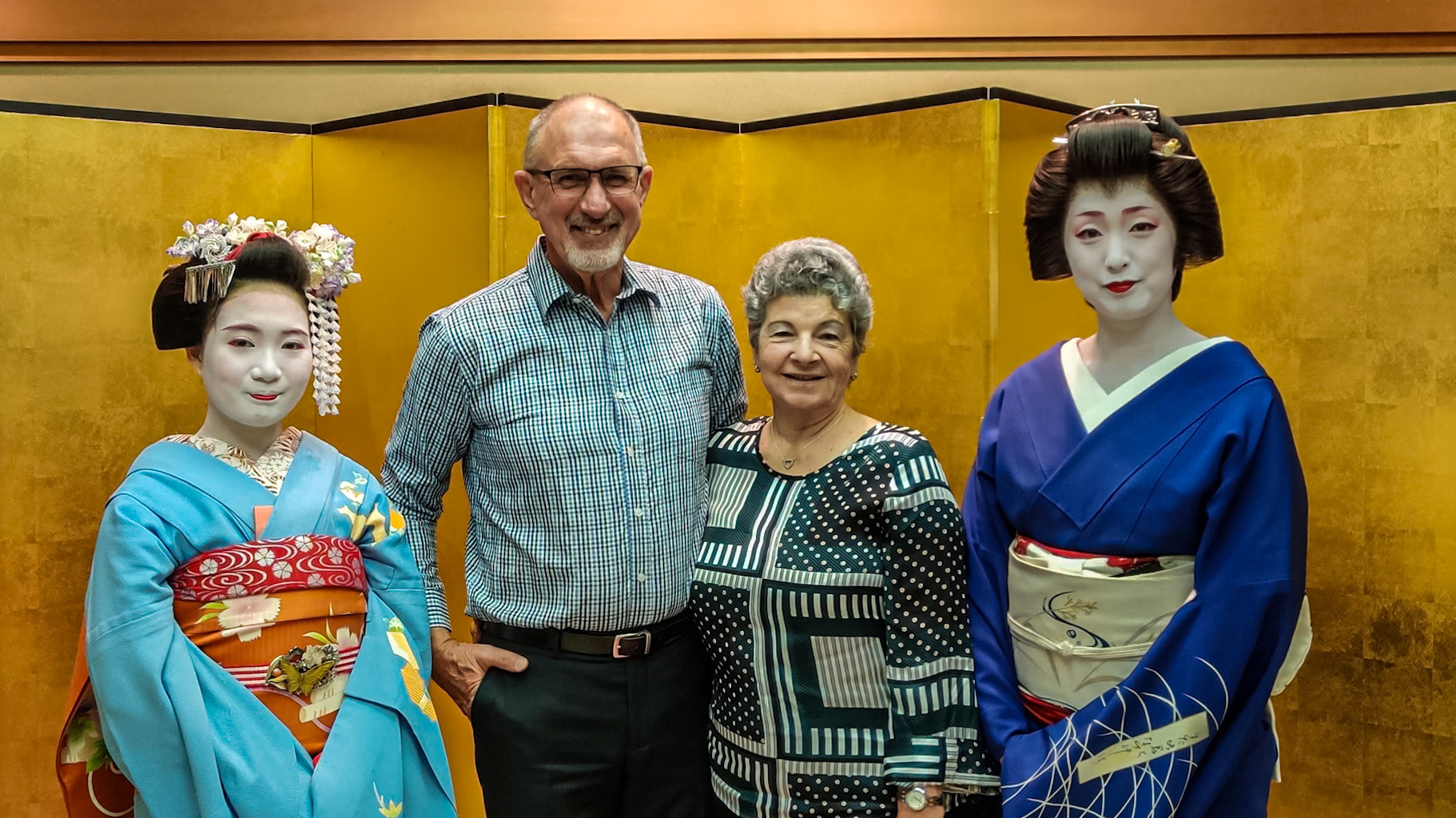
Day 8 - Our day begins with a visit to Fushimi Inari famous for it's thousands of vermillion torii gates (featured in Memoirs of a Geisha).
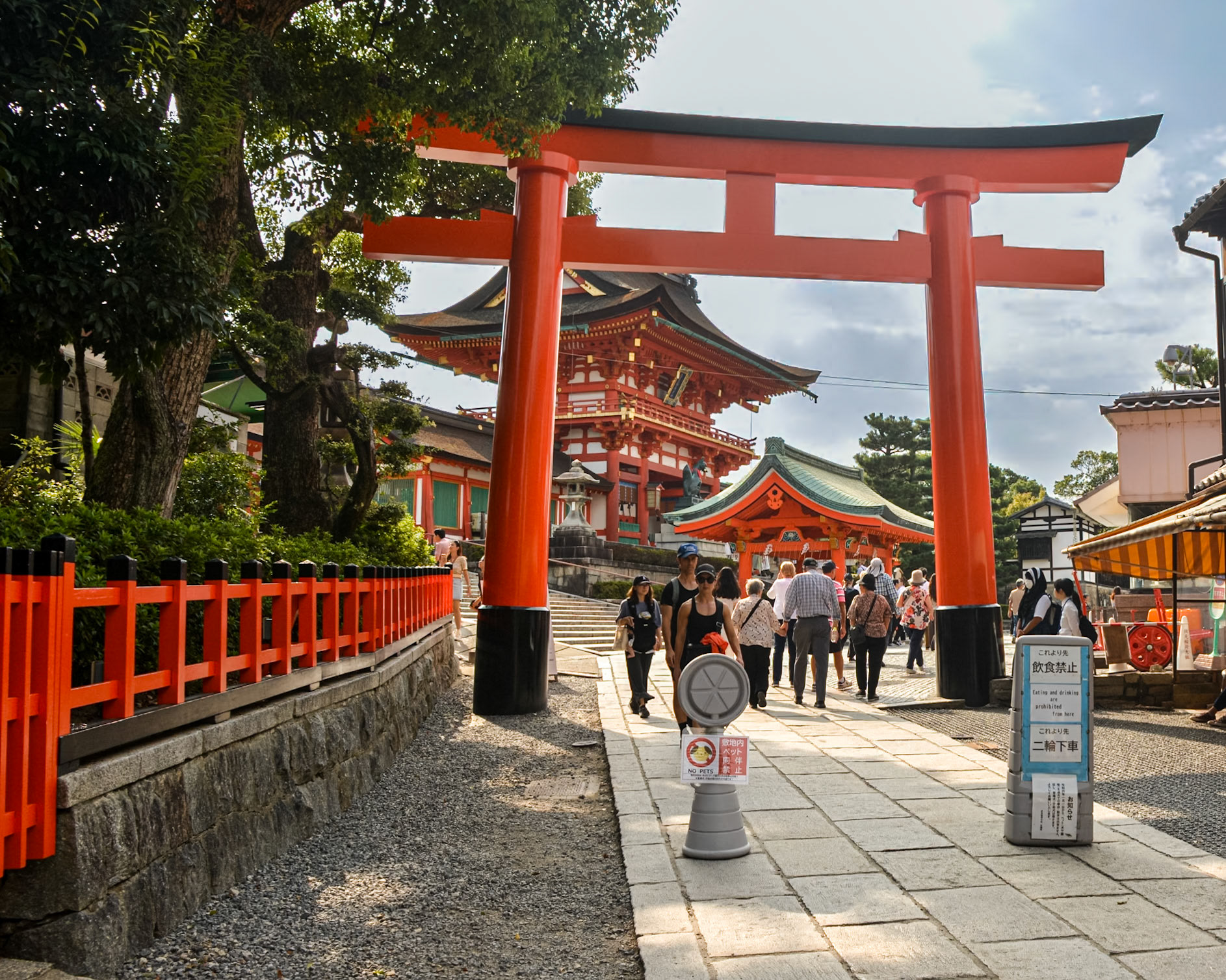
Fushimi-ku Kyoto, our group joins the ever constant stream of tourists in the streets leading towards the main gate of the Fushimi Inari-Taisha Shrine.
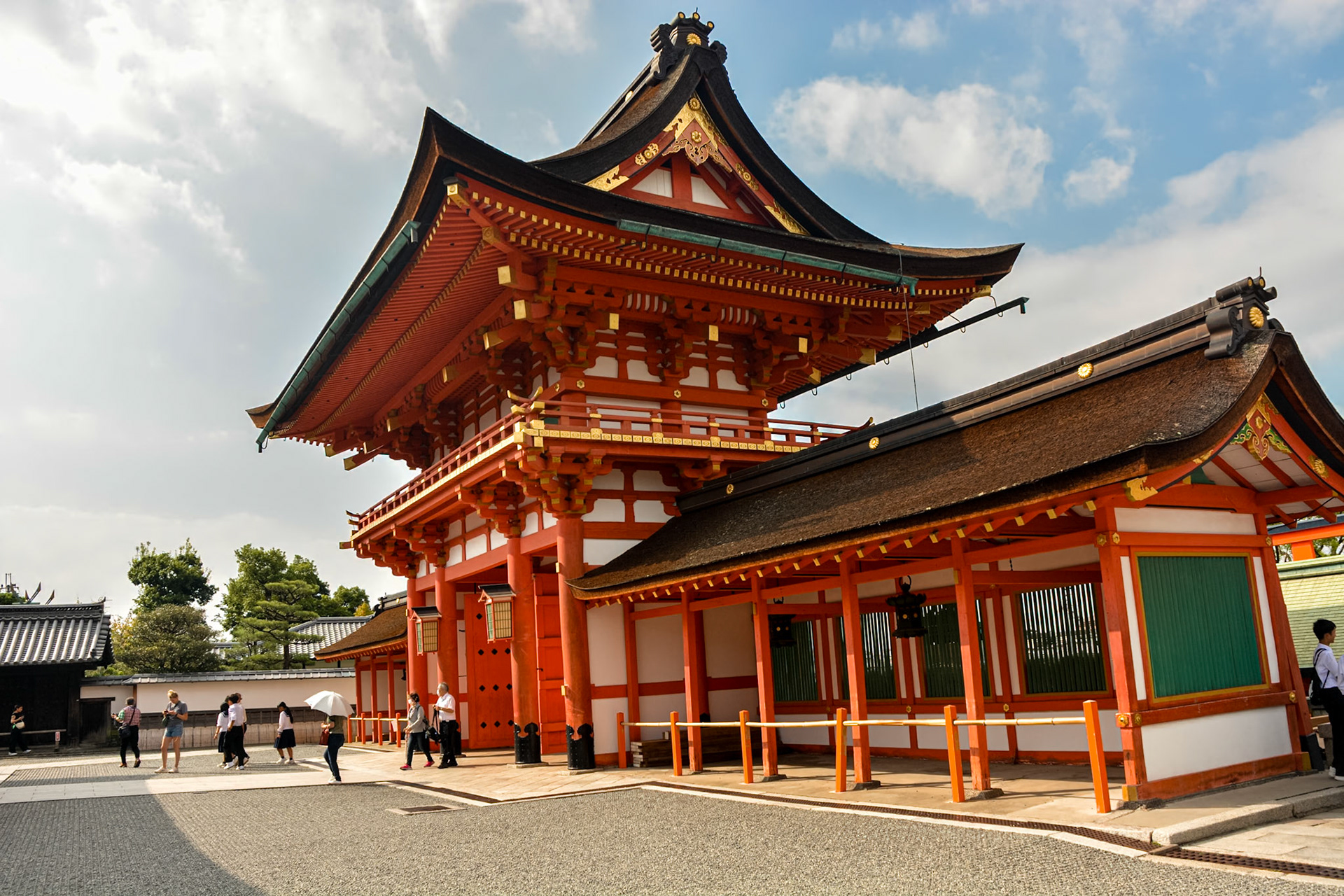
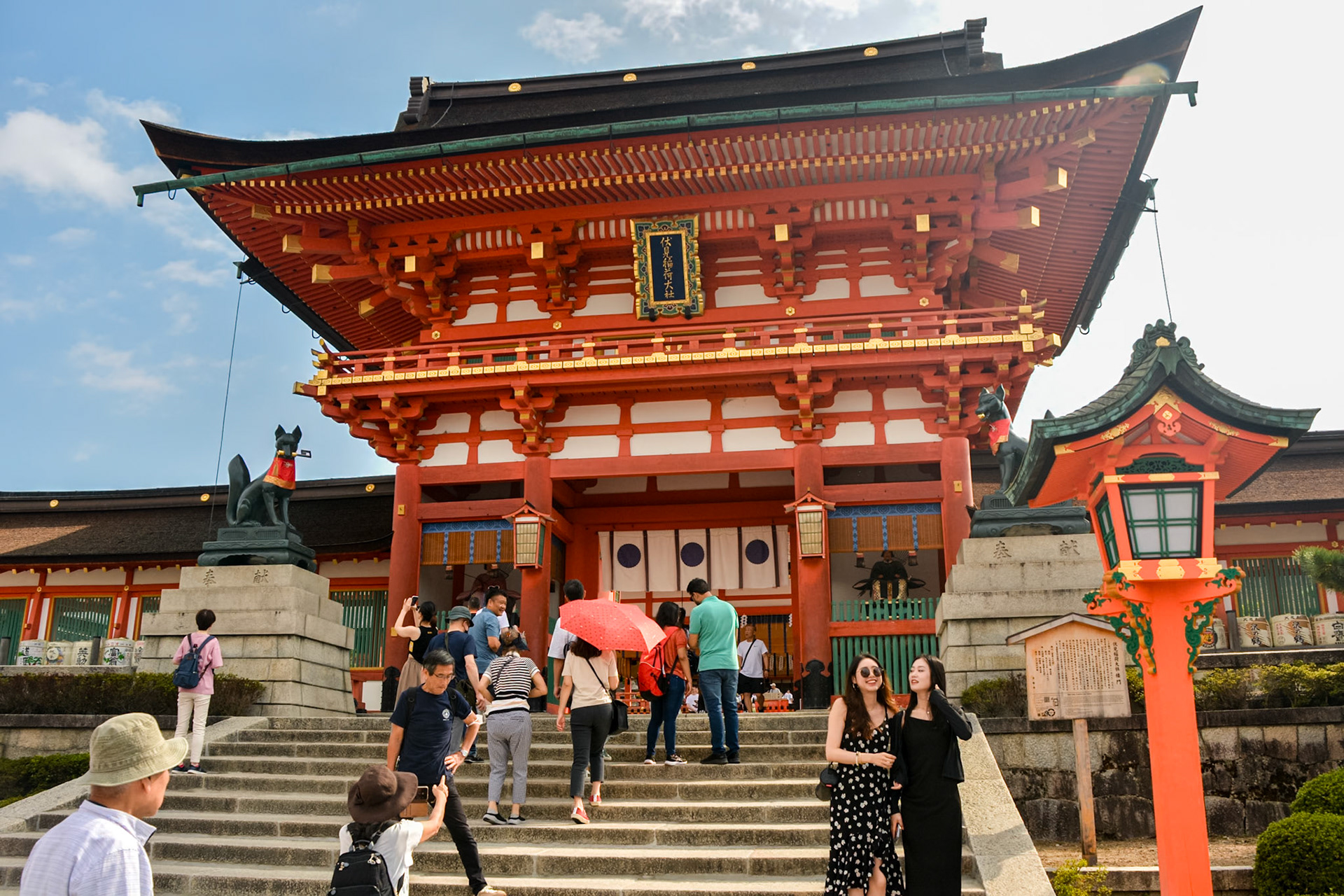
The main gate into Fushimi Inari-Tiasha Shrine - dedicated to Inari, the deity of a good harvest and success in business.
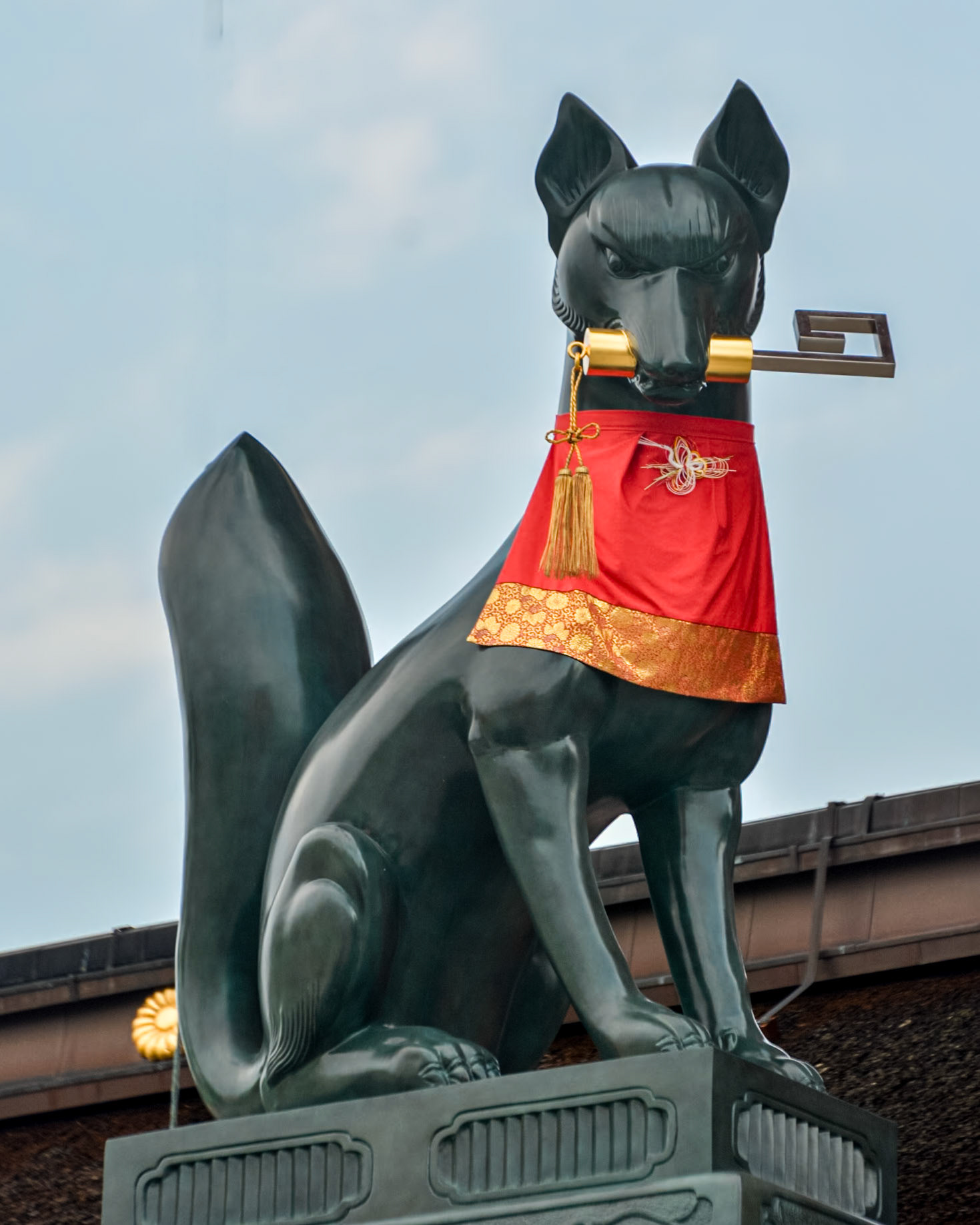
Fushimi Inari-Taisha Shrine - near the main gate is a fox holding a key in its mouth.
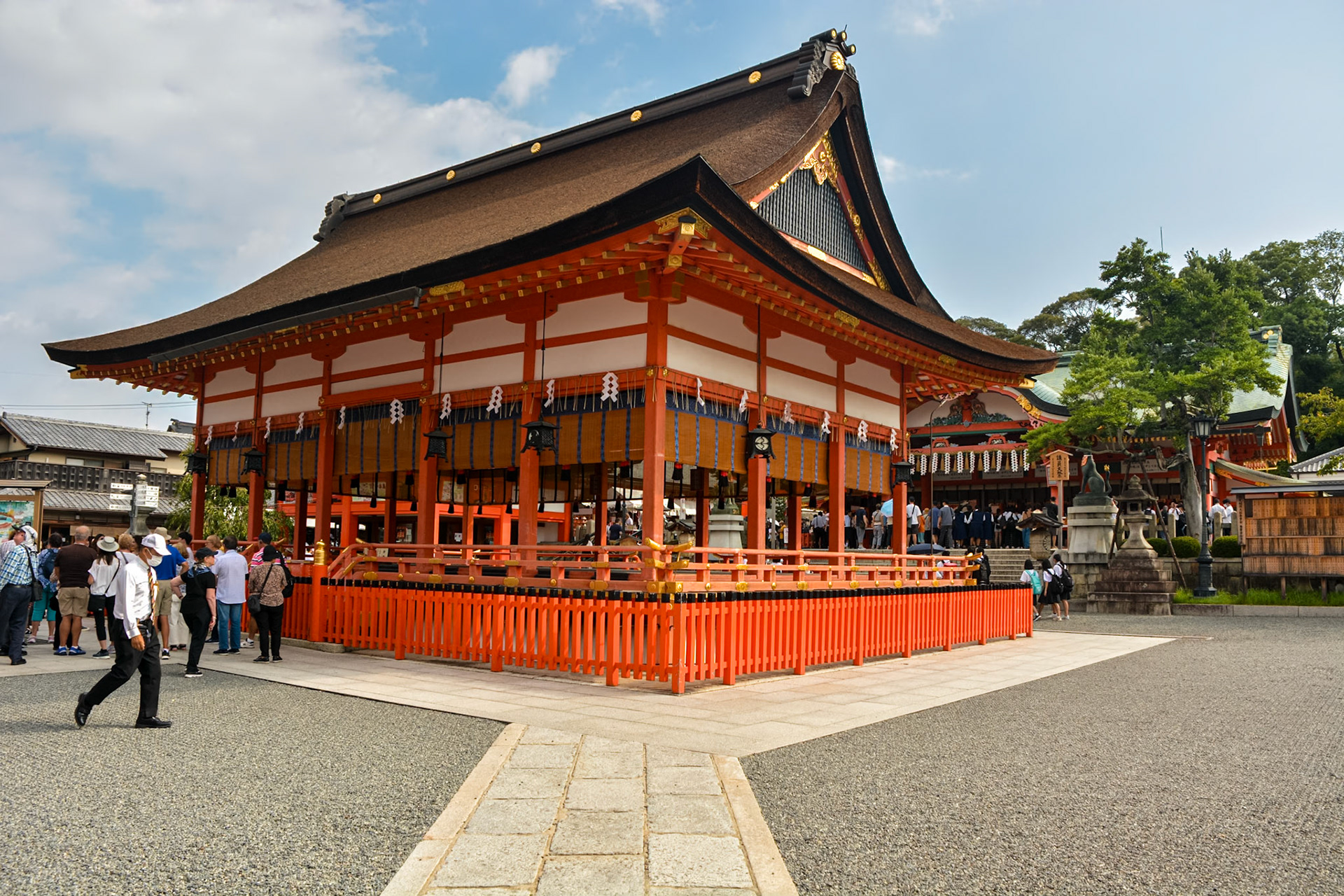
Fushimi Inari Shrine buildings behind the main gate.
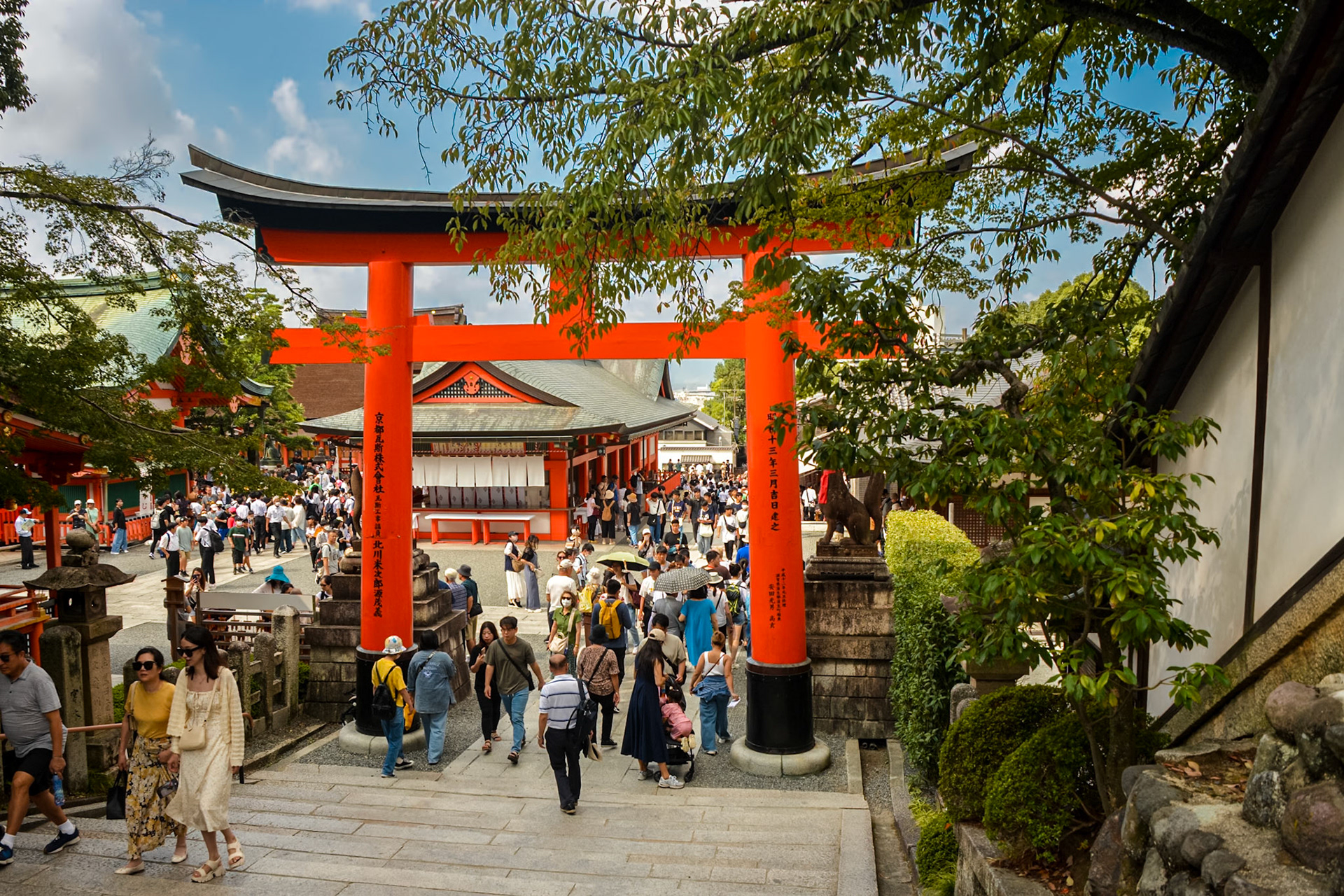
Fushimi Inari - a large Torii Gate frames the pathway leading back down into the main entrance courtyard of the Shrine.
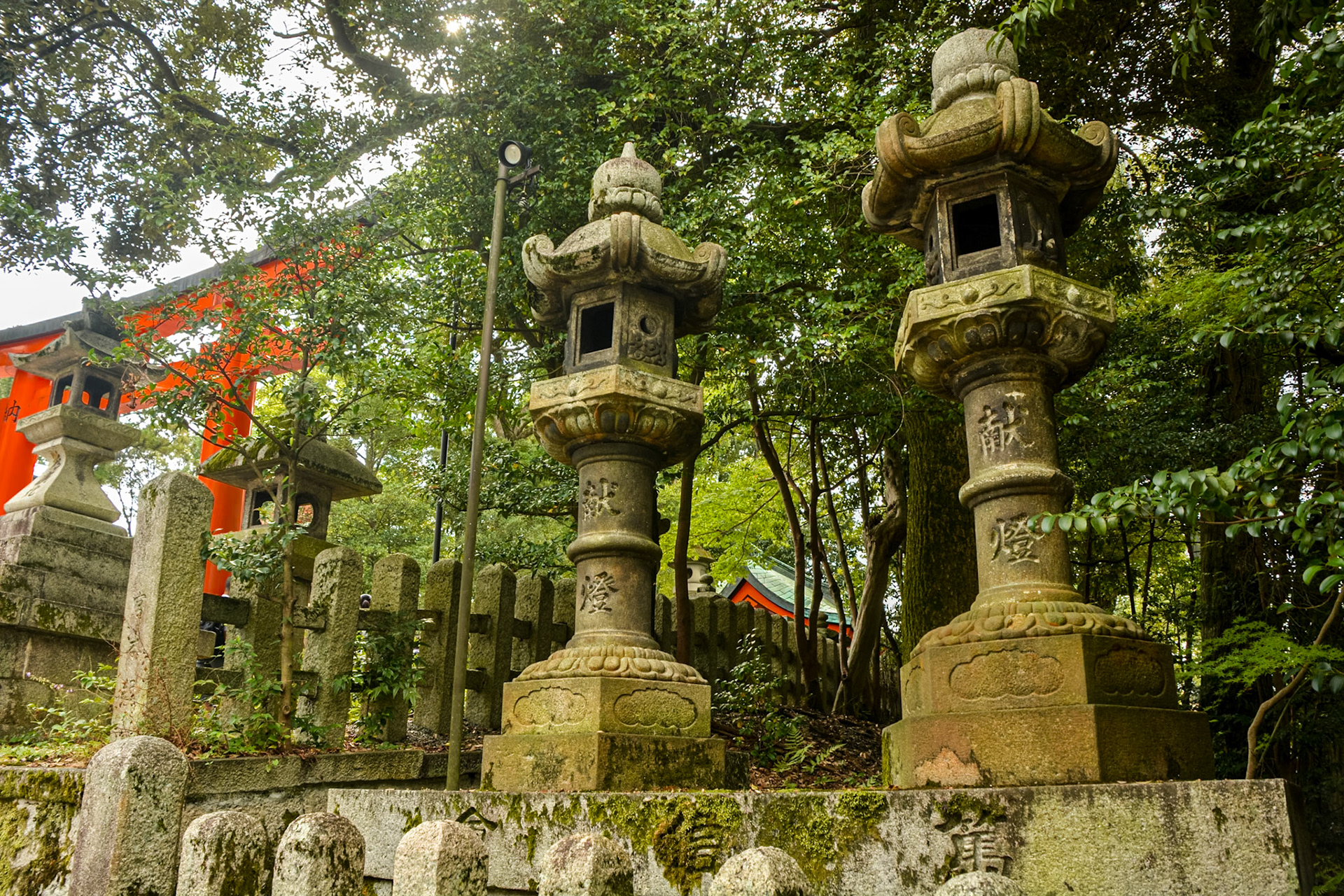
Moss covered stone lanterns adjacent the pathway heading towards Senbon Torii.
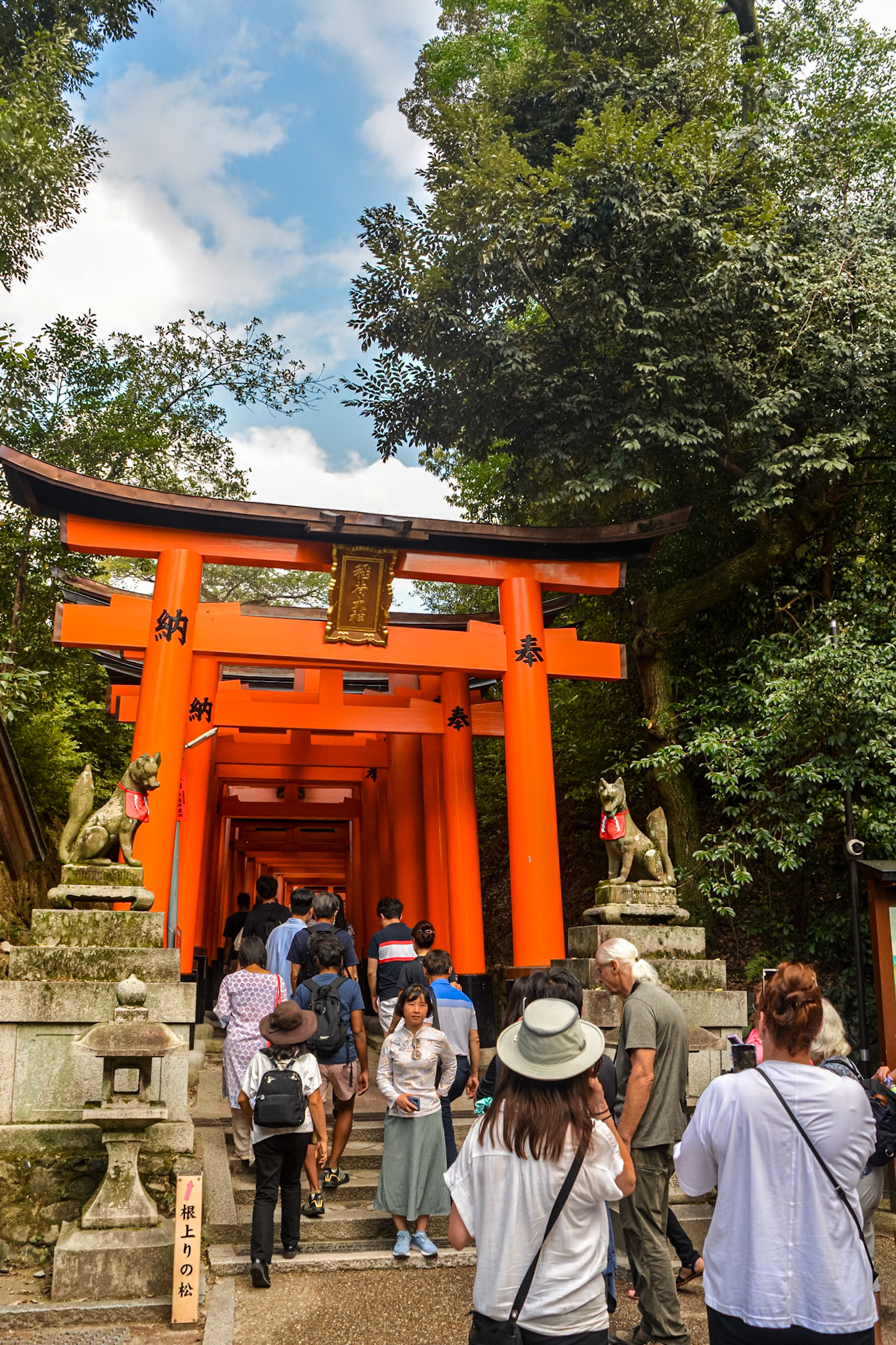
Fushimi Inari - about to enter Senbon Torii (1,000 Torii gates).
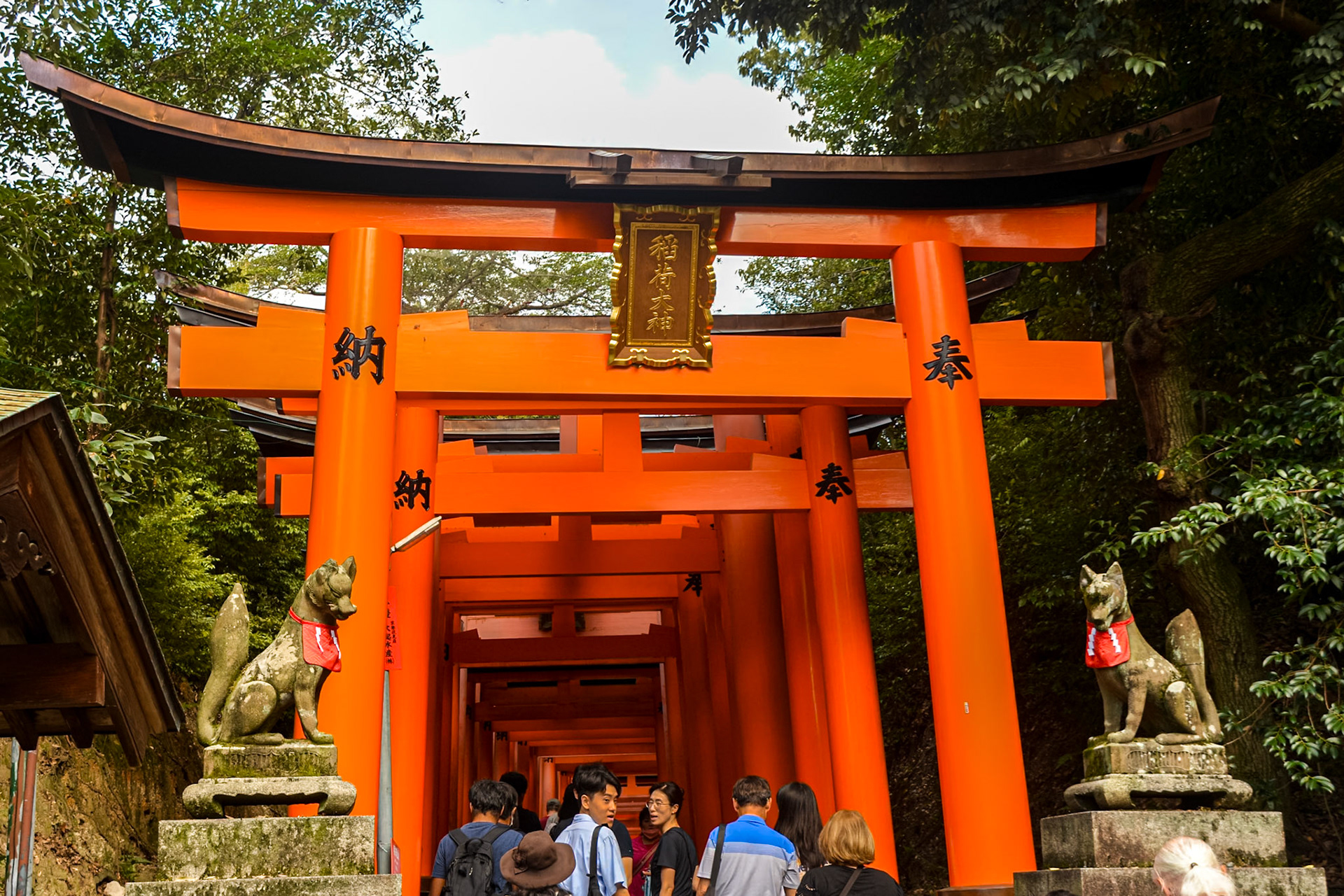
Fushimi Inari - walking through Senbon Torii (1,000 Torii gates) again we see a pair of fox statues at the commencement of this section.
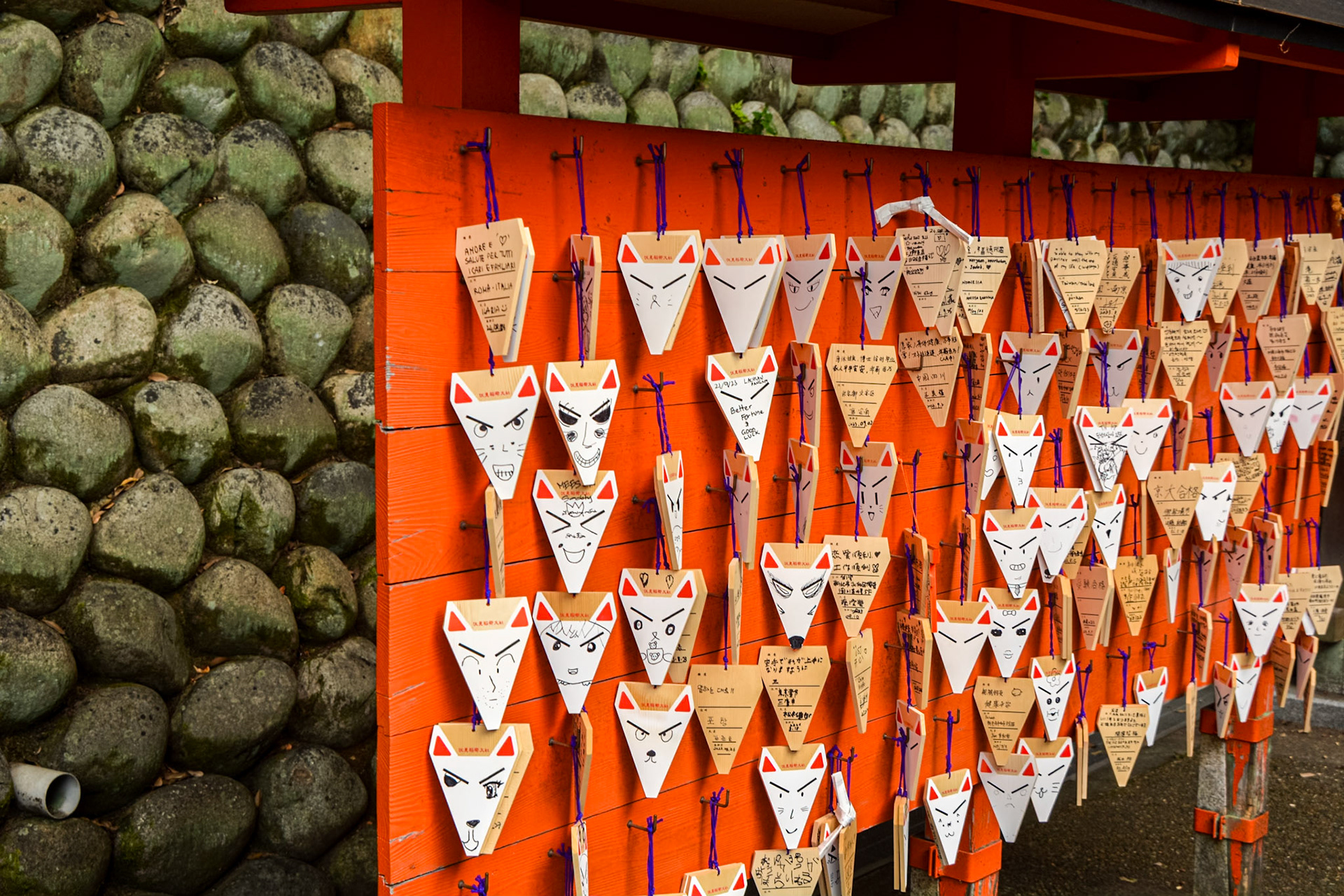
Fushimi Inari - Omokaru-ishi (Stone of fortune telling) messages hanging of good fortune hanging from a wall.
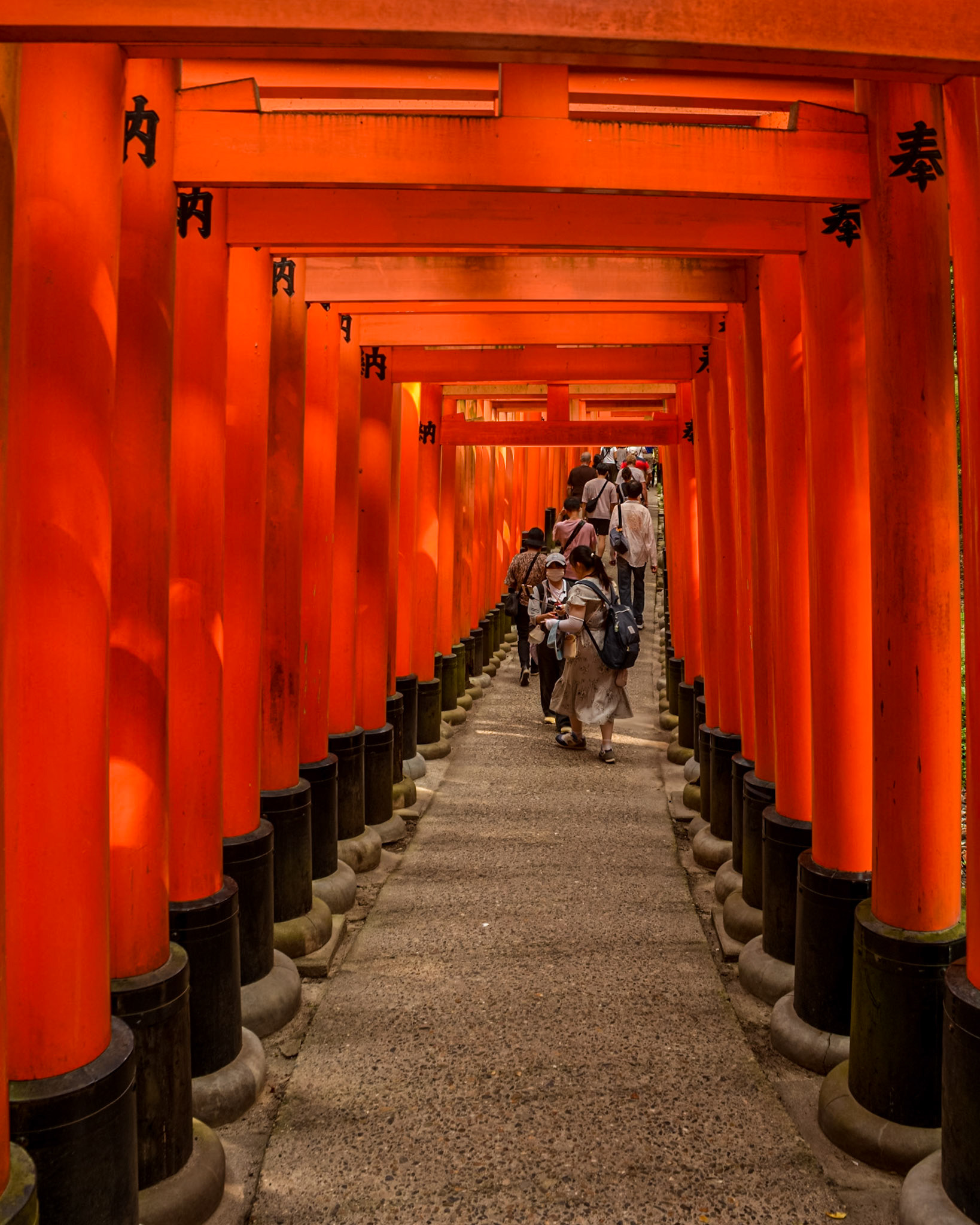
Fushimi Inari - walking through Senbon Torii (1,000 Torii gates).

Fushimi Inari11 - inside the Senbon Torii path.

A photo opportunity in Senbon Torii without the crowds.
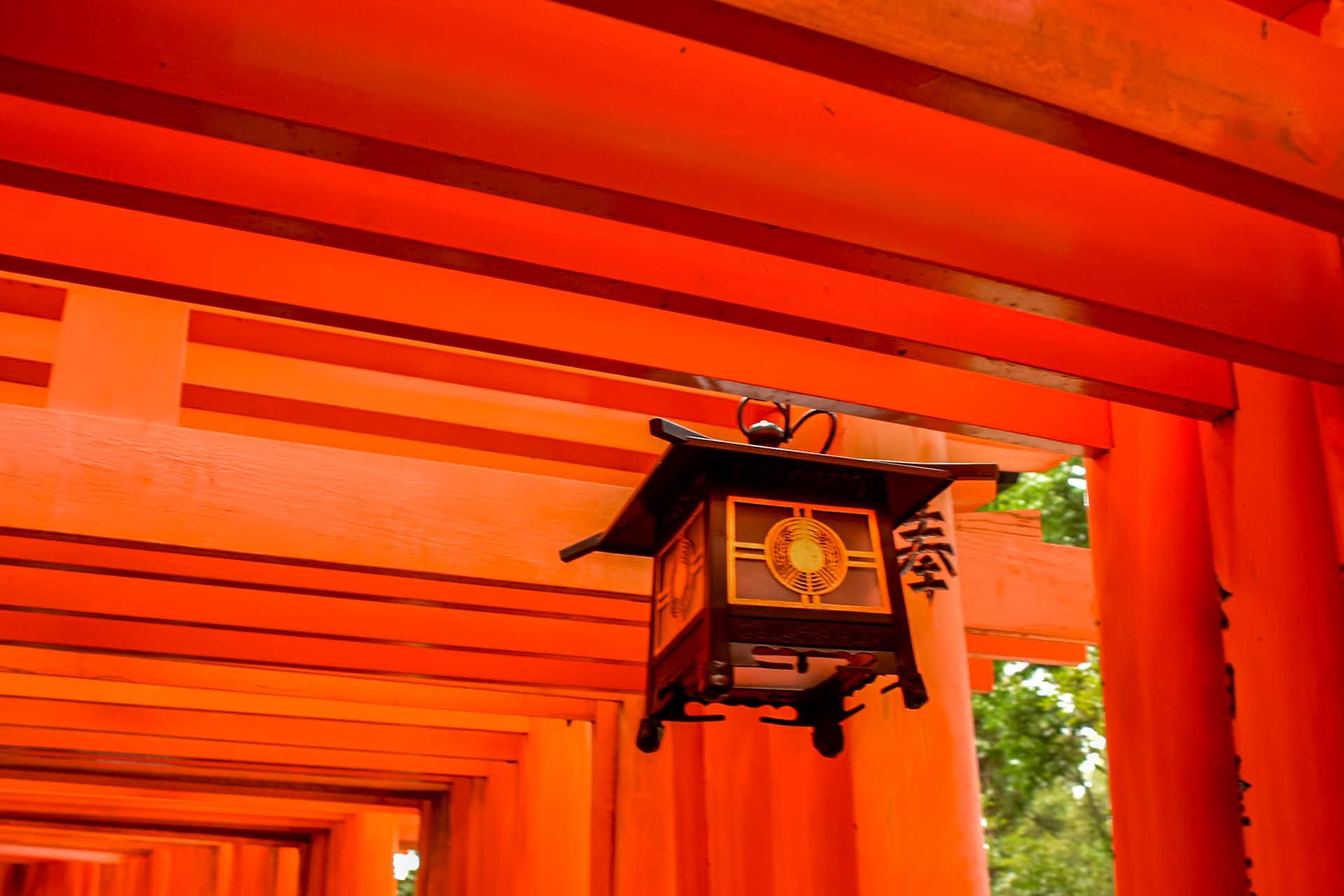
Fushimi Inari - a hanging lantern along the Torii path.

Fushimi Inari - stone shrine and mini-torii off the main path.
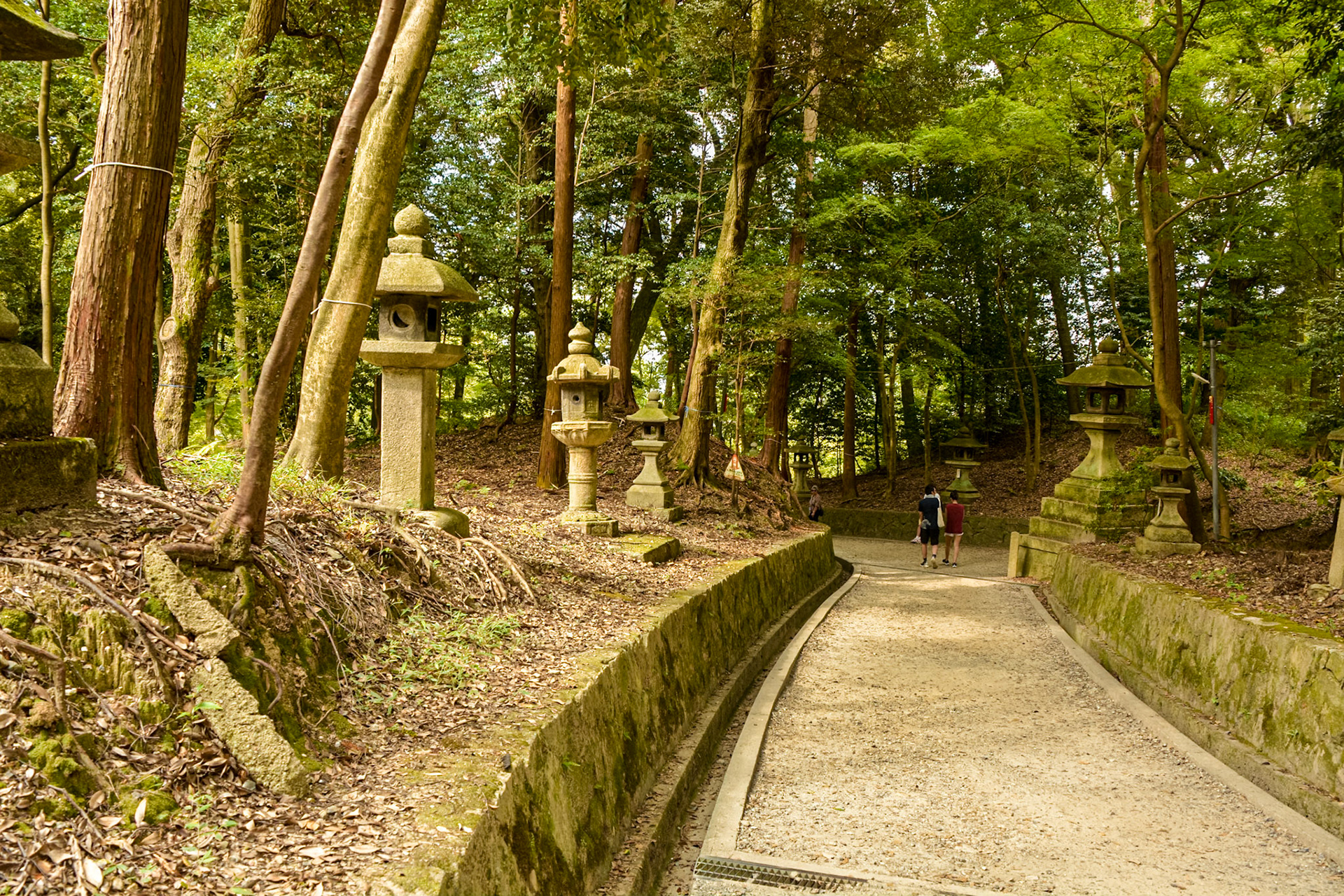
Fushimi Inari - stone lanterns along a mountain path.
Day 8 - Nara we visit Todai-ji Temple.

Approaching Todaiji Temple - Nandaimon, the Great Southern Gate to enter Todai-ji.
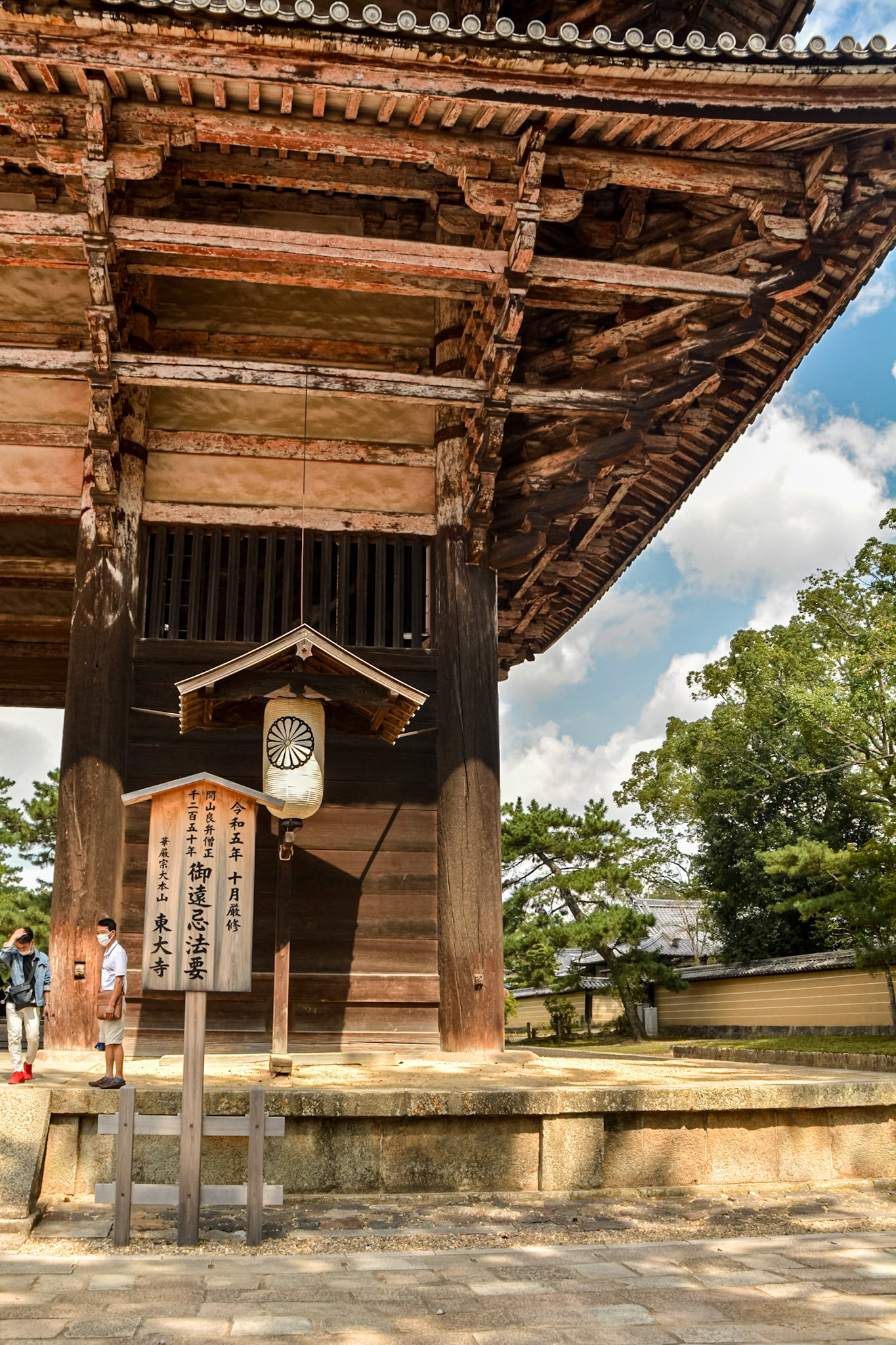
Nandaimon, the Great Southern Gate's timber construction an amazing example of Japanese craftsmanship.

Agyo, one of two great gate guardians within Nandaimon.
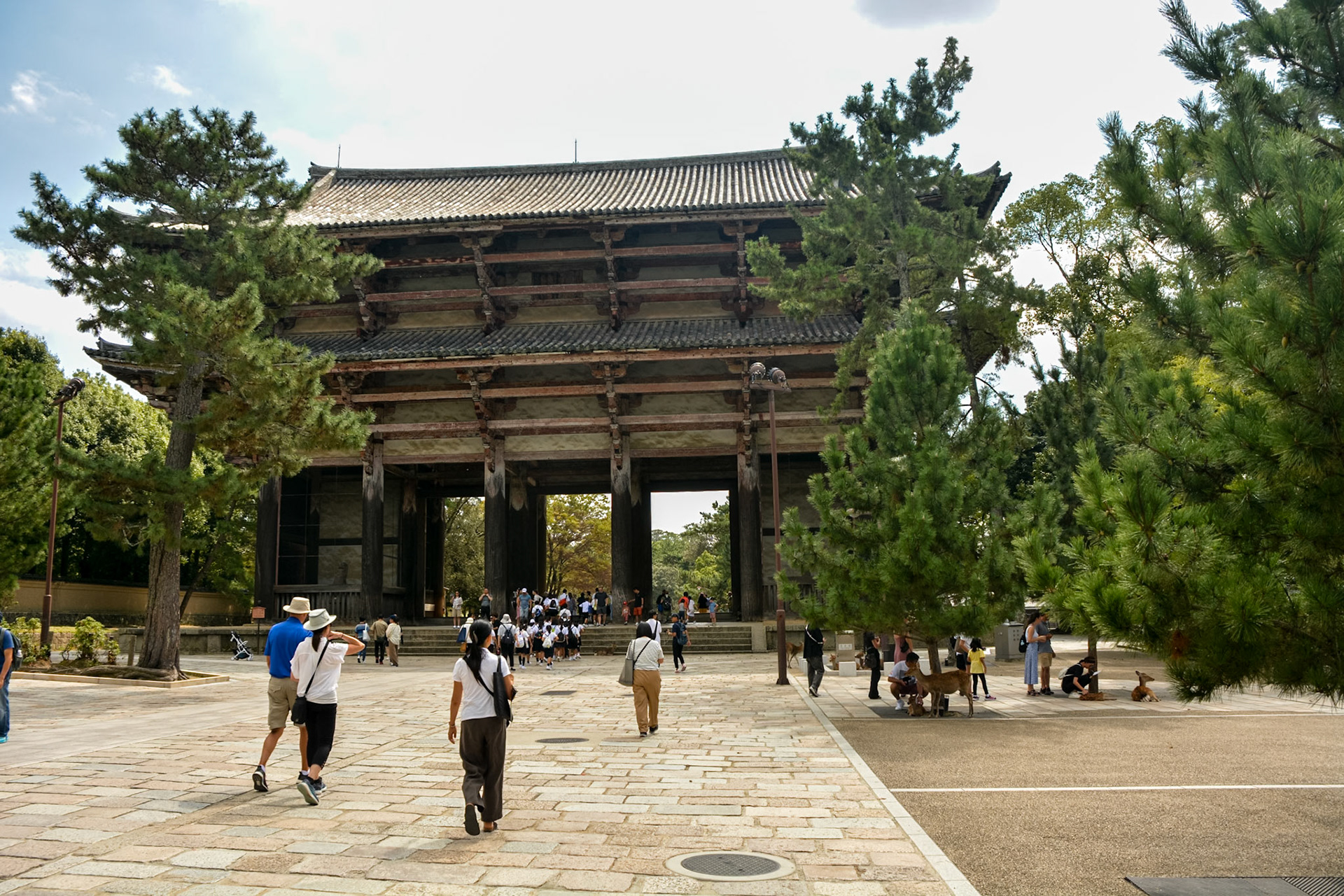
A view of the Nandaimon as you exit the park grounds.
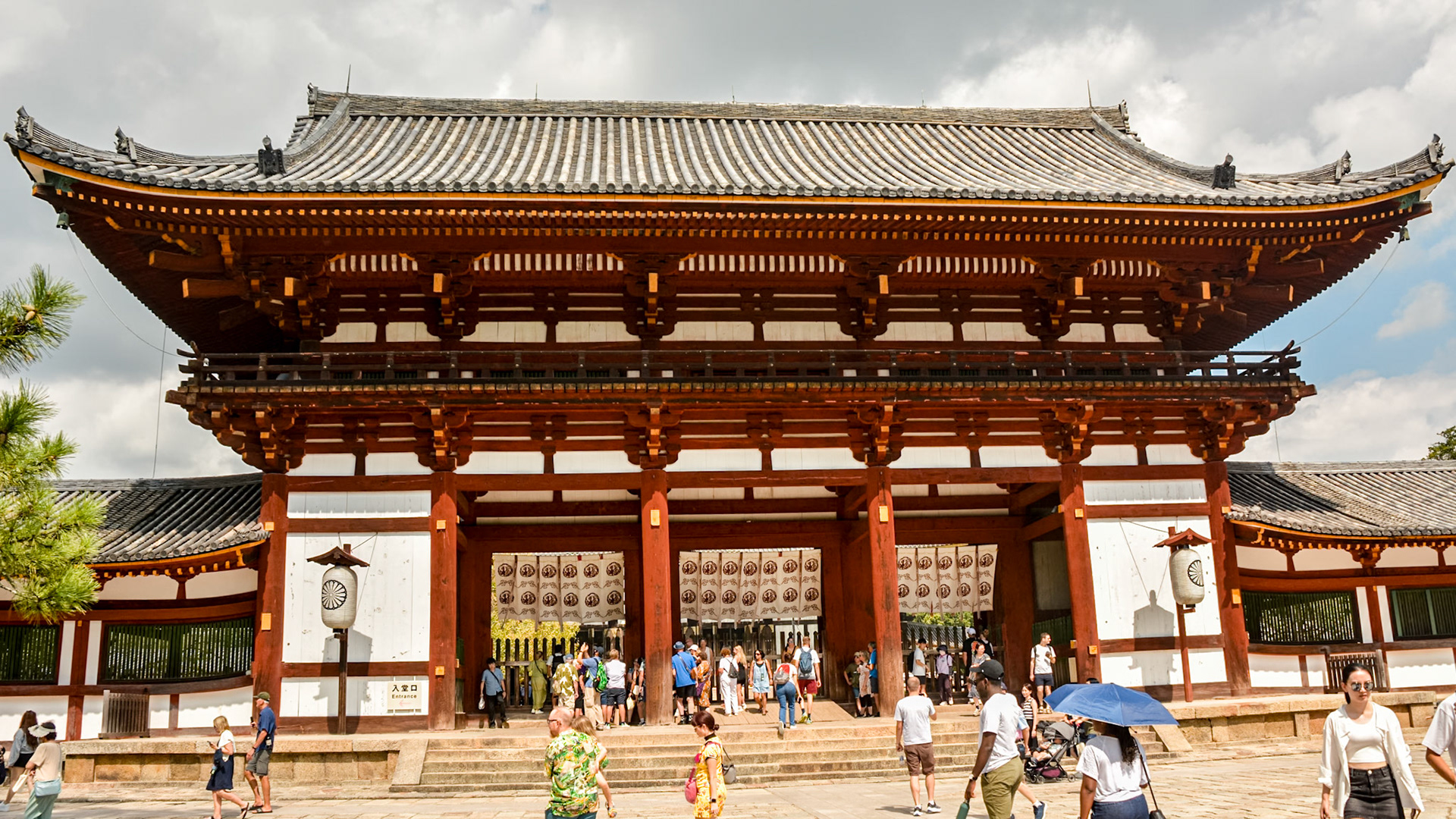
Todaiji Temple's Middle gate (Chu-mon)
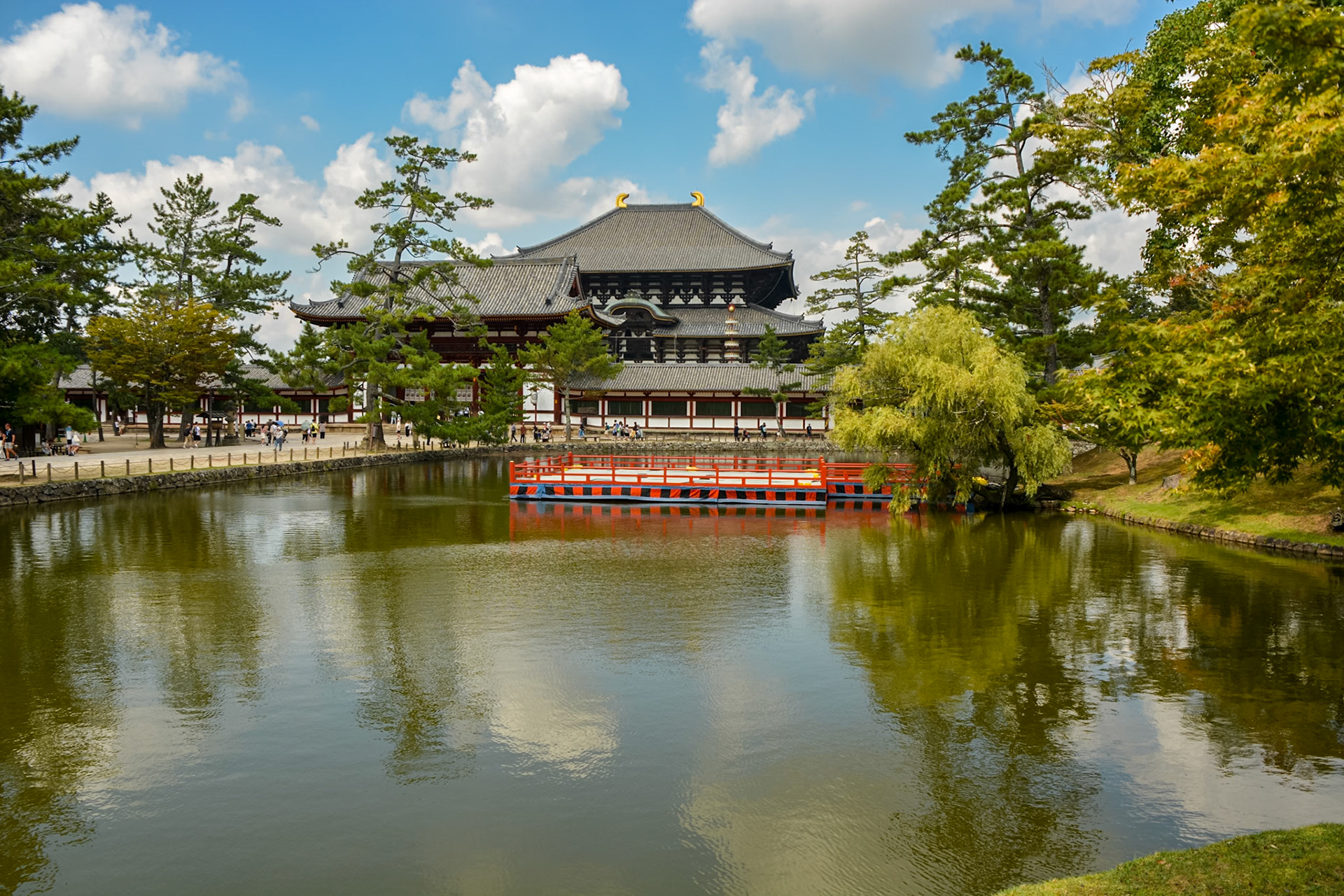
Mirror lake with Todai-ji in the background.
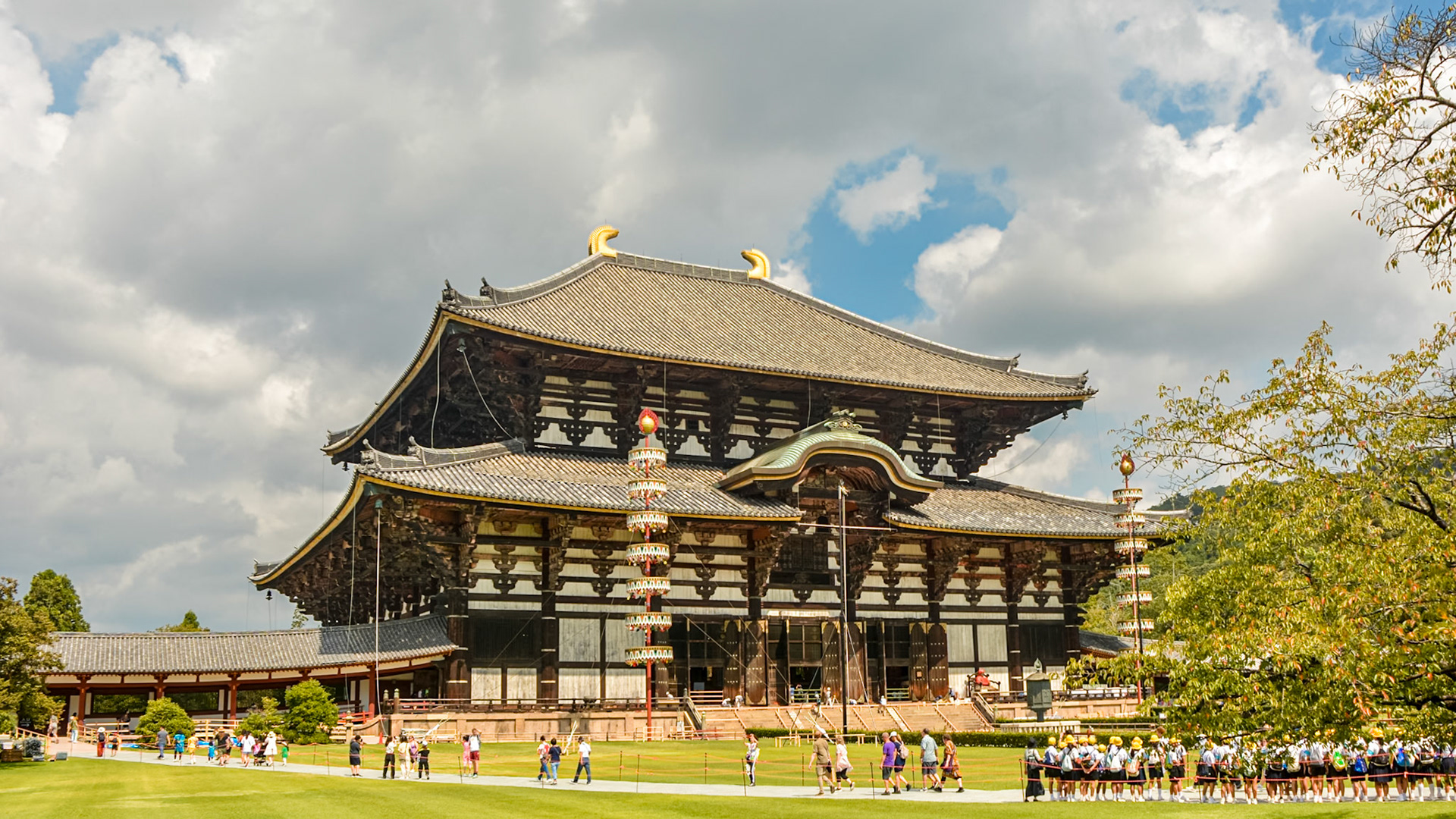
Todaiji Temple - The Great Buddha Hall (daibutsuden).
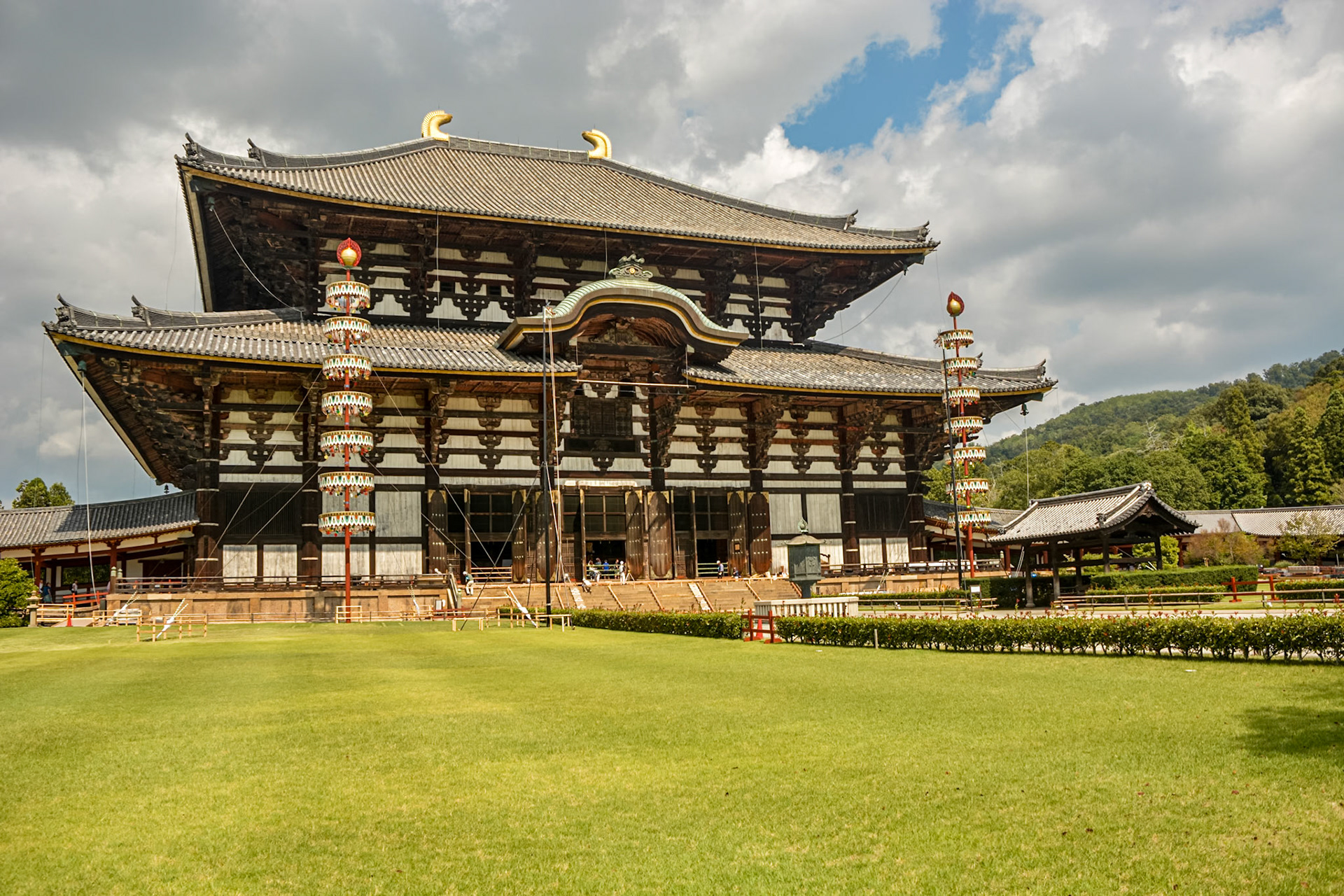
Todaiji Temple - Kon-do, Great Buddha Hall (daibutsuden)

Todaiji Temple - Great Buddha Hall featuring a kara-hafu (curved barge board roofline).

Intricate timber framing of the roof outriggers supporting the overhanging eaves.
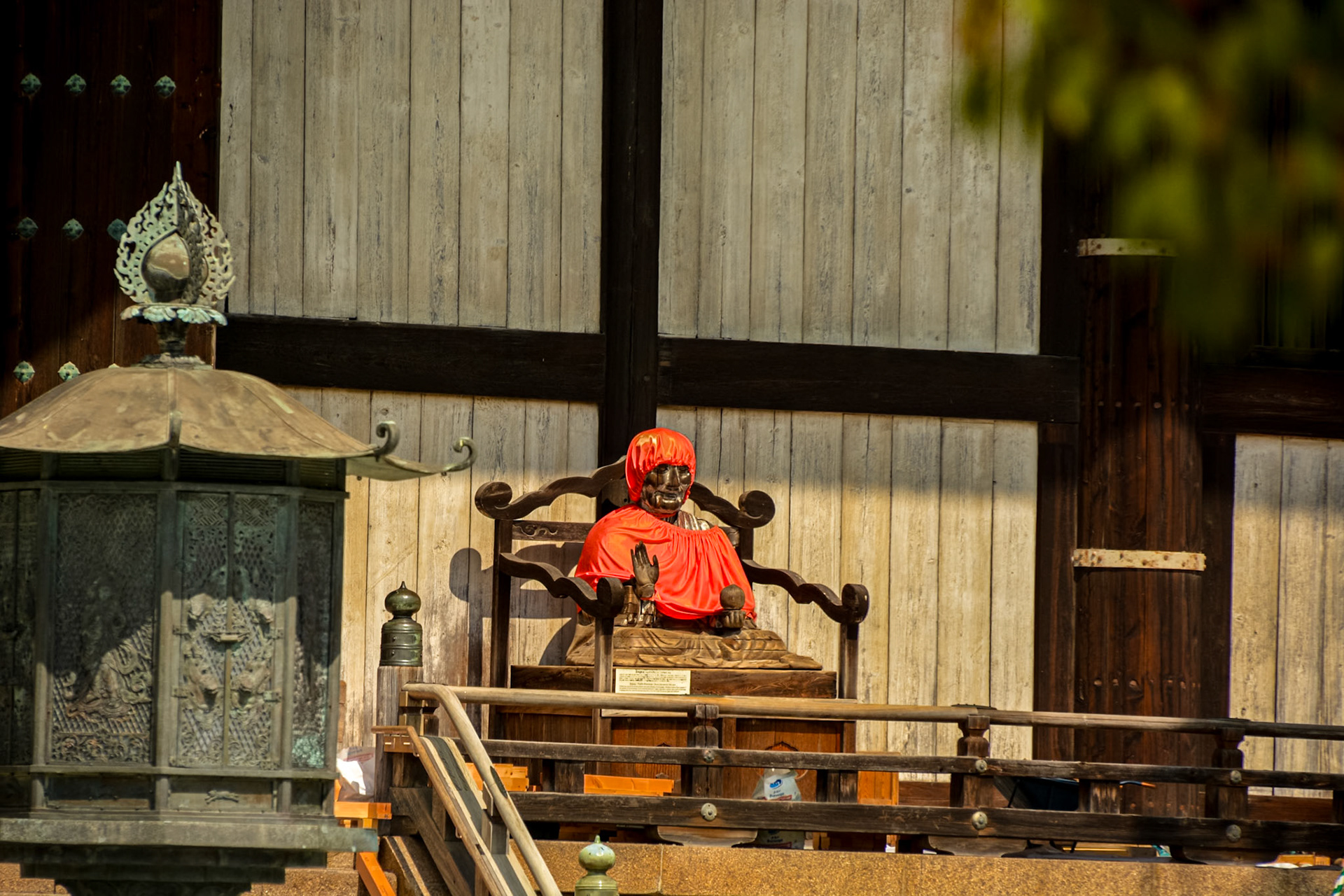
Todaiji Temple - Wooden Binzuru (healer) sculpture.

Todaiji Temple - the Great Buddha (Daibutsu) inside the Great Buddha Hall.
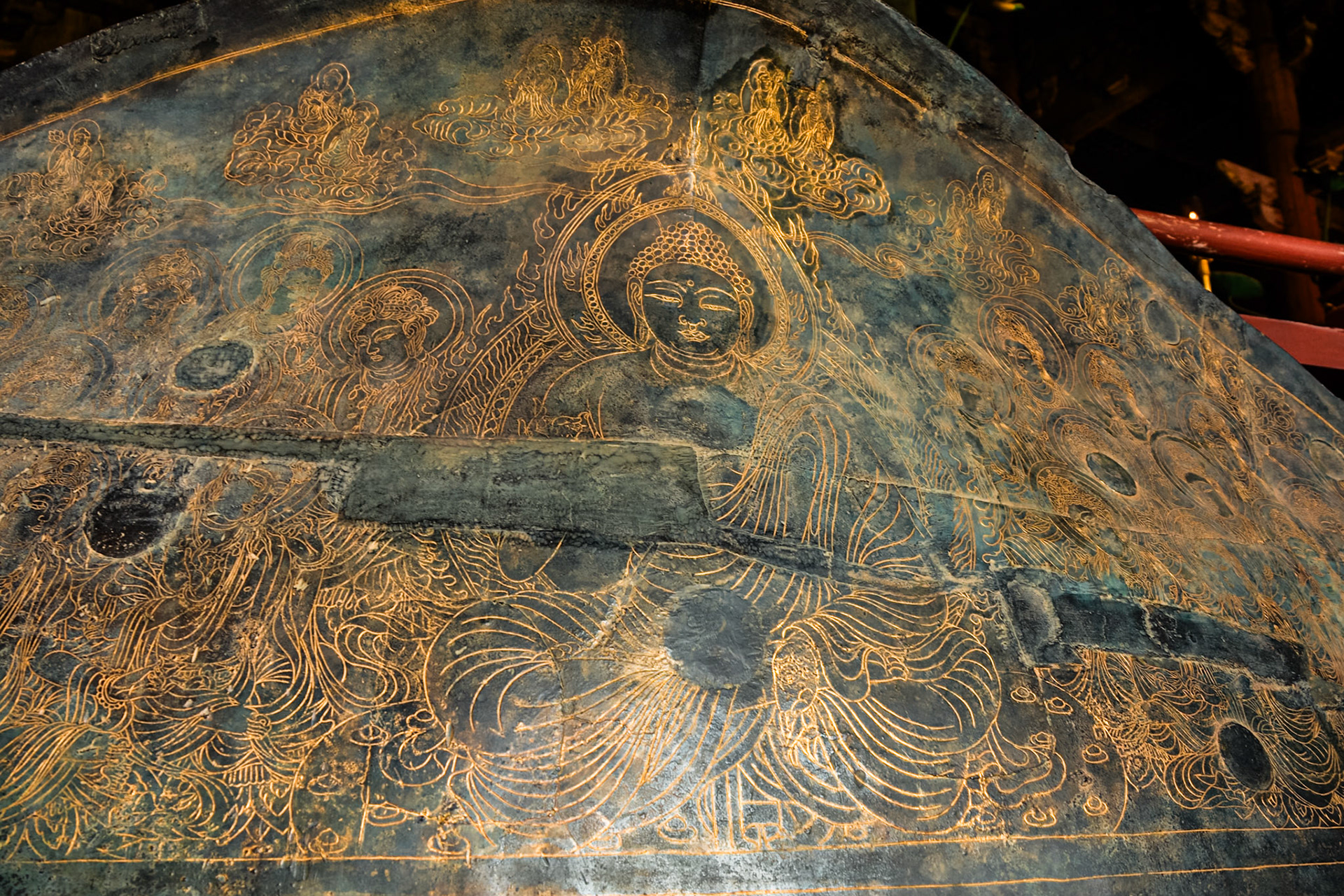
Todaiji Temple - Great Buddah Hall, Bodhisattvas incised on Lotus Petal of the throne of the main Buddha, 8th century.
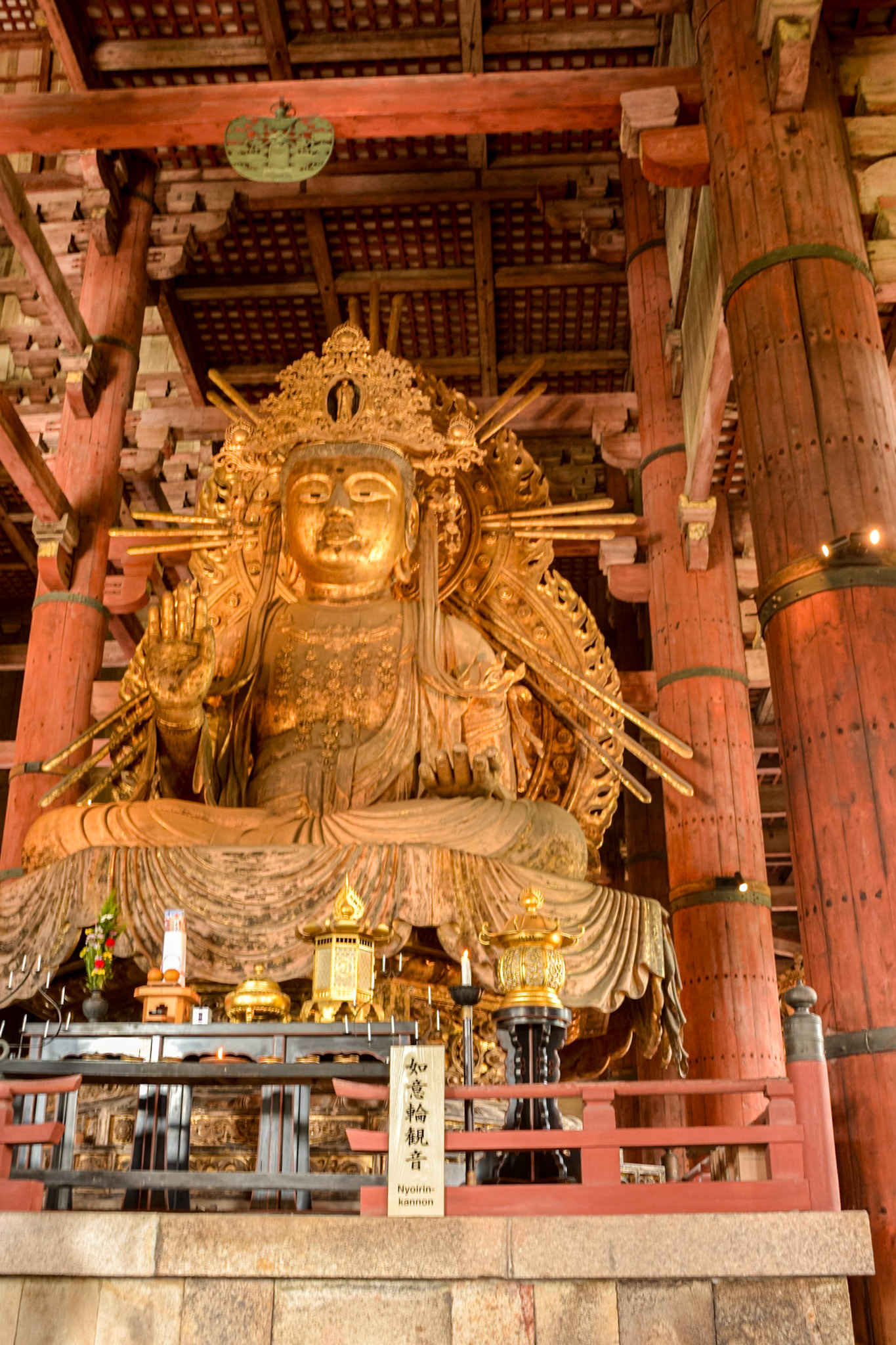
Todaiji Temple - Great Buddha Hall, Nyoirin-kannon.
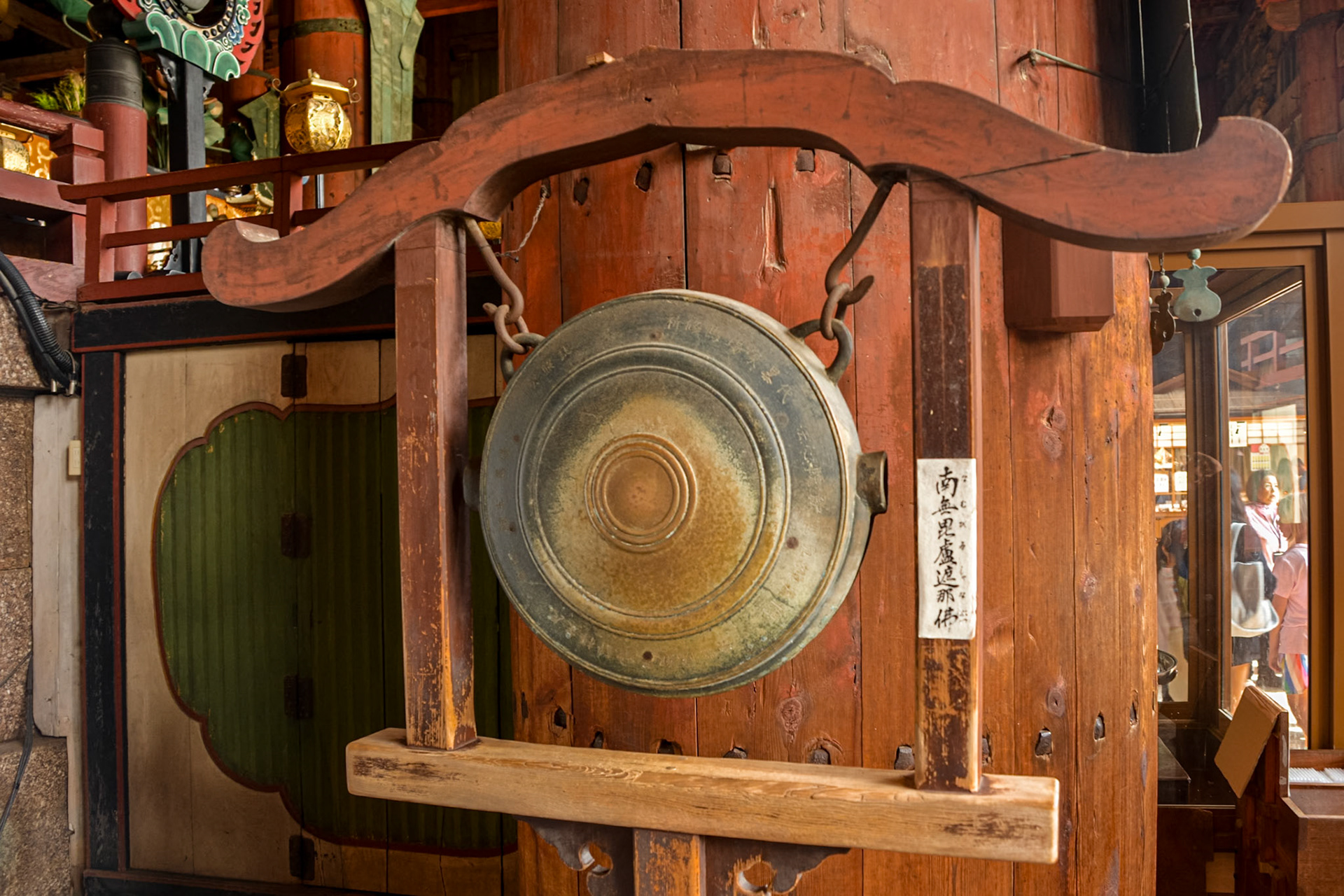
Todaiji Temple - Great Buddha Hall, gong.
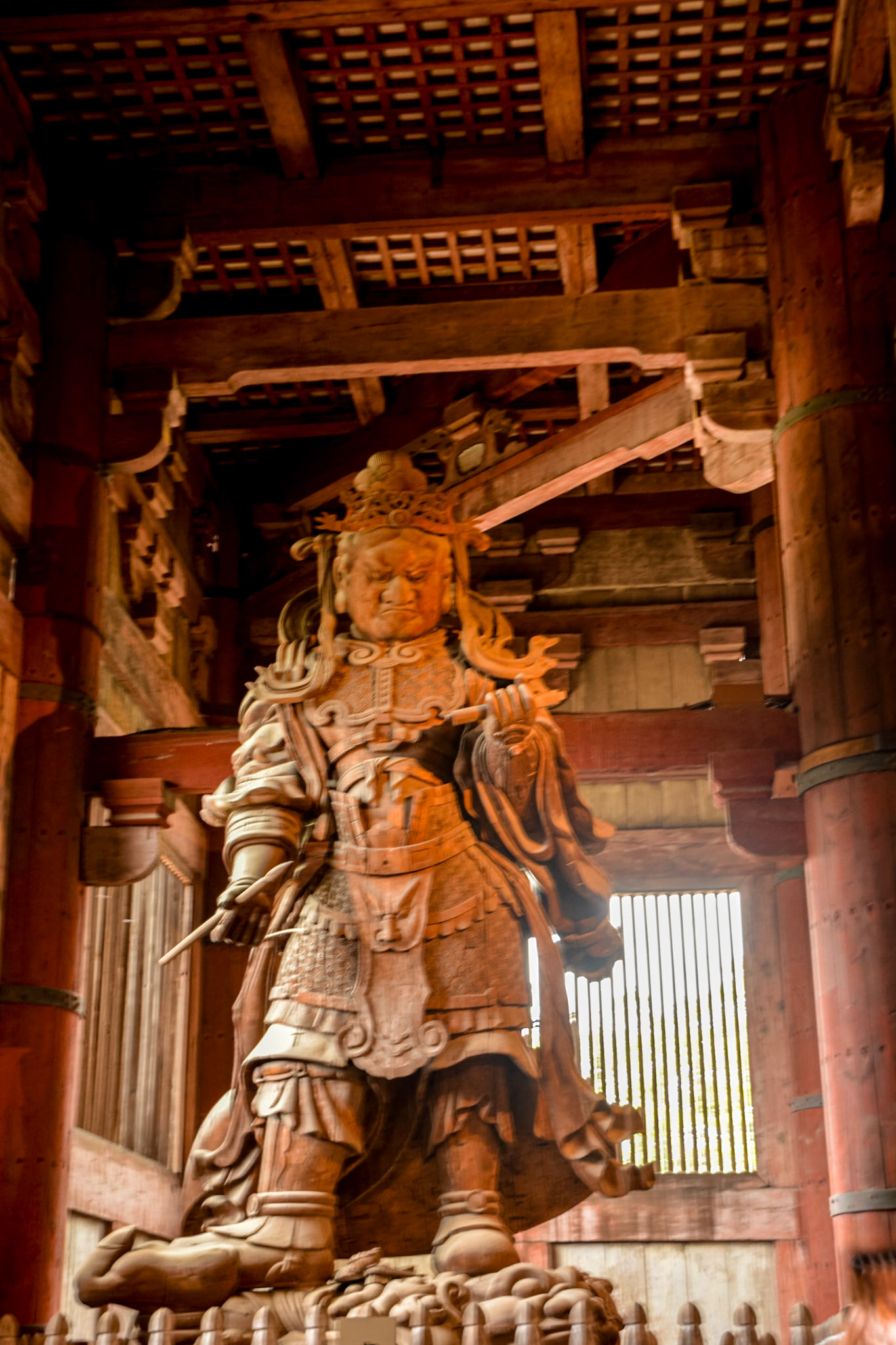
Komokuten, one of the pair of guardians in the Daibutsuden.
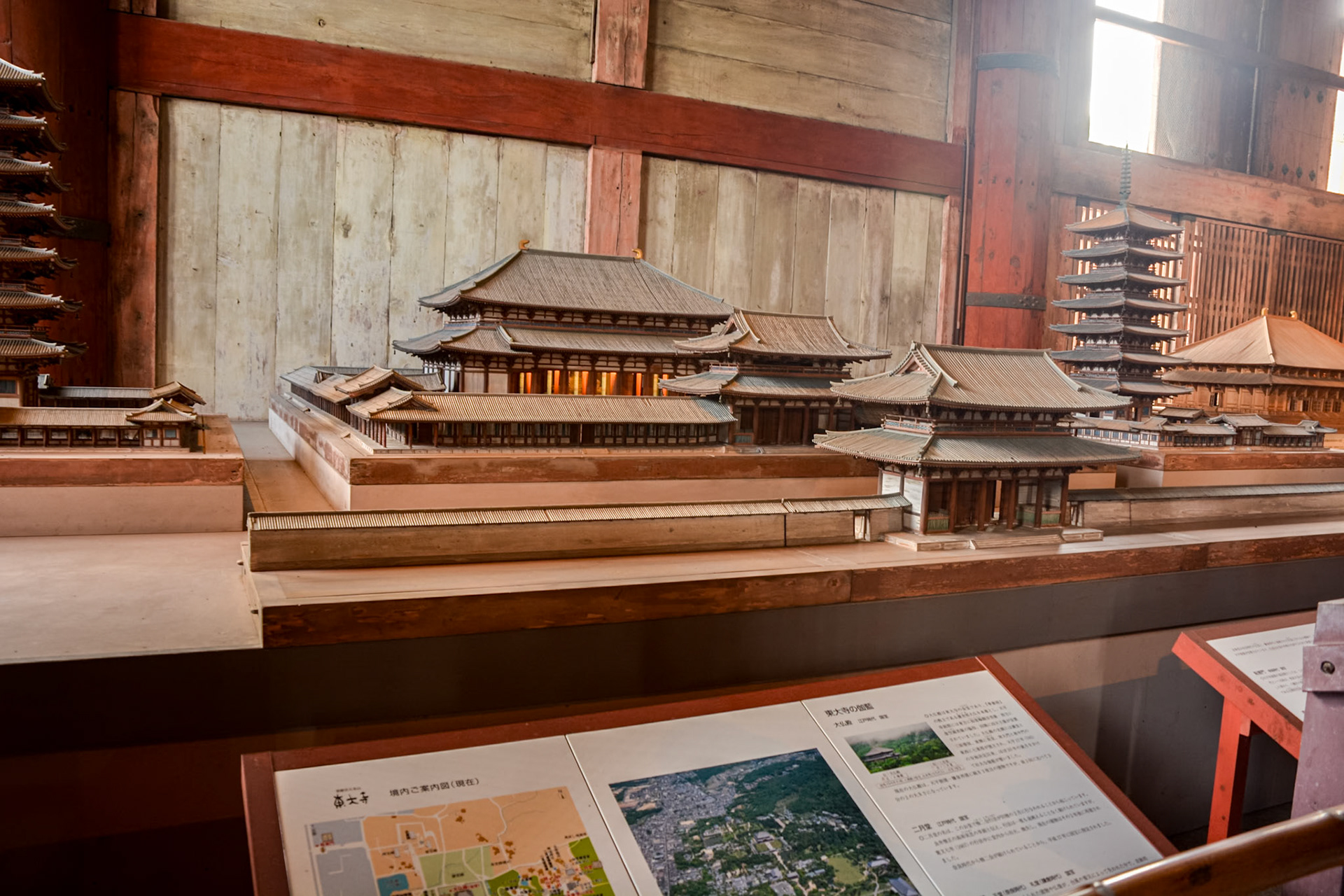
Todaiji Temple - Timber model of the original temple.
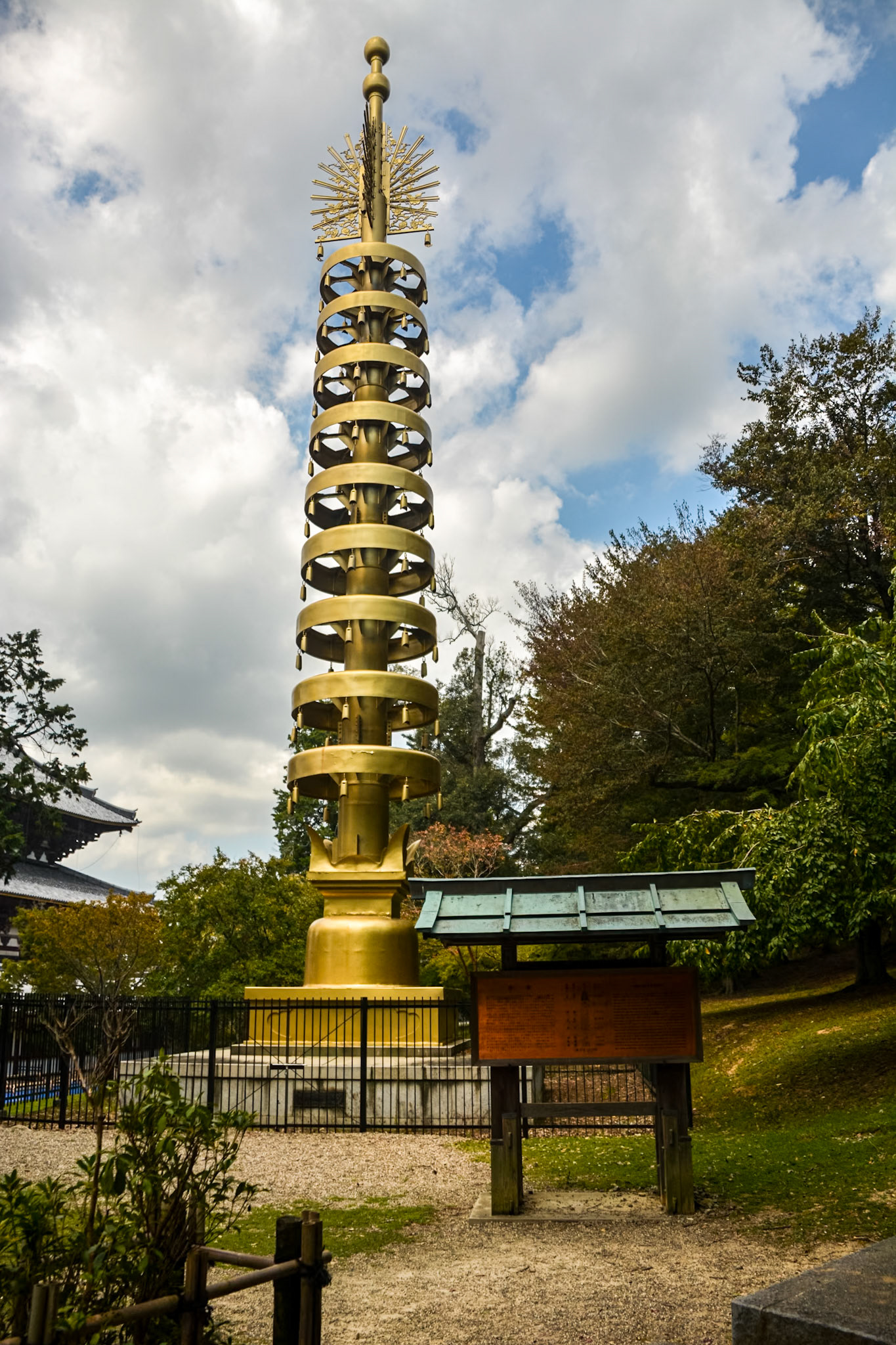
Todaiji Temple - Sorin (finial), this once stood atop a 100 m pagoda which was destroyed during an earthquake.
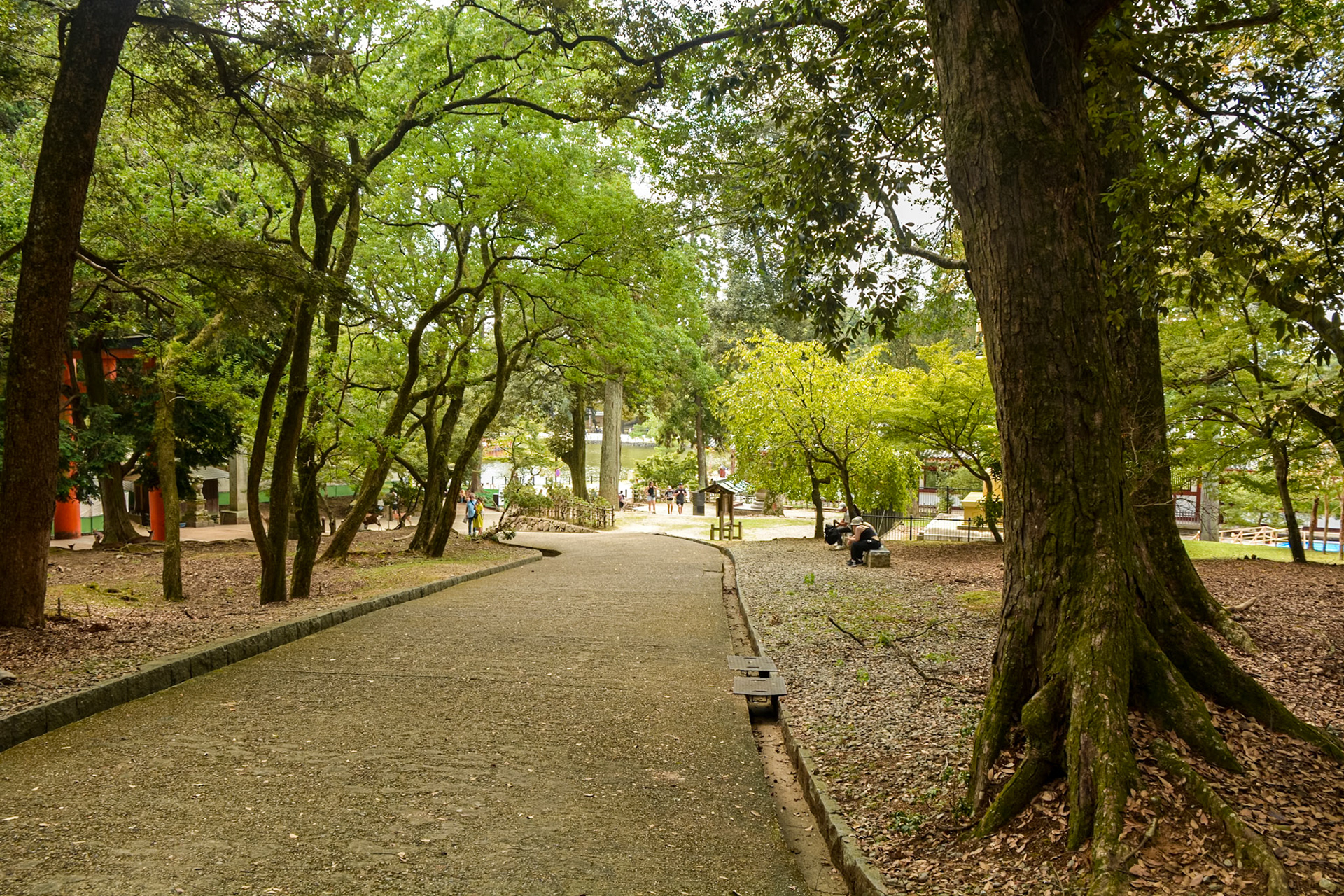
Todaiji Temple -Nara parklands.

The belfry, Tōdai-ji.
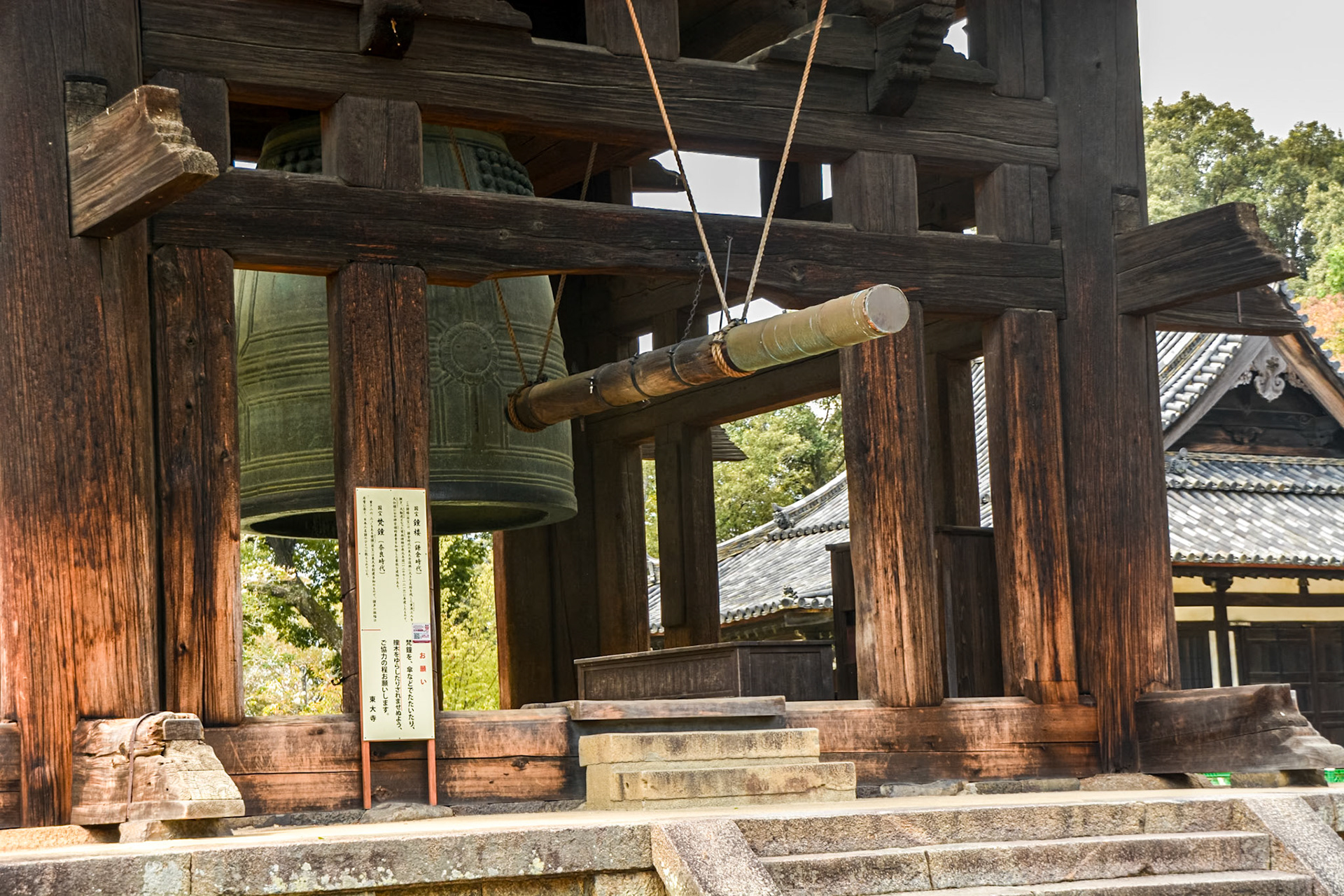
Todai-ji, brass bell and striker.

Todaiji Temple - pathway up to Nigatsu-dō Hall in Nara Park.
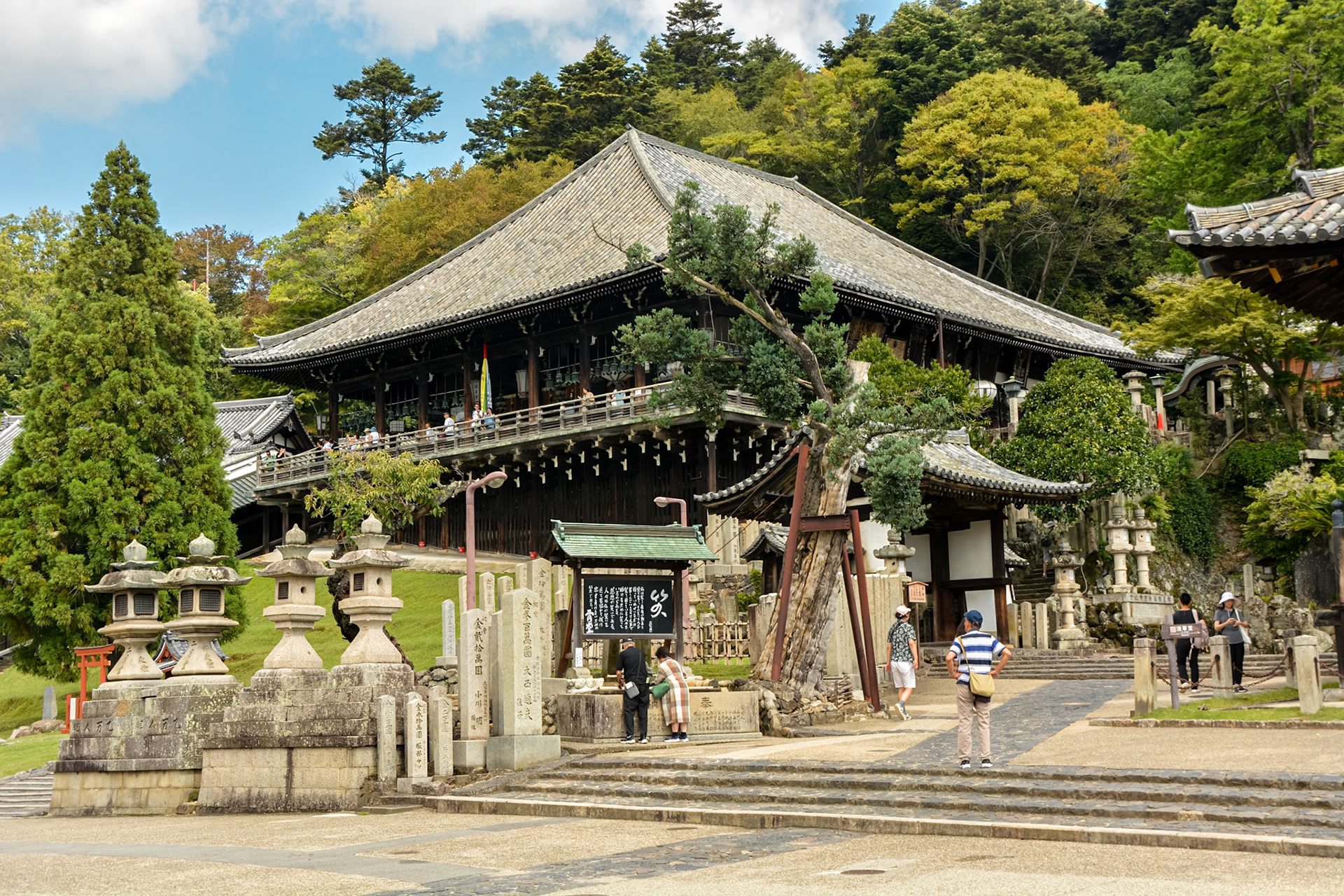
Todaiji Temple - Nigatsu-dō Hall in Nara Park.
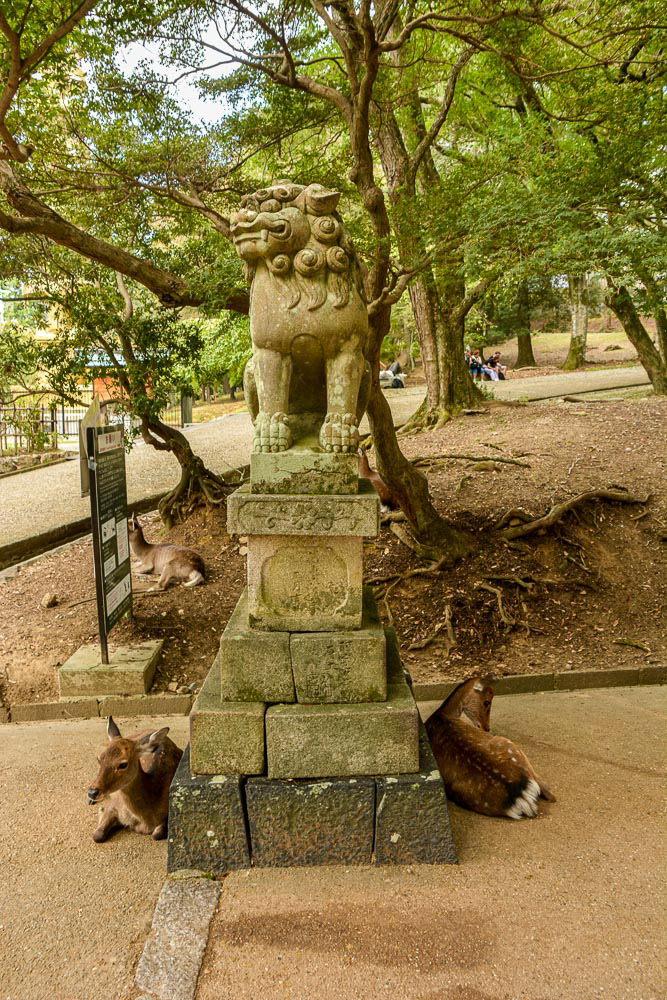
Todaiji Temple - Sika deer, once considered sacred roam freely throughout Nara parklands.
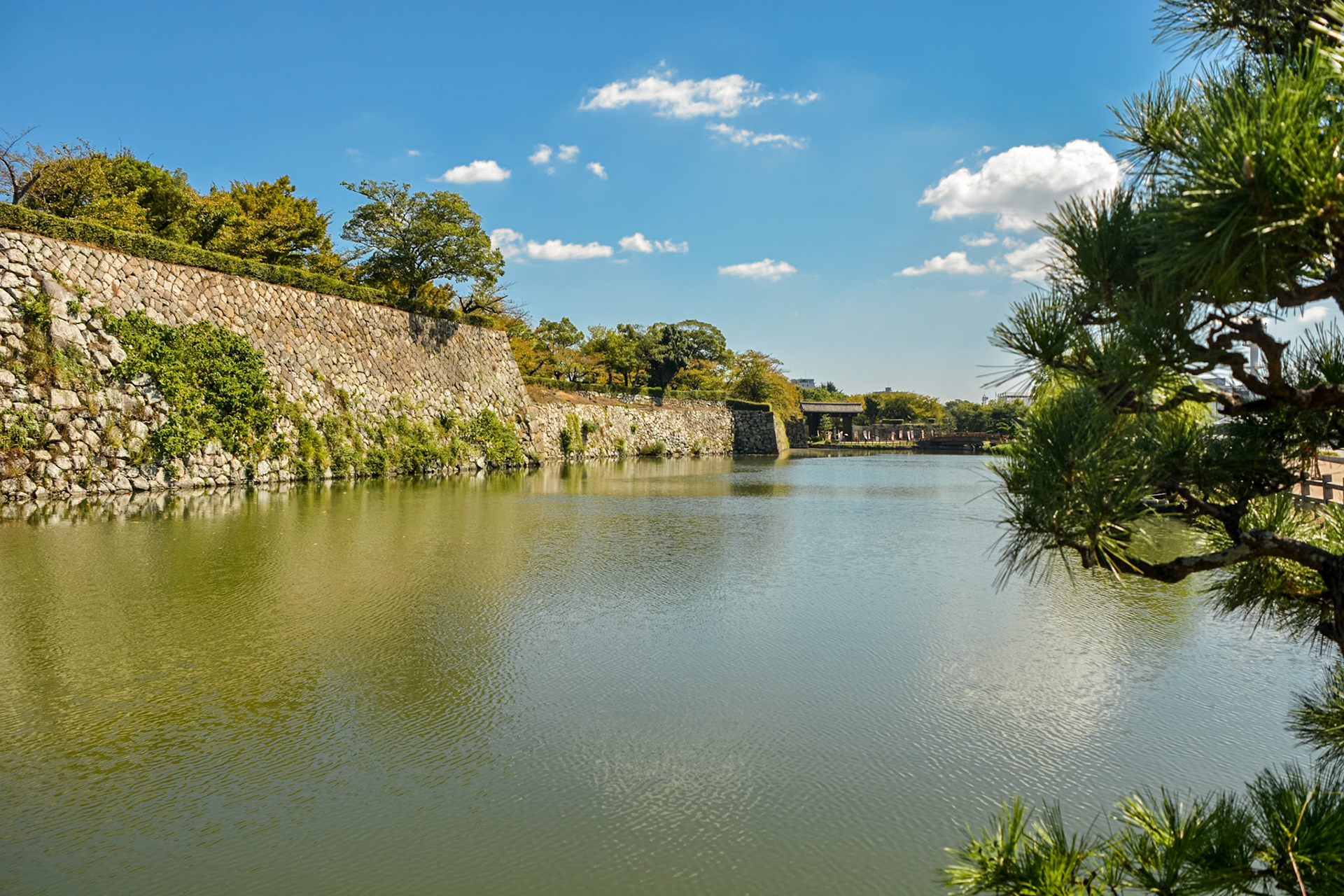
One of the surviving inner moats surrounding the castle complex.
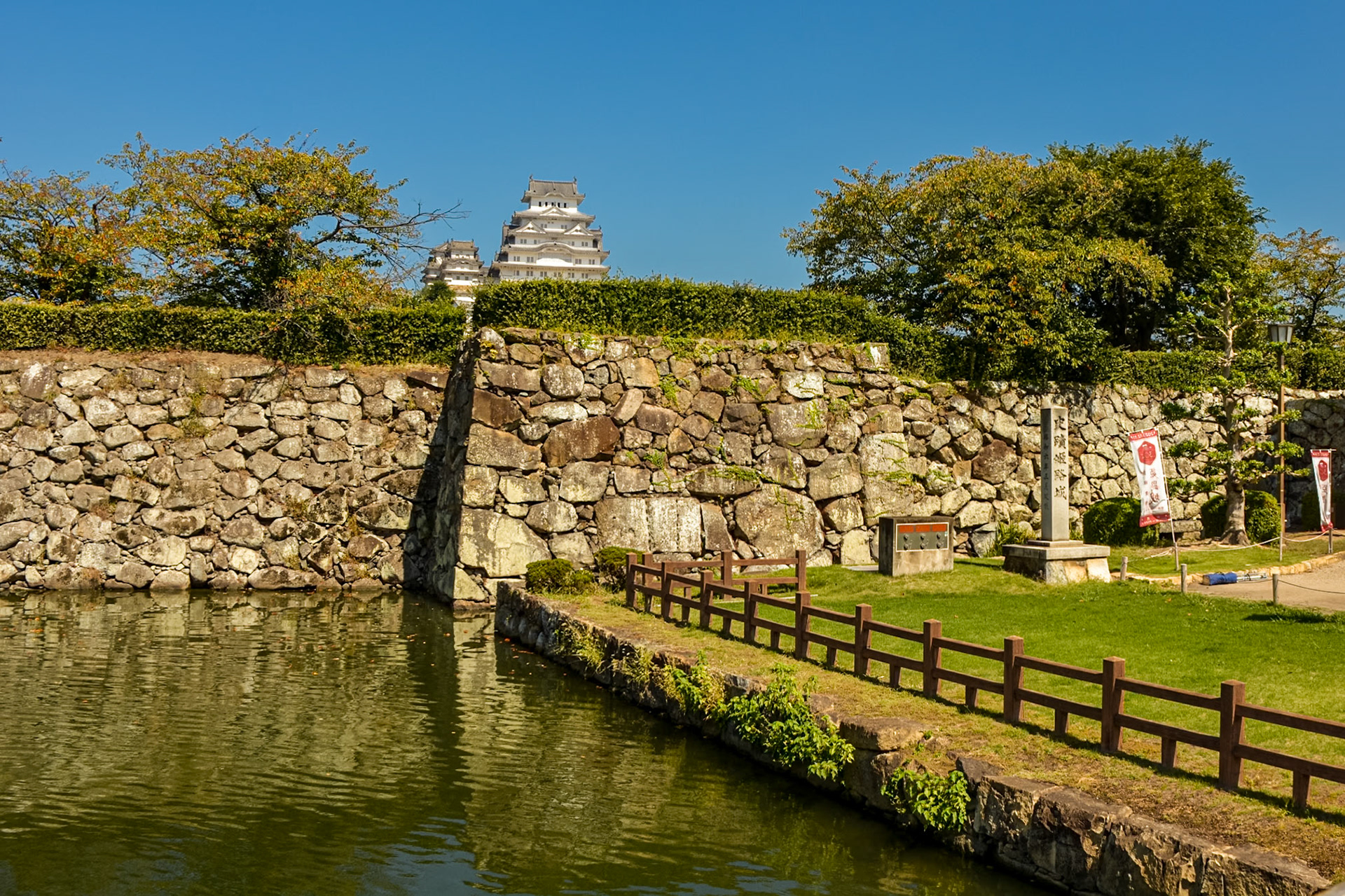
Himeji Castle.

Visitors make their way through the main entrance gate to Himeji Castle.
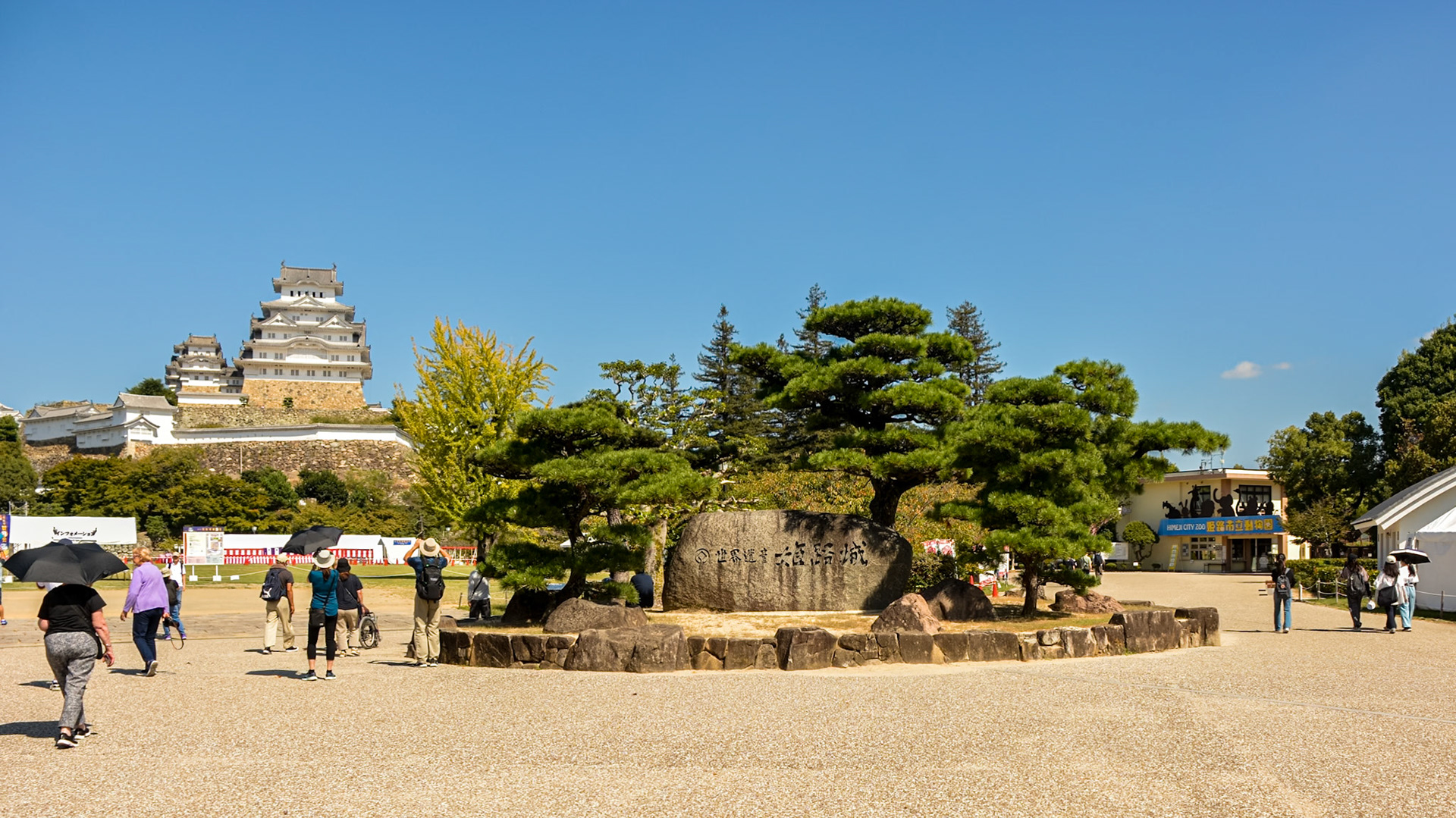
Lying some distance from the entry gate Himeji Castle sits on top of Norimura Hill. The original fort dates to 1333.
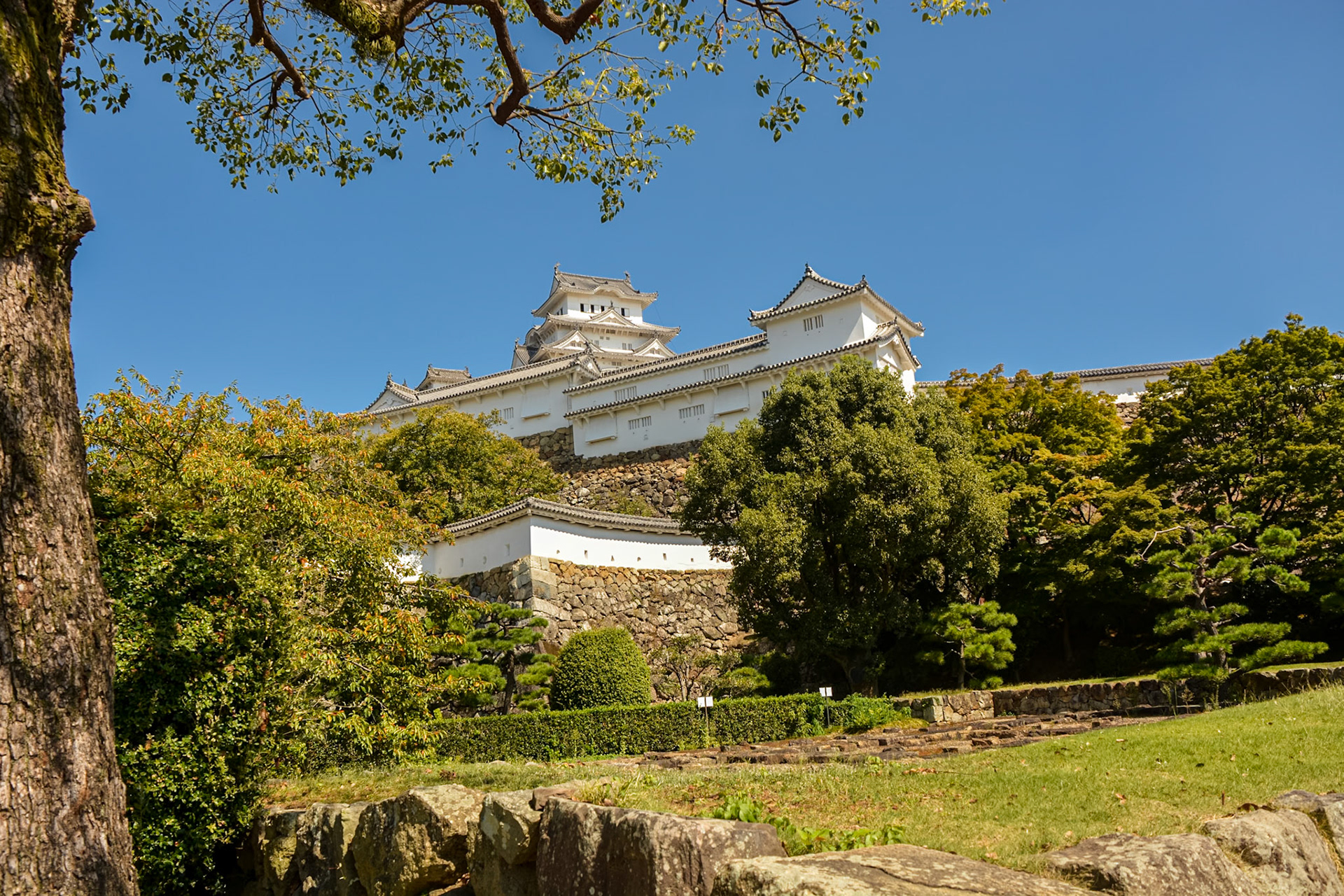
Himeji Castle has an imposing presence overlooking the city.
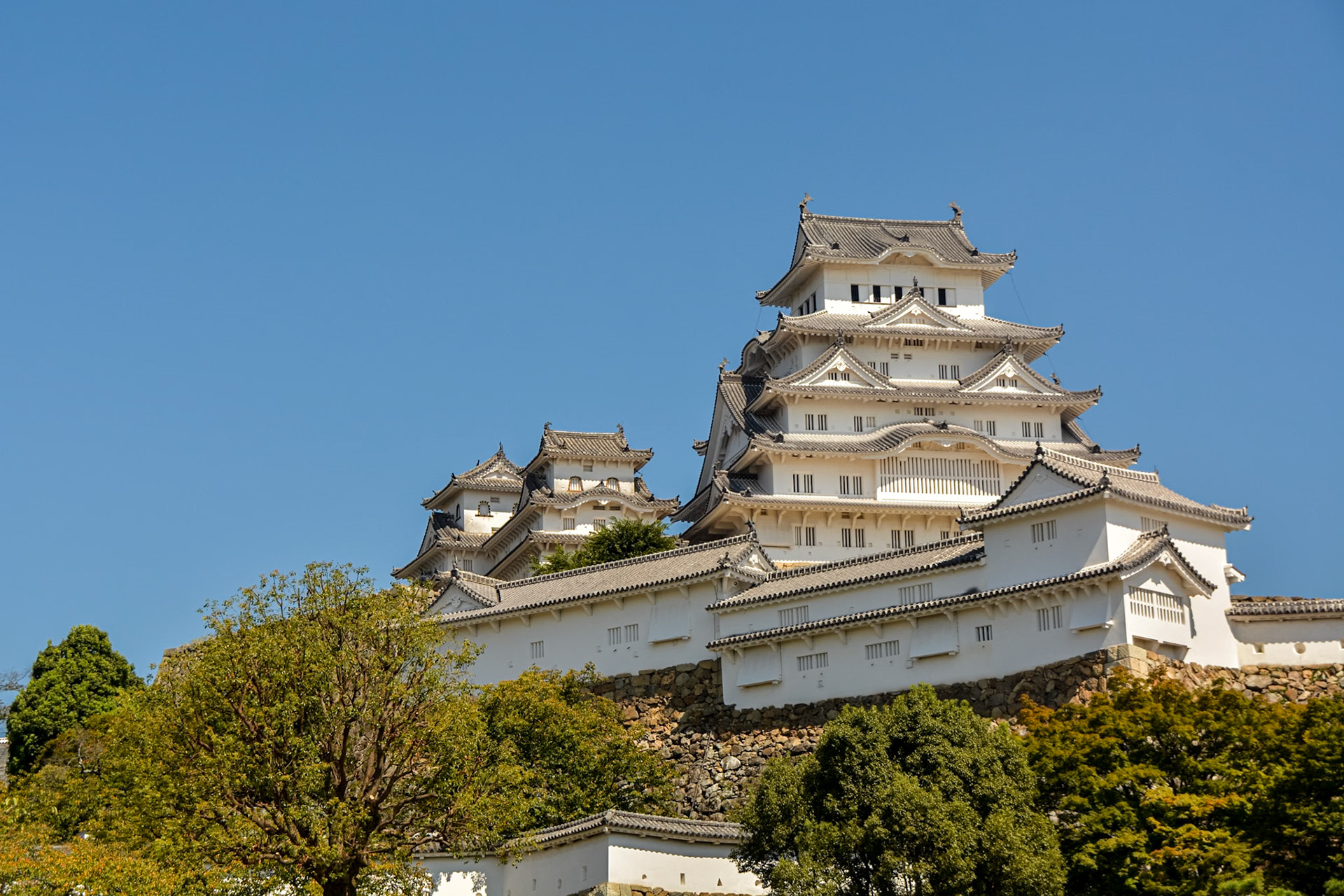
Himeji Castle frequently known as the White Heron Castle because of its brilliant white exterior and supposed resemblance to a bird taking flight.
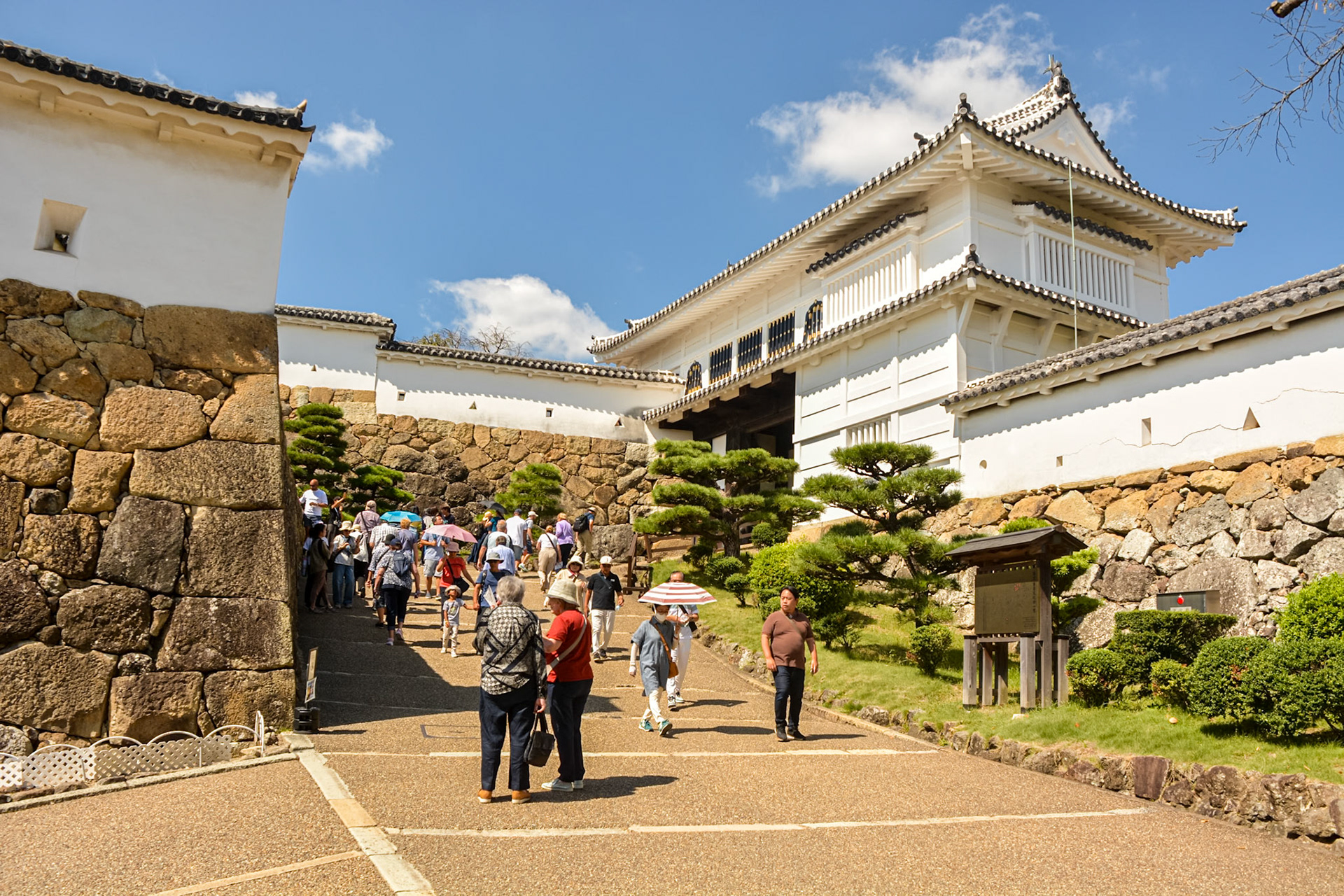
Our tour group heads up the entrance ramp towards the Diamond Gate.

"Diamond Gate" is the first of the castle's 21 remaining gates.

From the Diamond Gate one of the castle's most important defensive elements becomes evident, the confusing maze of paths leading to the castle's keep.
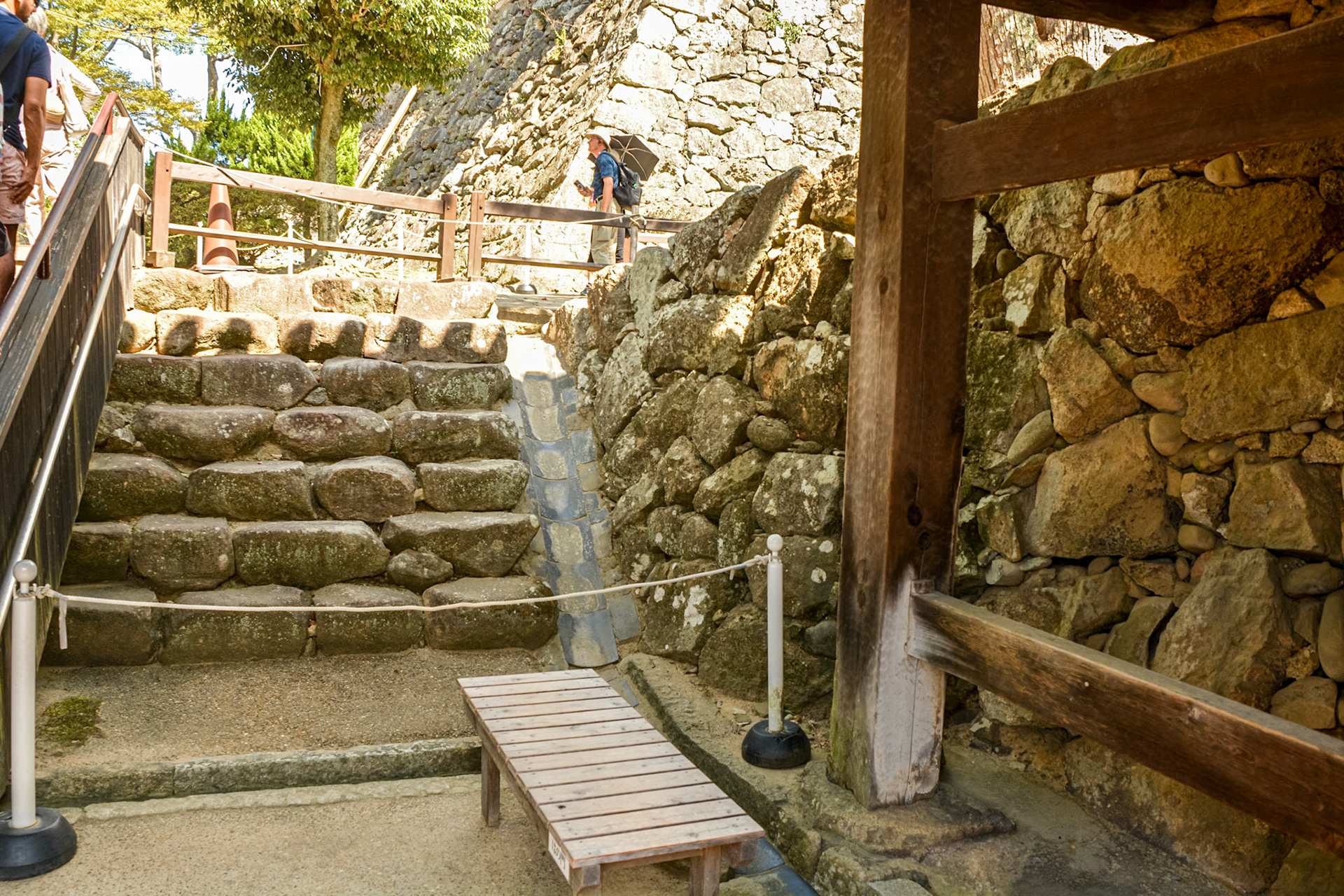
Steep, uneven stone steps are bypassed for safety of present day visitors. These were a deliberate ploy to slow the advance of invading forces.
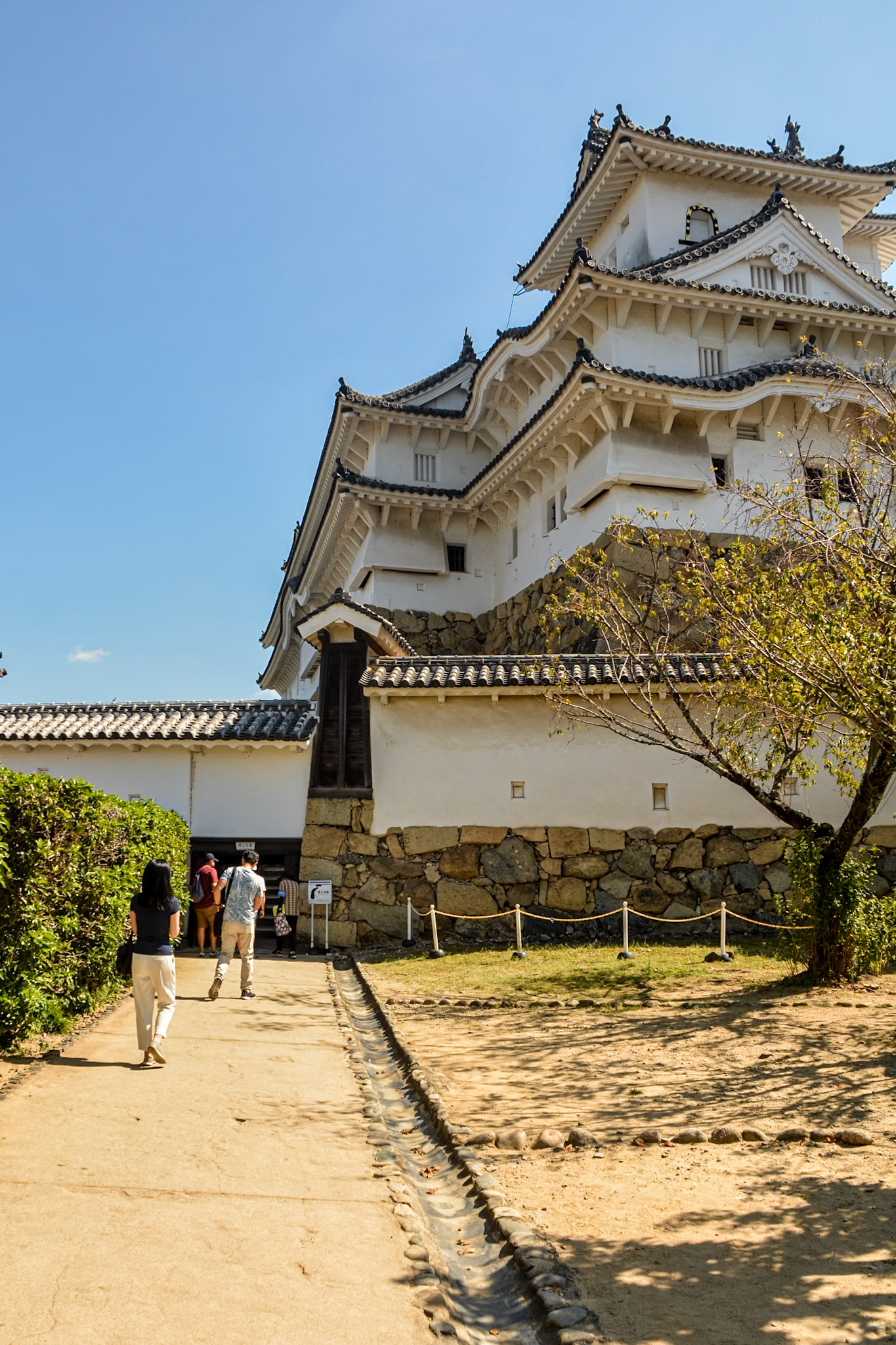
The approach to the main keep (daitenshu). At its center the complex is 46.4 m high.
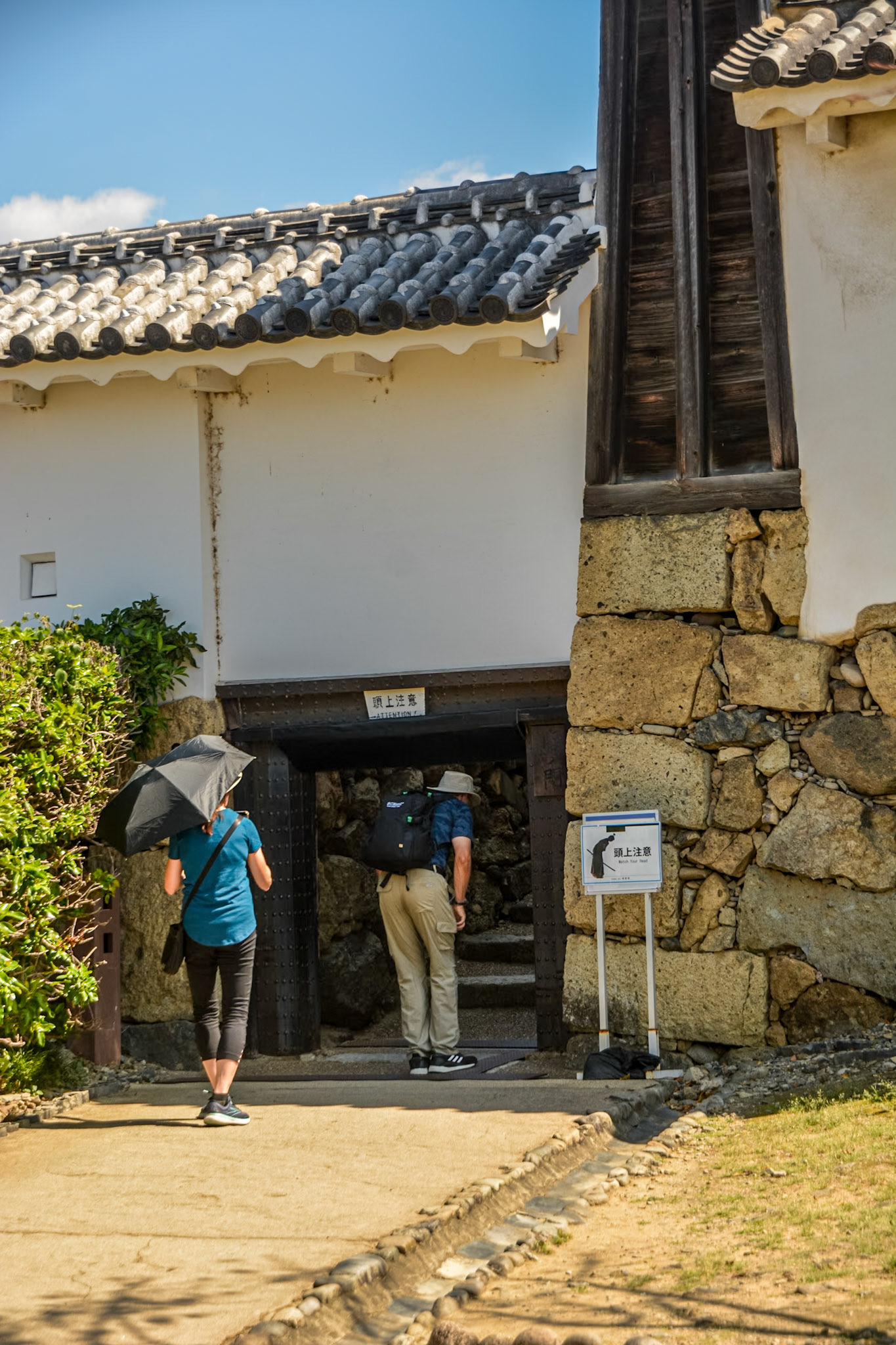
A low entrance to the main keep (daitenshu) - "Mind your head".
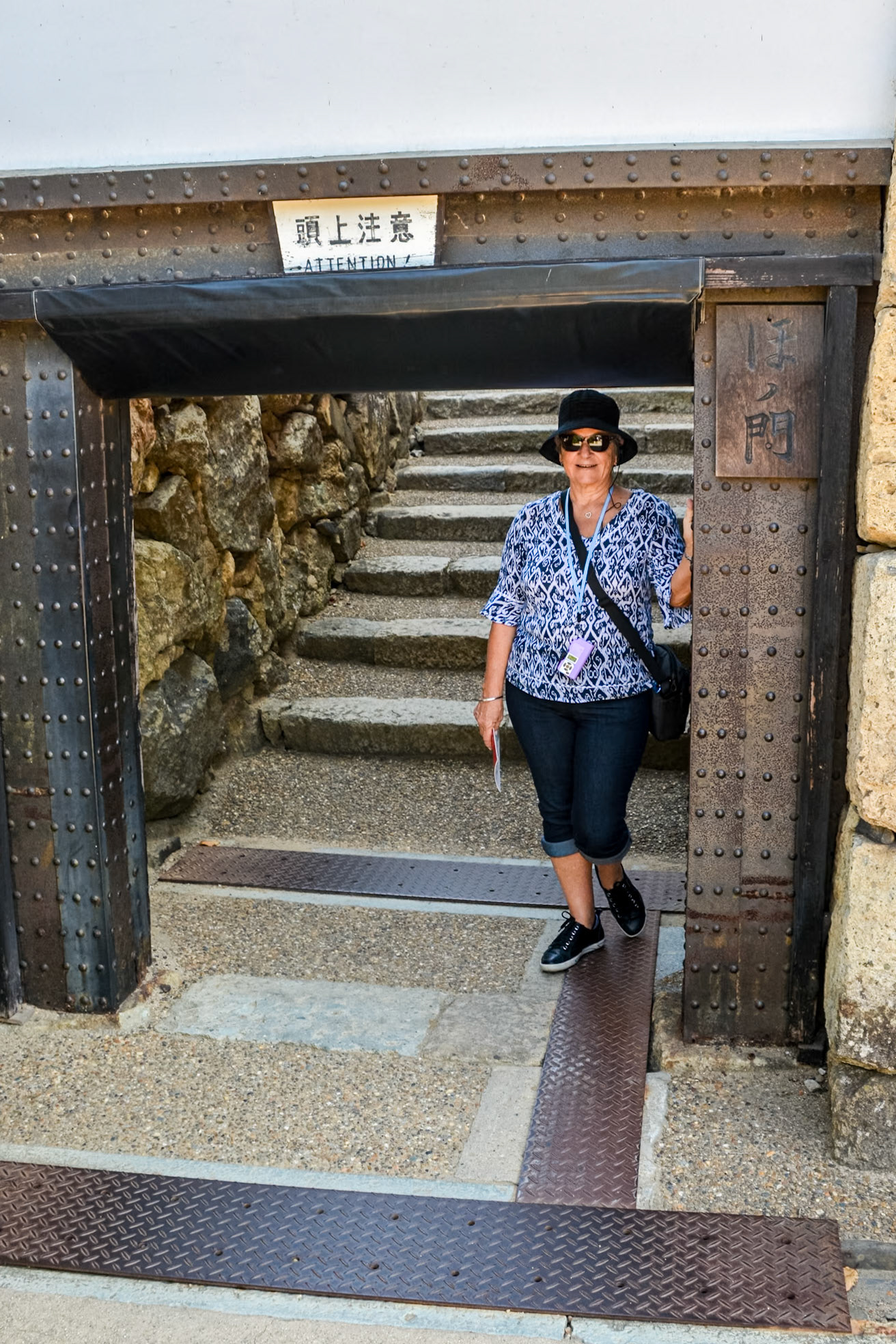
Cheryl has no issue at the entrance.
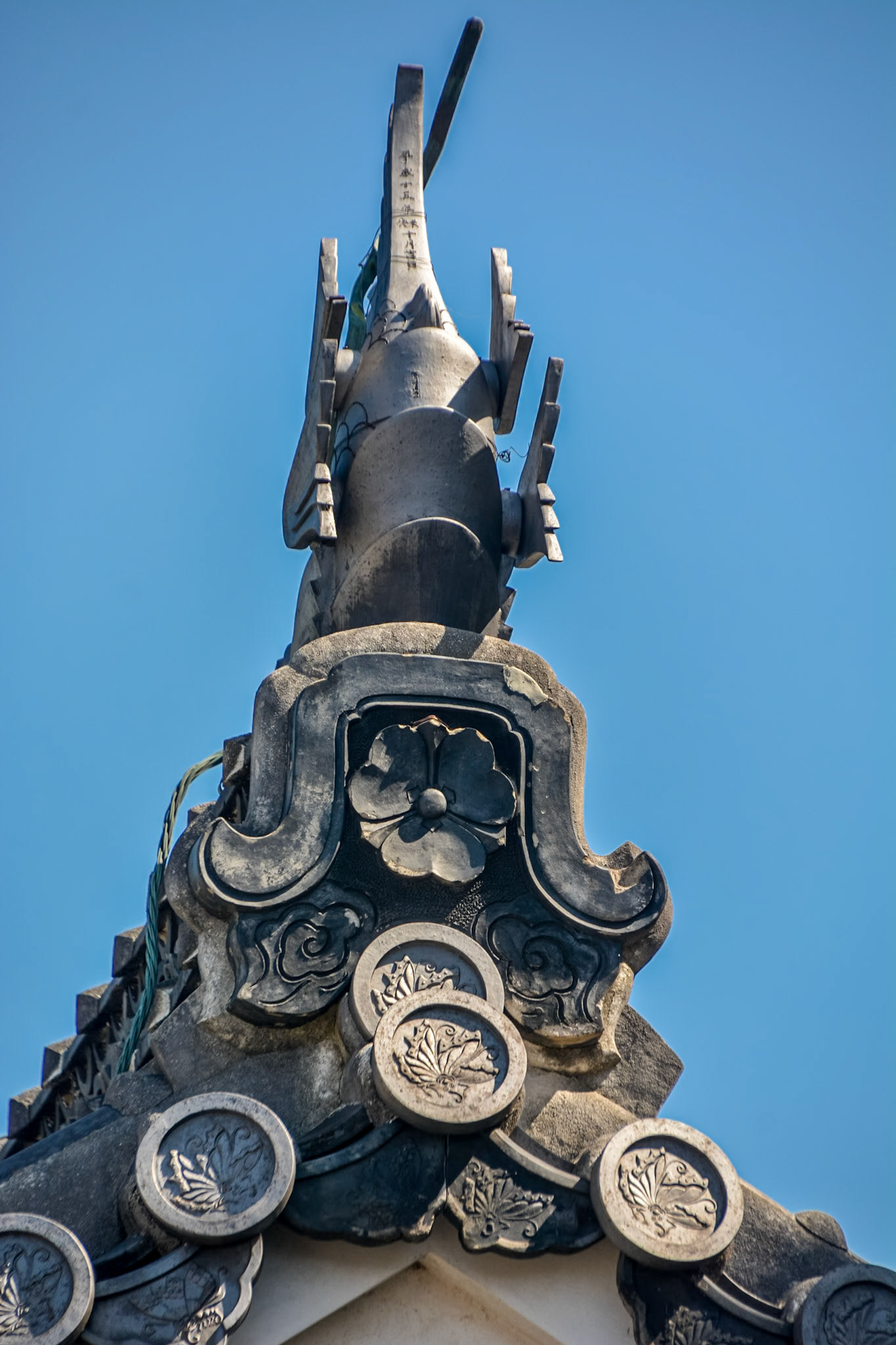
Roof tiles display the family crest (Mondokoro) of Ikeda Terumasa.
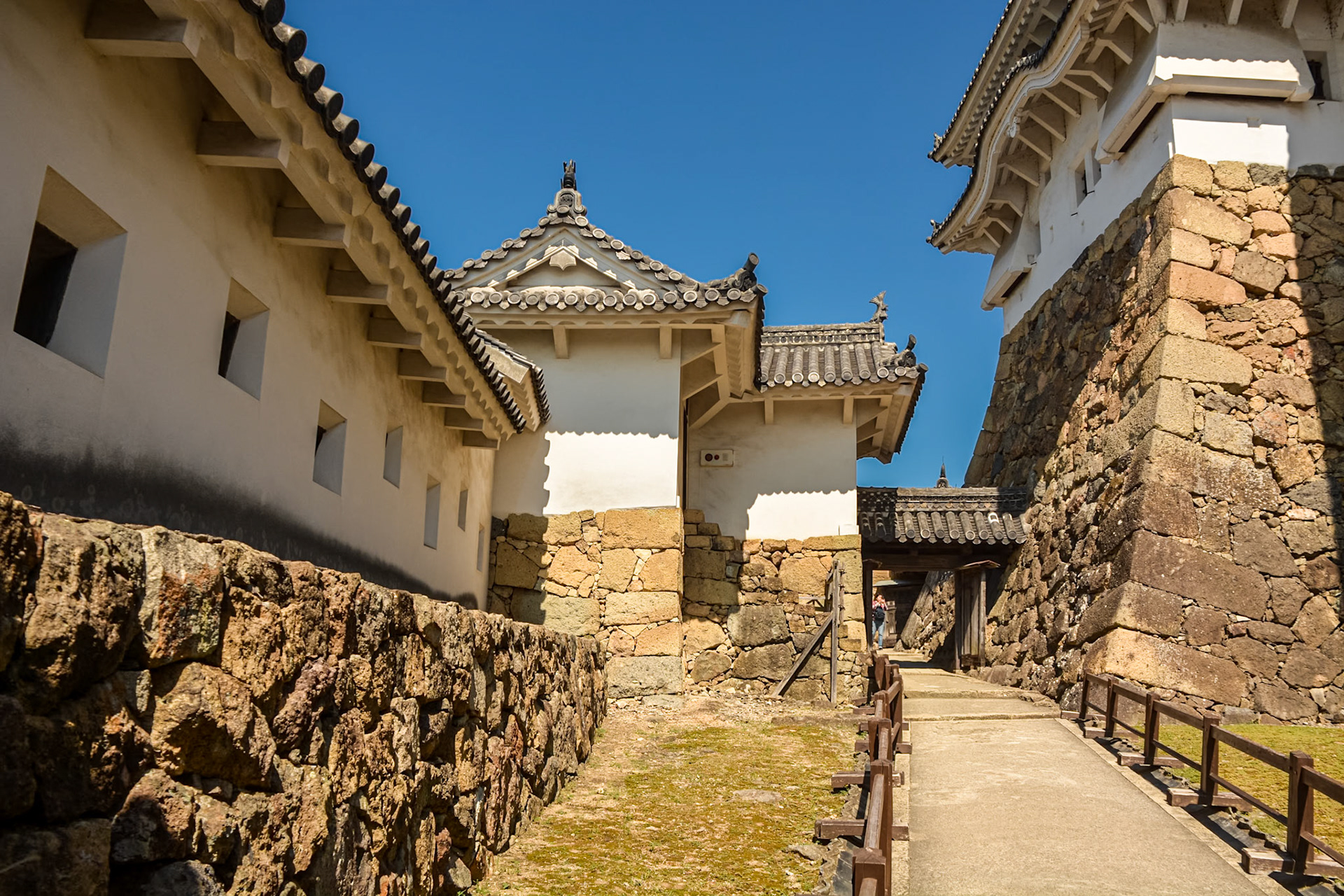
One of the steep, narrow walkways controlling access to the castle featuring angled chutes or "stone drop windows" above.
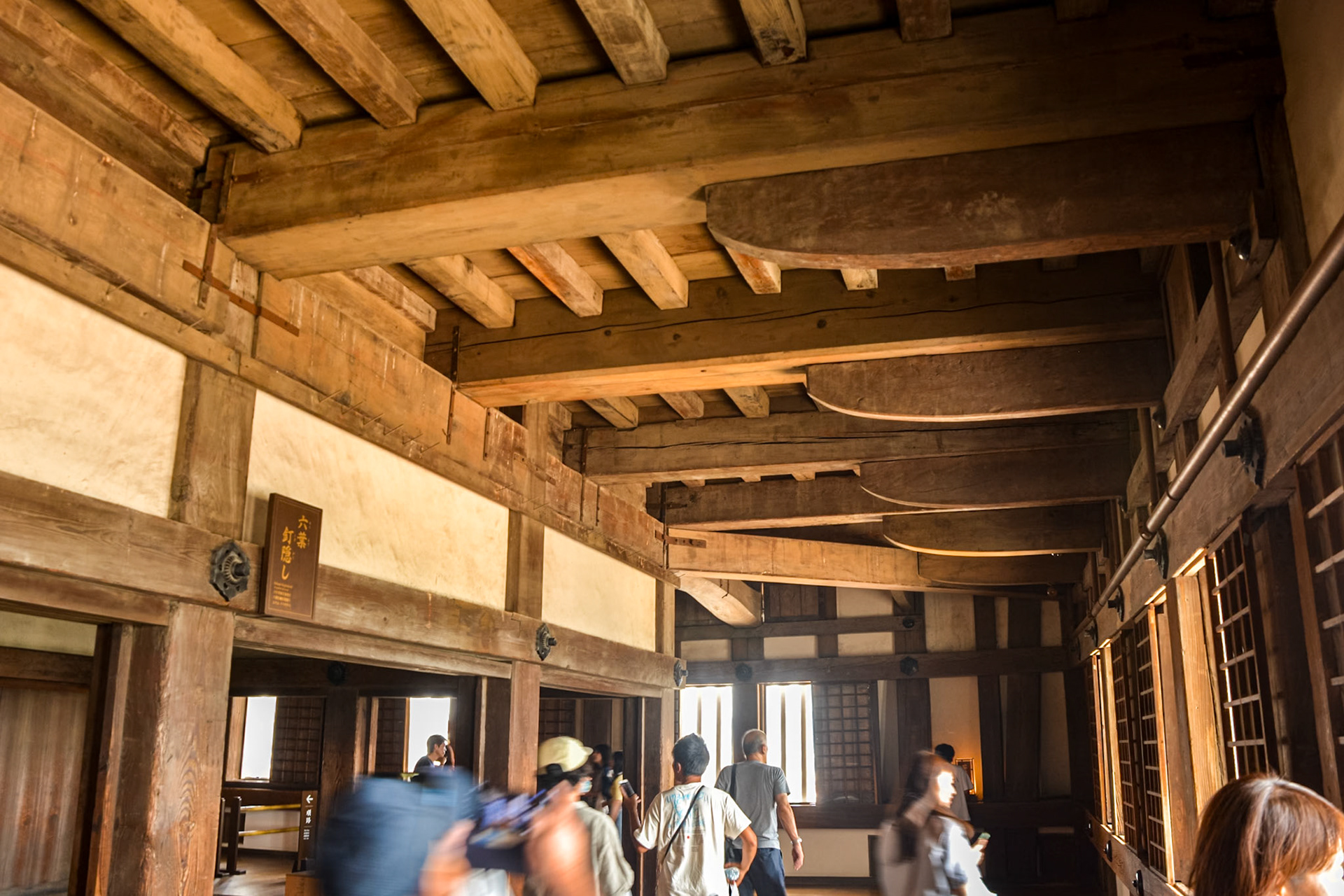
Hallways circulating the keep reveal the massive structural timber framing of this remarkable building.
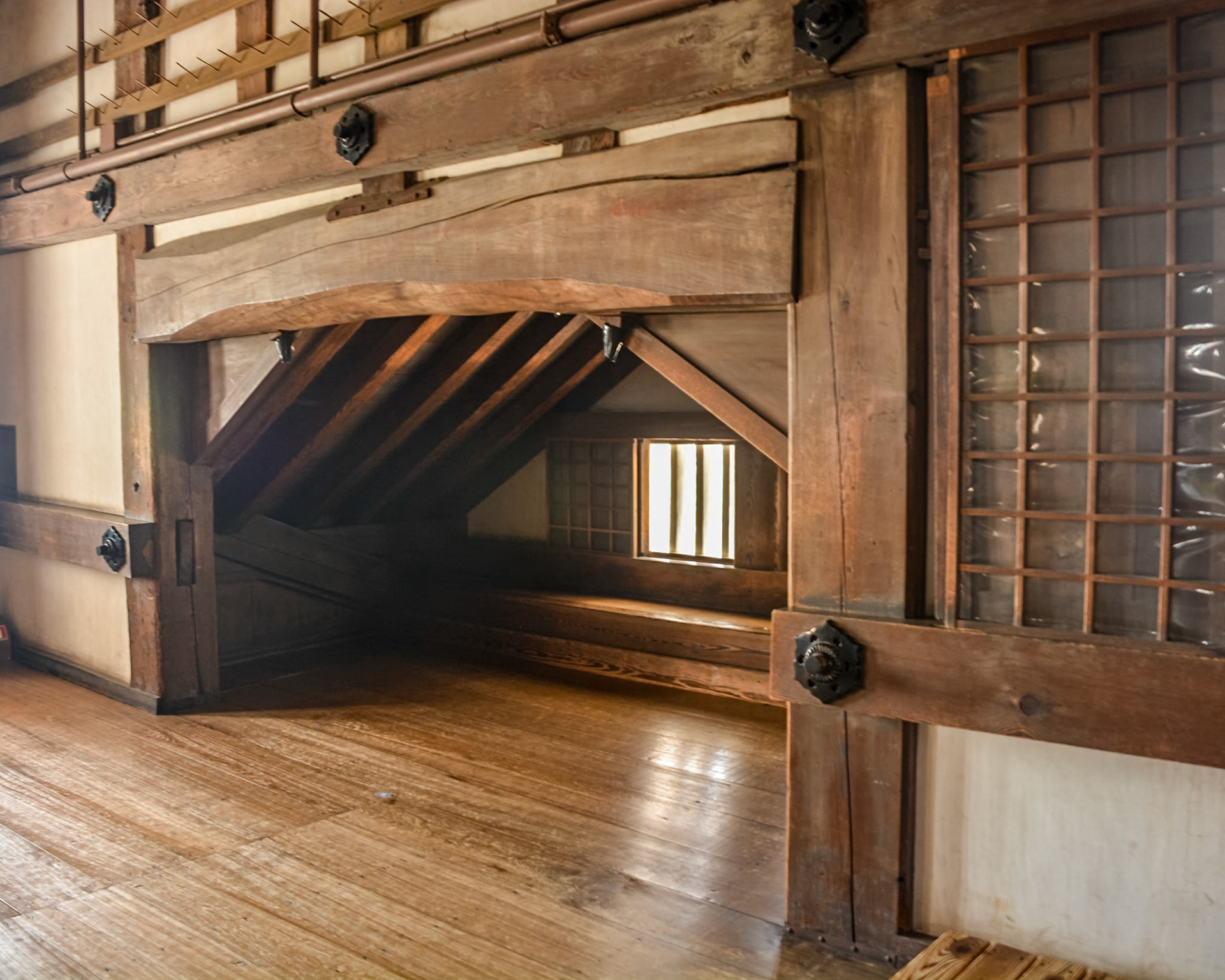
An alcove off the keep hallway.
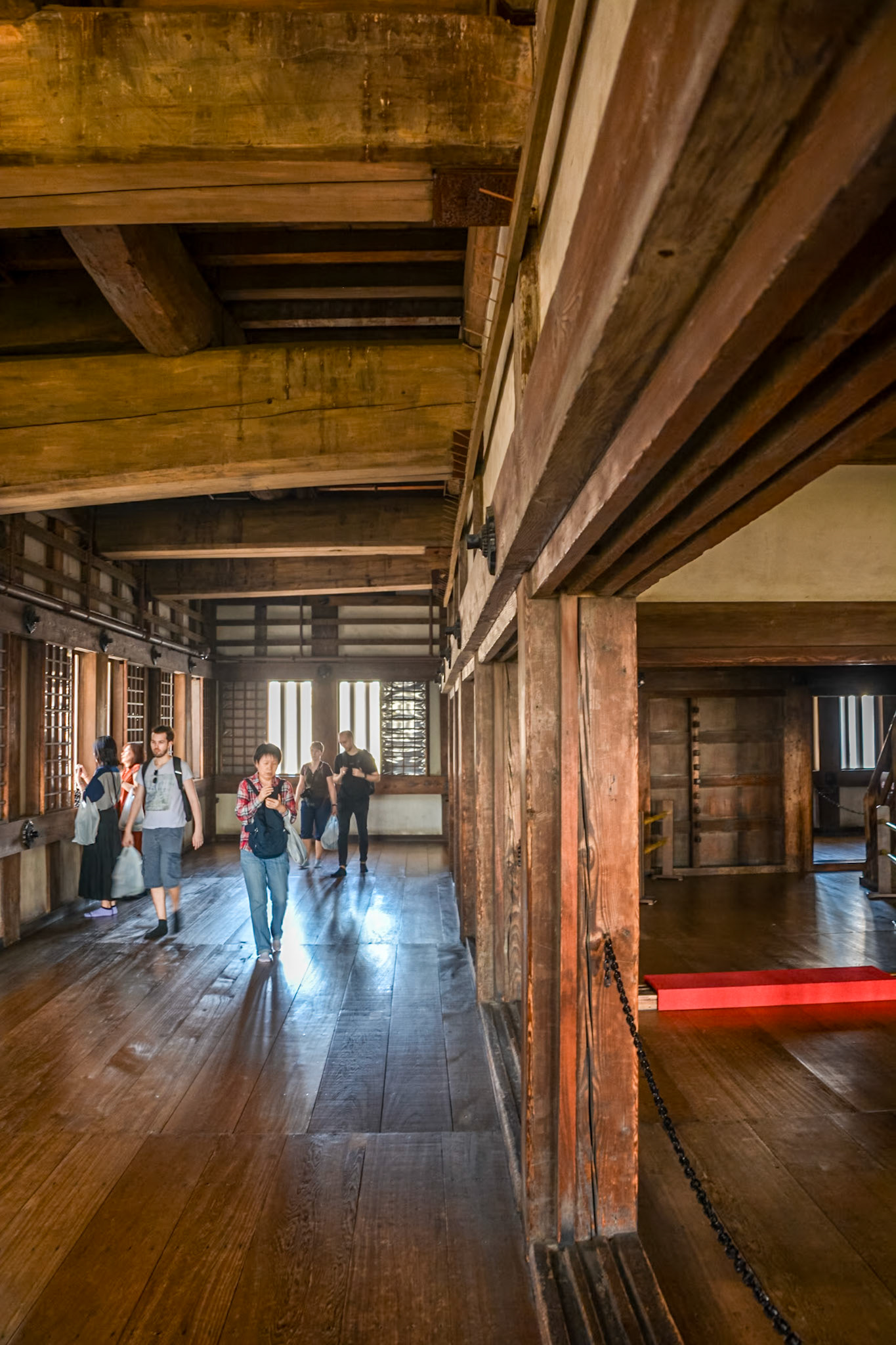
Hallways and internal rooms of the keep.
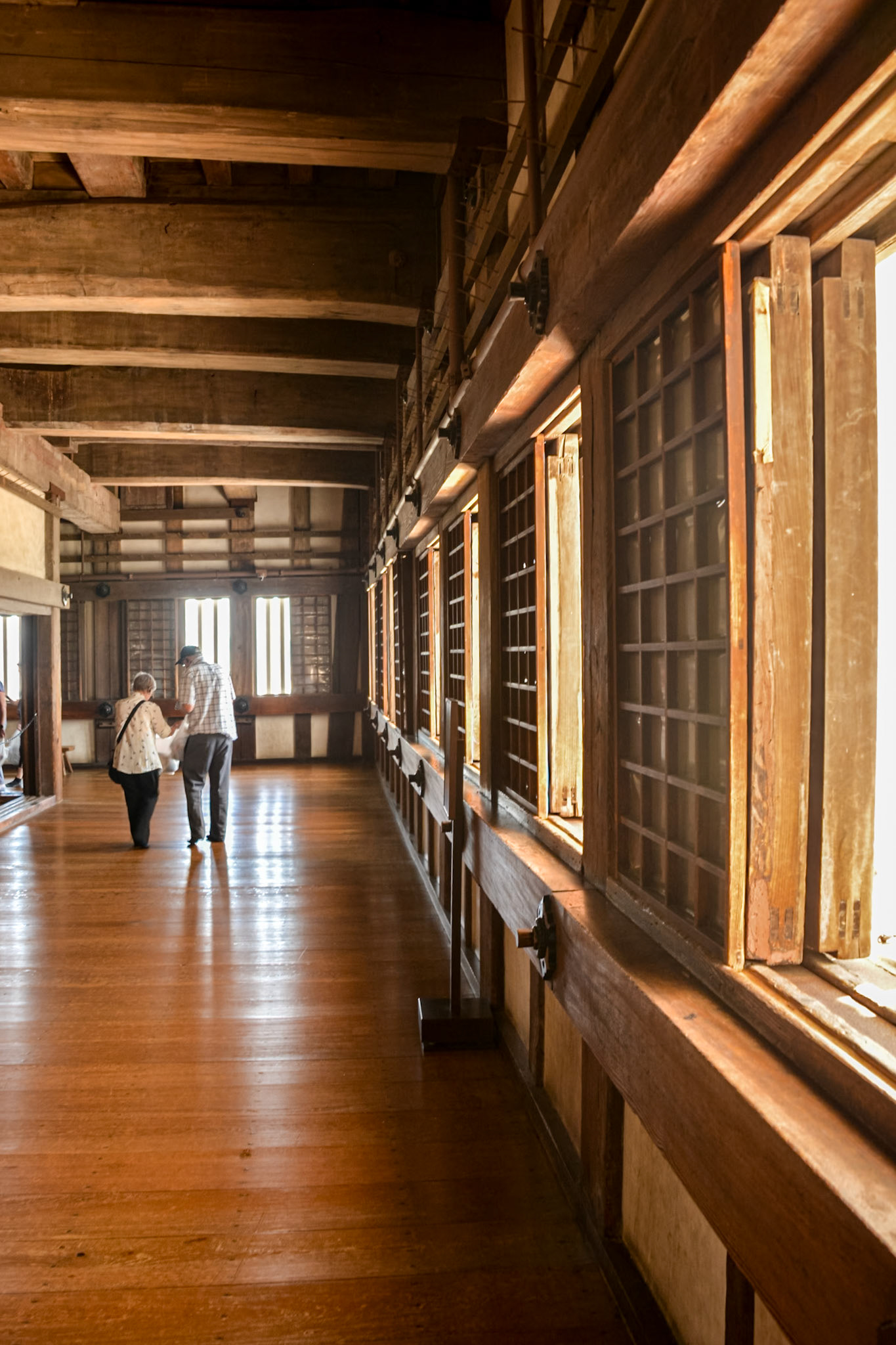
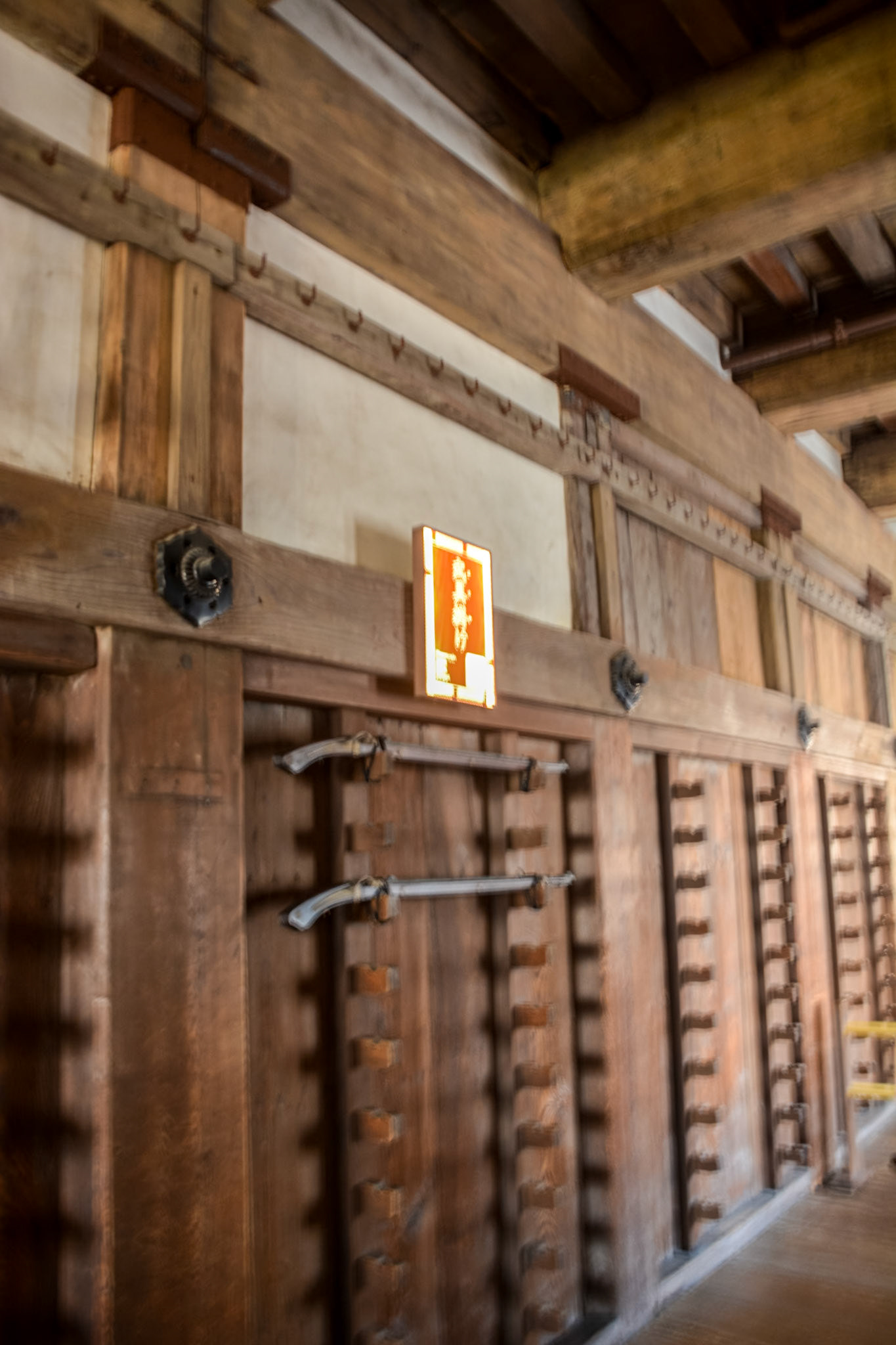
Weapon racks on the walls of the keep. Tanegashima, a type of matchlock-configured arquebus firearm introduced to Japan in 1543 are displayed here.
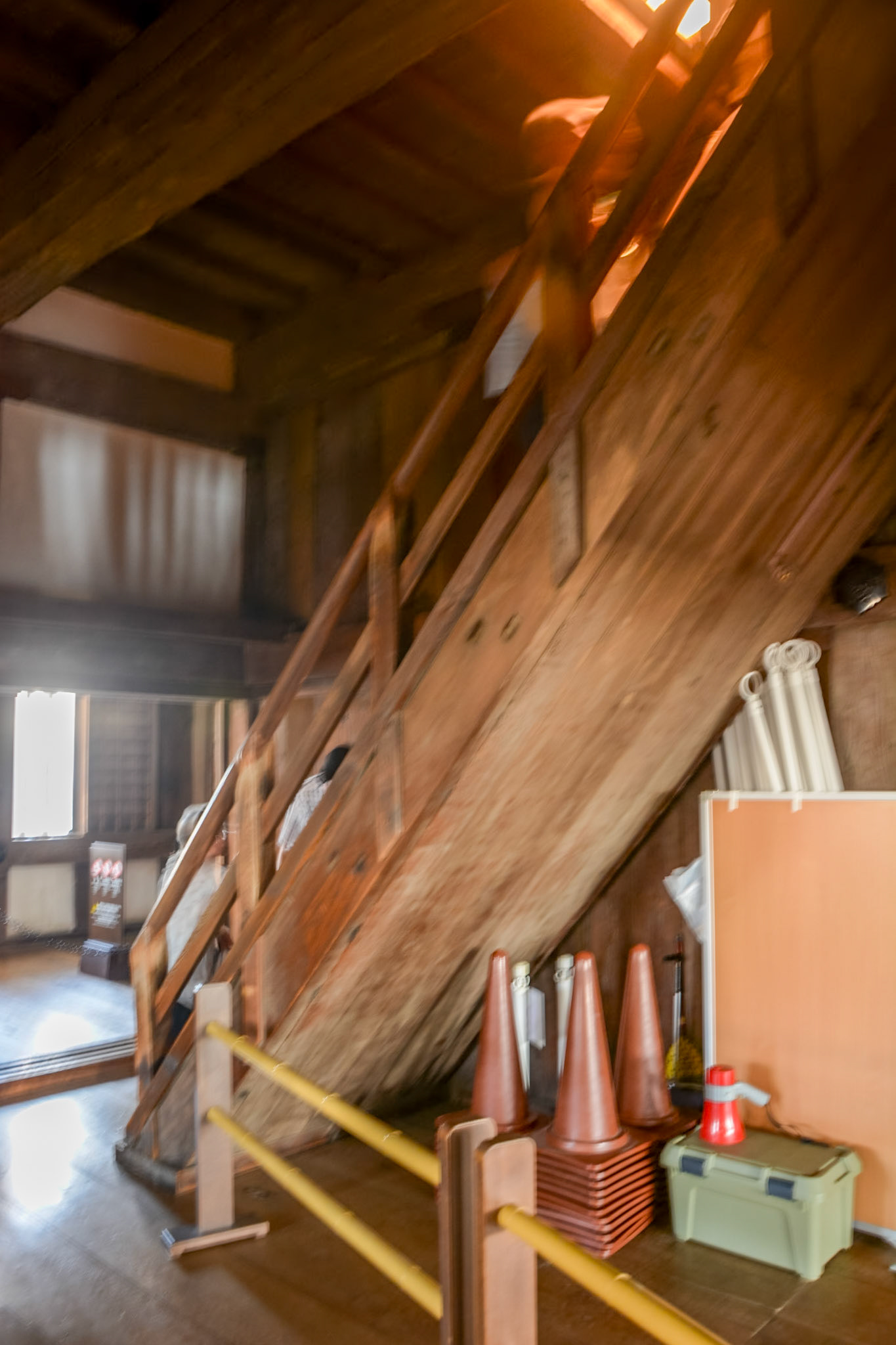
Steep, narrow stairs provide access between floor levels.

The main keep has two pillars, this one in the east, the other standing in the west. The east pillar has a base diameter of 97 cm.

Our guide Mayumi pays respect at the altar located on the top floor of the keep.

A view over Hemeji city from one of the keep windows.
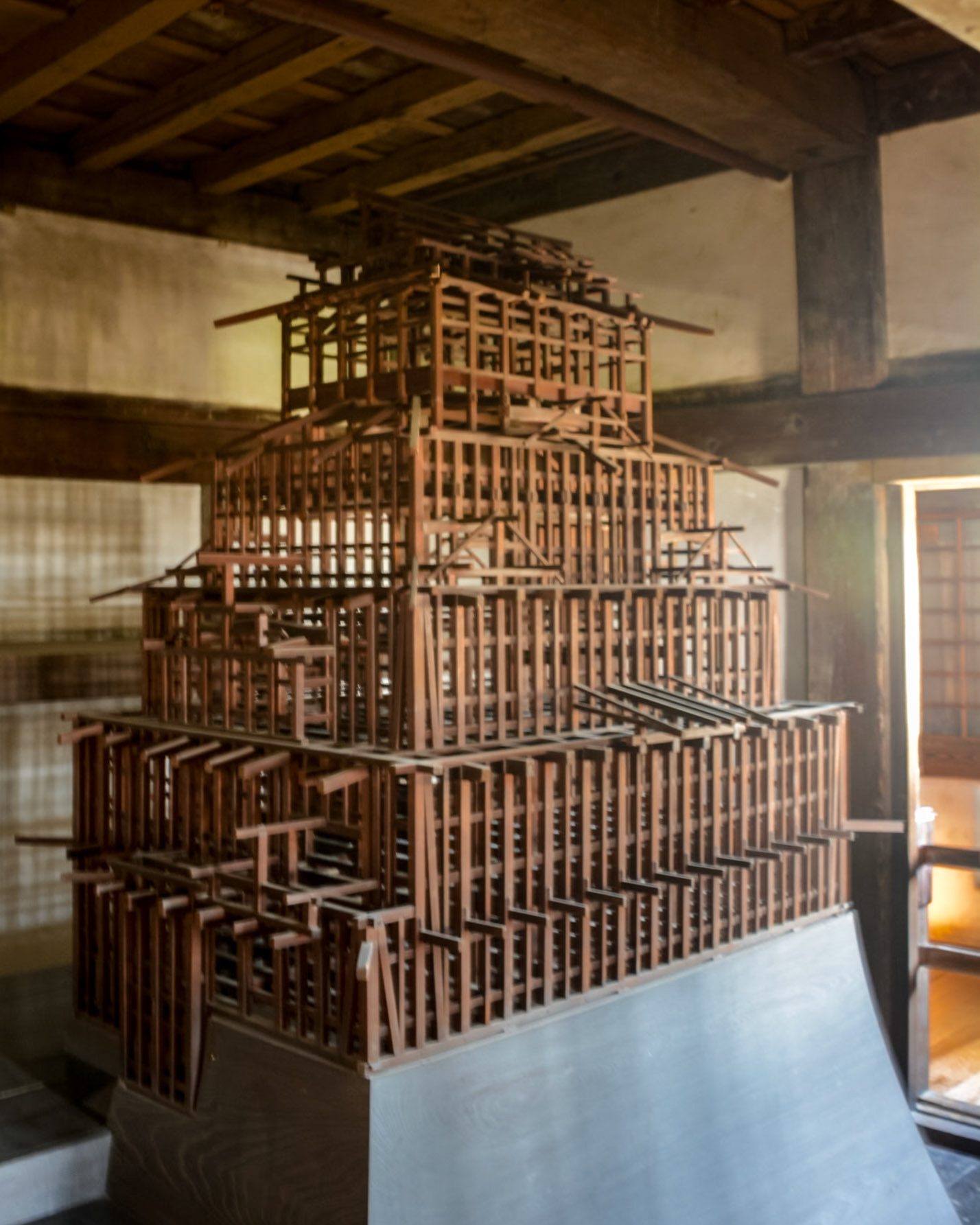
A model of the timber framework of the 5 storey keep.

Original stone carvings showing the family crest of Ikeda Terumasa are displayed.
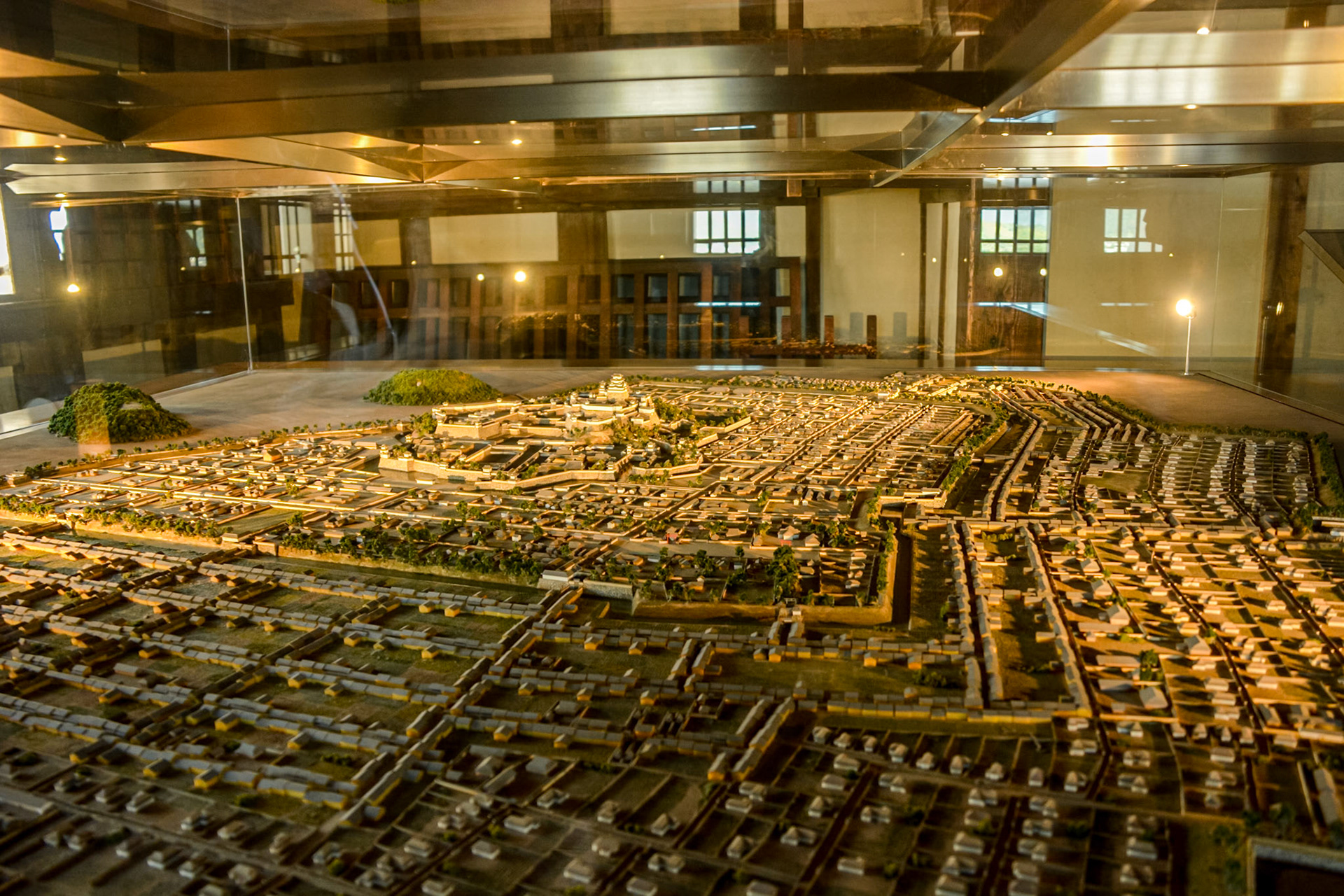
A scale model of the city and Himeji Castle.

One of the steep, narrow walkways controlling access to the castle.
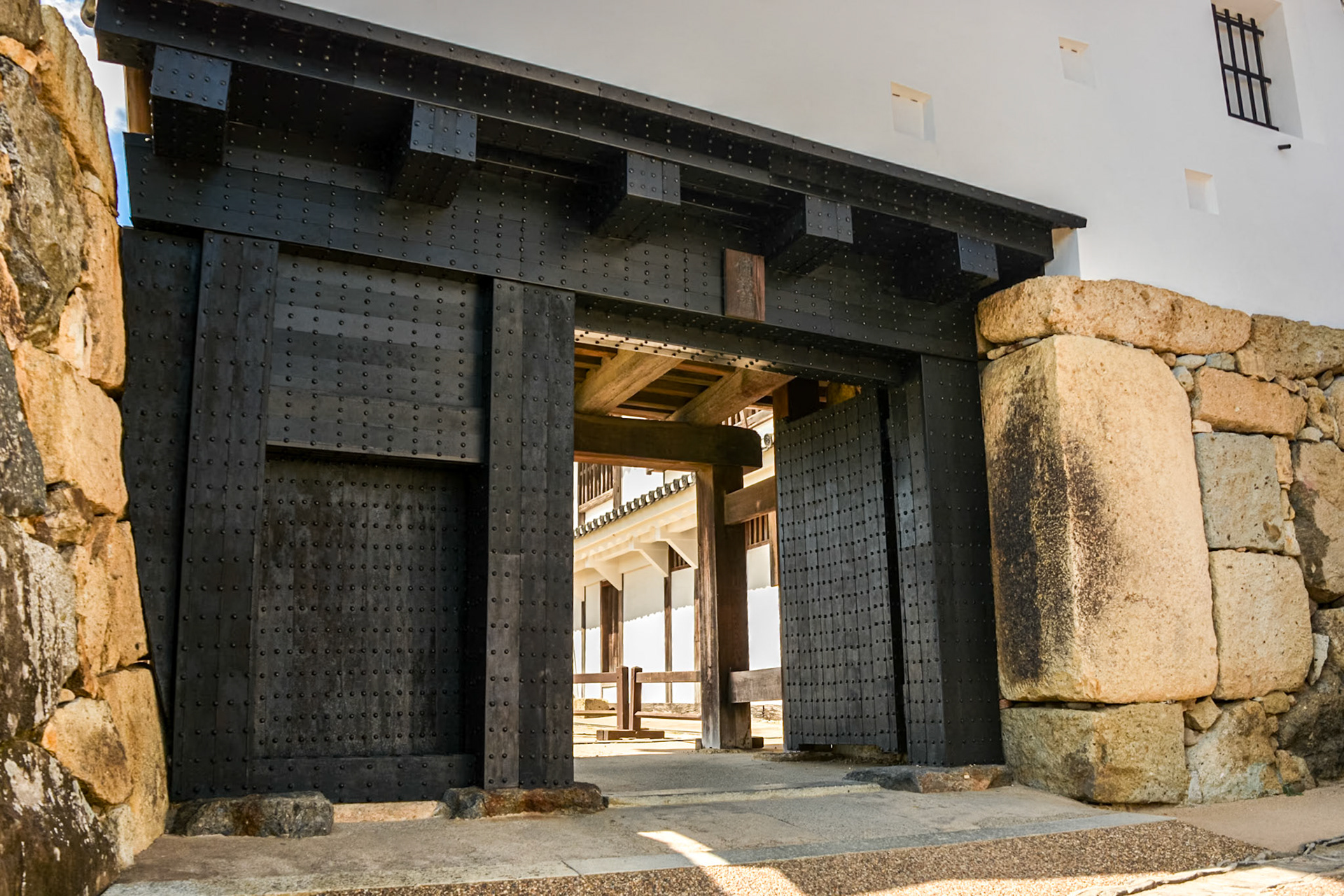
One of the more substantial gates within the castle complex.

Standing in the inner circle in front of Himeji Castle's main keep.
Day 9 - After leaving Himeji we travel to Okayama and visit the 300-year-old Korakuen Garden, one of the three great gardens of Japan.
The garden is located on the north bank of the Asahi River on an island between the river and a developed part of the city. The garden was designed in the Kaiyu ("scenic promenade") style which presents the visitor with a new view at every turn of the path which connects the lawns, ponds, hills, tea houses, and streams.
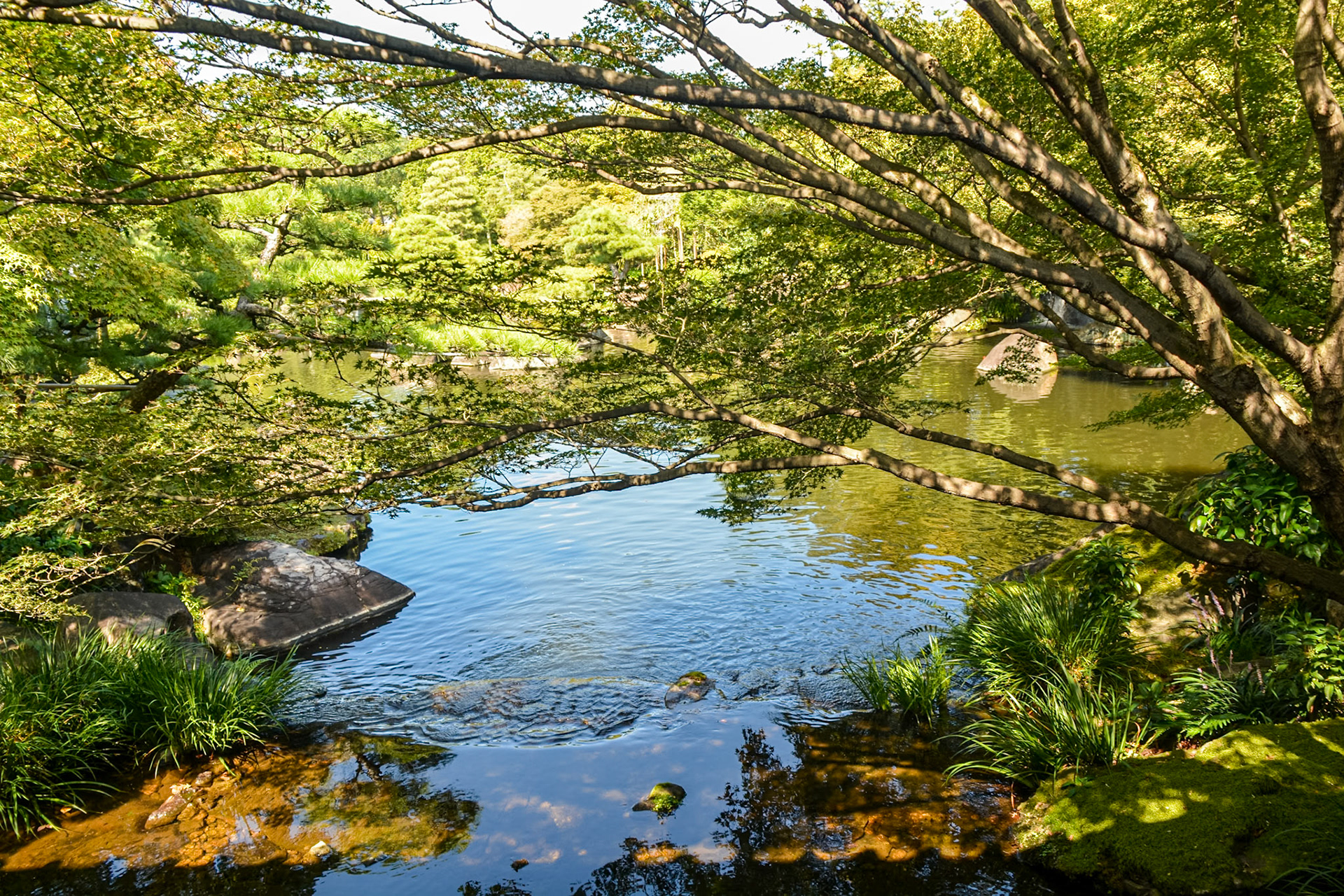

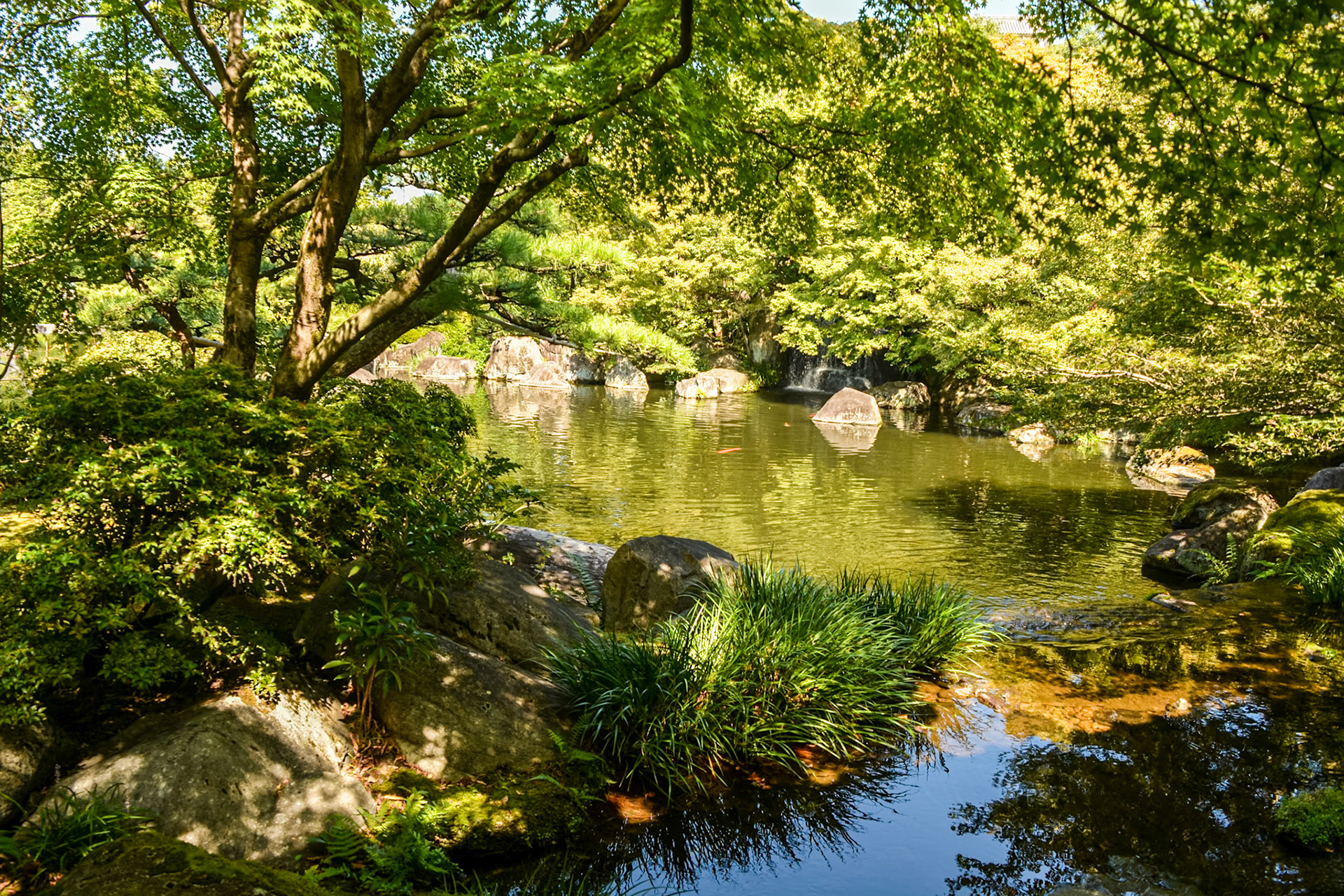
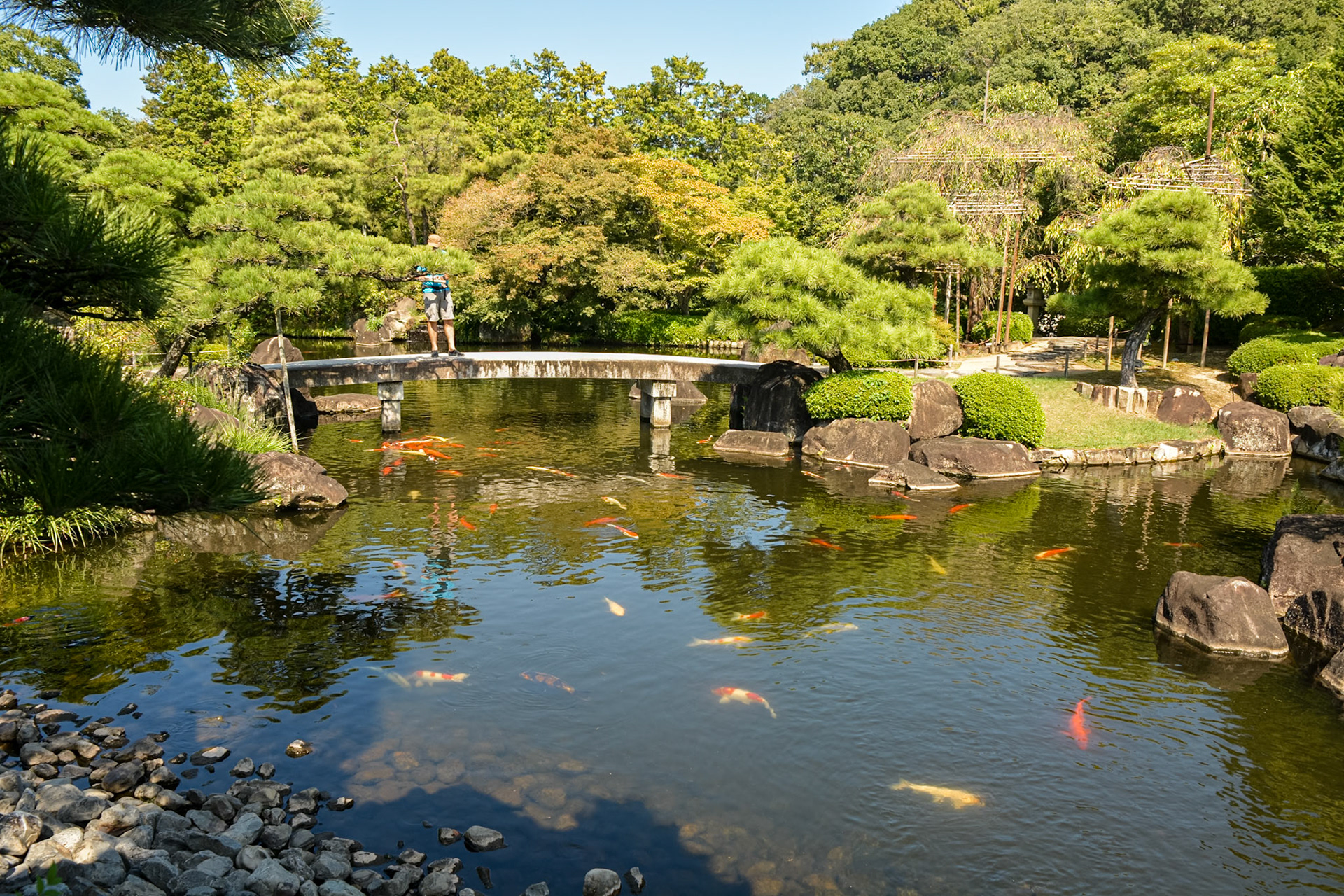
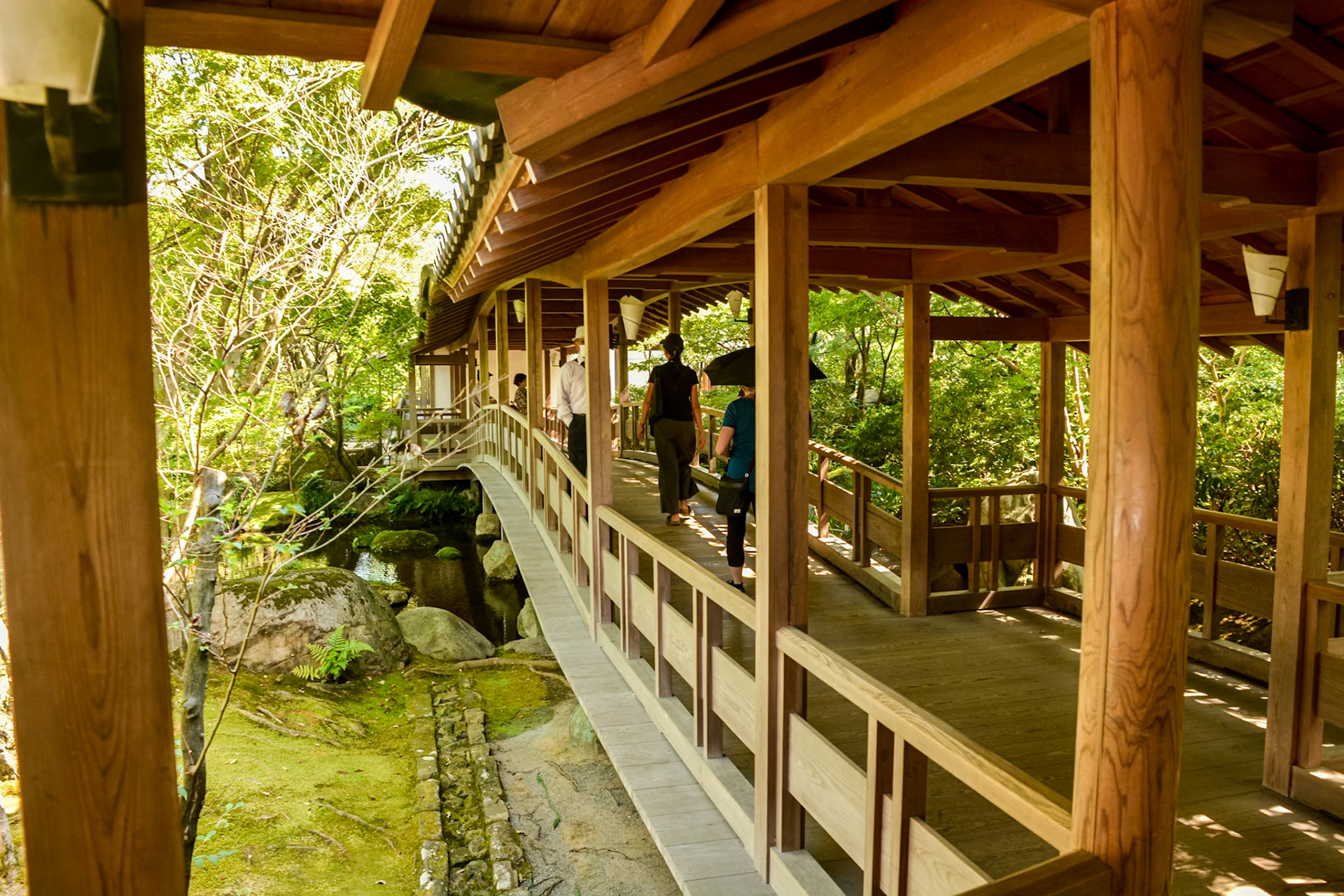

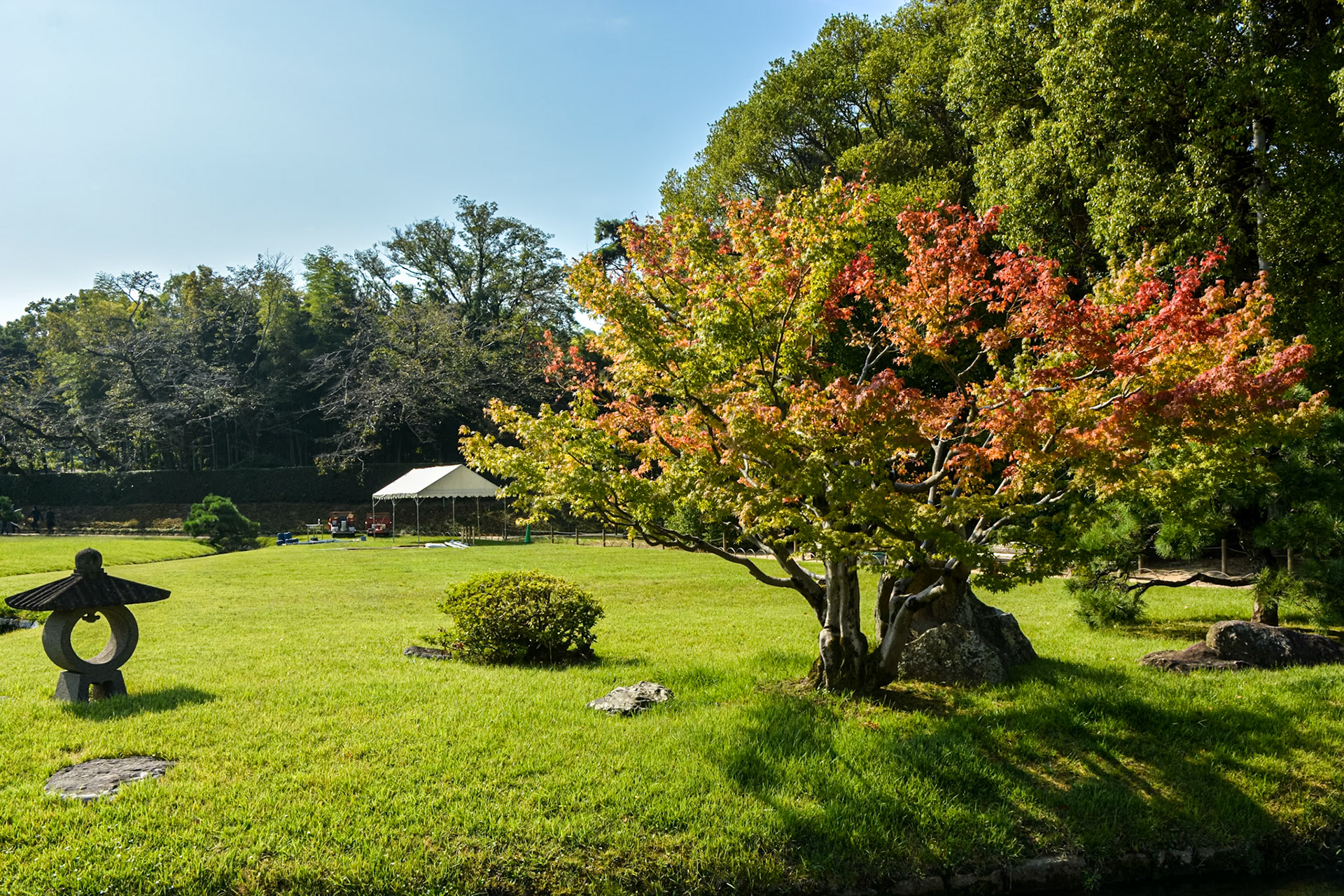


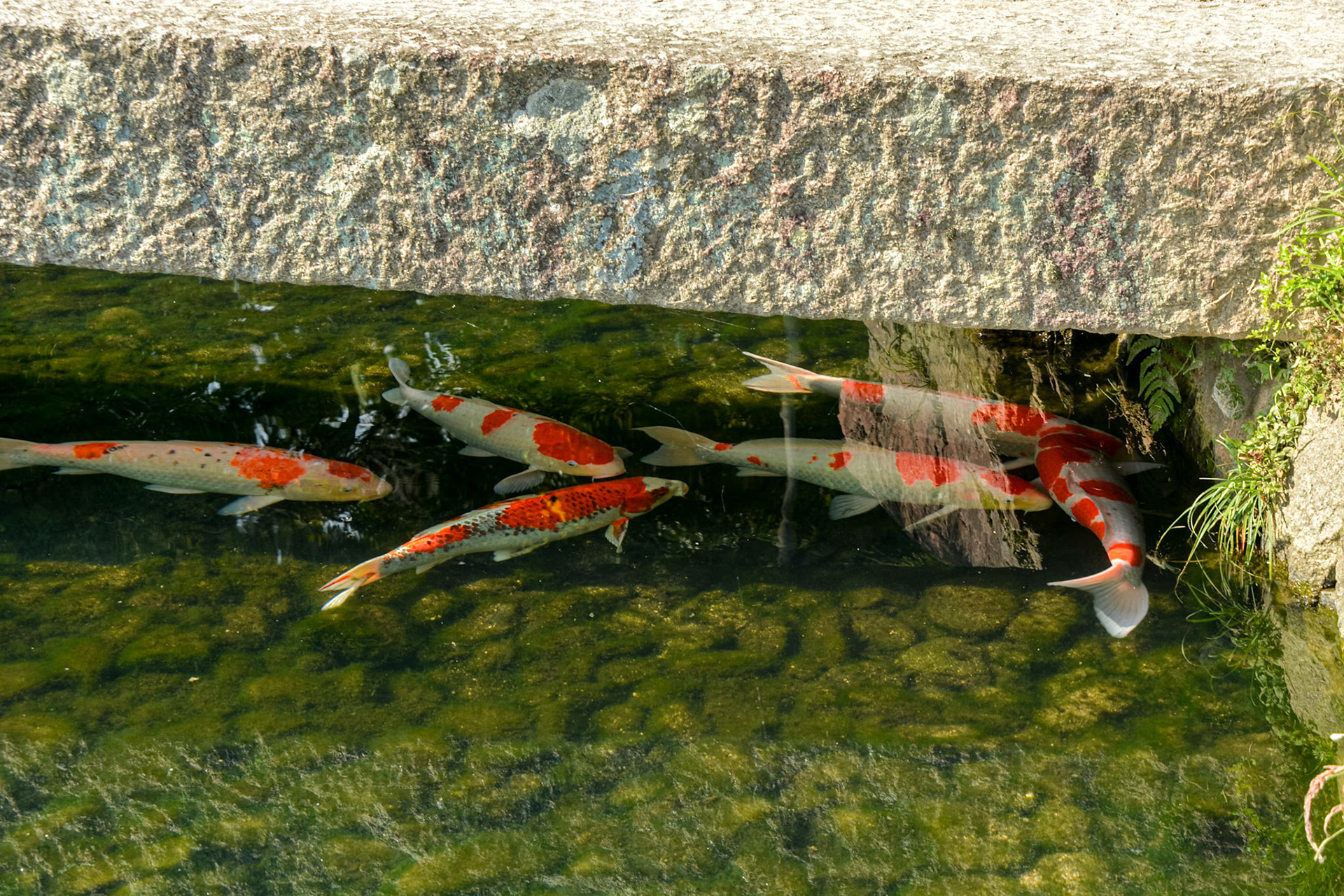
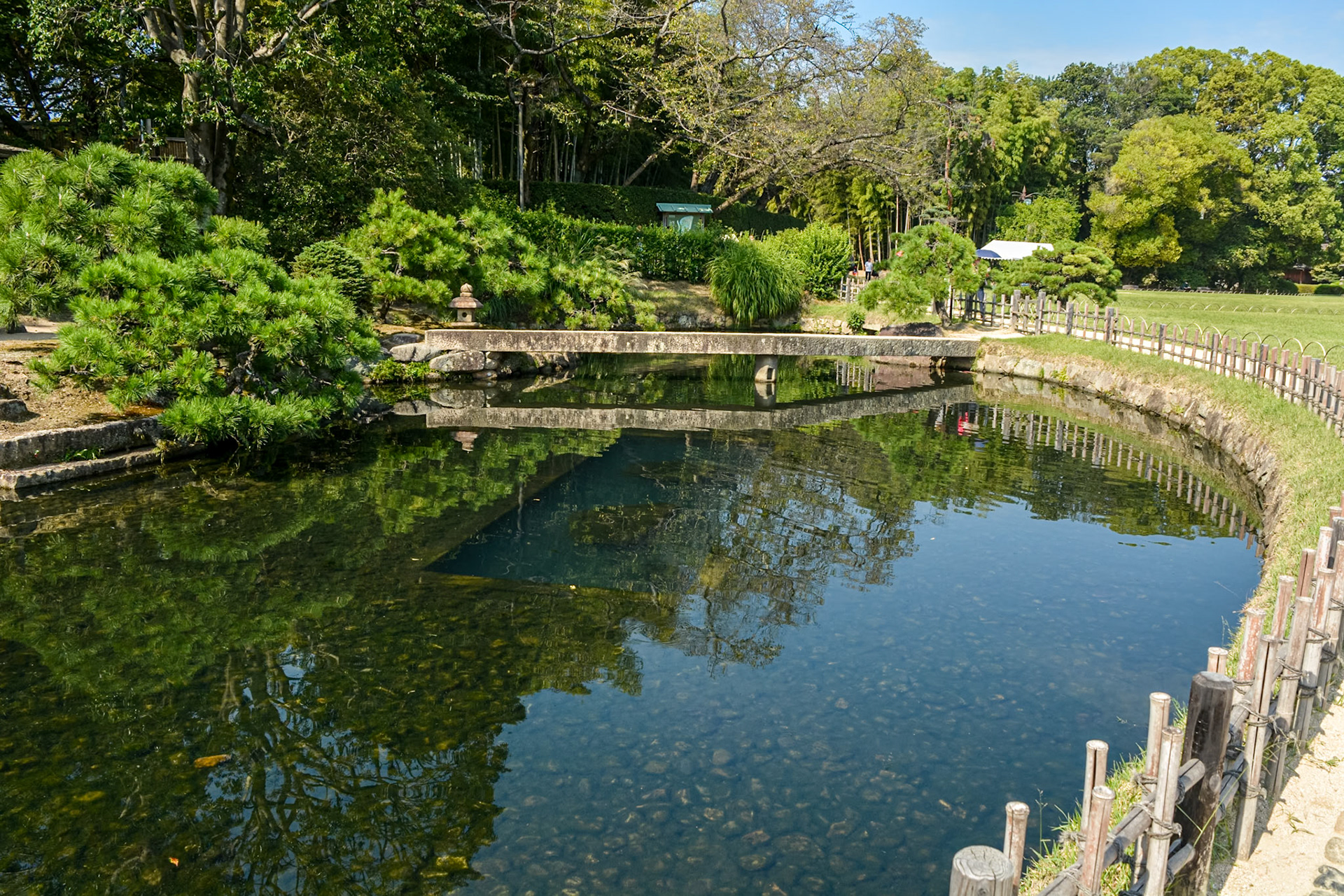

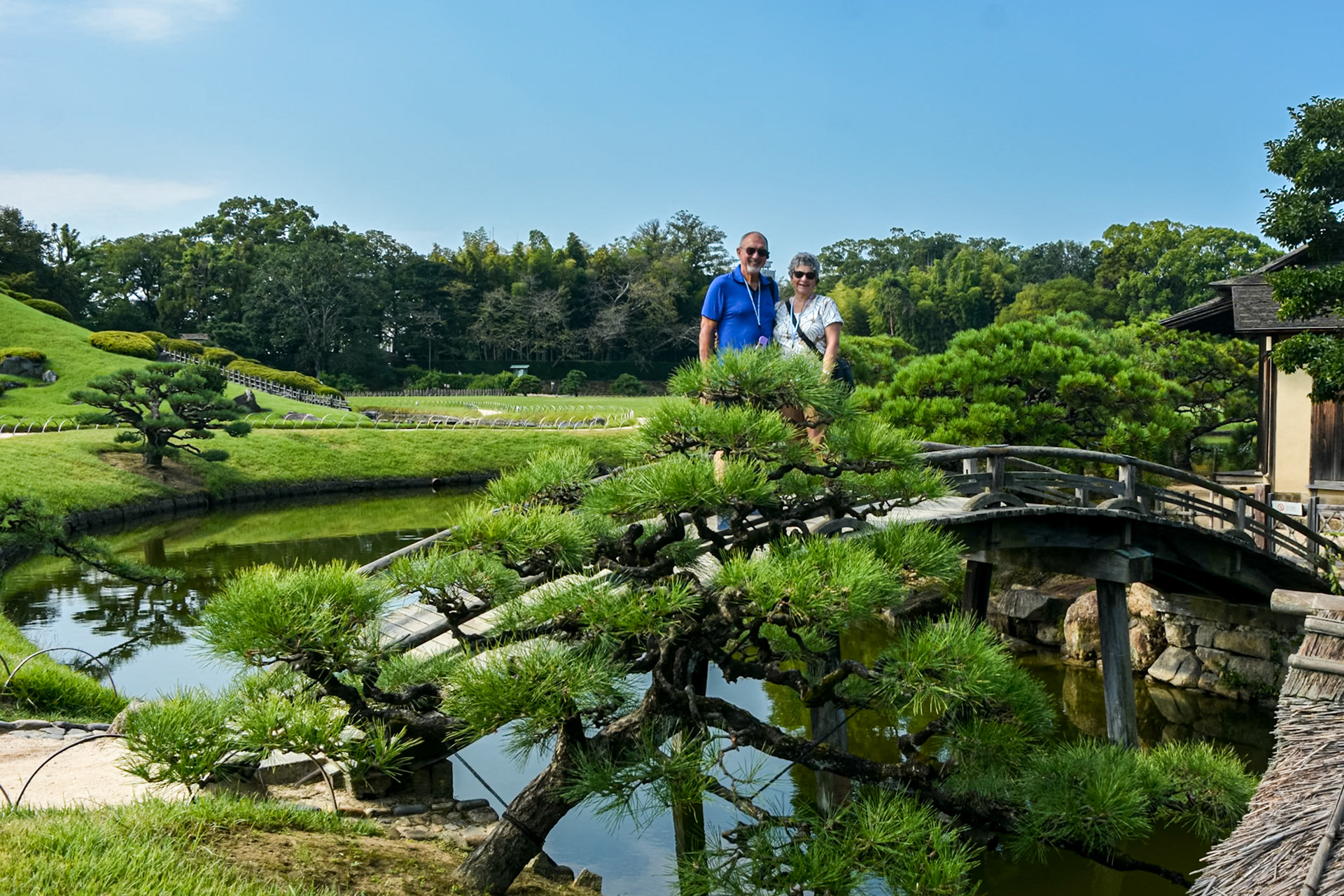
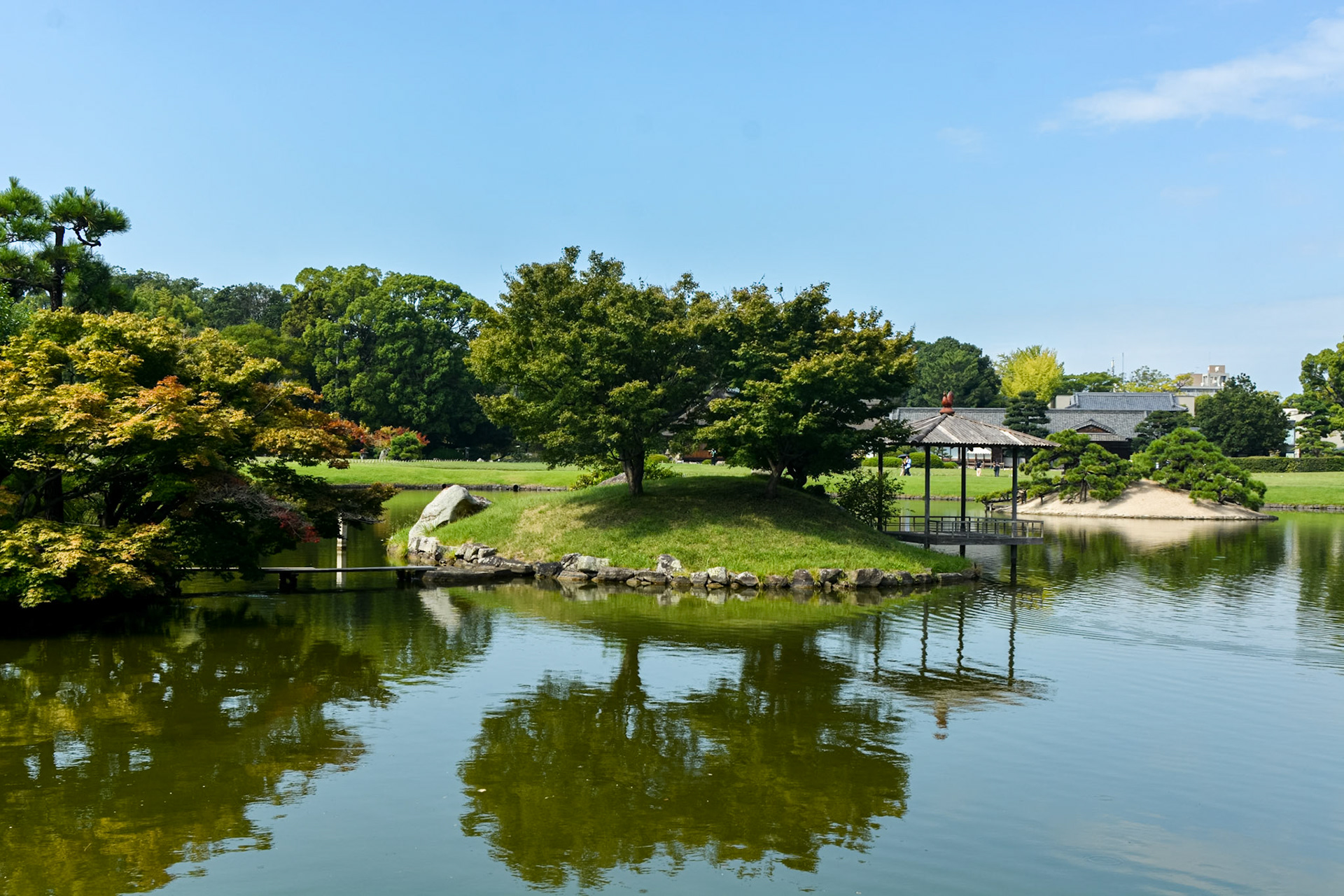
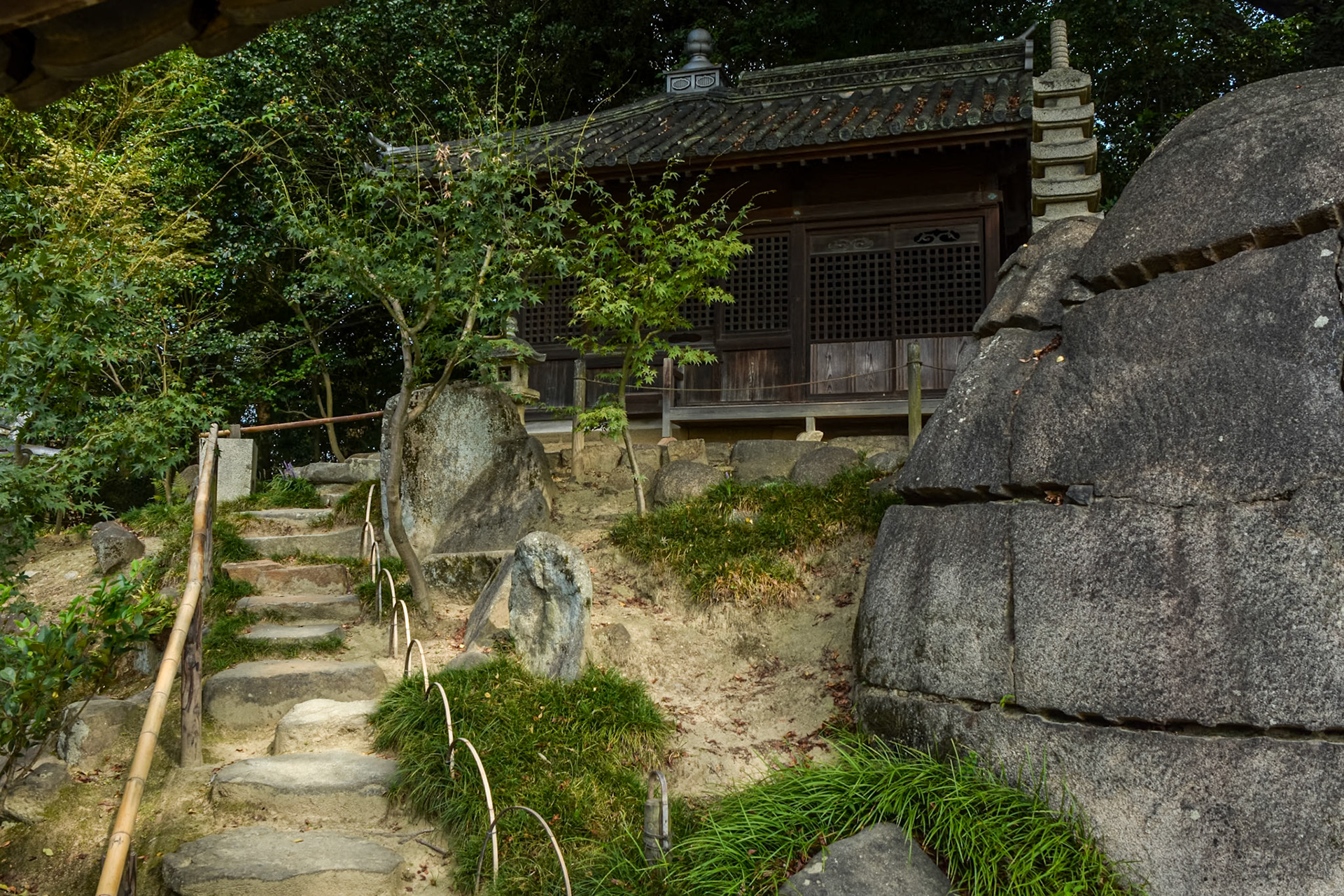
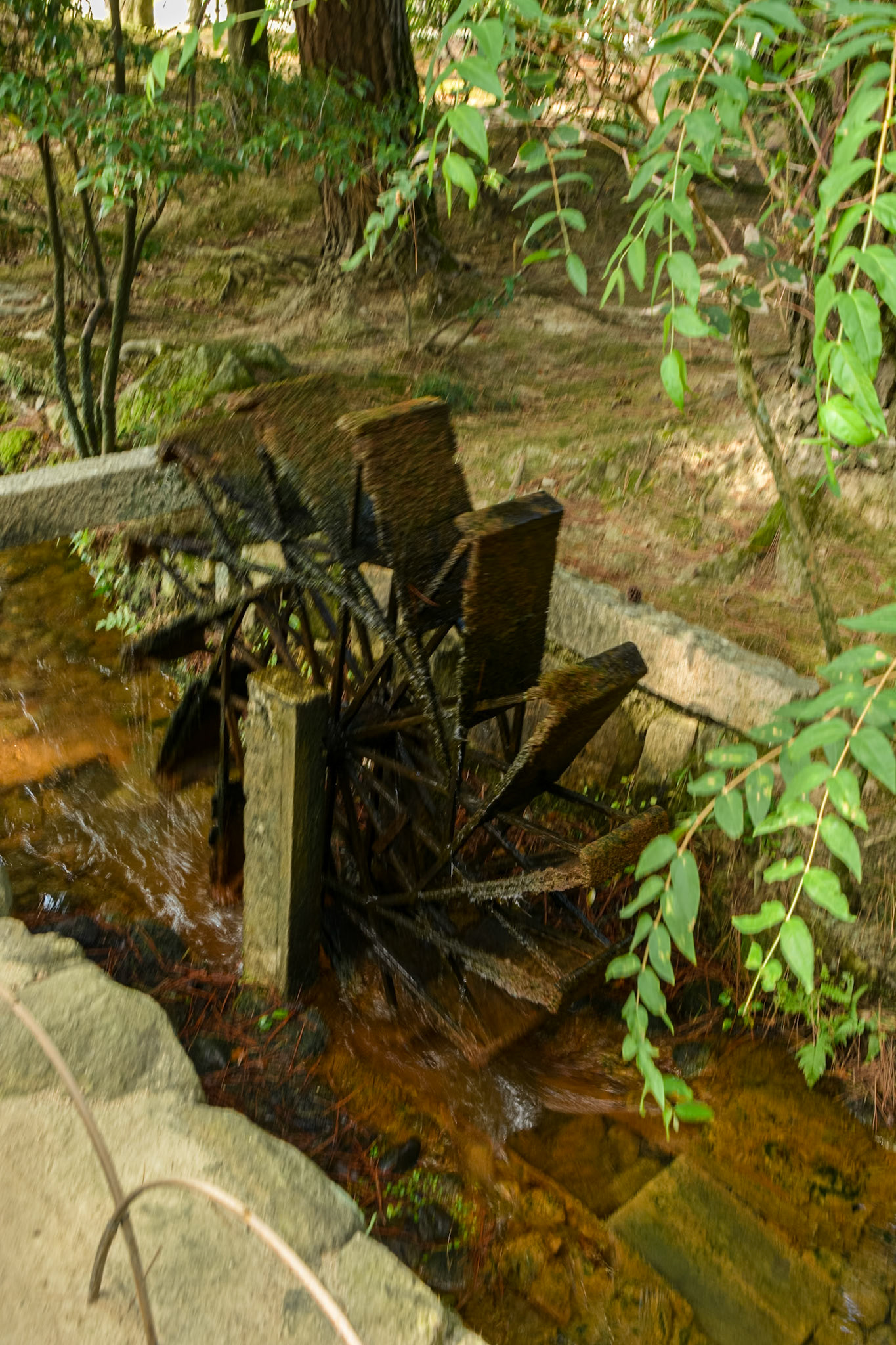
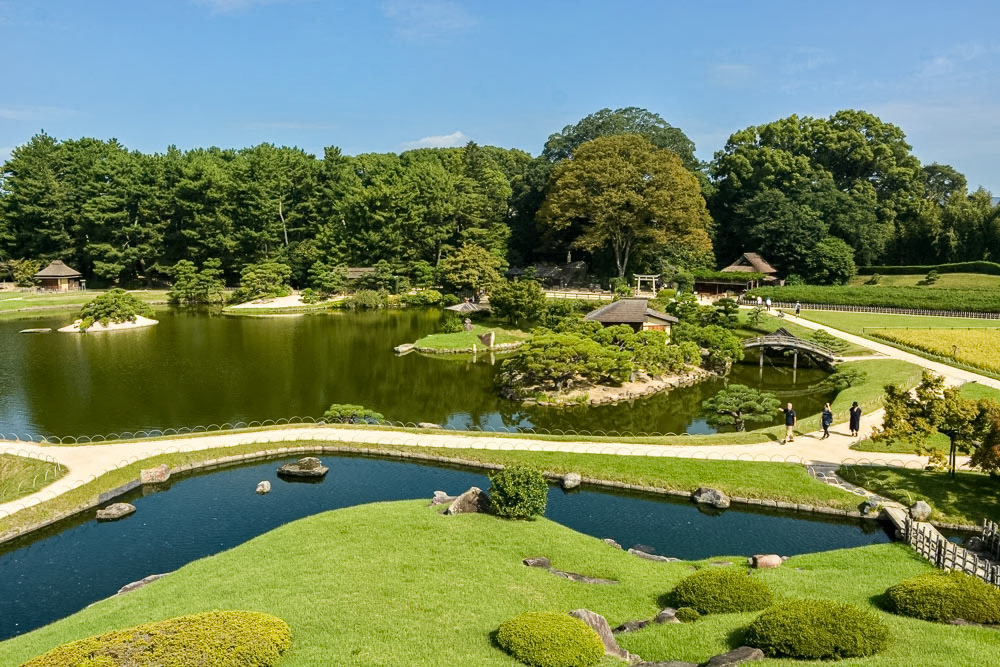
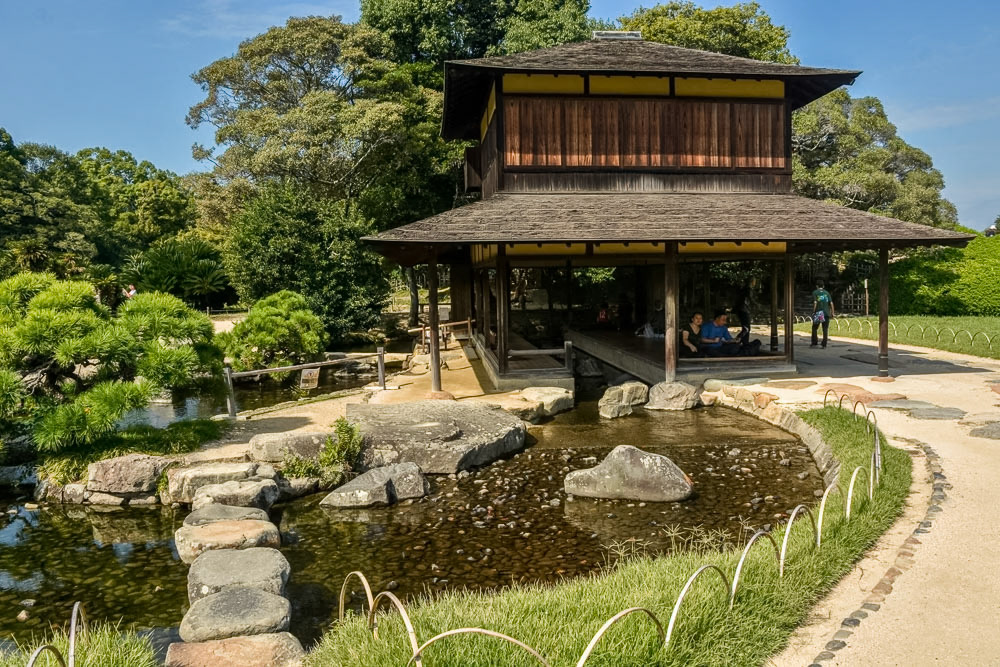
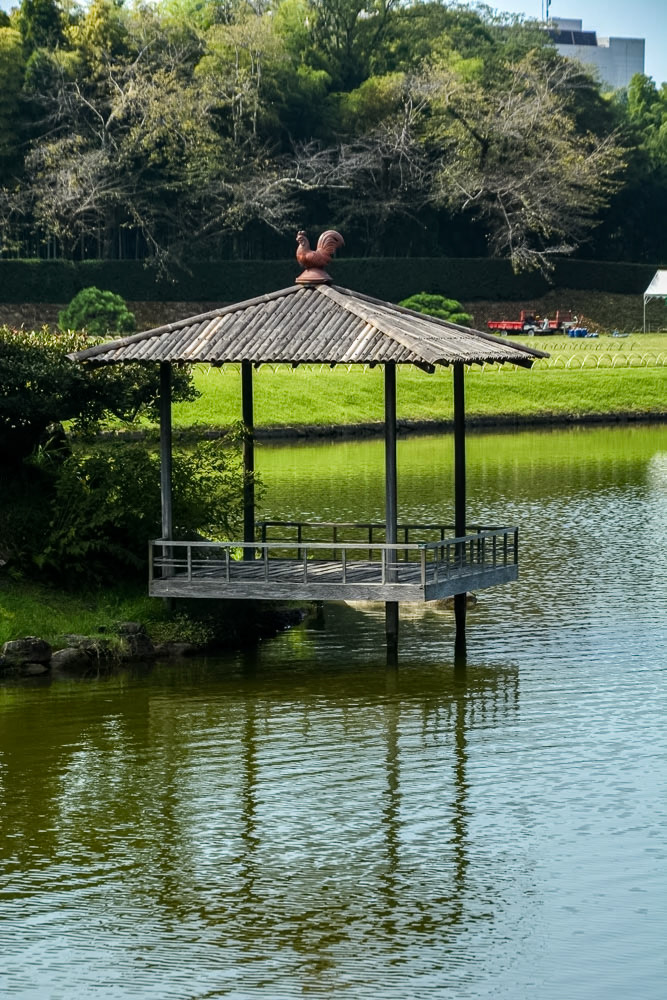

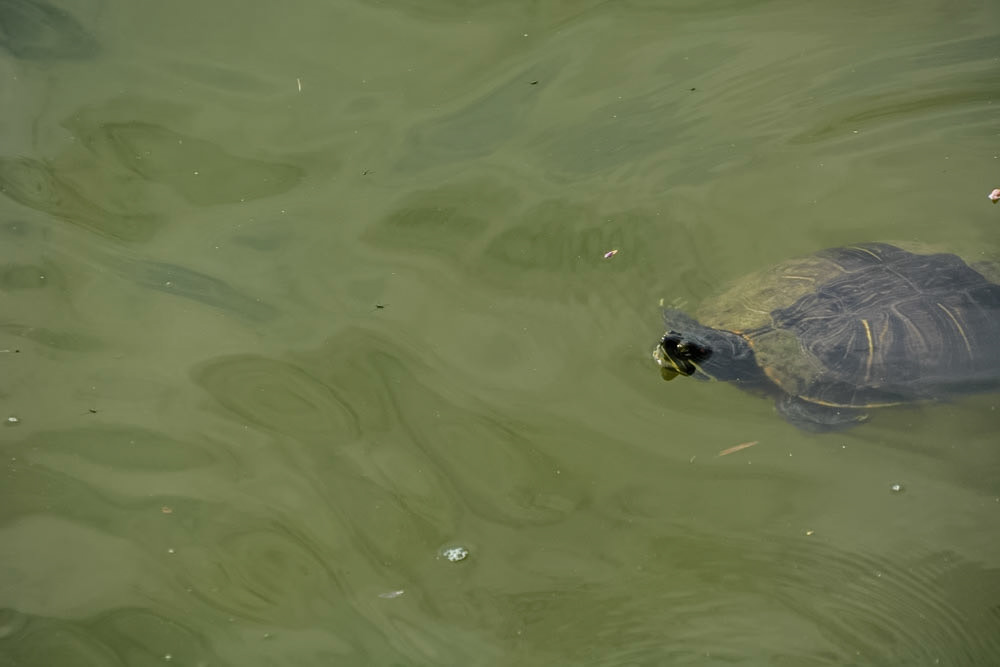
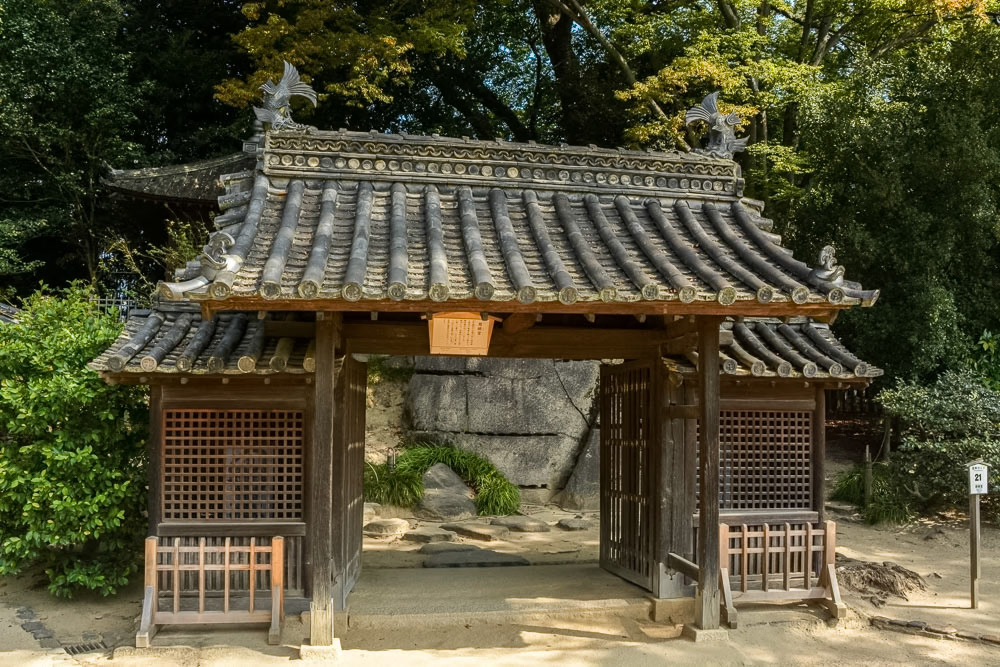
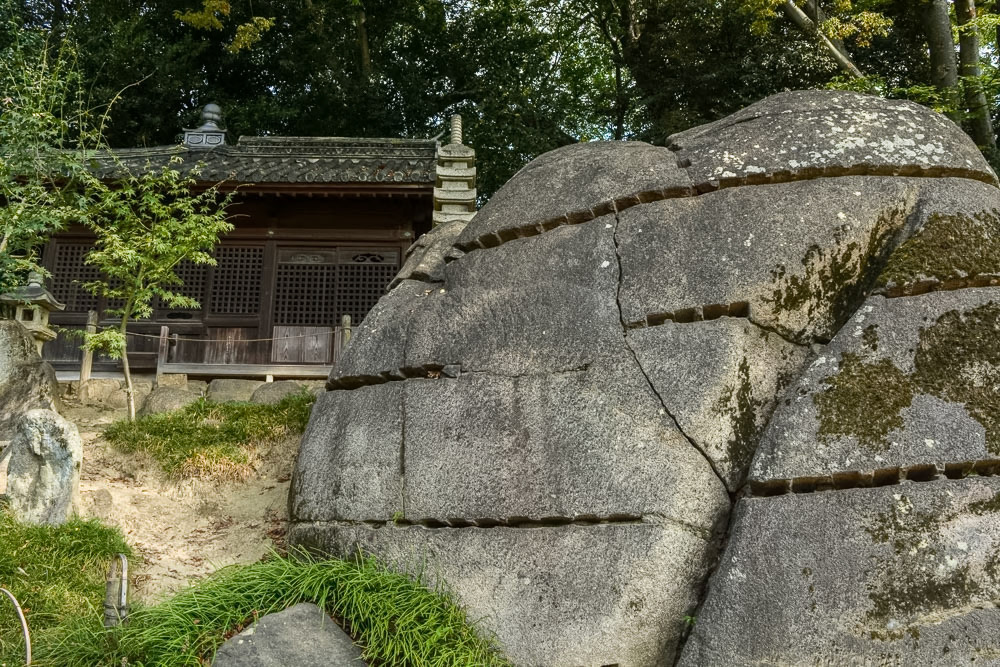
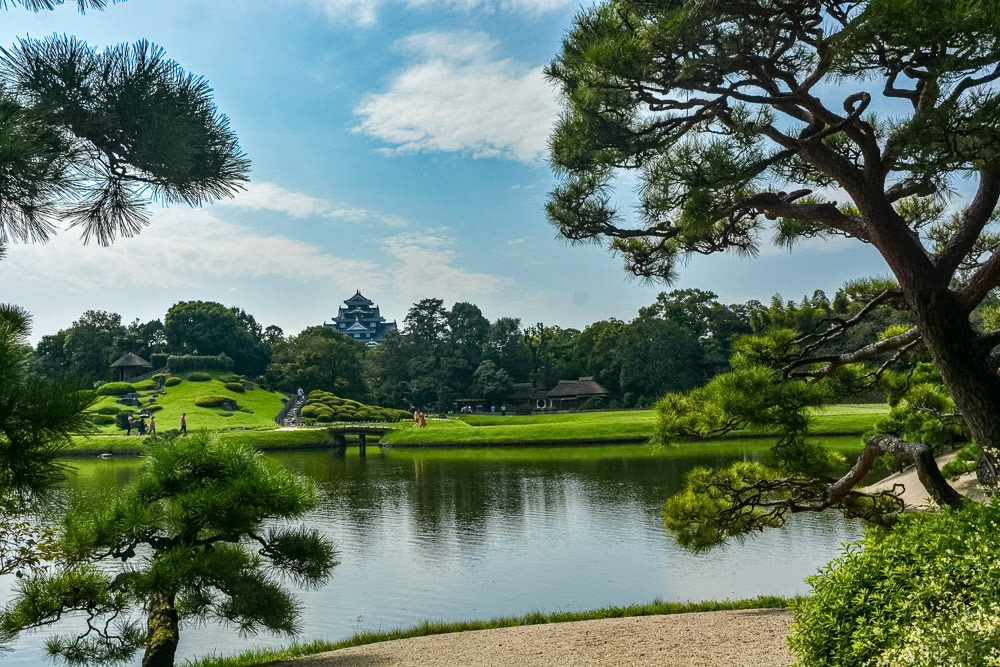
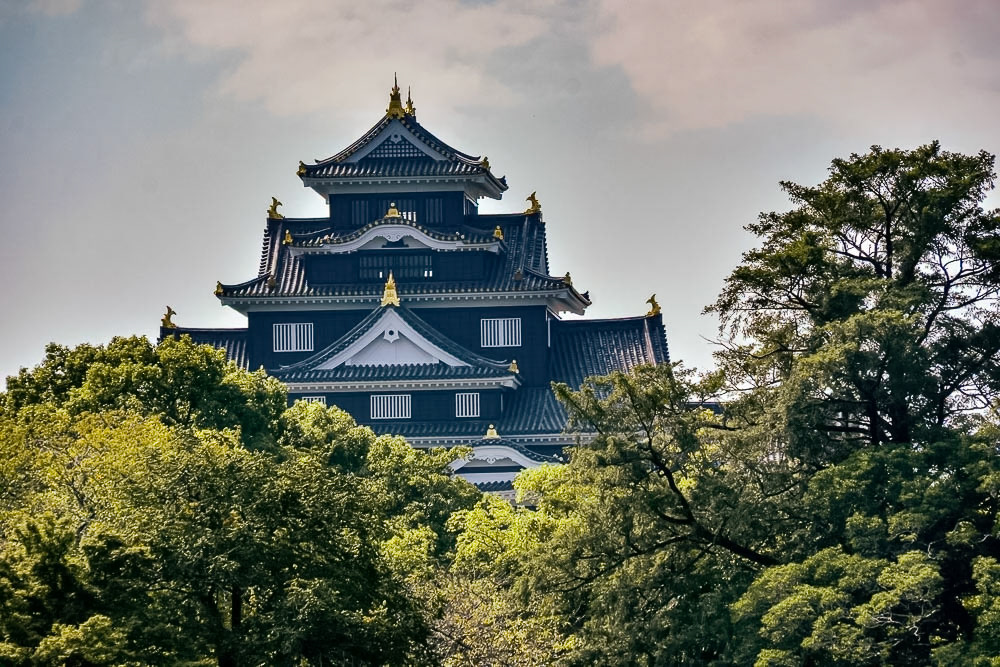
Okayama Castle
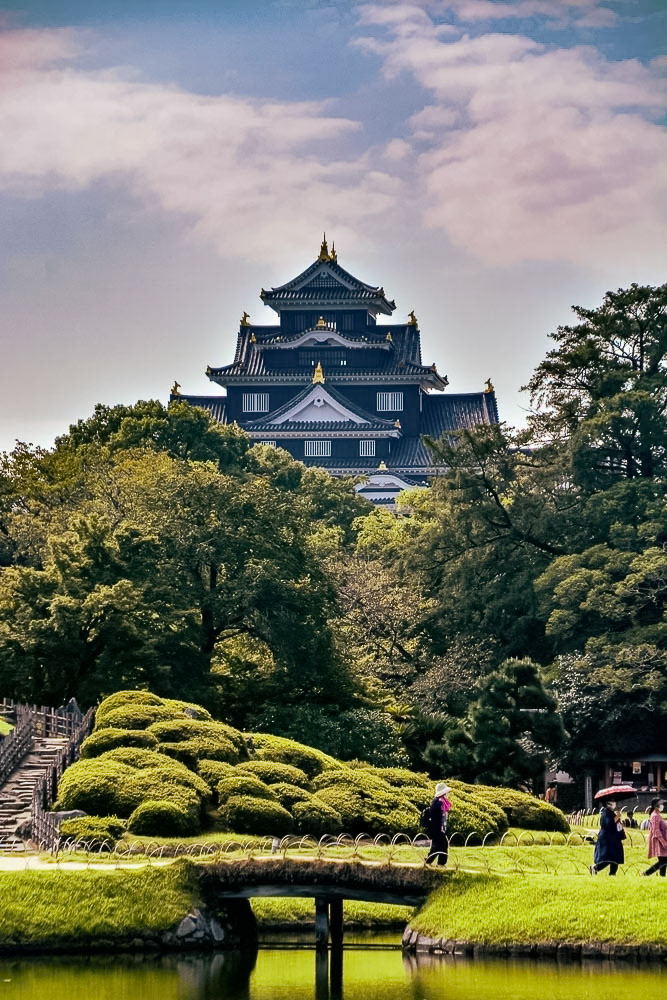
Okayama Castle


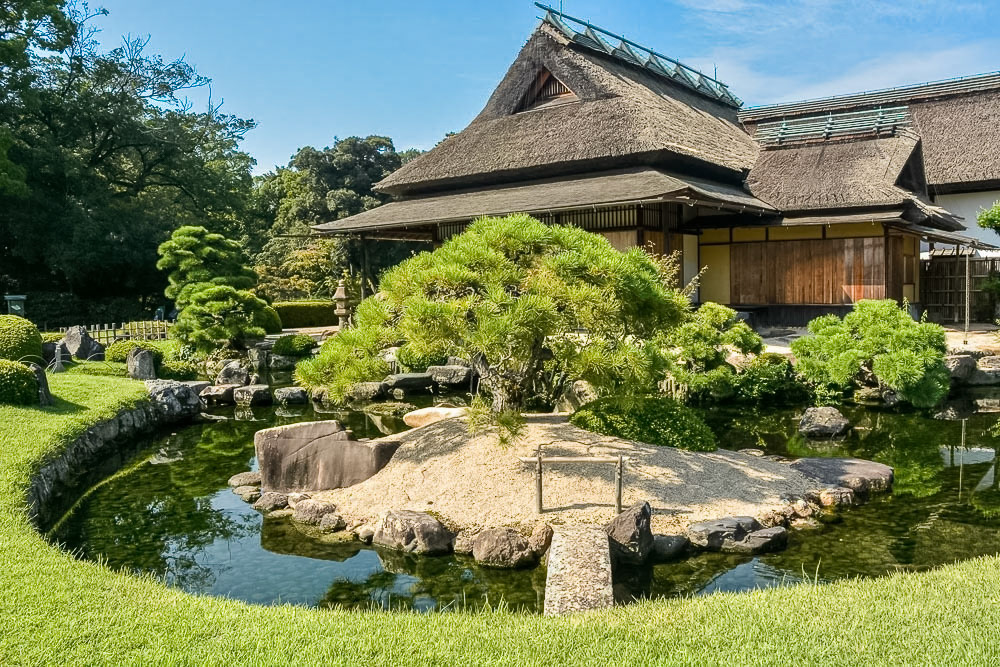
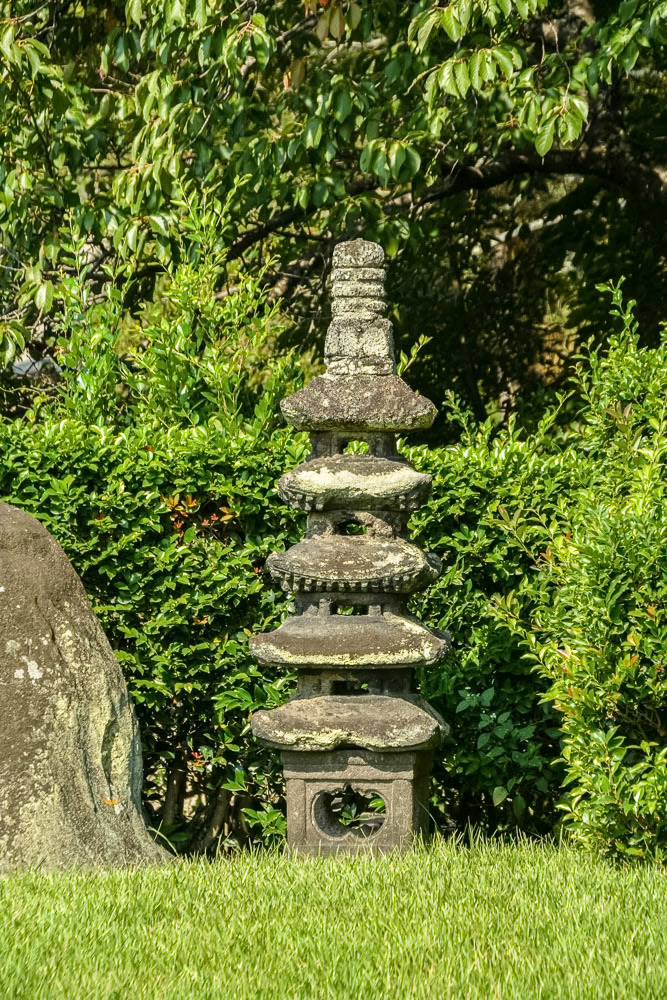
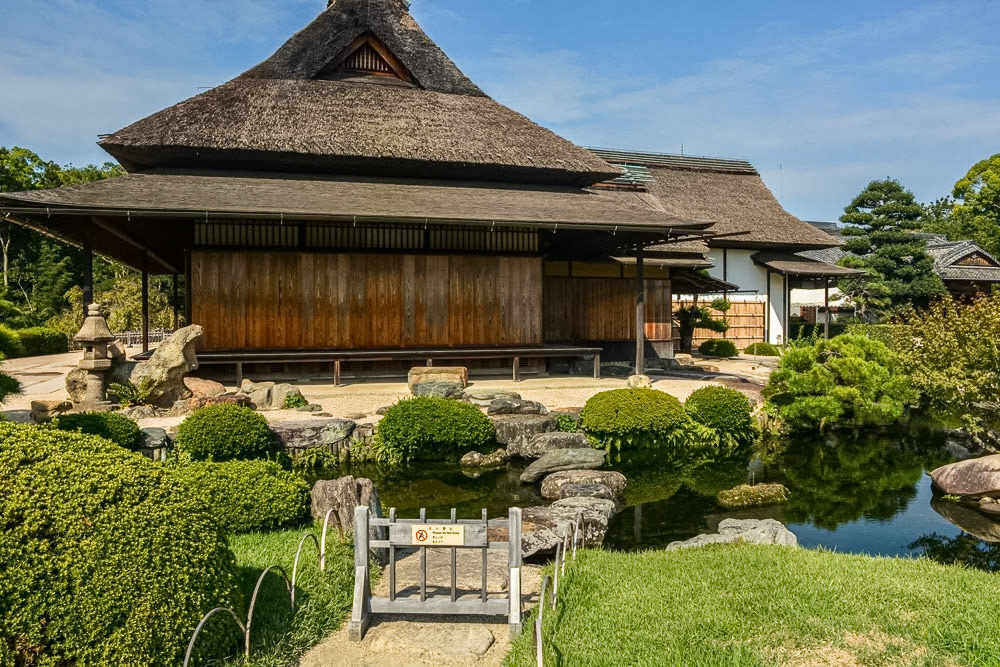
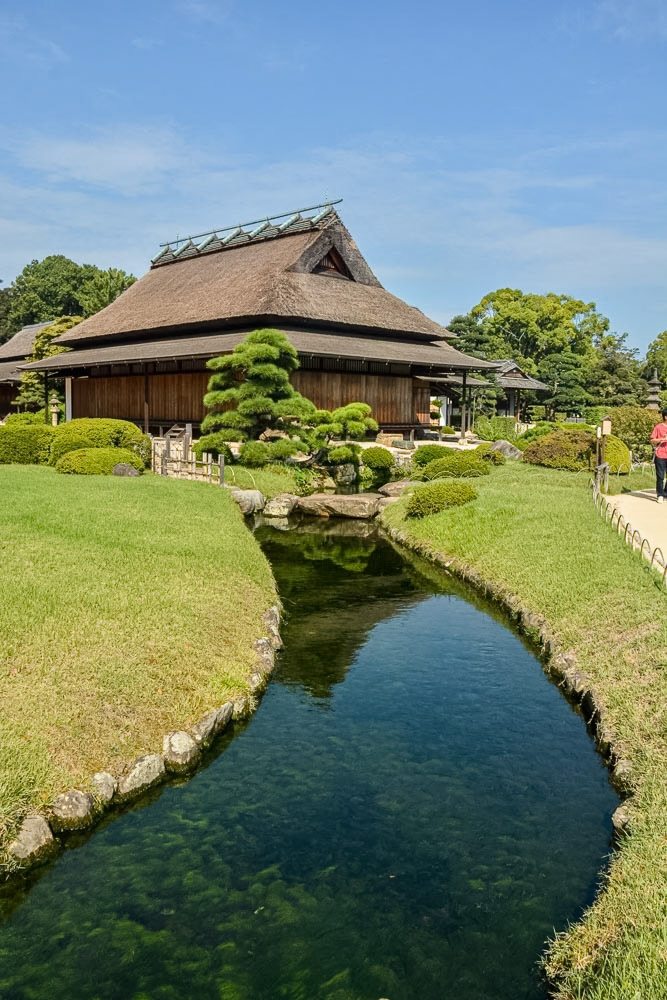
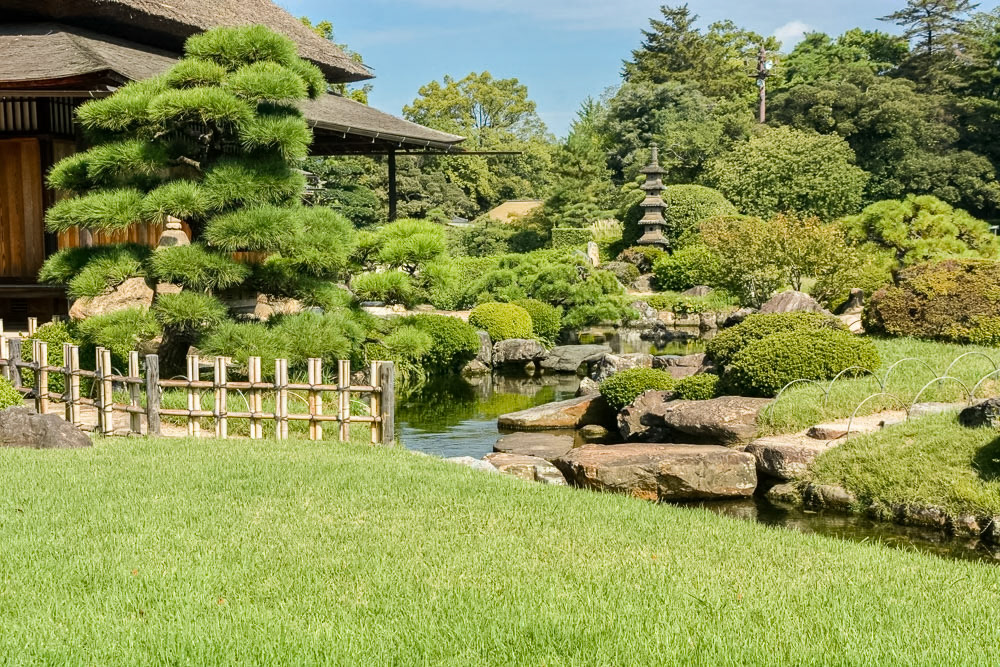
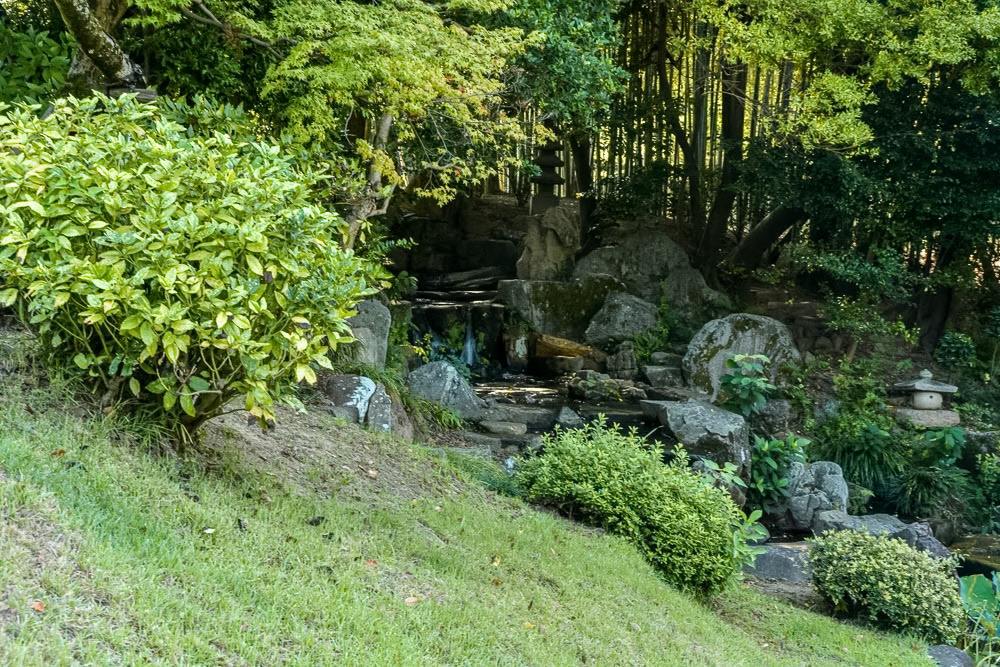

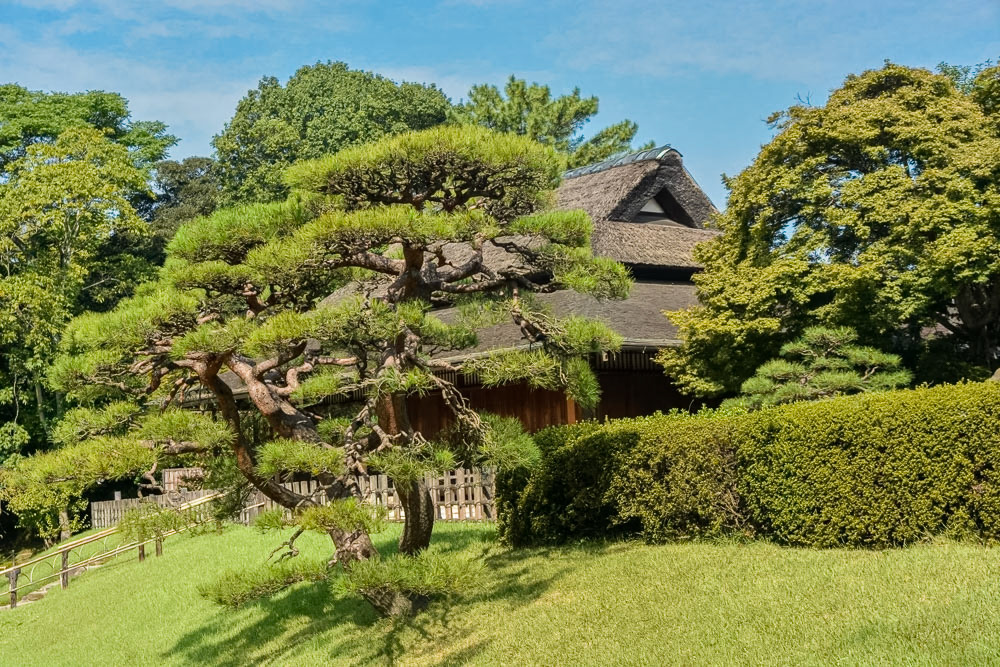
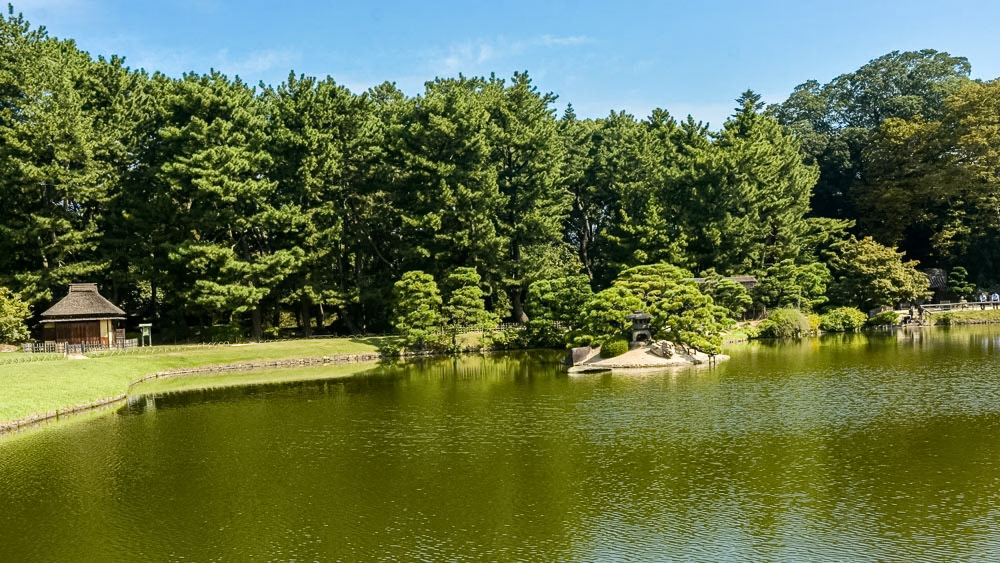
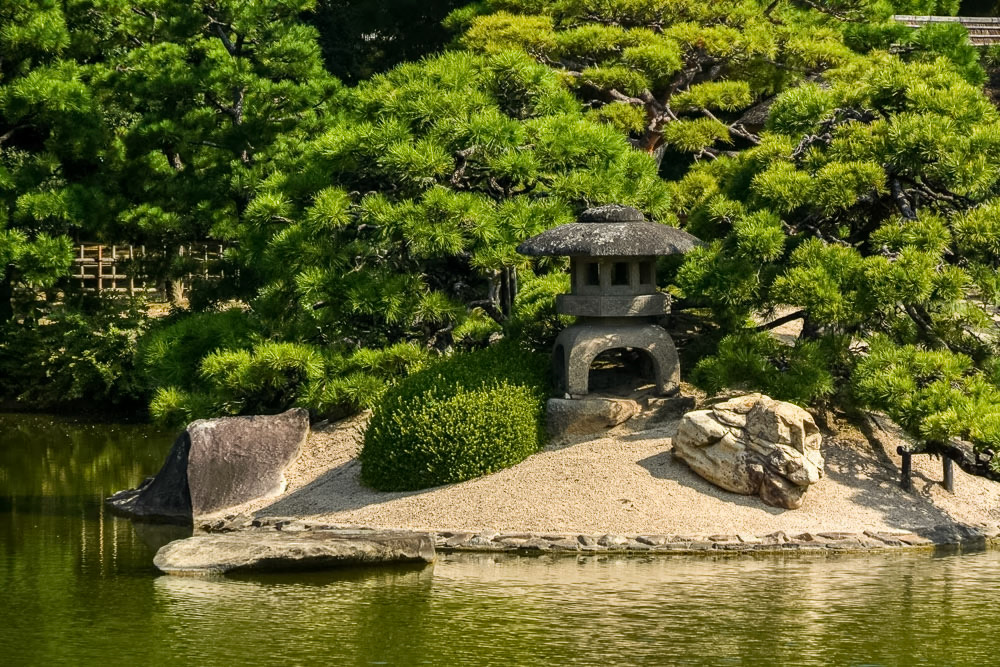
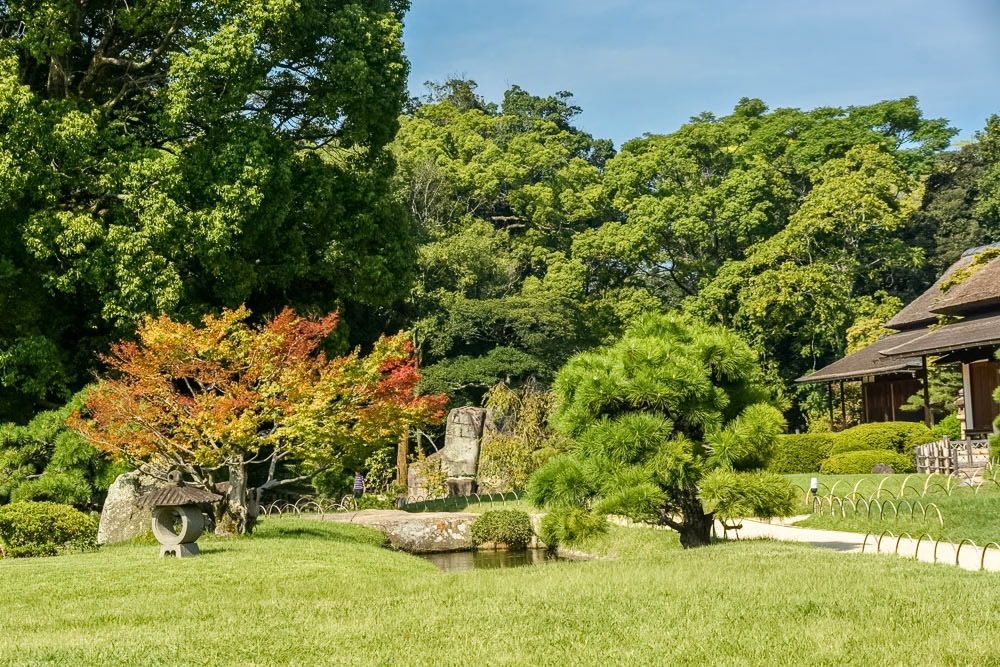
Day 10 - In Kurashiki we visit Ohashi-tei house, built in 1796 by an Edo Period merchant. It has a unique architectural style such as tiles on white walls and Kurashiki lattices. The house is typical of the machiya (Japanese for "town house") of Kurashiki's wealthy merchants. There are tatami-floored rooms with elegant sliding doors and hanging scrolls for entertaining guests as well as private quarters, storage rooms and a kitchen.


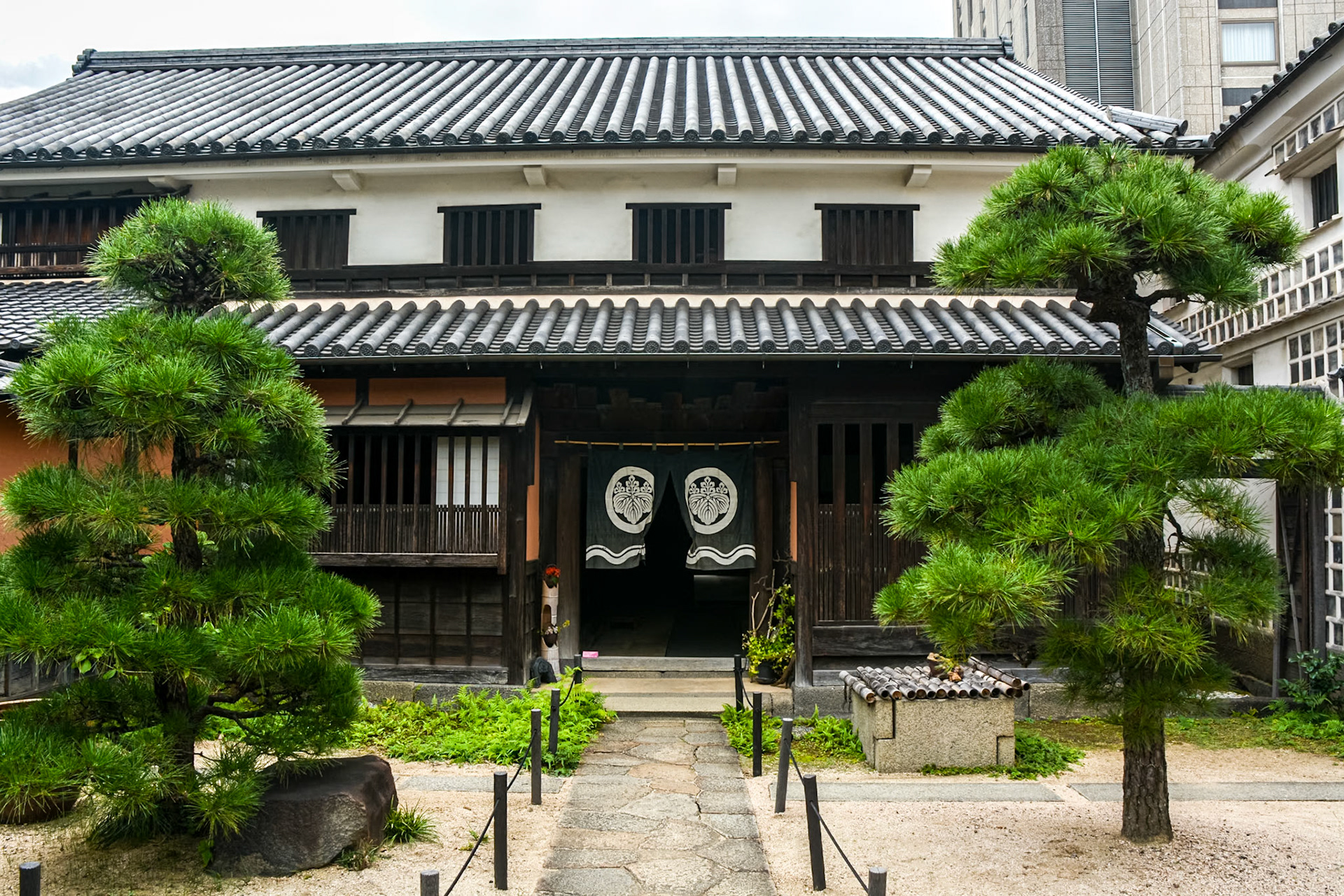



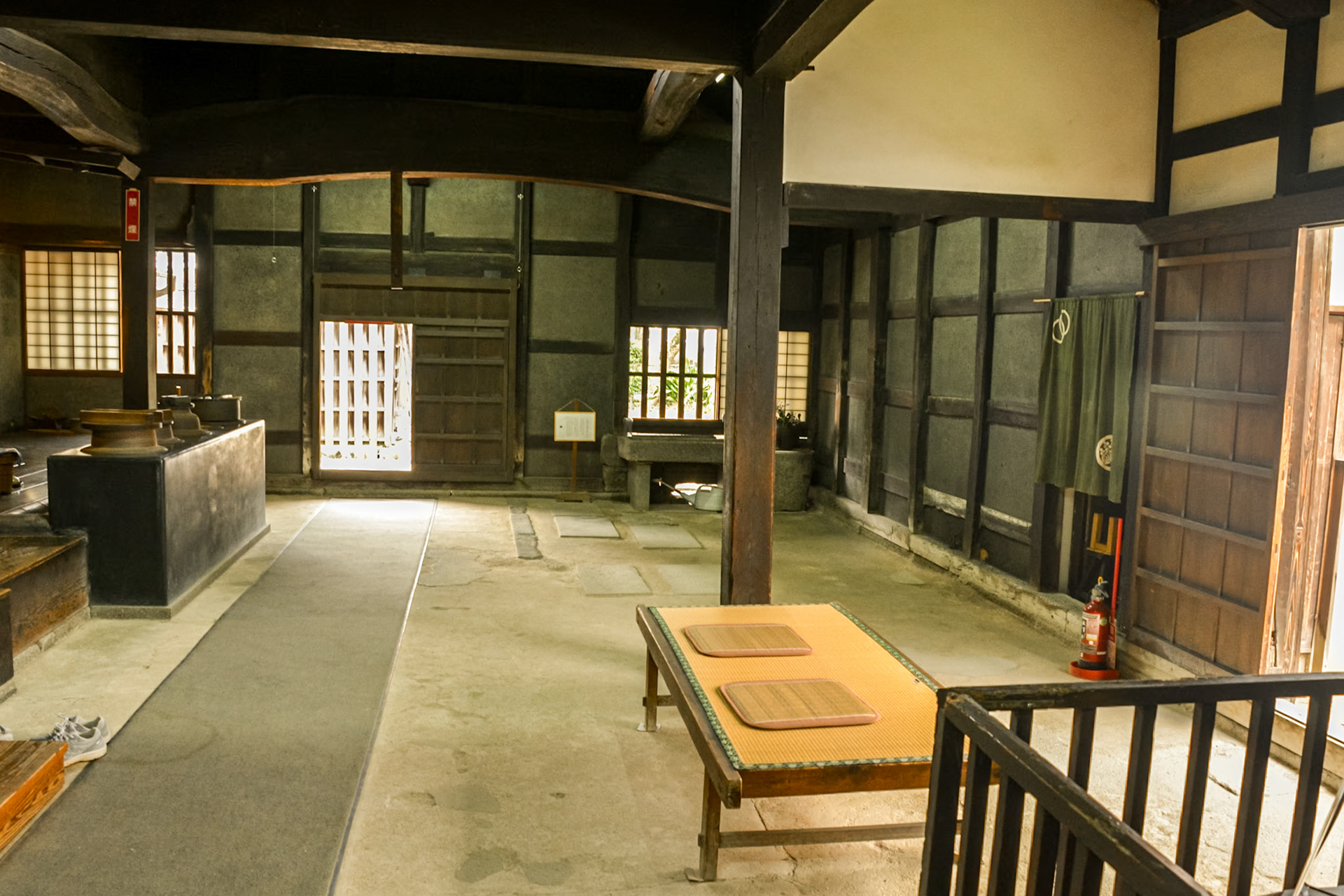
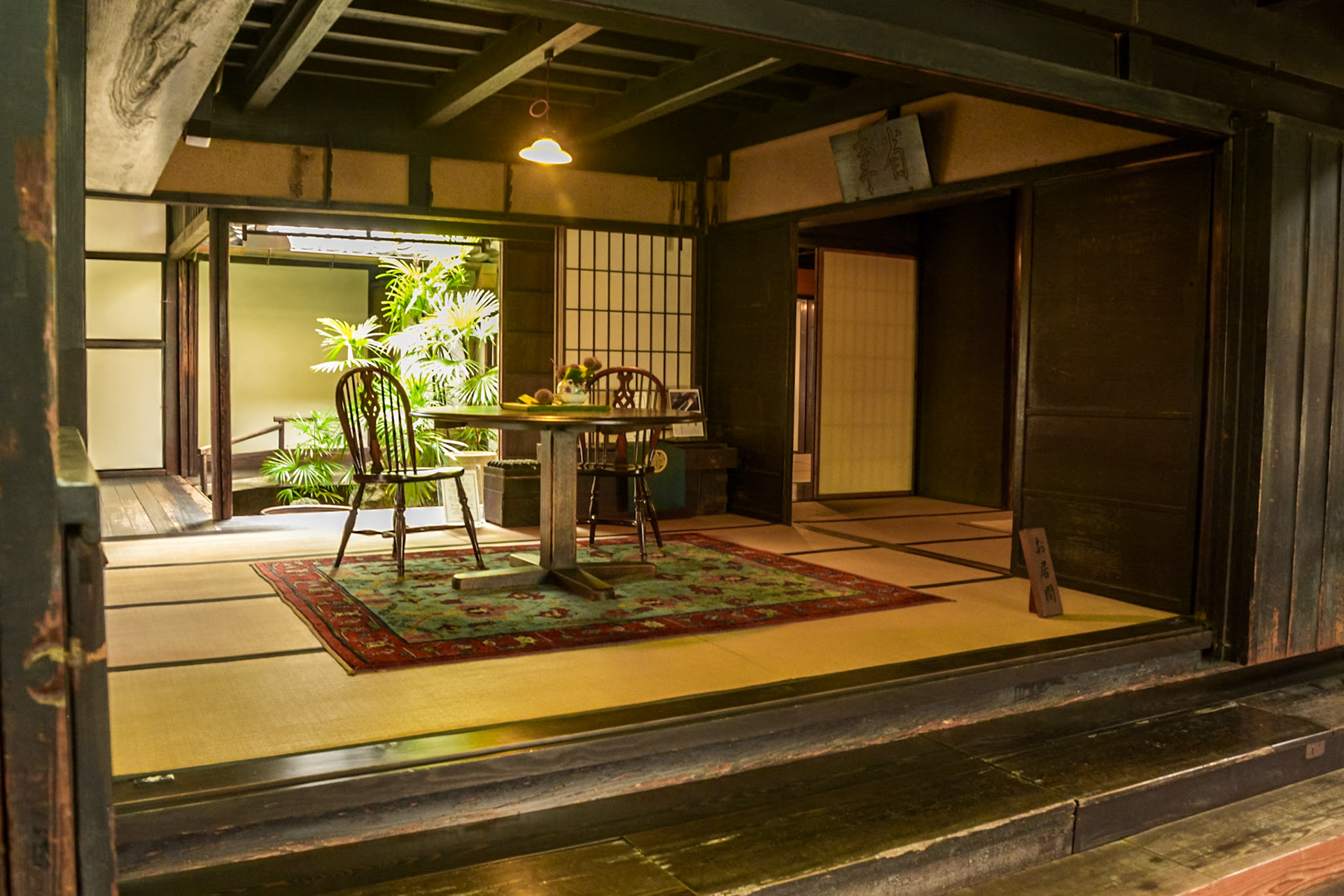


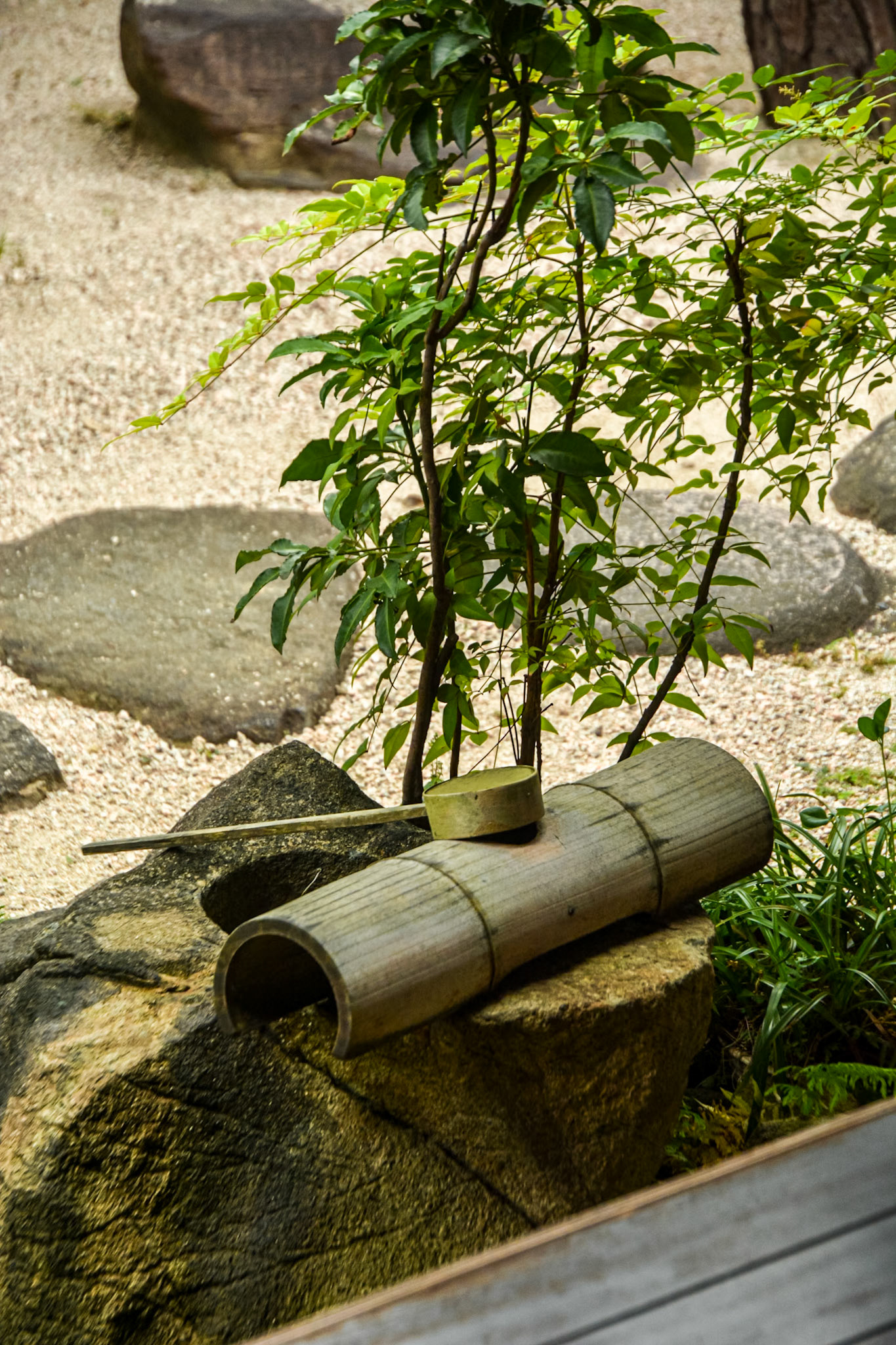
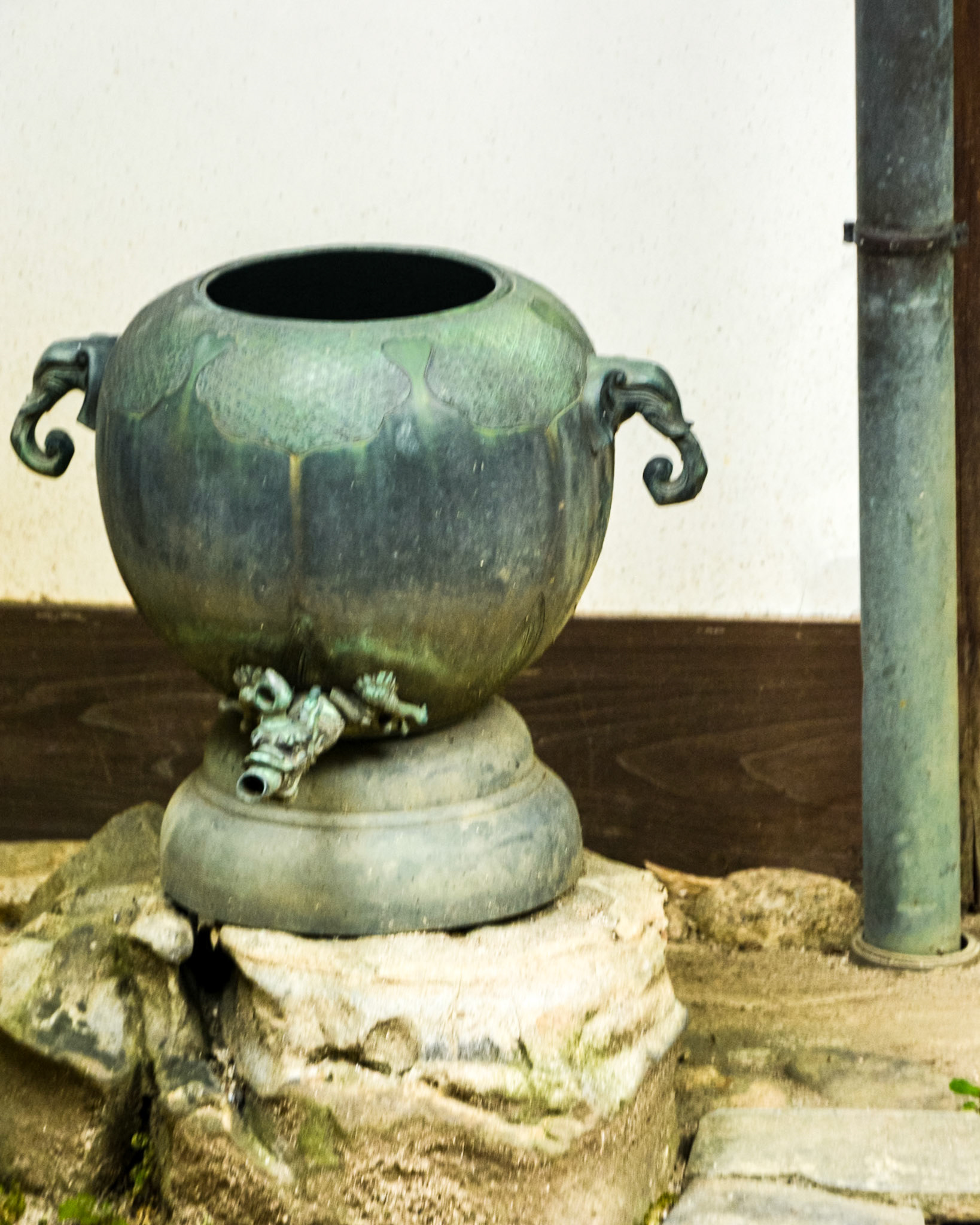
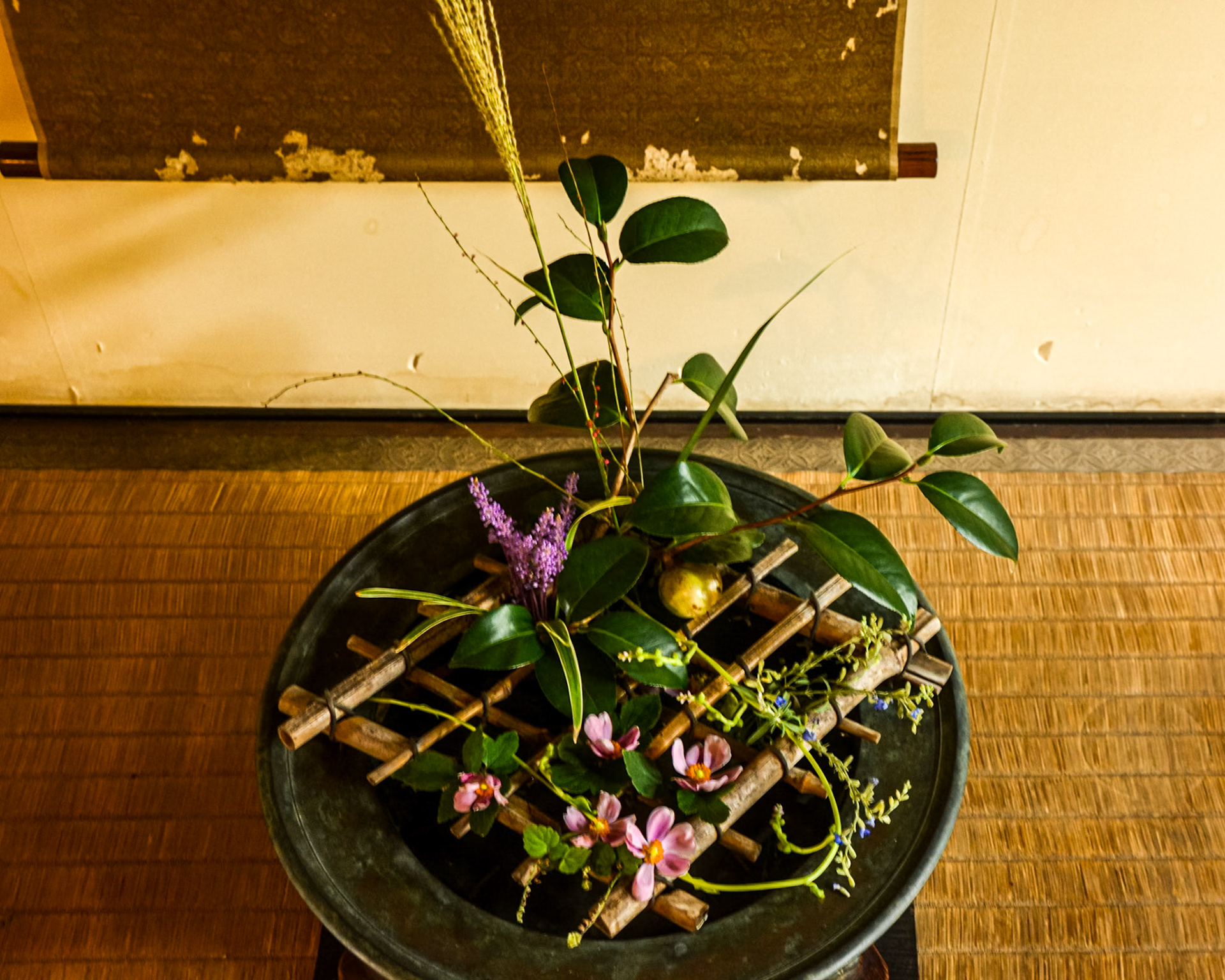
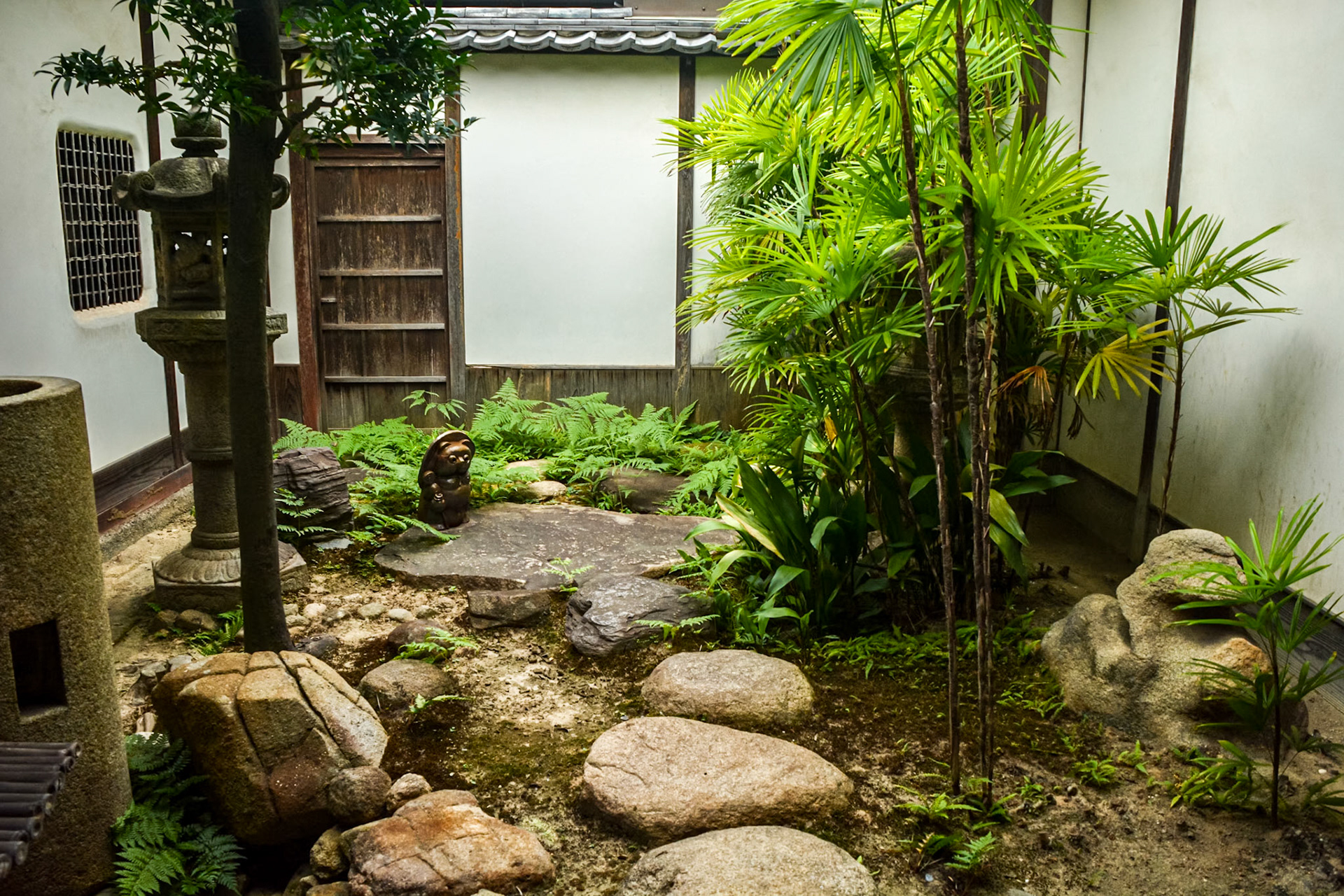
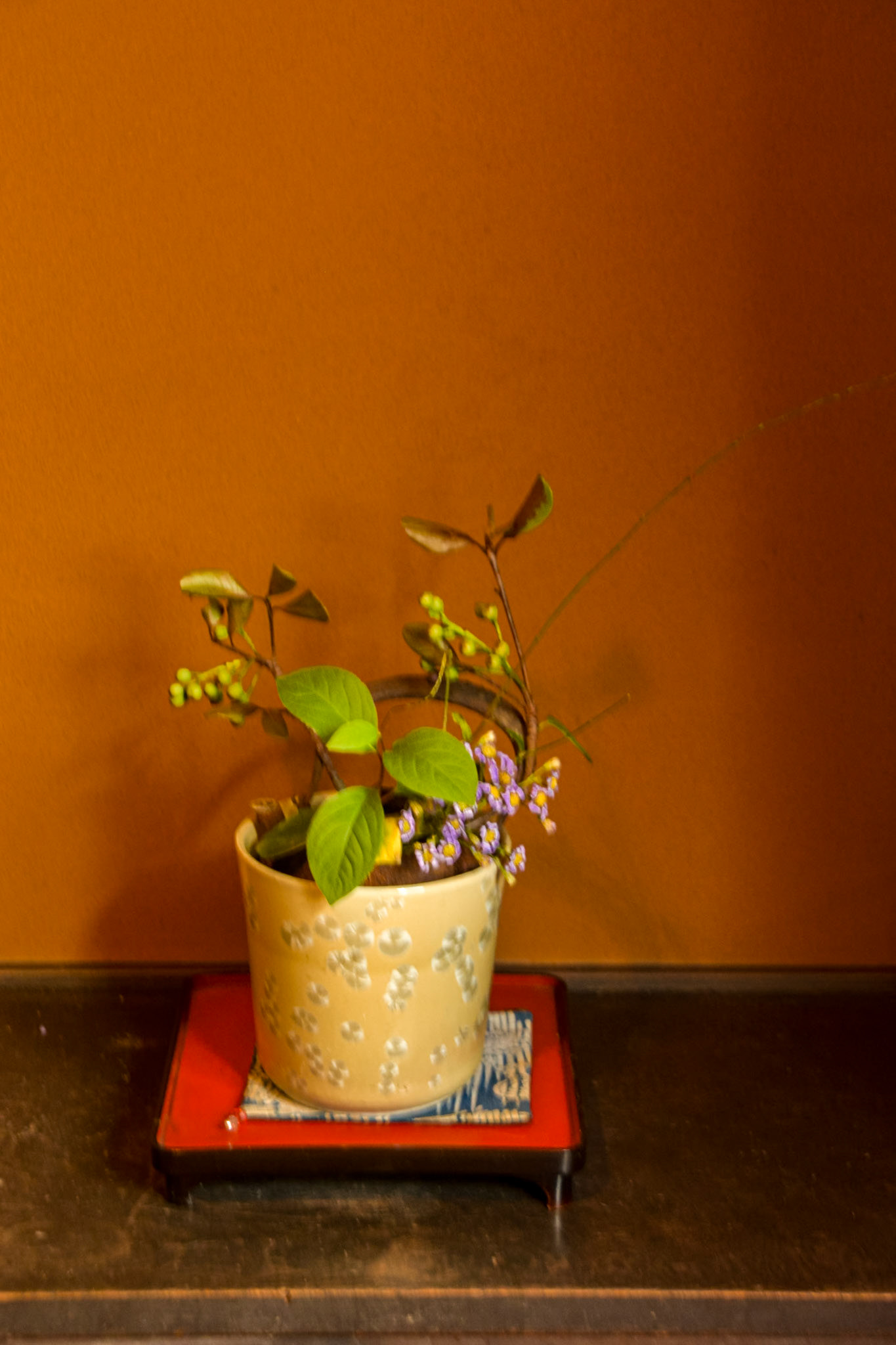
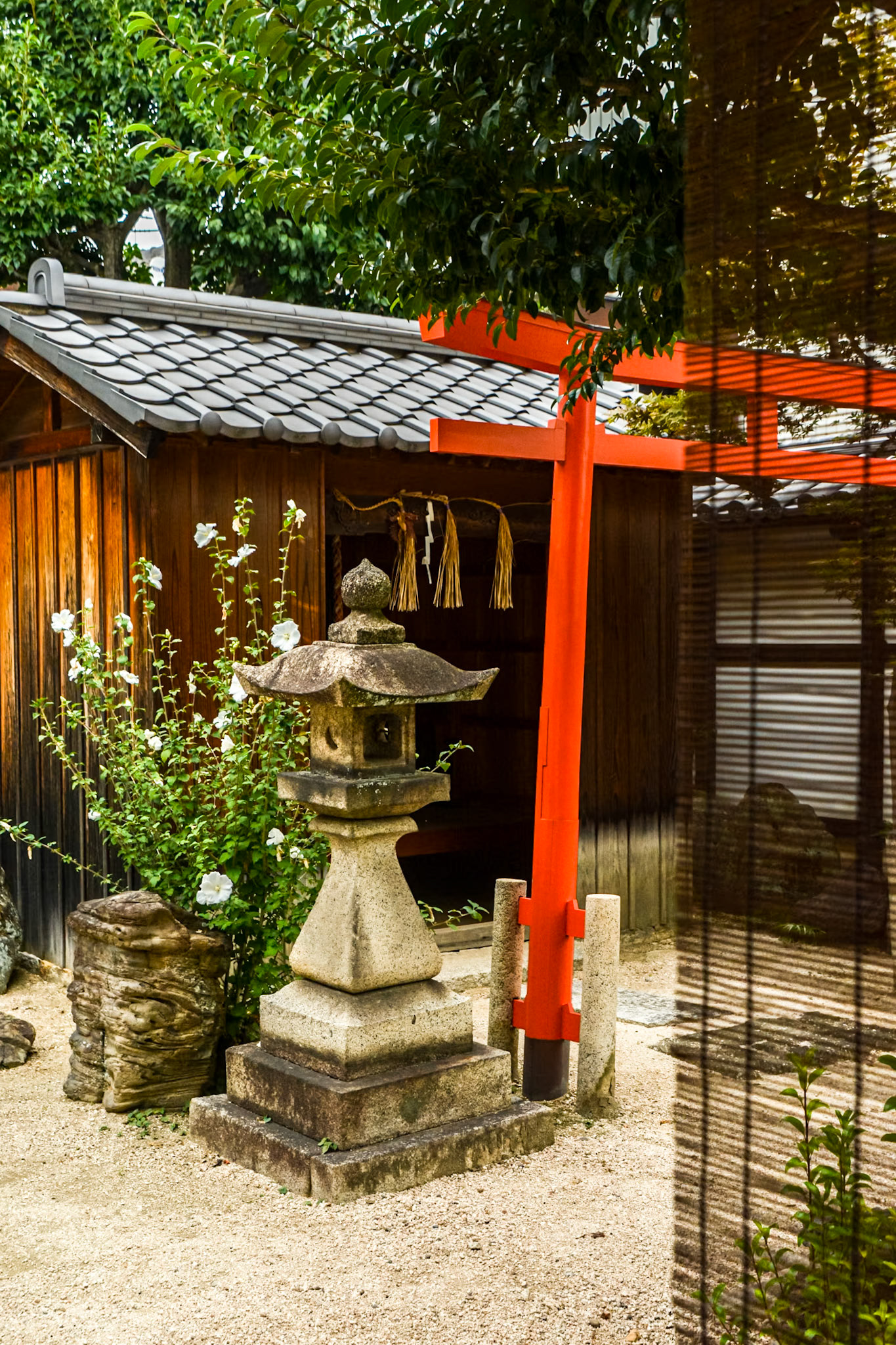
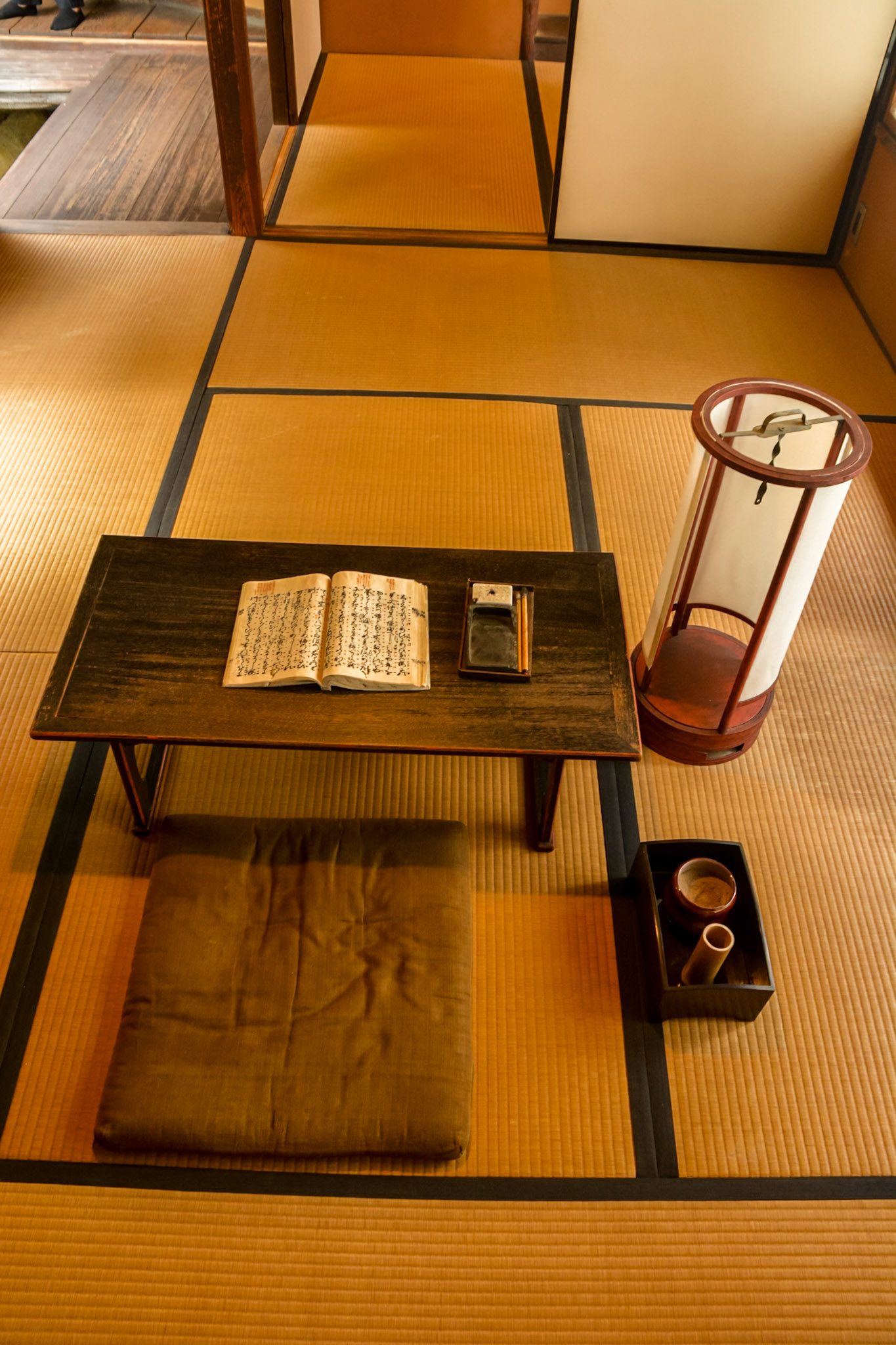
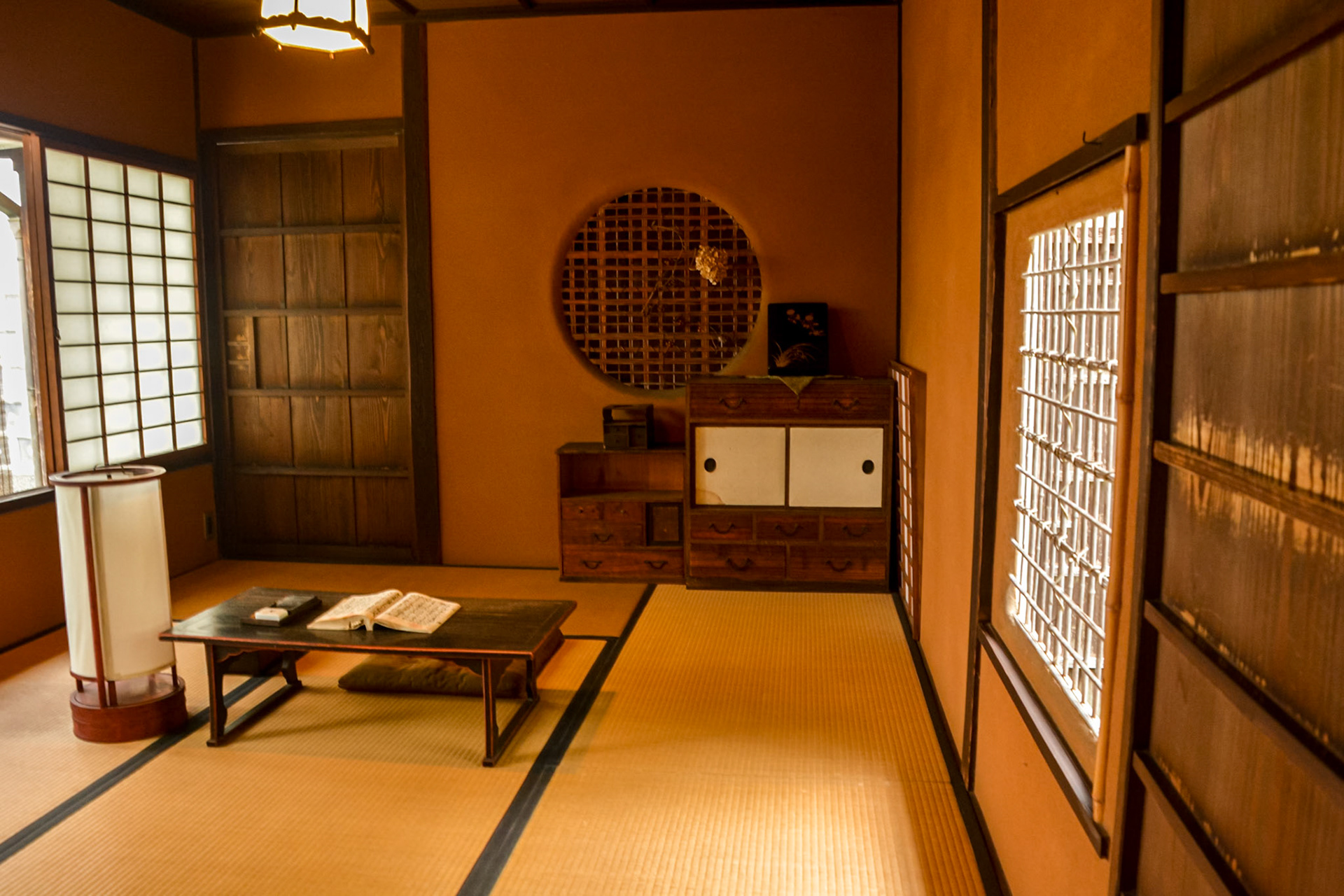
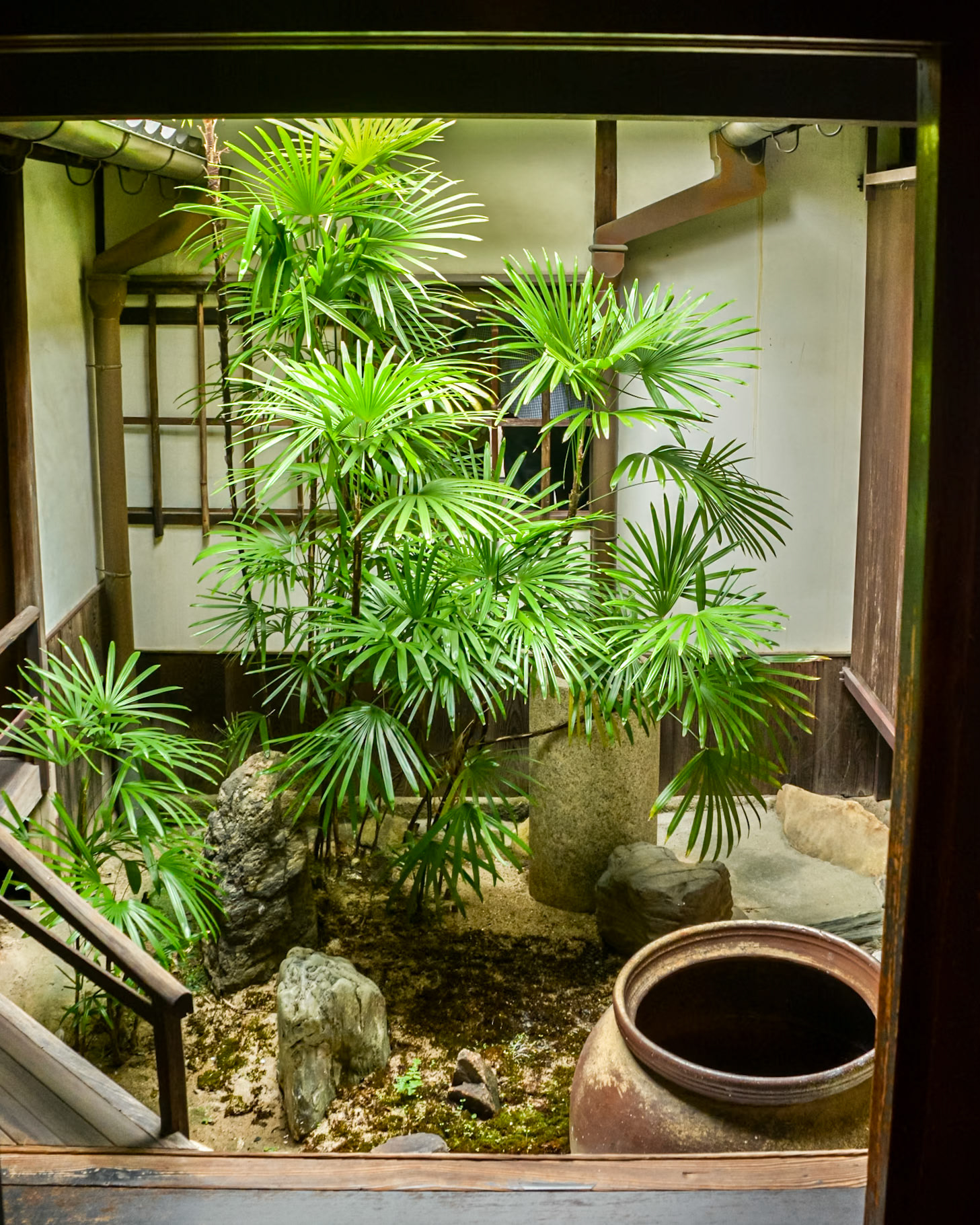



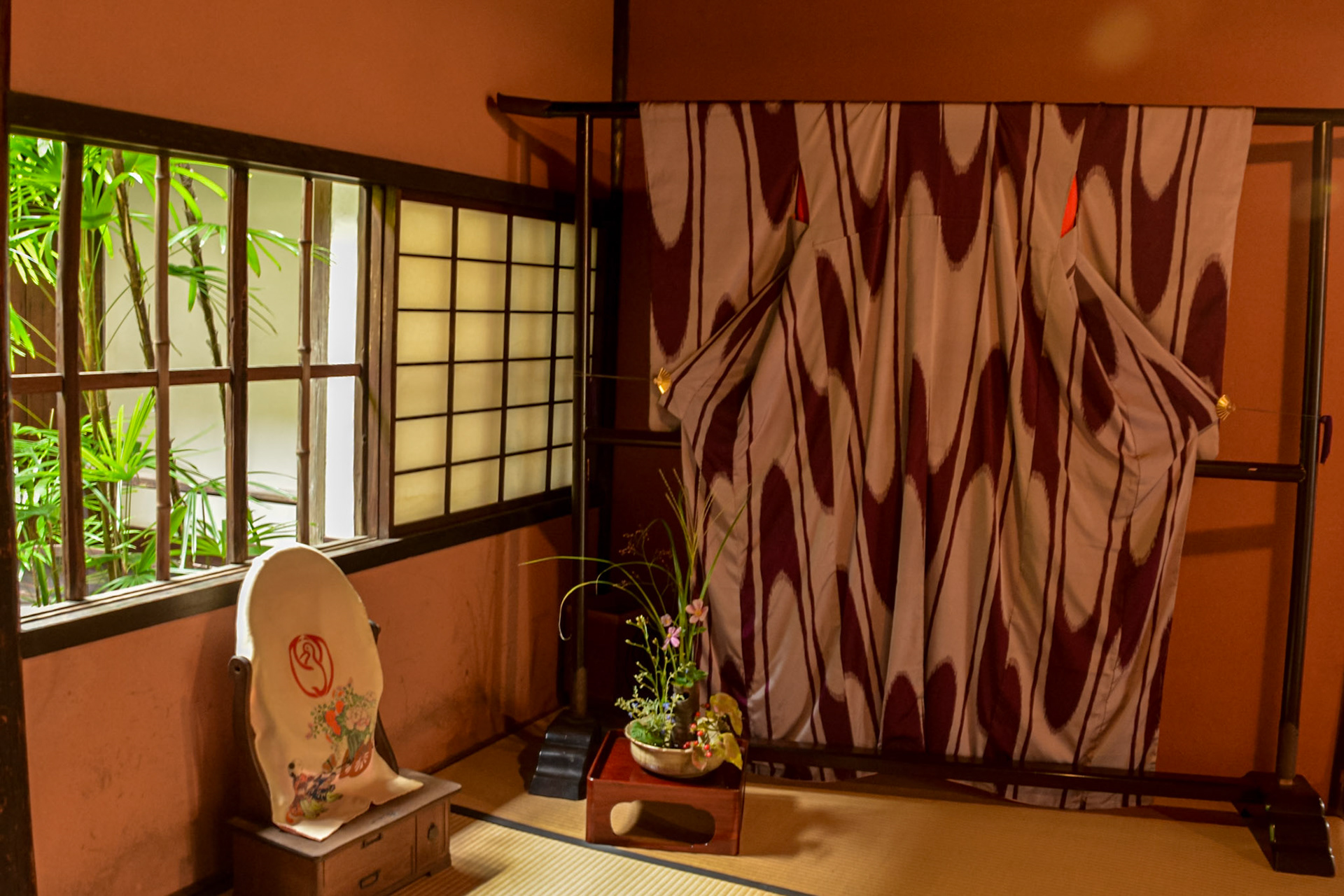

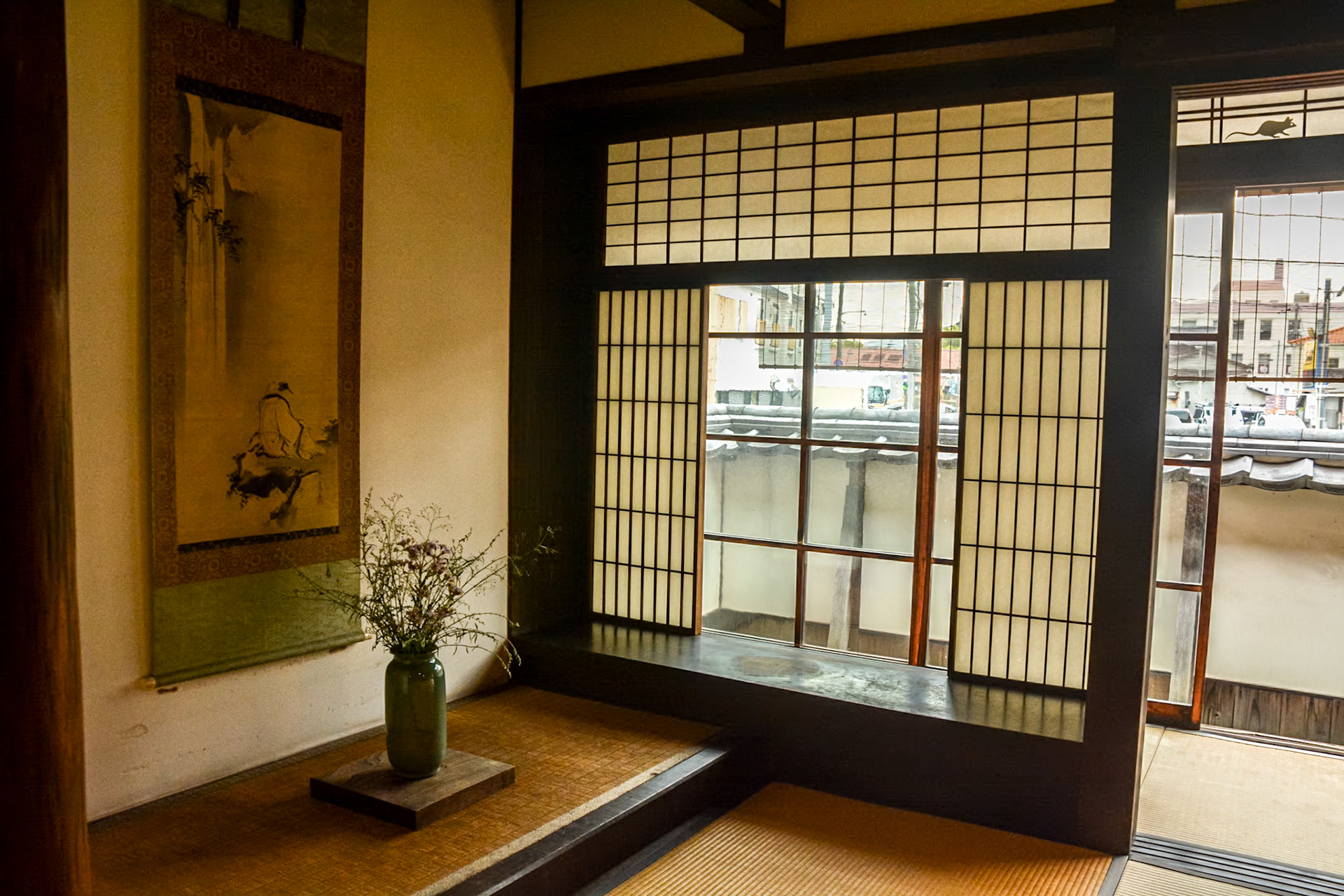
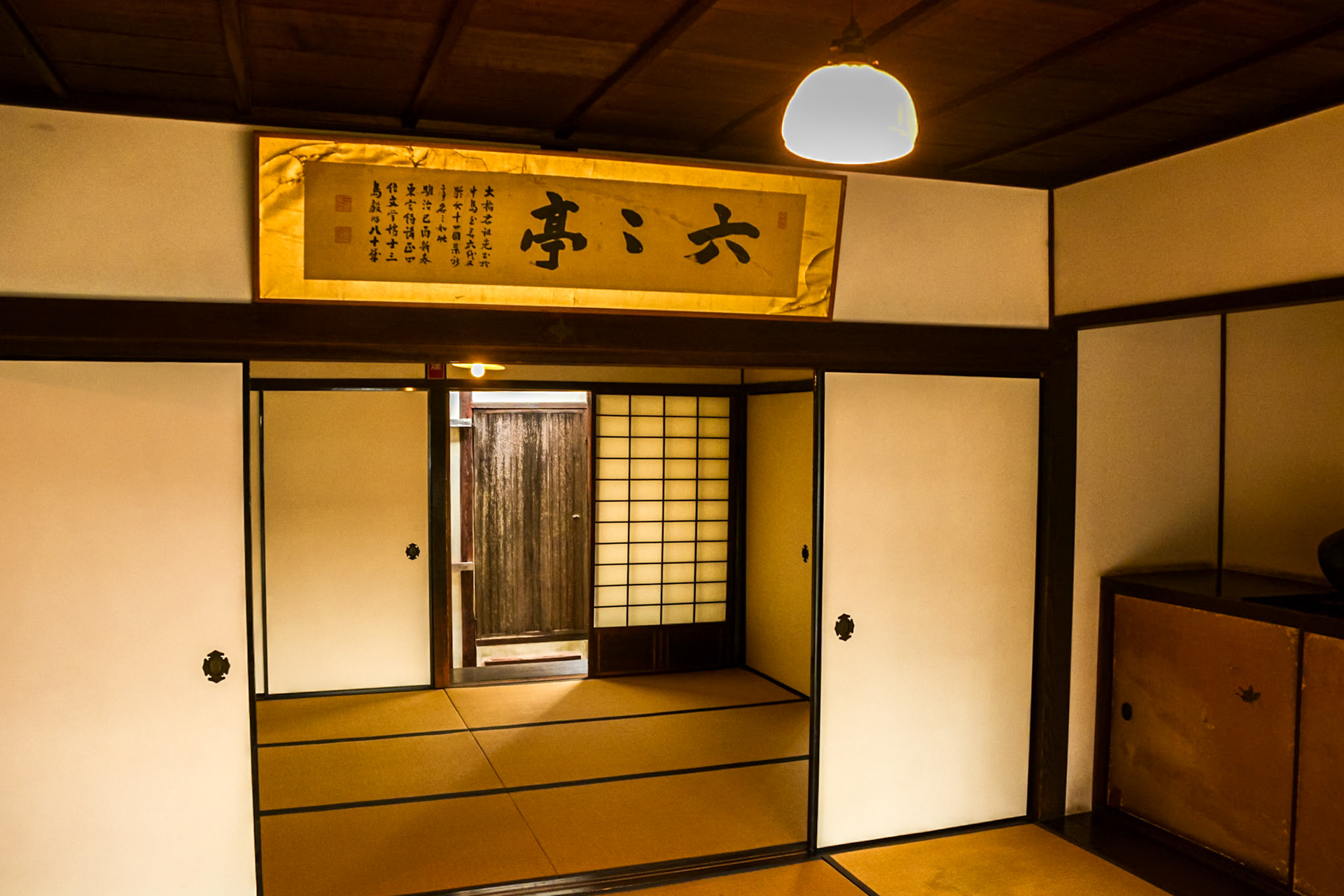
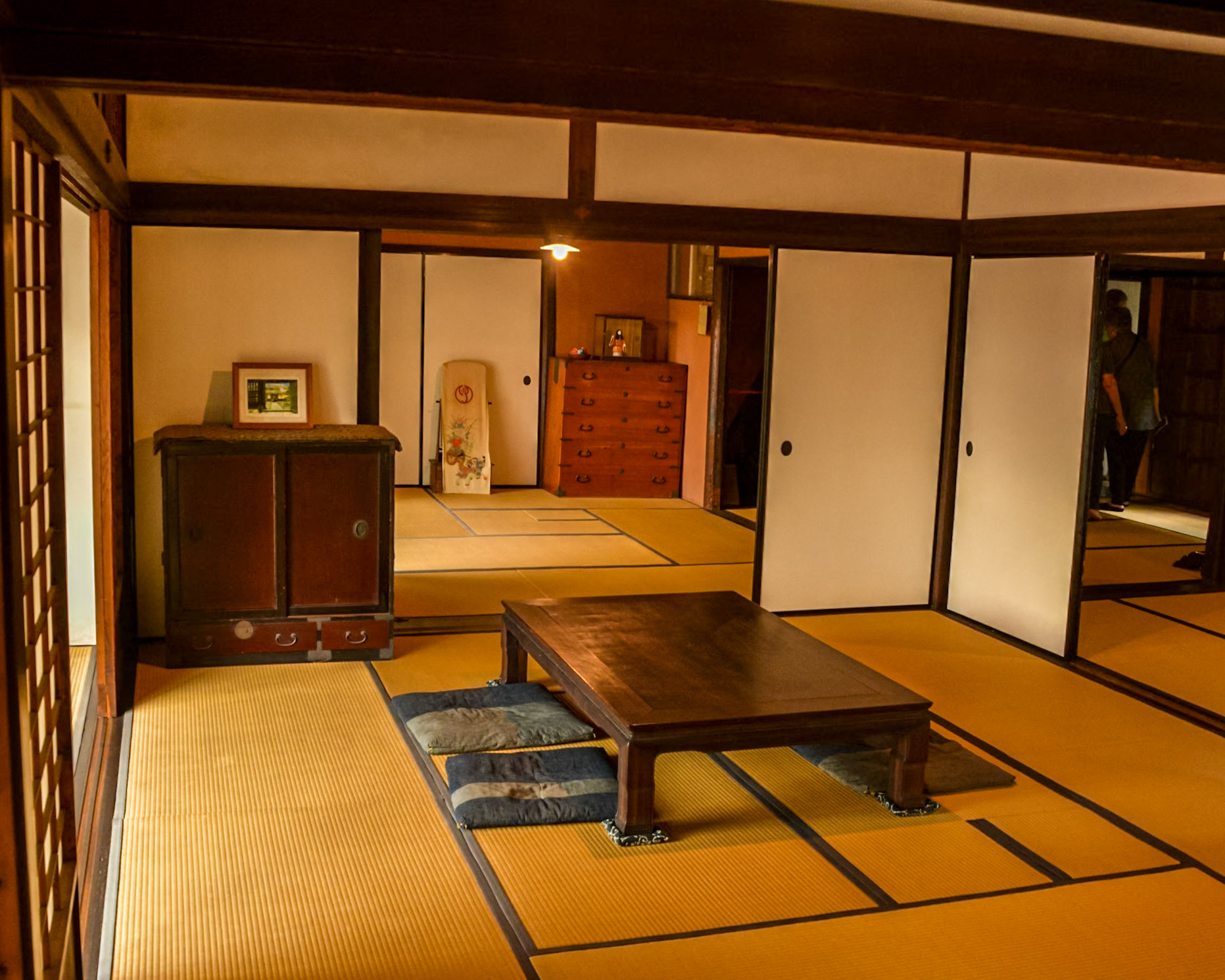

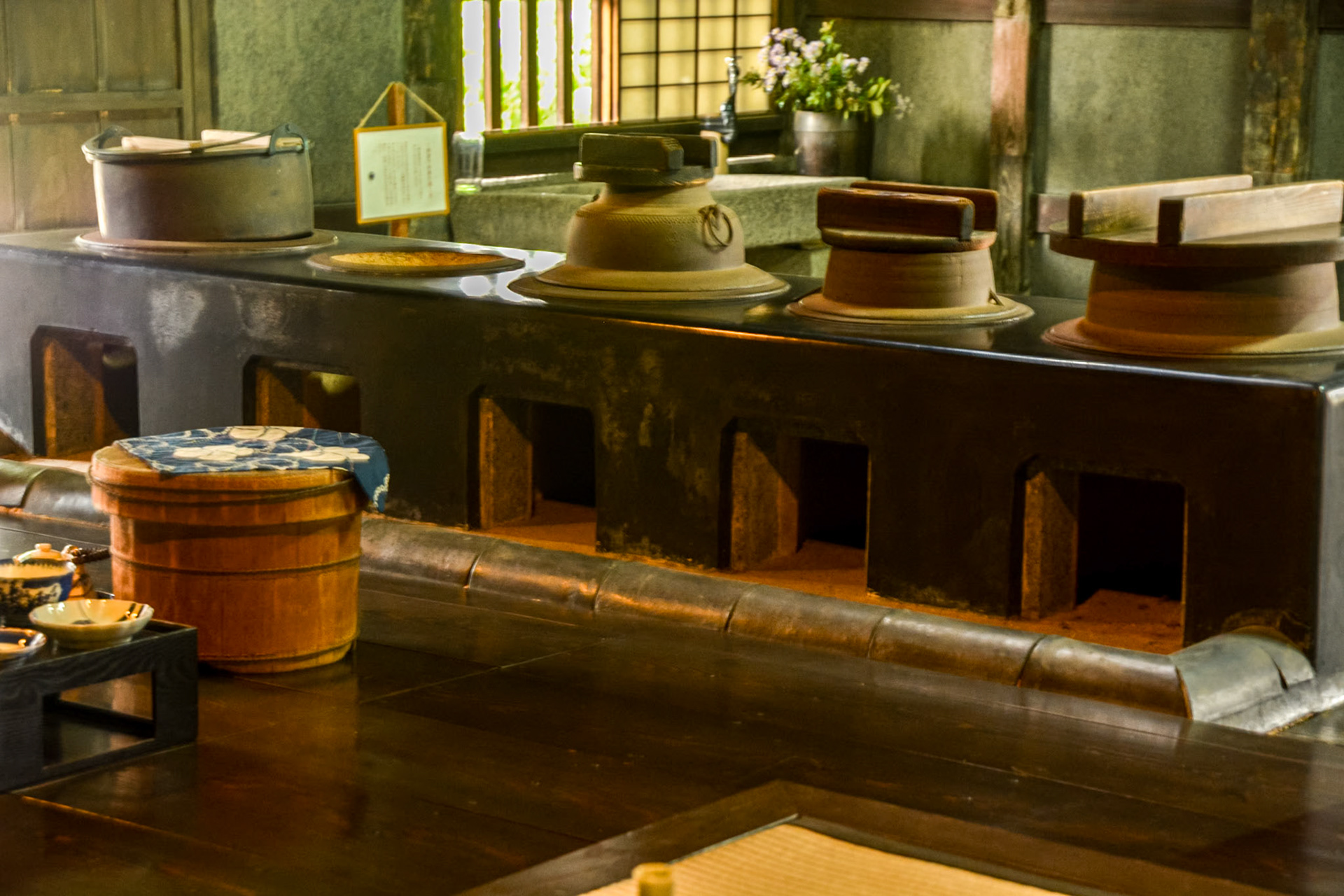

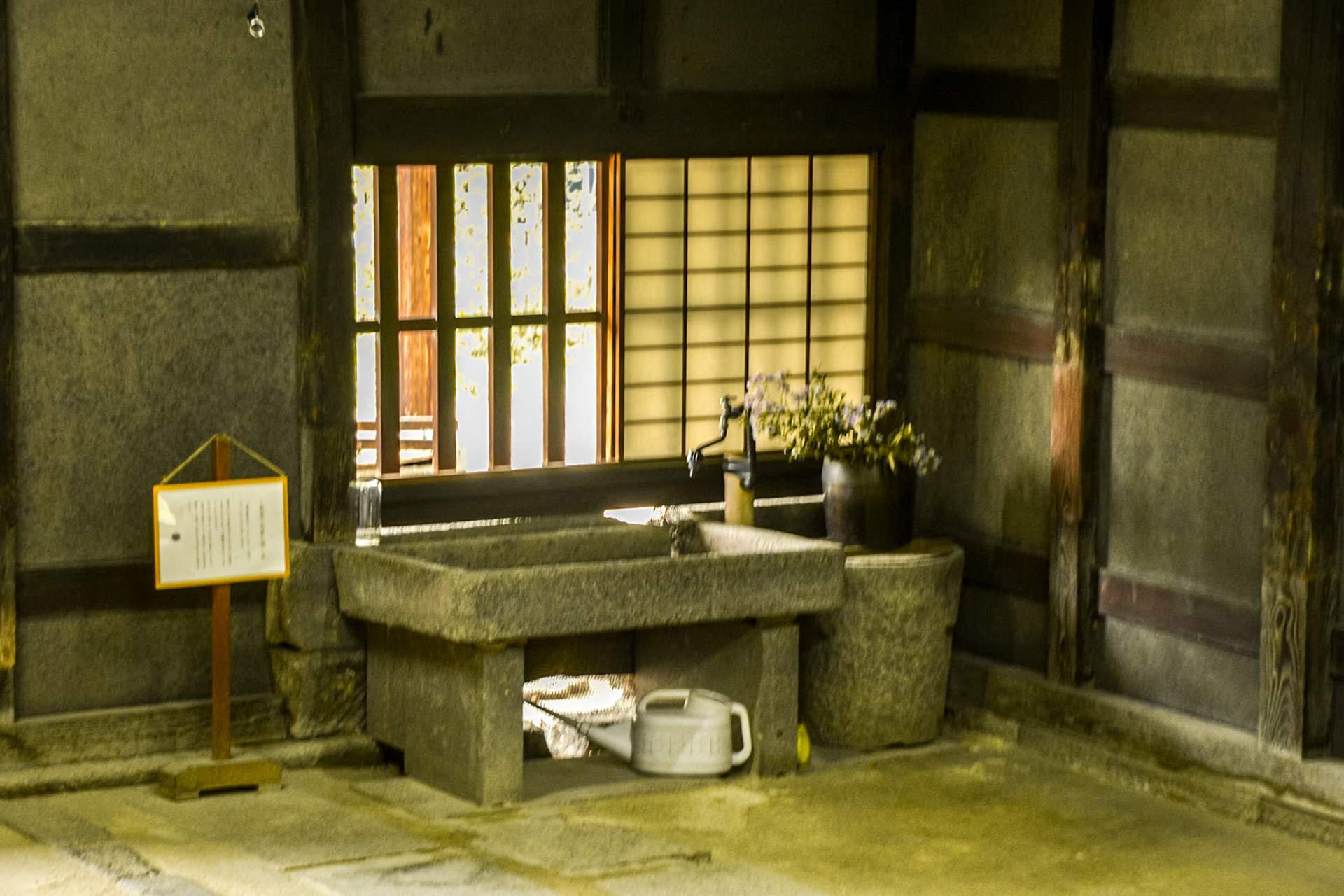
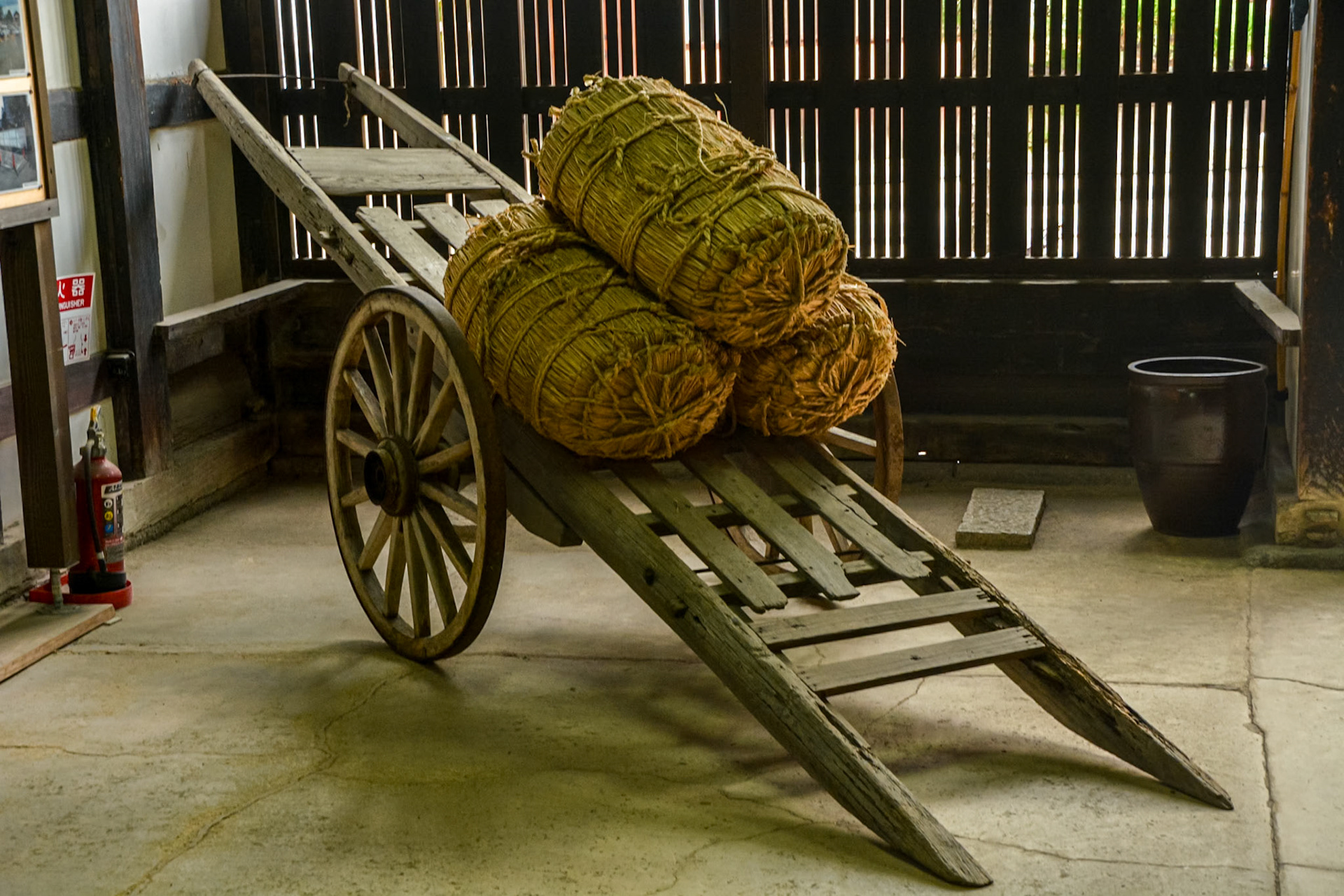
After lunch we stroll around the canal area. A central section of the city's former canal system has been preserved in the Bikan Historical Quarter (Kurashiki Bikan Chiku). The weeping willow trees that line the canal and the stone bridges that cross over the water make for a picturesque scene.
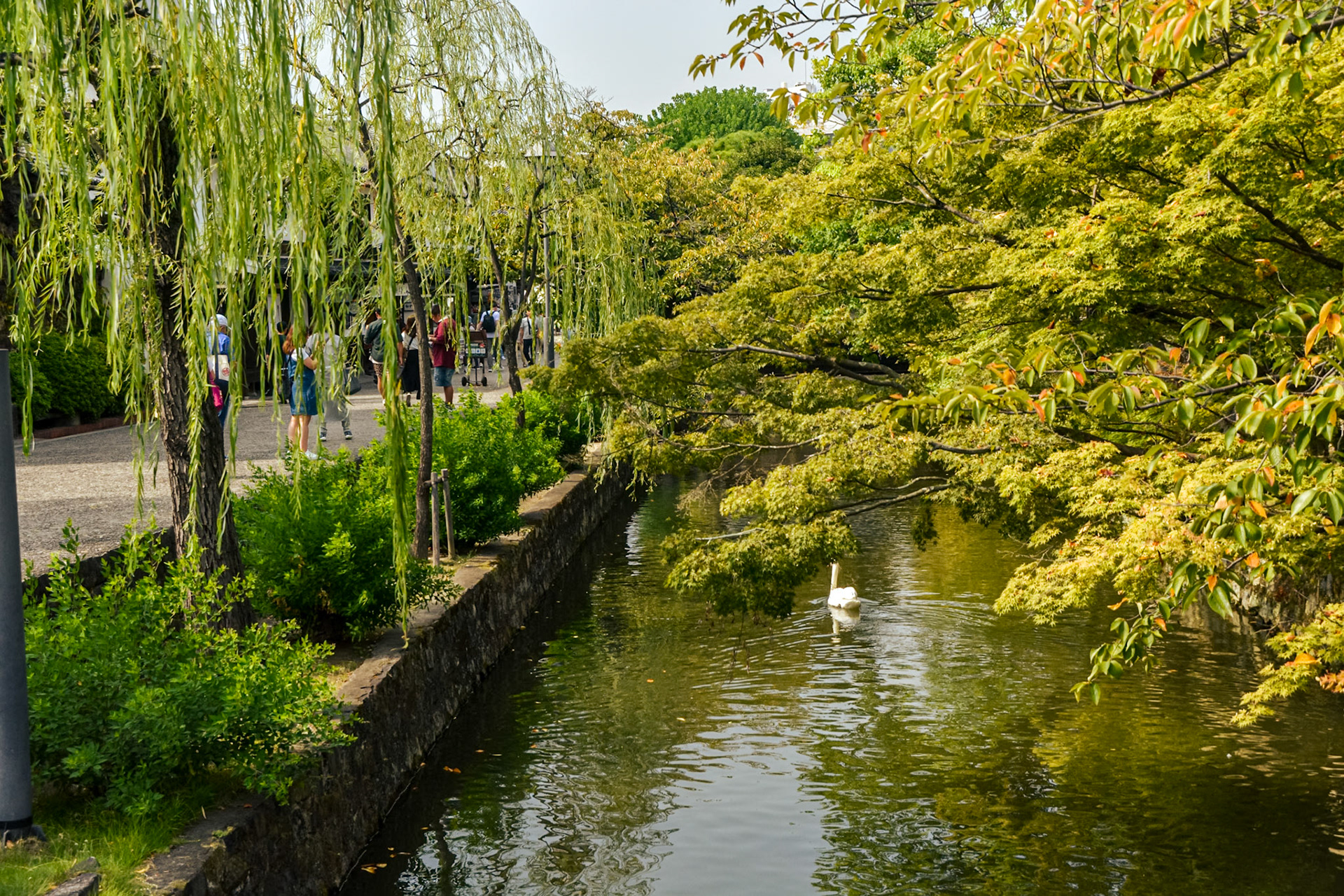
A majestic white swan calmly glides through the canal waters.
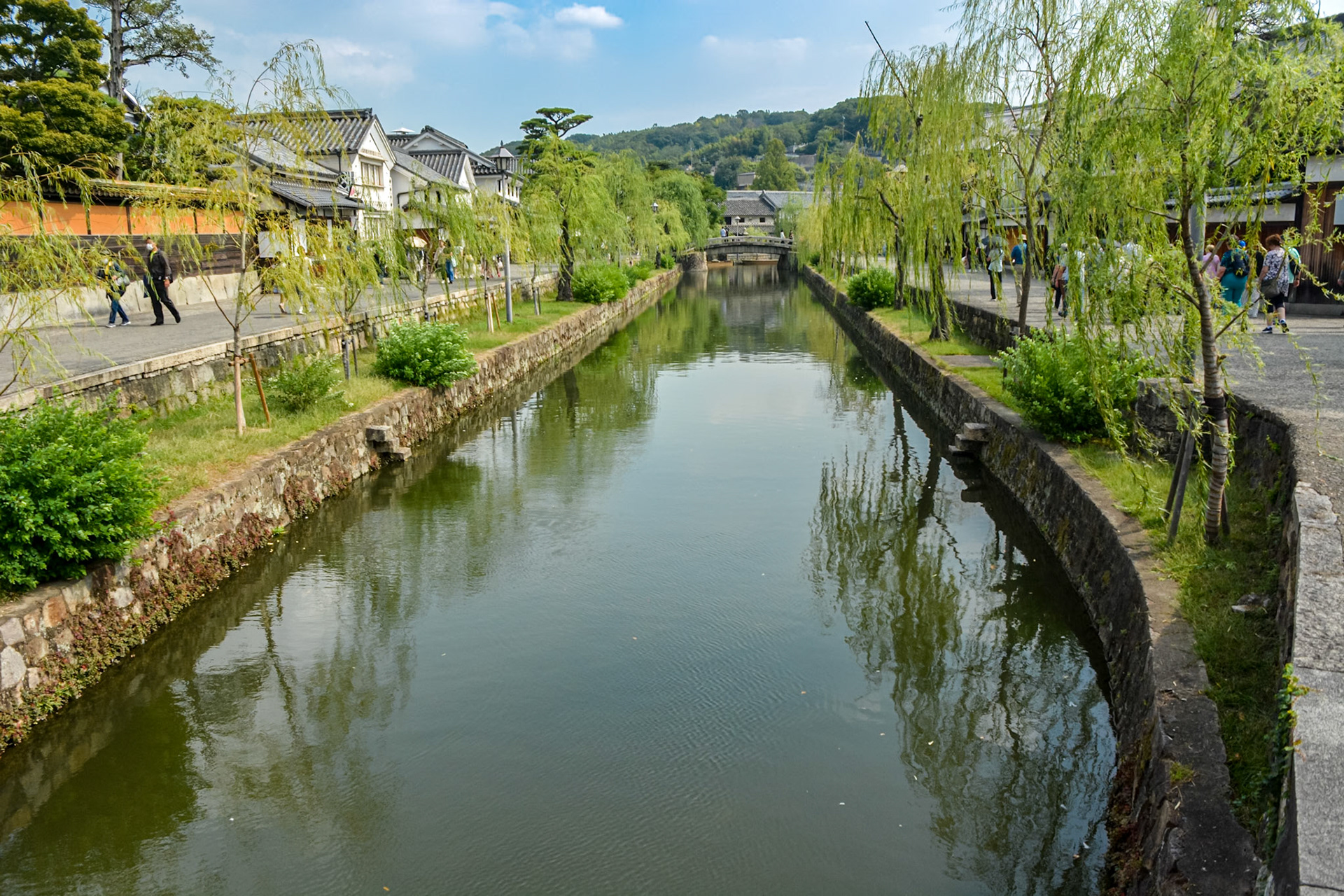
One of the canals in the central section of the city's former canal system which has been preserved in the Bikan Historical Quarter
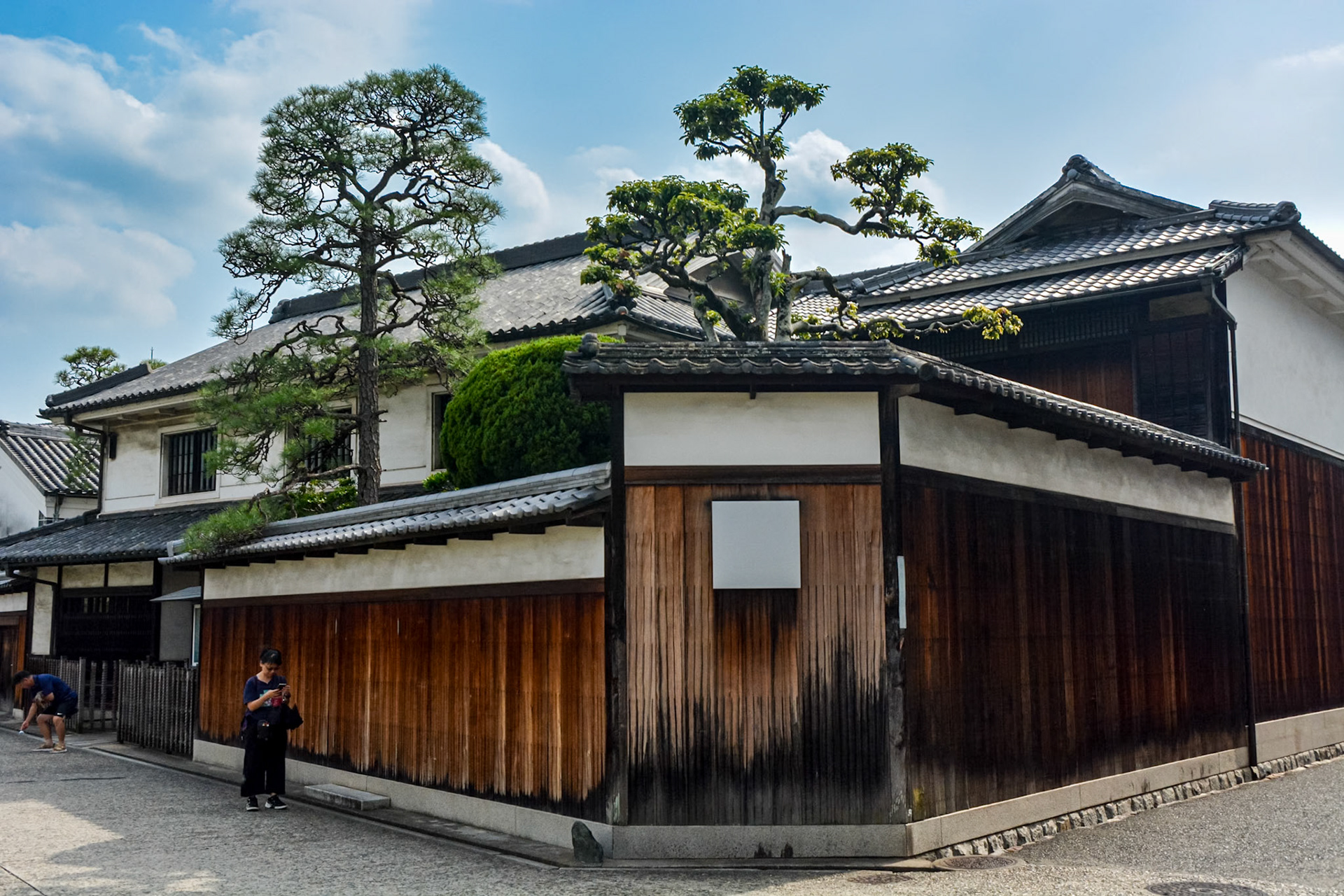
Traditional Japanese housed remain within the Bikan District adjacent the canals.

Traditional timber boats await the tourist trade
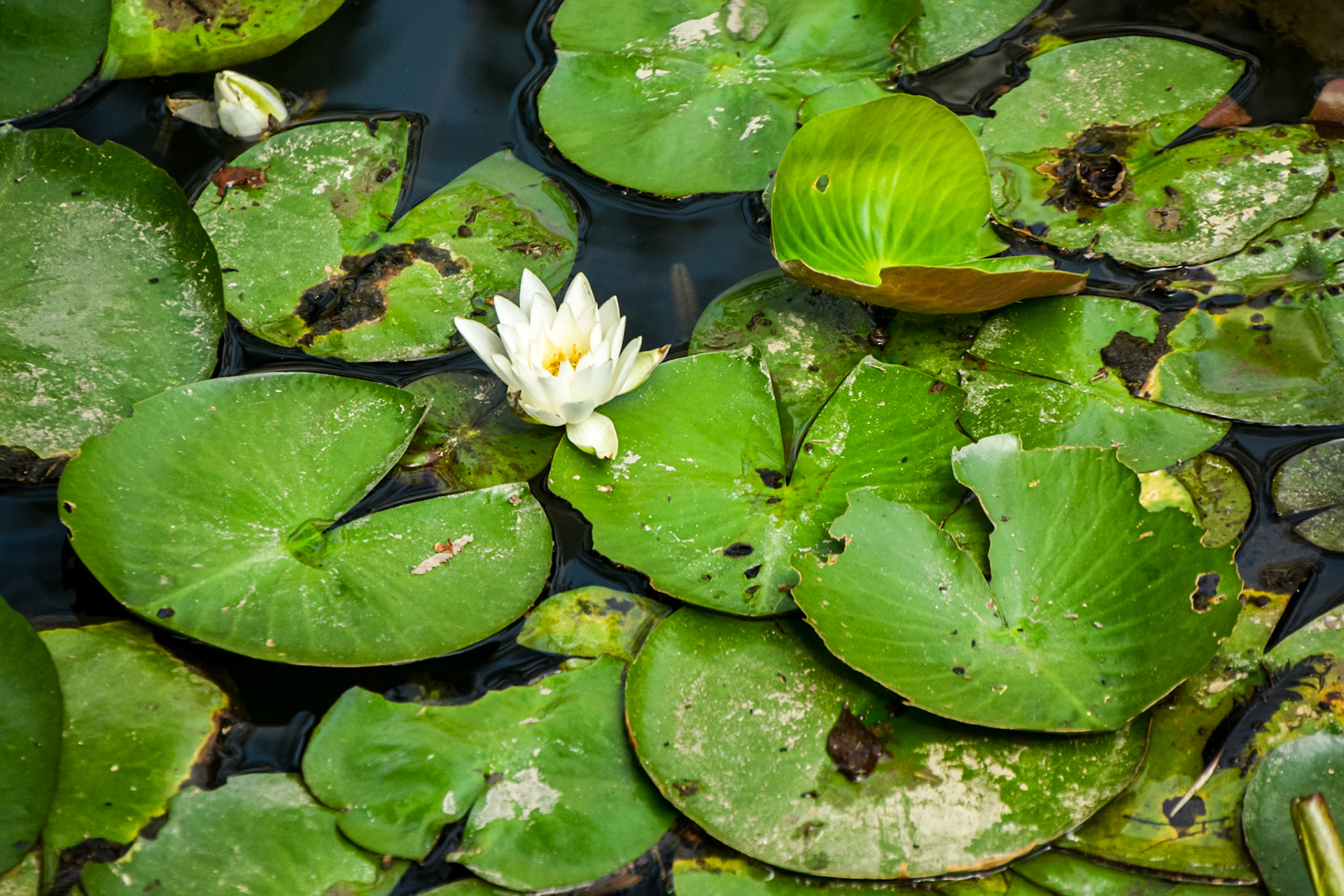
Lotus lilies

Many of the original storehouses that were central to the city's identity, recognizable by their white walls and black tiles have been converted into cafes, boutiques, souvenir shops and a number of museums.
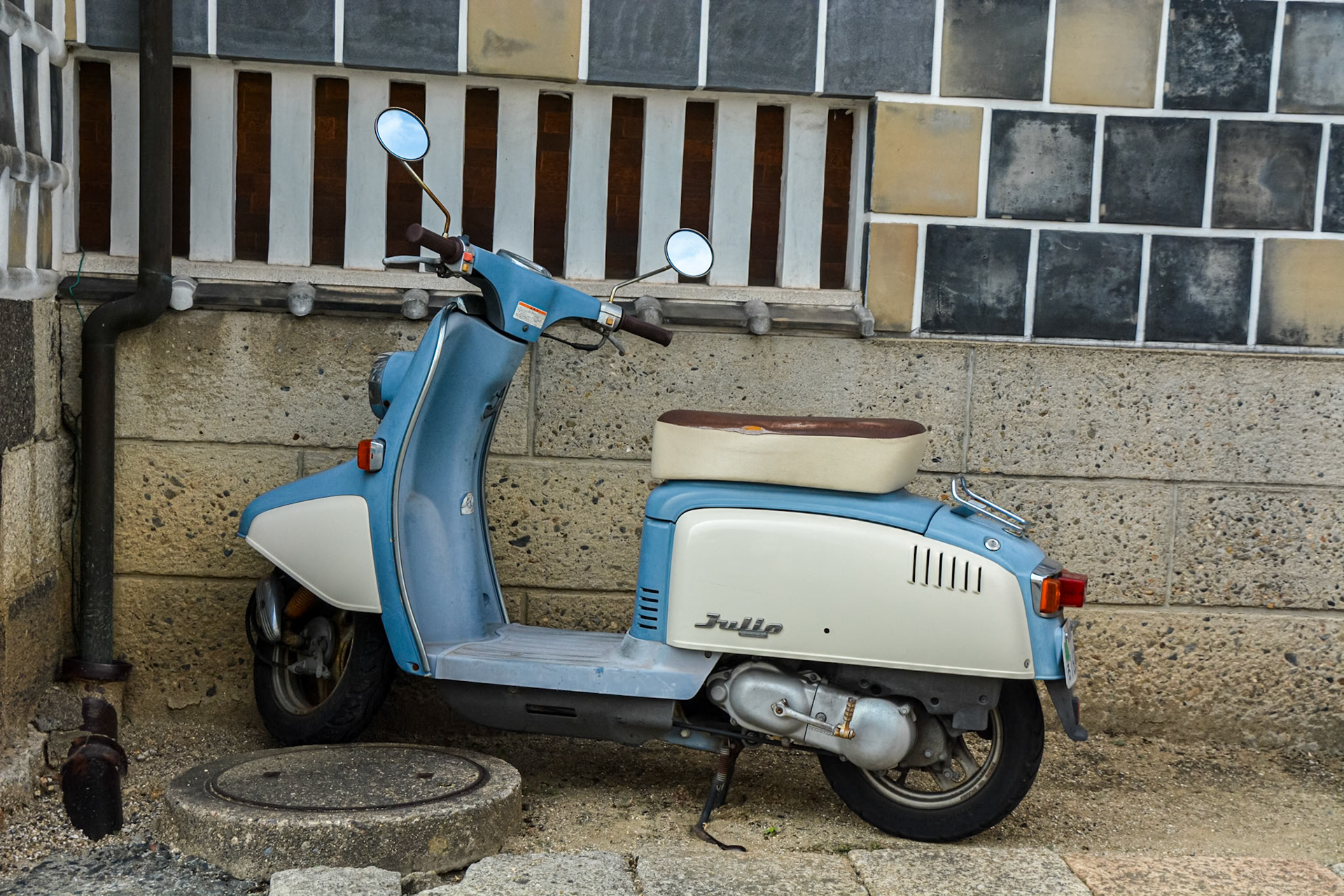
A vintage Honda Julio scooter blends seamlessly within the historical district.
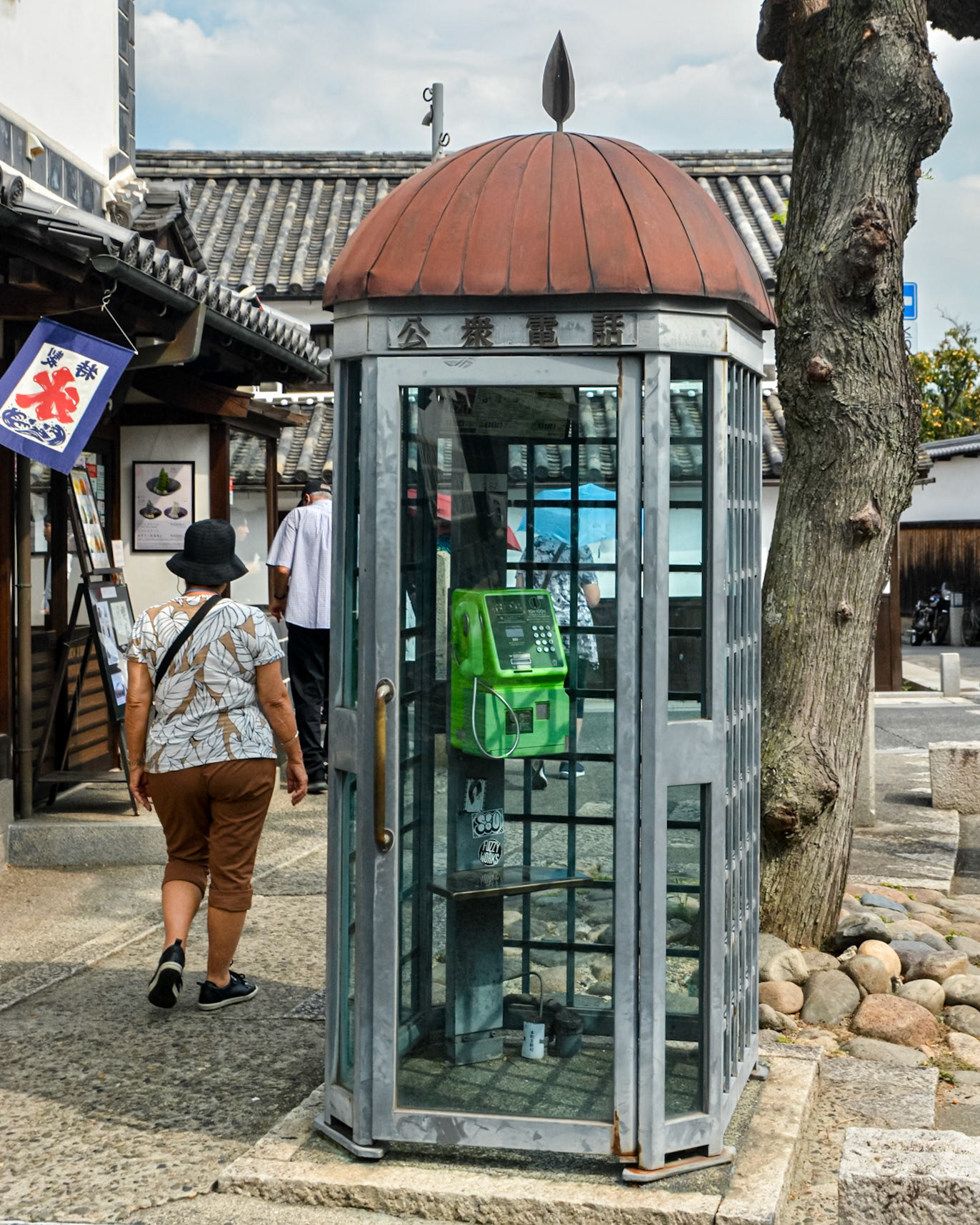
A public phone boot also blends with the period architecture.
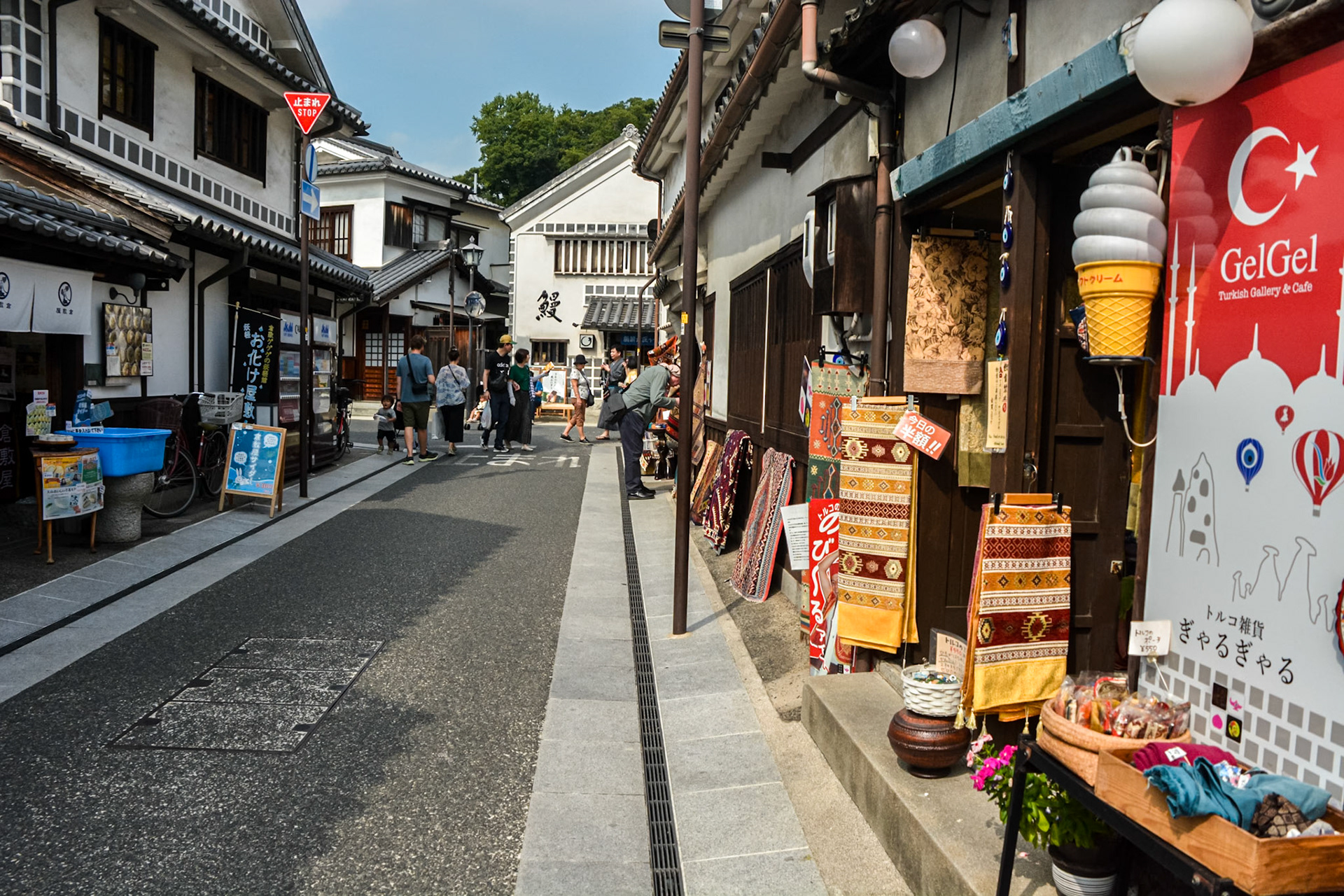
Storehouse shopping street.
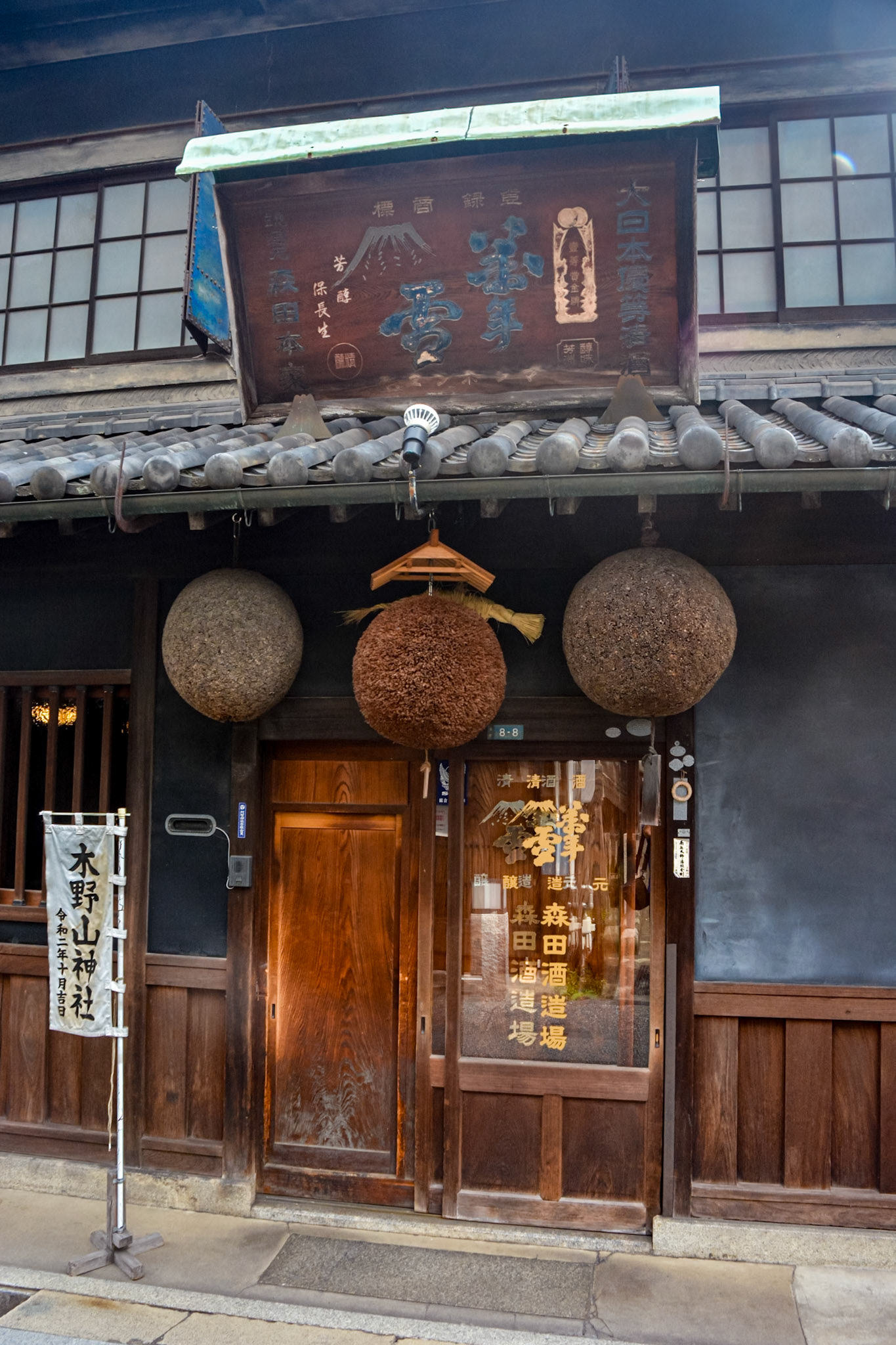
Storehouse shopfront.
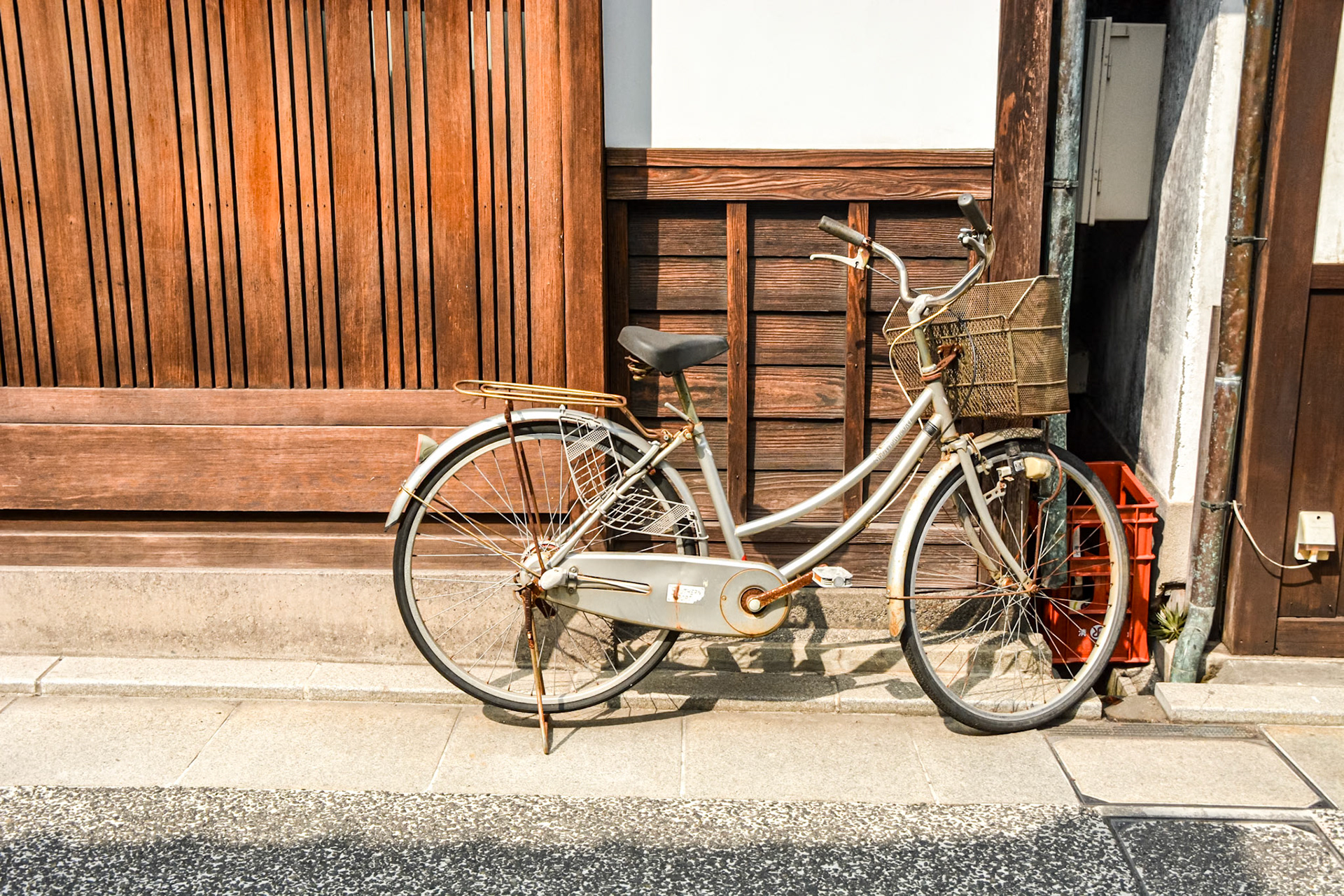
Vintage bicycle.
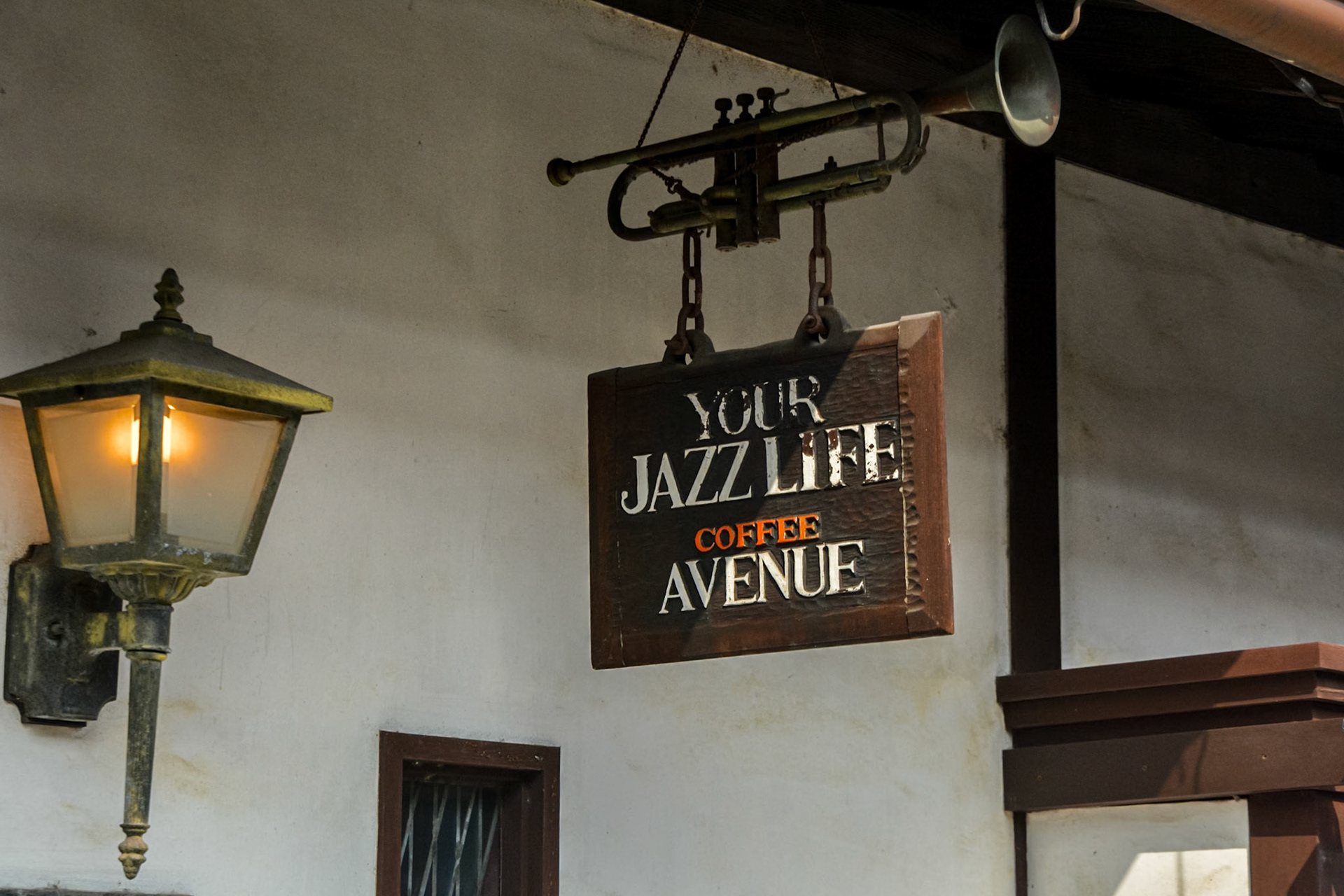
You jazz and caffeine fix all in the one location.

Storehouse shopping street.

Selfie at Felicite cafe.

Felicite - "antique et cafe"
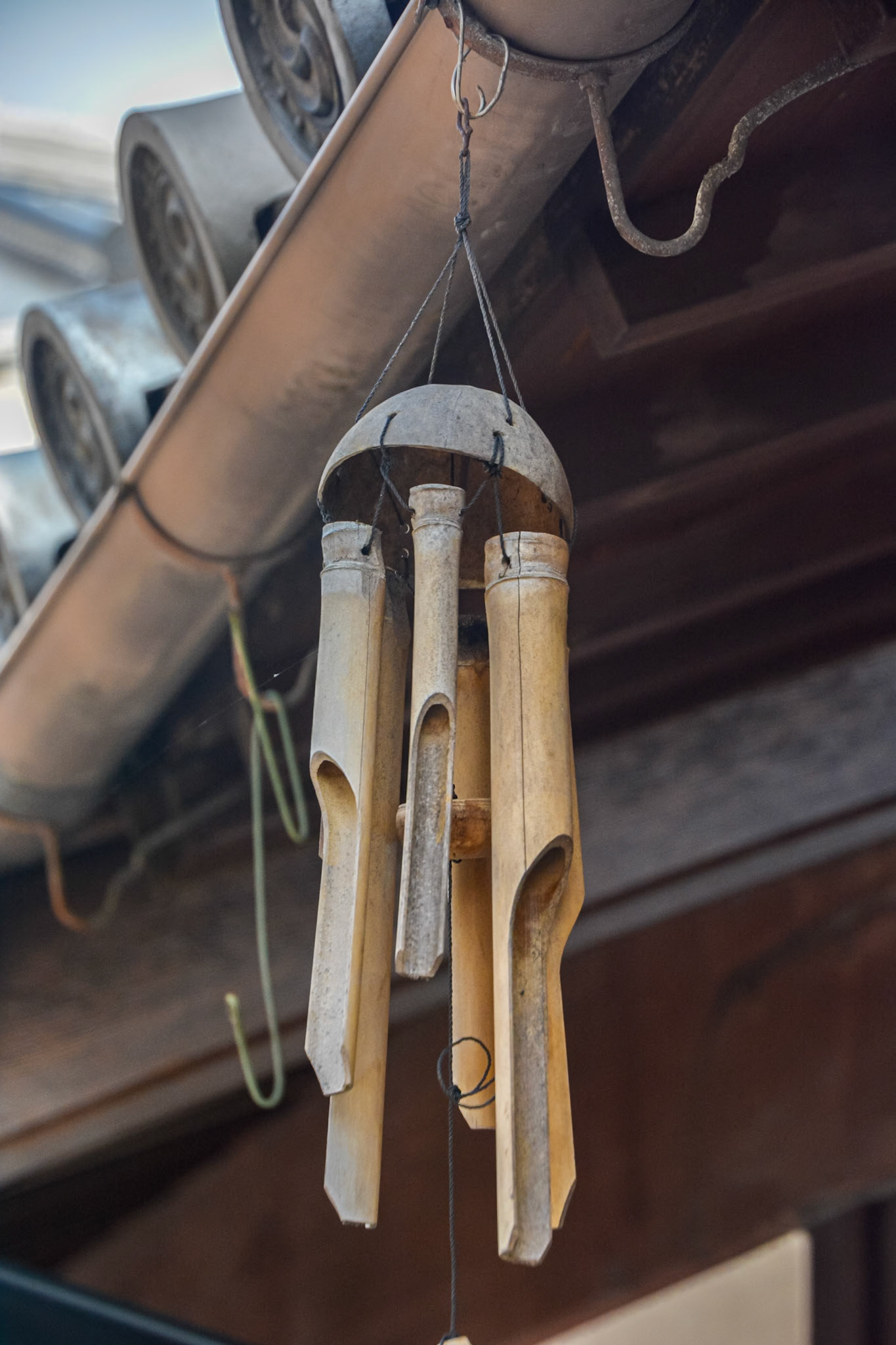
Bamboo wind chimes await a breeze.
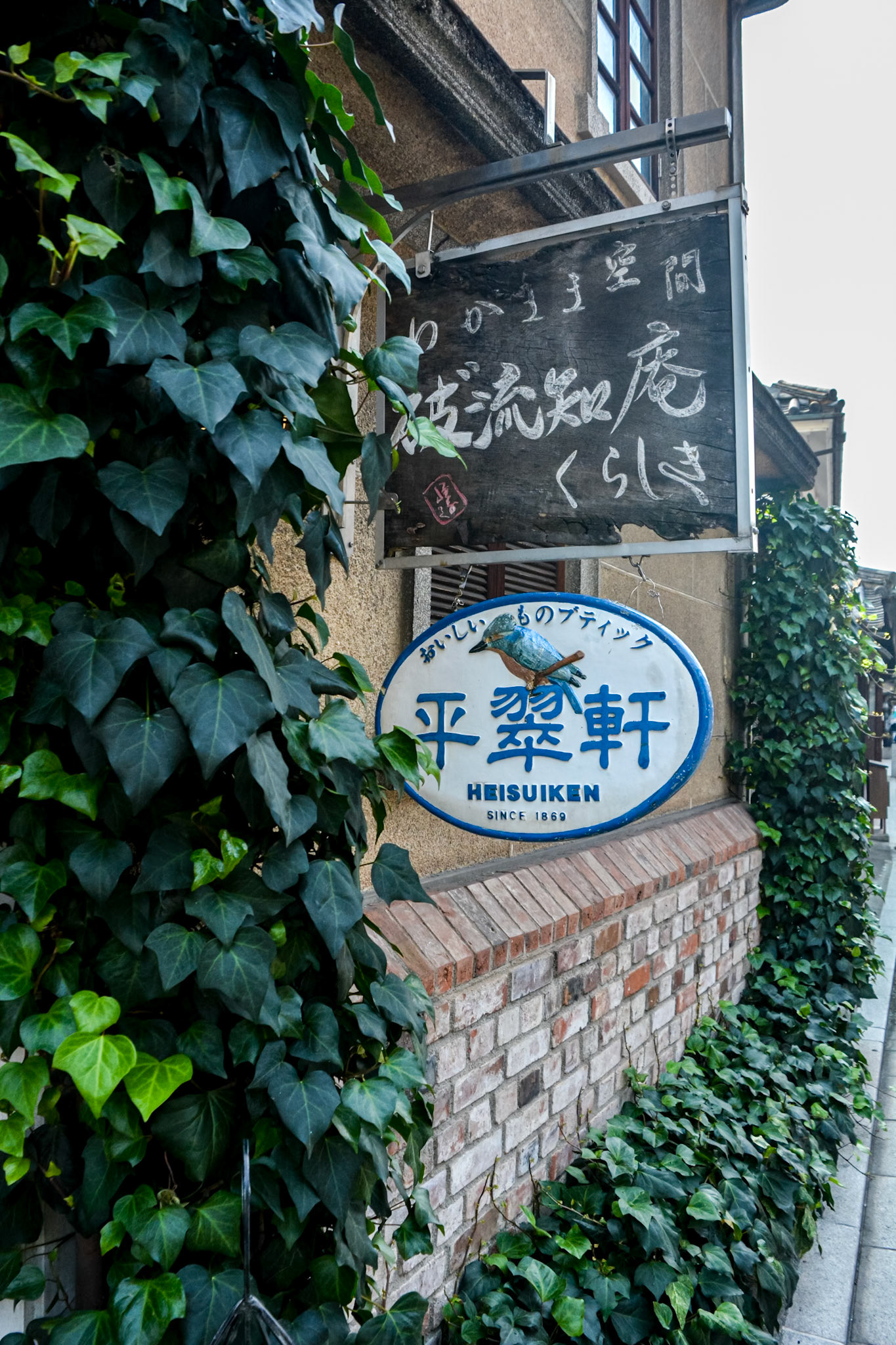
Heisuiken since 1869 - a restaurant.
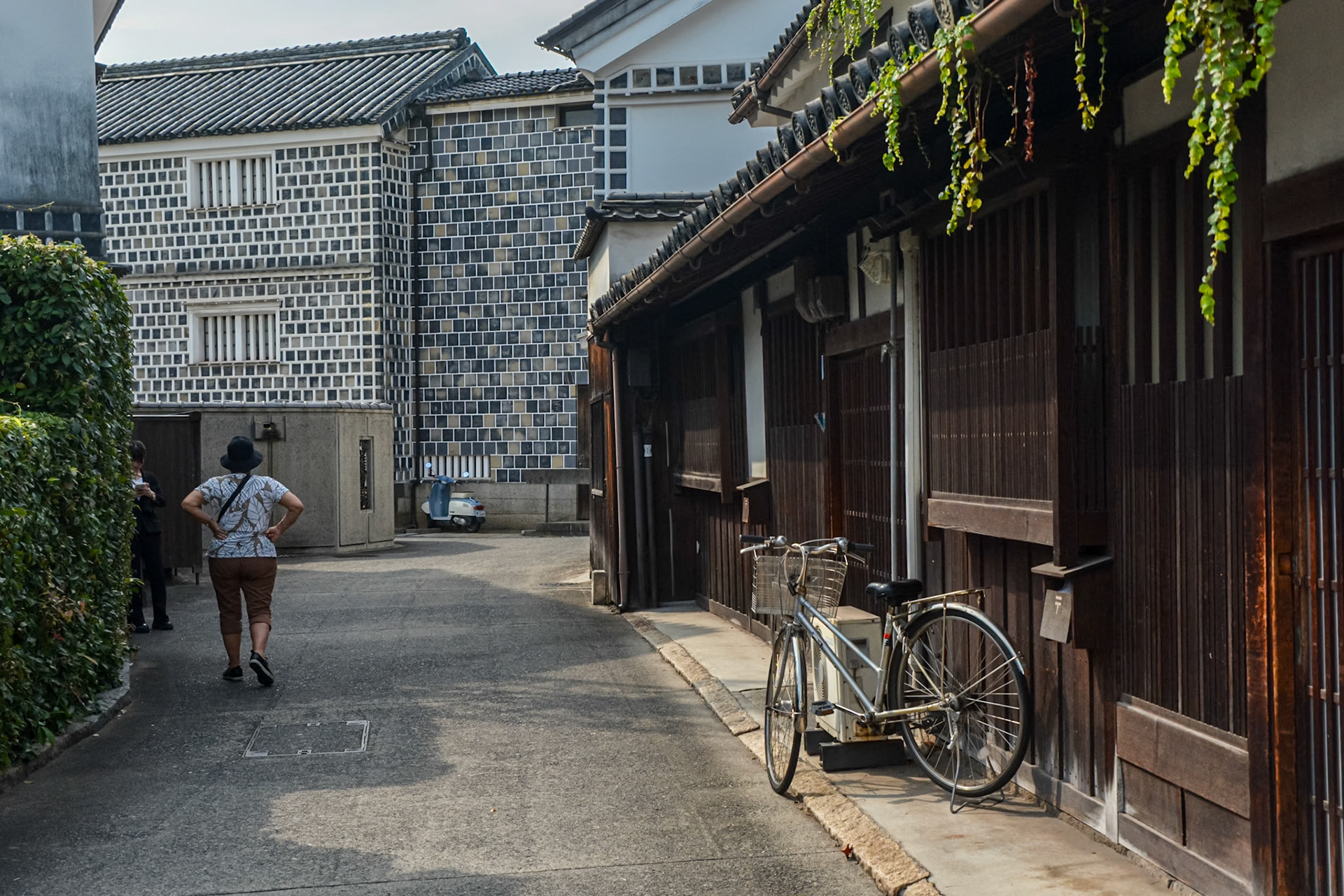
Many of the original storehouses with their distinctive grey and white trellis patterned walls remain in the Bikan Central District.
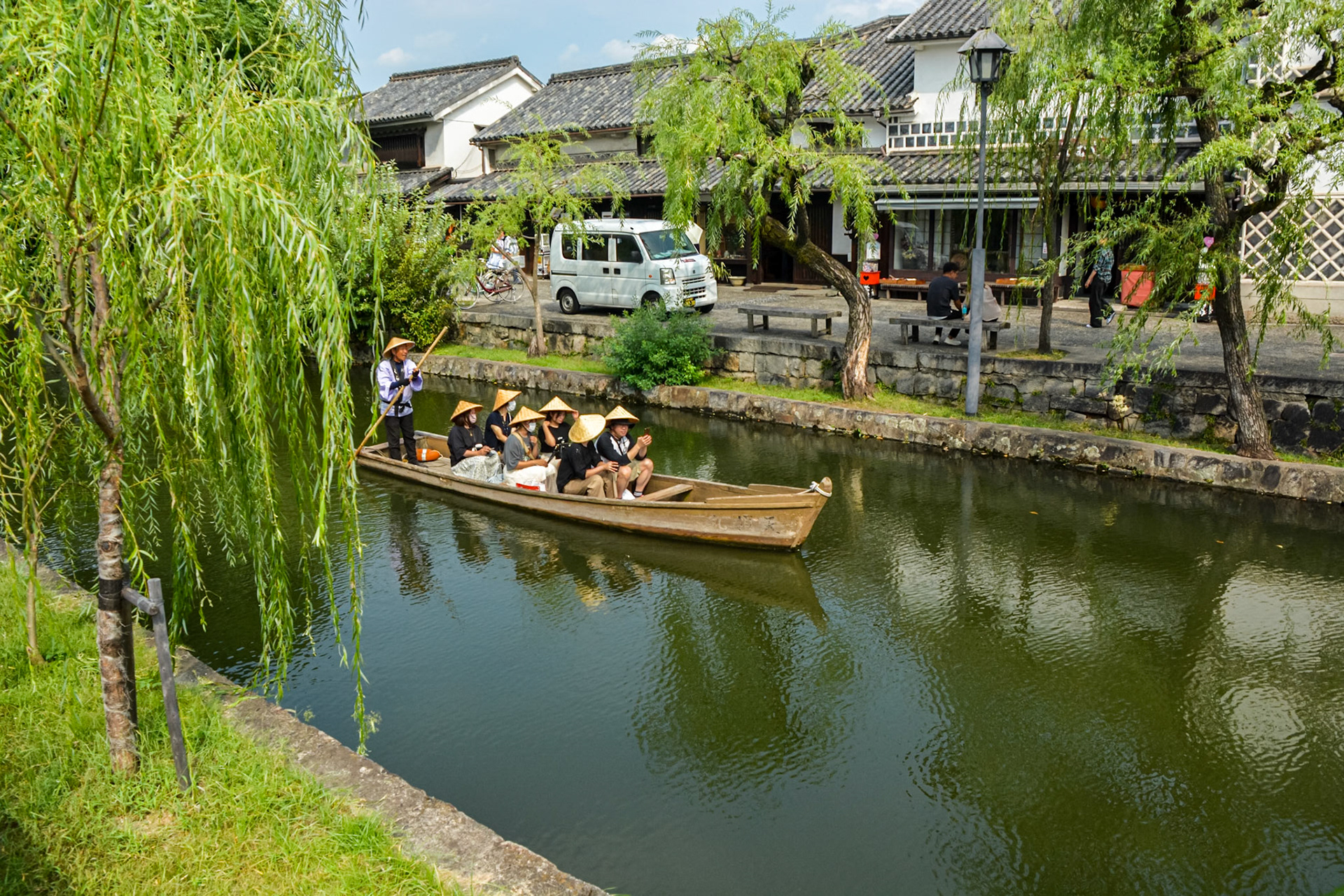
Canal boat rides in a traditional Japanese timber boat.

Canal boat rides adjacent the storehouse shopping street.
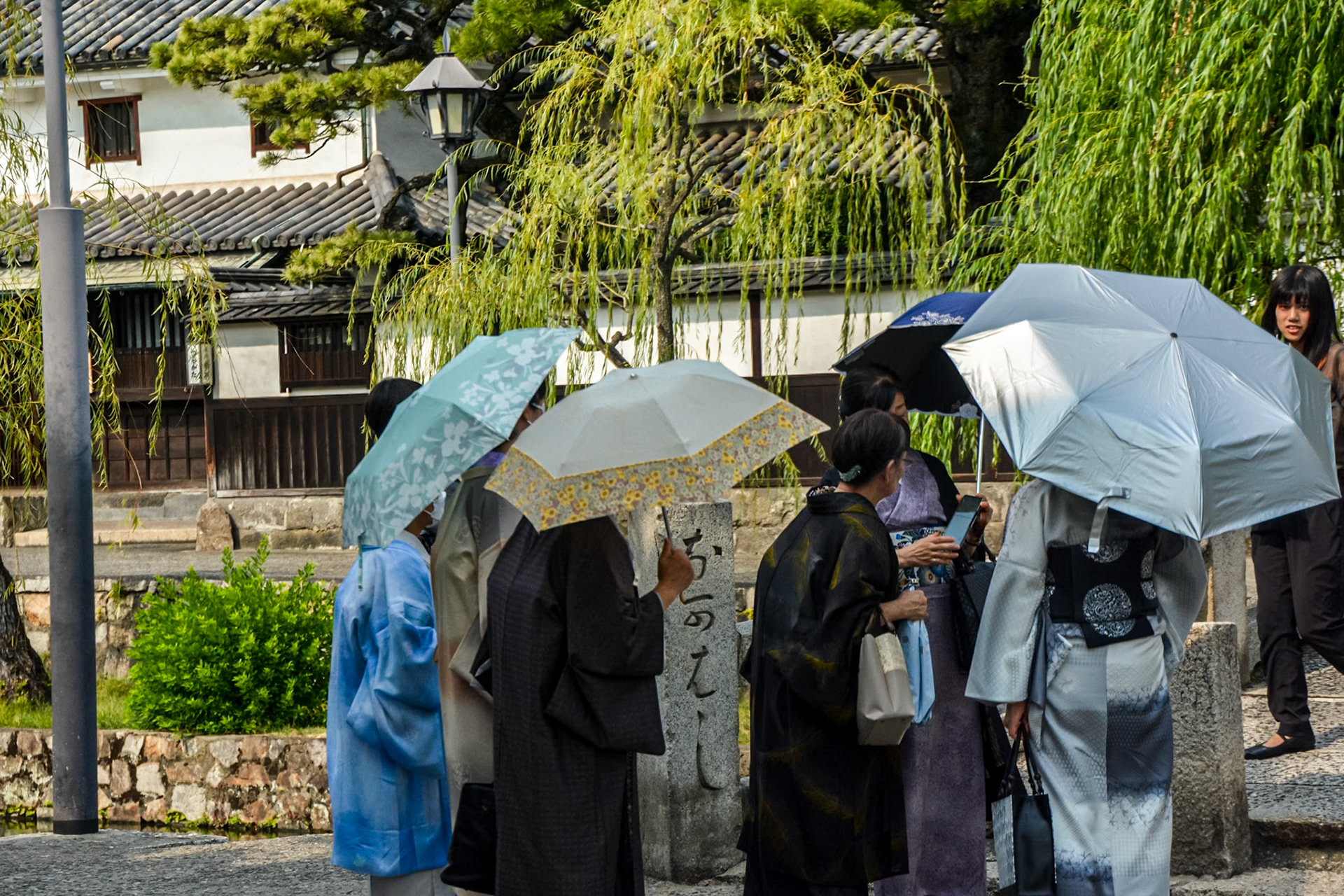
Japanese women in traditional Kimono shelter from the sun's rays beneath their parasols.
Day 11 - Hiroshima and Miyajima Island.
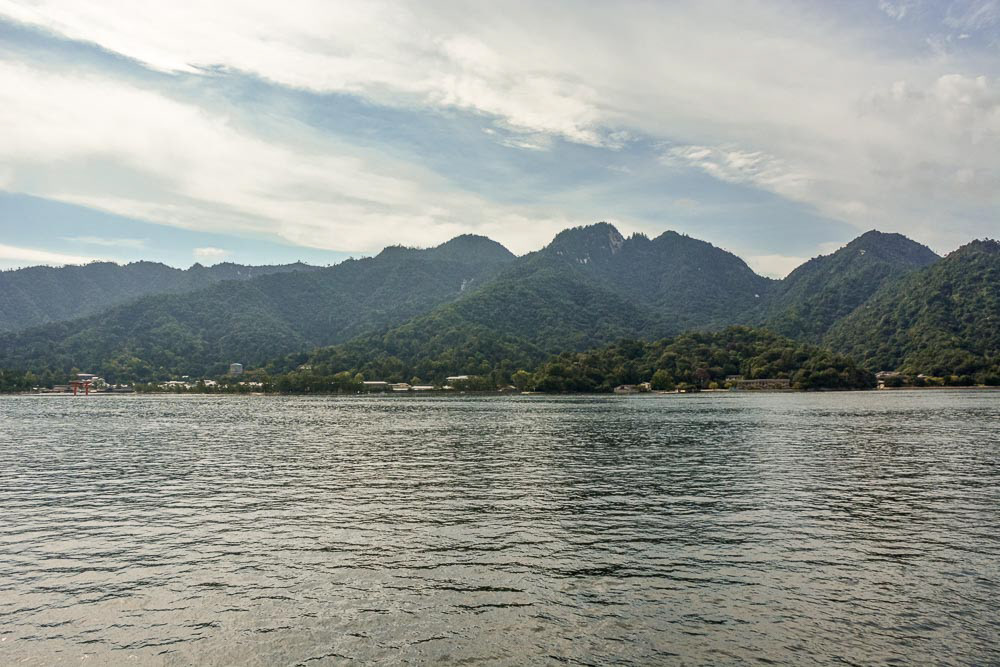
Hiroshima Bay looking towards Itsukushima Island, popularly known as Miyajima (Shrine Island in Japanese).
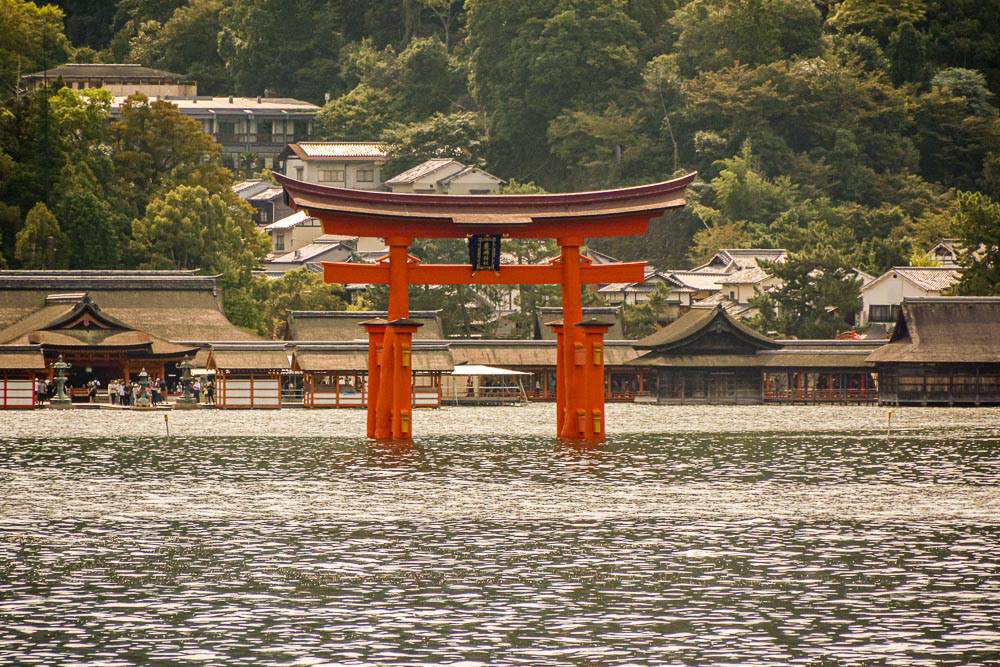
As we approach the island Itsukushima Shrine's famous floating Torii Gate is surrounded at high tide.
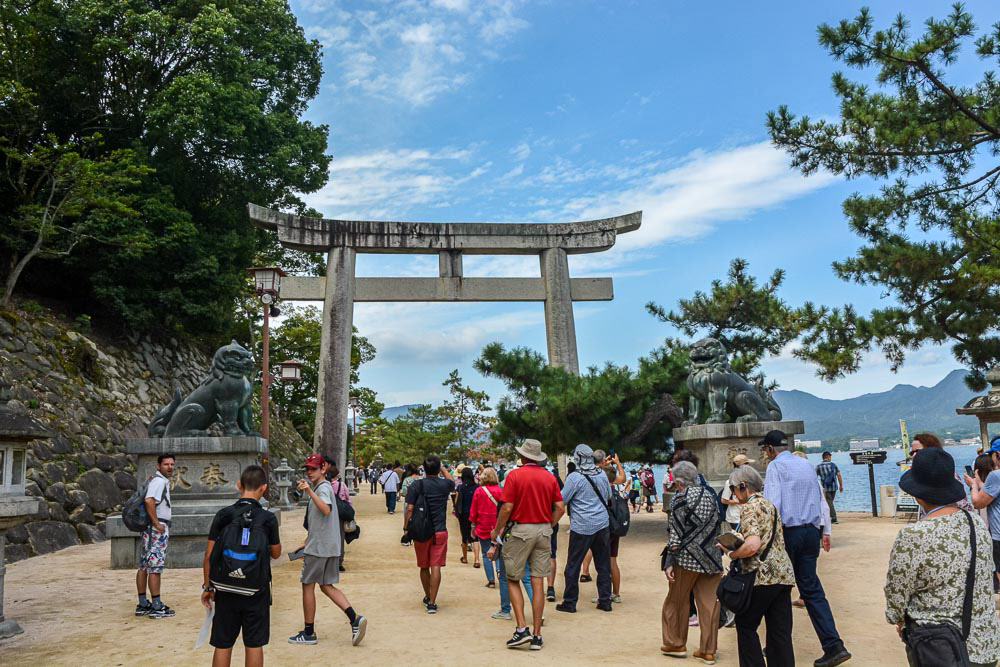
Torii gate entrance to the Itsukushima Shrine precinct..
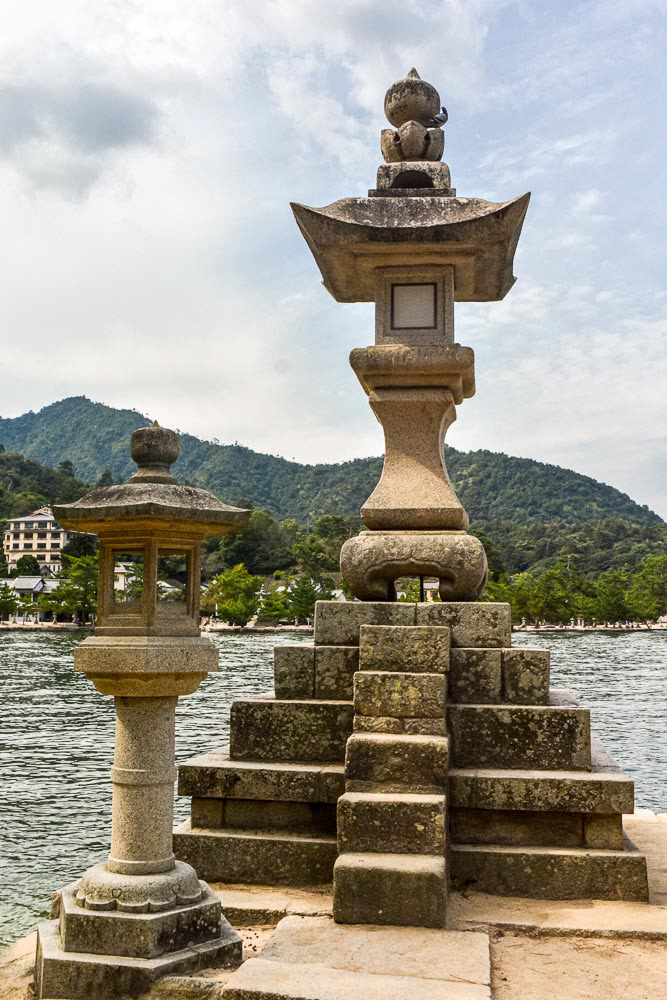
Harbour sone lanterns.
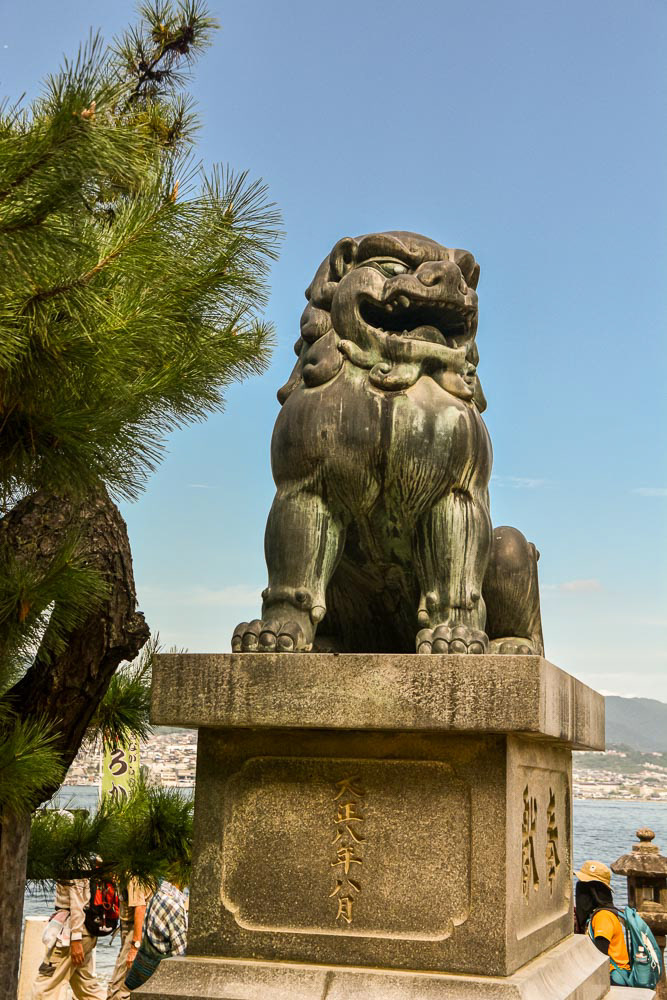
Lion statue.

Itsukushima OTorii, standing 16 meters high and is one of the largest timber torii gates in Japan.
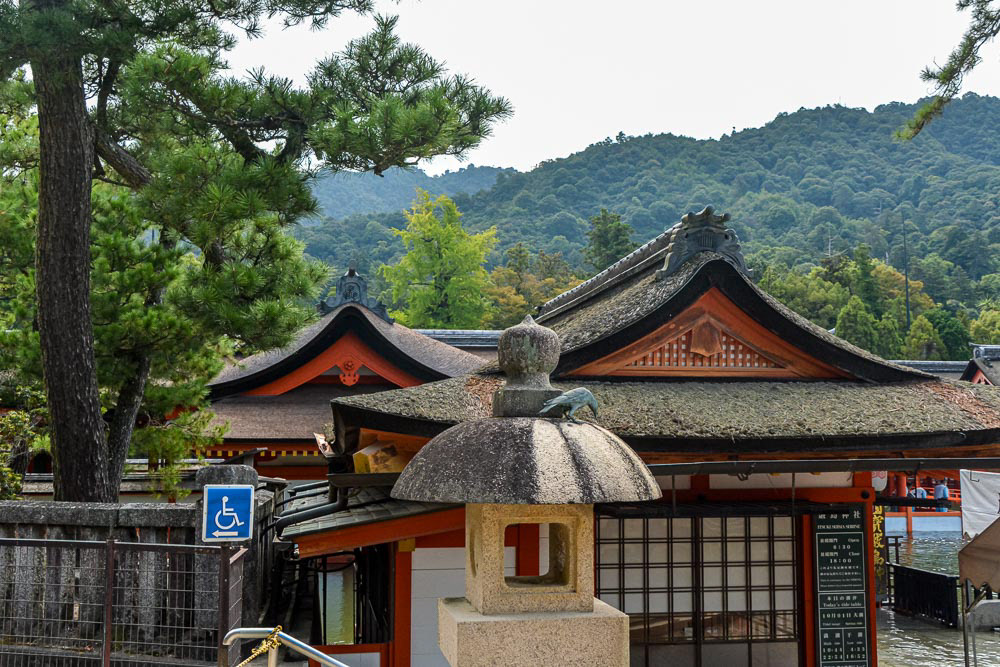
Itsukushima Shrine entrance.
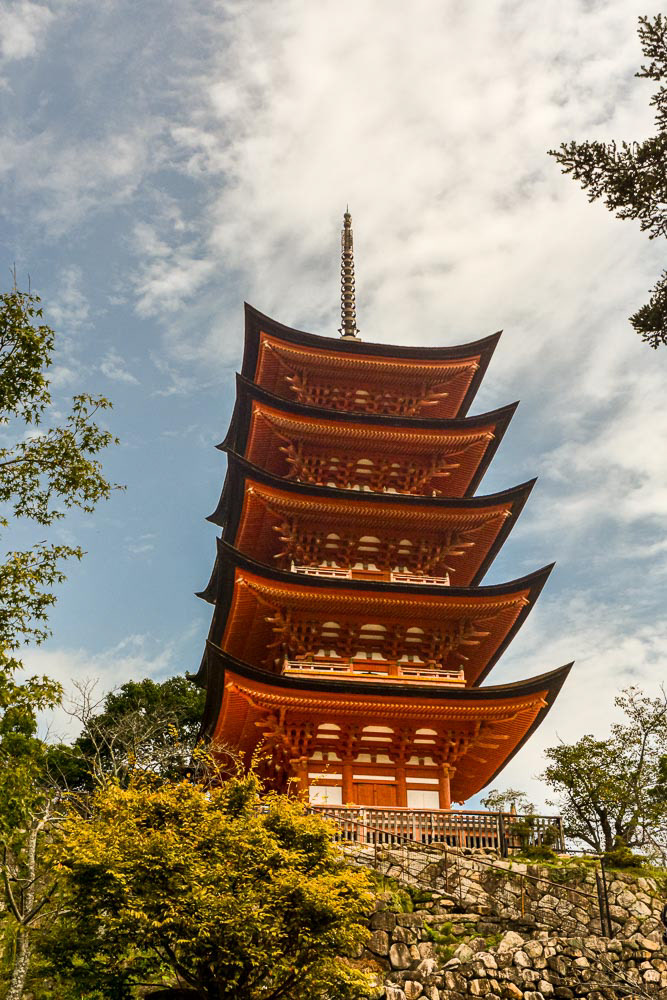
Five-story Pagoda (Gojunoto)
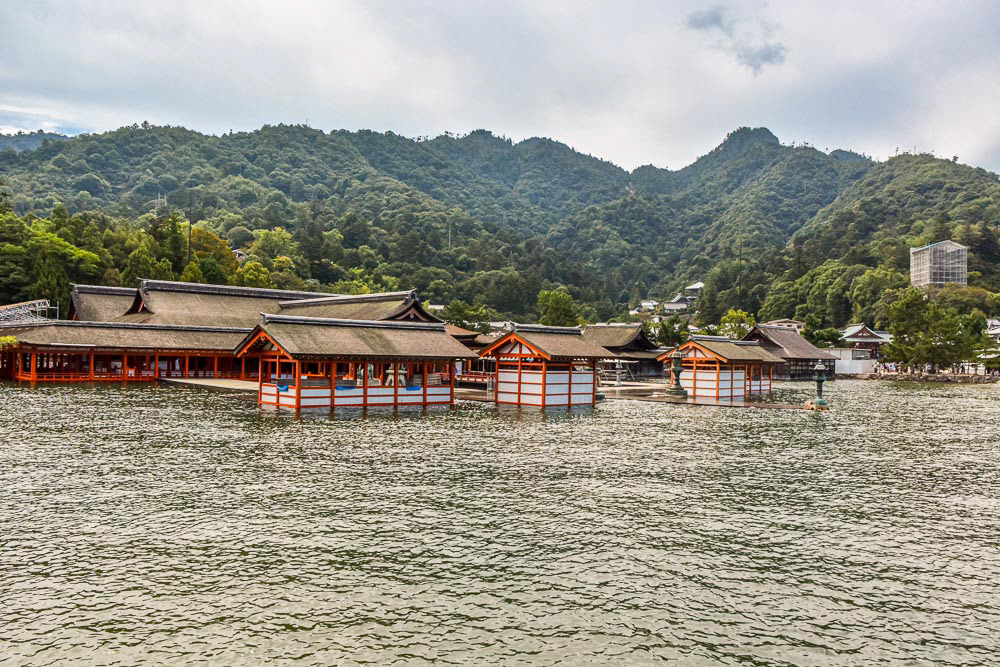
Itsukushima Shrine buildings are innundated by the king tide.
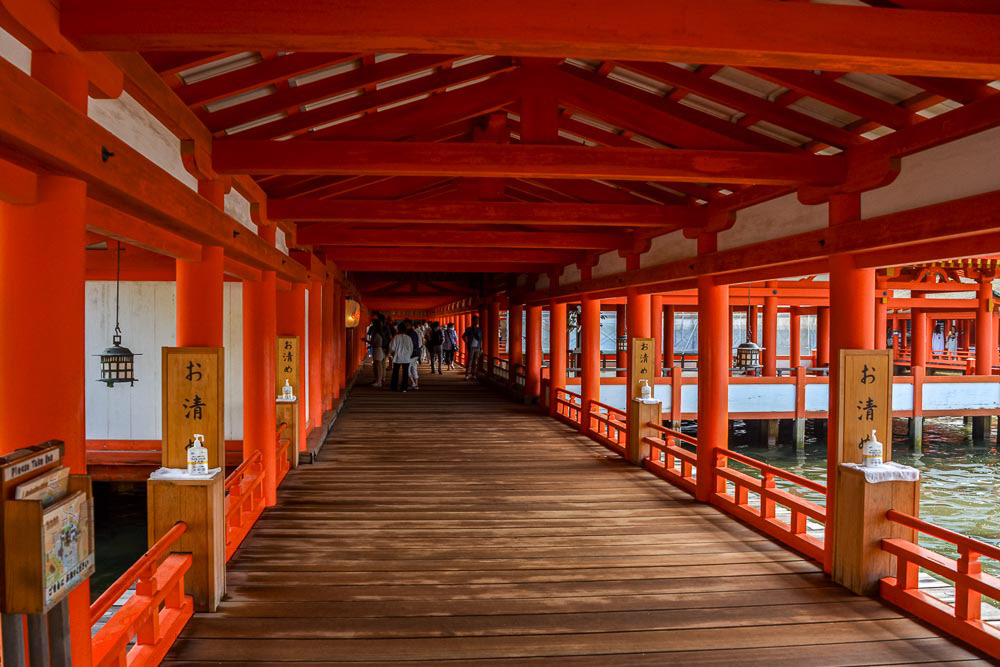
Marodo Shrine hallway.

Itsukushima Shrine private worshipers in the Haiden.
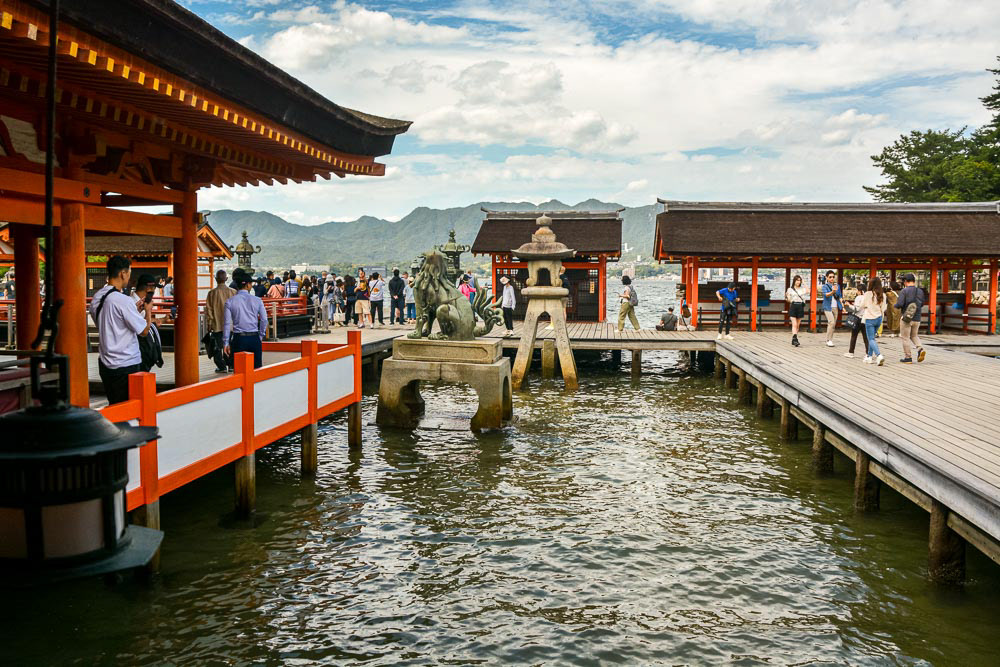
Itsukushima Shrine Takabuti
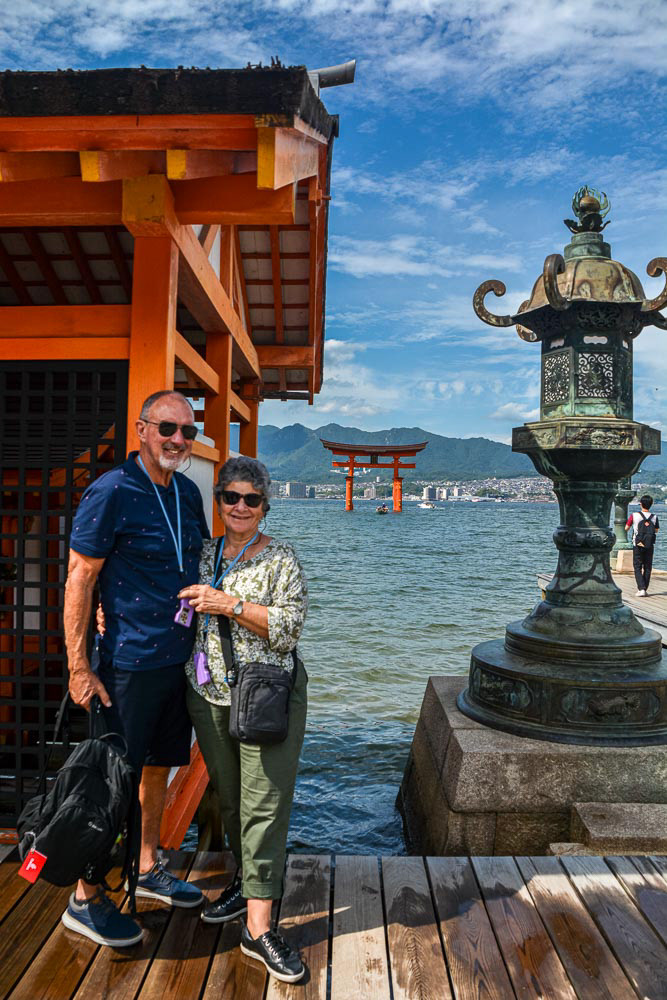
Our Itsukushima Shrine photo portrait with the famous floating Torii gate in the background.
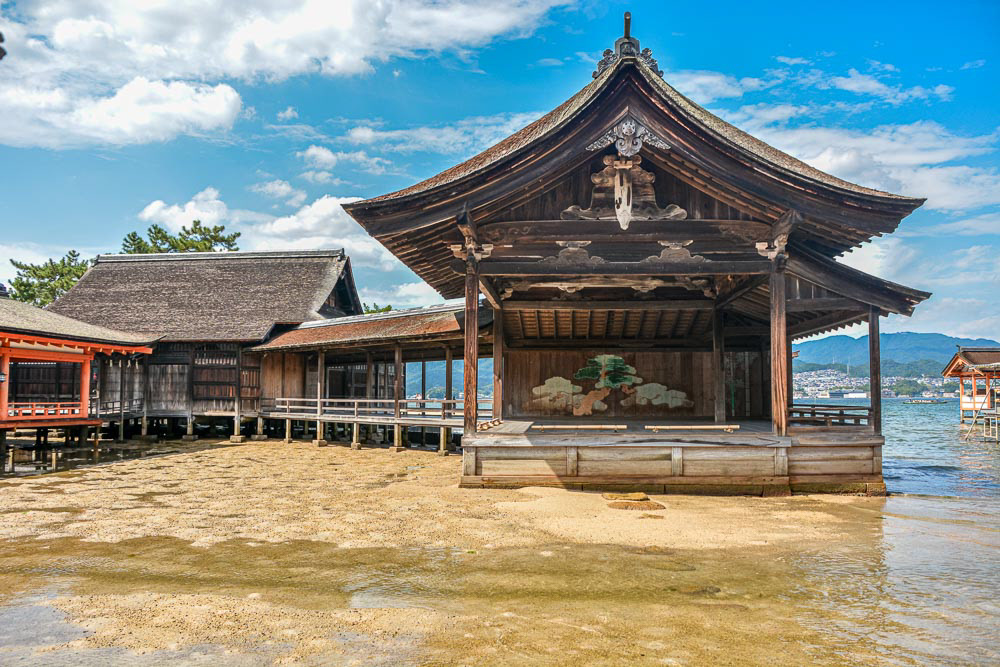
Itsukushima Shrine, Noh stage.
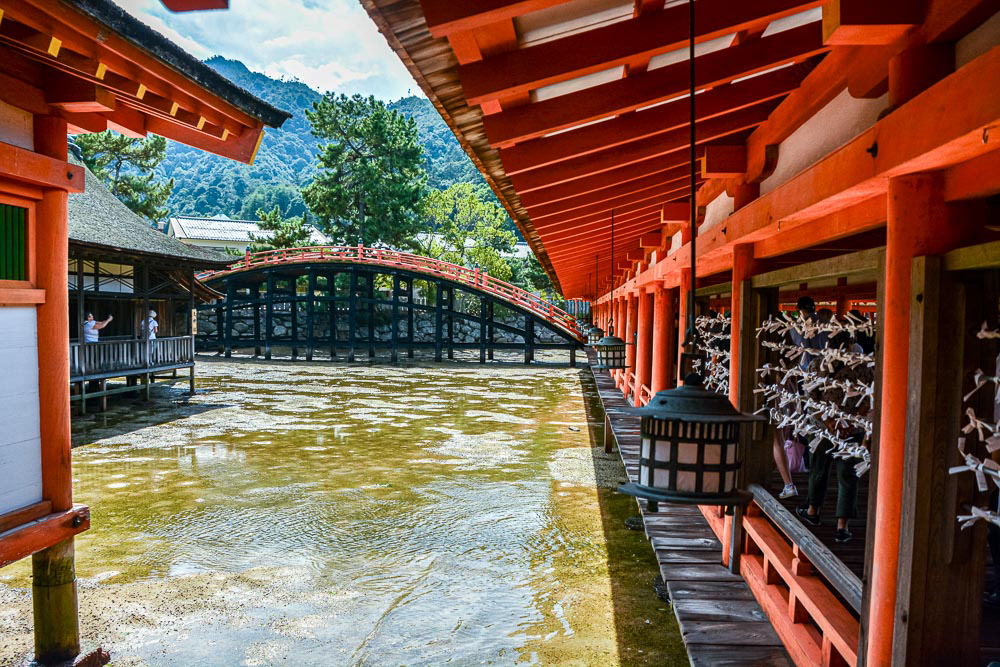
Itsukushima Shrine, Omikuj (fortunes written on strips of paper at Shinto shrines and Buddhist temples) line the hall. Sorabaci (arched timber bridge) in the background.
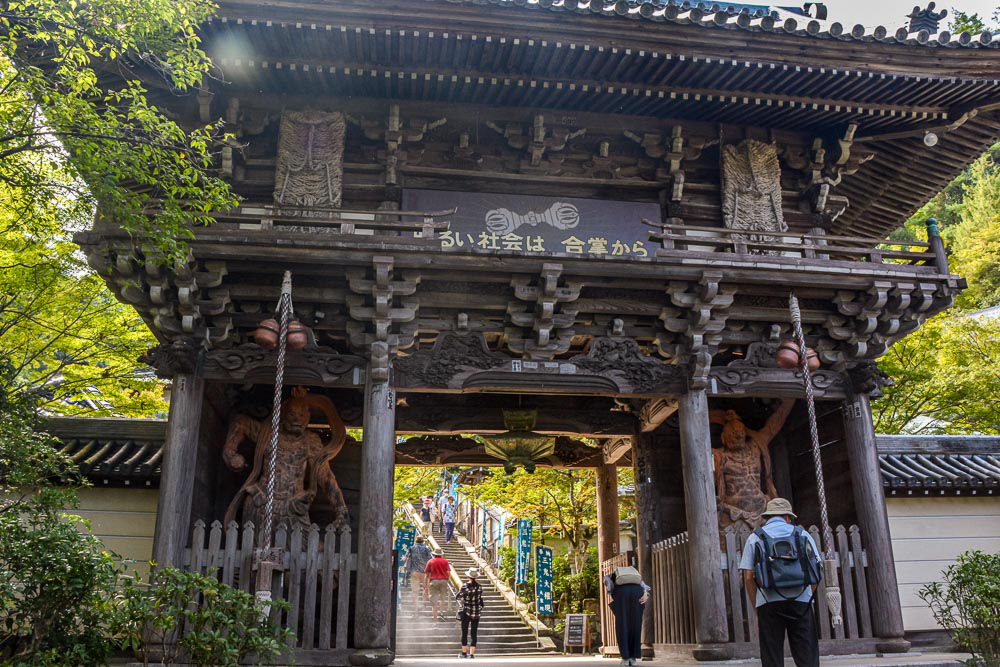
Daisho-in temple. The Niomon Gate, the front entrance with two guardian kings enshrined.
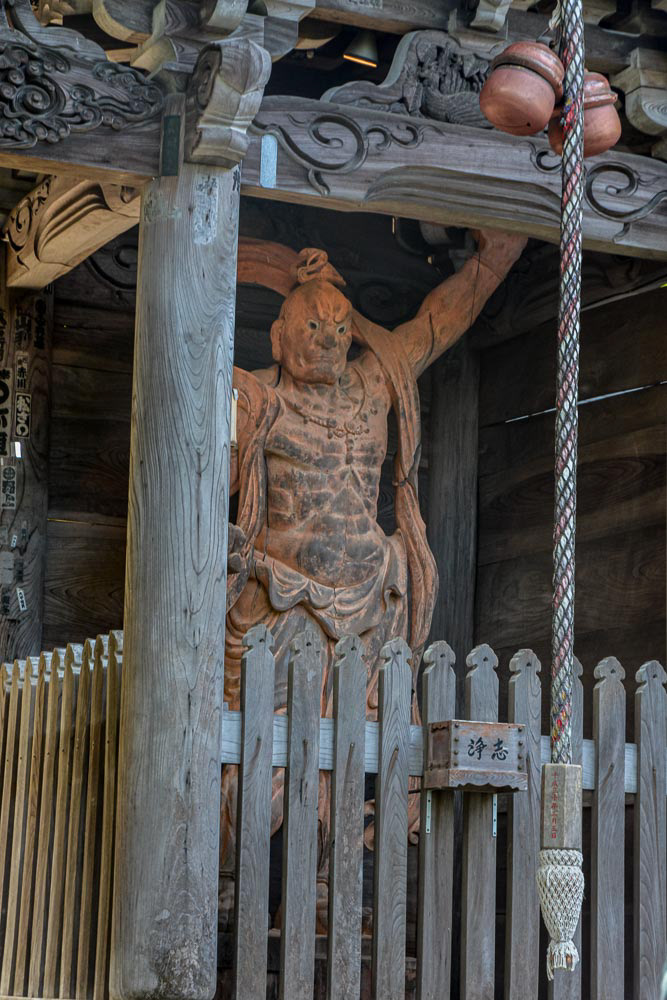
Guardian gods at the Daisho-in gateway.
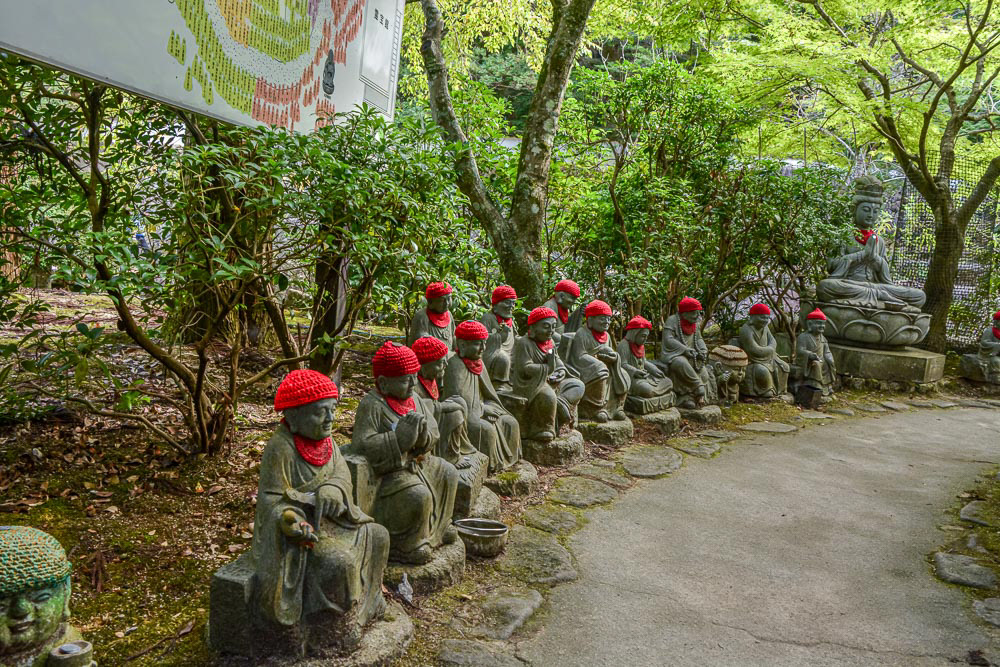
The pathway to Daisho-in temple is flanked by hundreds of small statues. These are the 500 Rakan, or first disciples of Buddha.

A majority of Rakan statuettes sport knitted red skull-caps however this rebel sports a baseball cap.
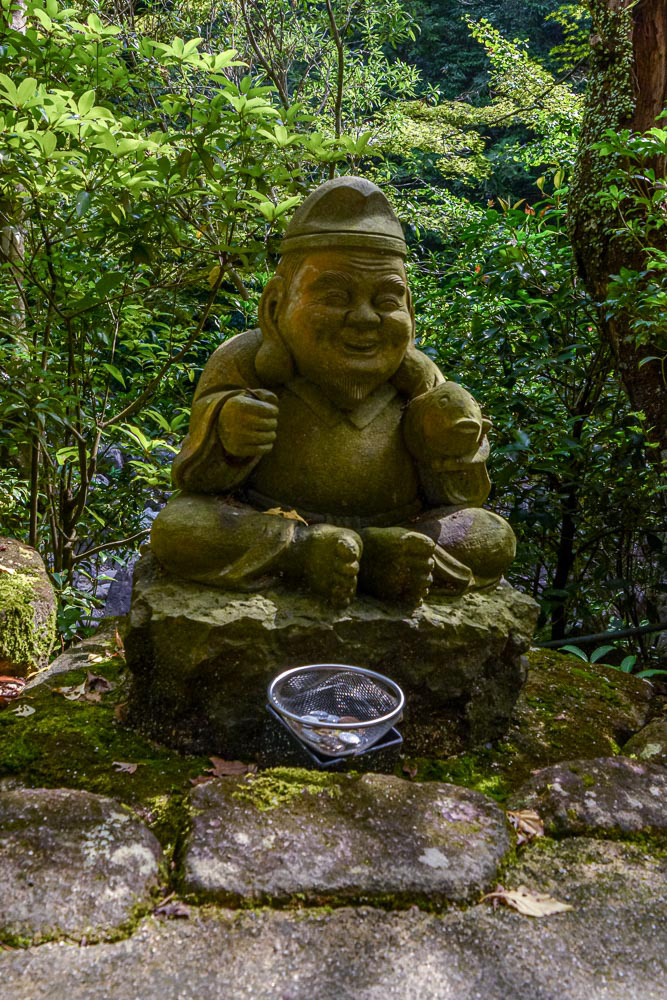
Happy Buddah.
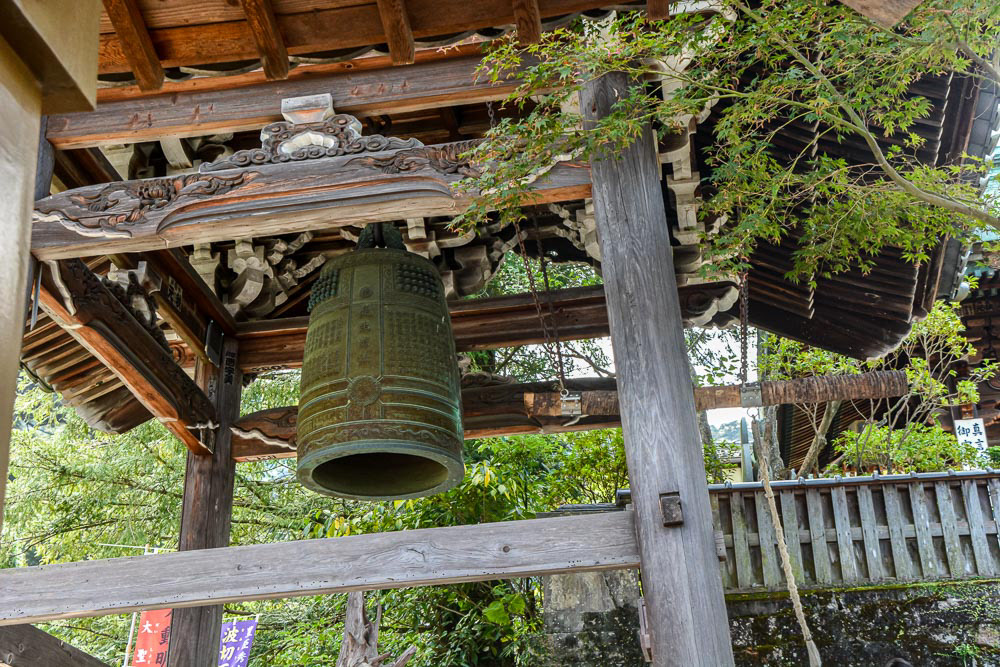
Buddhist bell called Bonshō at Daisho-in temple, Mount Misen.
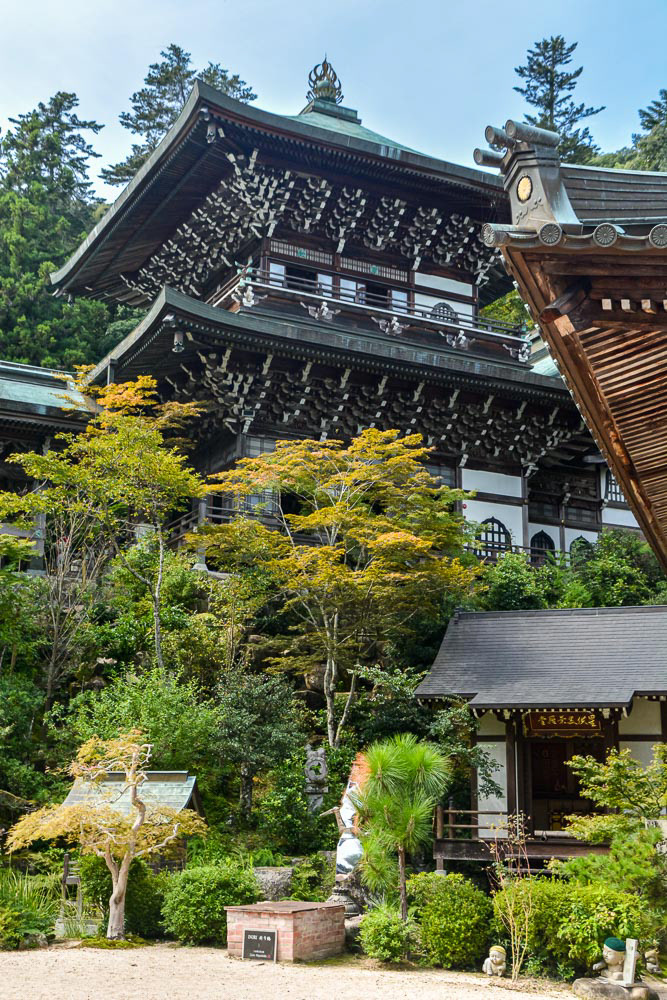
Maniden Hall.
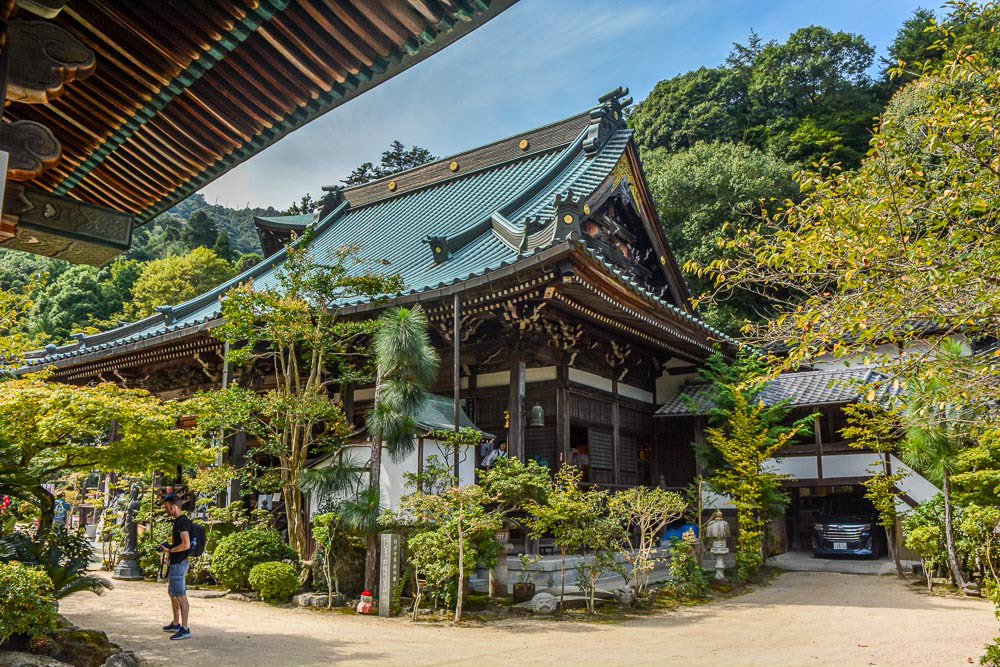
Kannon-do Hall.
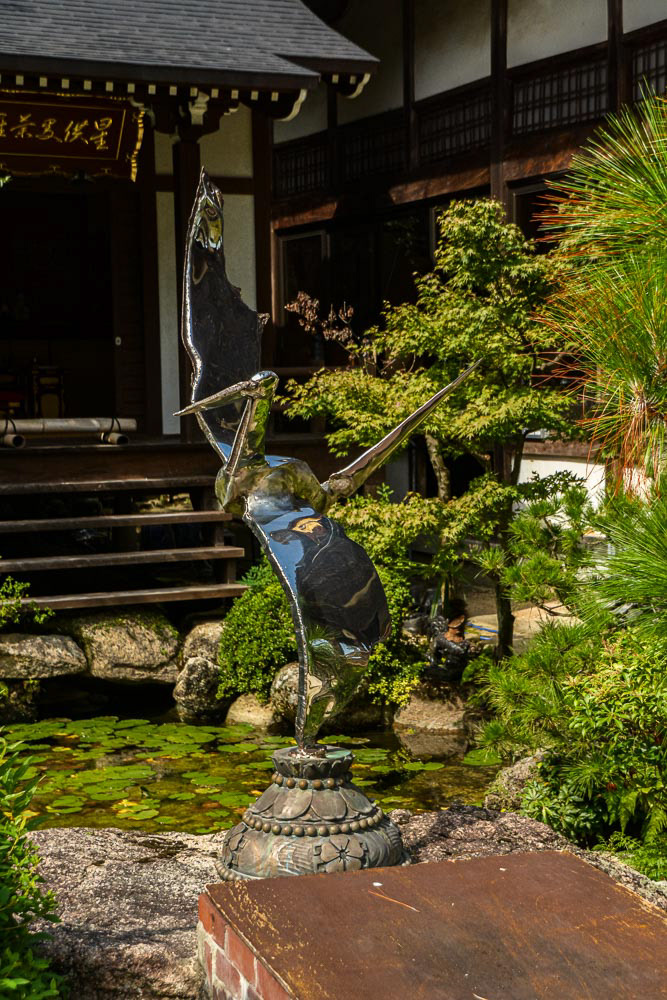
Crane sculpture Daisho-in Temple.

Karasu Tengu statue at the base of Daisho-in Buddhist temple staircase.
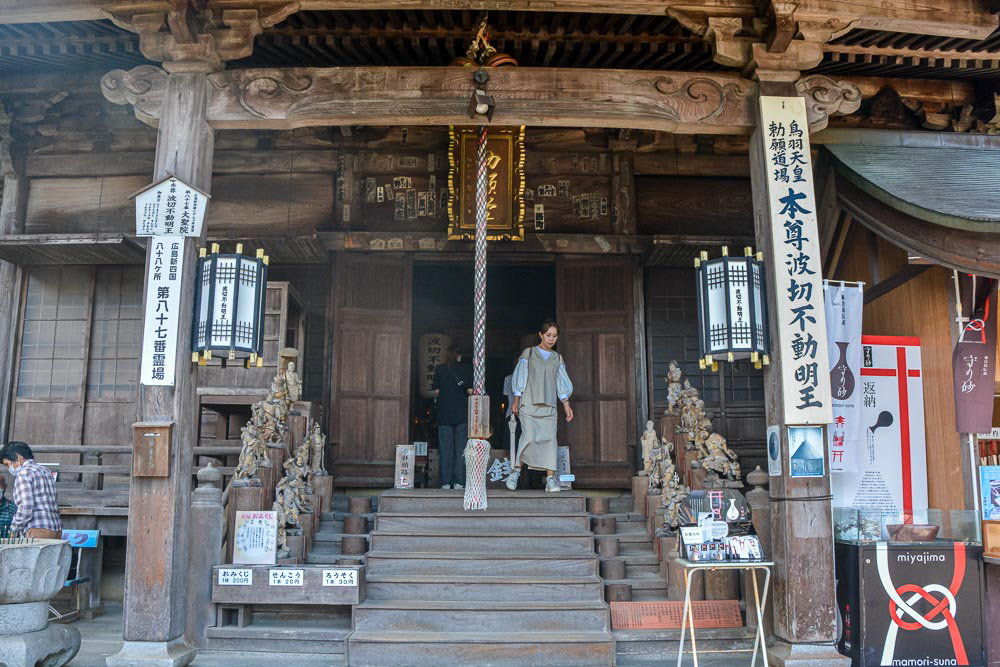
Daishō-in or Daisyō-in ('Great Holy Temple'), also called Suishō-ji. 'Crystal Temple')
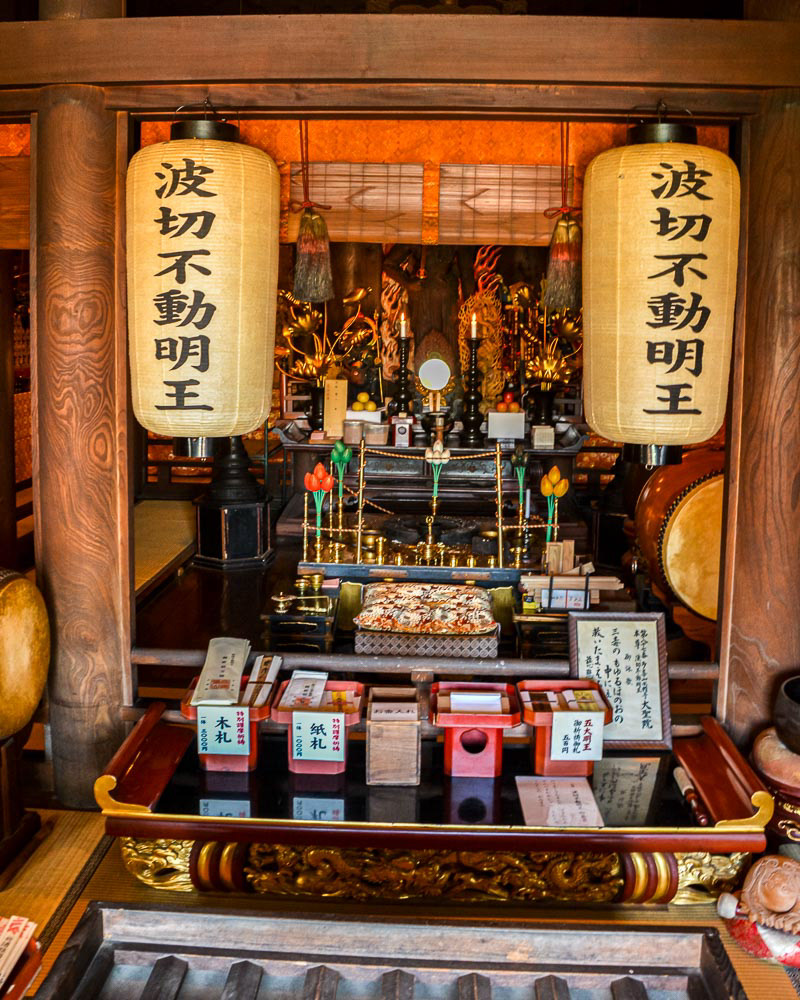
Daishō-in, shrine.
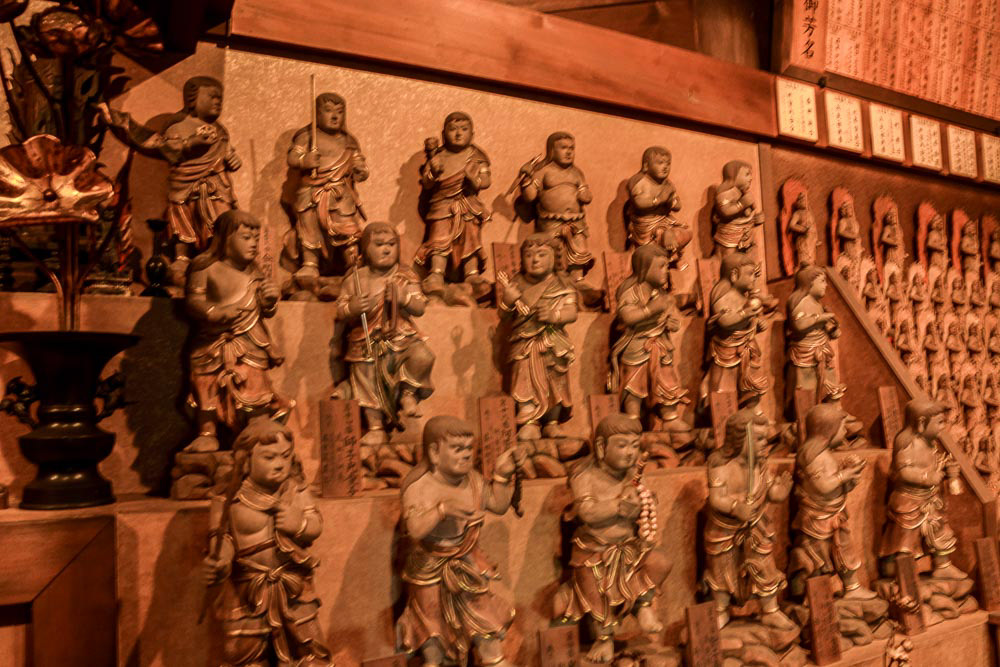
Inside Daishō-in historic Japanese Buddhist temple.
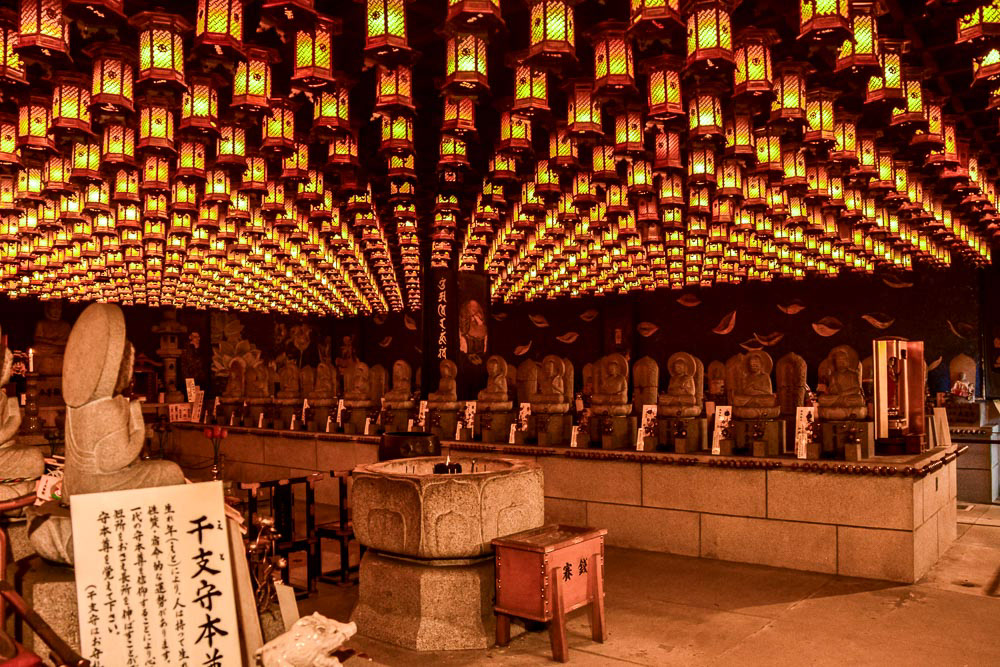
Daisho-in Temple interior lantern array.
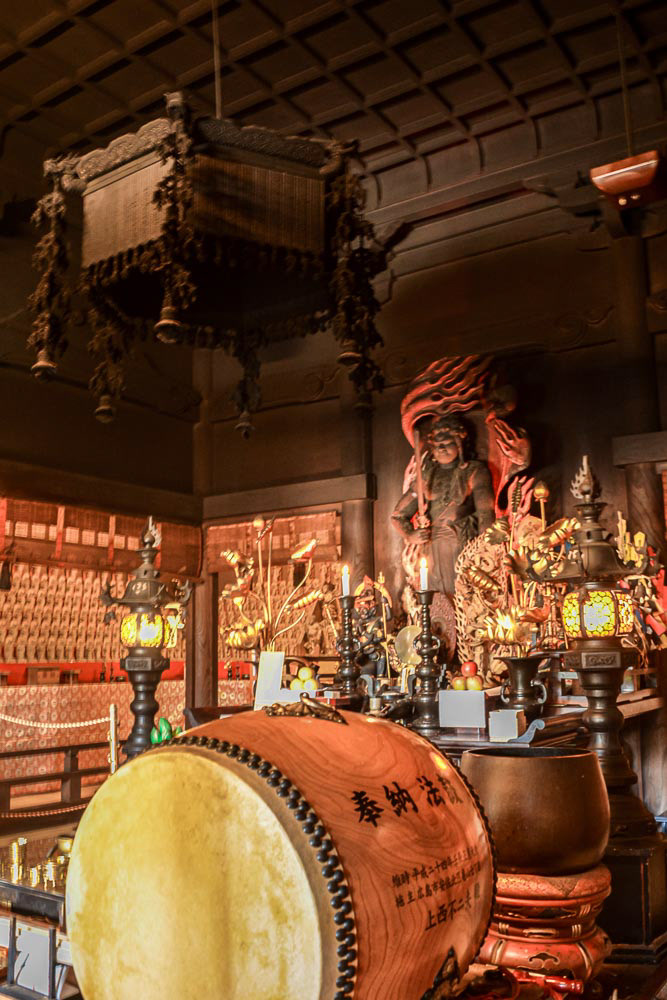
Inside Daishō-in, a historic Japanese Buddhist temple.
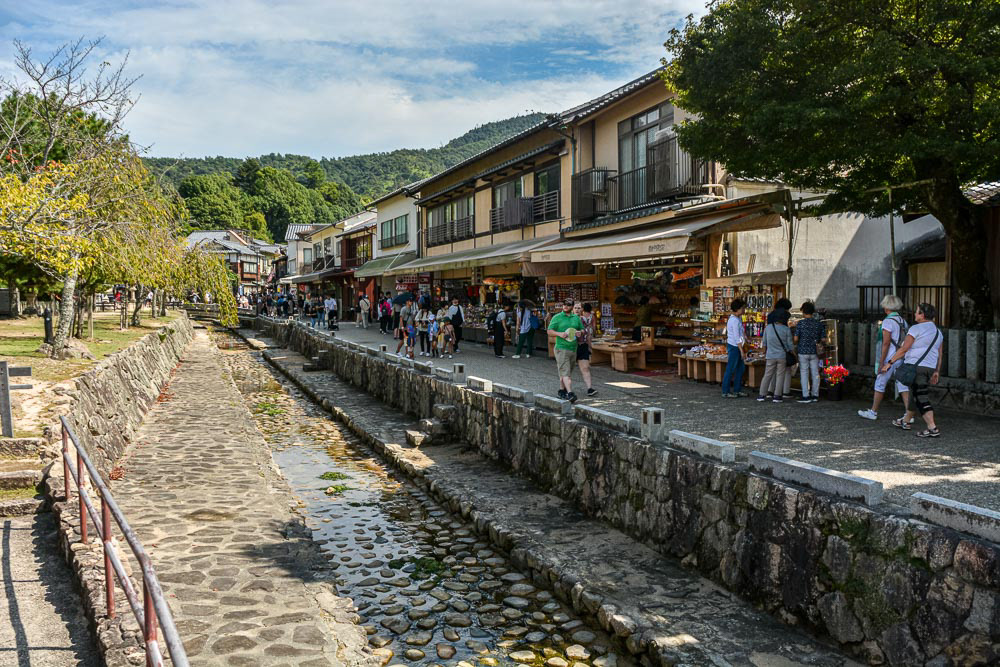
Takinokoji Avenue shopping.

An ornamental cat watches fish in a pond.

This bicycle is for appearances only.
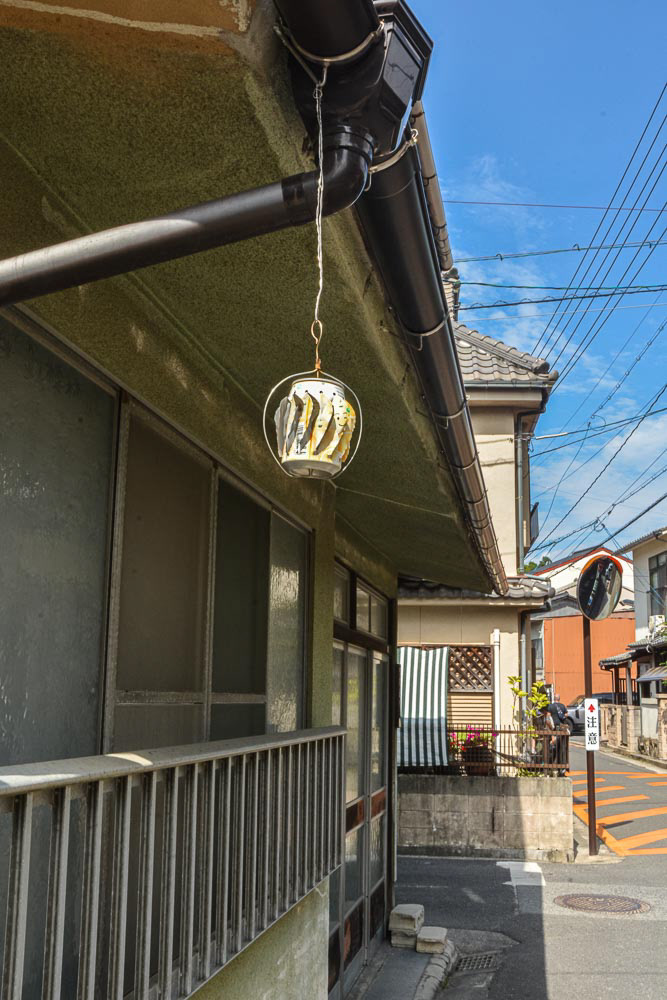
Ingenius home made wind-vane.

Five story Pagoda (Gojunoto) near the Toyokuni Shrine.
Day 11 - Hiroshima City
In the afternoon we visited the Hiroshima Peace Memorial Park in the center of Hiroshima, dedicated to the legacy of Hiroshima as the first city in the world to suffer a nuclear attack at the end of World War II, a poignant reminder to the bomb's direct and indirect victims

A light-rail tram crossing the Aioi bridge. The former T-shaped bridge, since replaced, was the target for the A-bomb dropped during WWII.

Ruin of Hiroshima Prefectural Industrial Promotion Hall, now commonly referred to as the Genbaku Dome or A-bomb Dome.
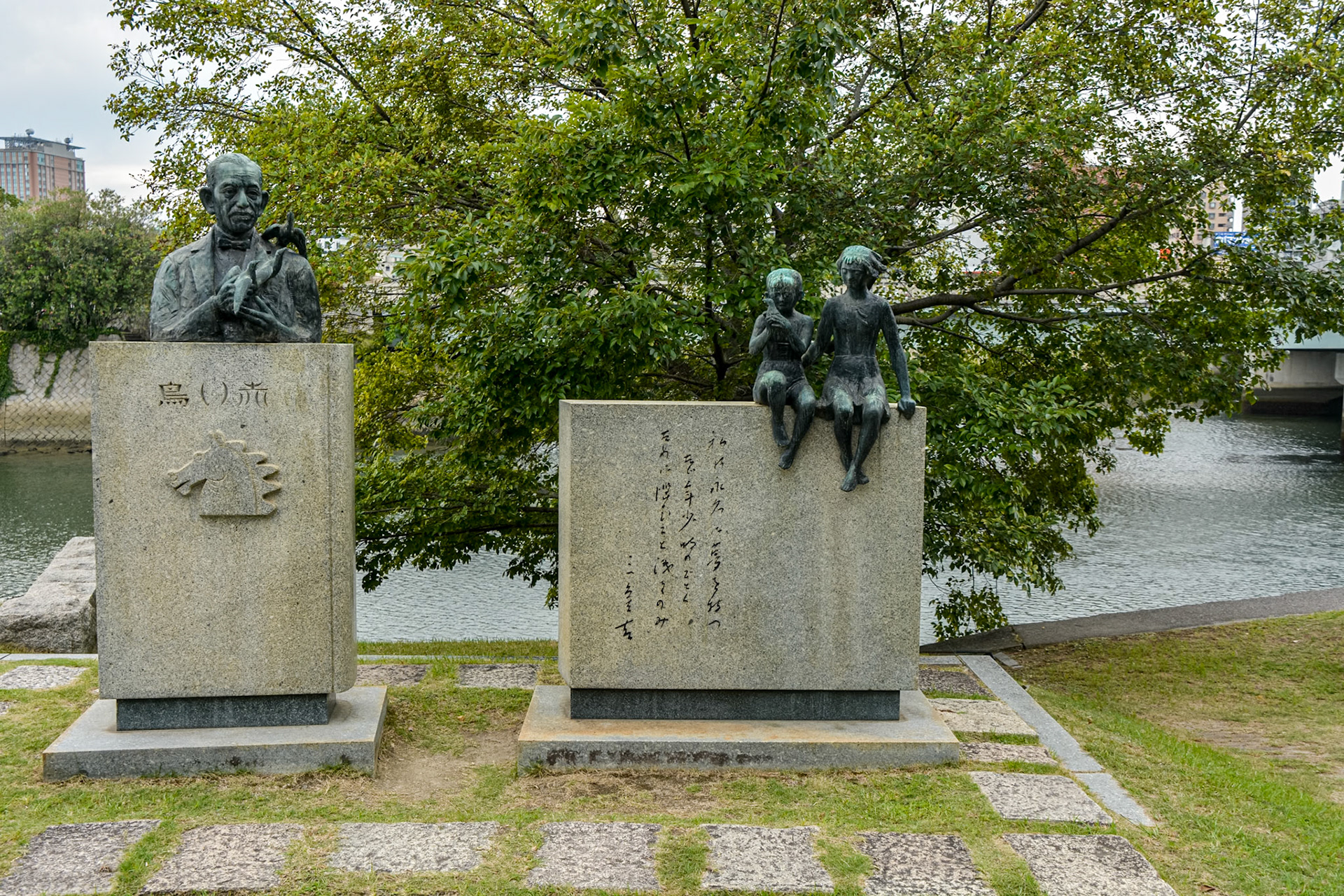
Red Bird Monument

Stone monument with Japanese calligraphy.

South west view of the Genbaku Dome or A-Bomb Dome taken from the walkway along the Ota River.
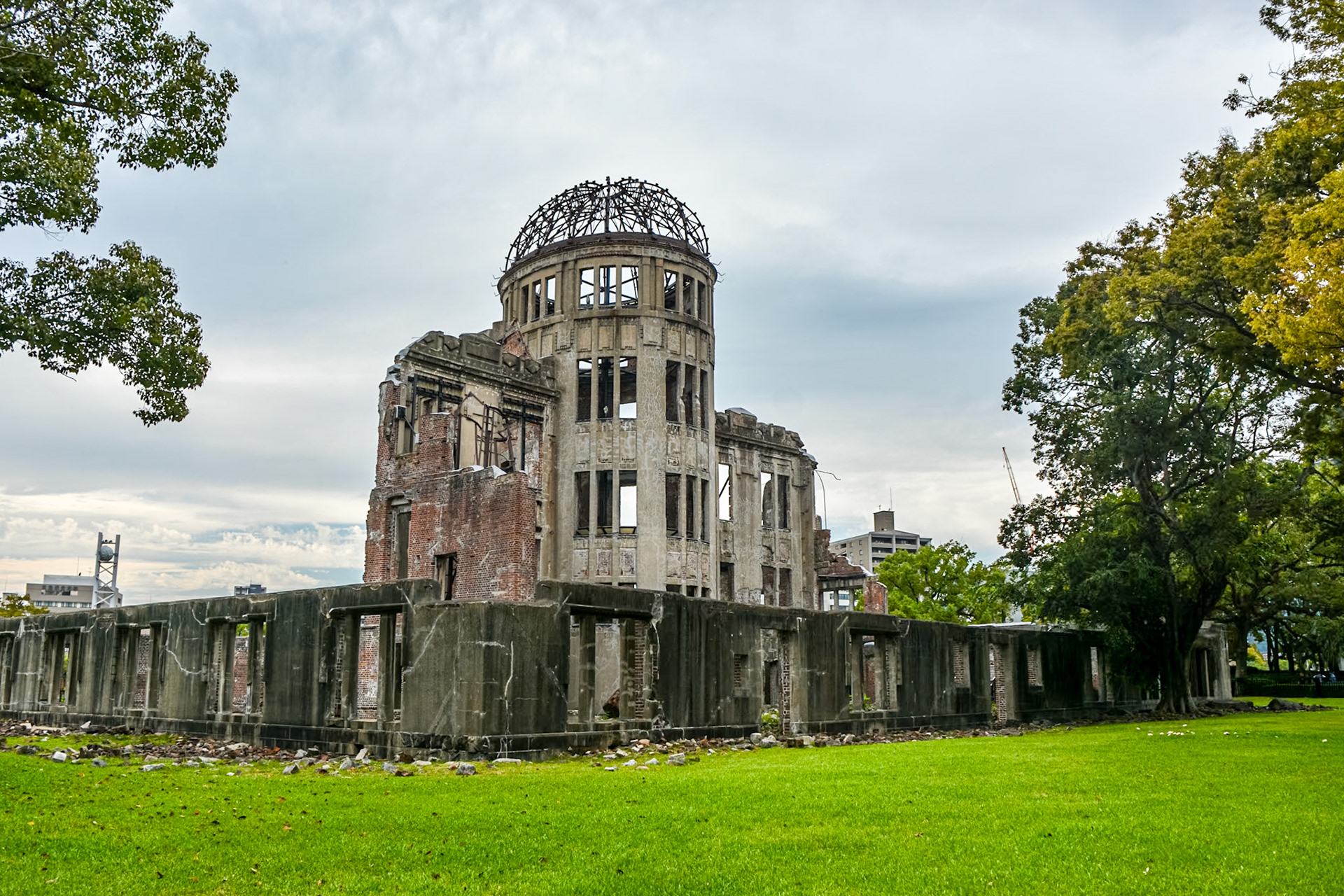
A rear view of the Hiroshima Peace Memorial (Genbaku Dome).

Hiroshima Peace Memorial (Genbaku Dome) from the Orizuru Tower.
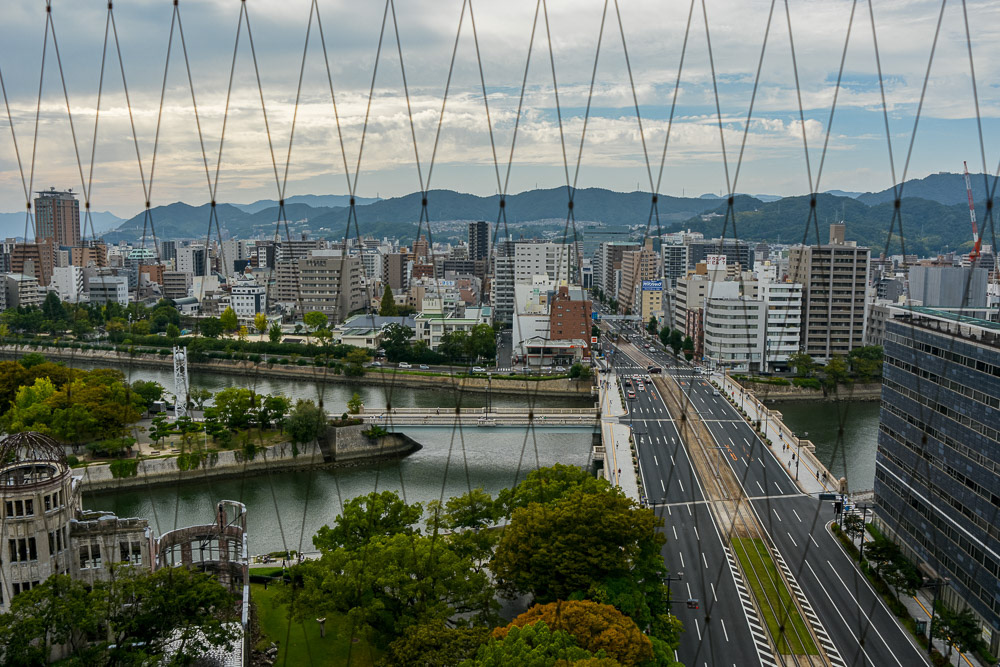
Aioi Bridge and the Hiroshima Peace Memorial (Genbaku Dome) from the Orizuru Tower. From here you get a better perspective of the target the T-shaped bridge presented from above.
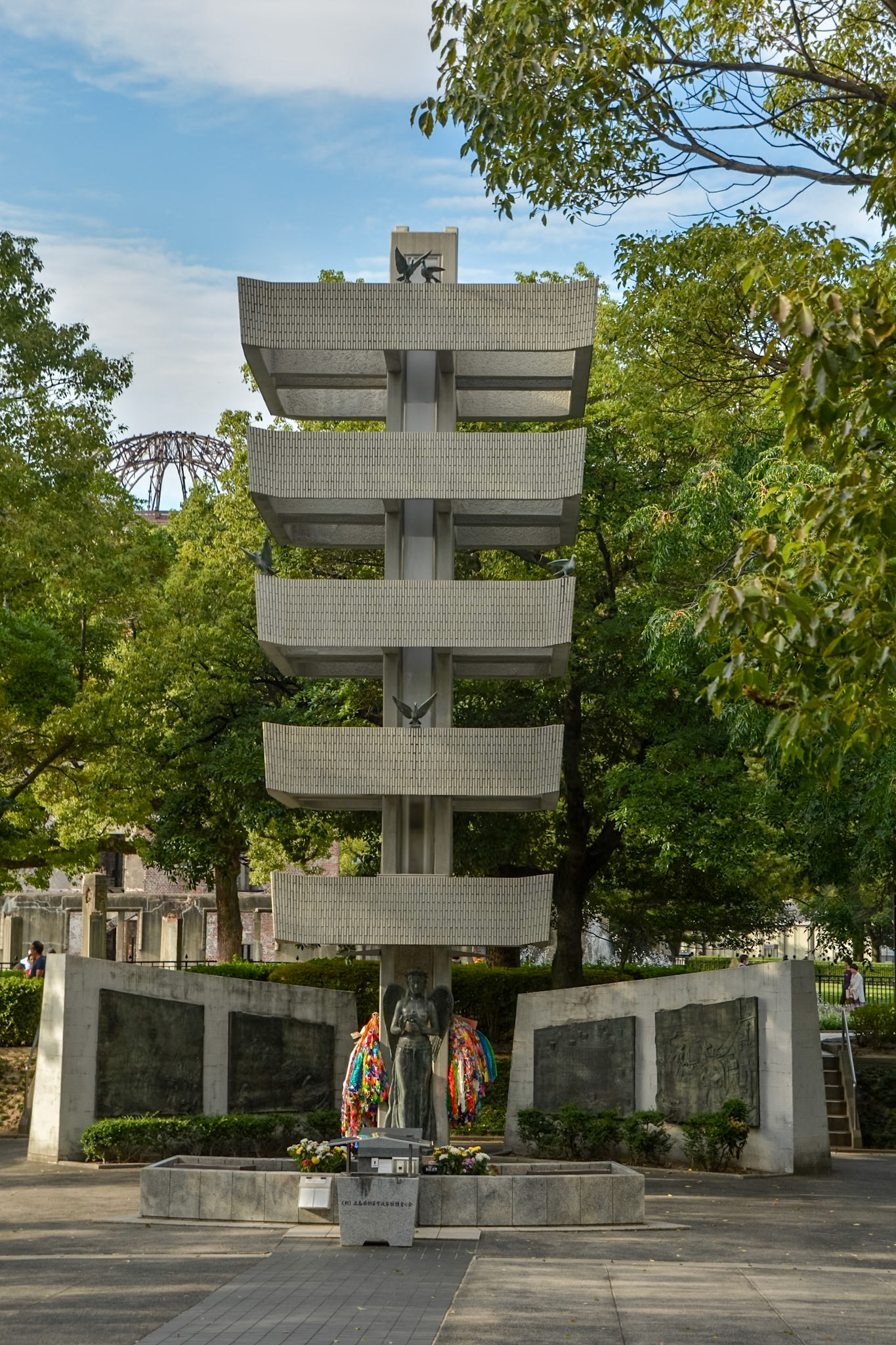
Memorial Tower to the Mobilized Students.
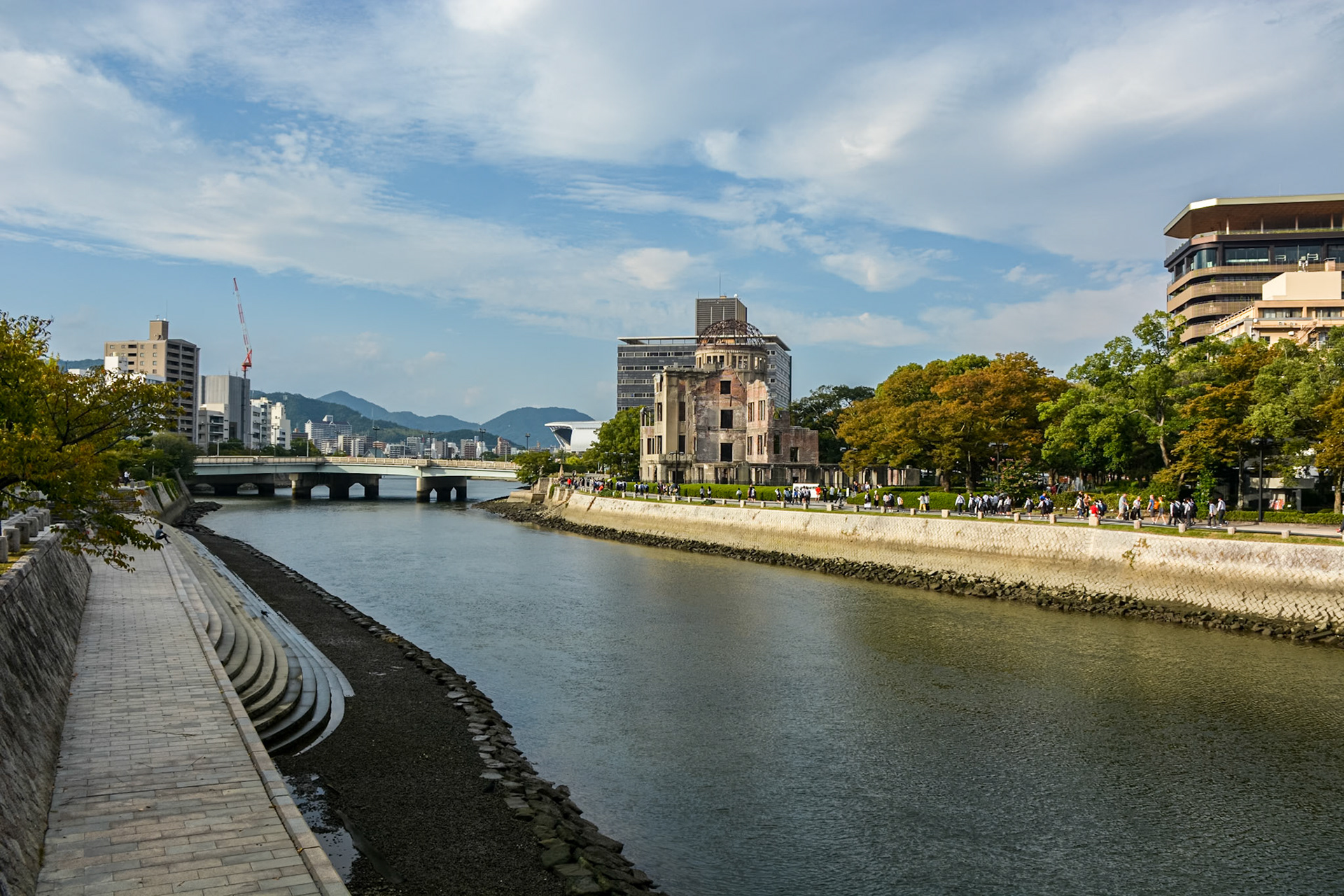
Hiroshima Peace Tower (Genbaku Dome) on the bank of the Ota River and the Aioi bridge behind.
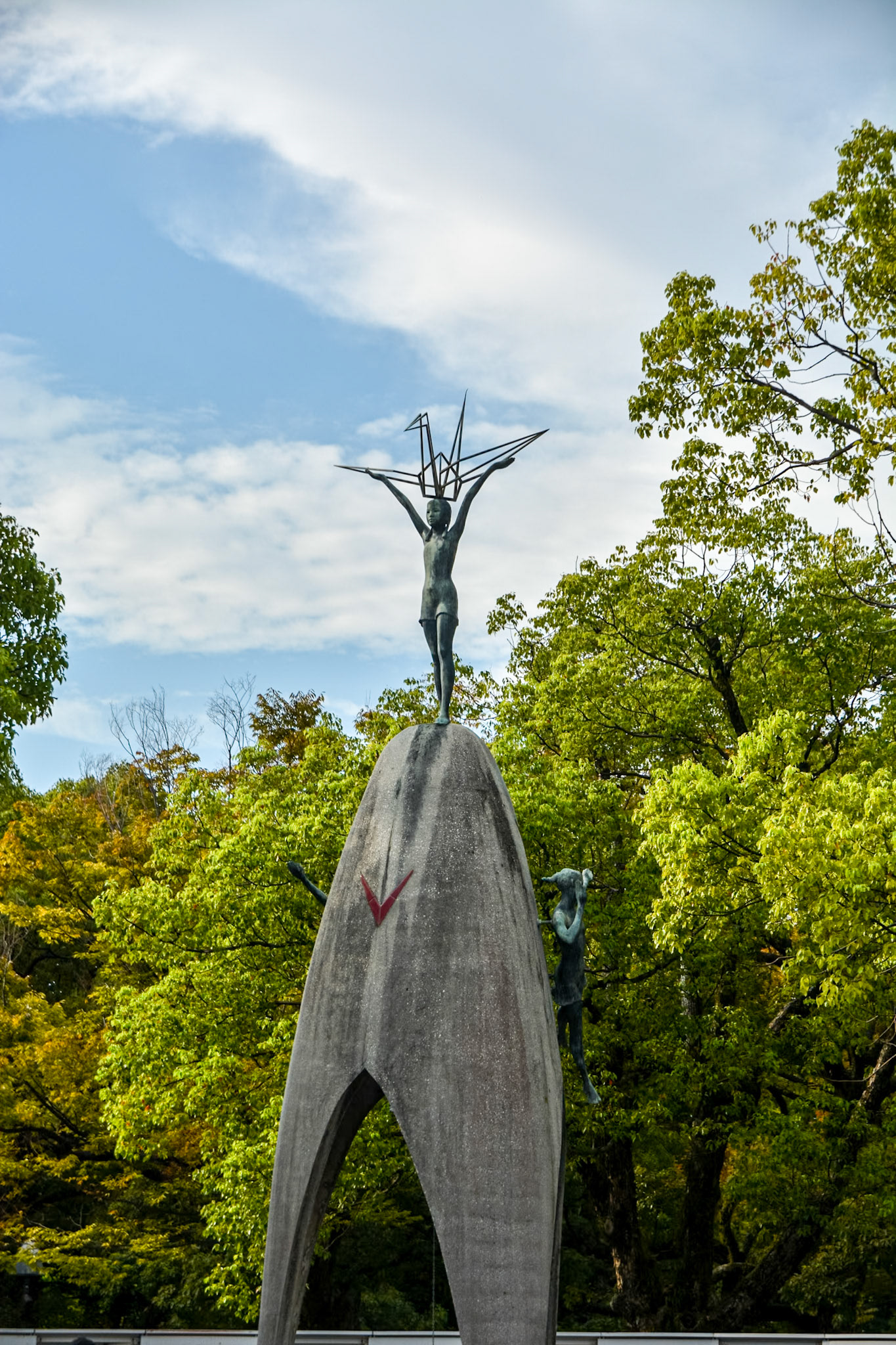
The Children's Peace Monument (Genbaku no Ko no Zō,)
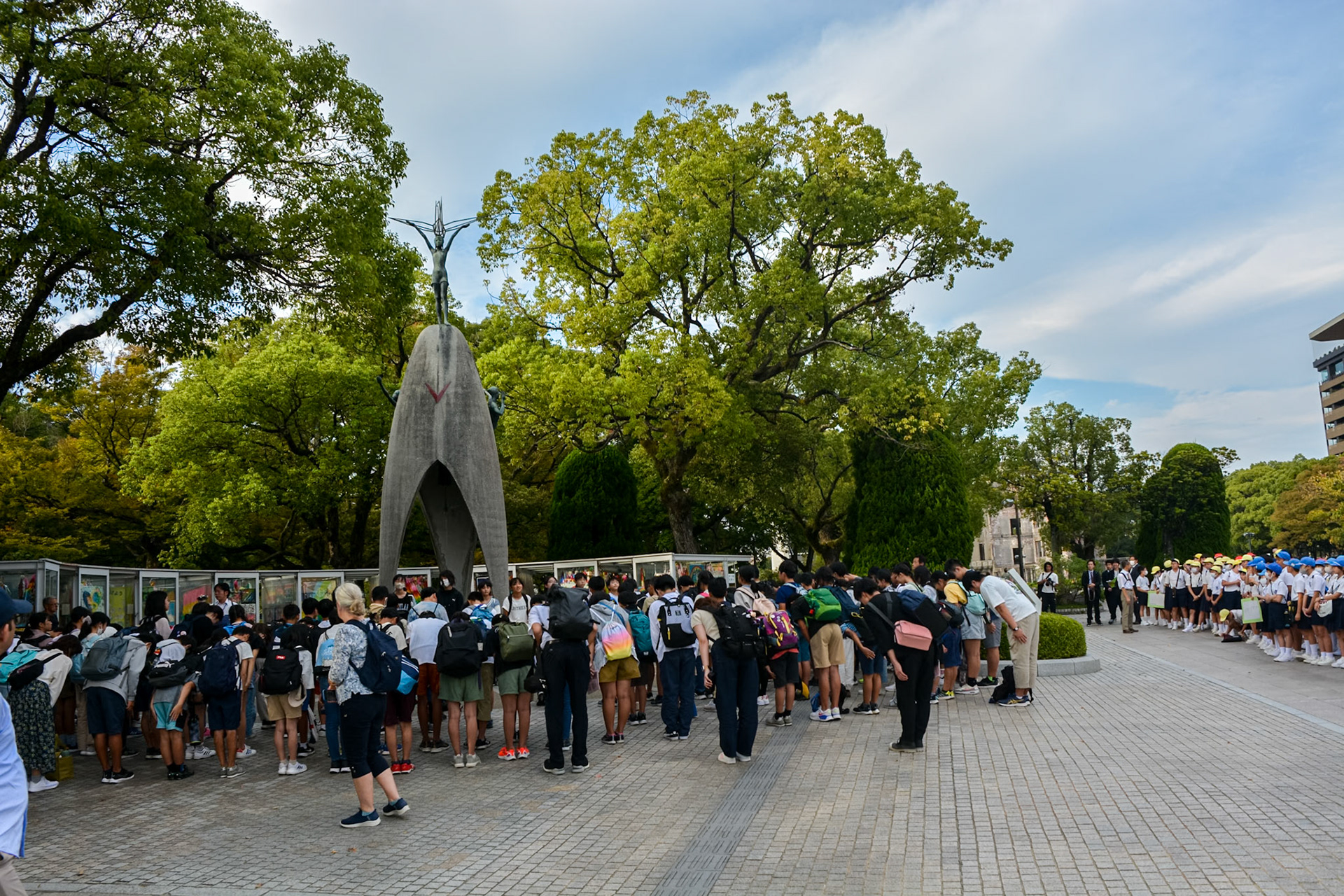
School students and tourists gather to reflect and pay respect at the Children's Peace Monument.

The Rest House of Hiroshima Peace Park.
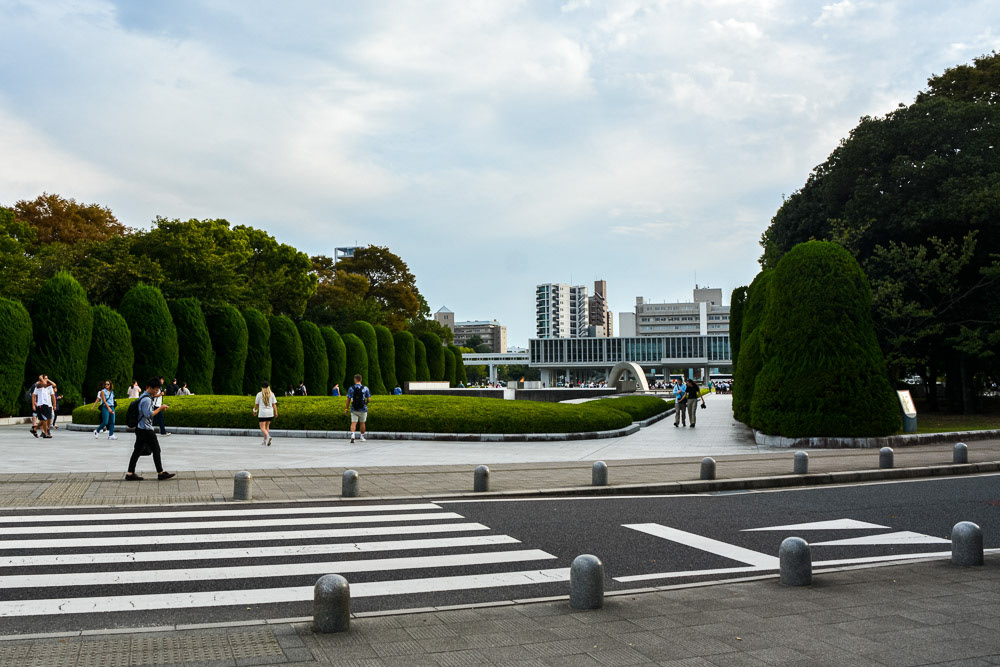
Looking toward The Memorial Cenotaph with the main building of Hiroshima Peace Memorial Museum at the rear.
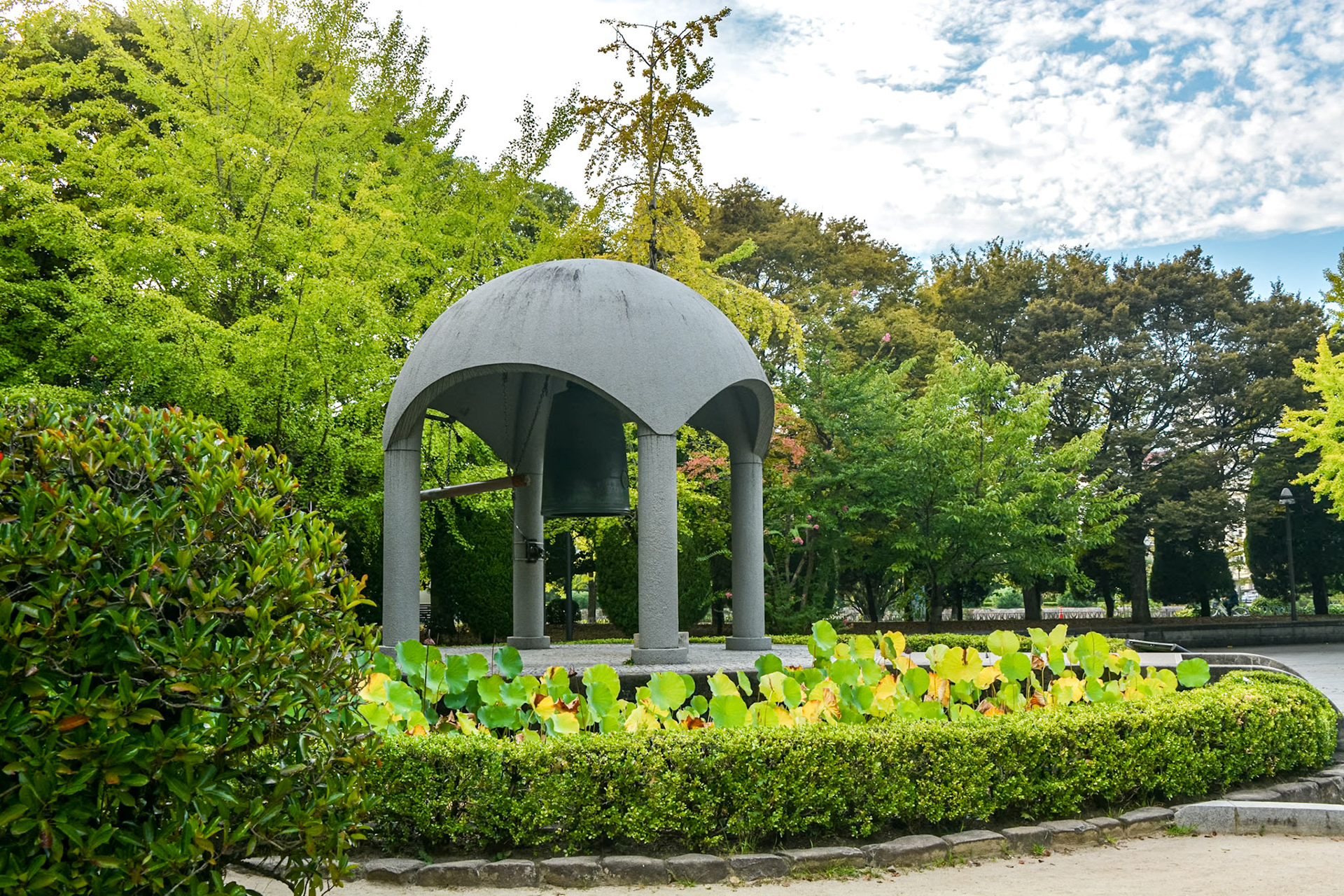
The Bell of Peace in Hiroshima Peace Park.
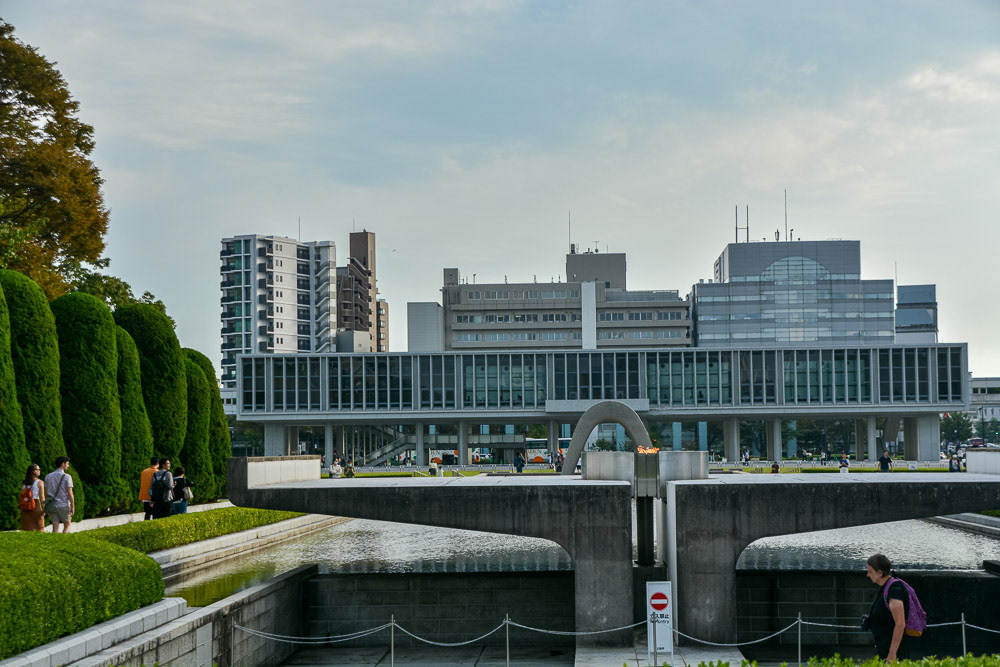
Peace Flame in alignment with the cenotaph and with the Peace Memorial Museum in the background.

Peace Flame in alignment with the cenotaph and with the Peace Dome (Genbaku Dome) in the background.
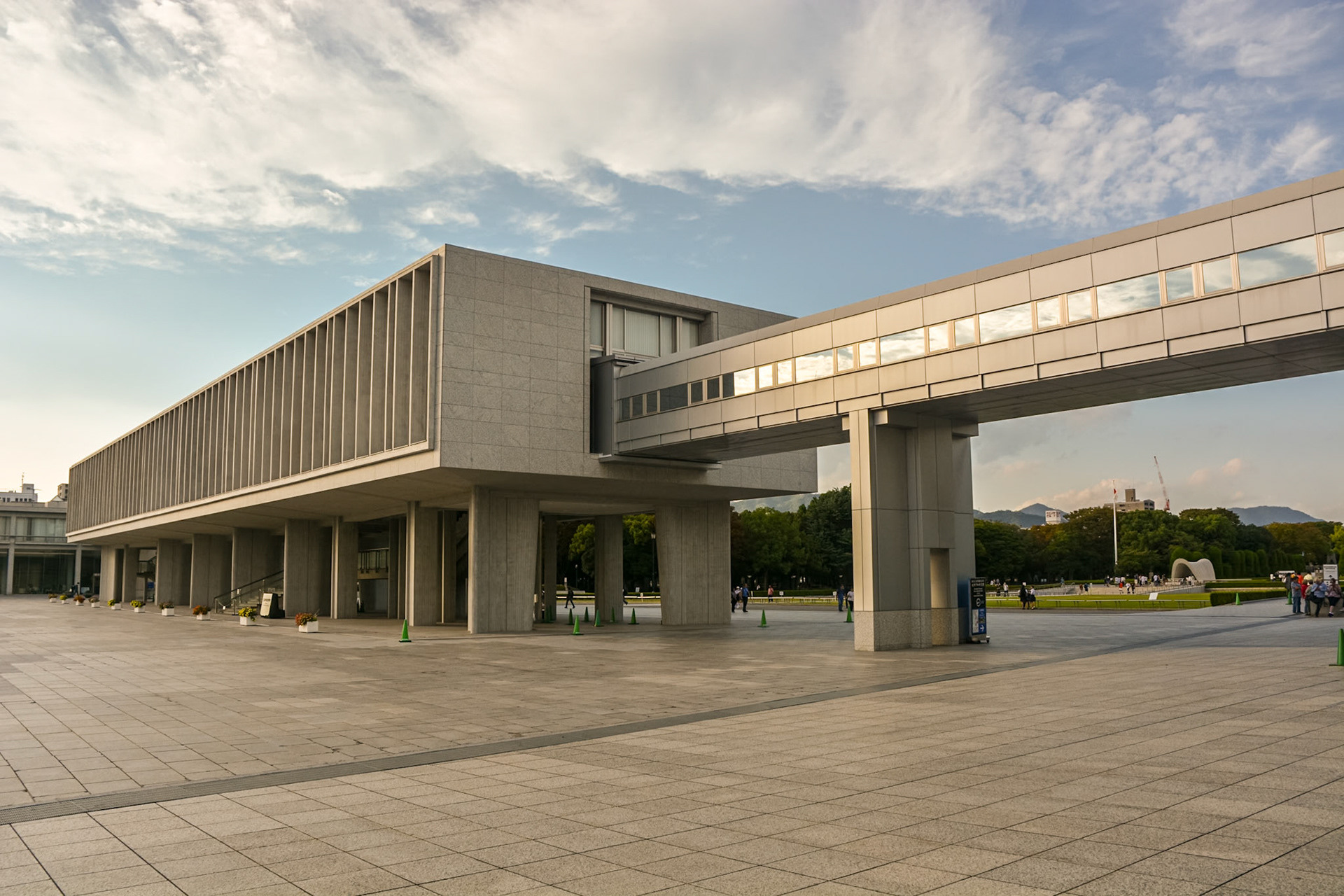
Hiroshima Peace Memorial Museum building.

